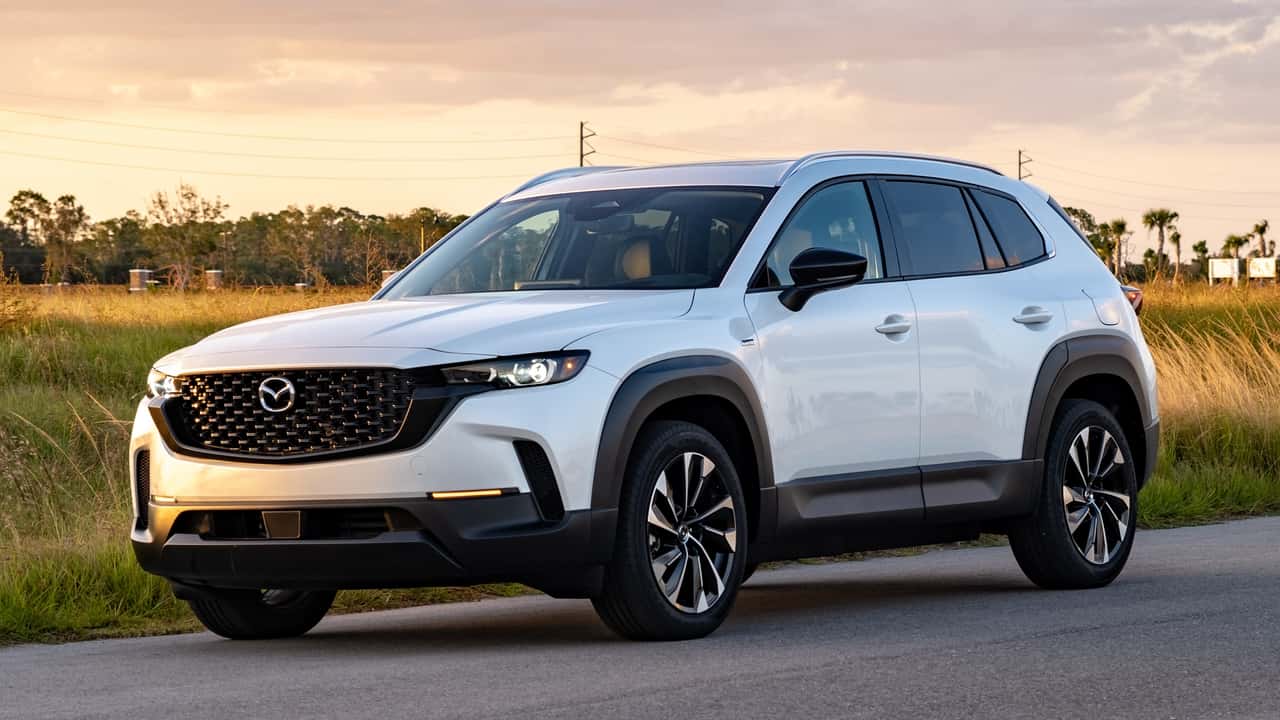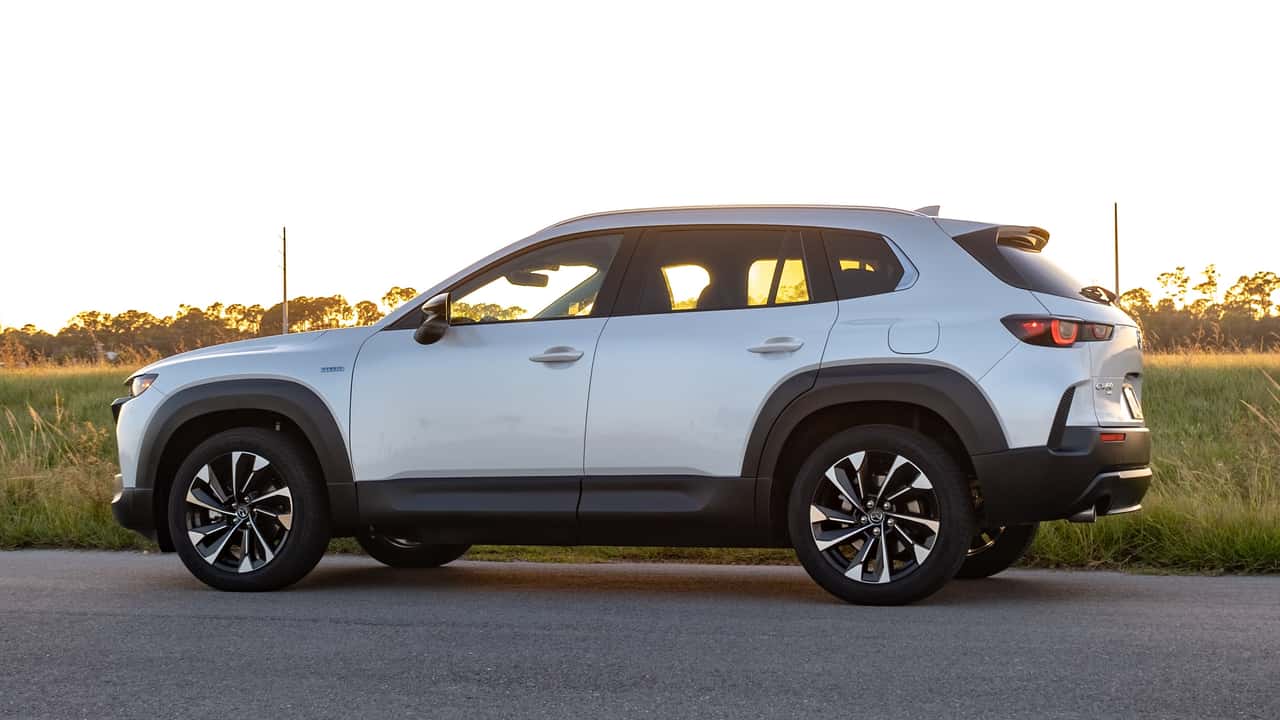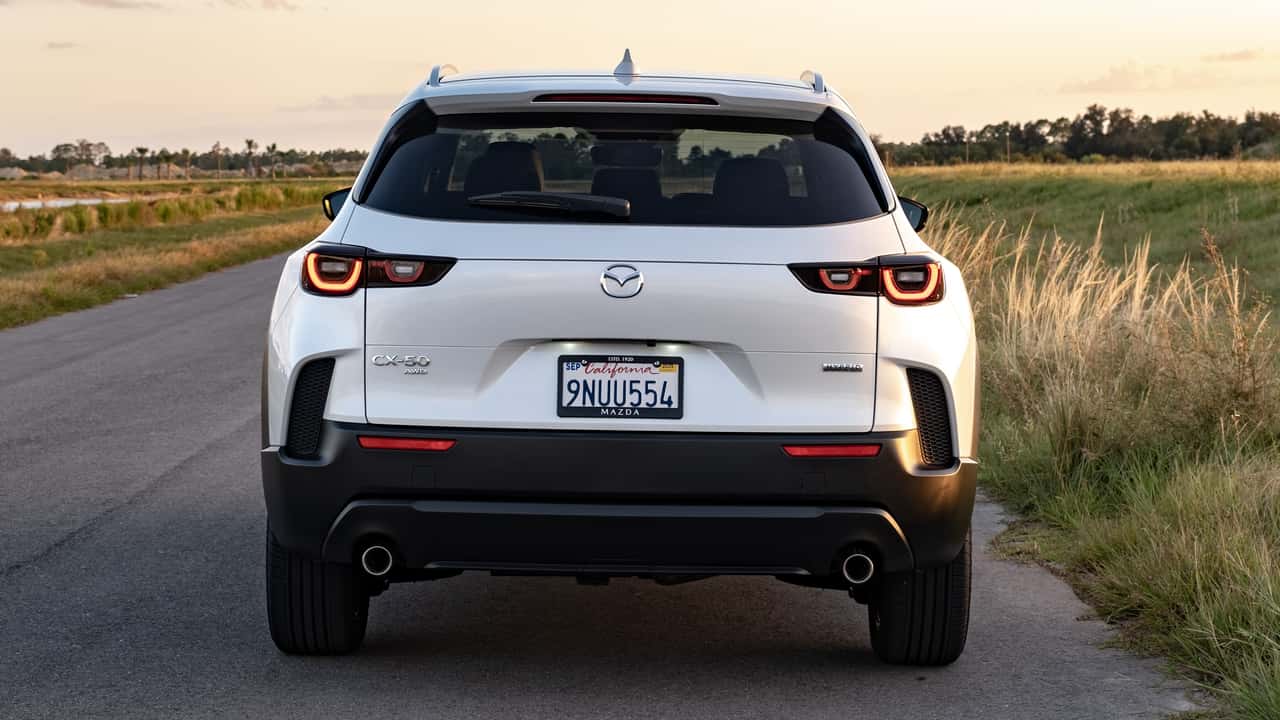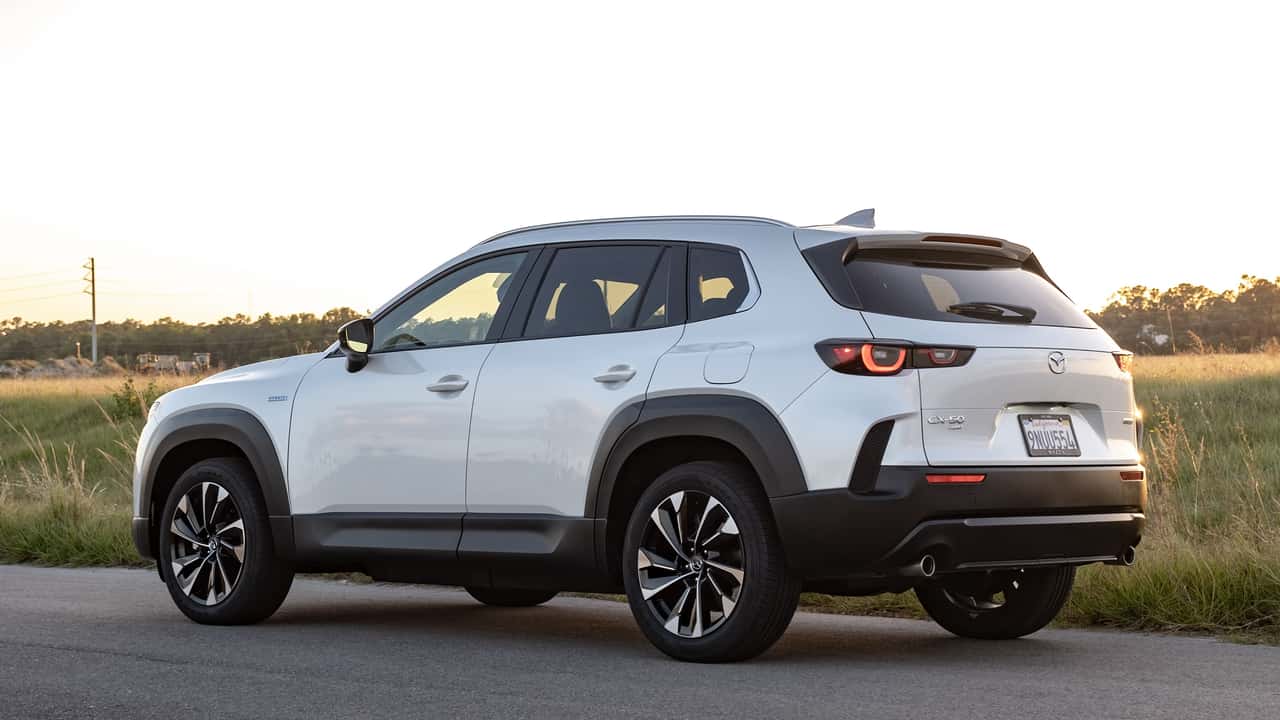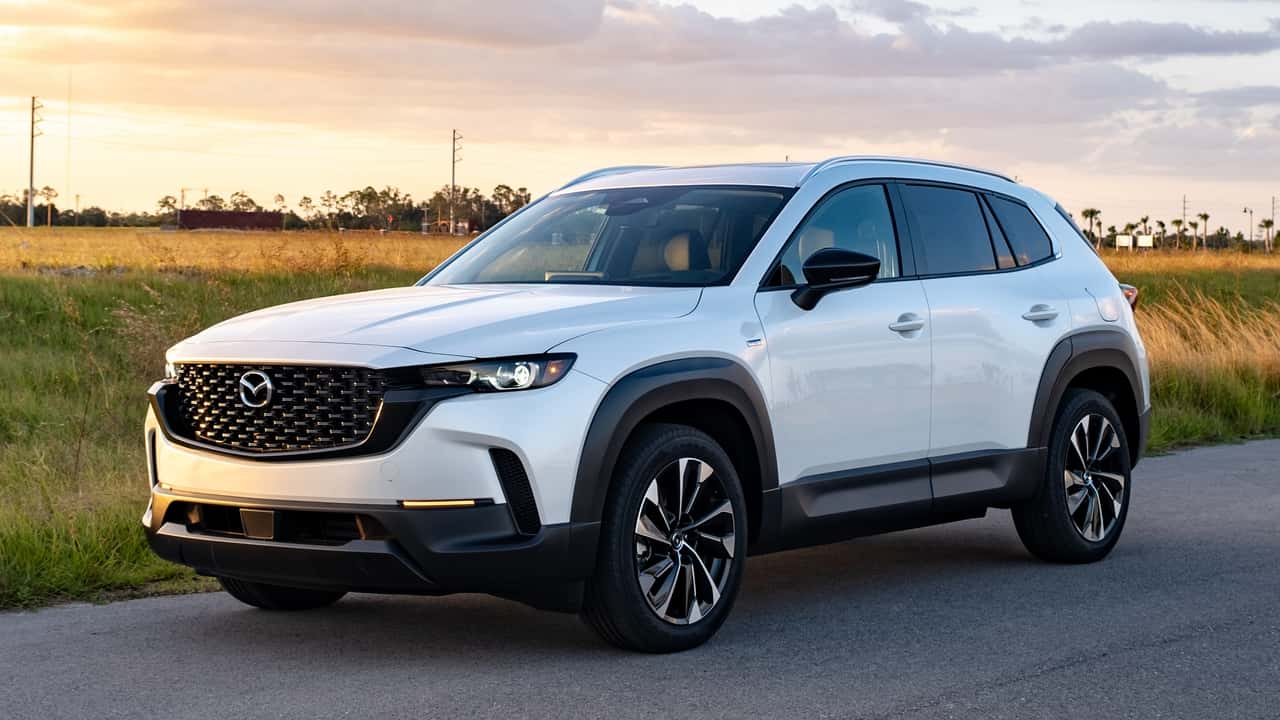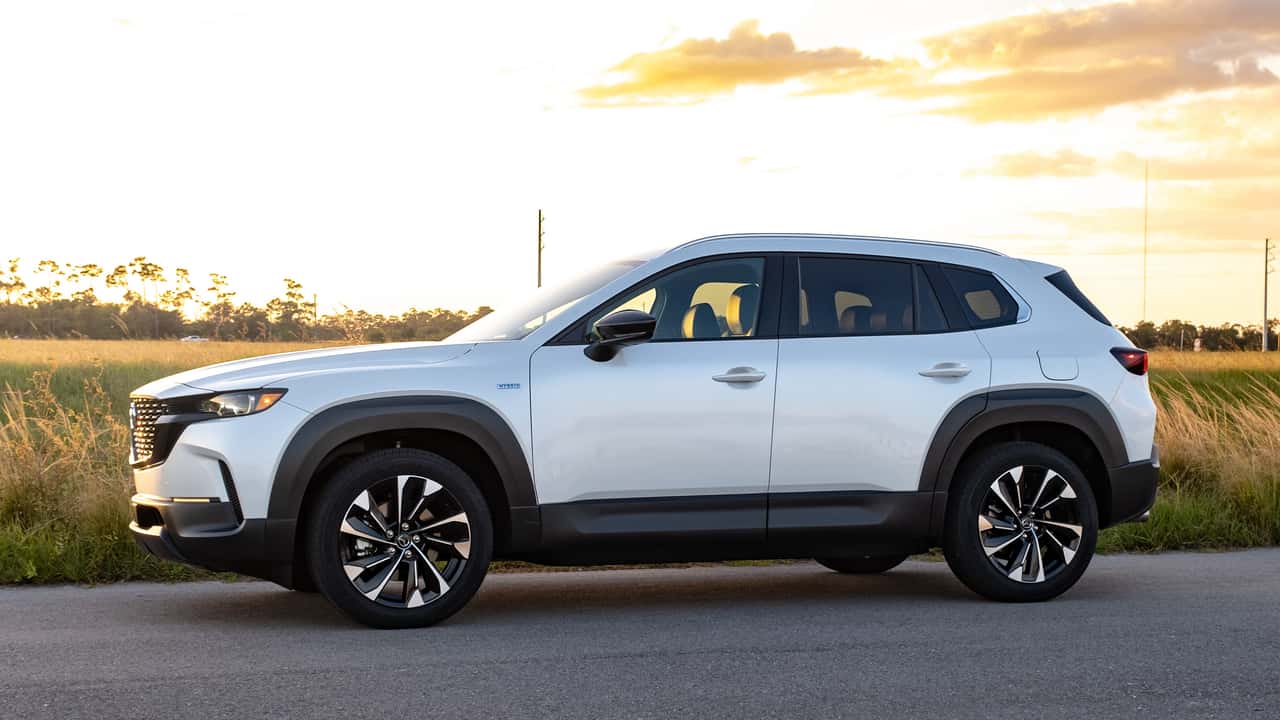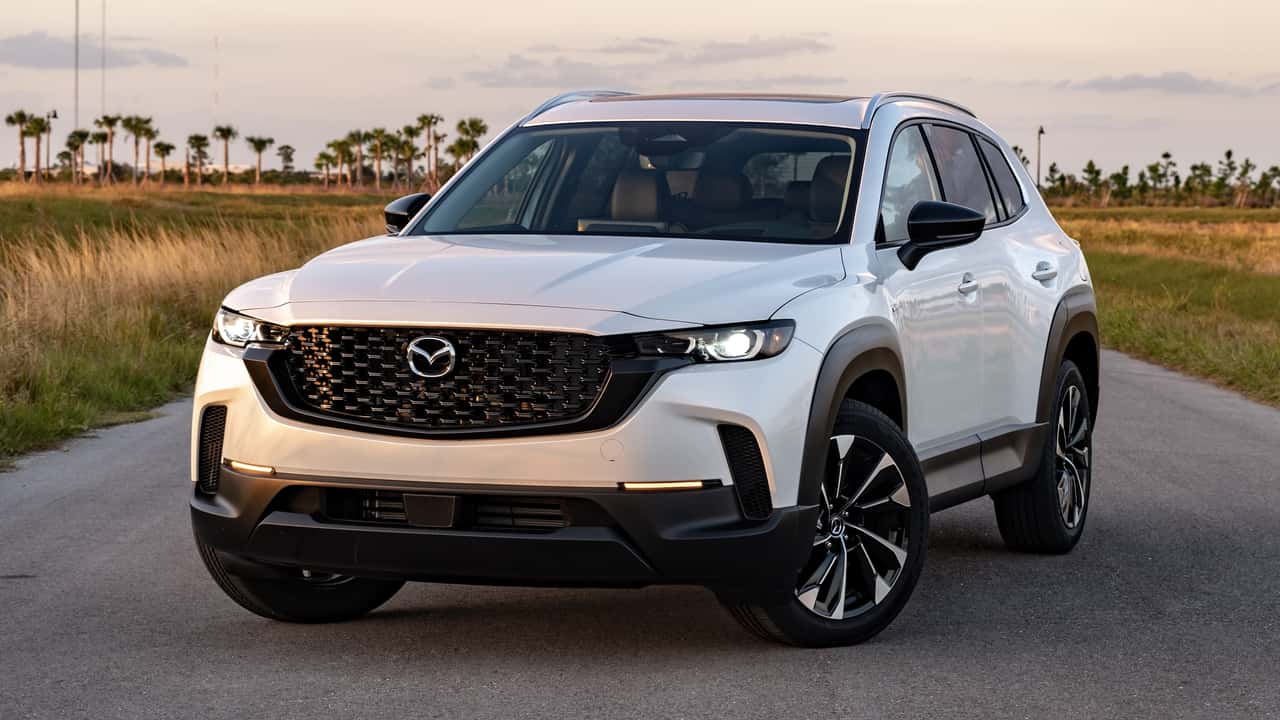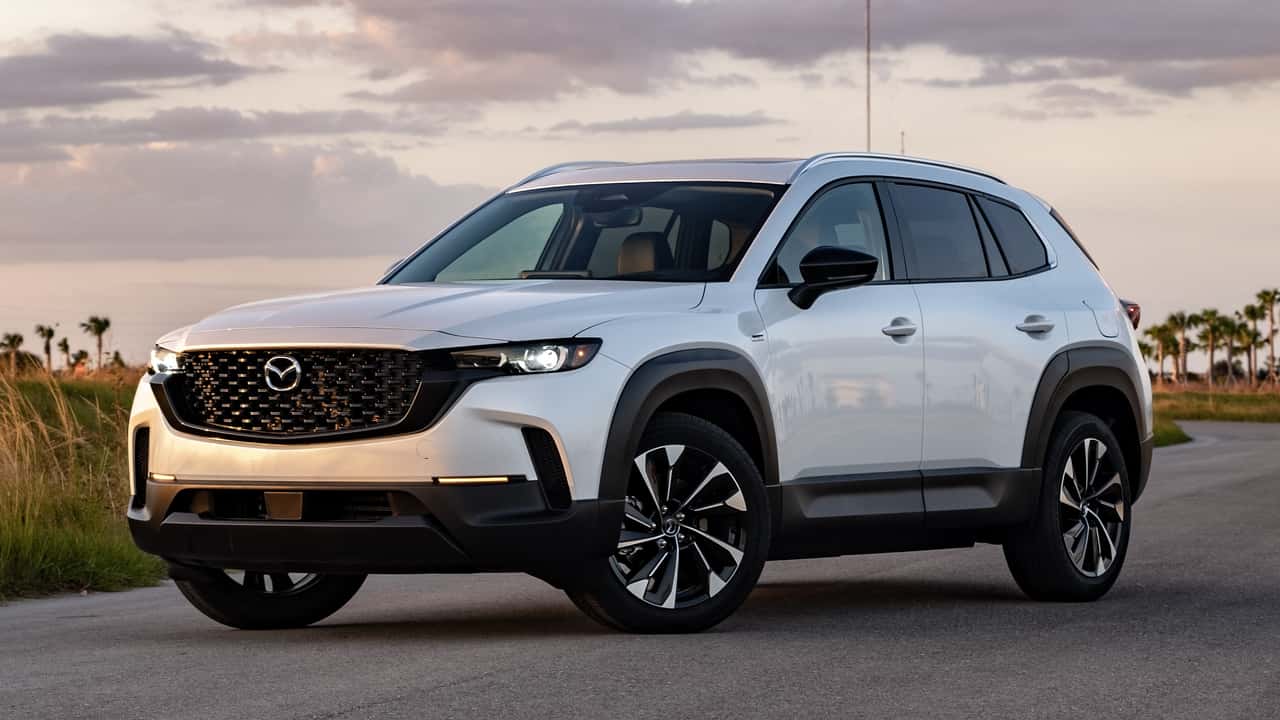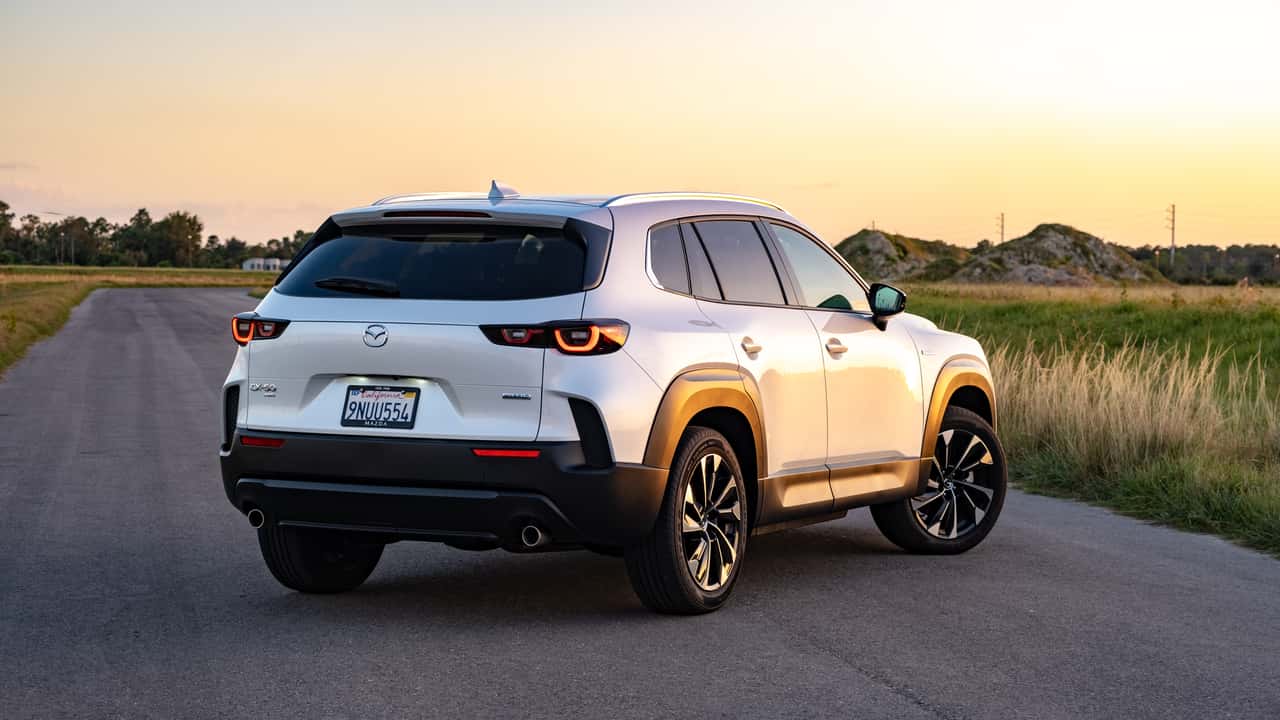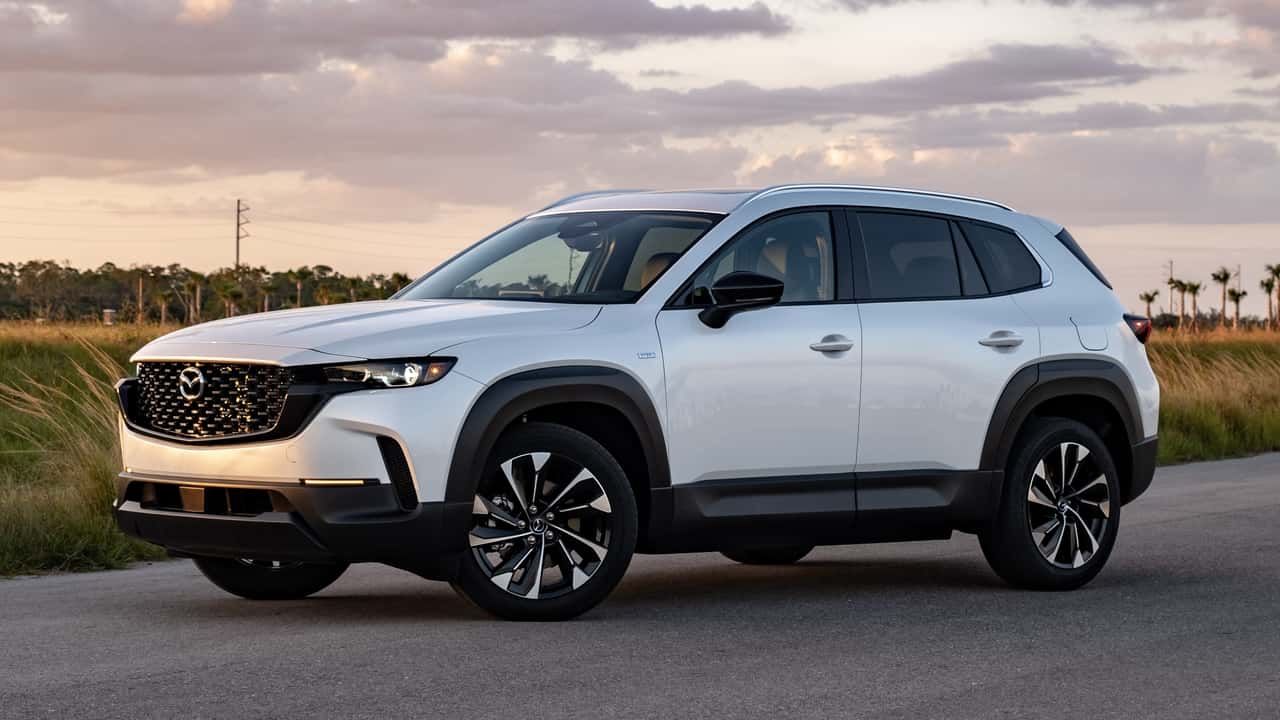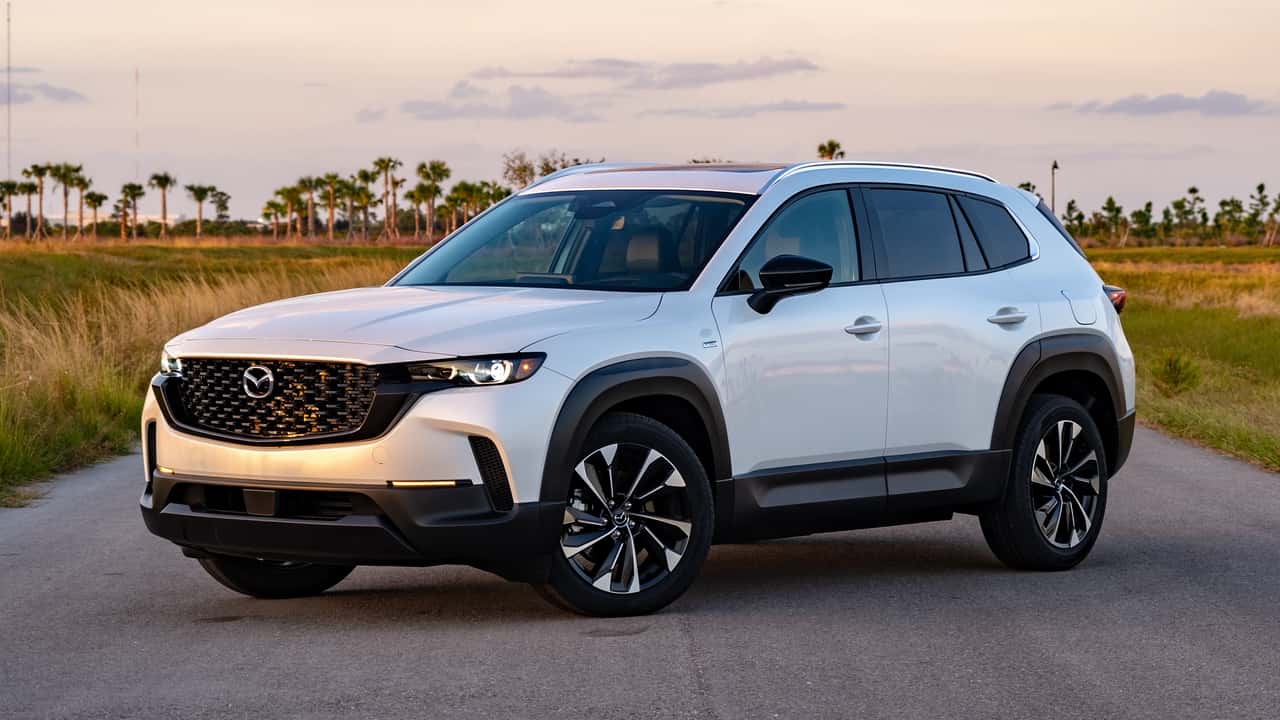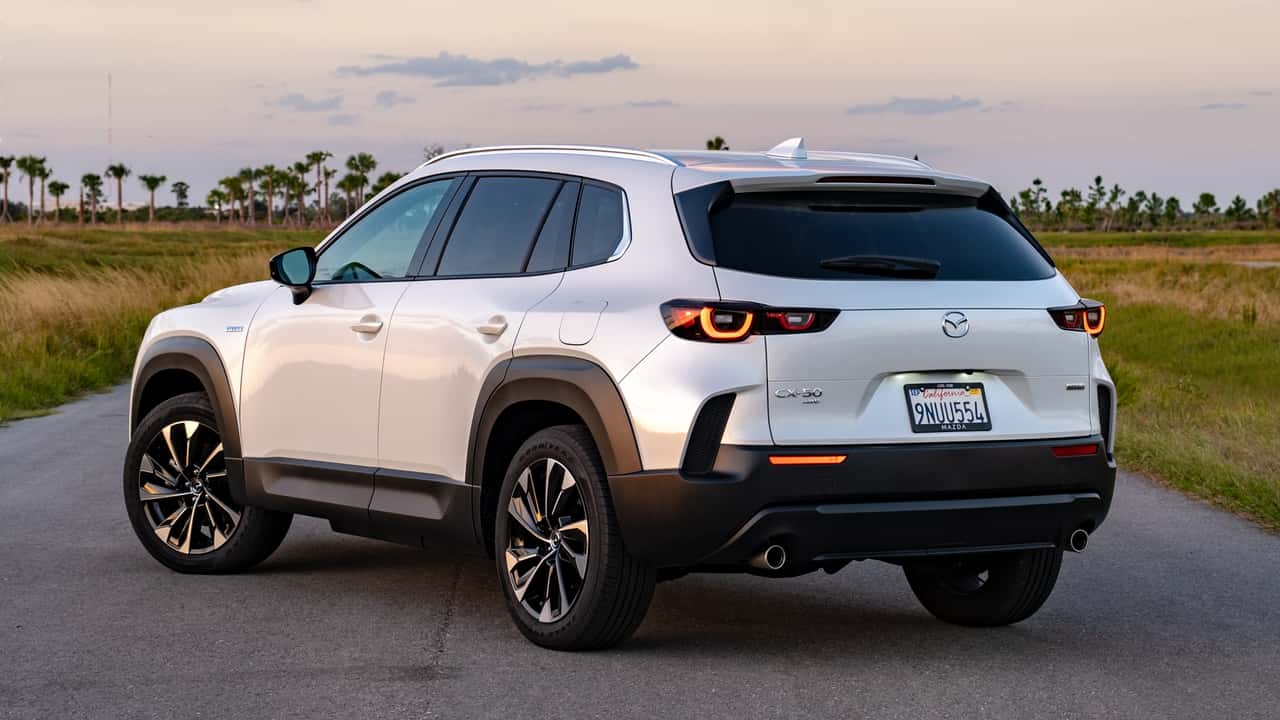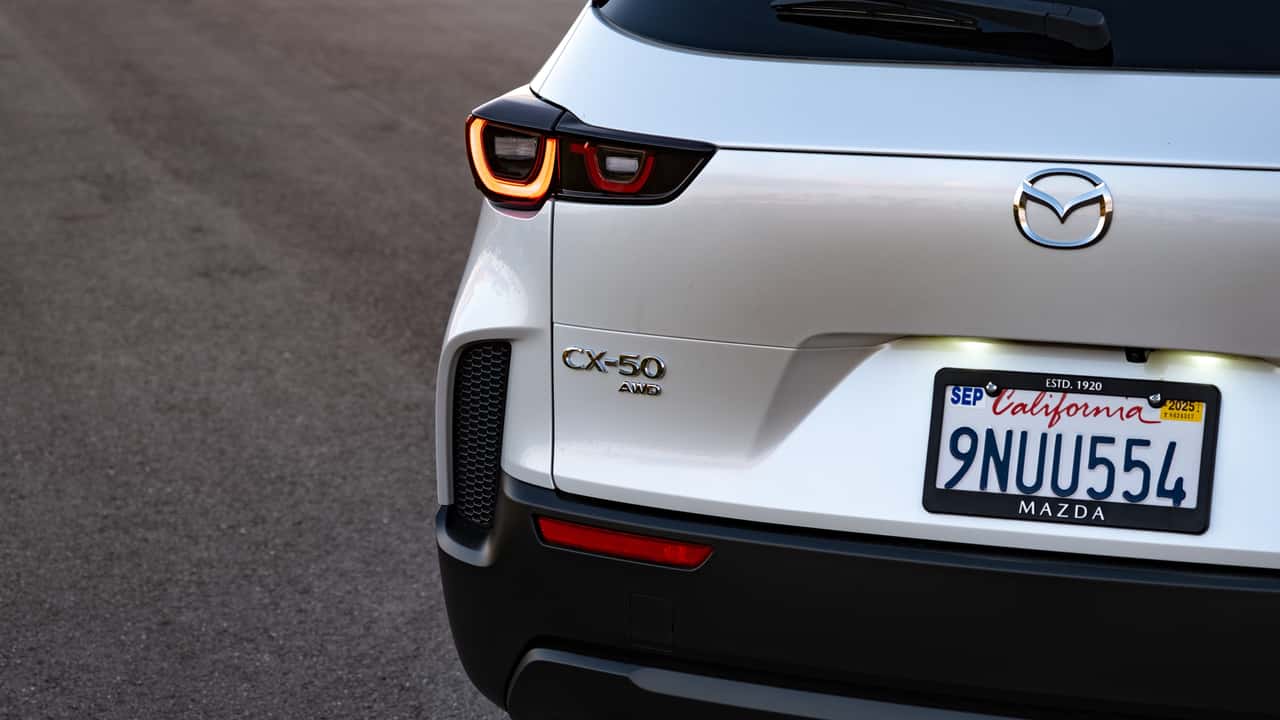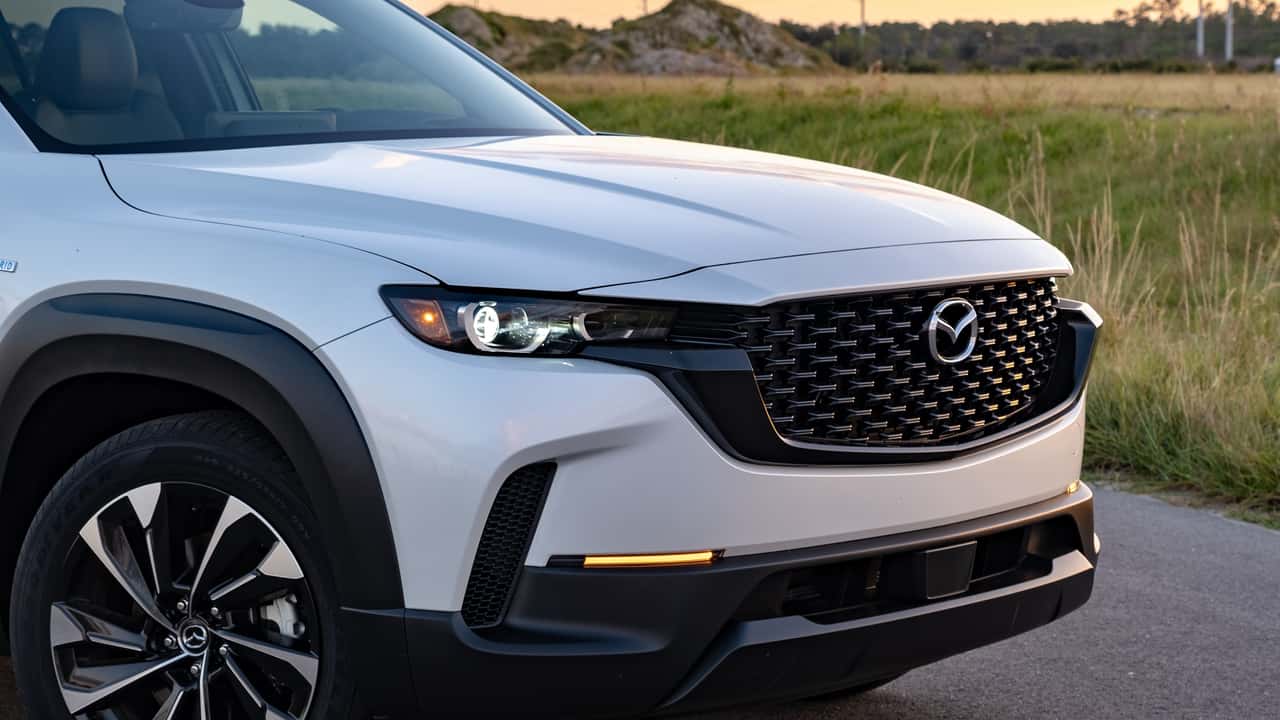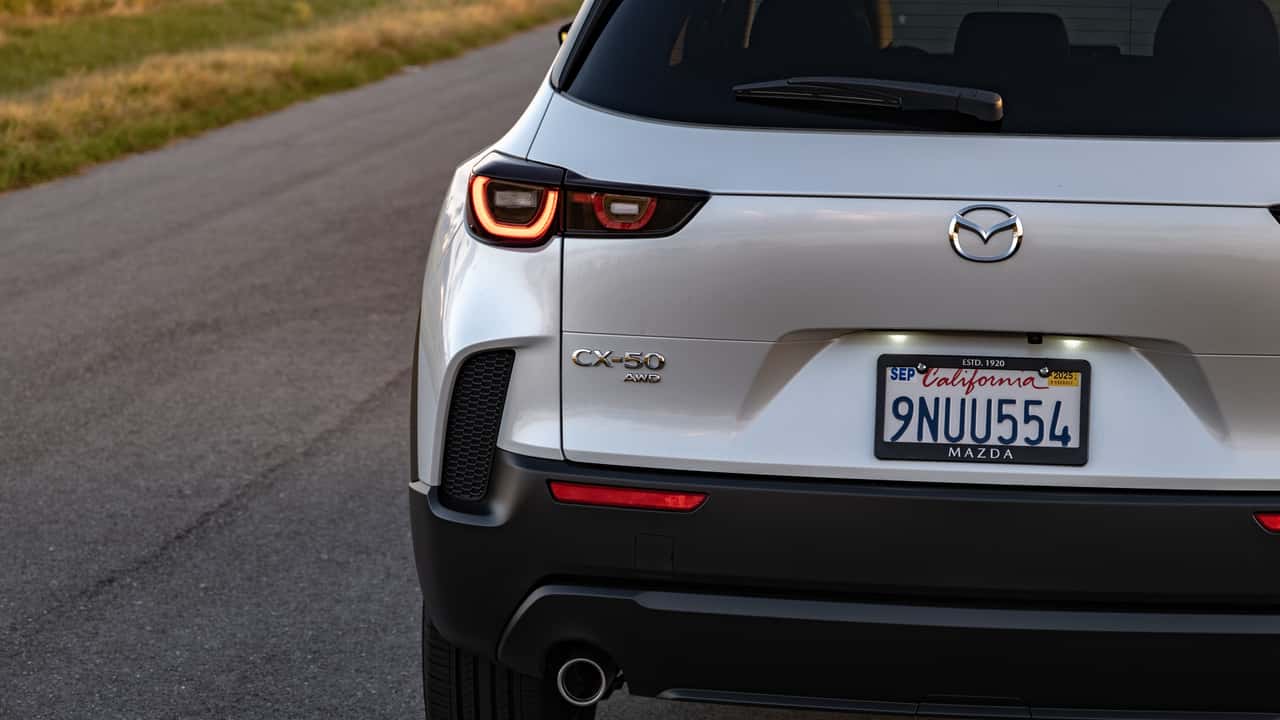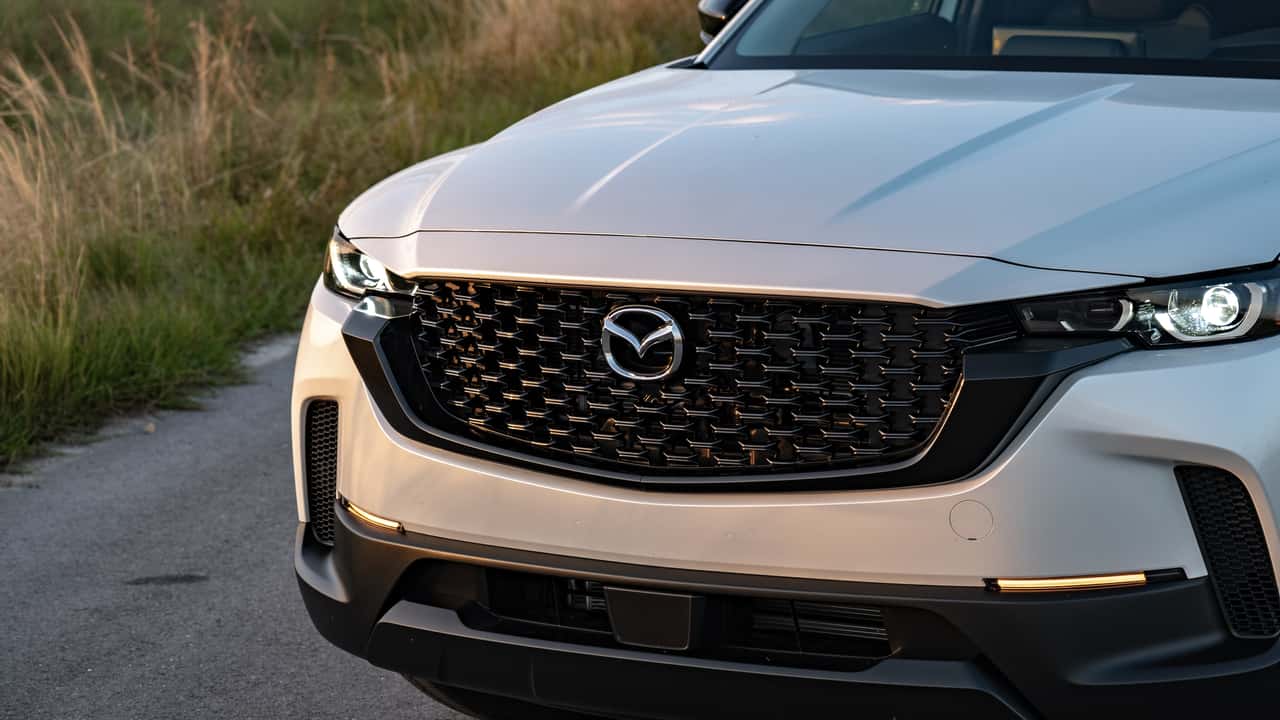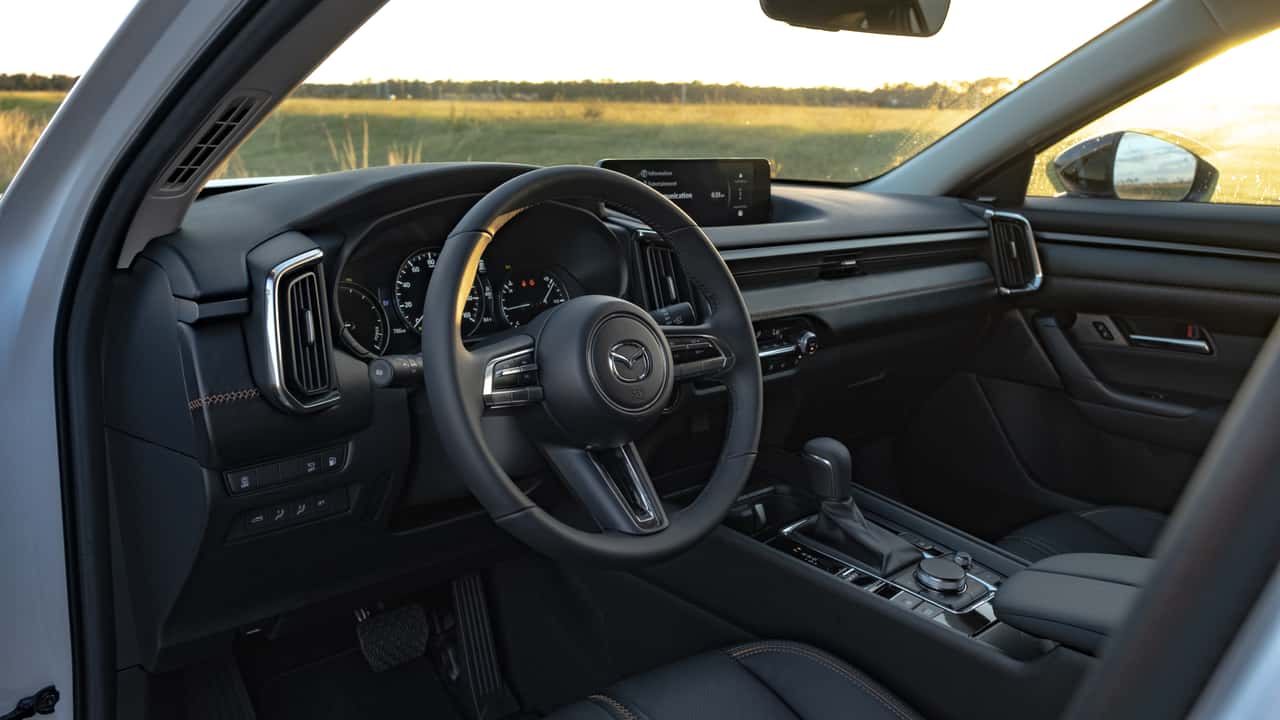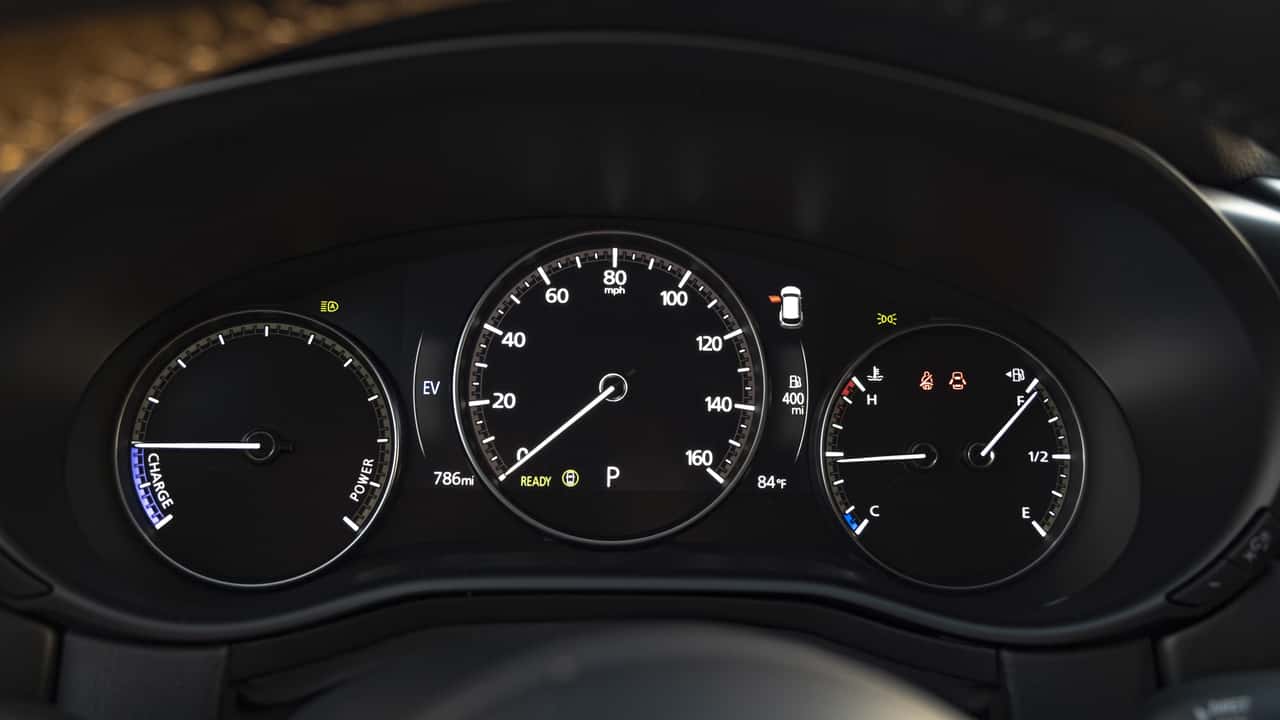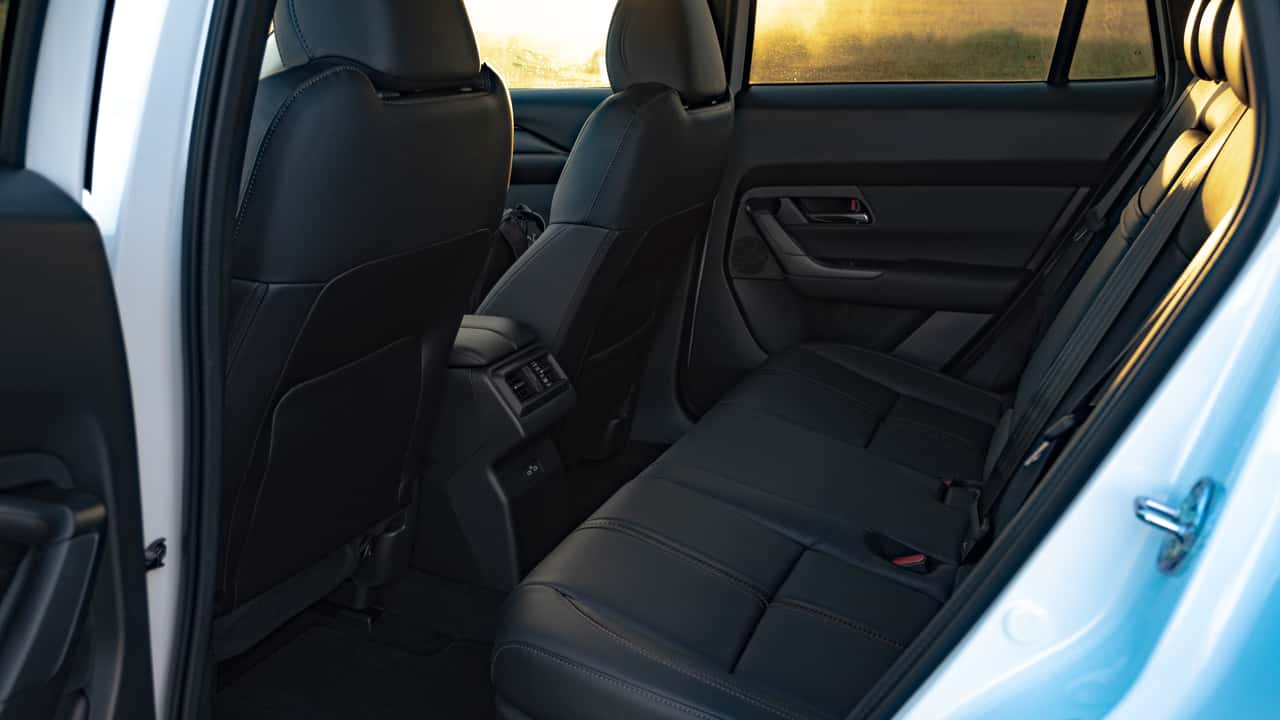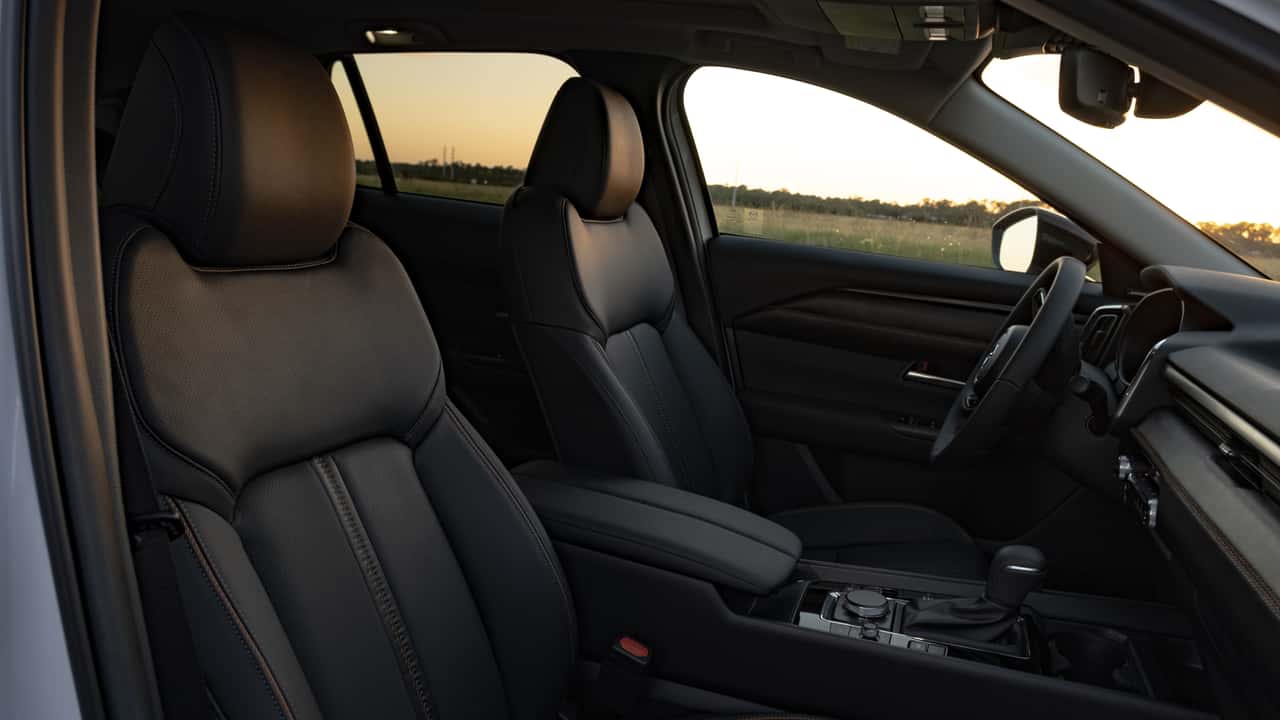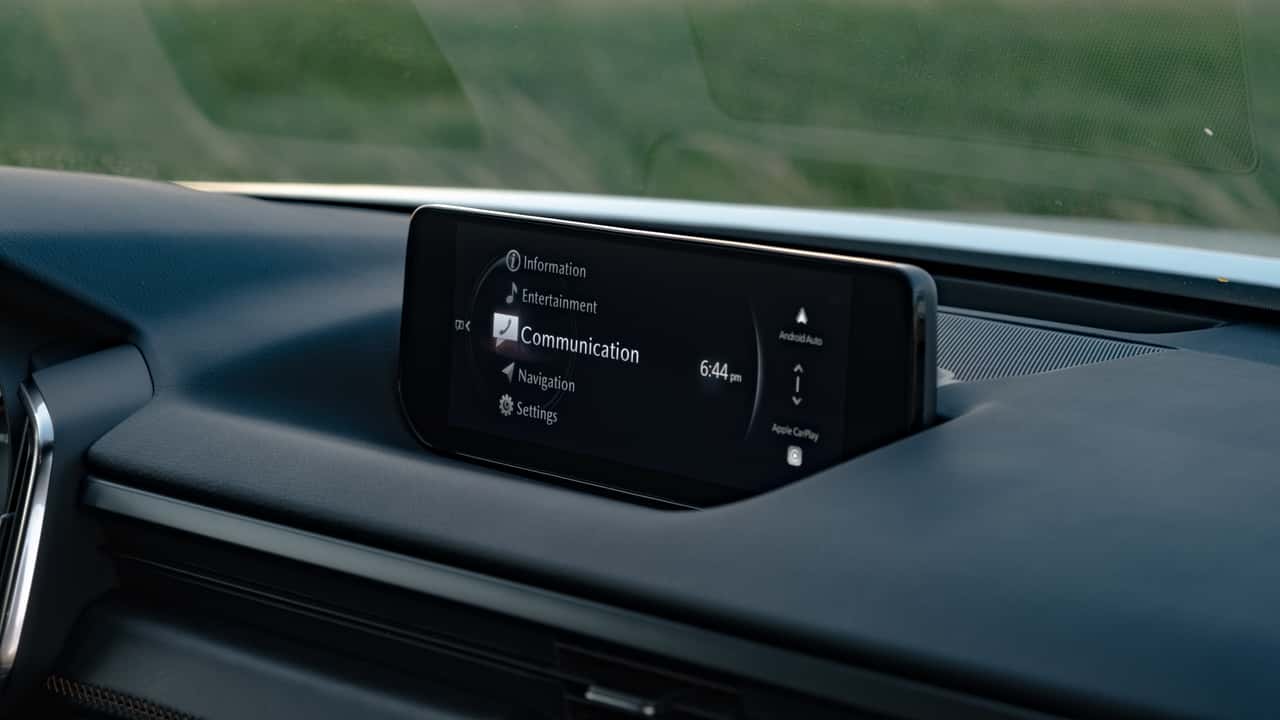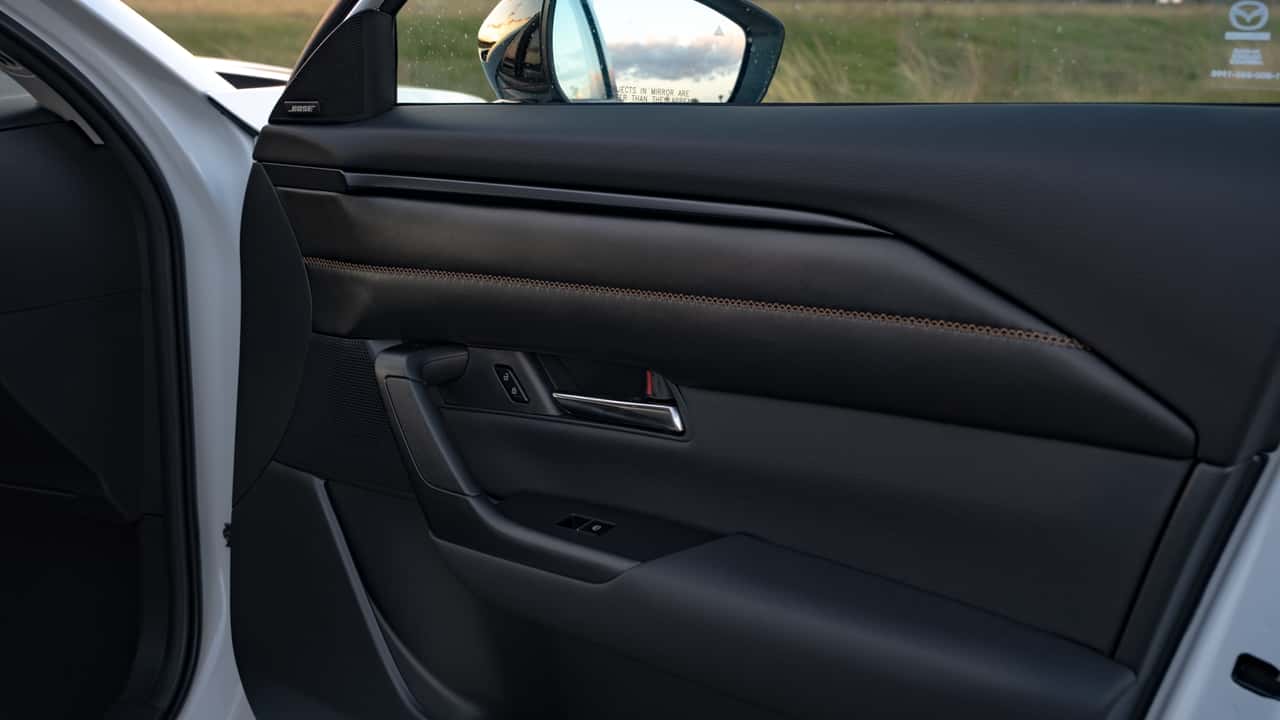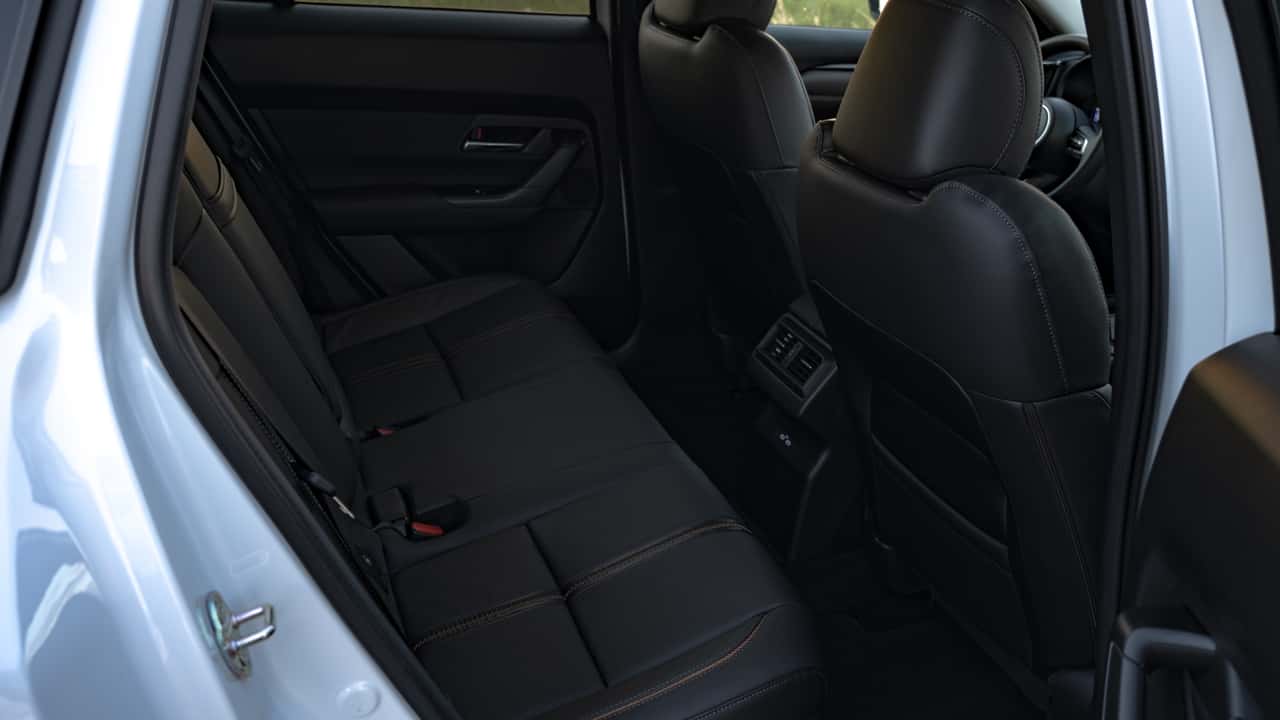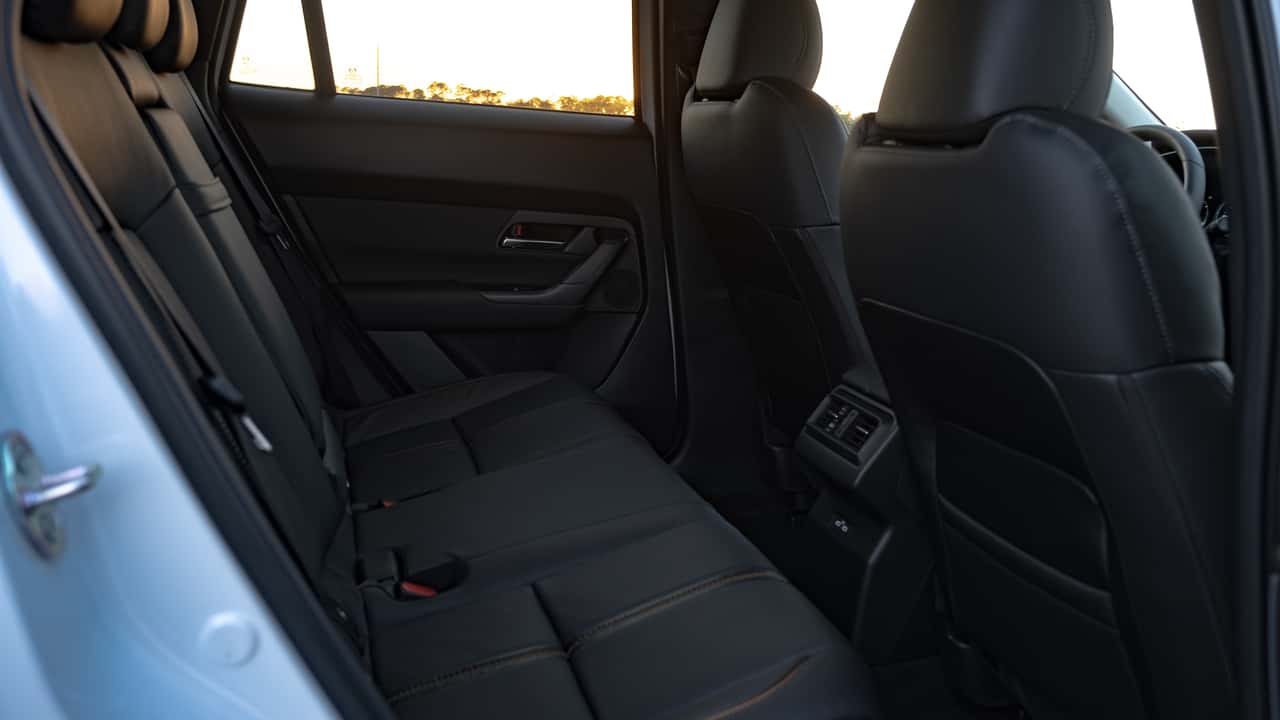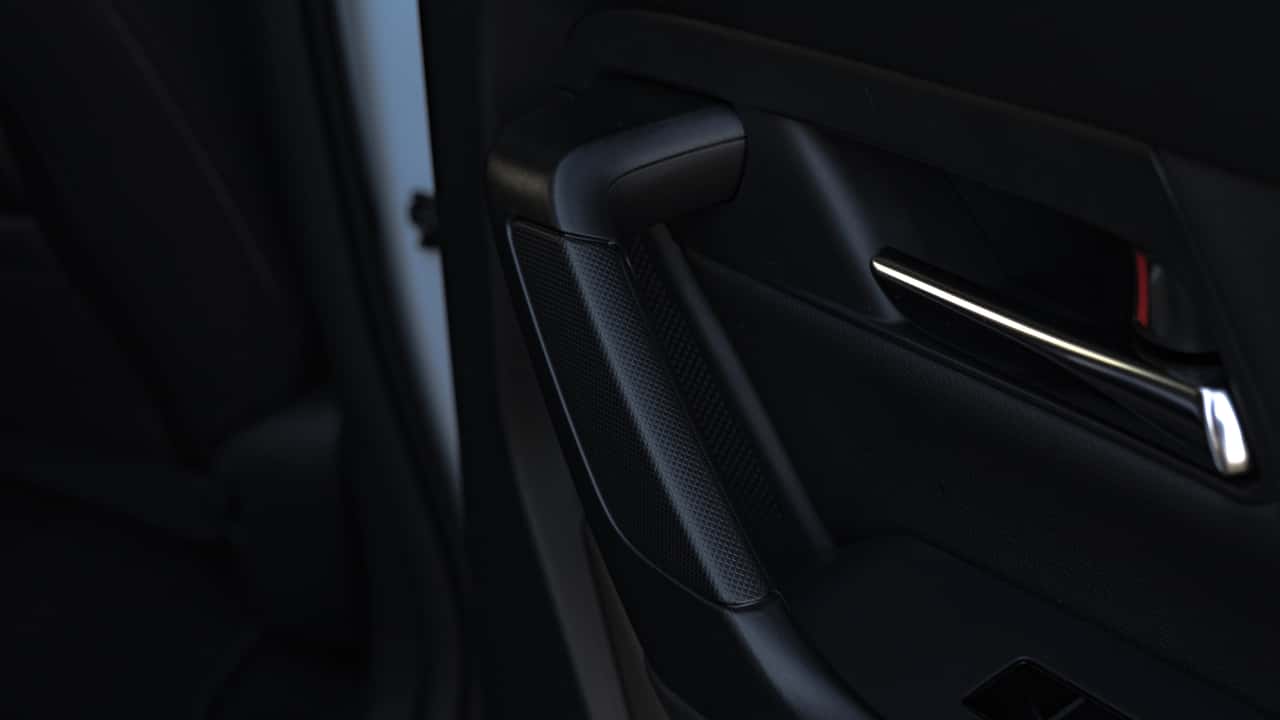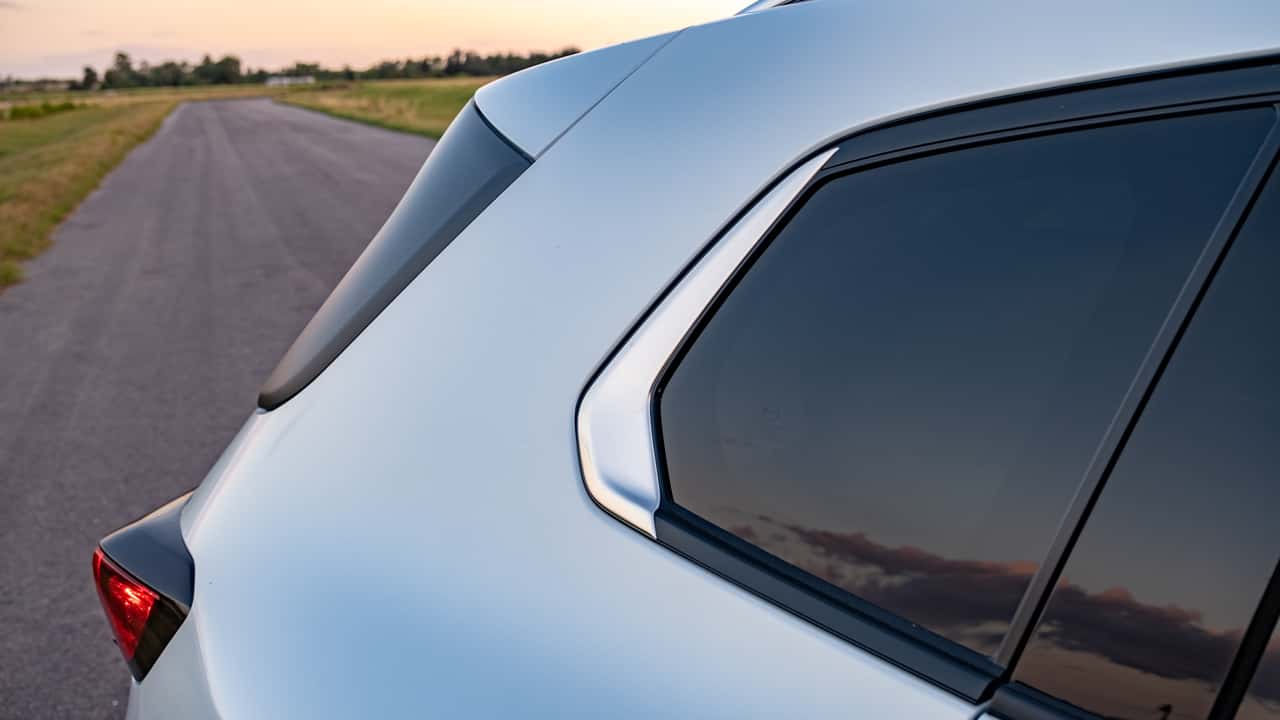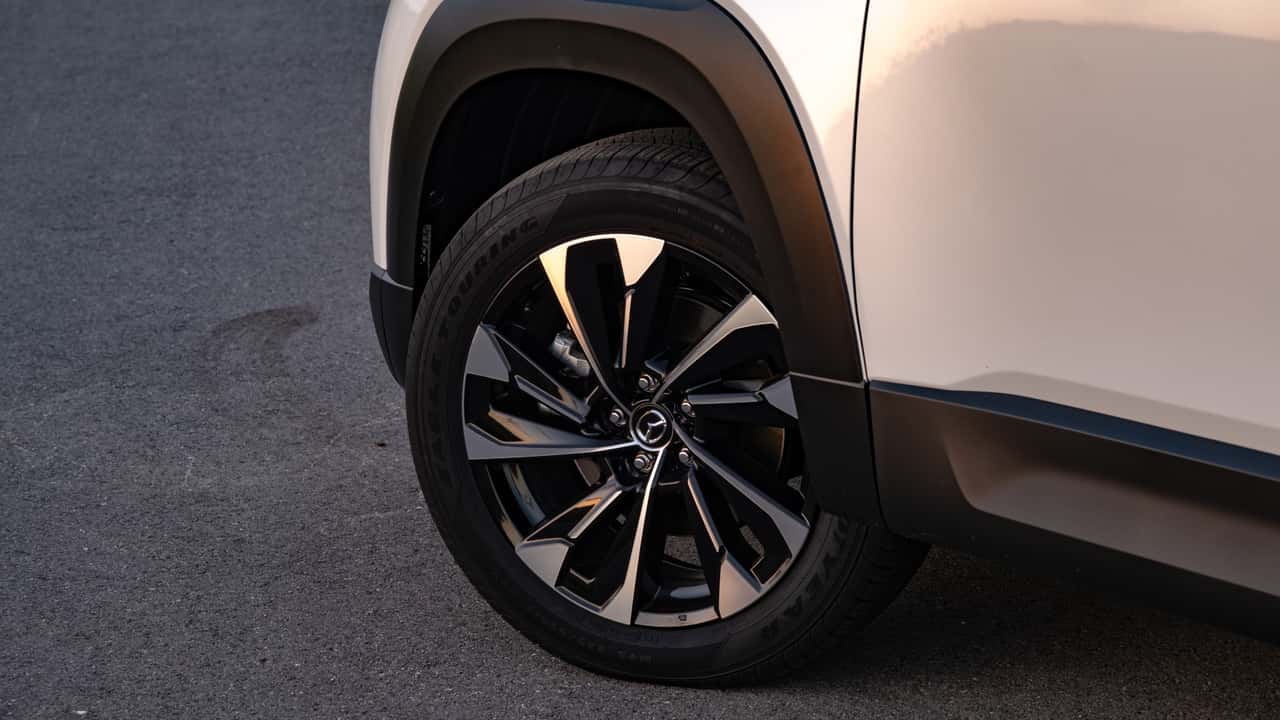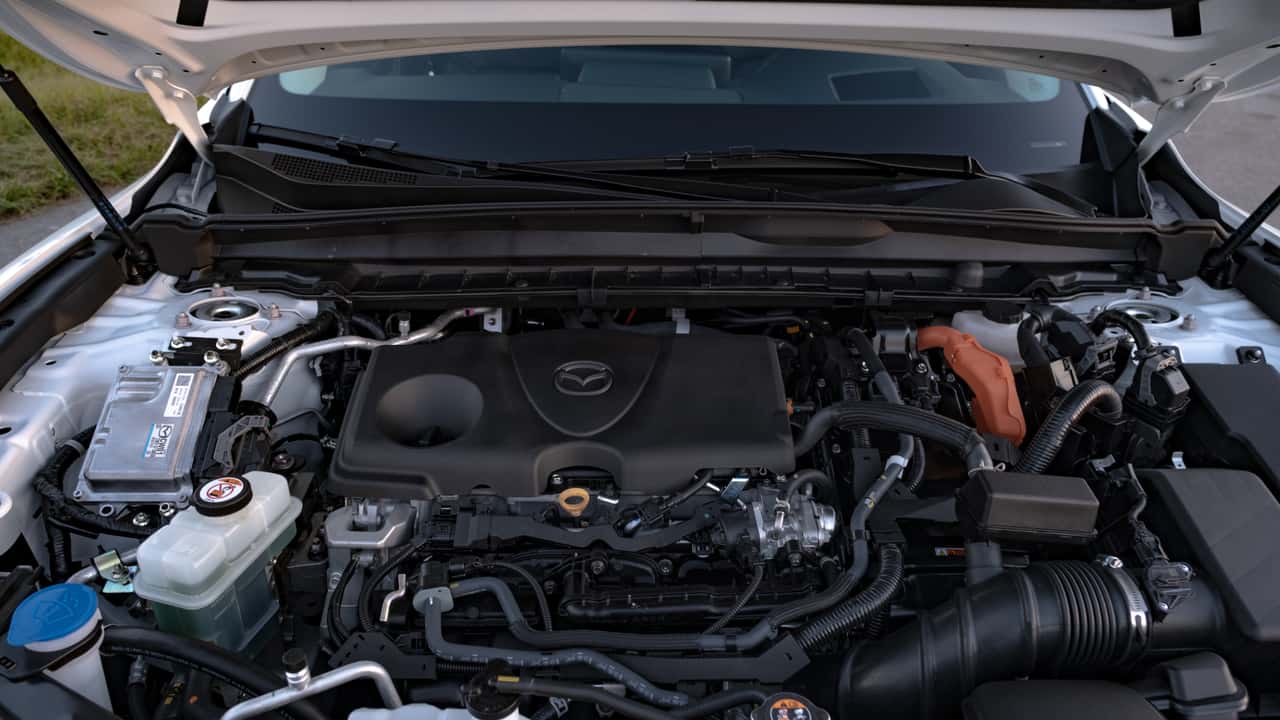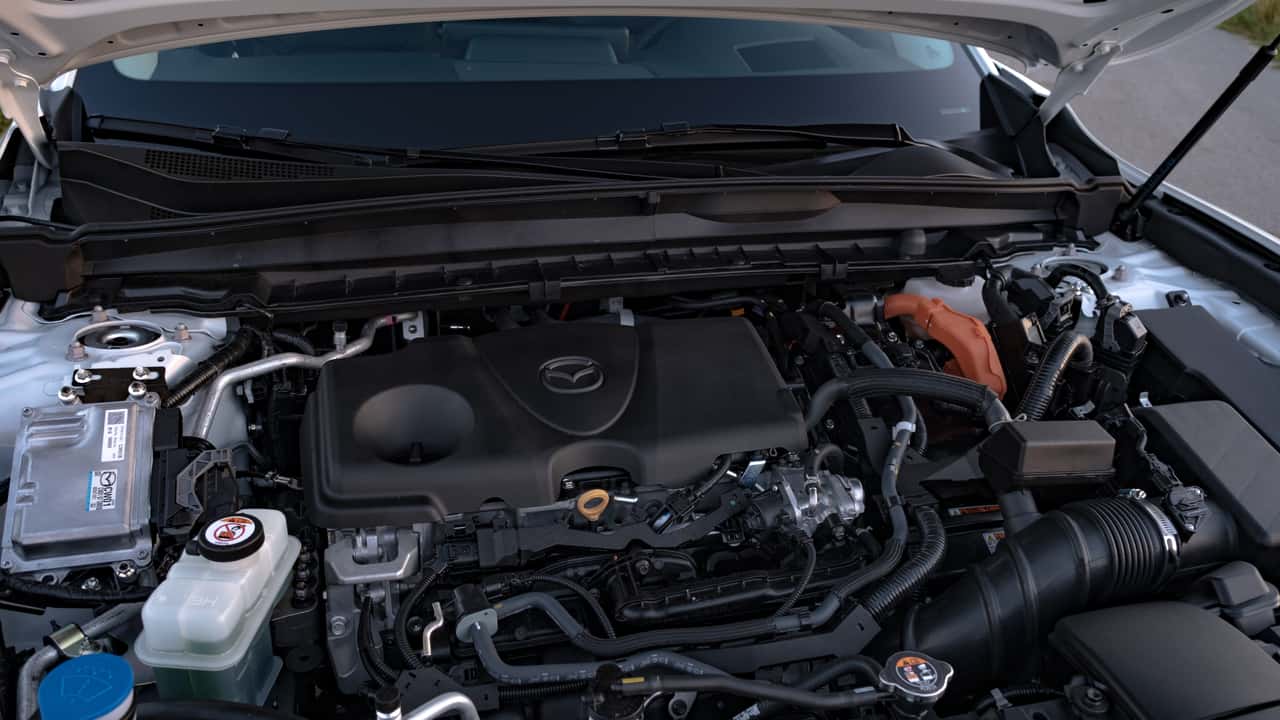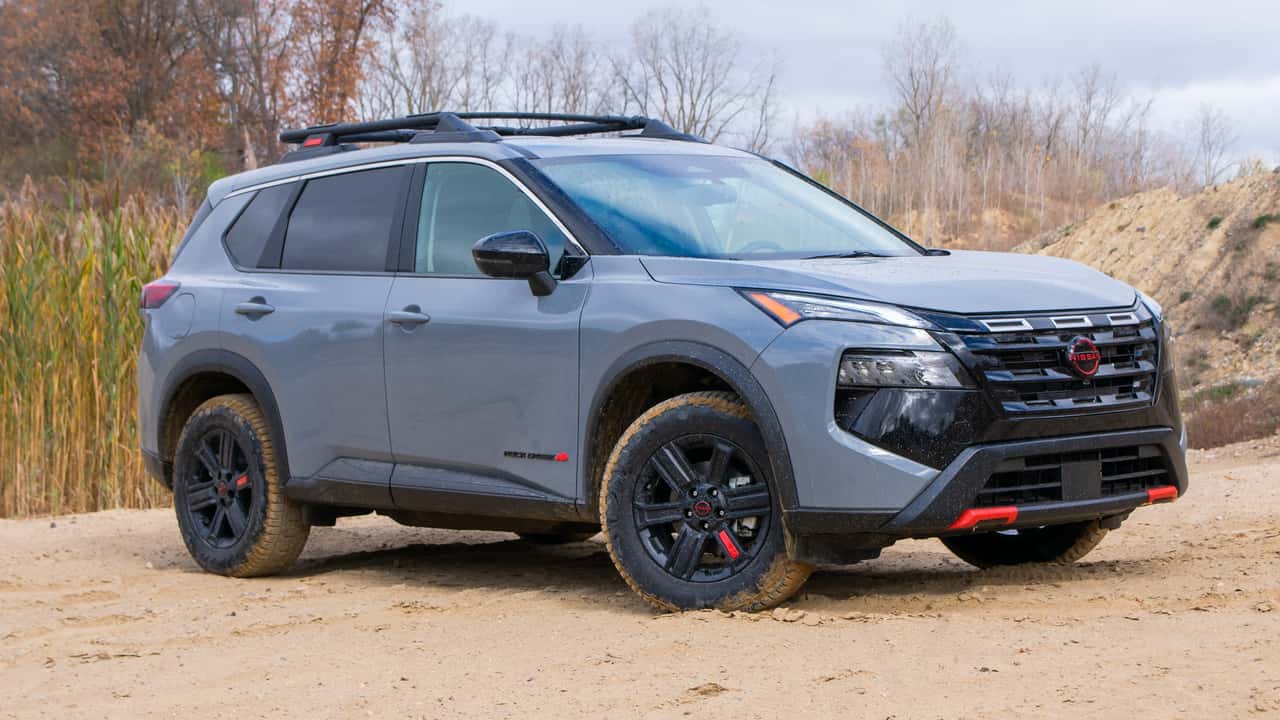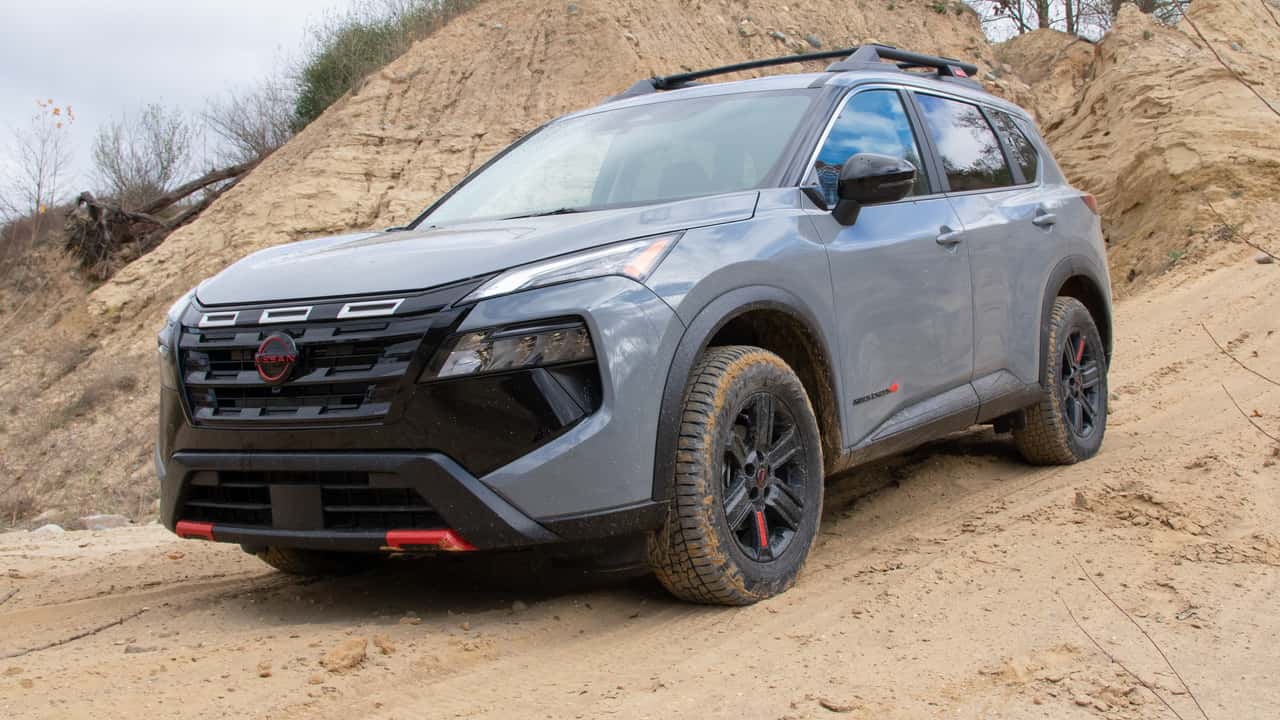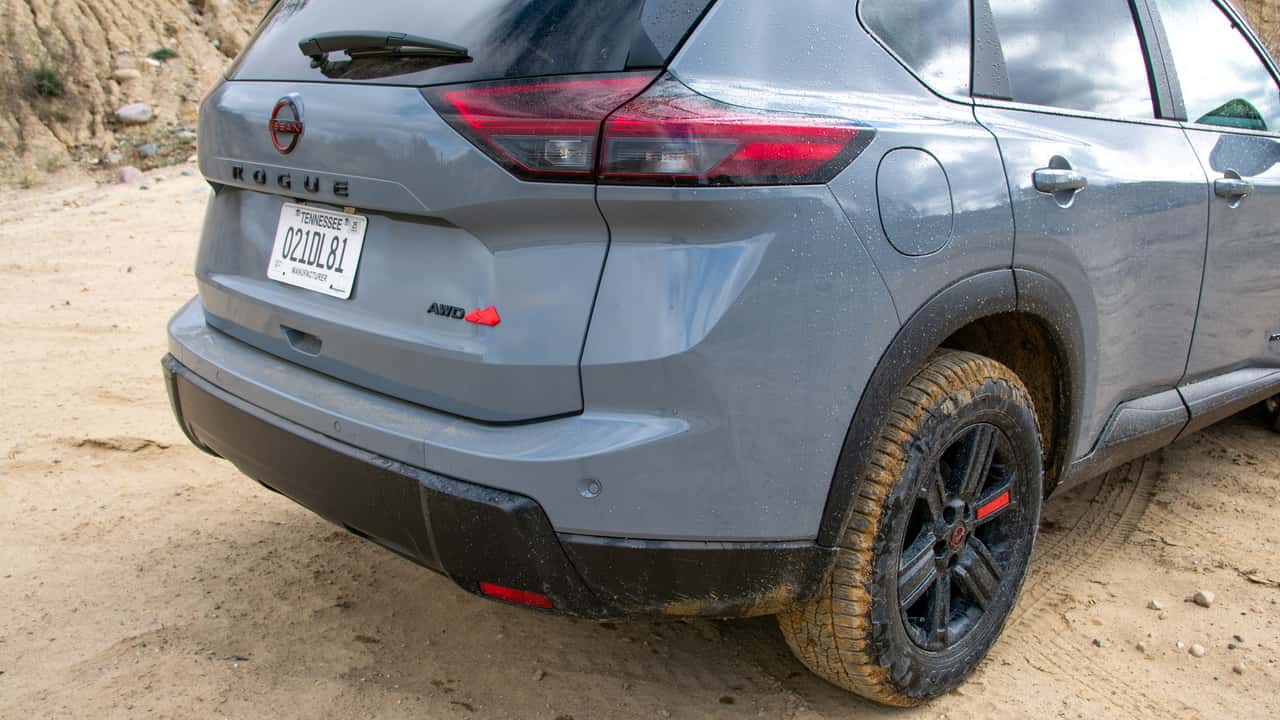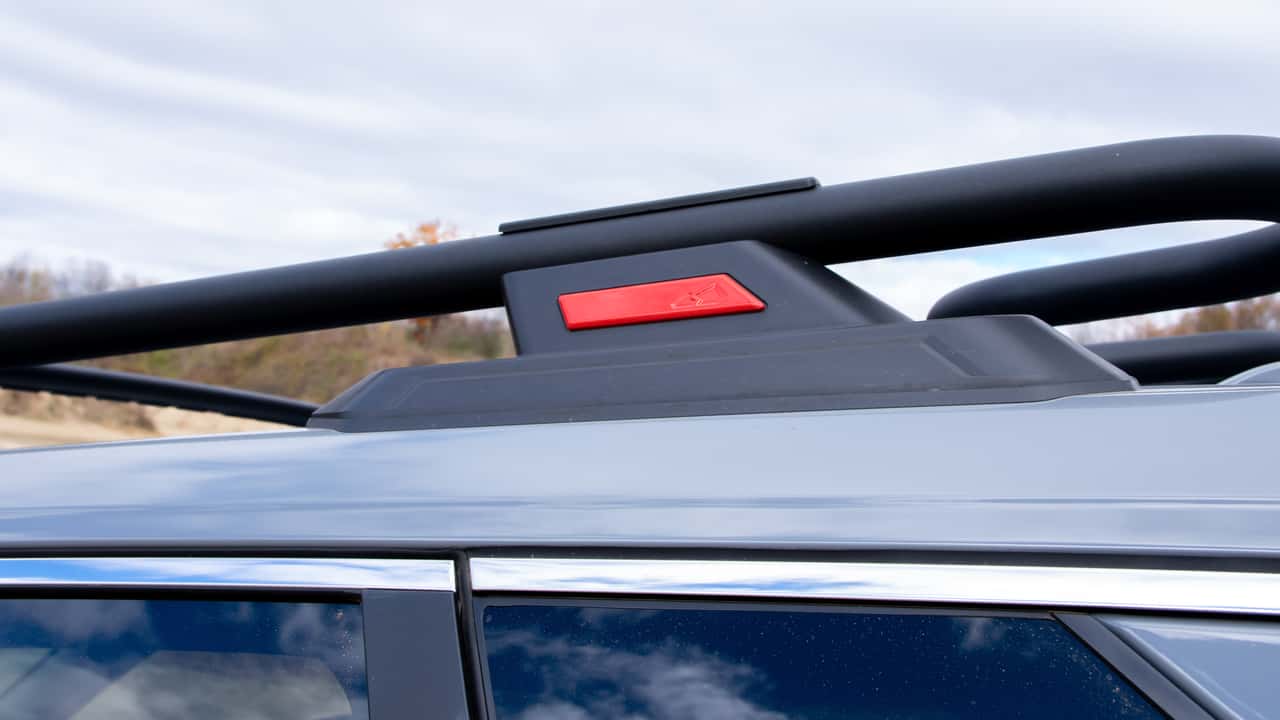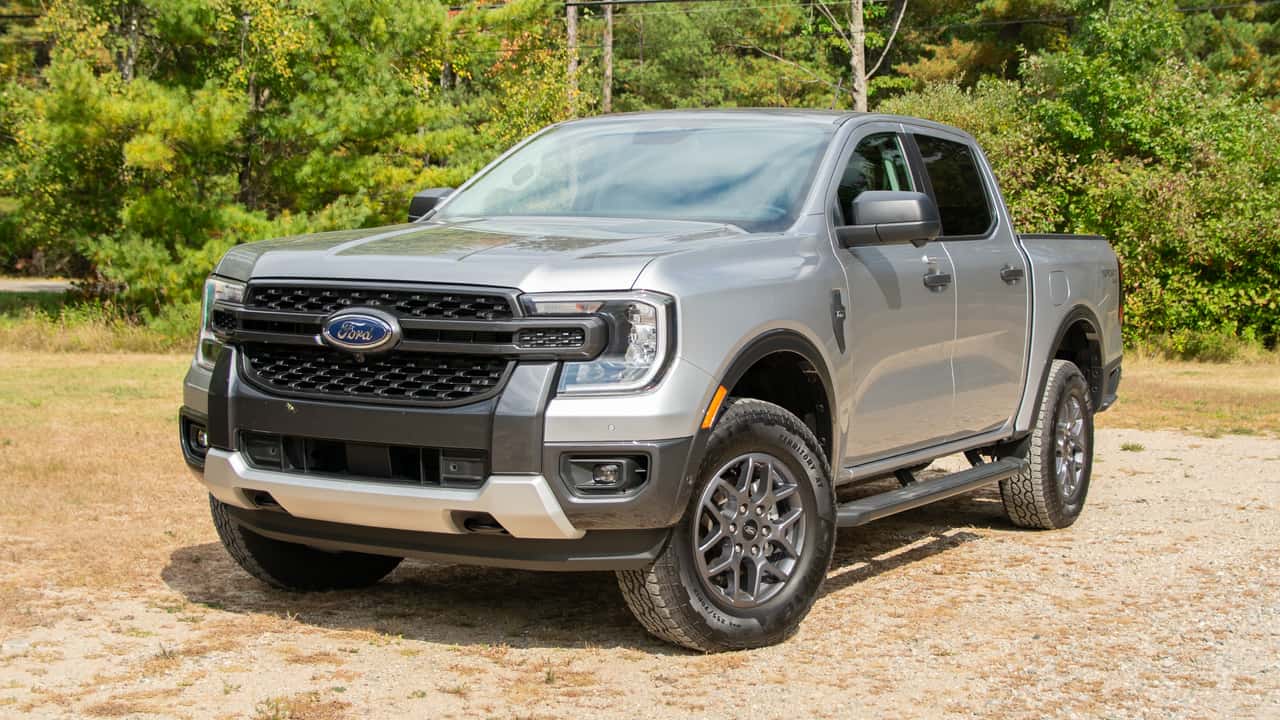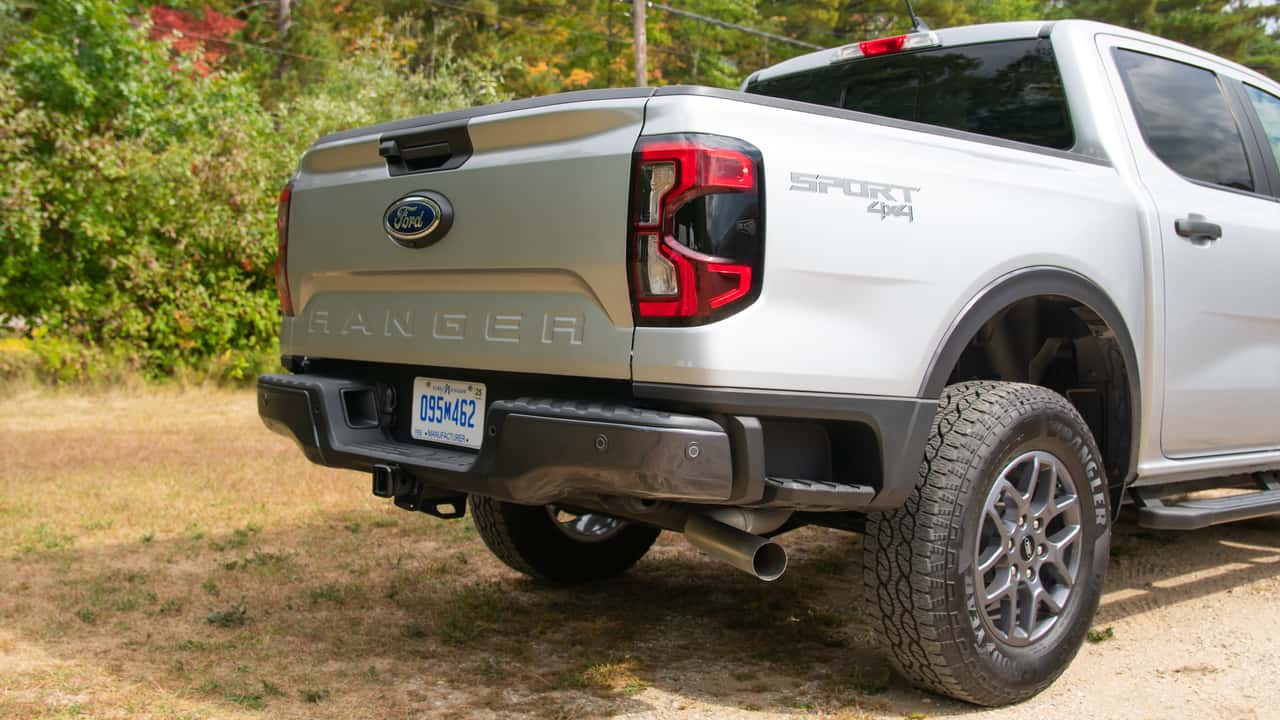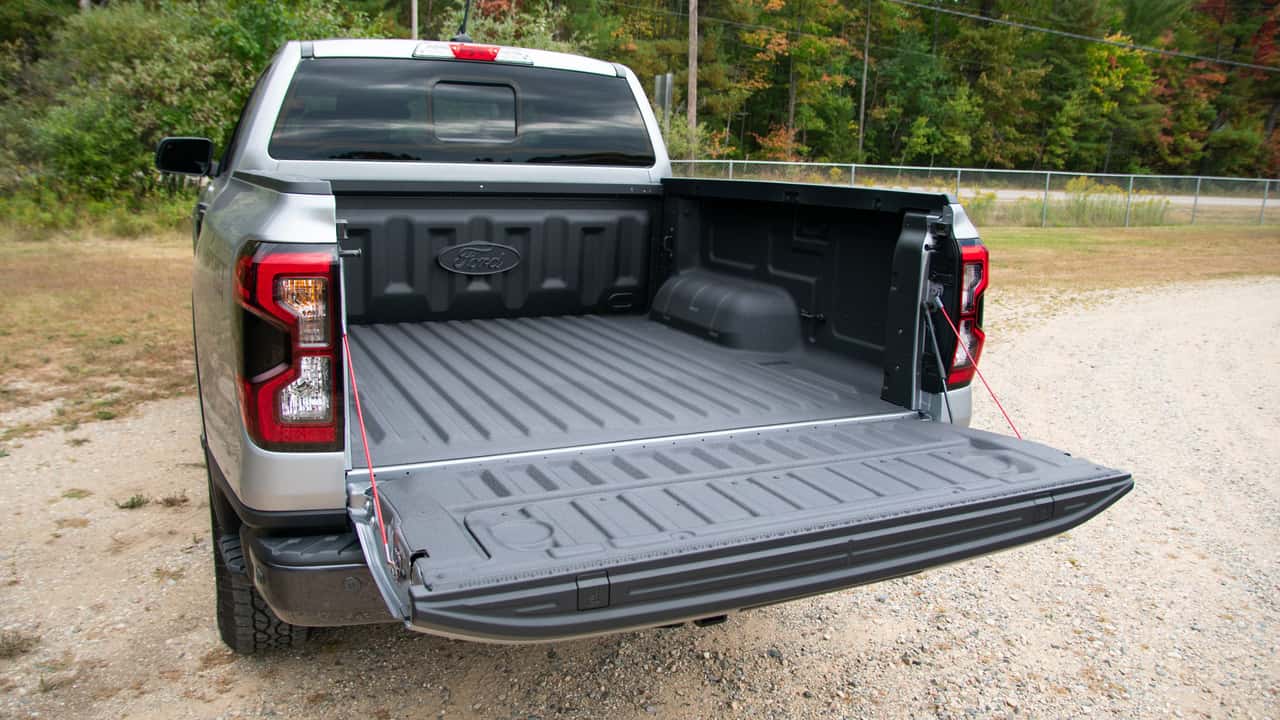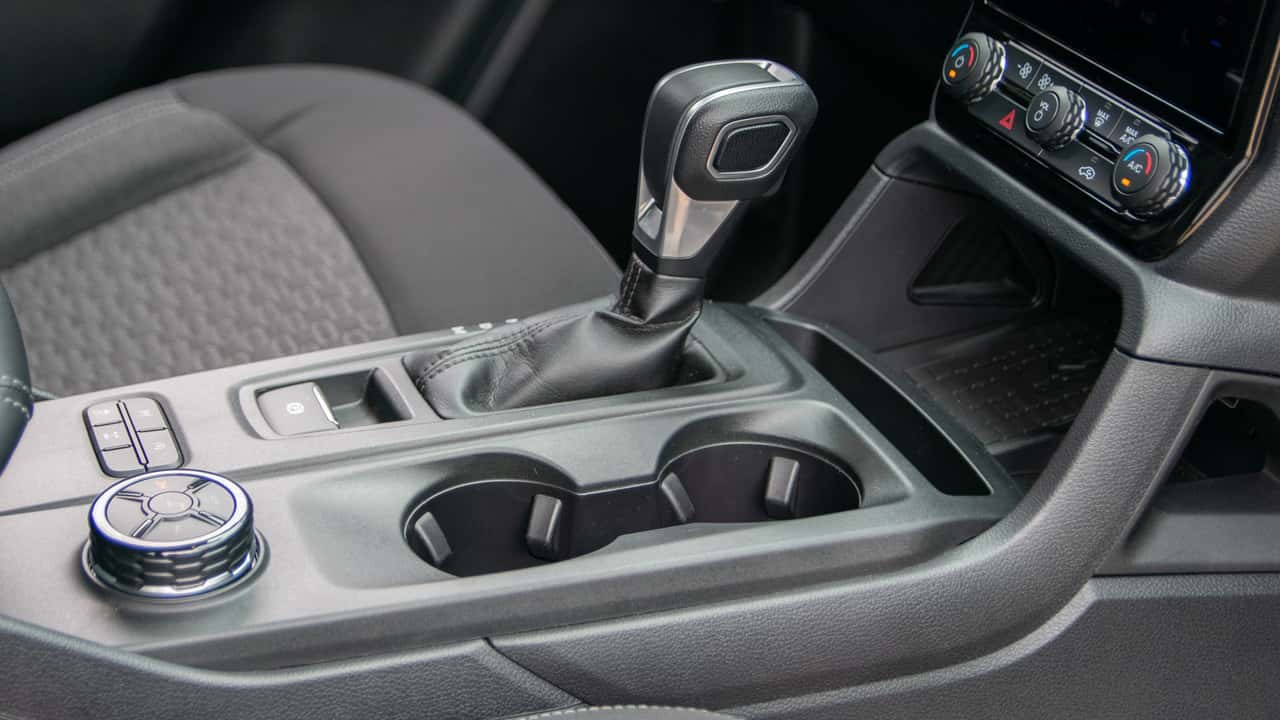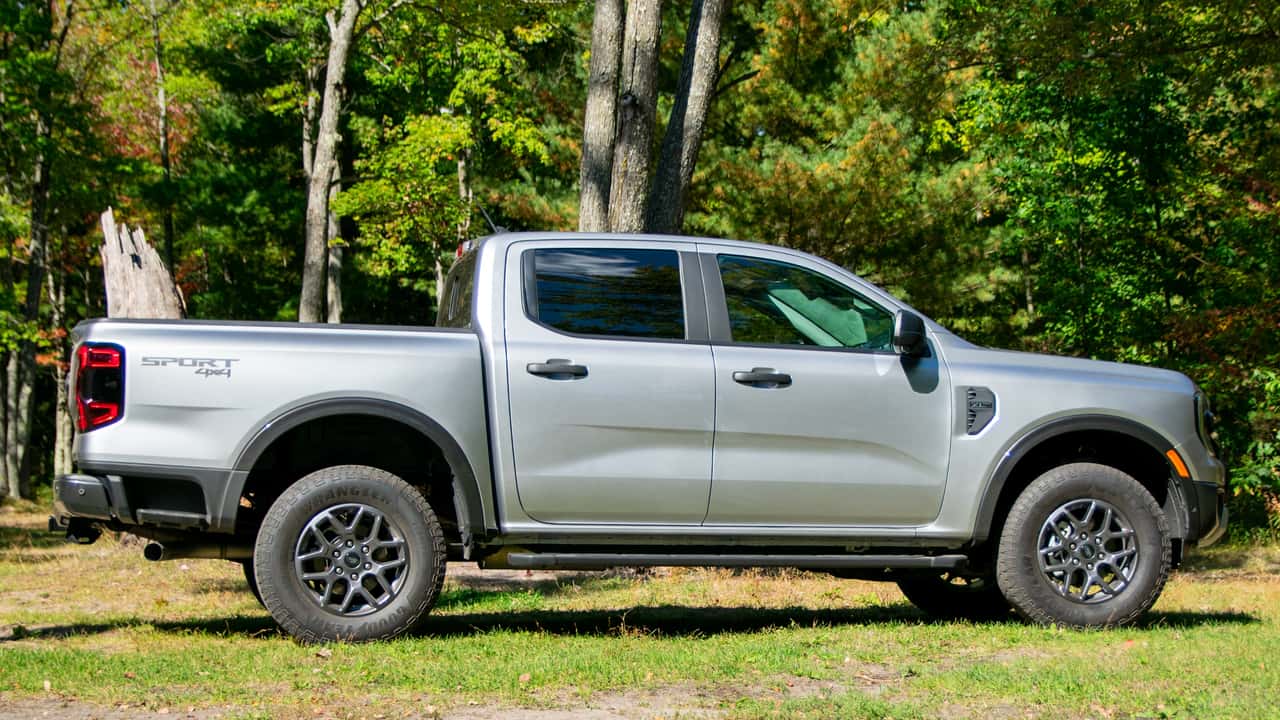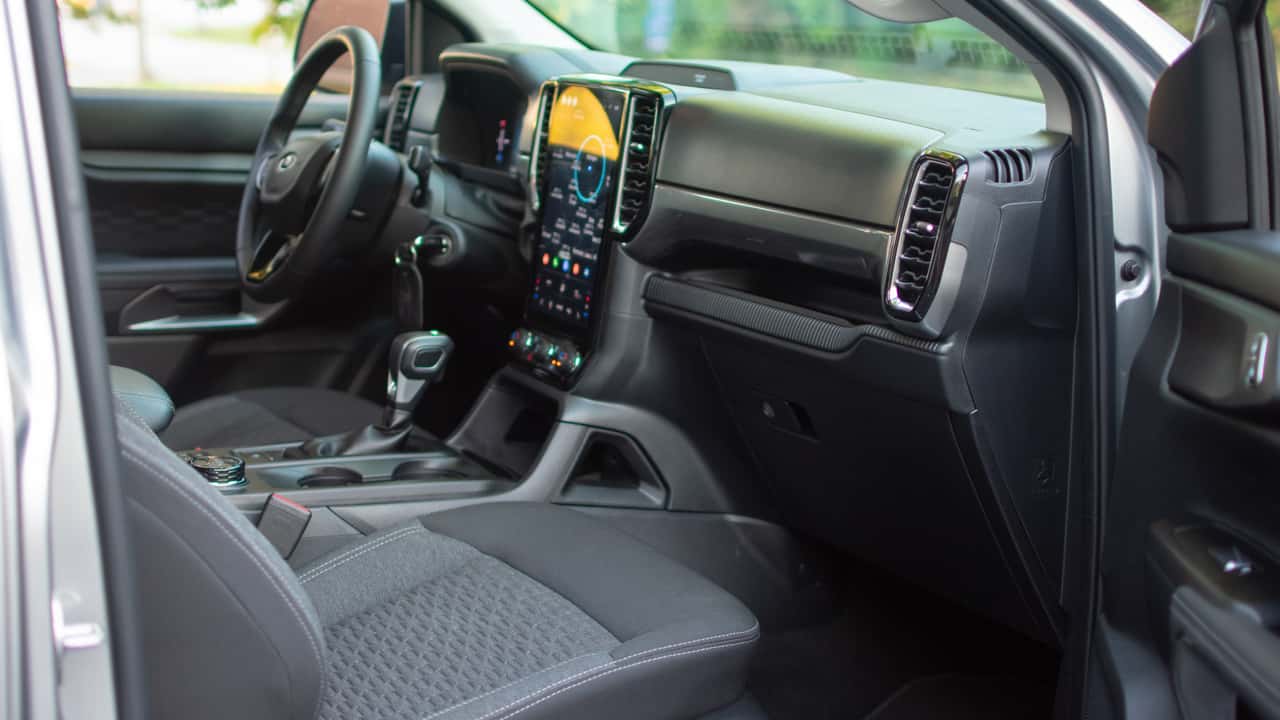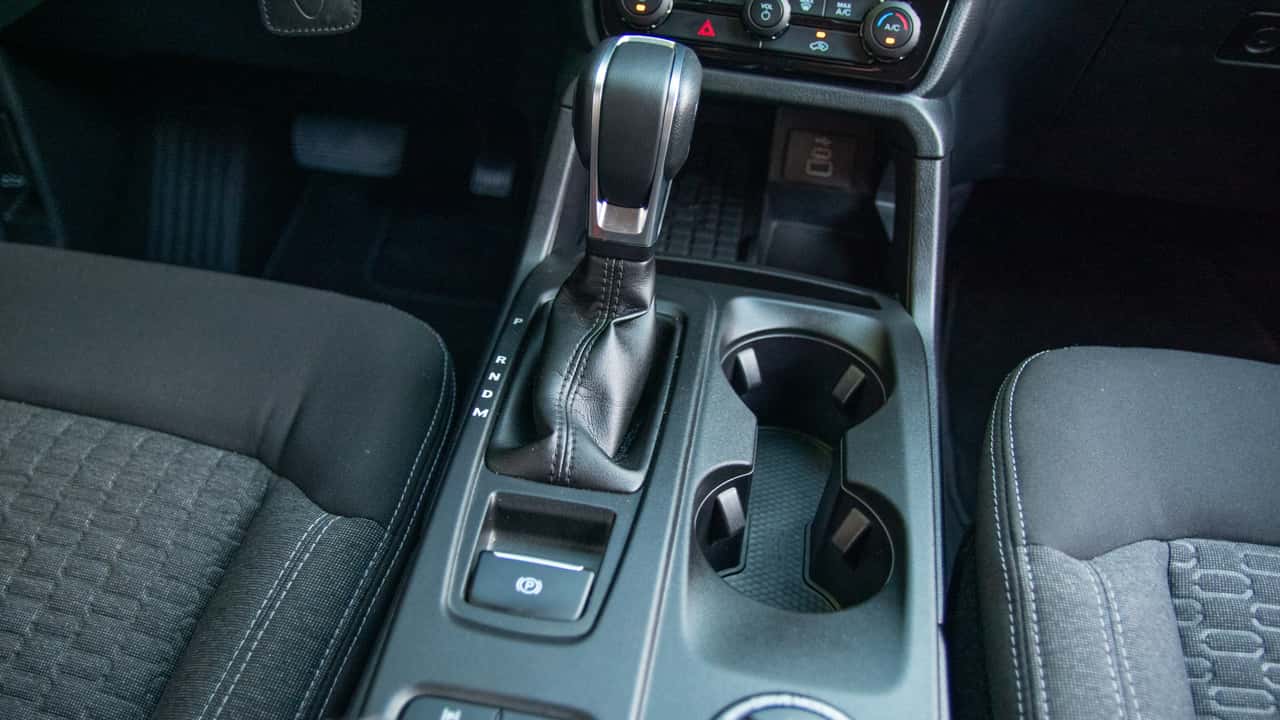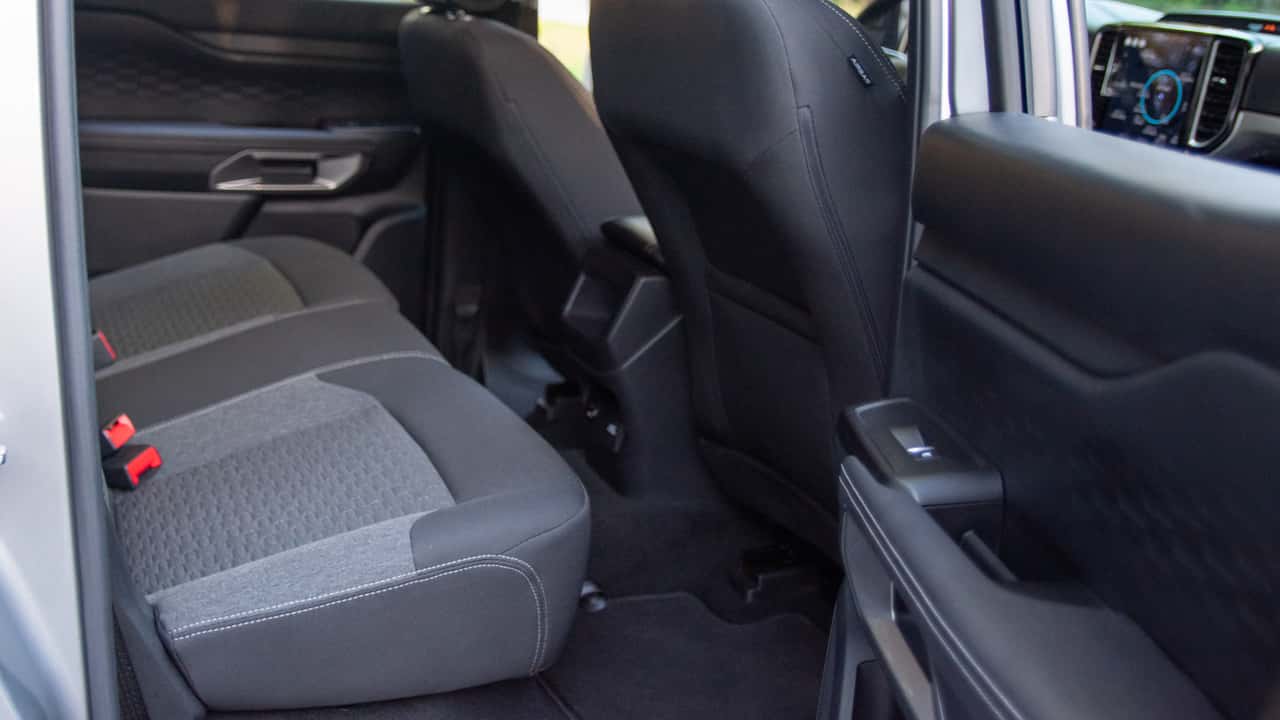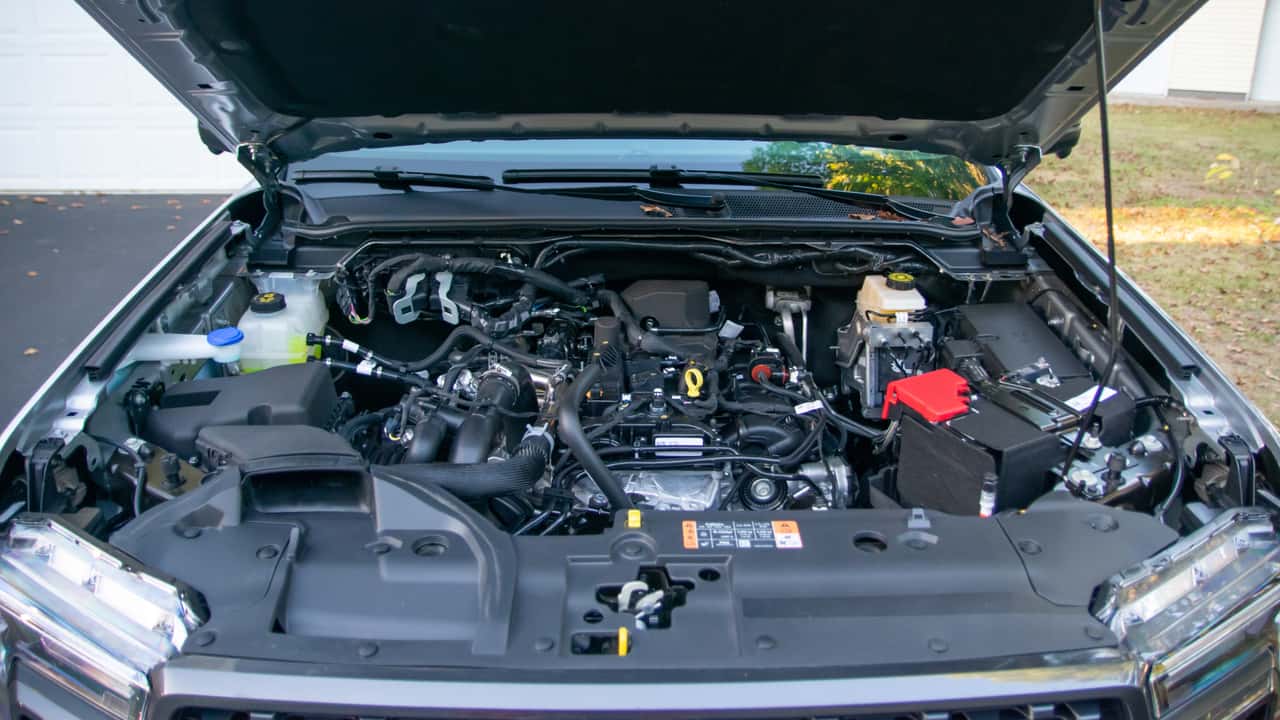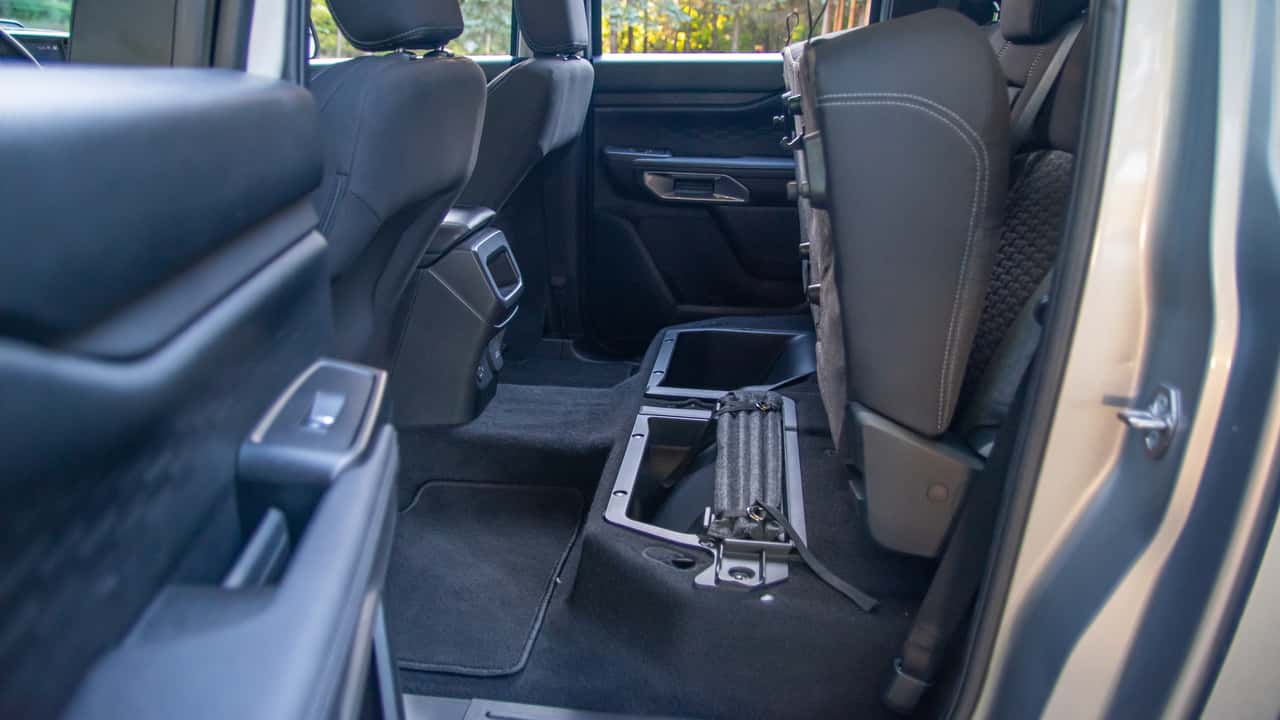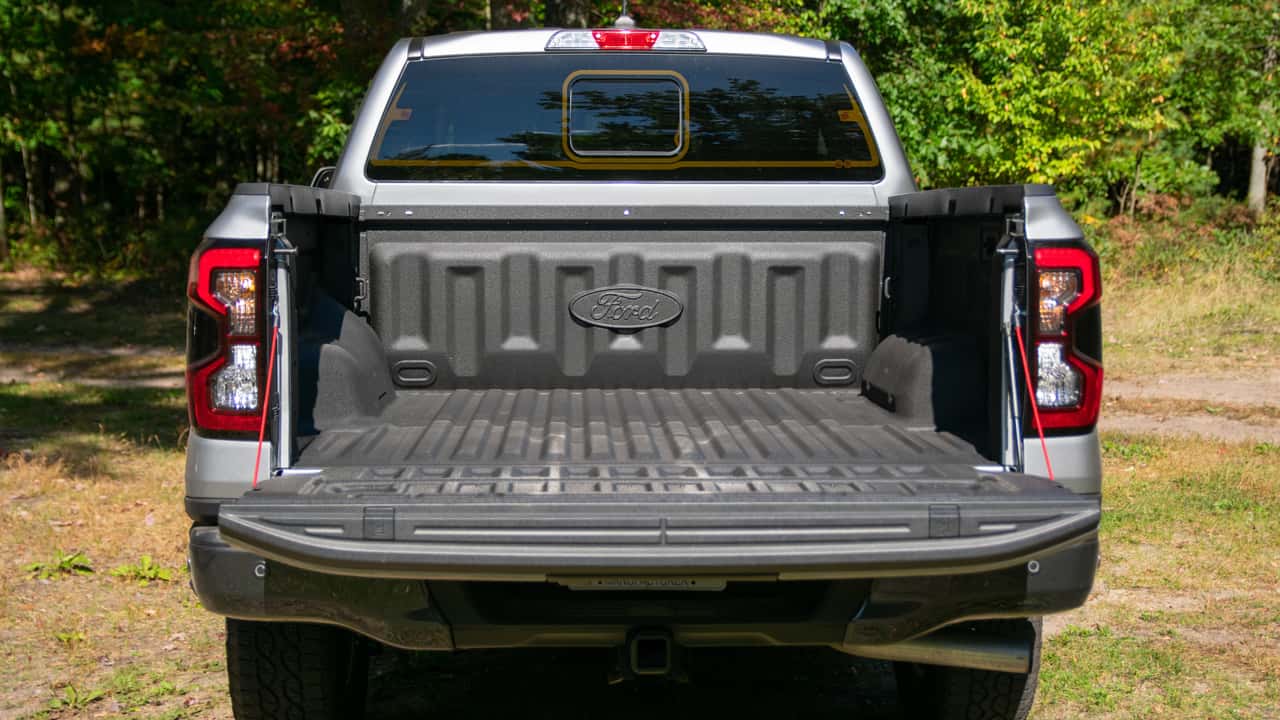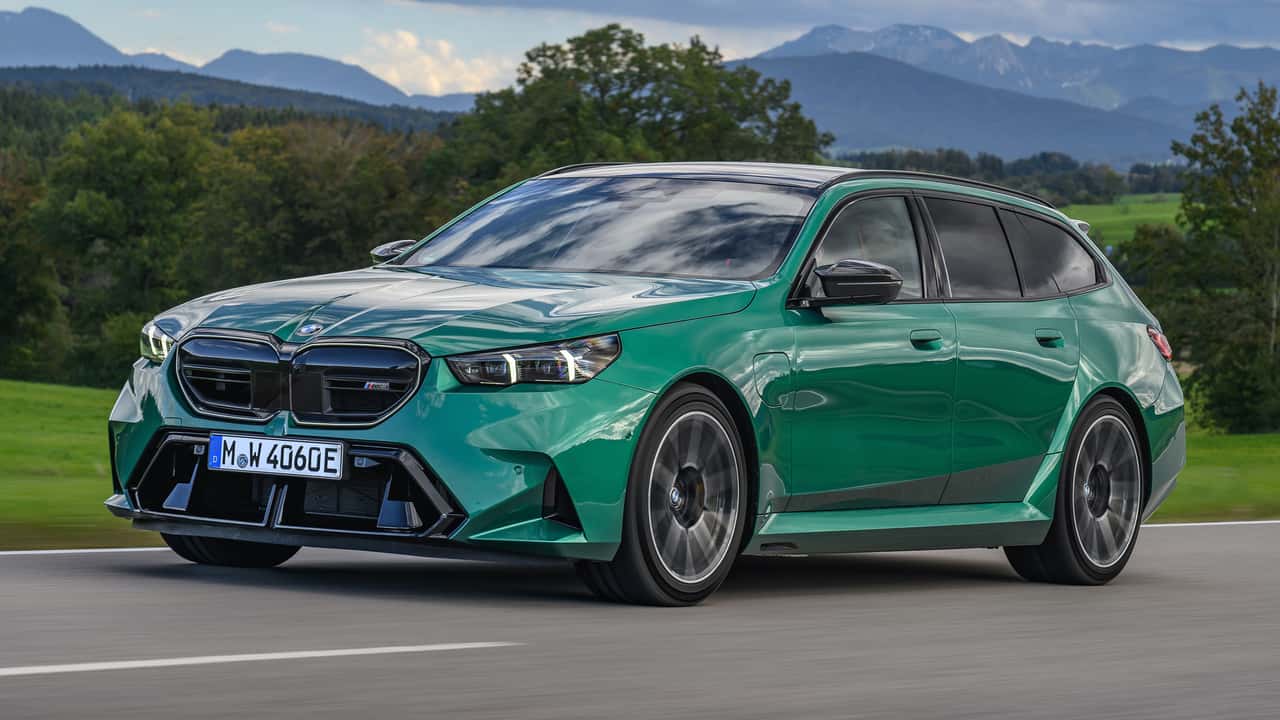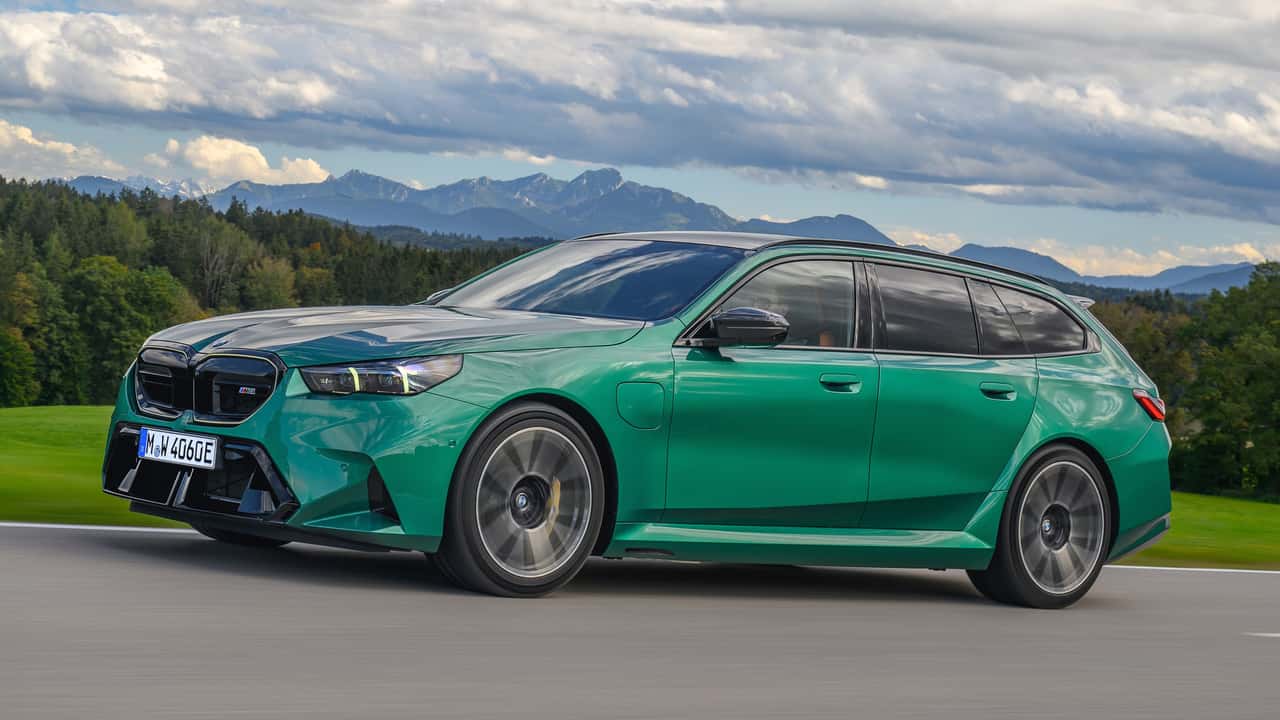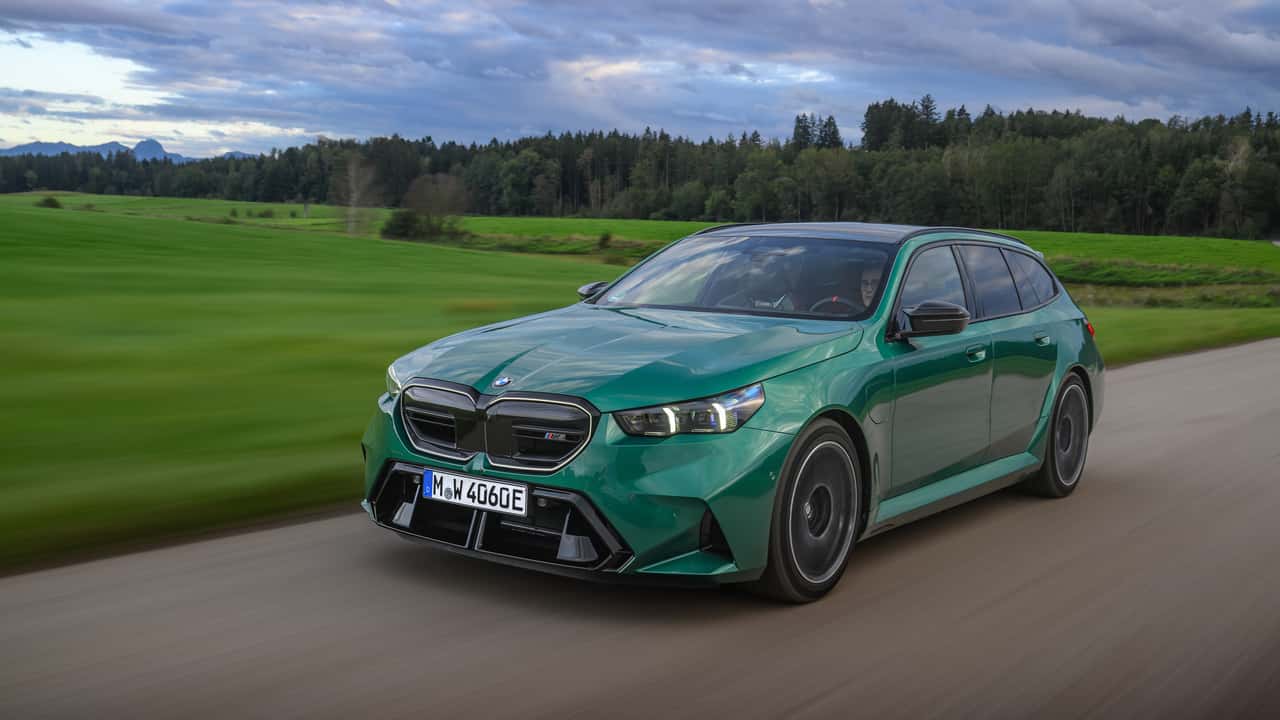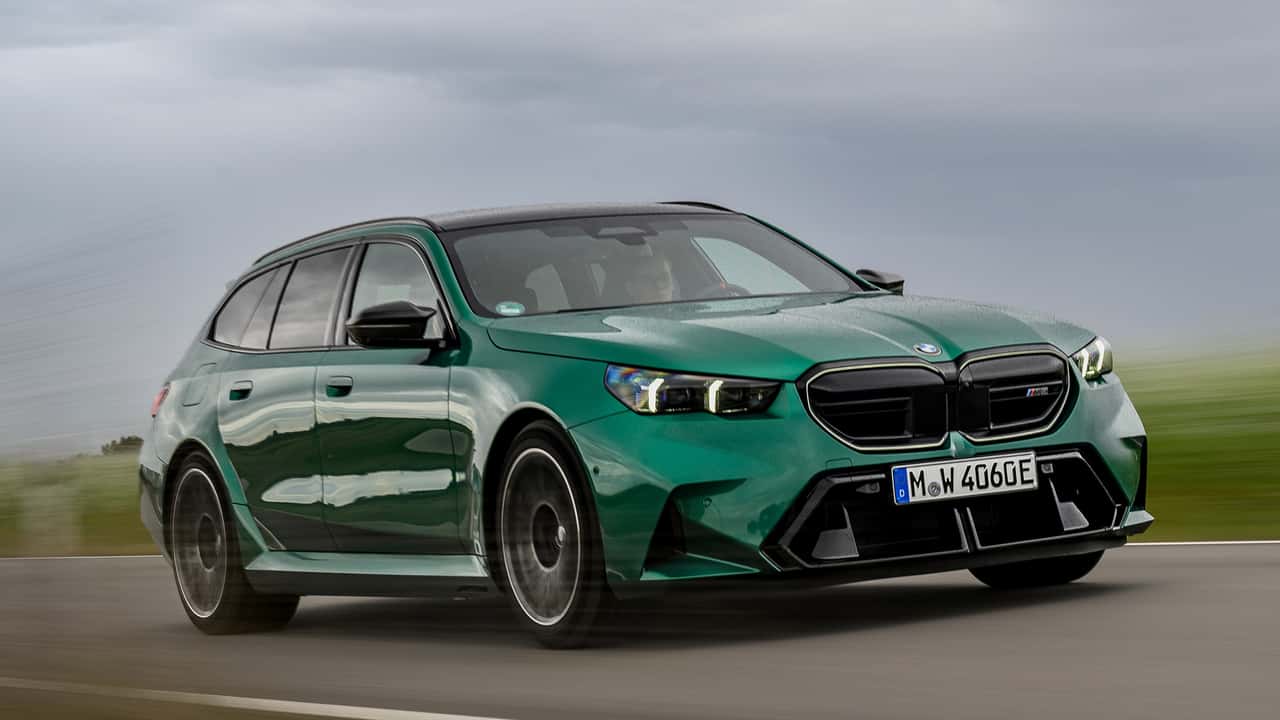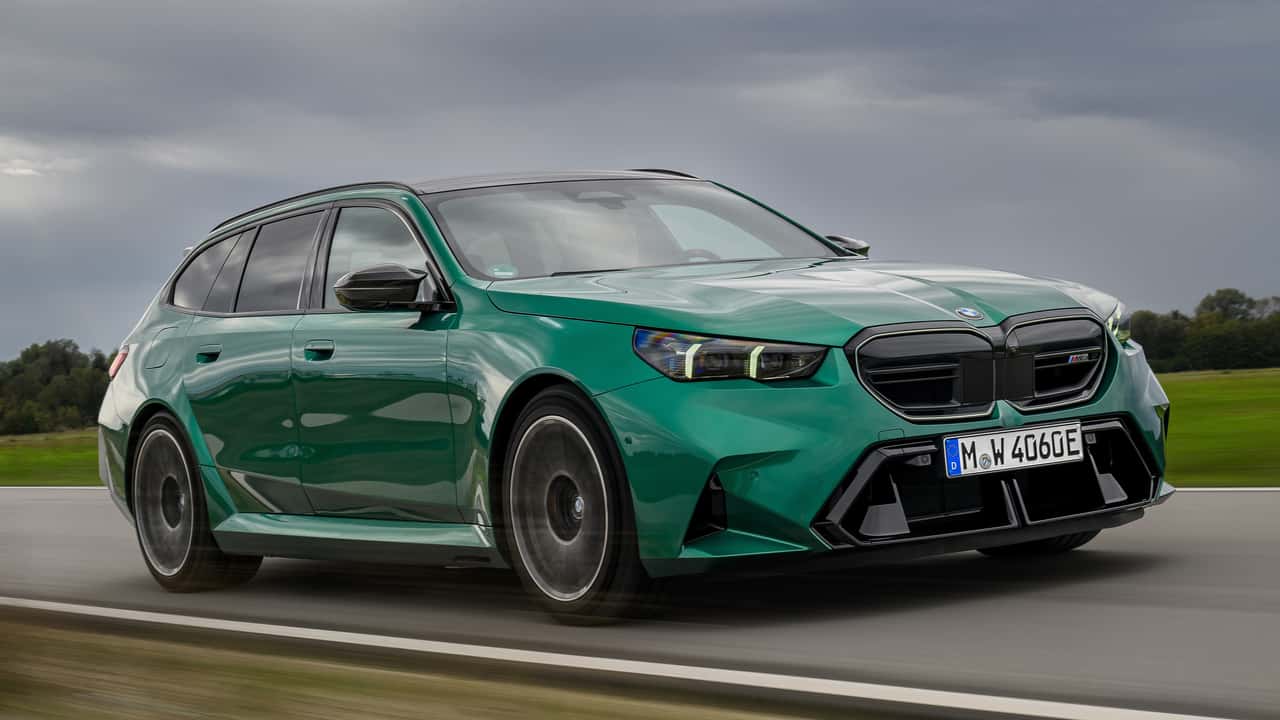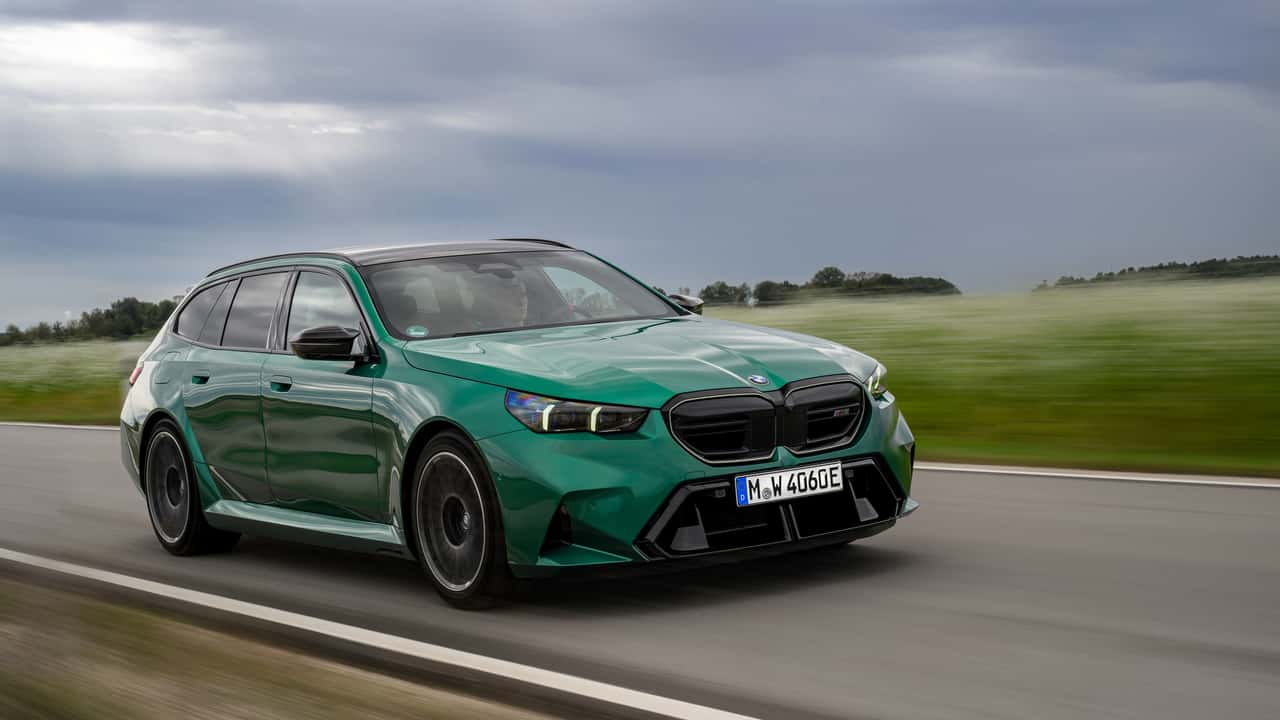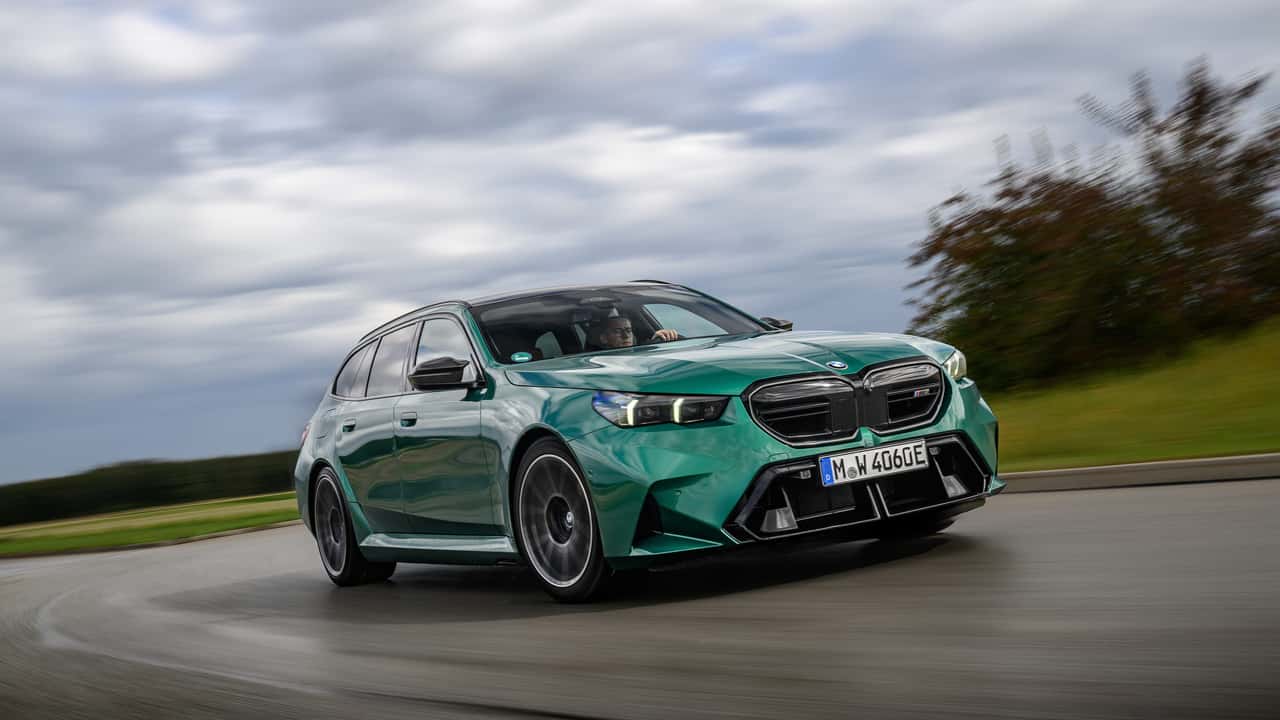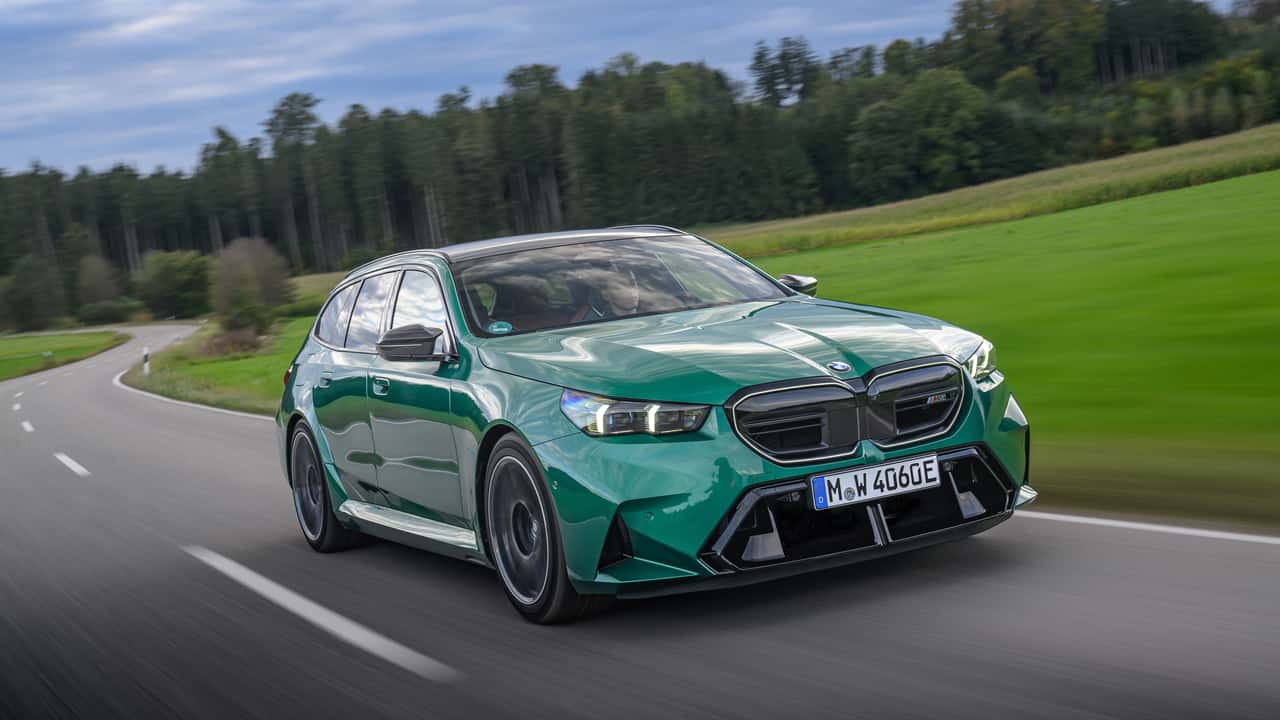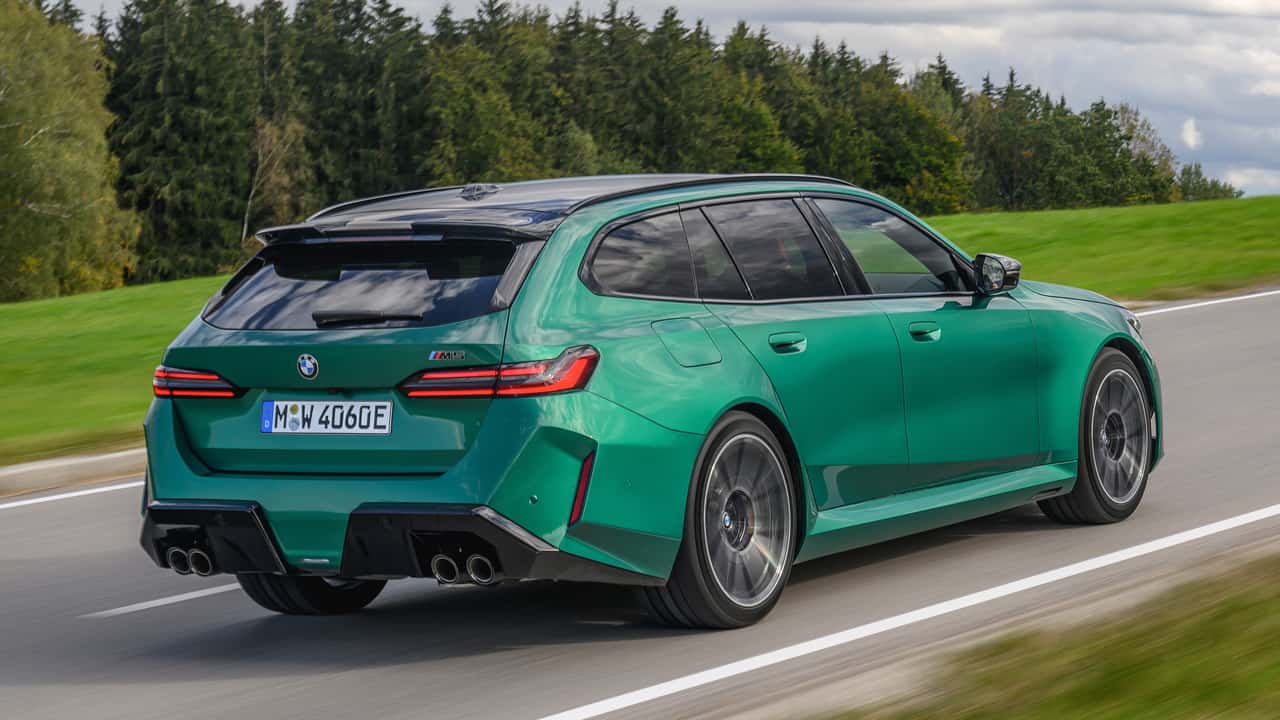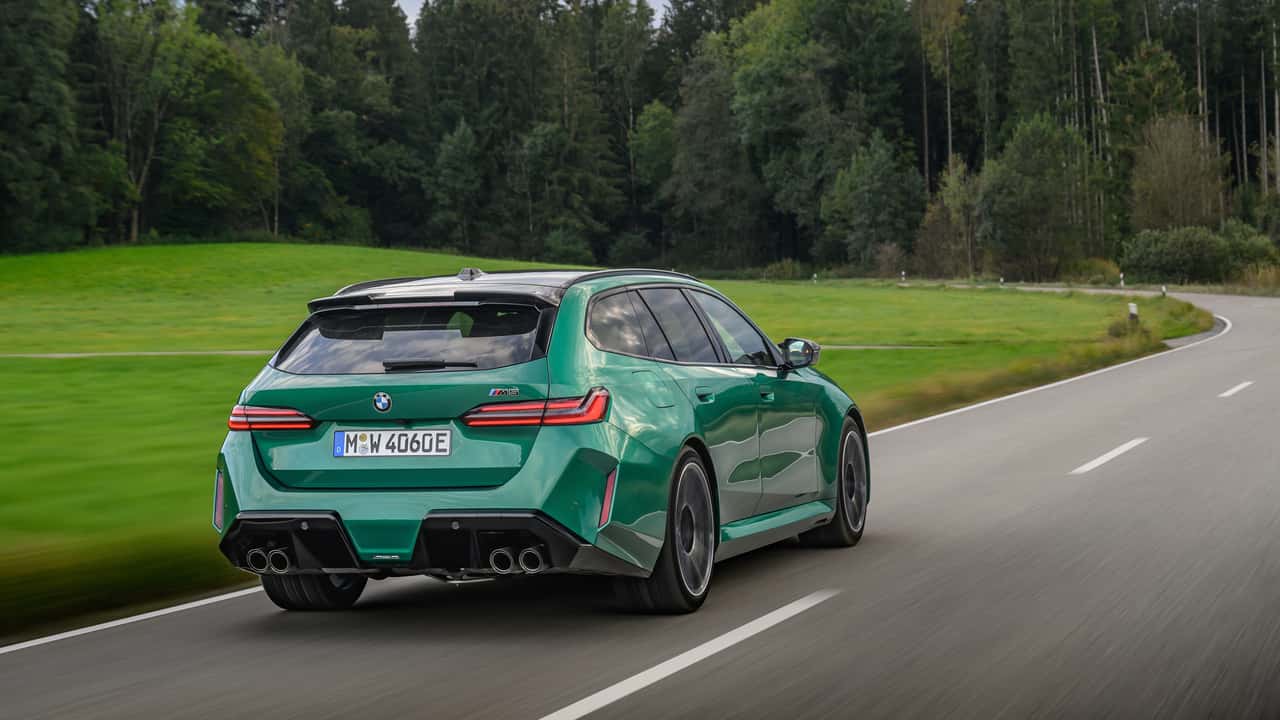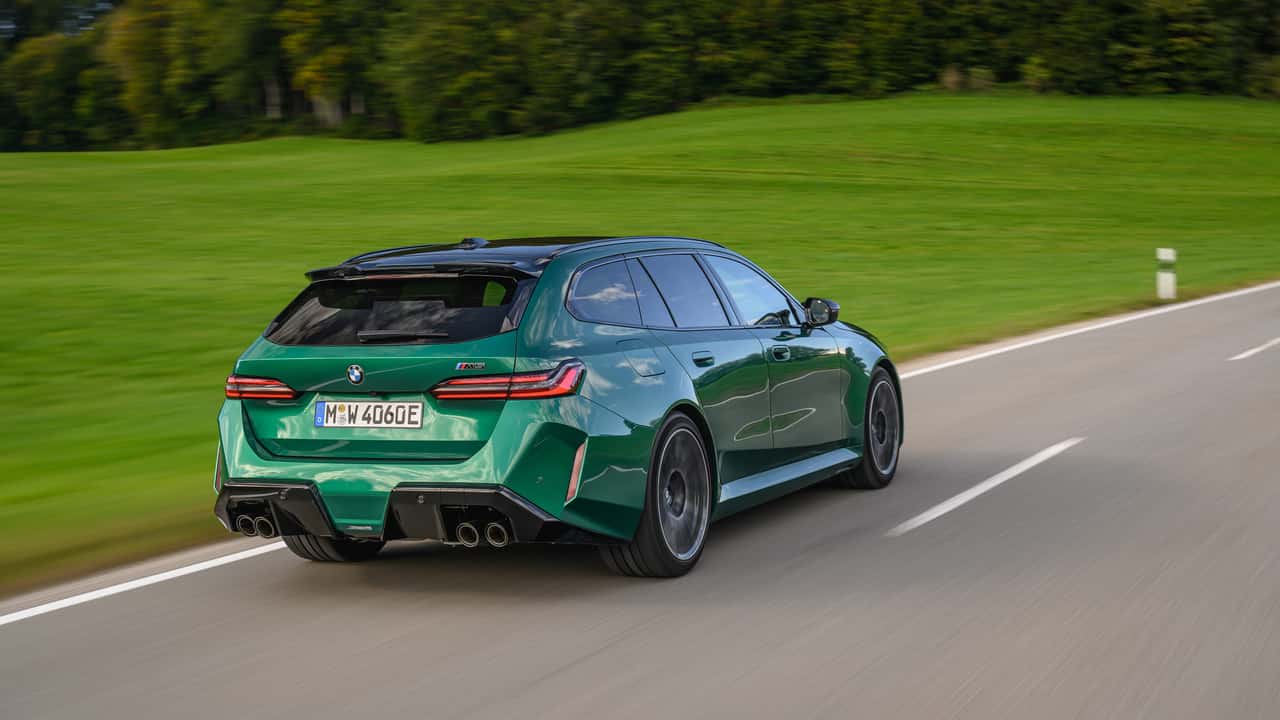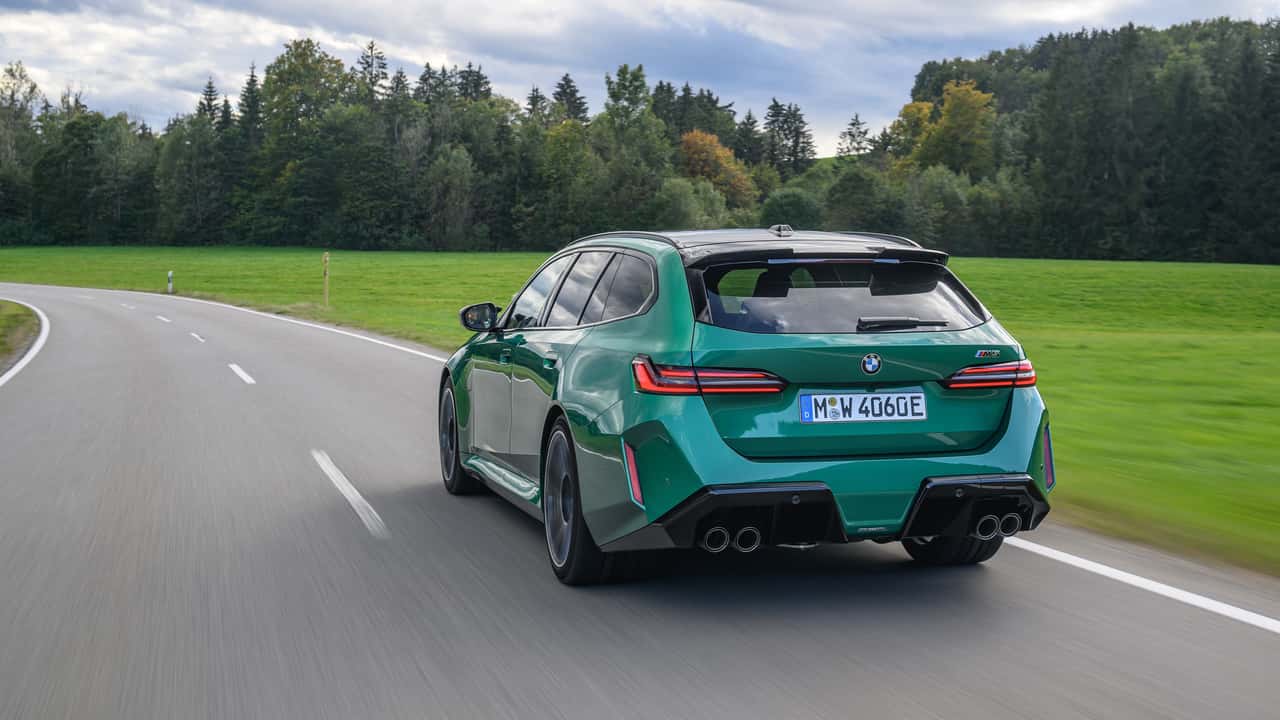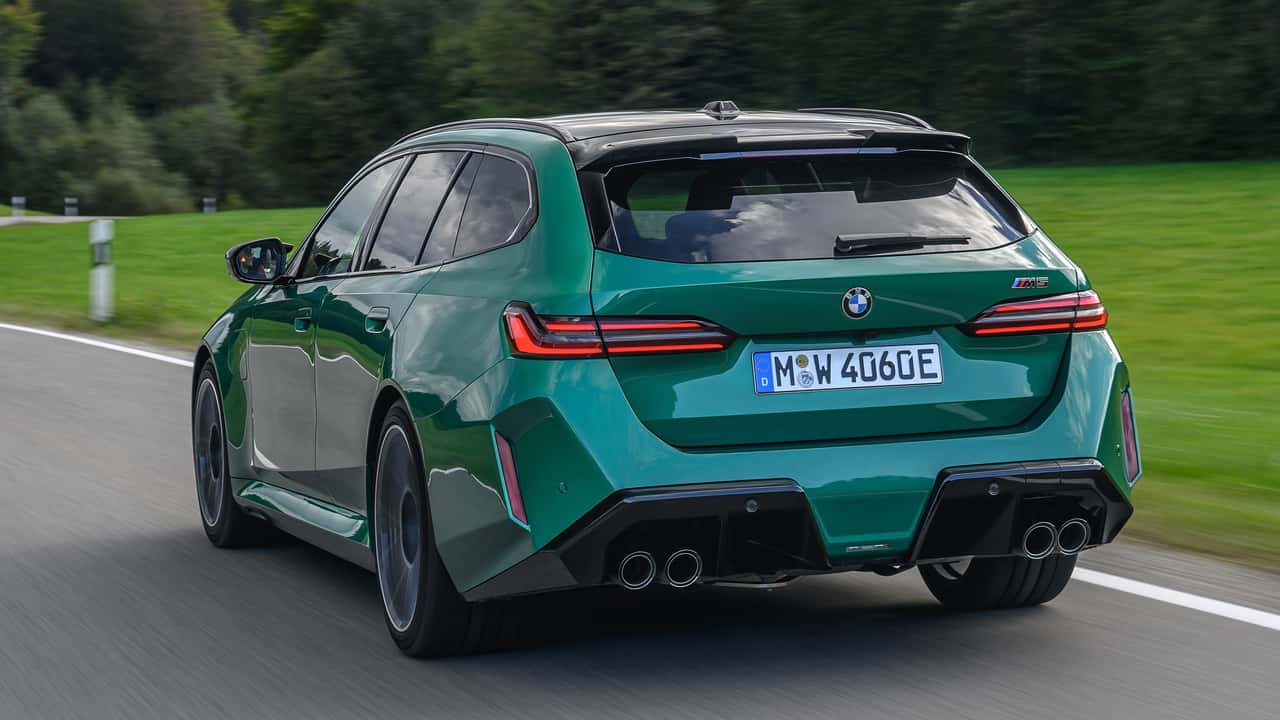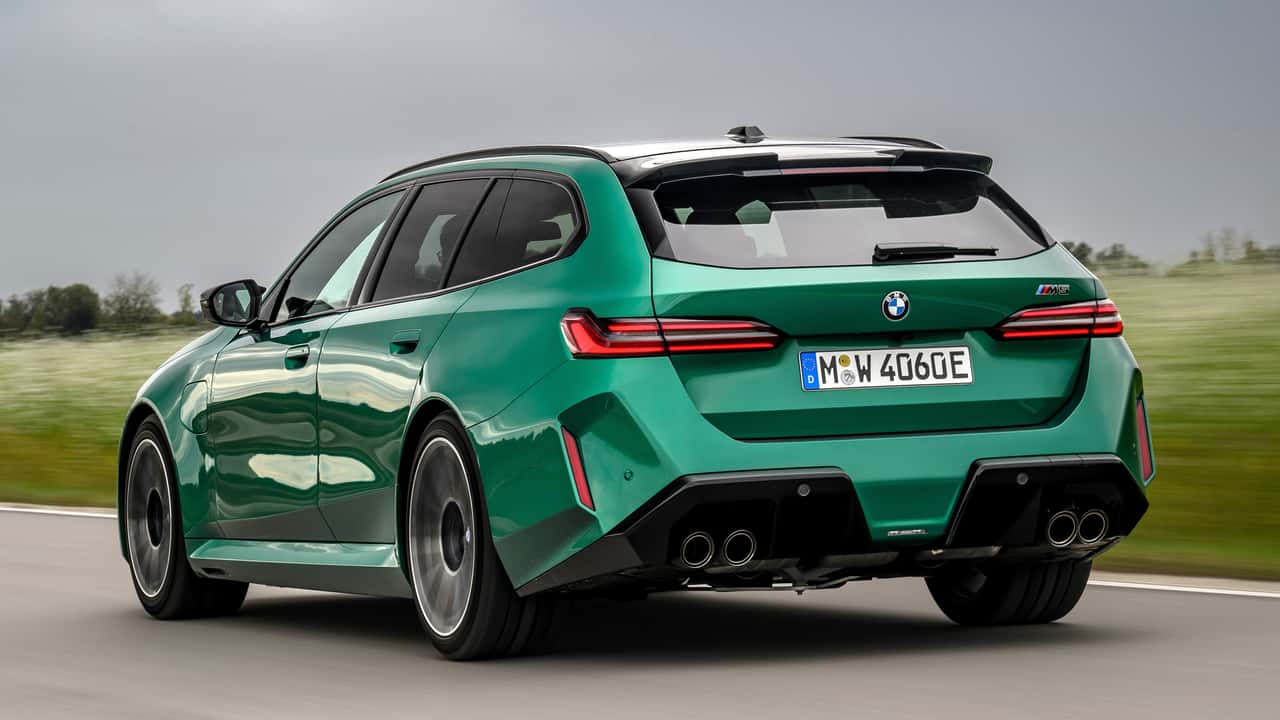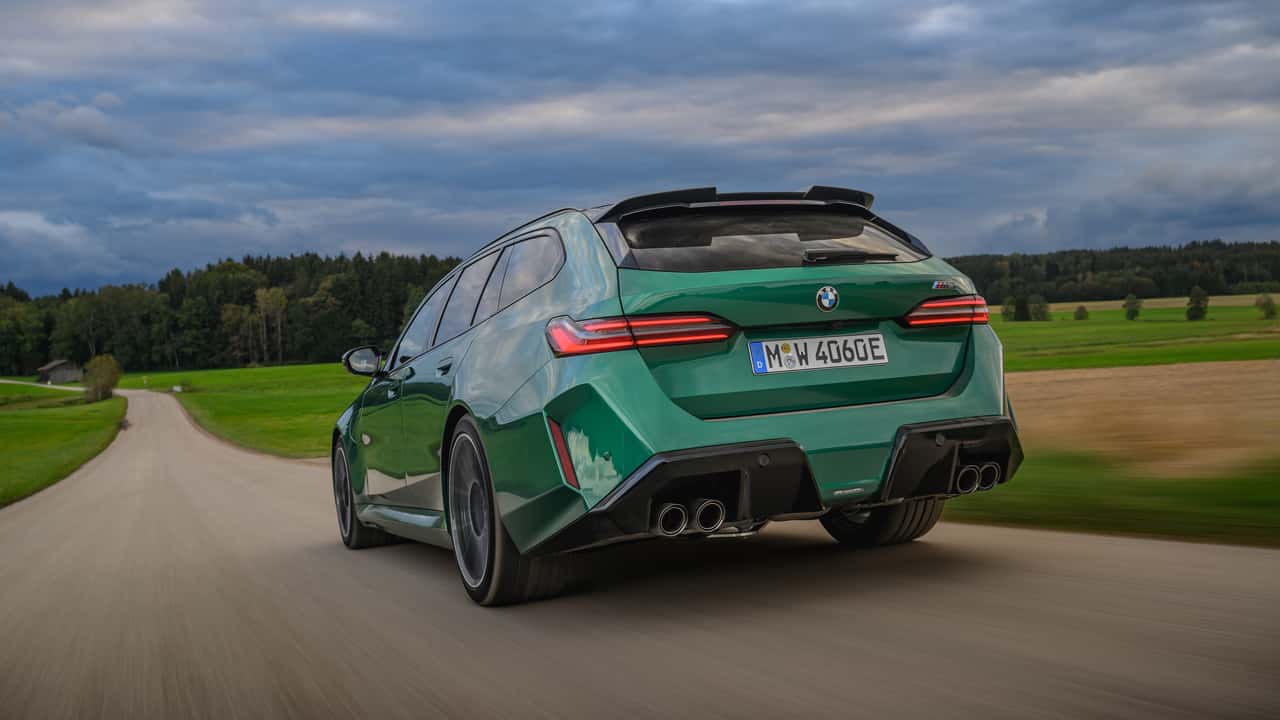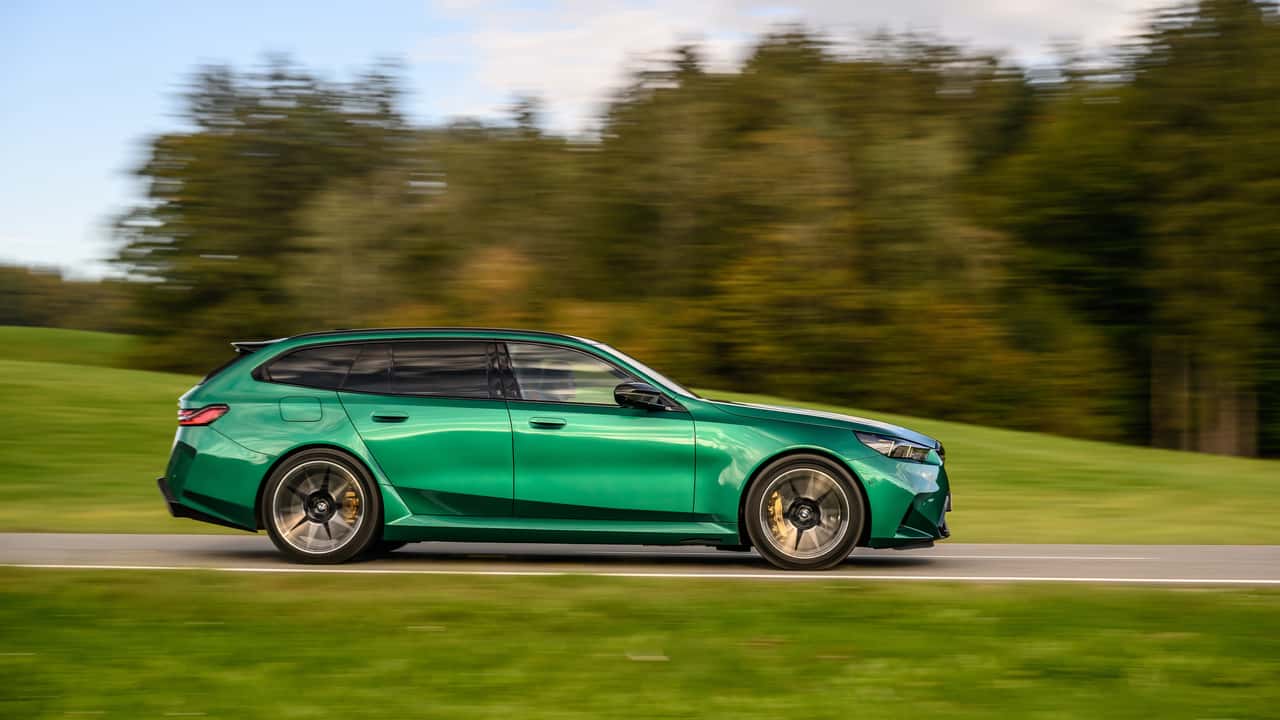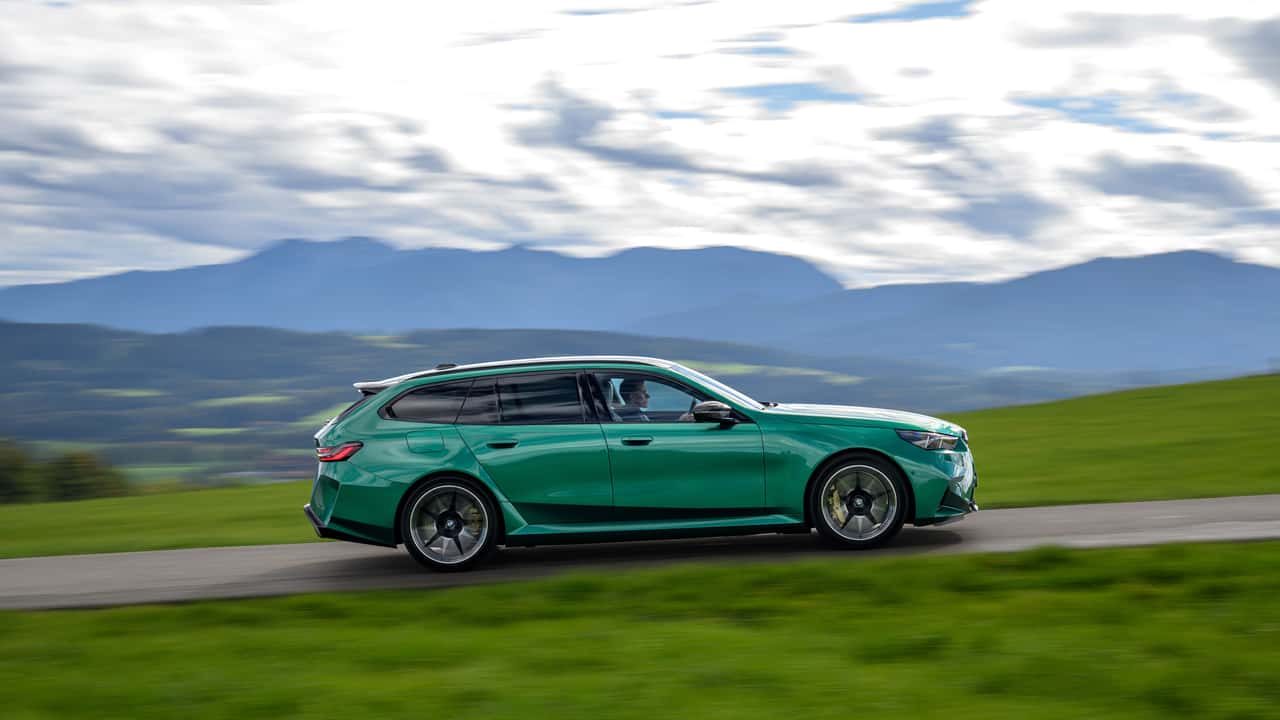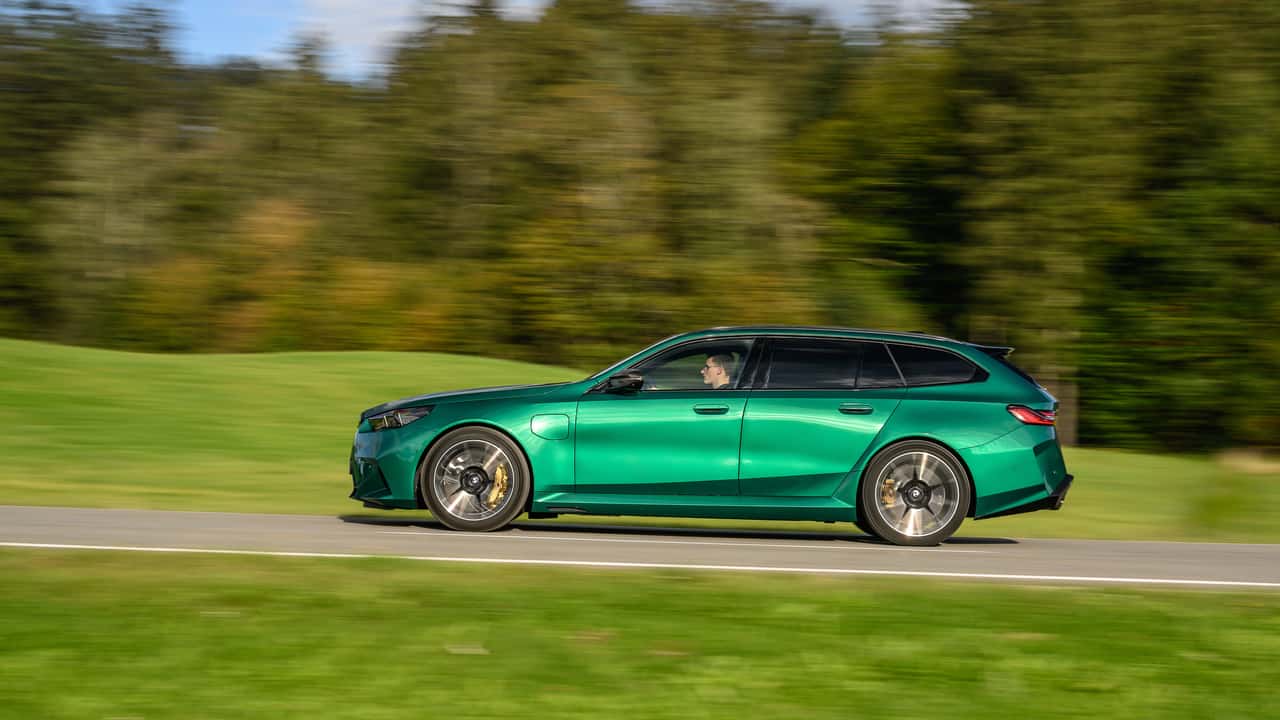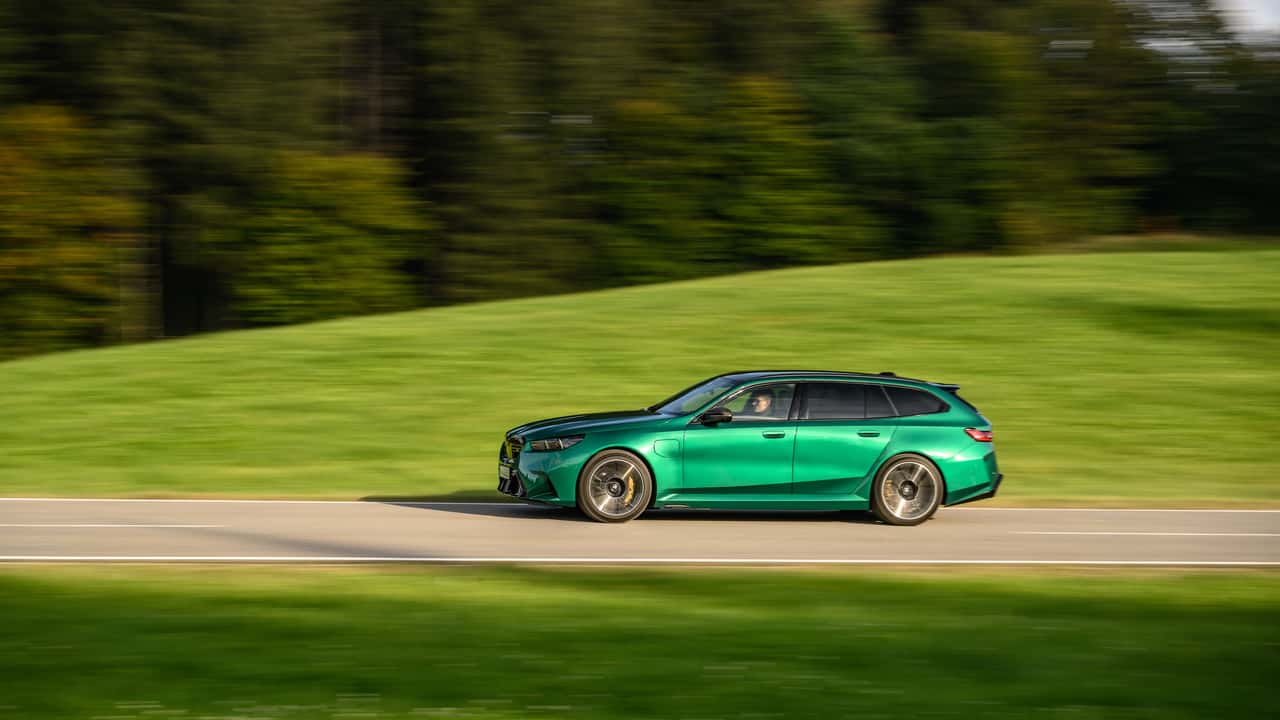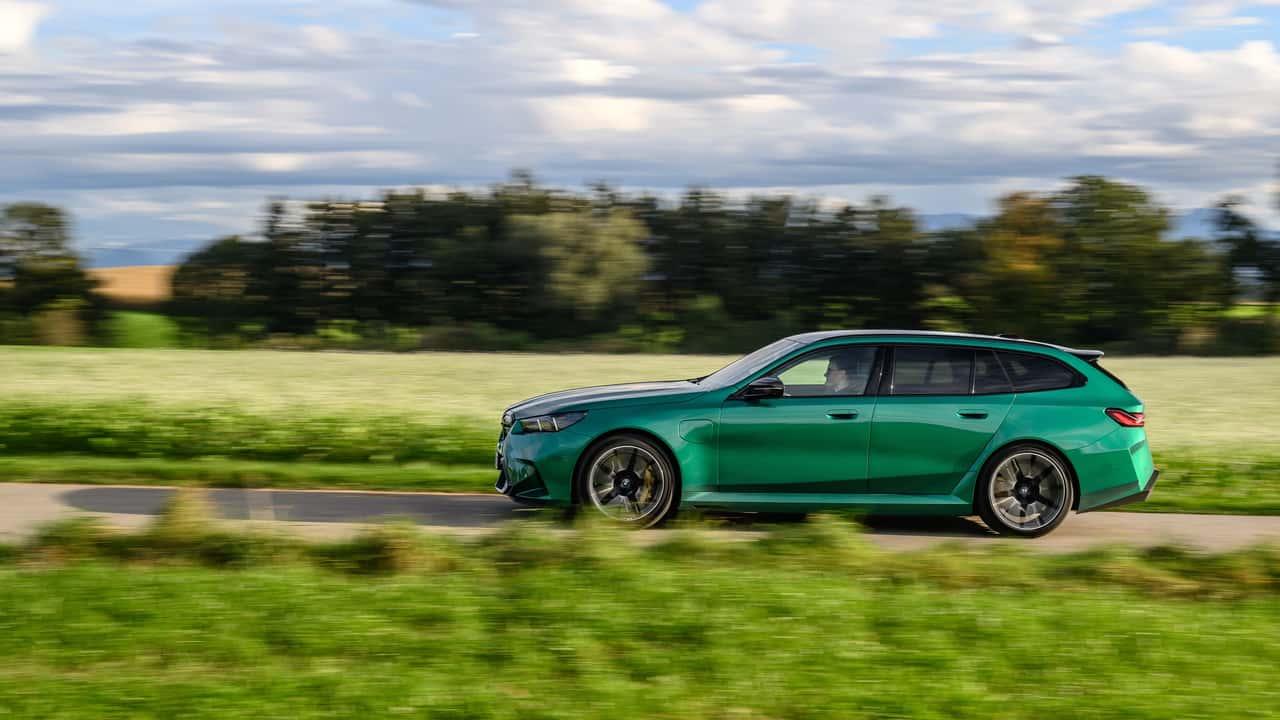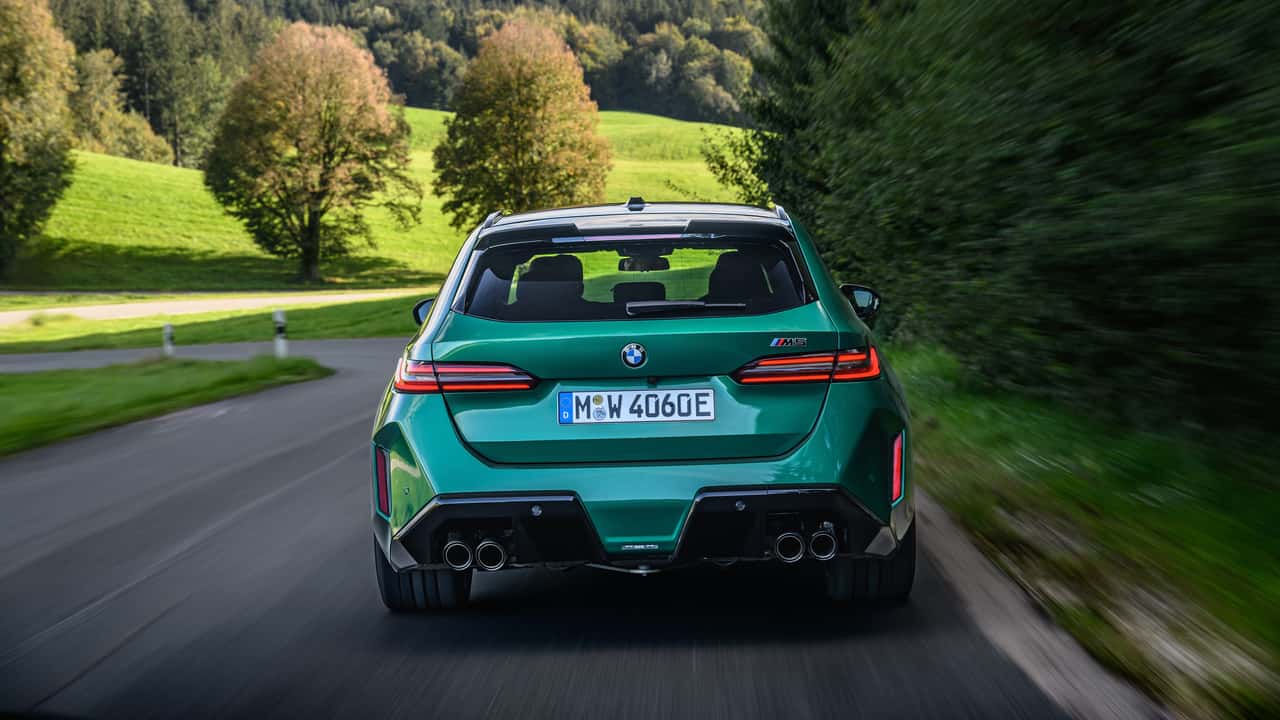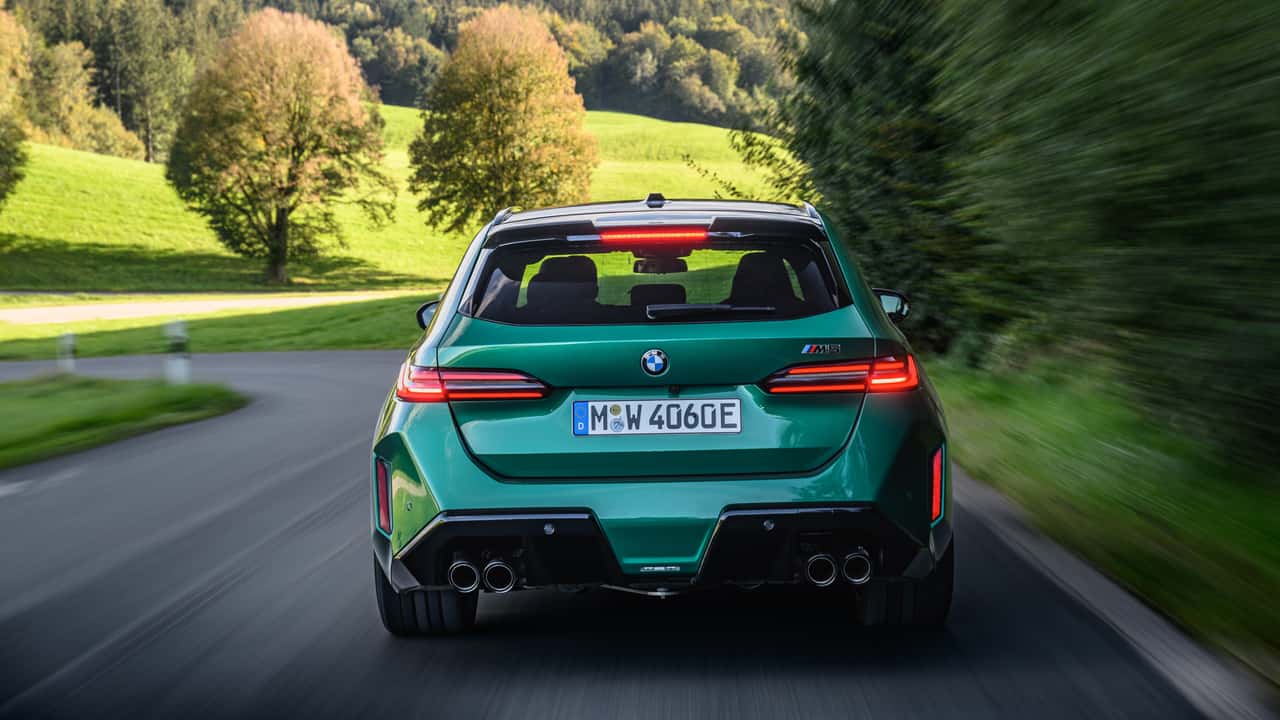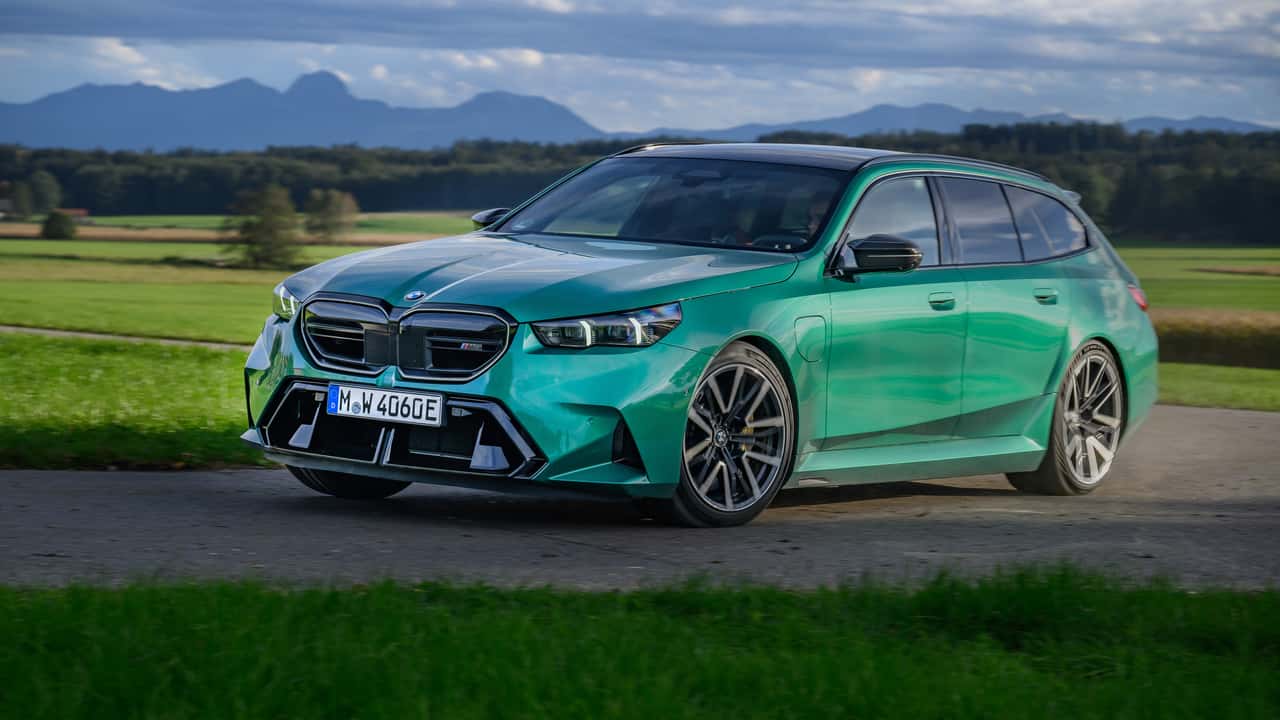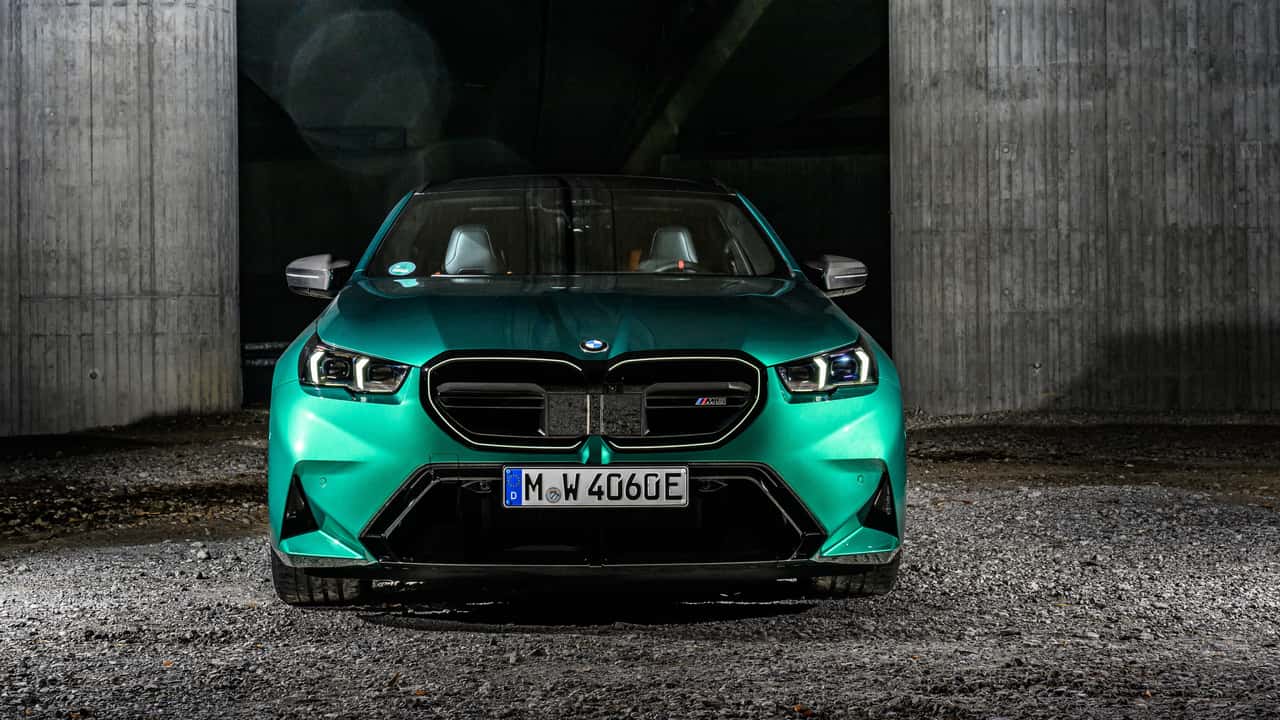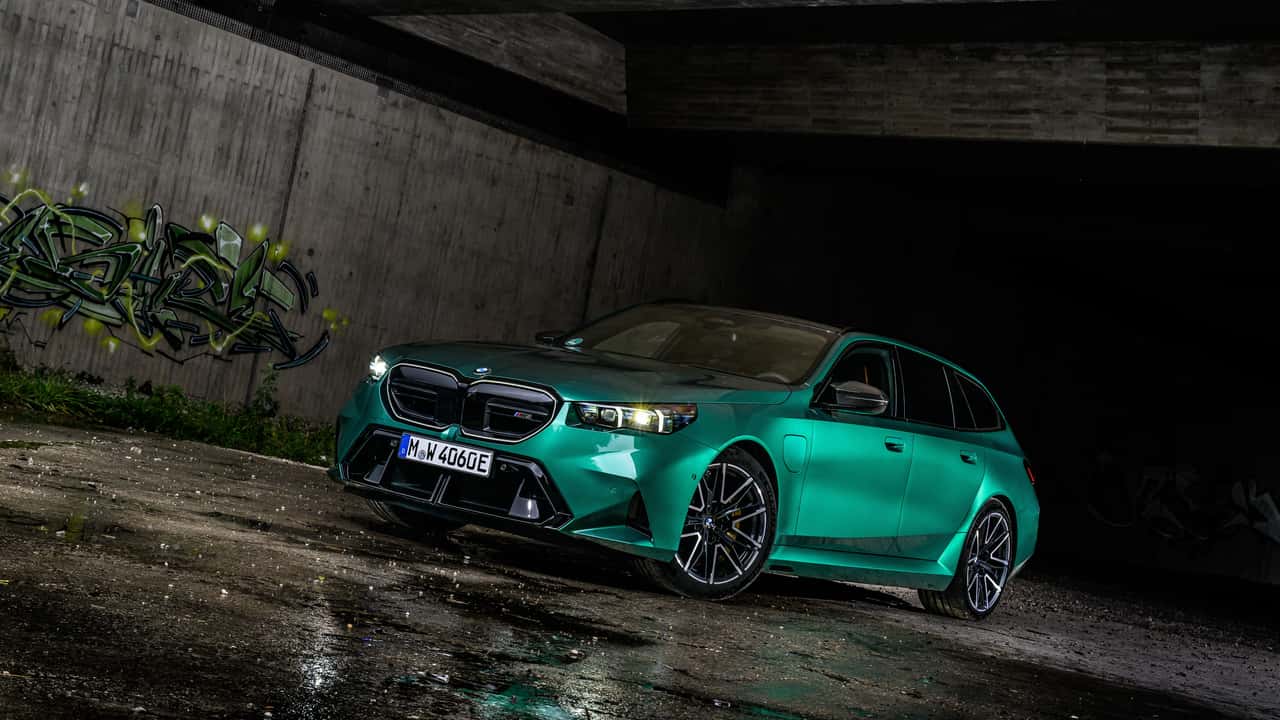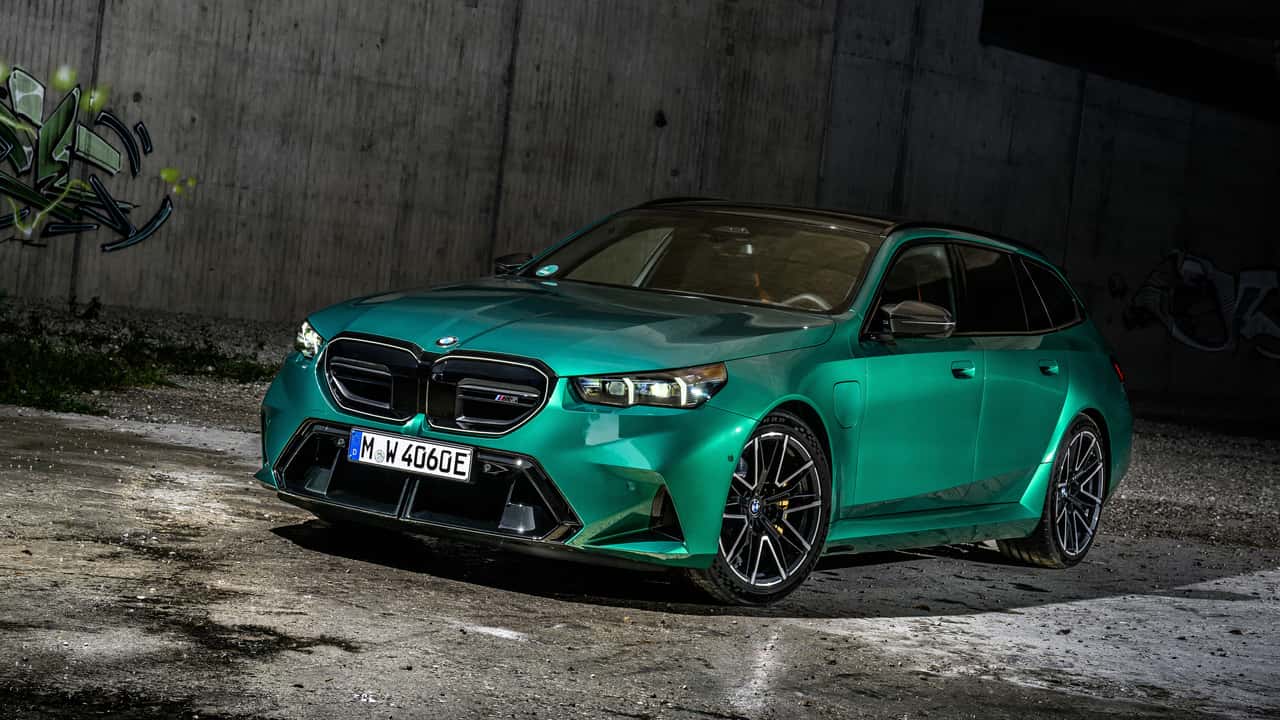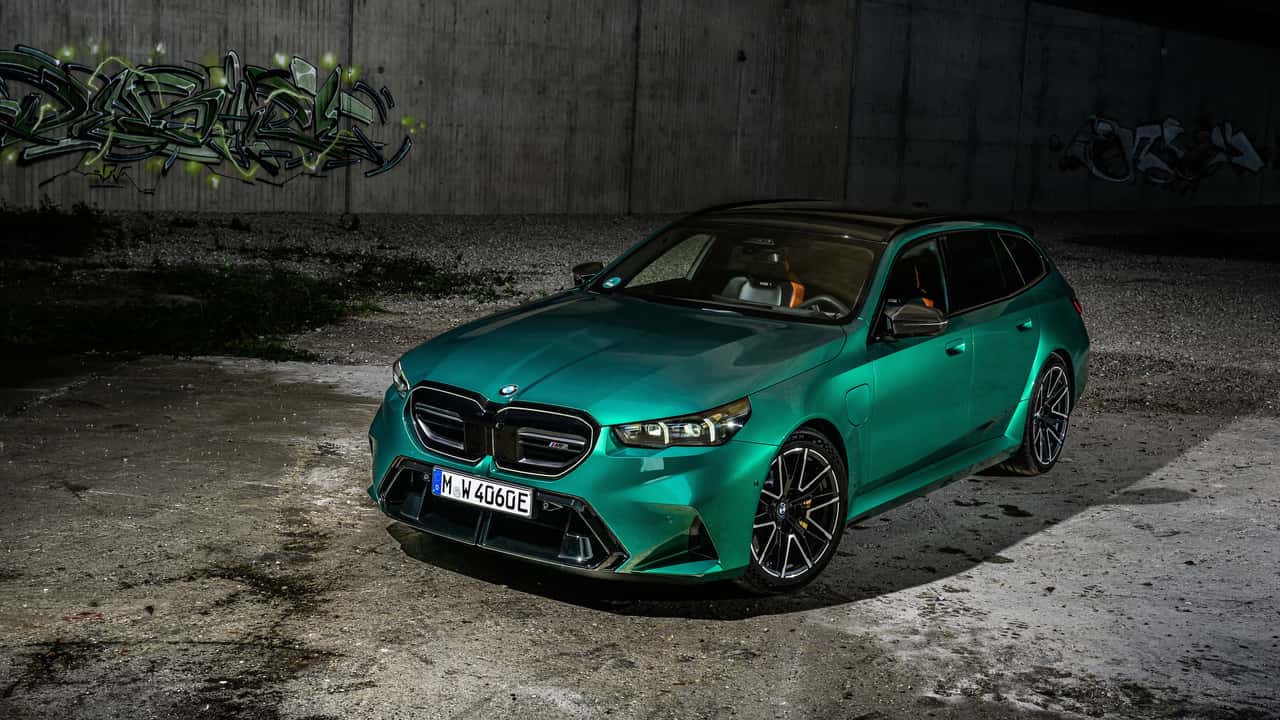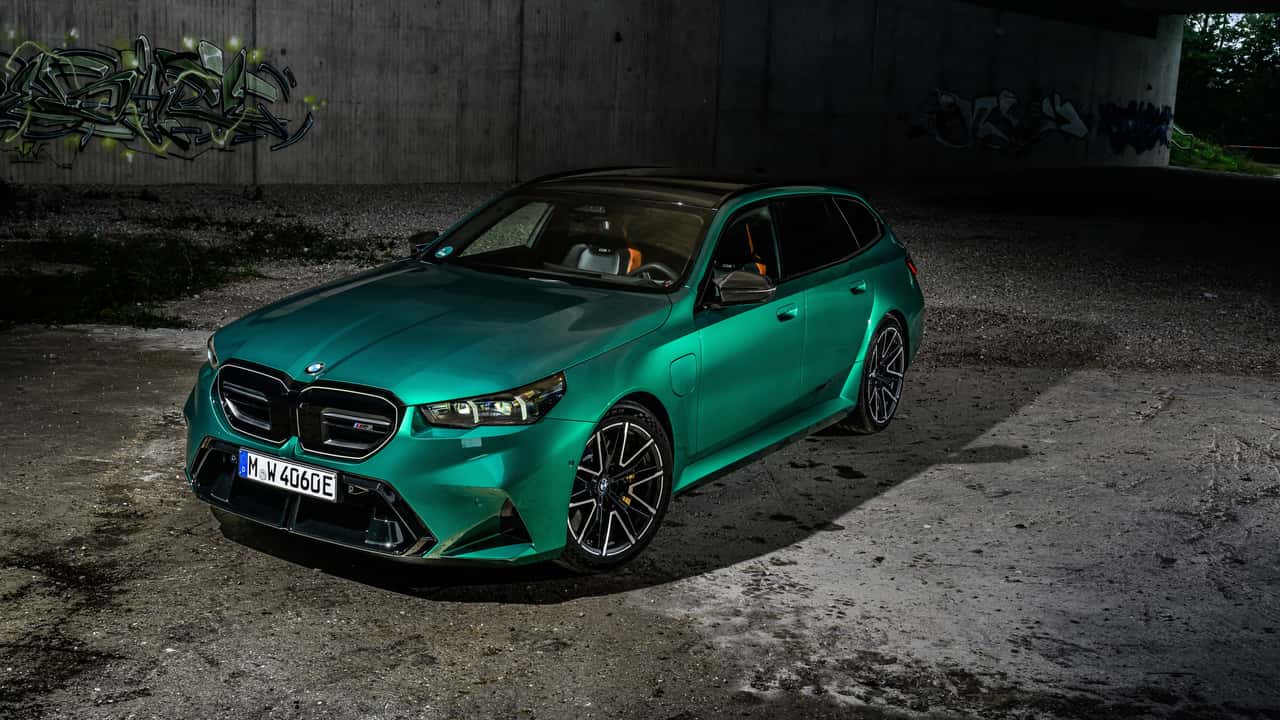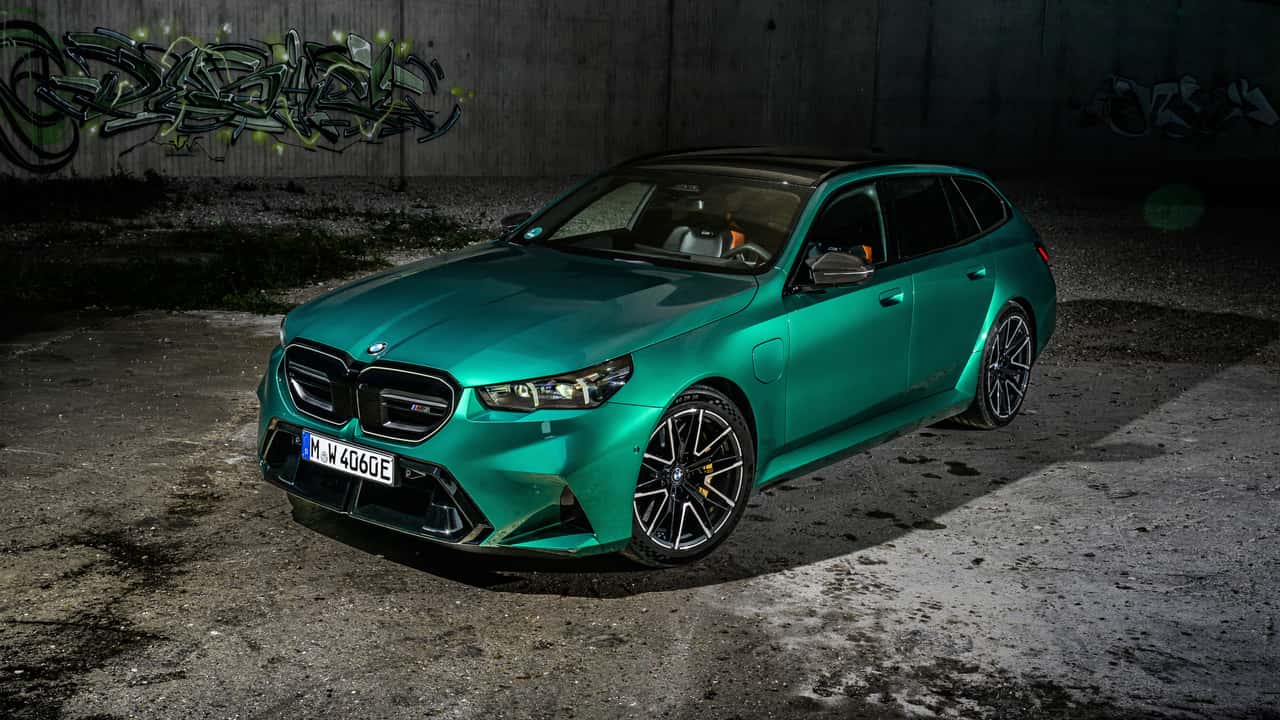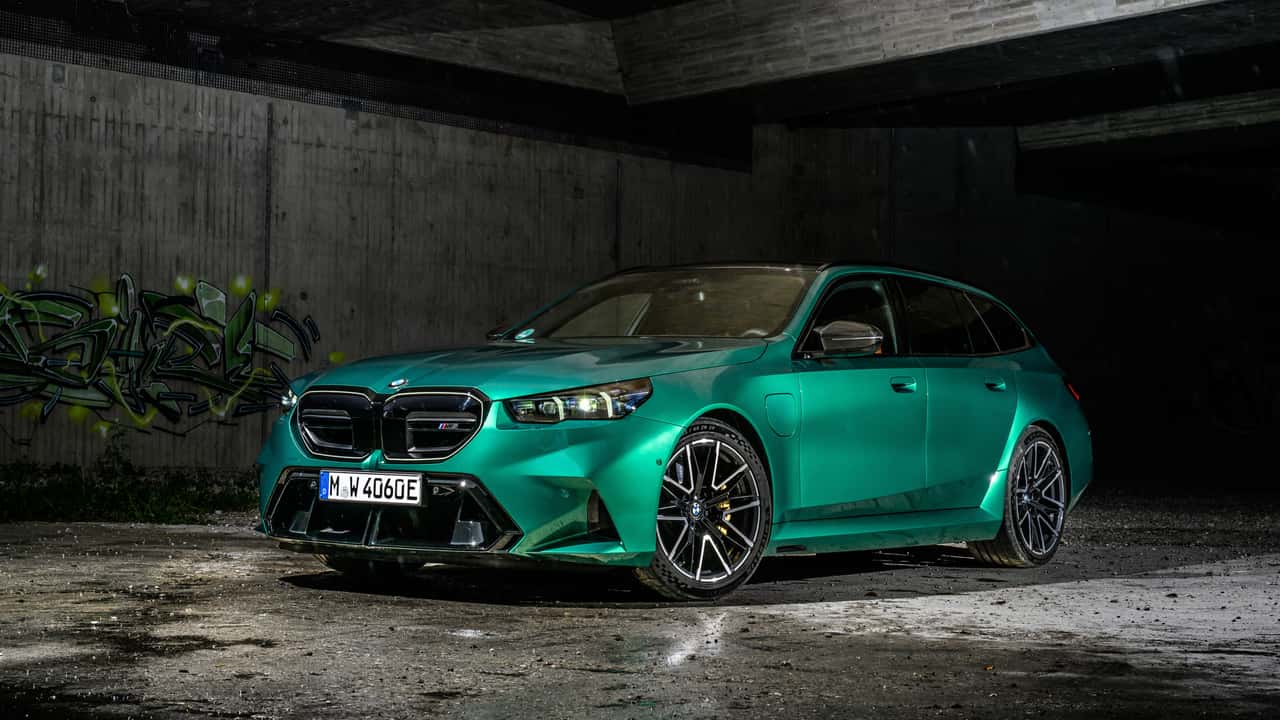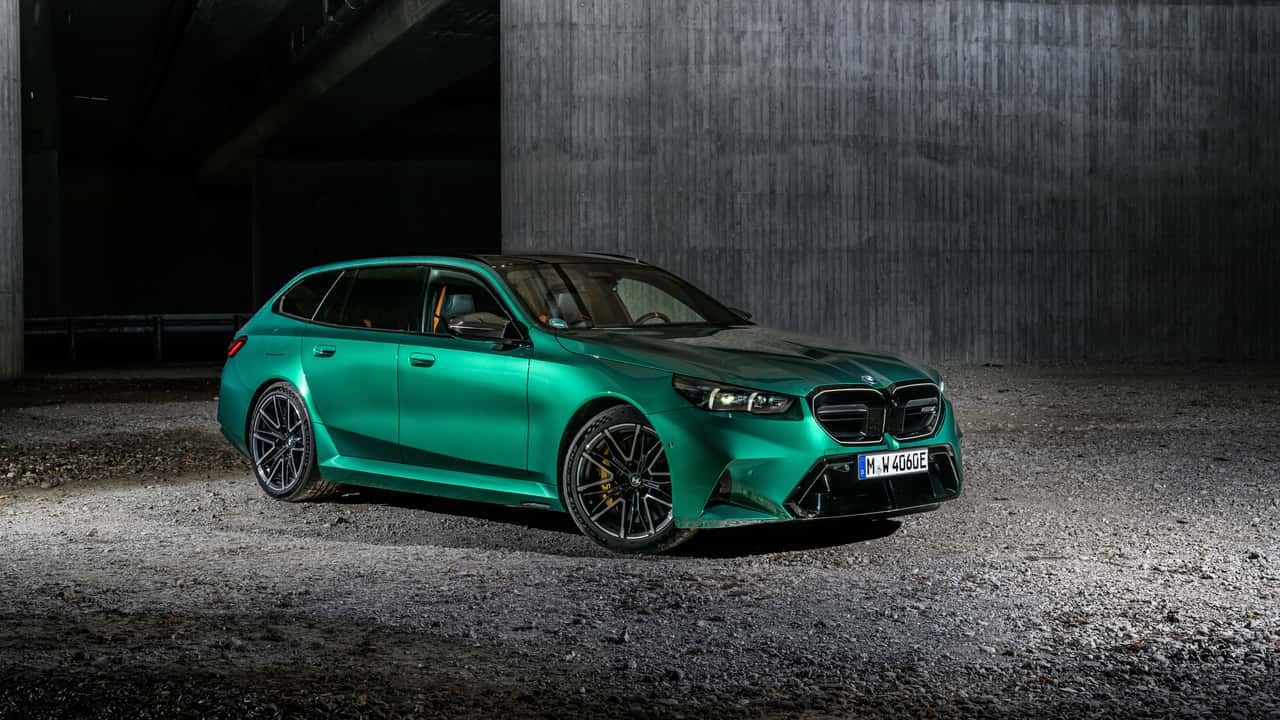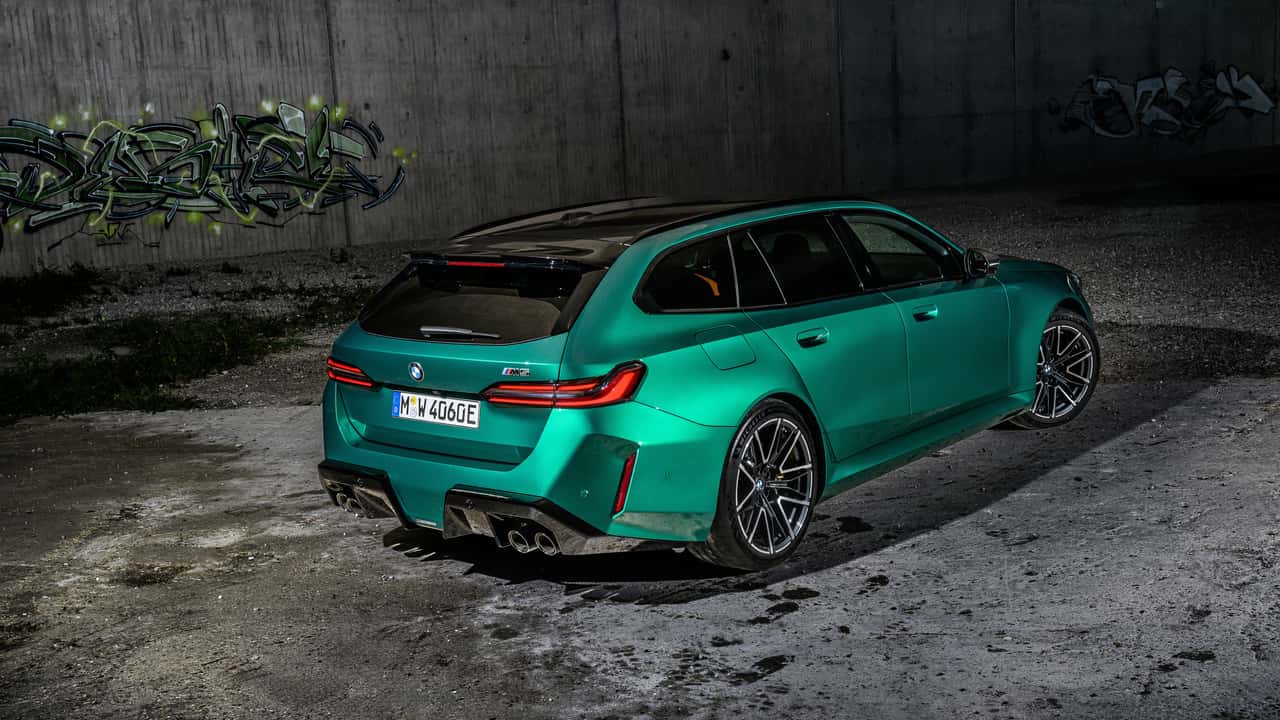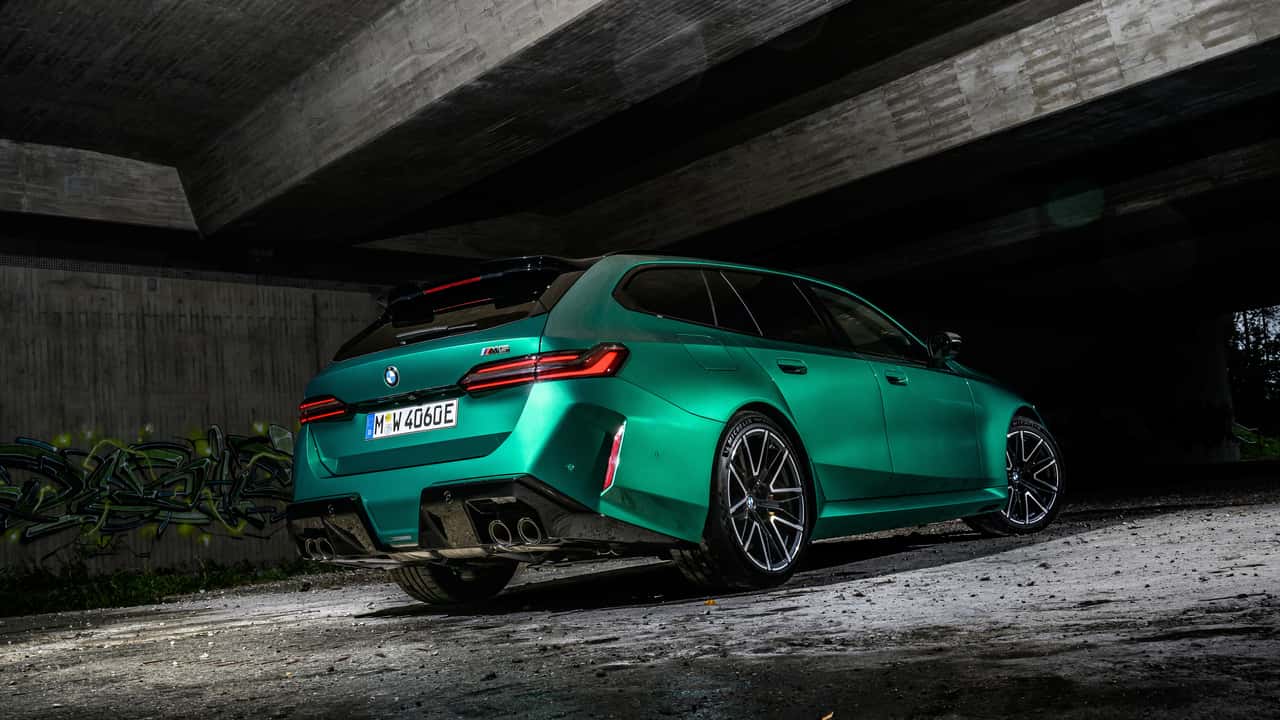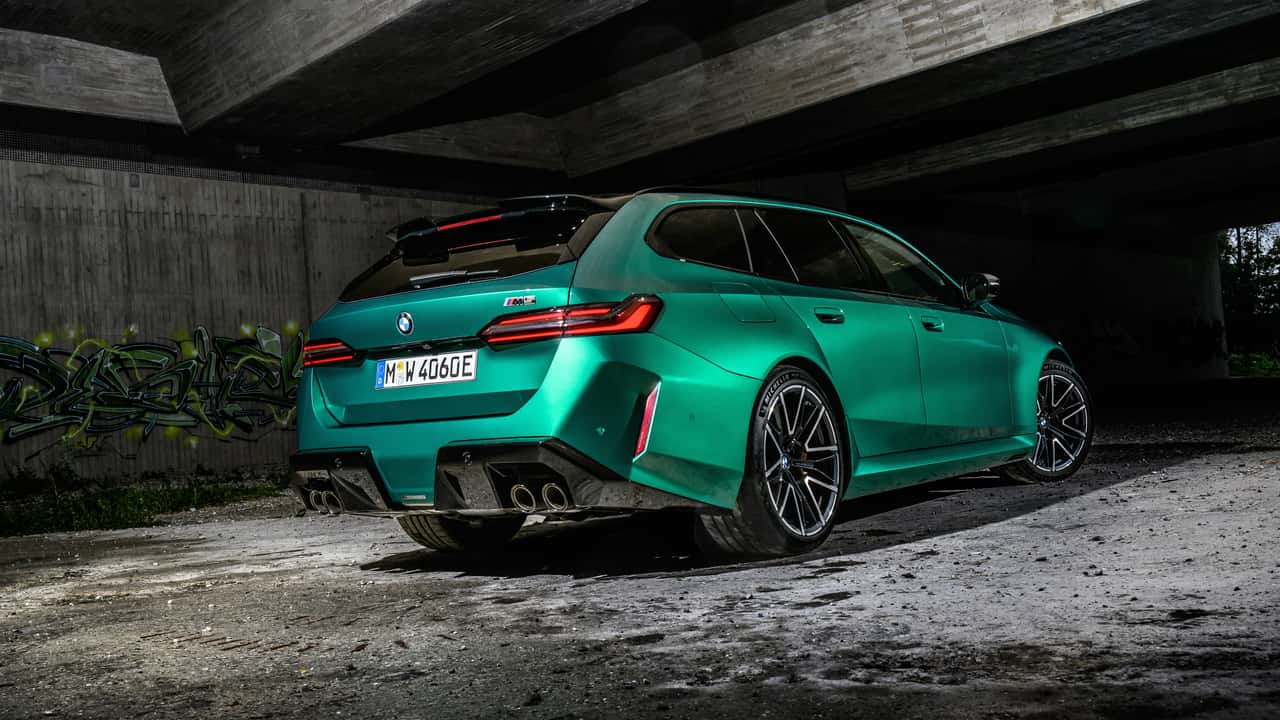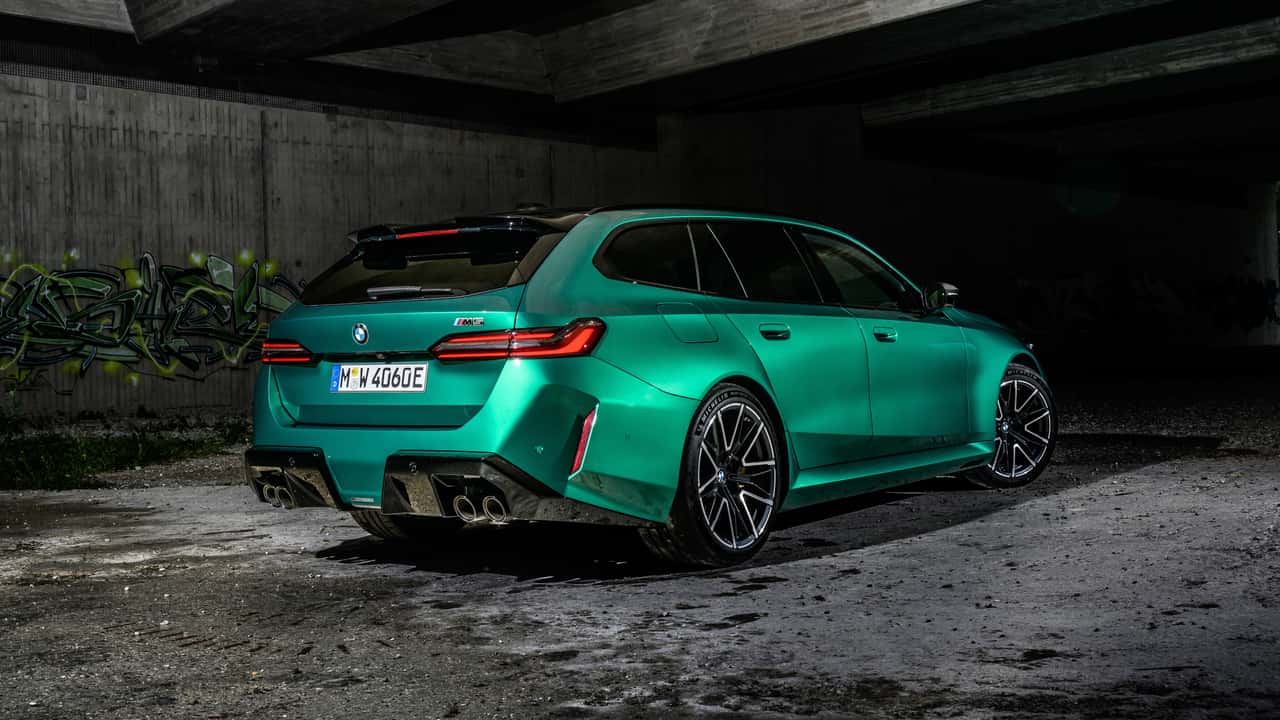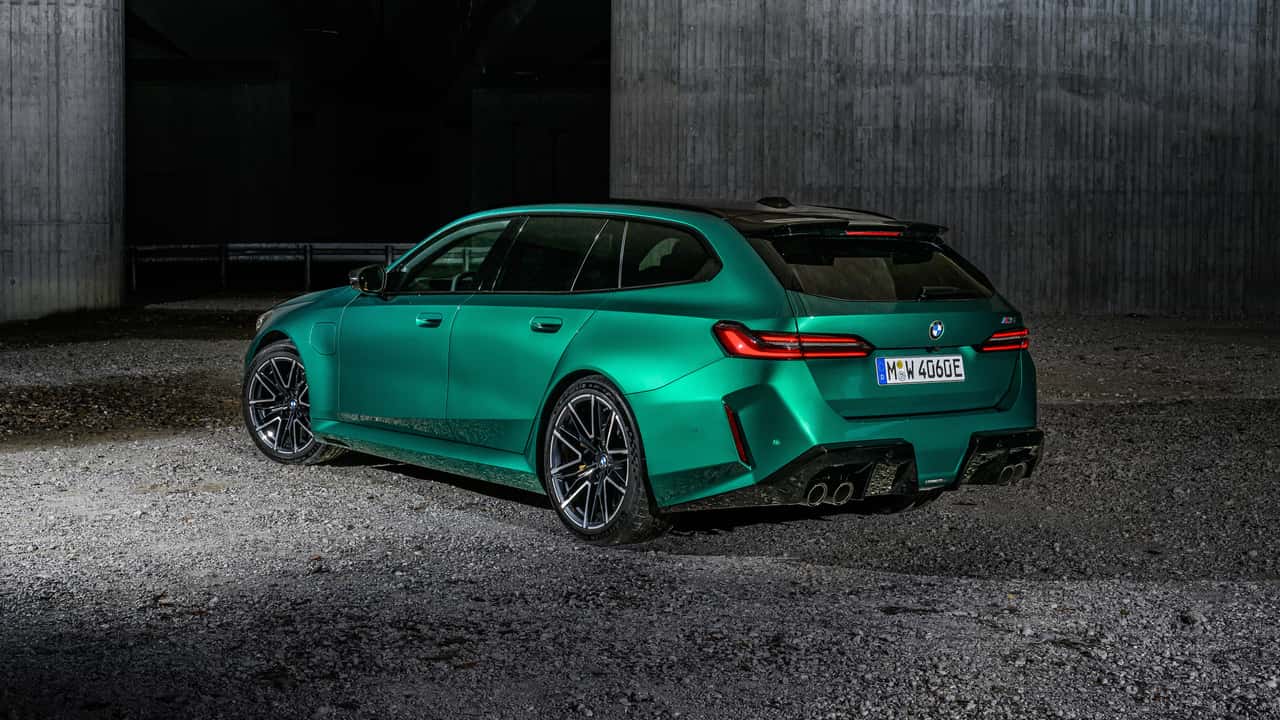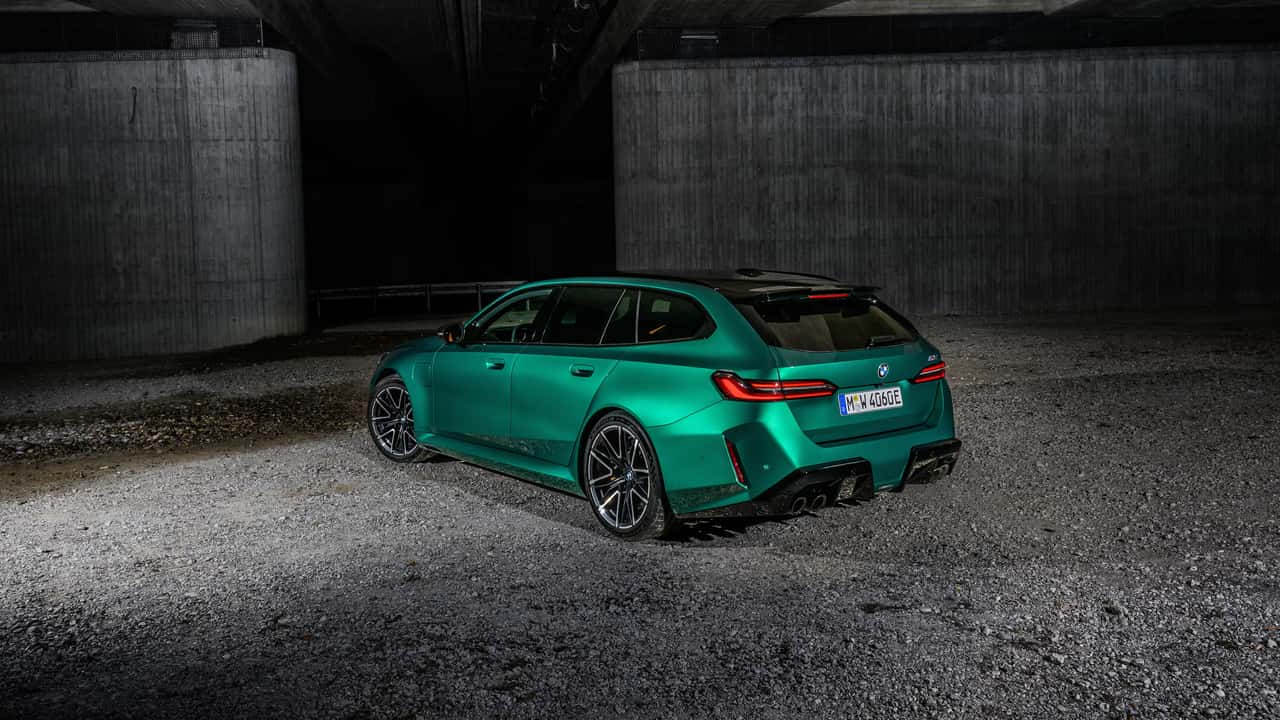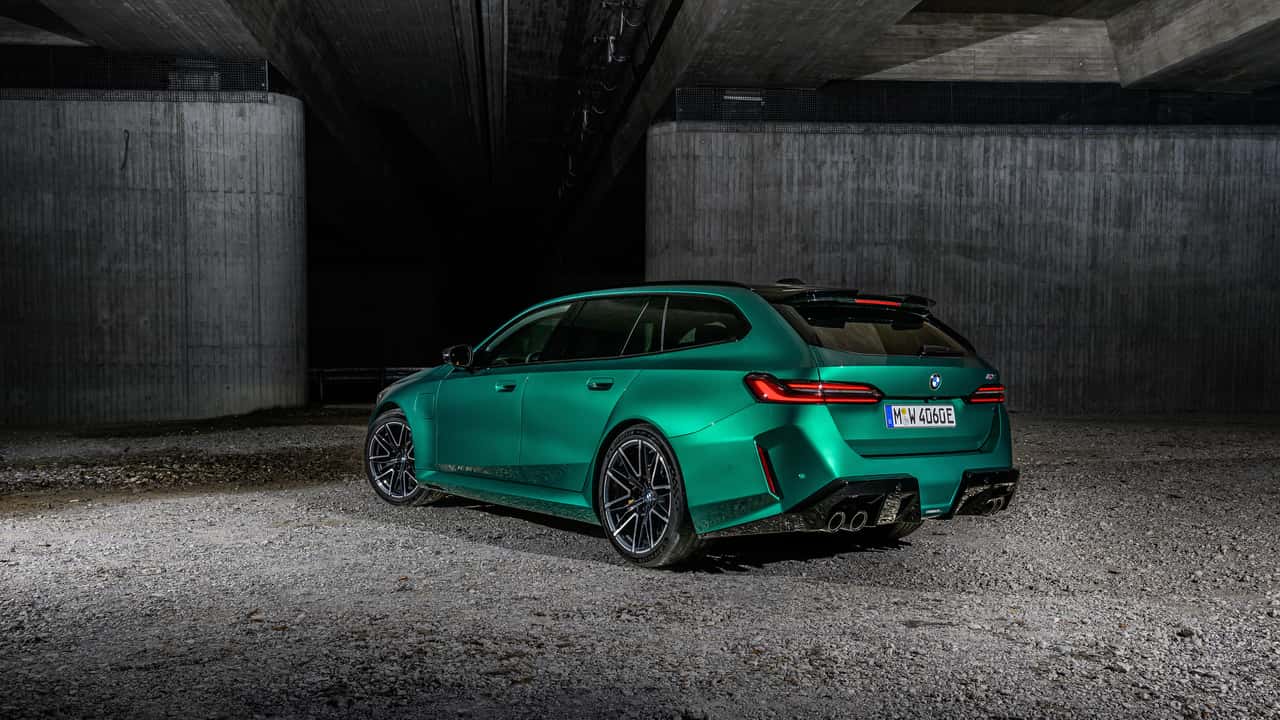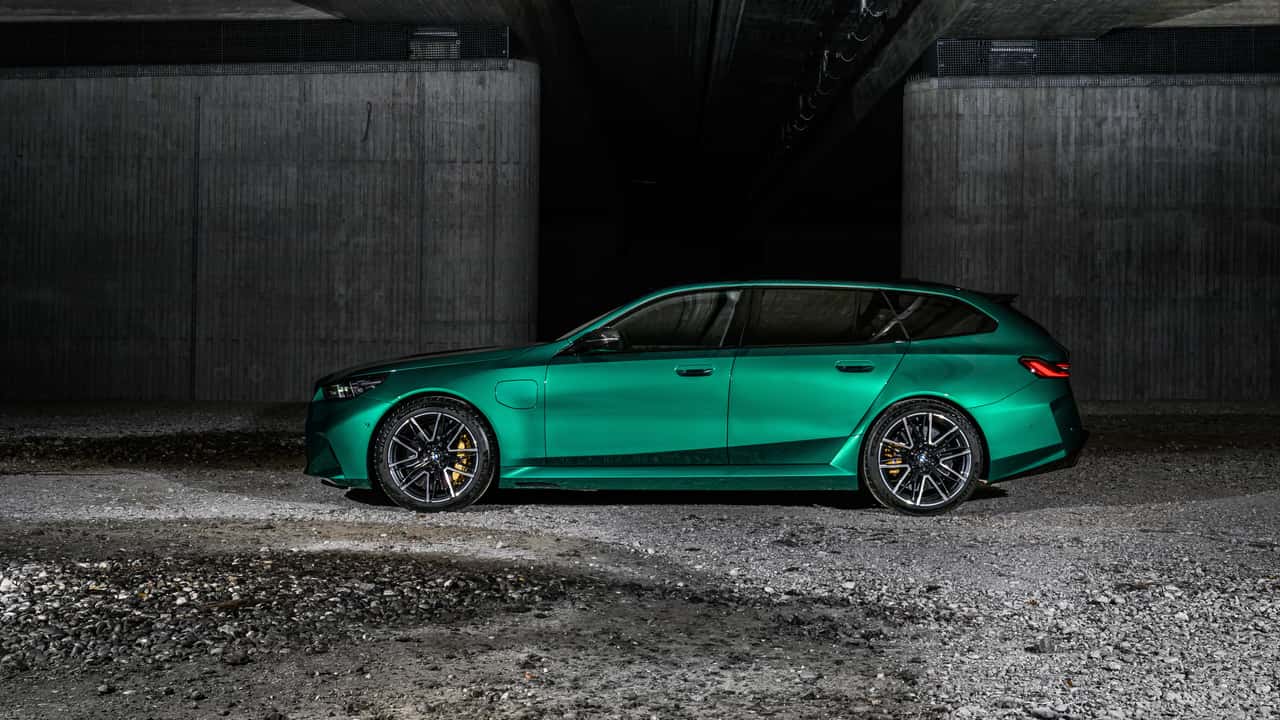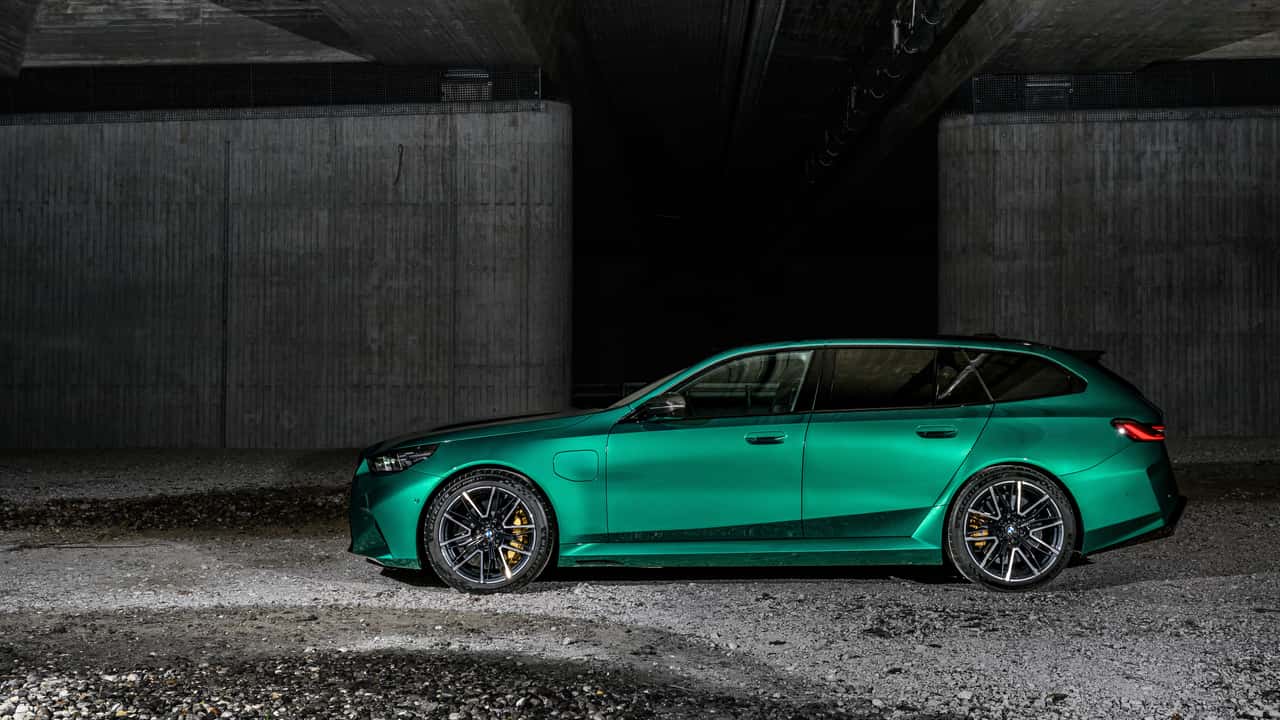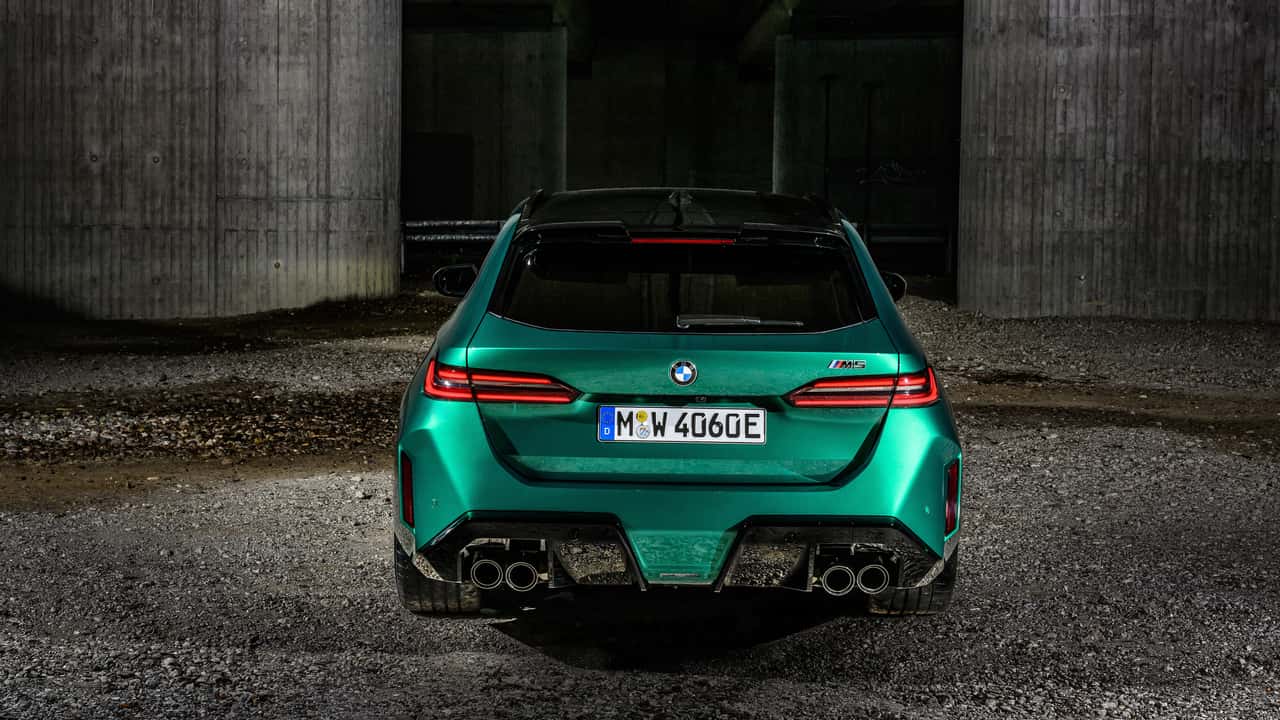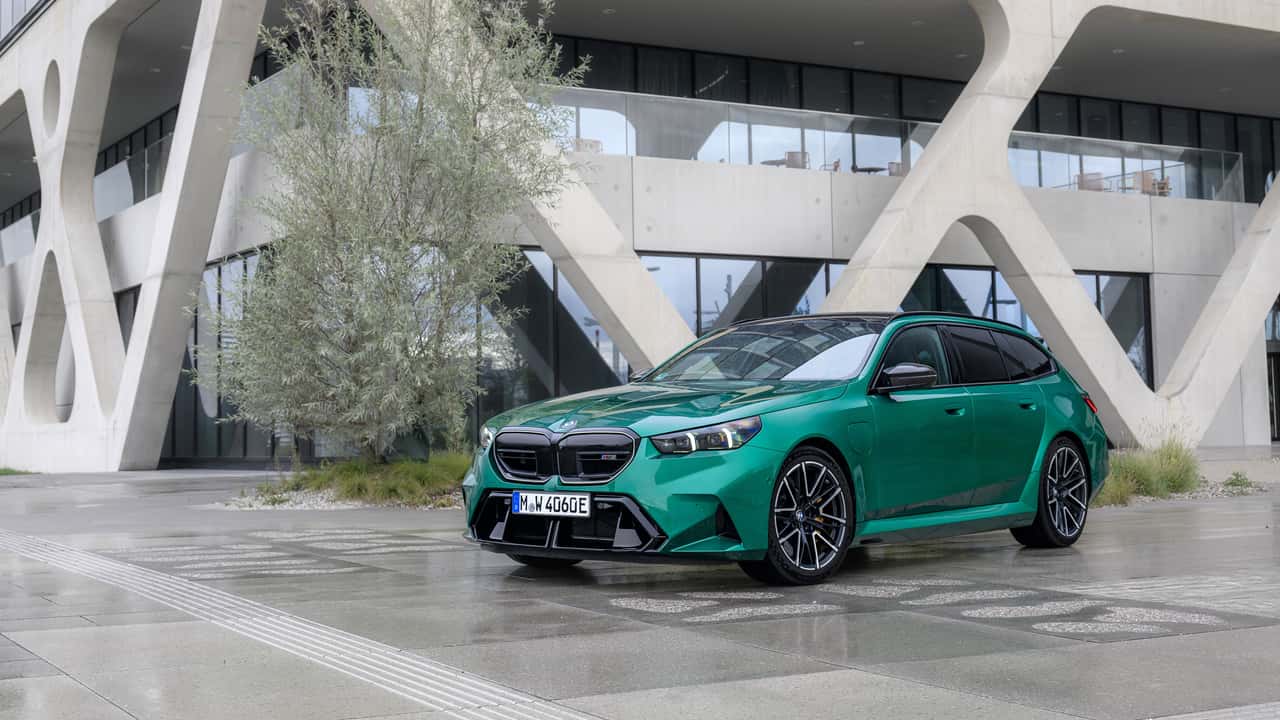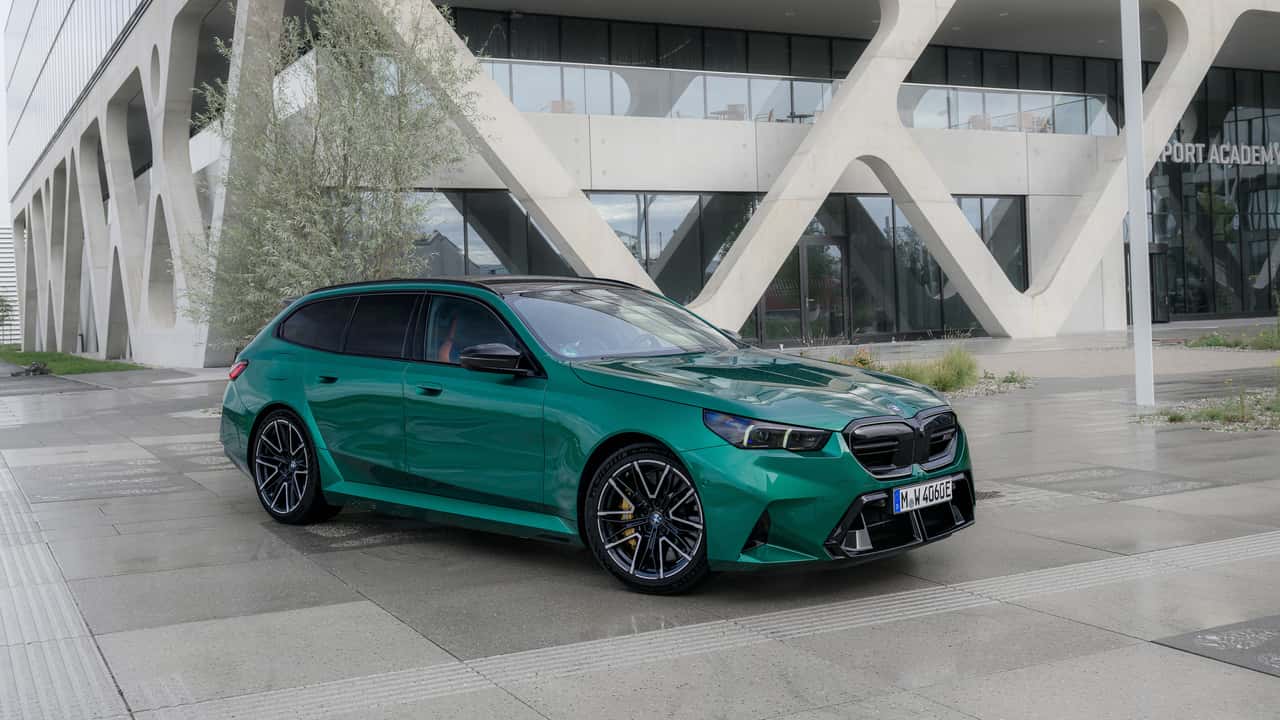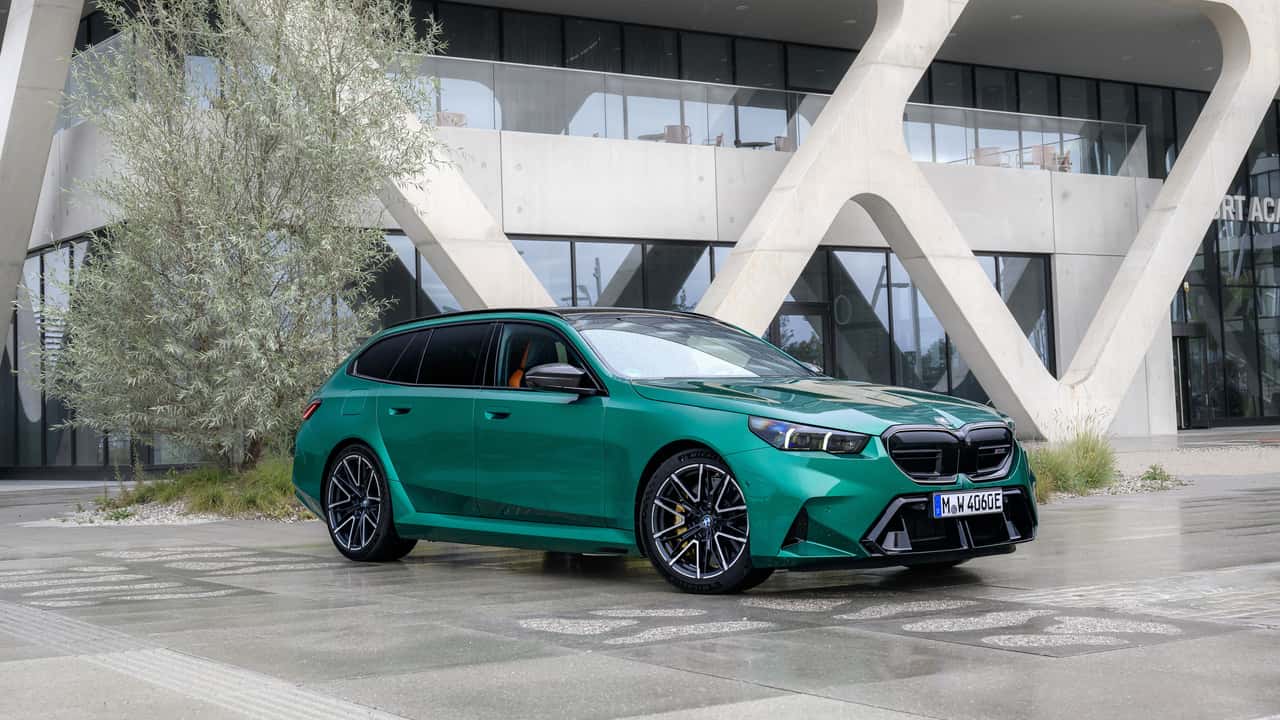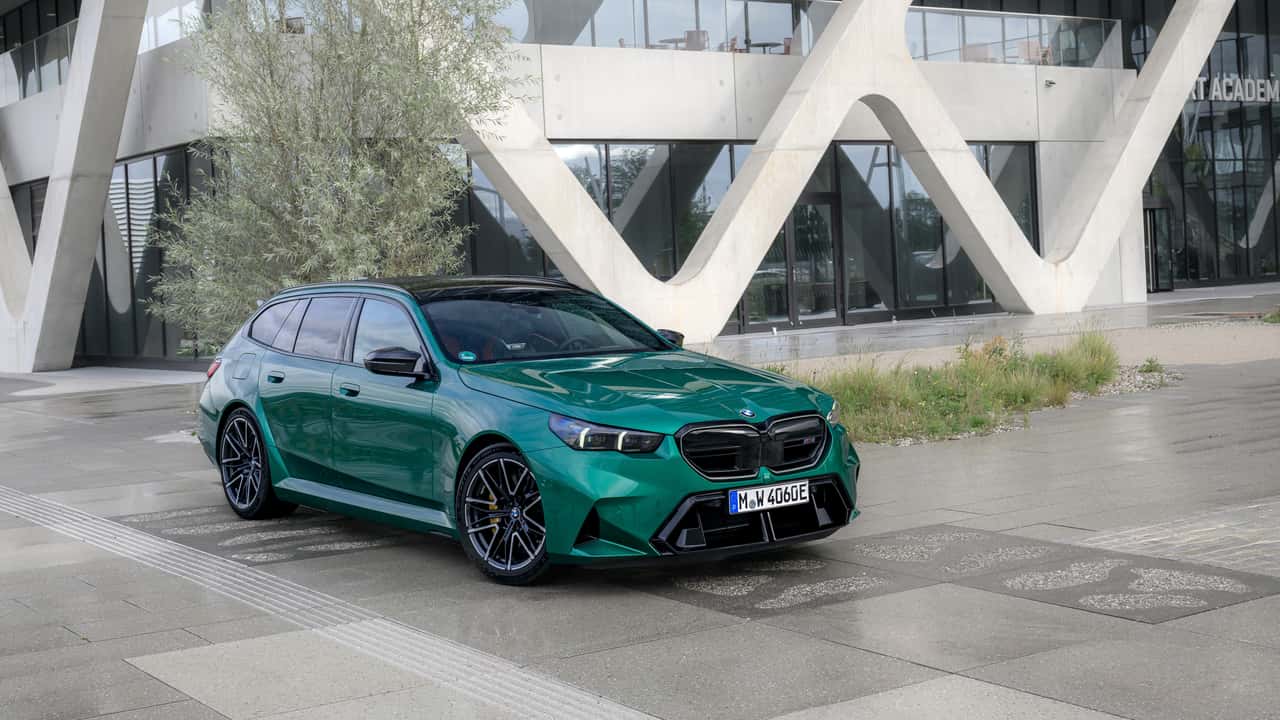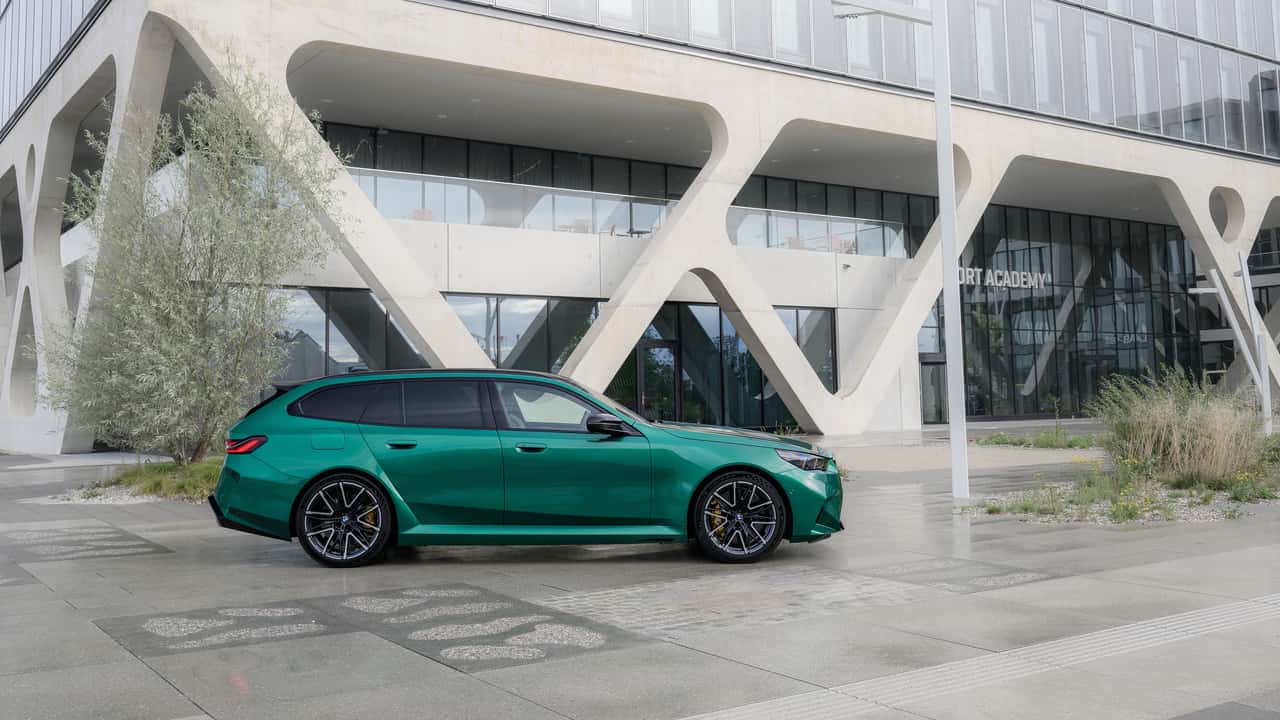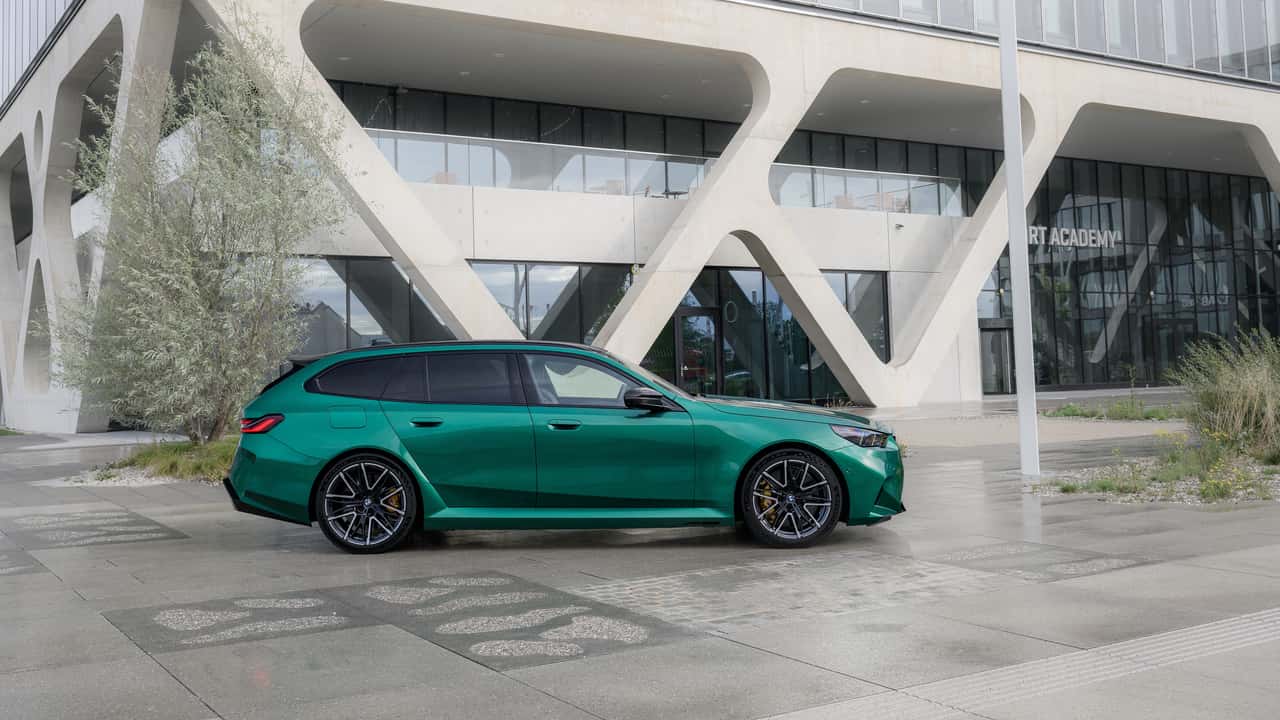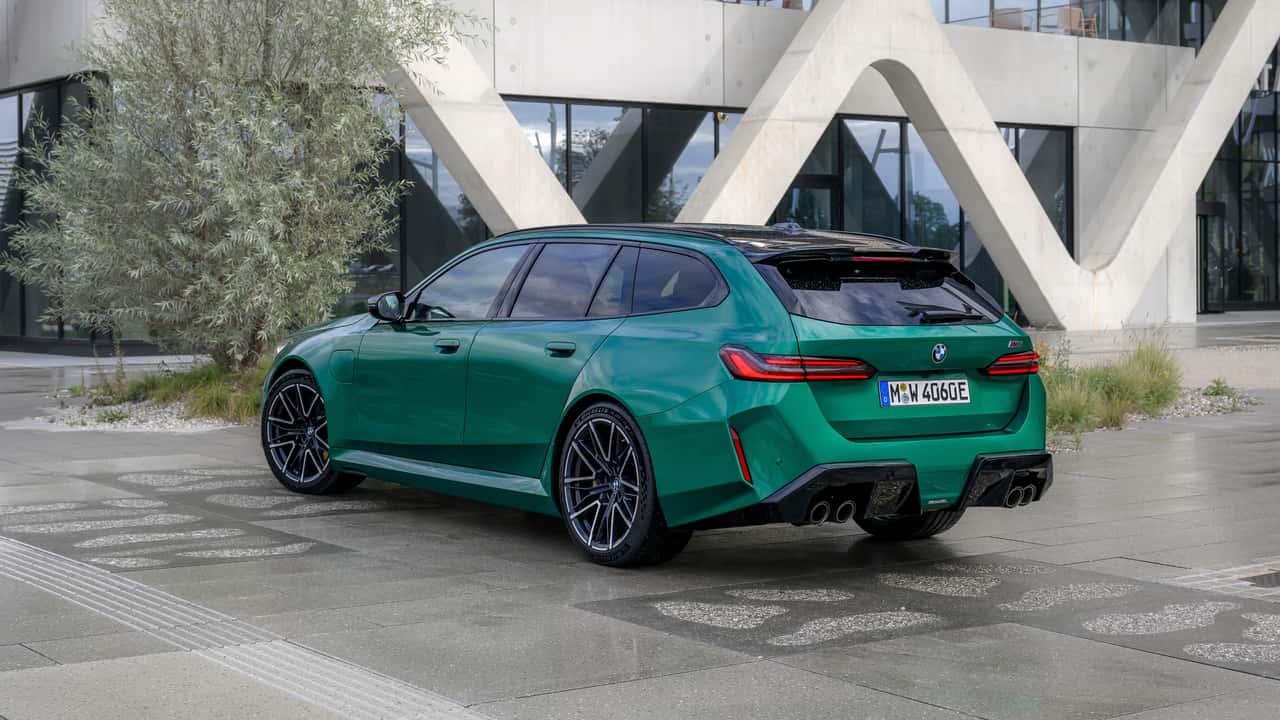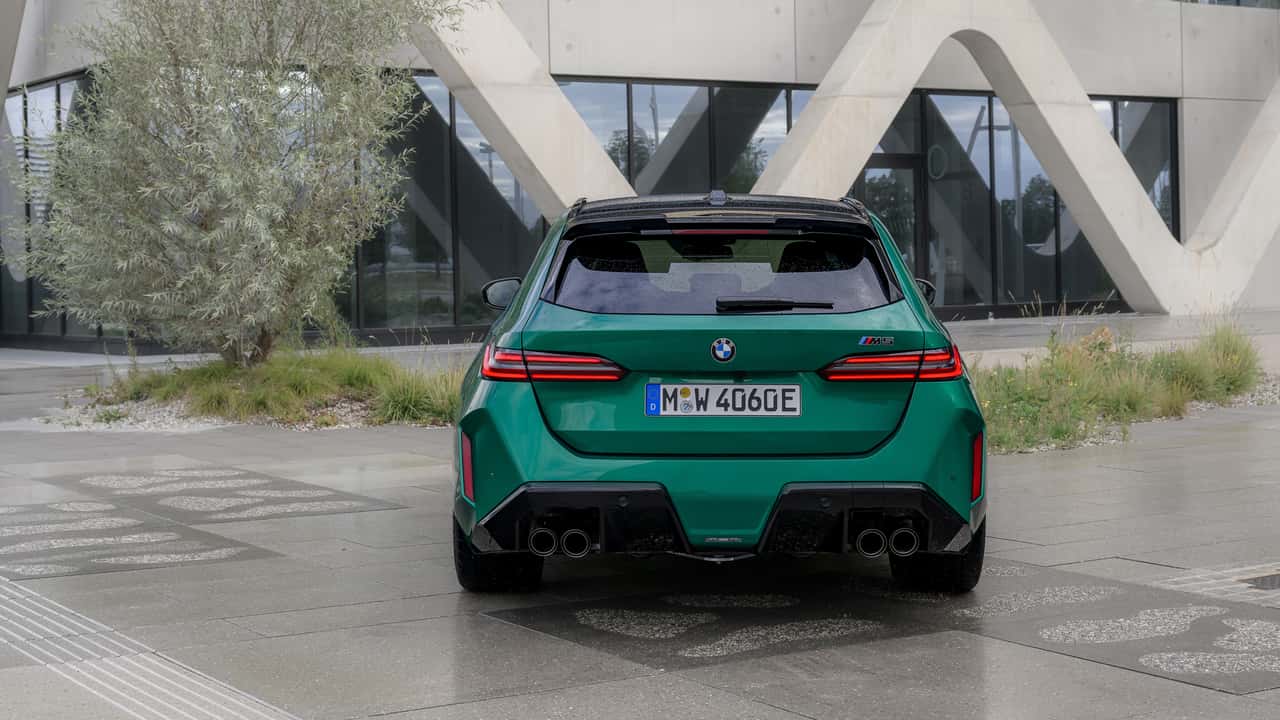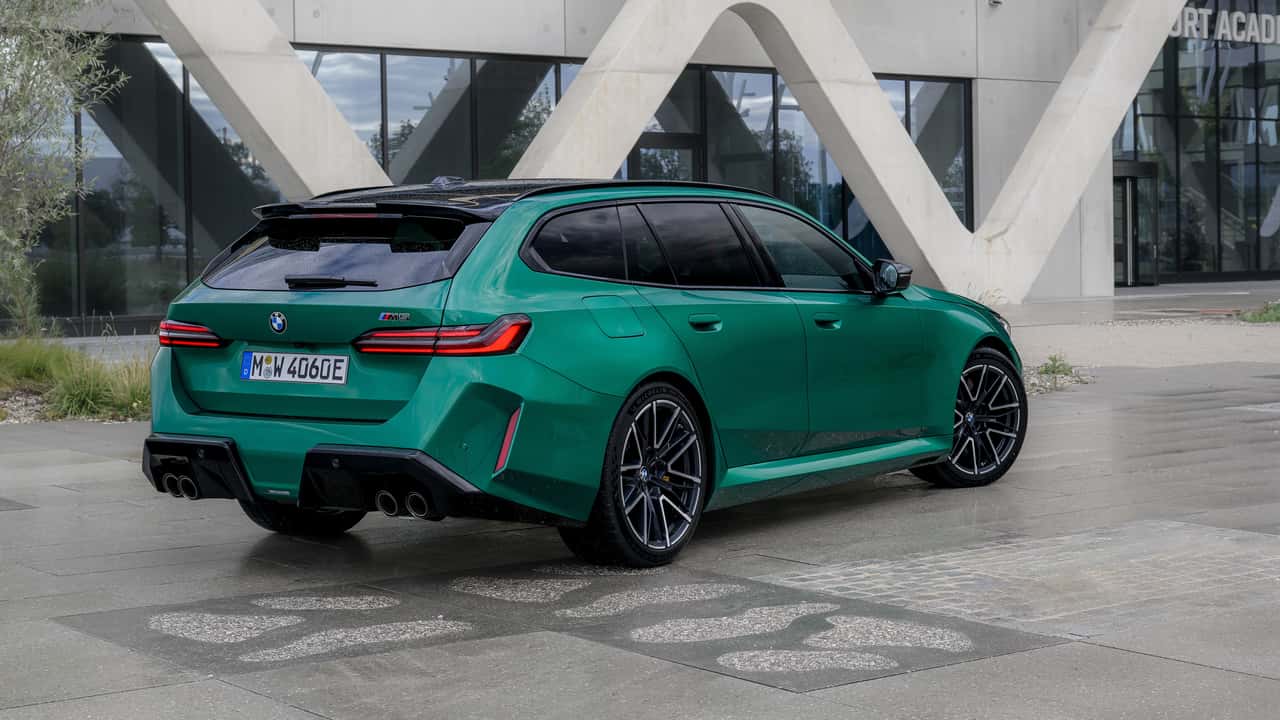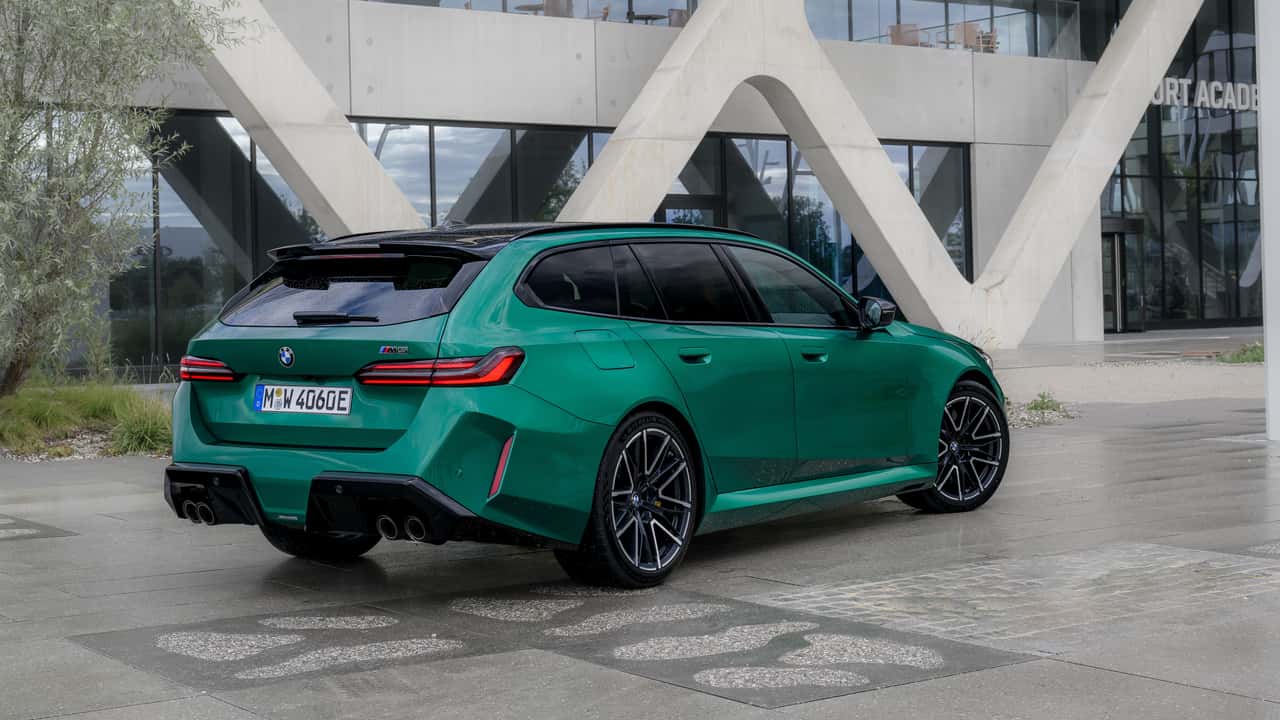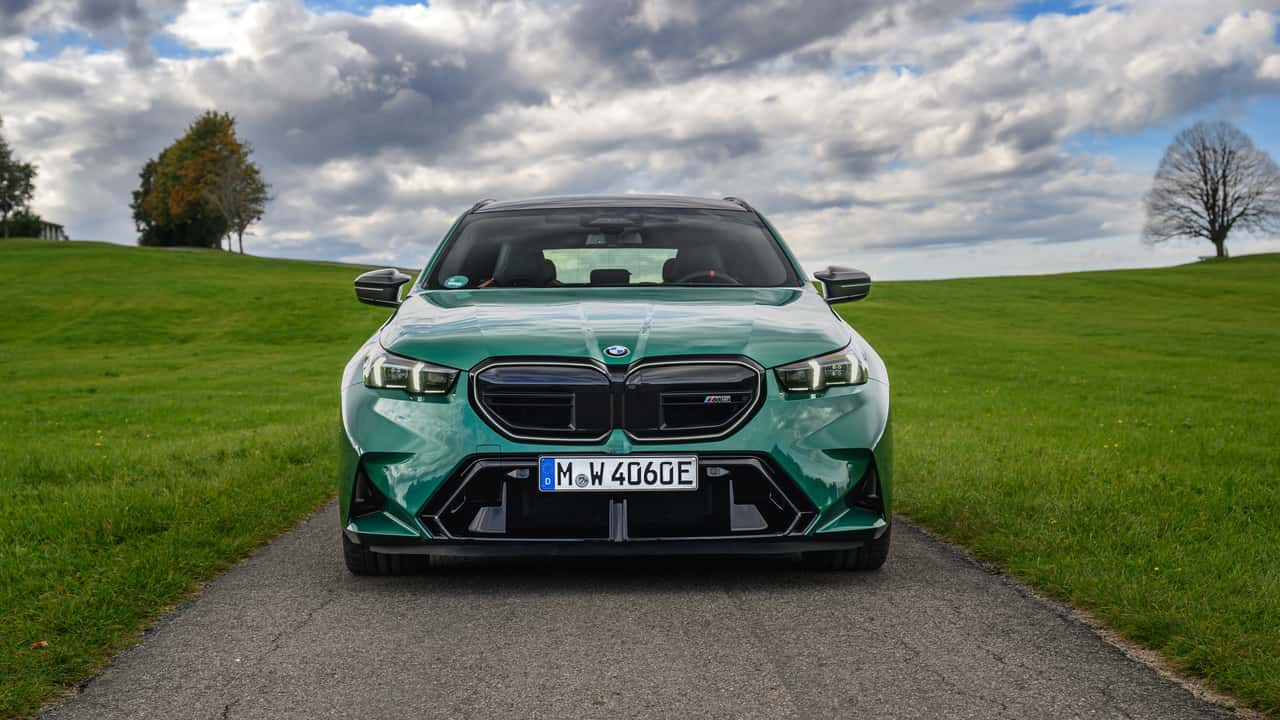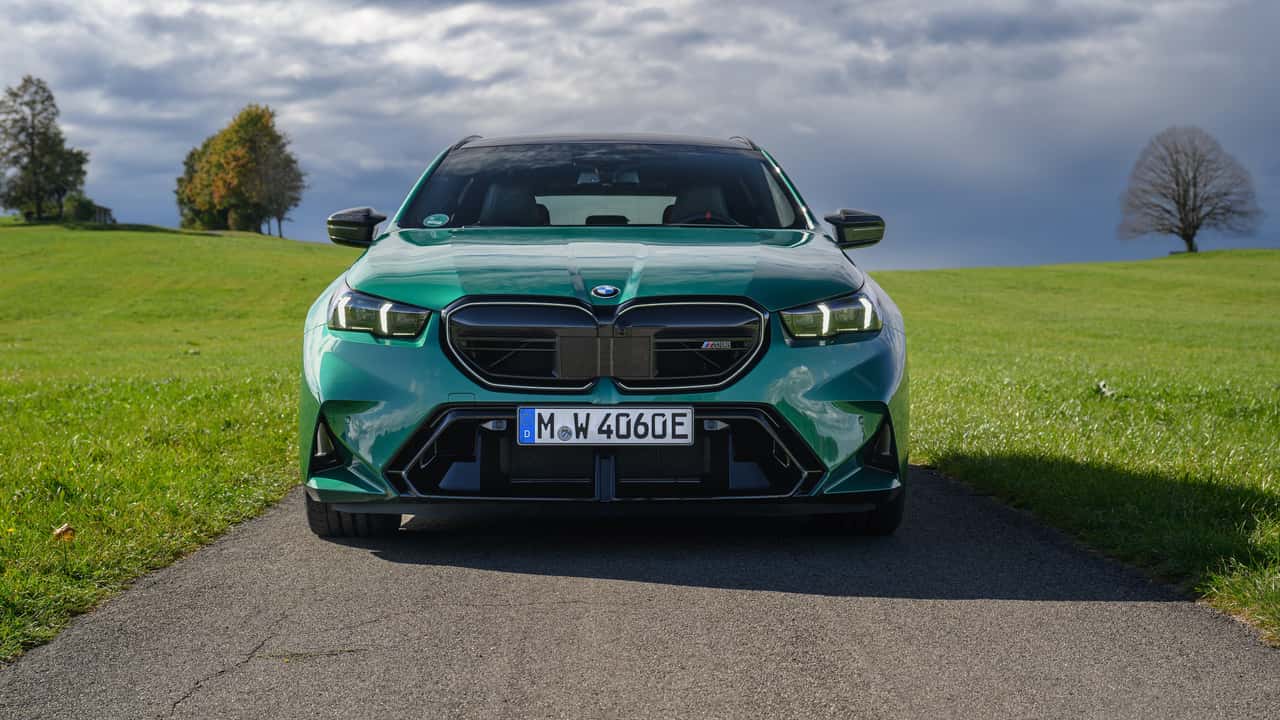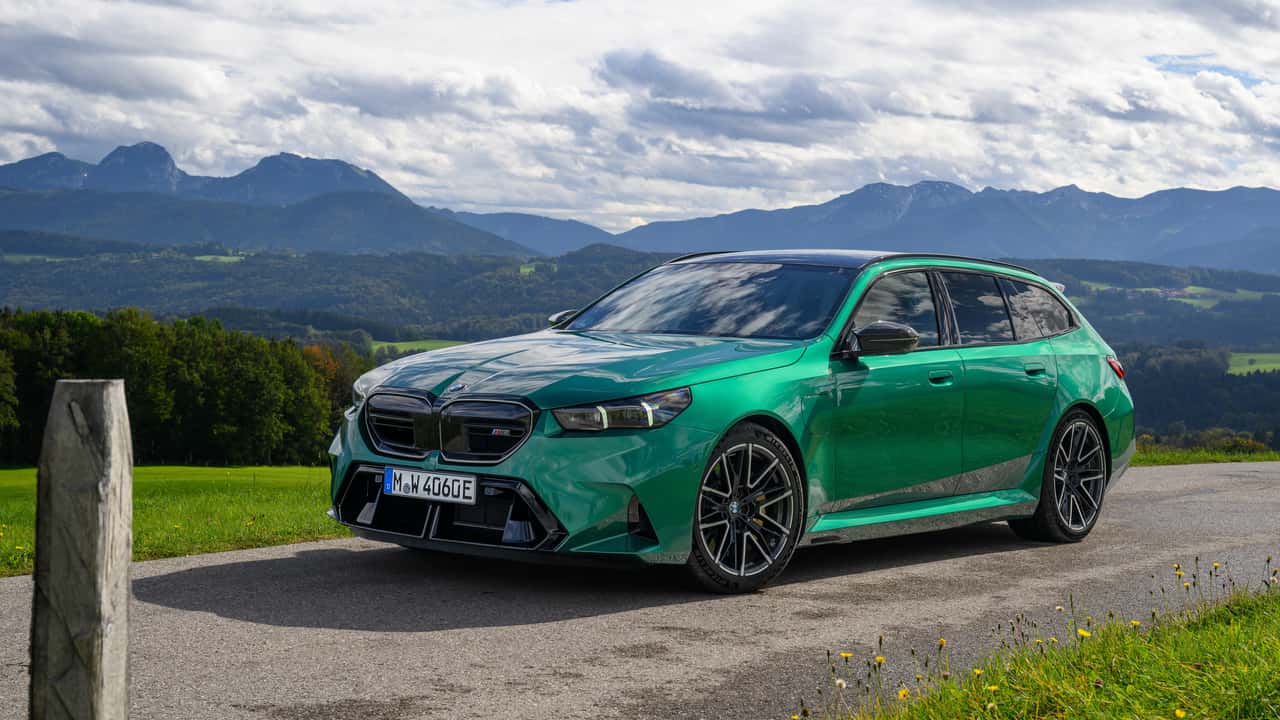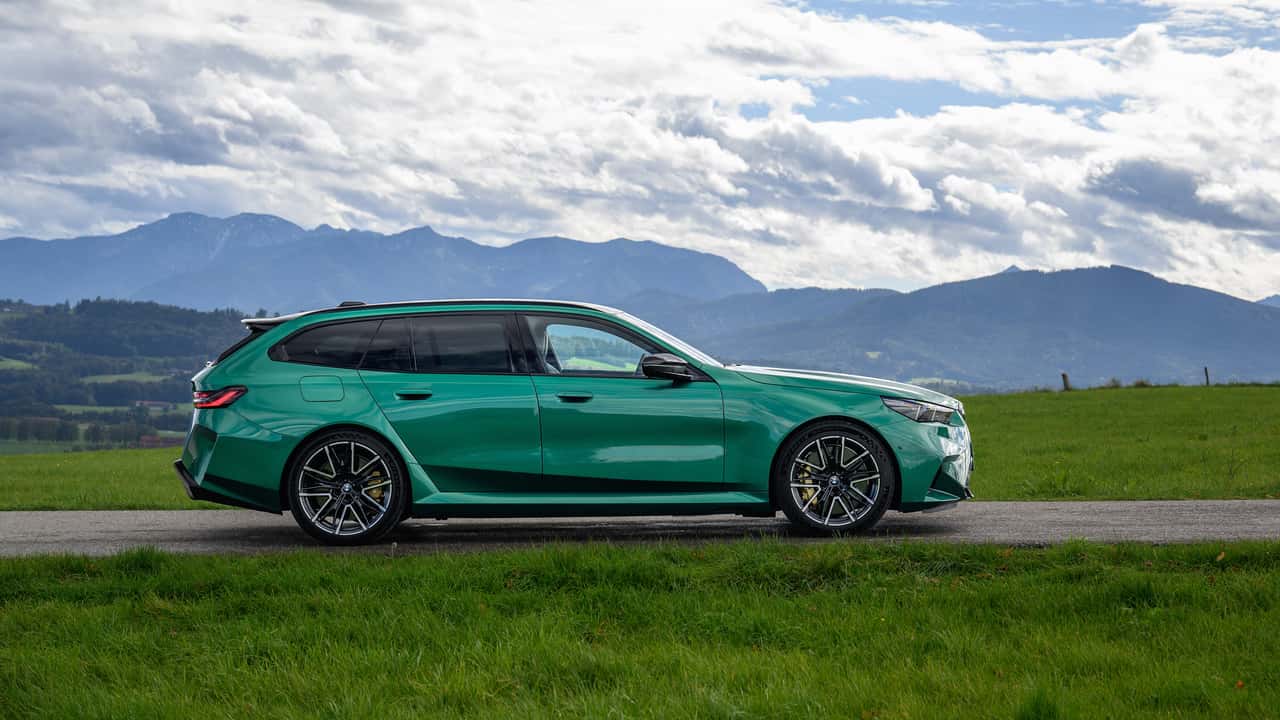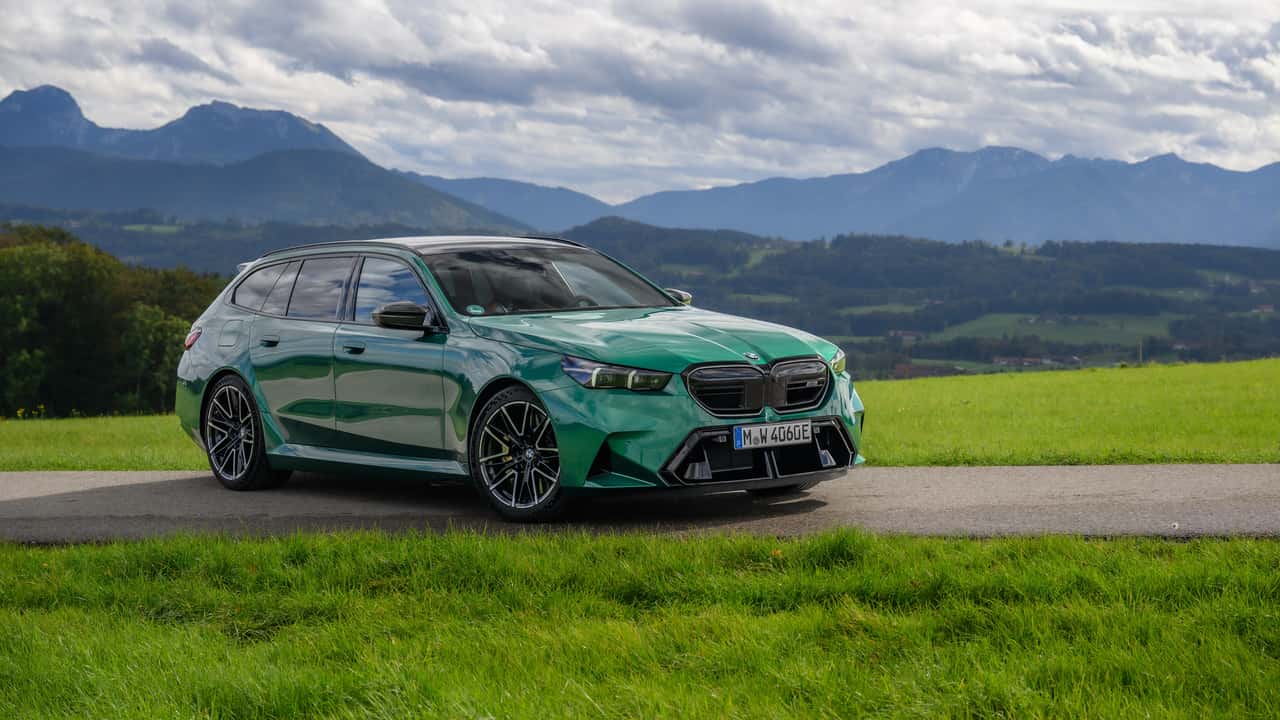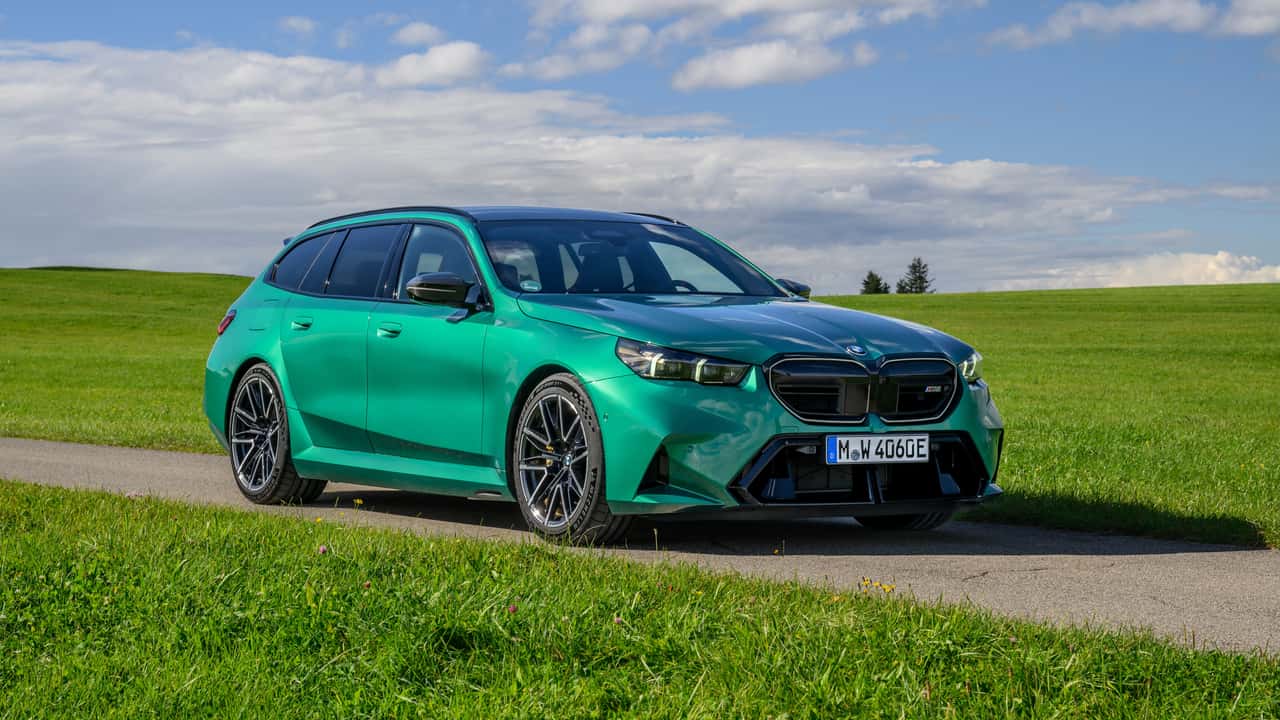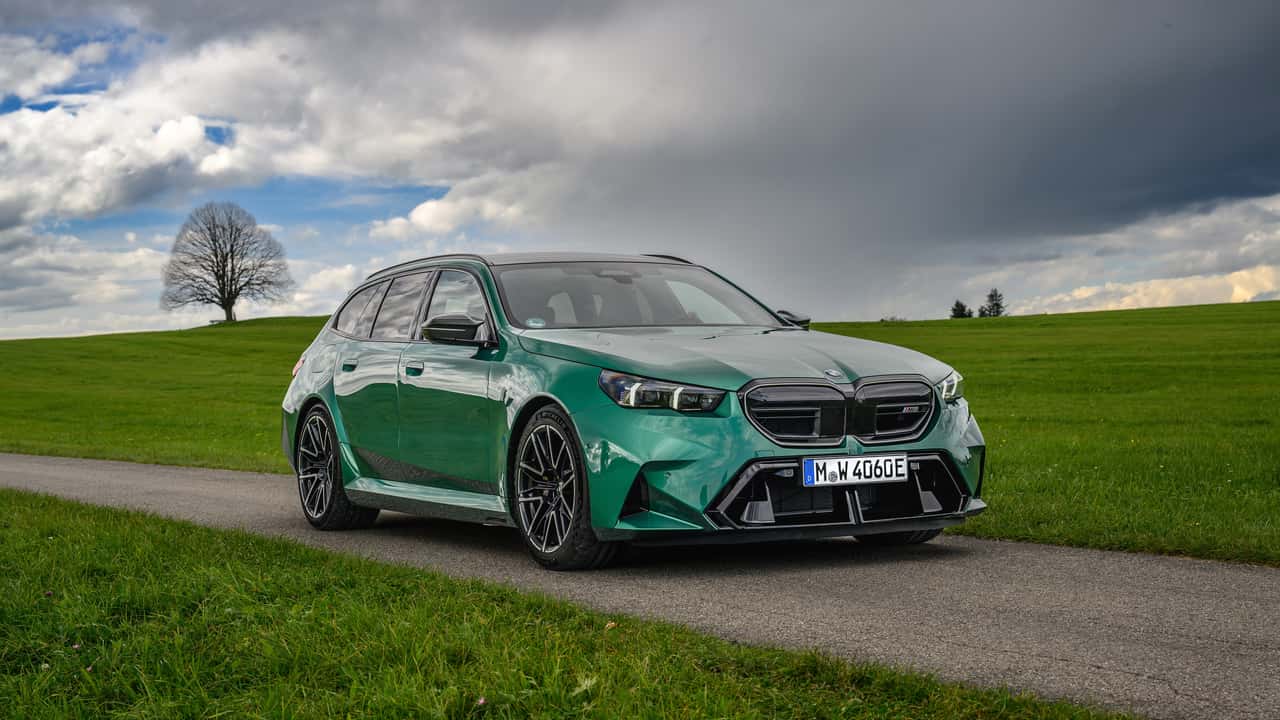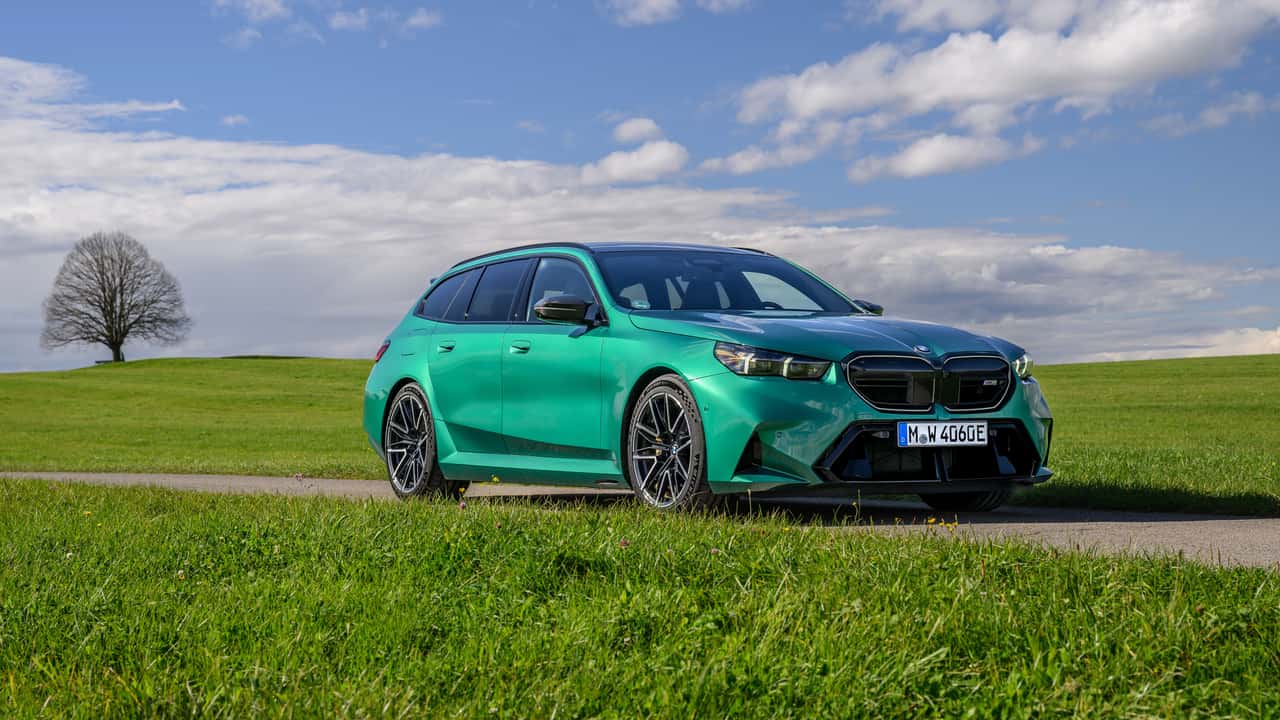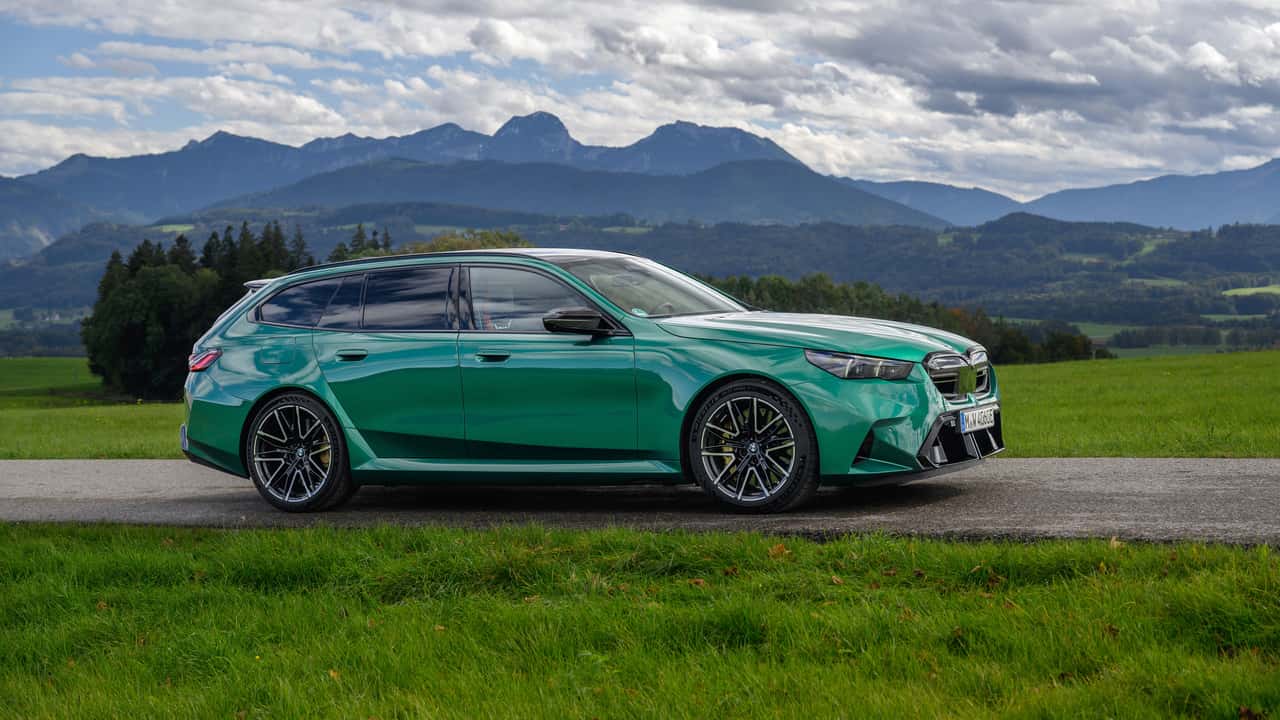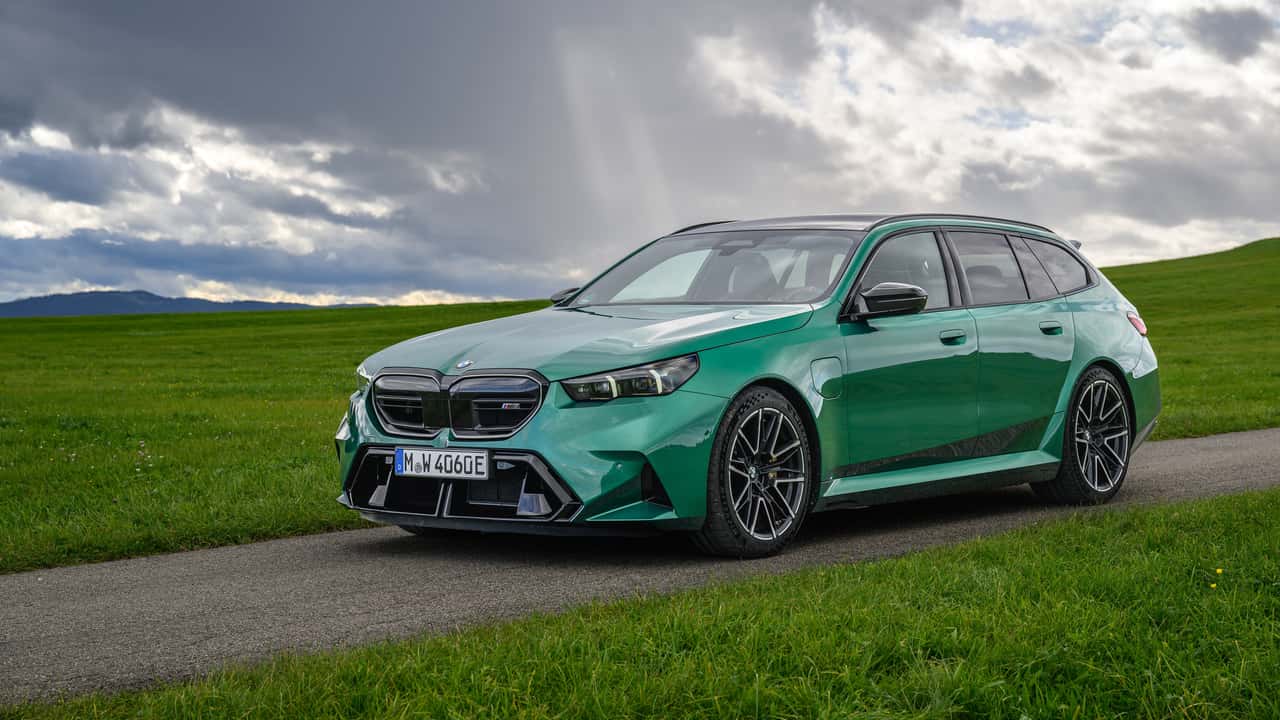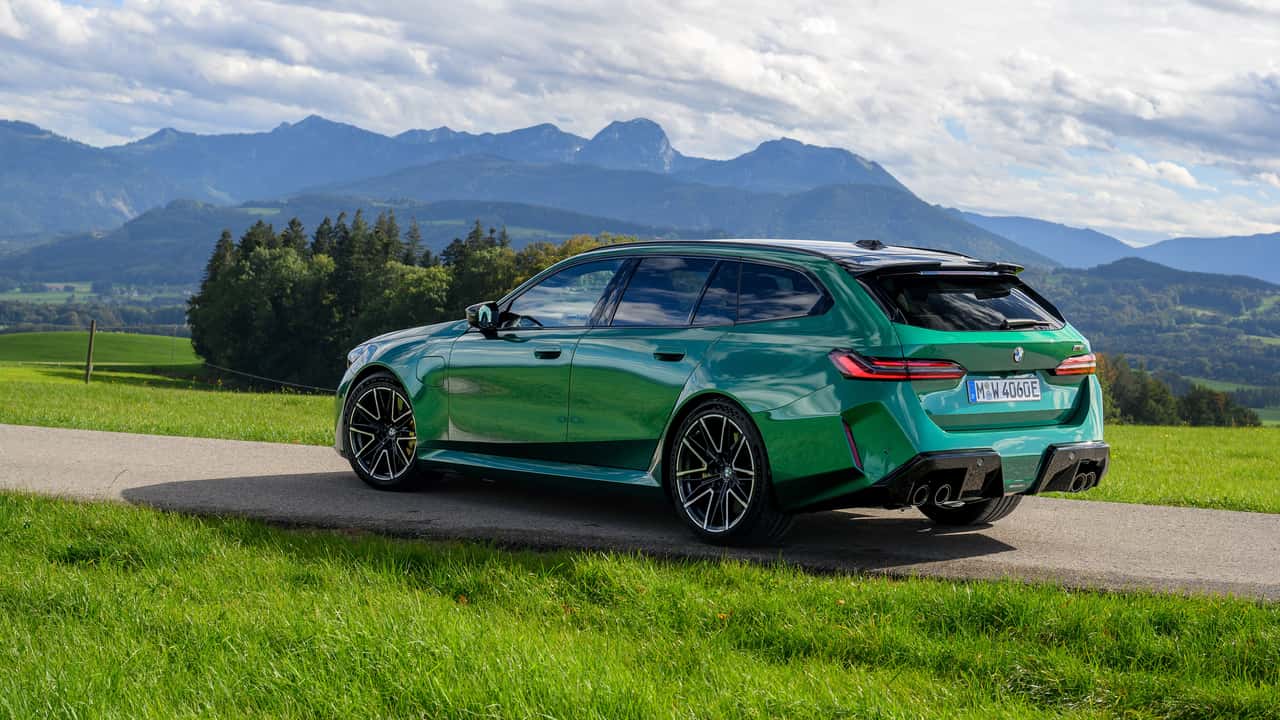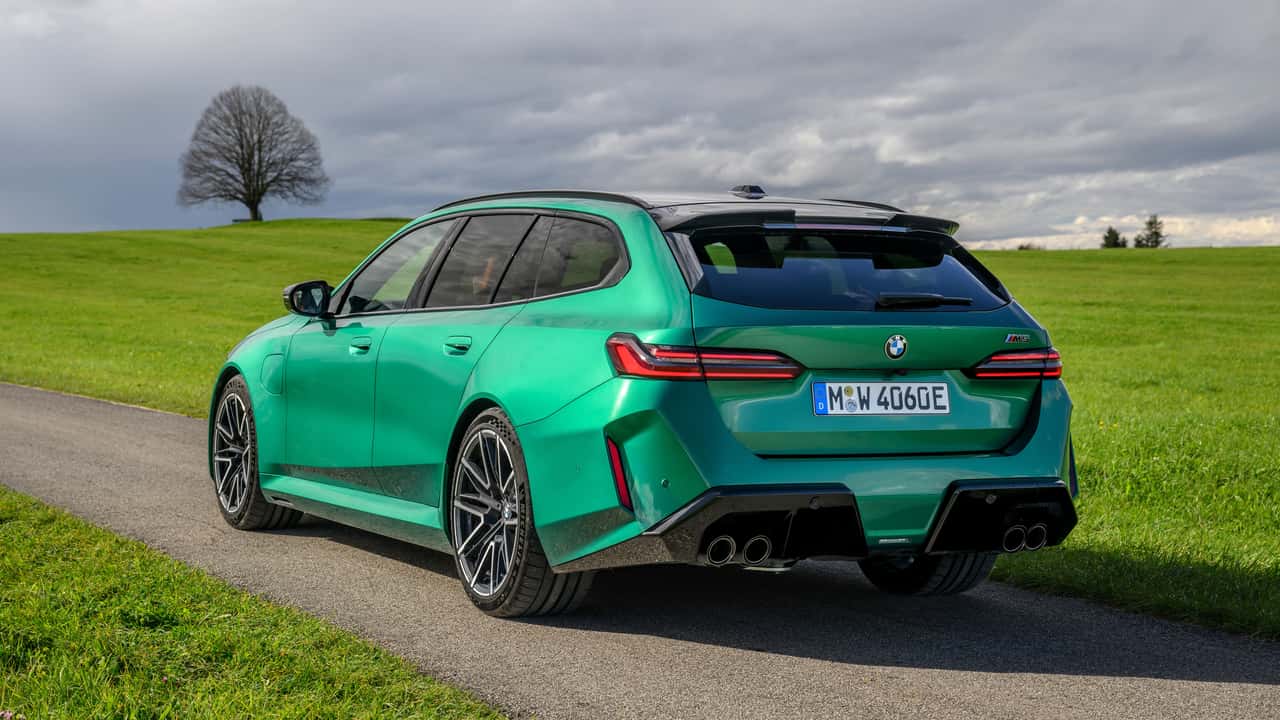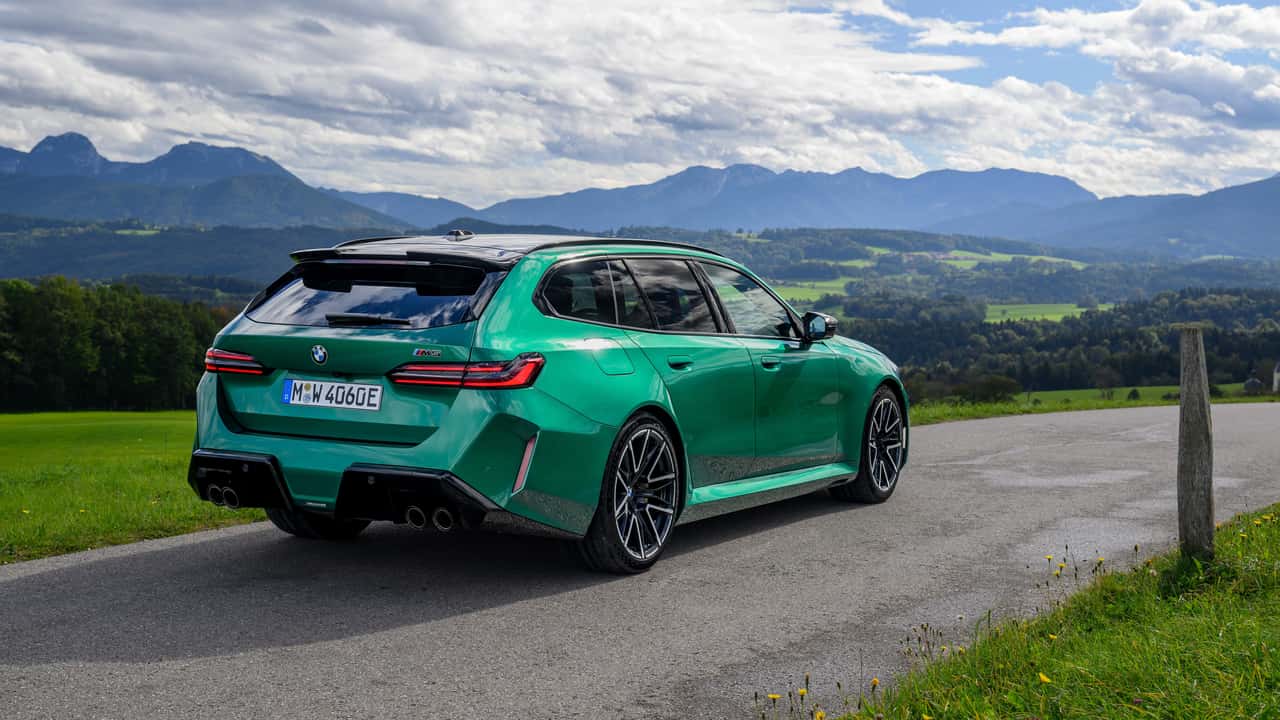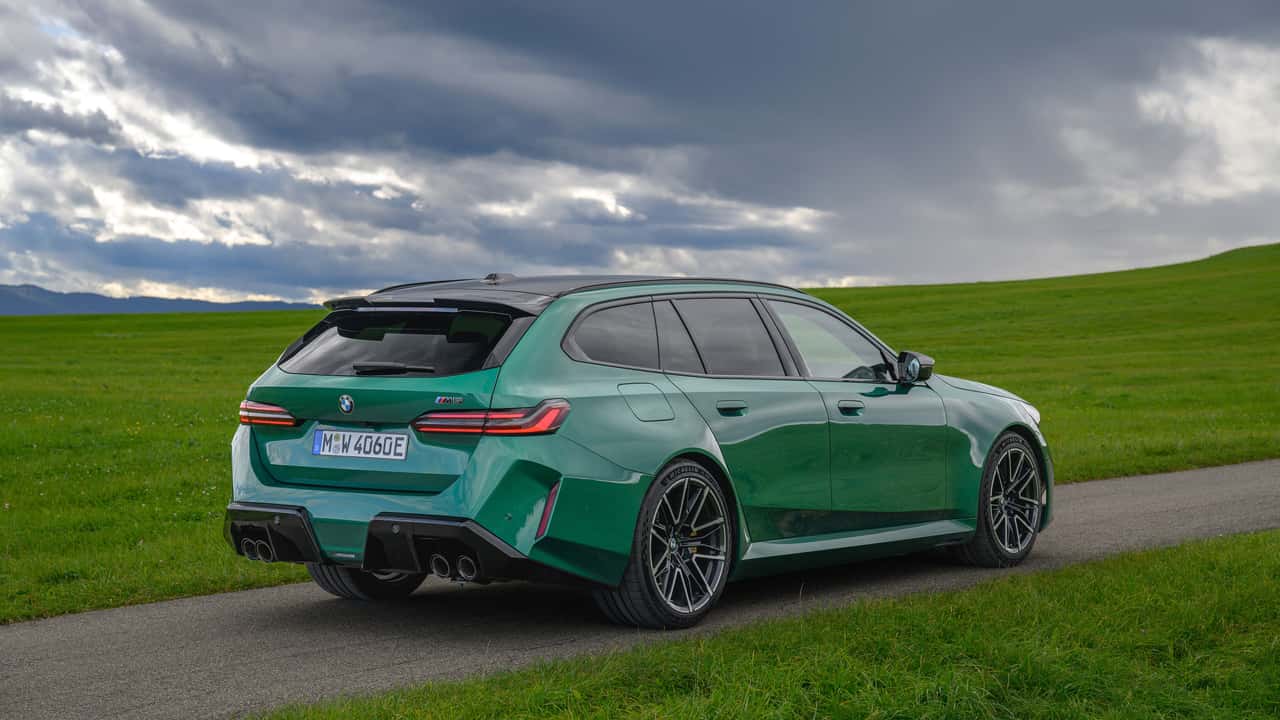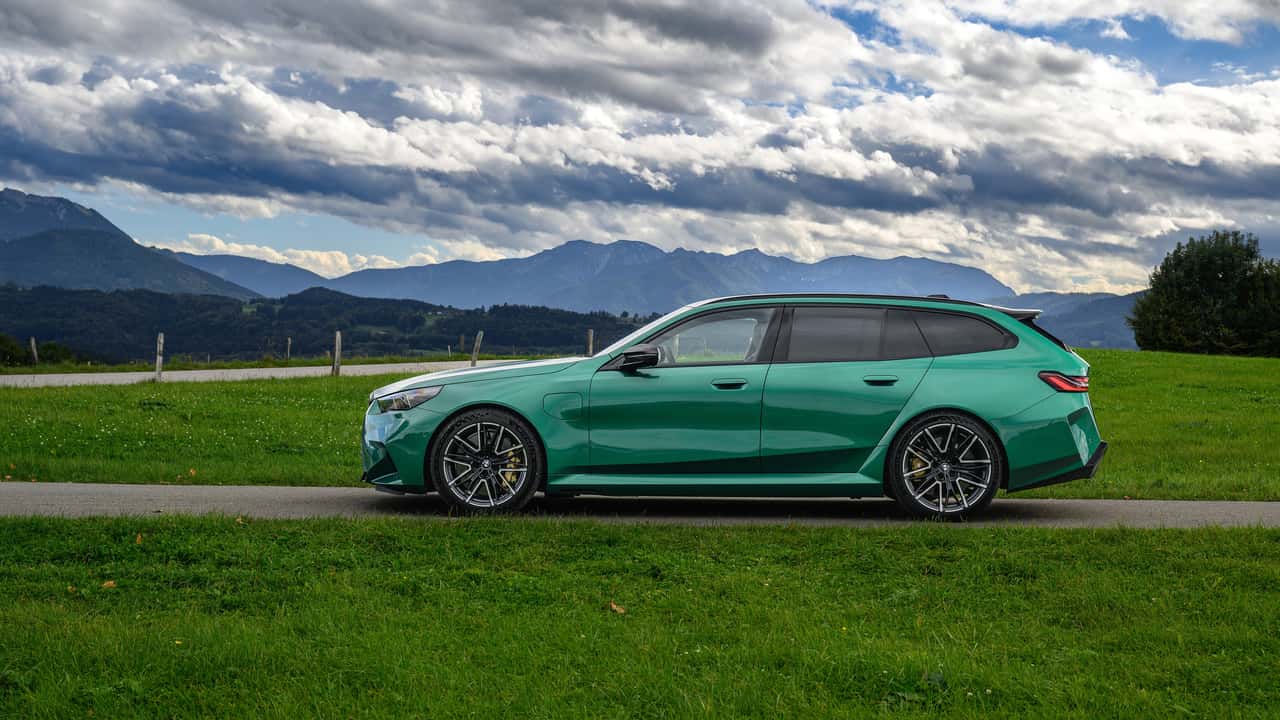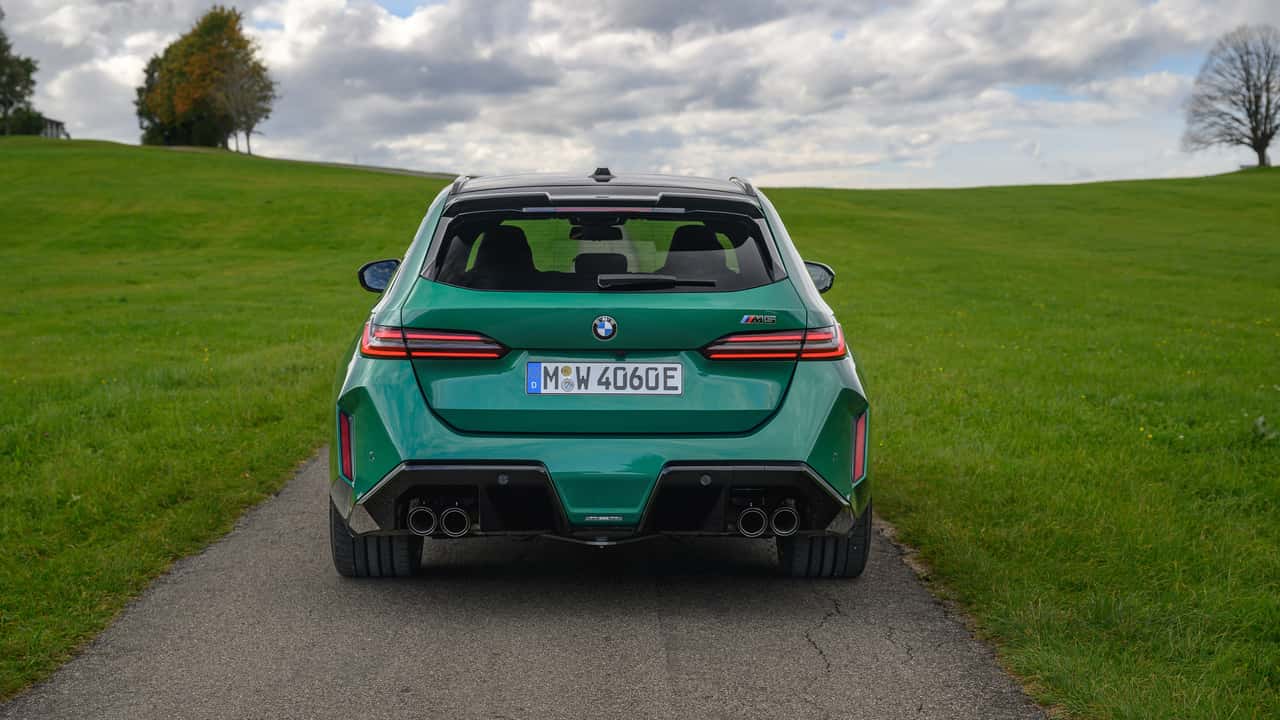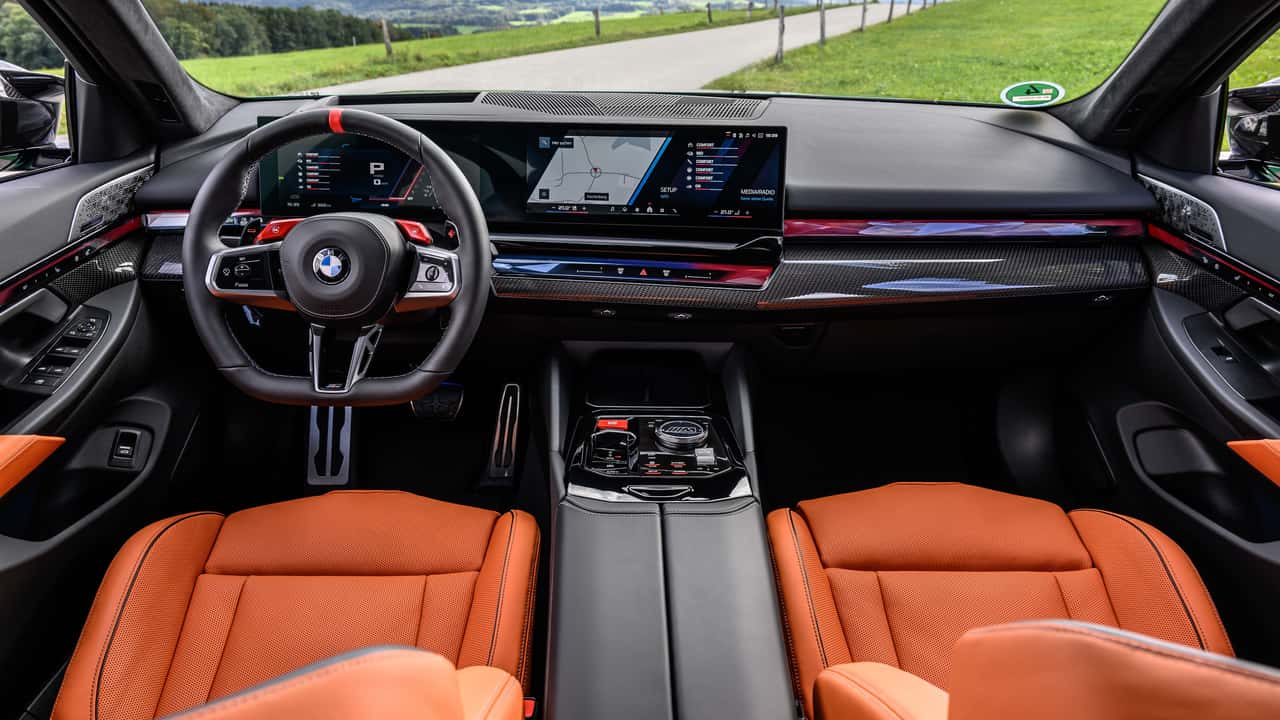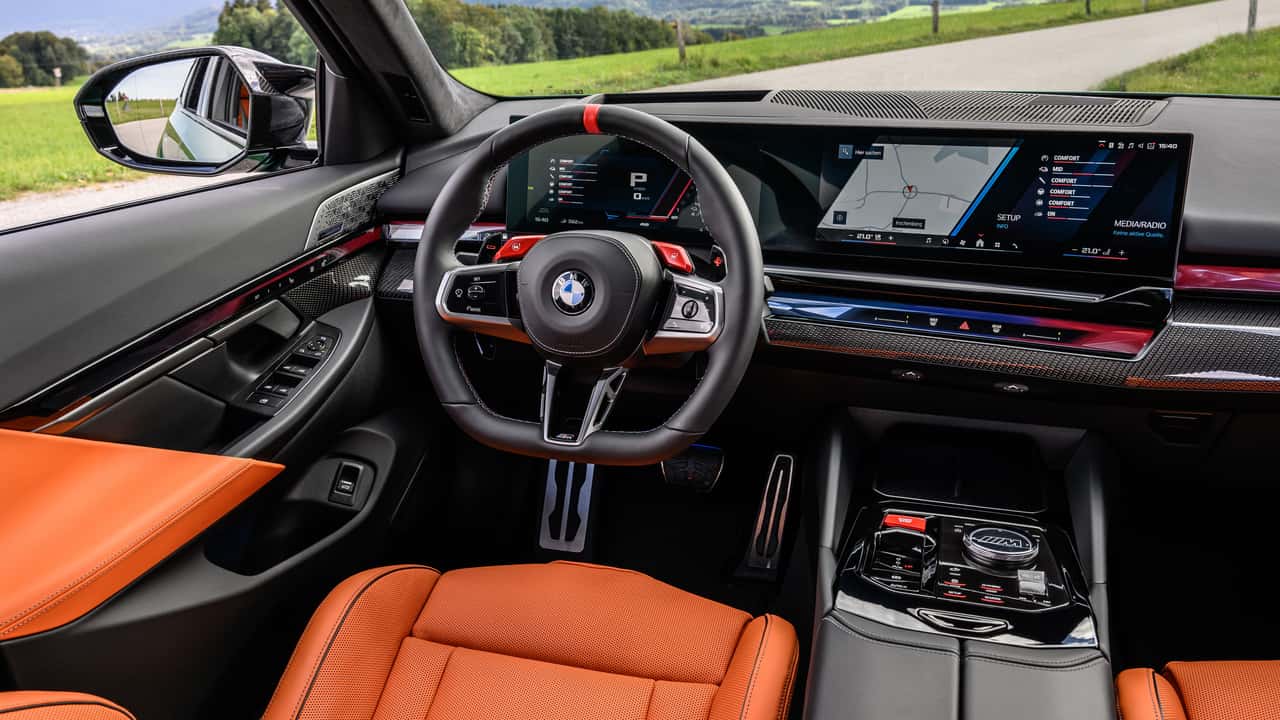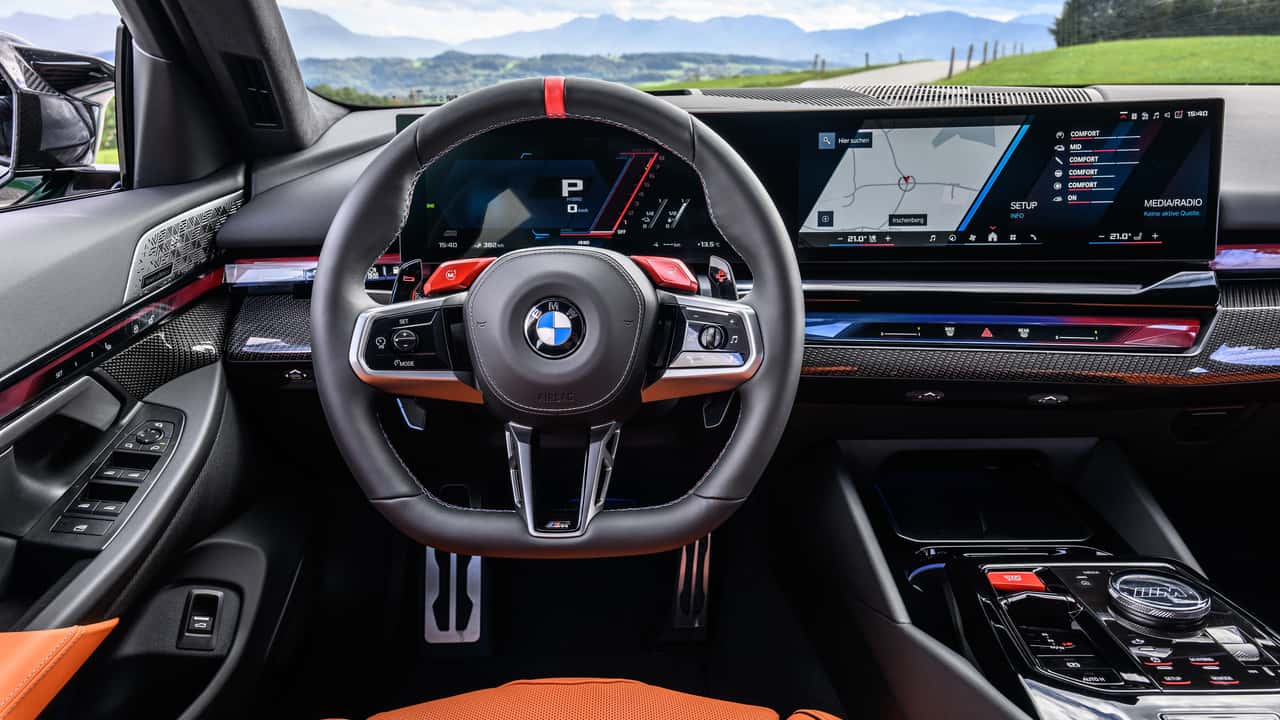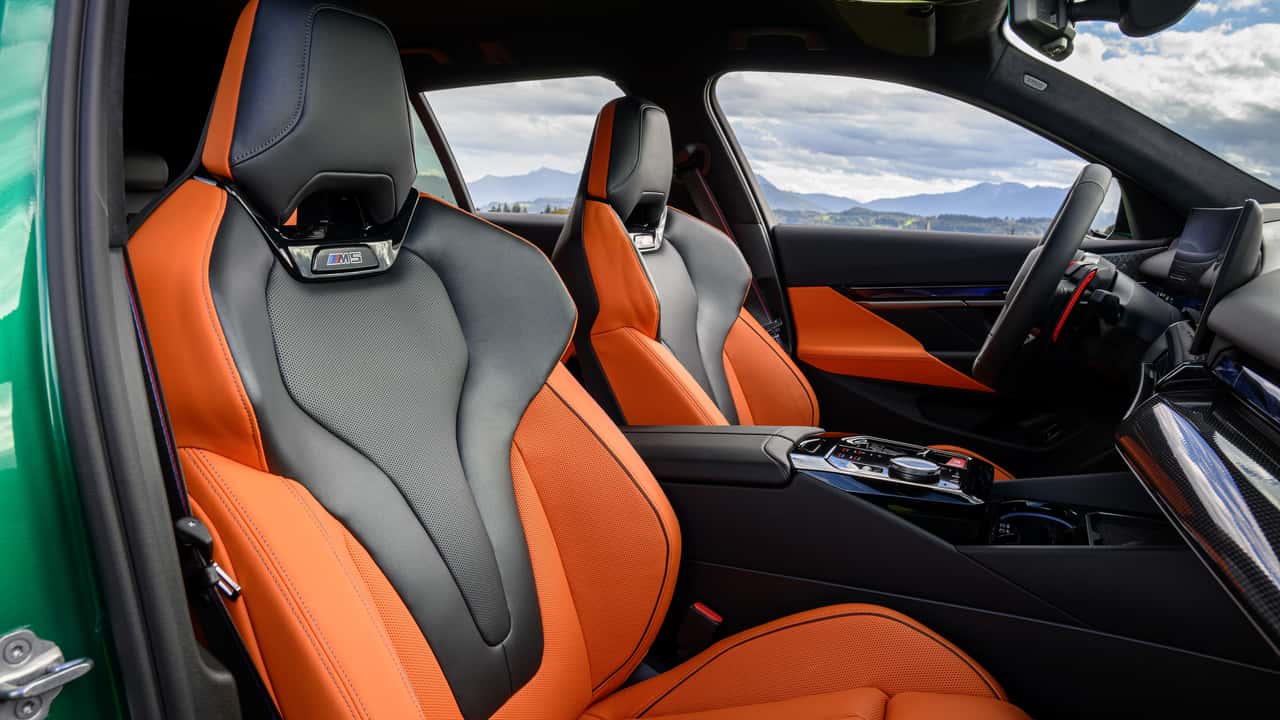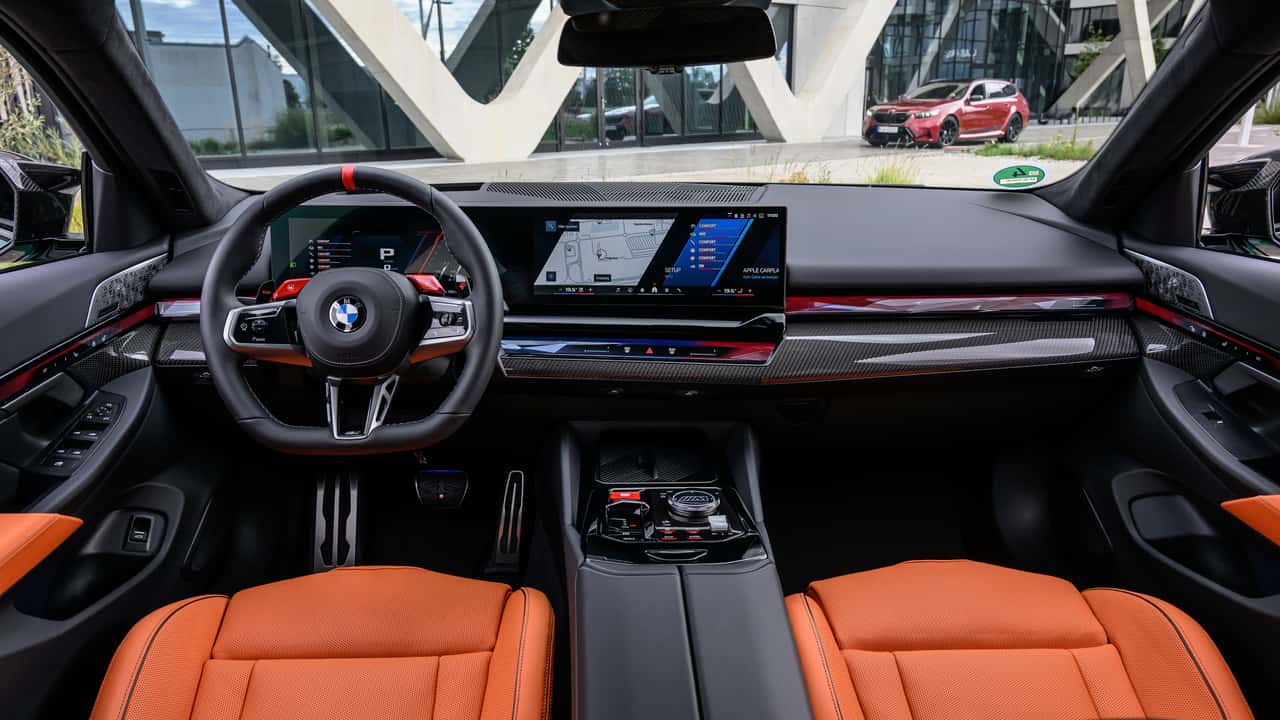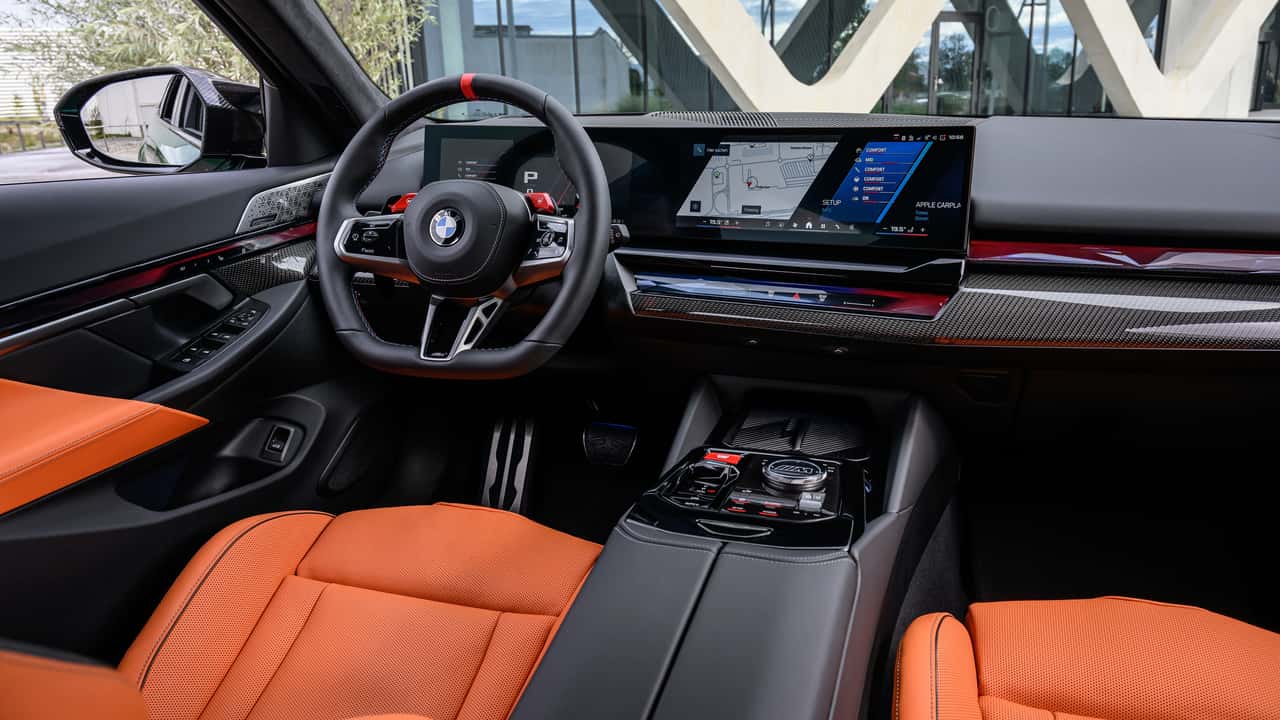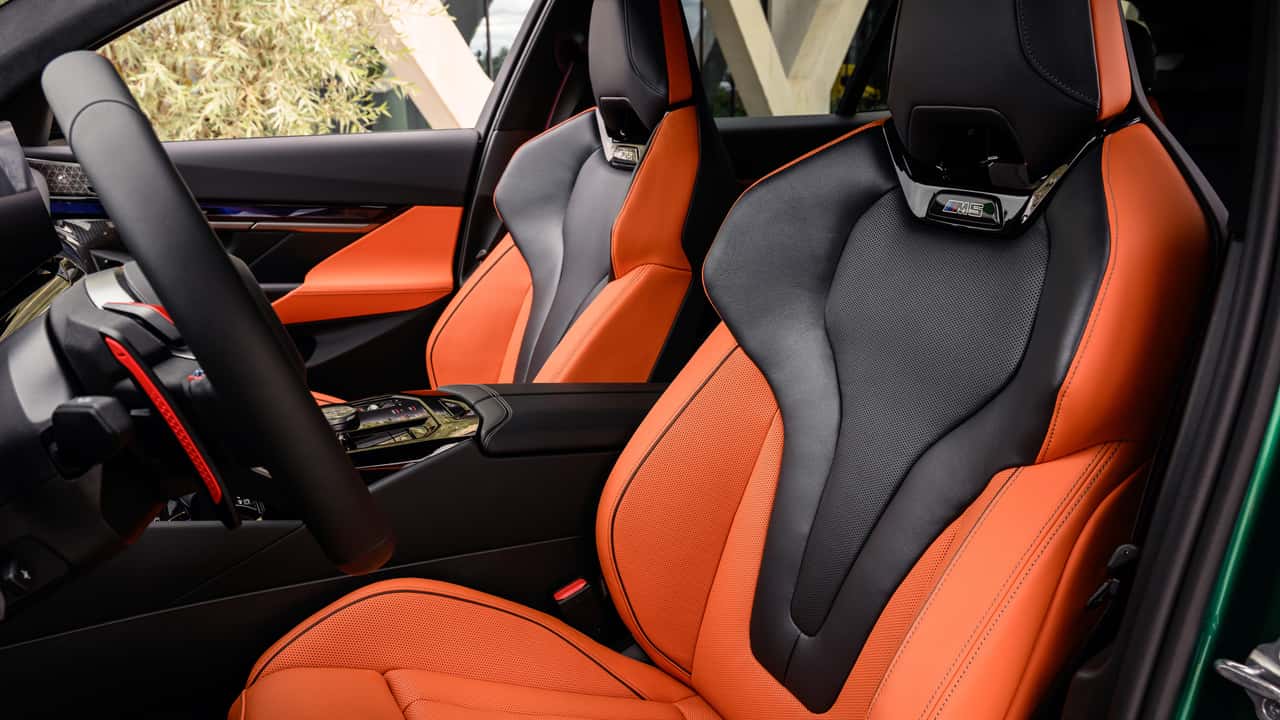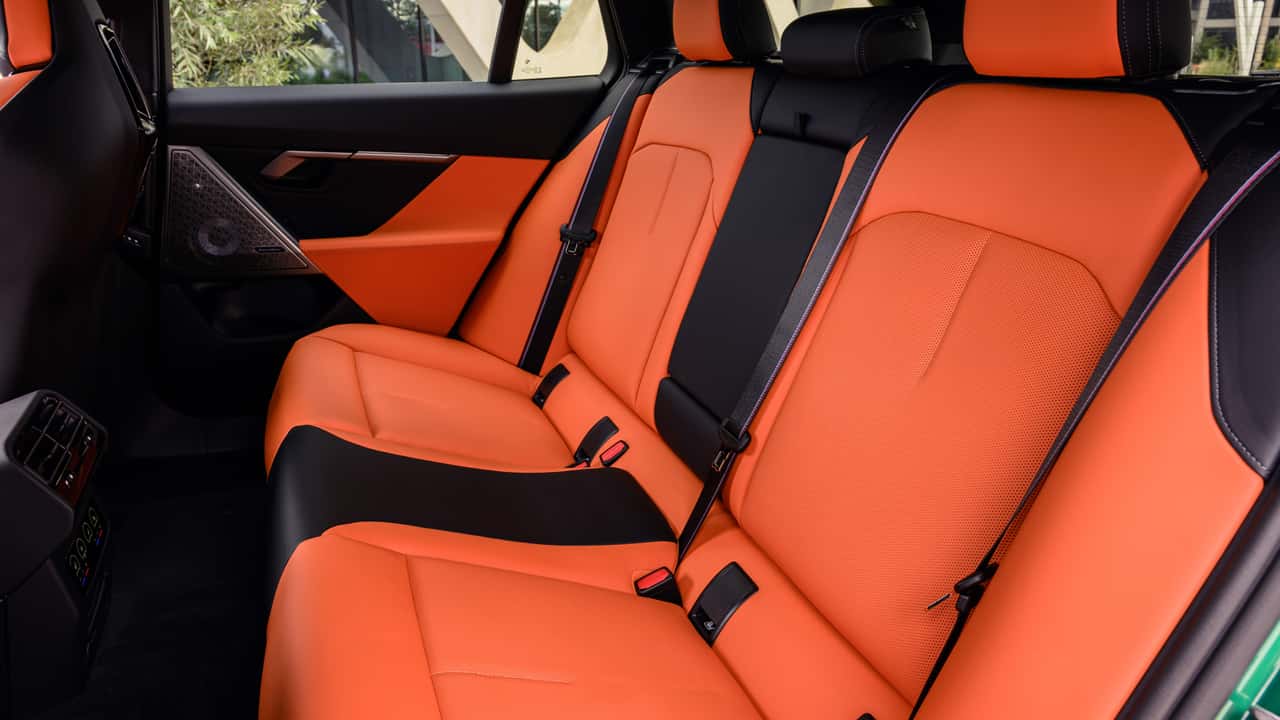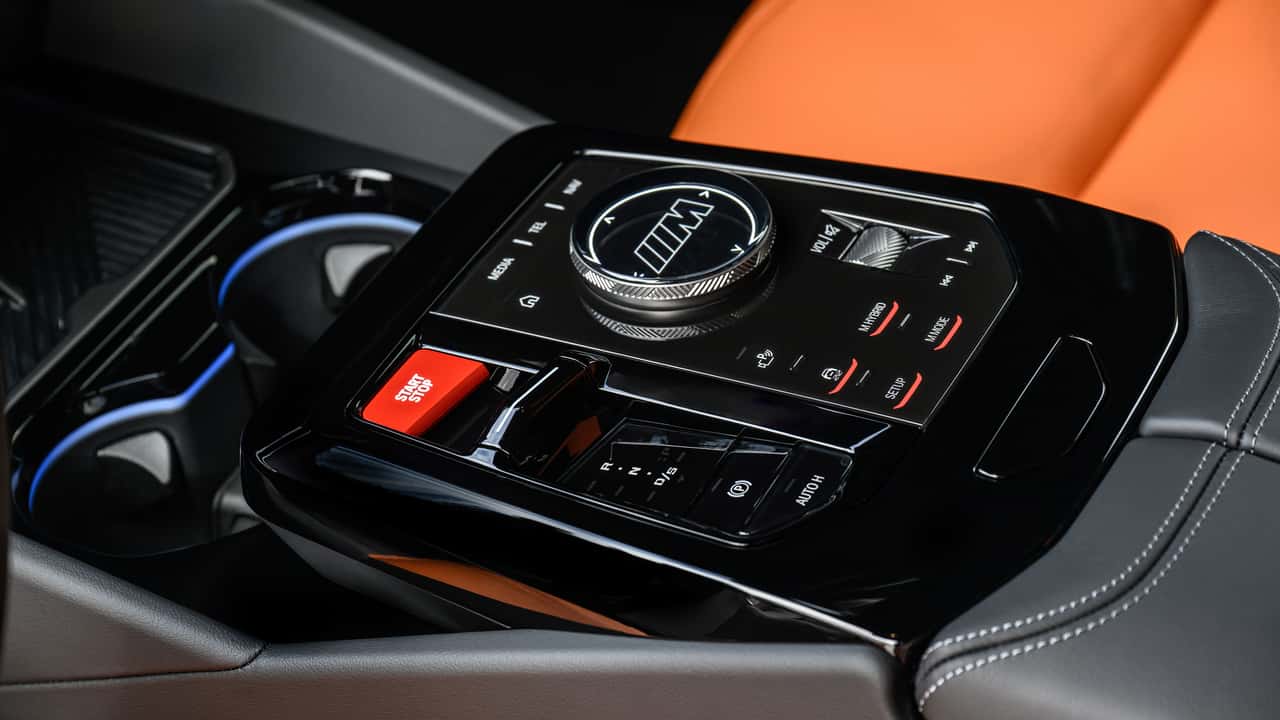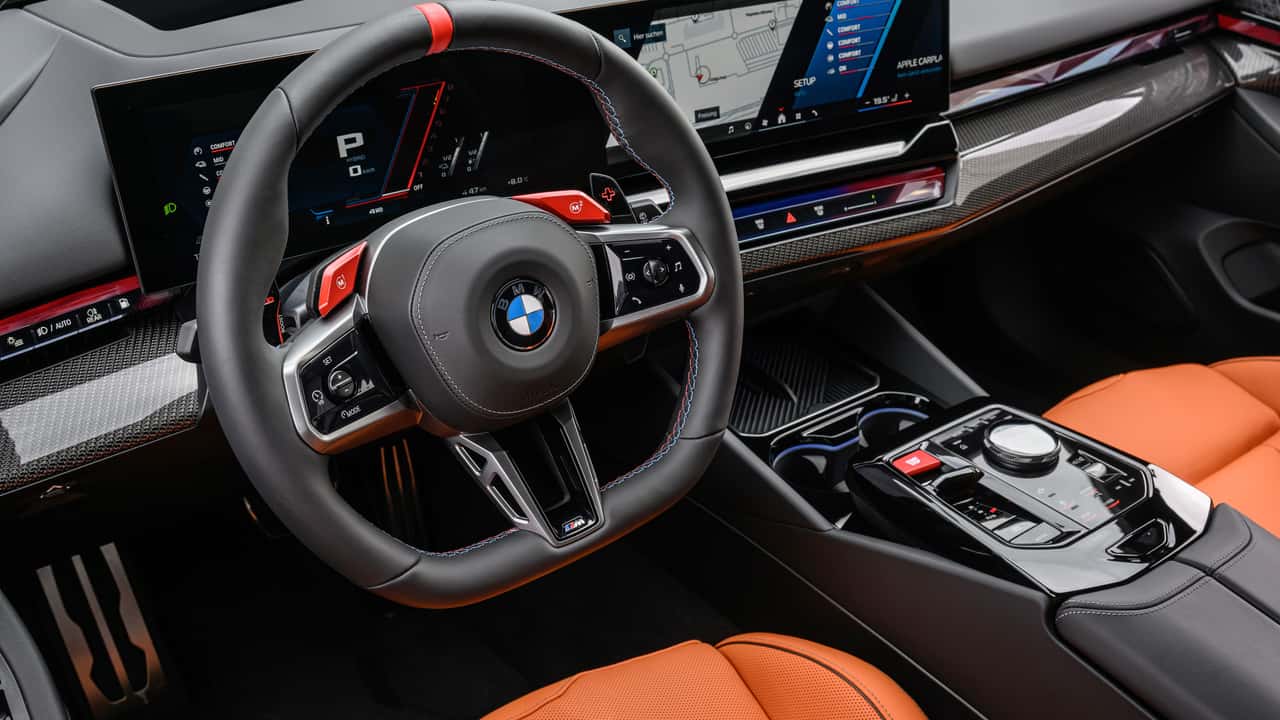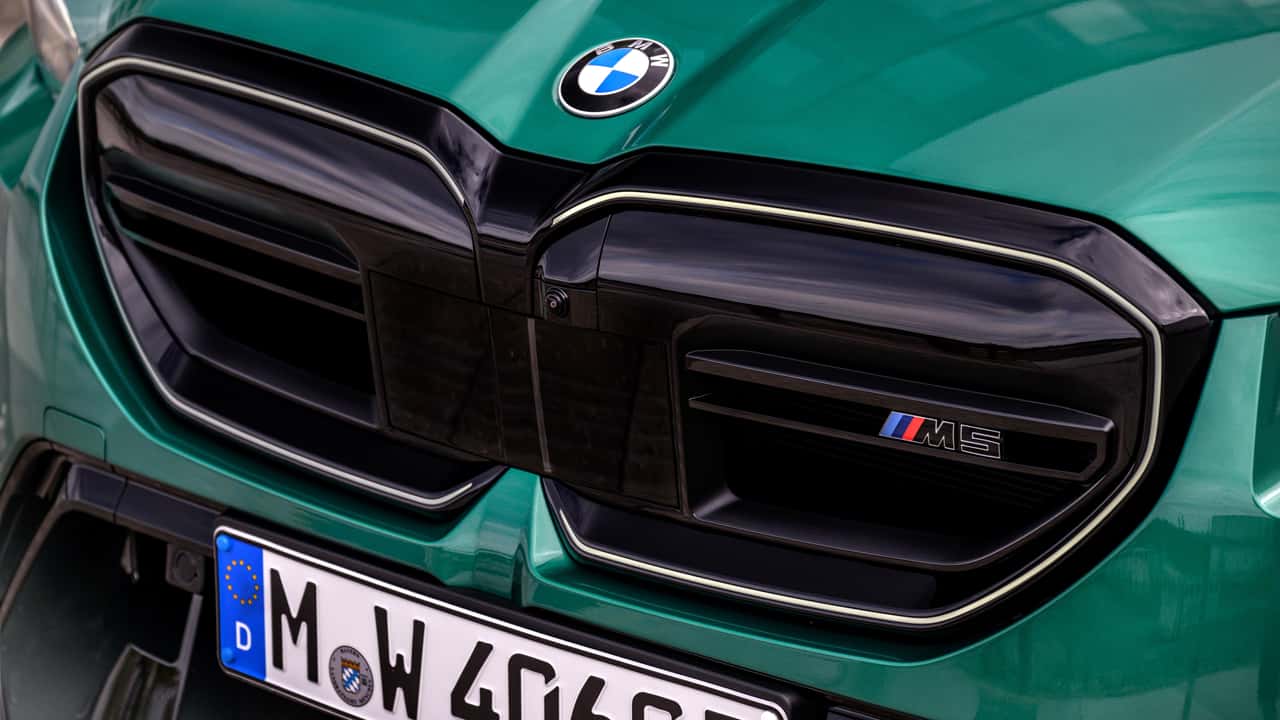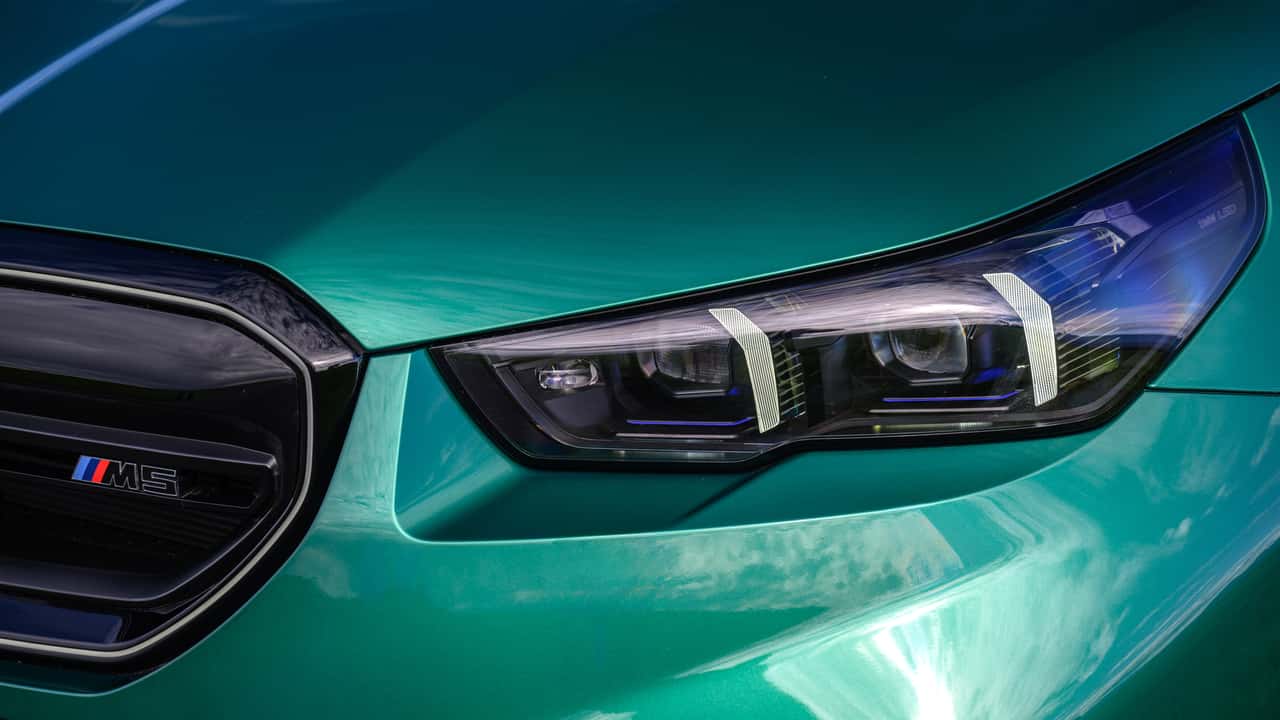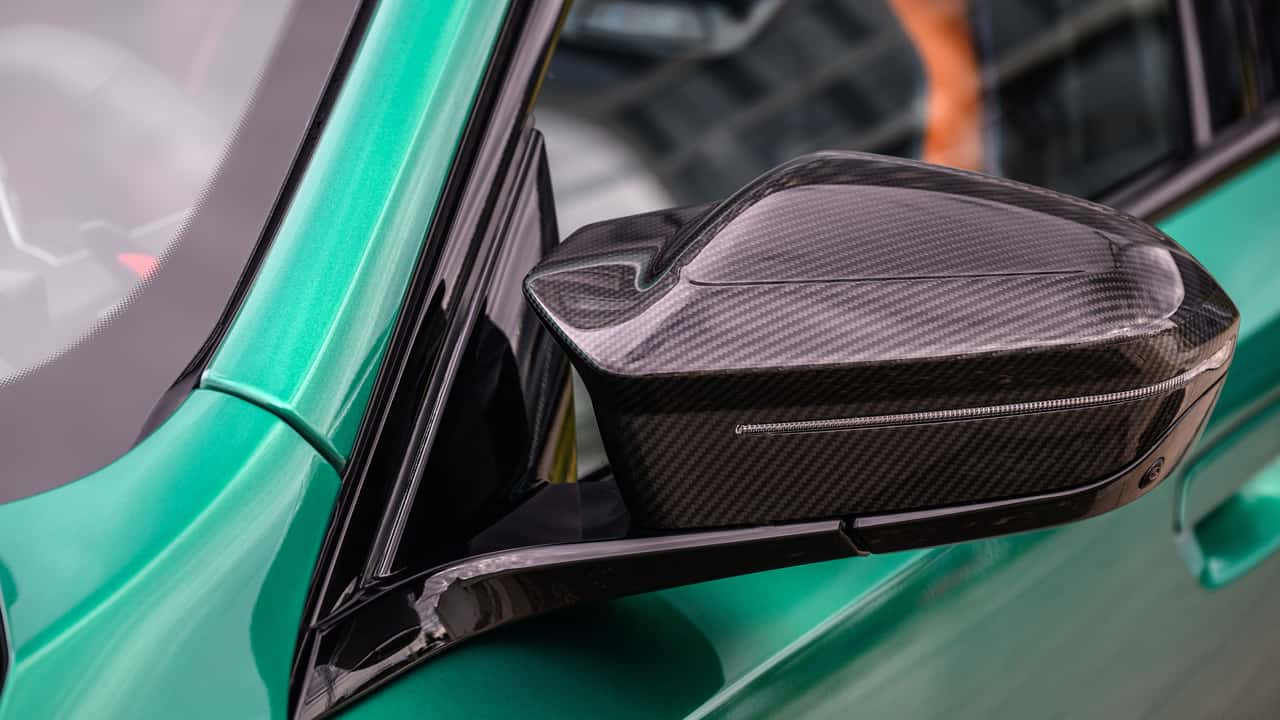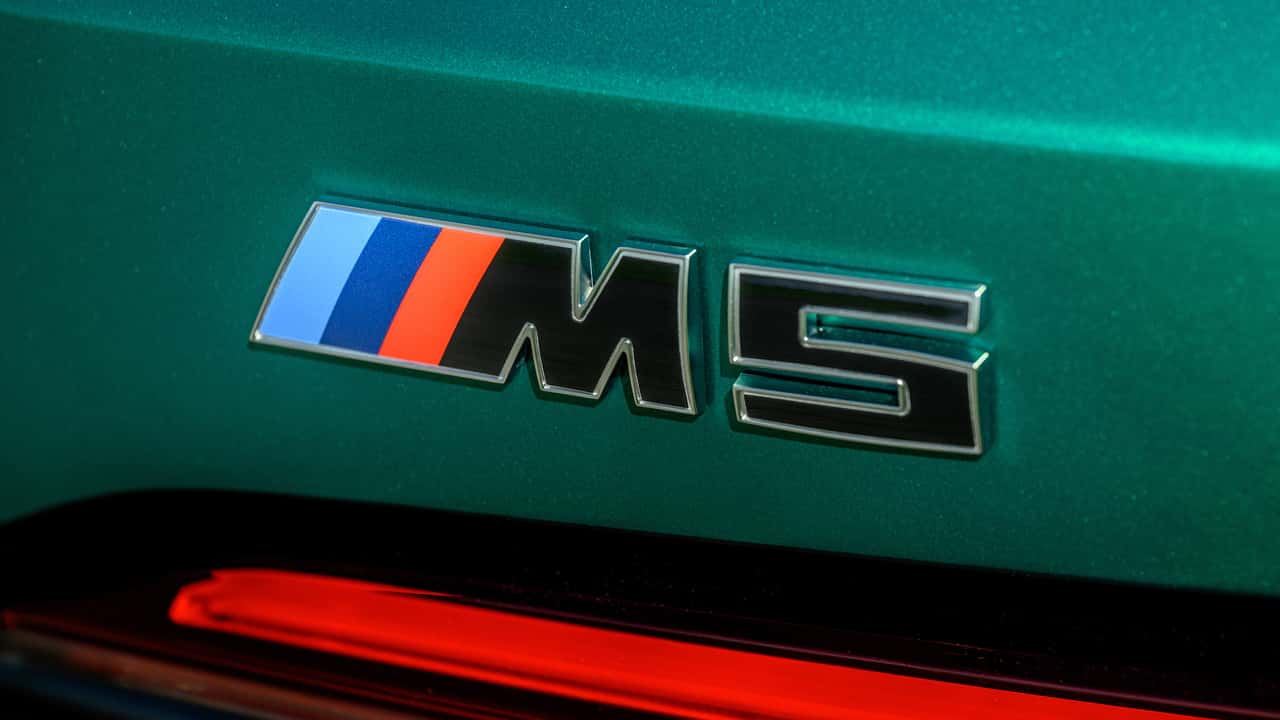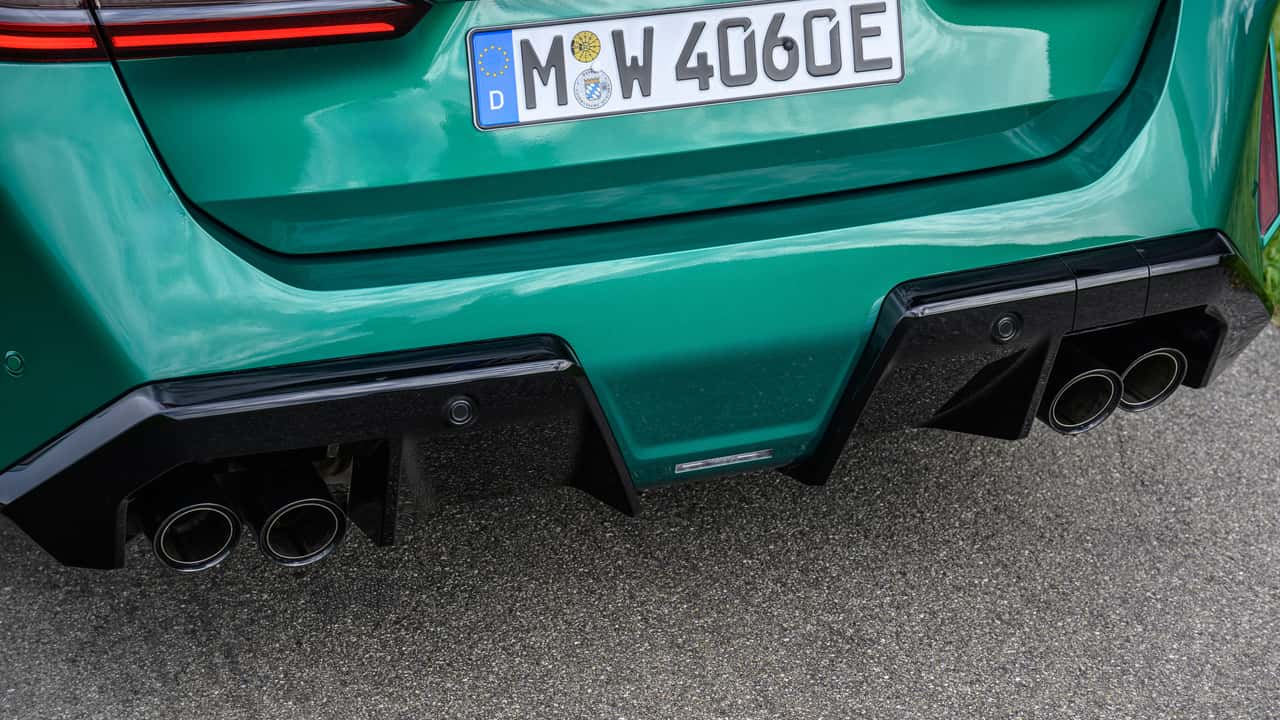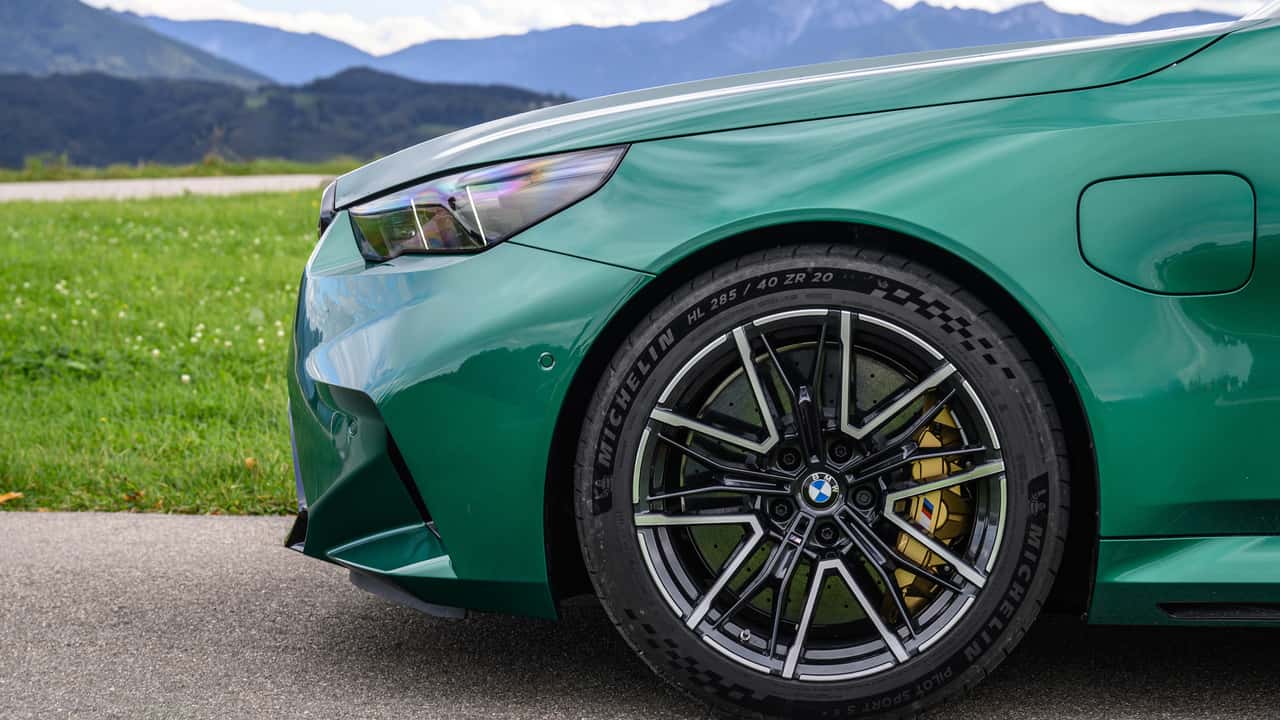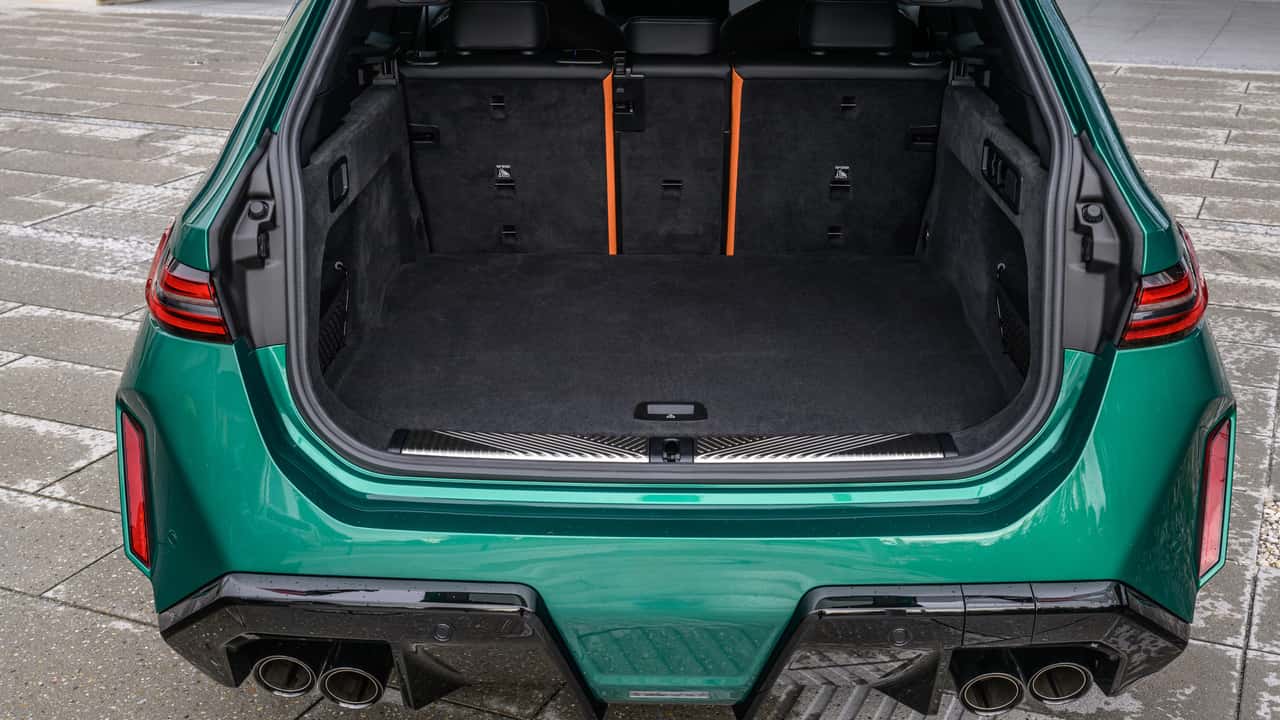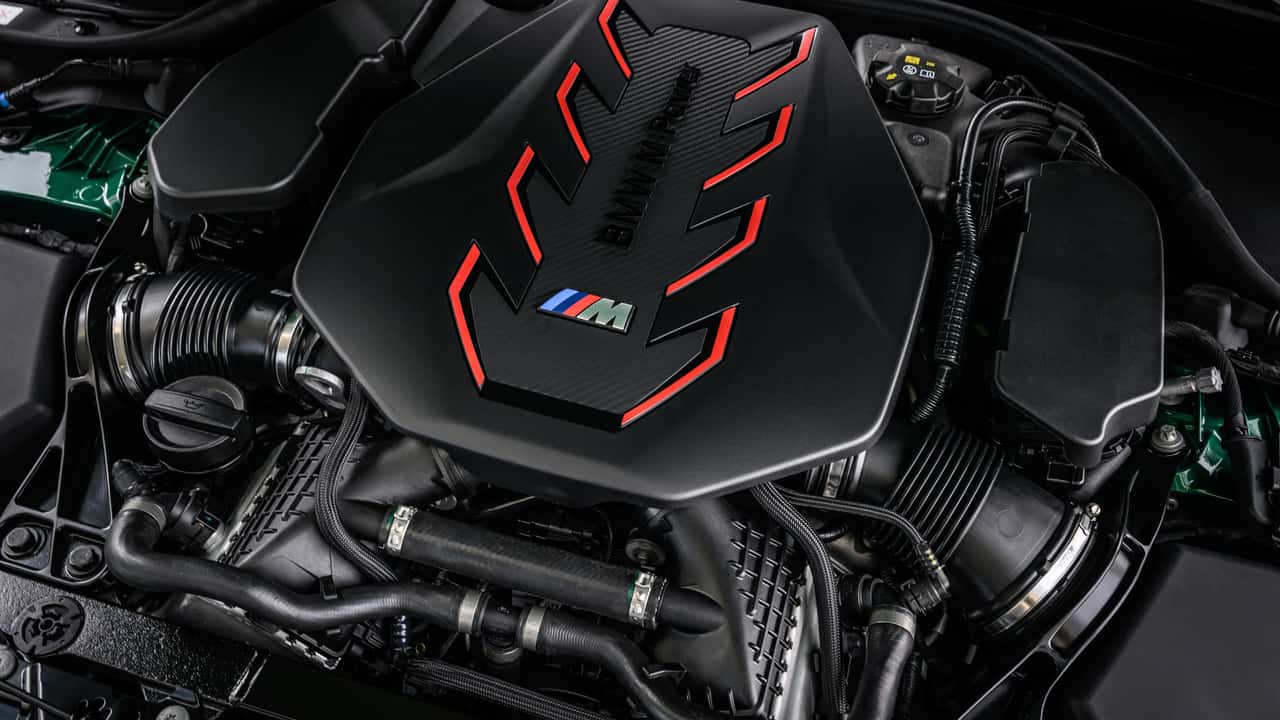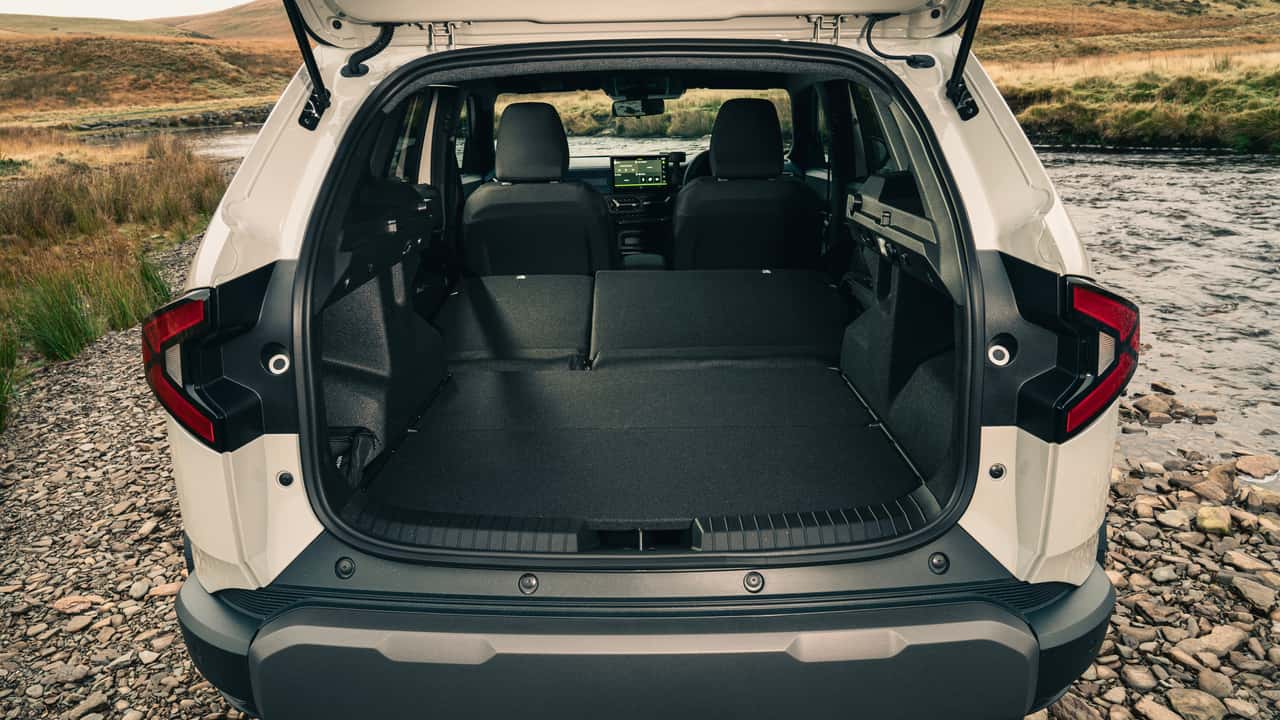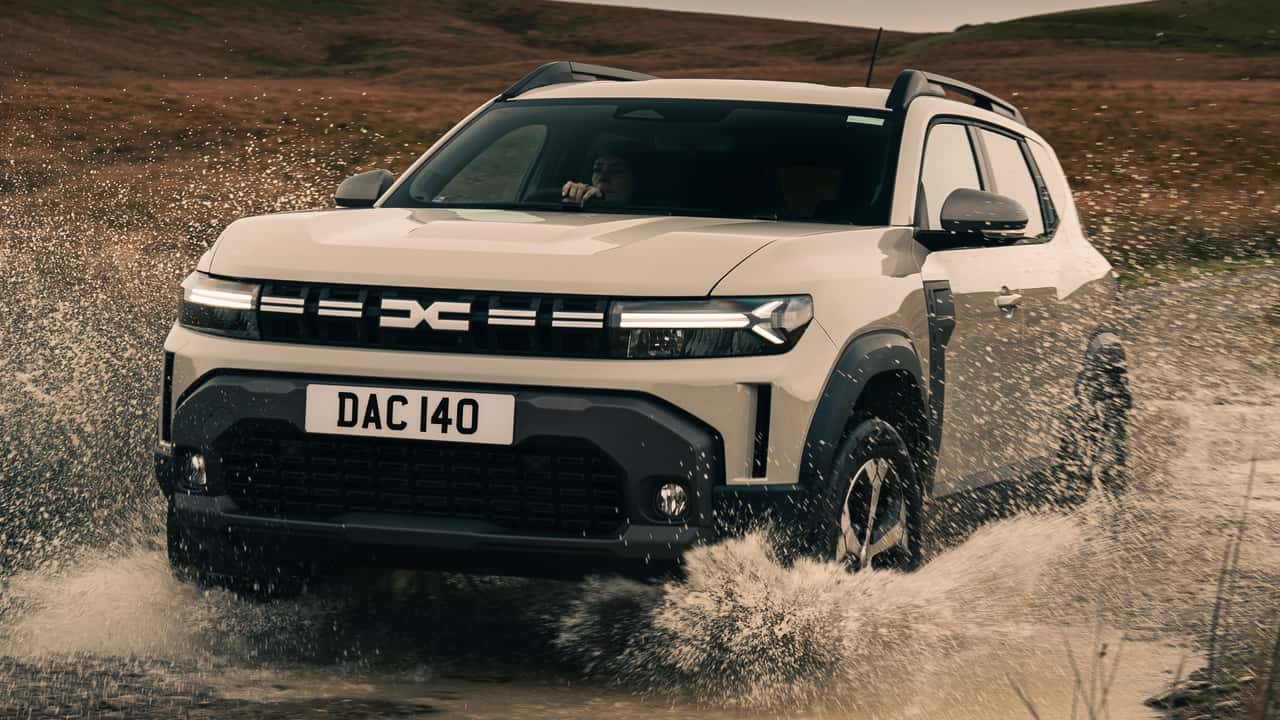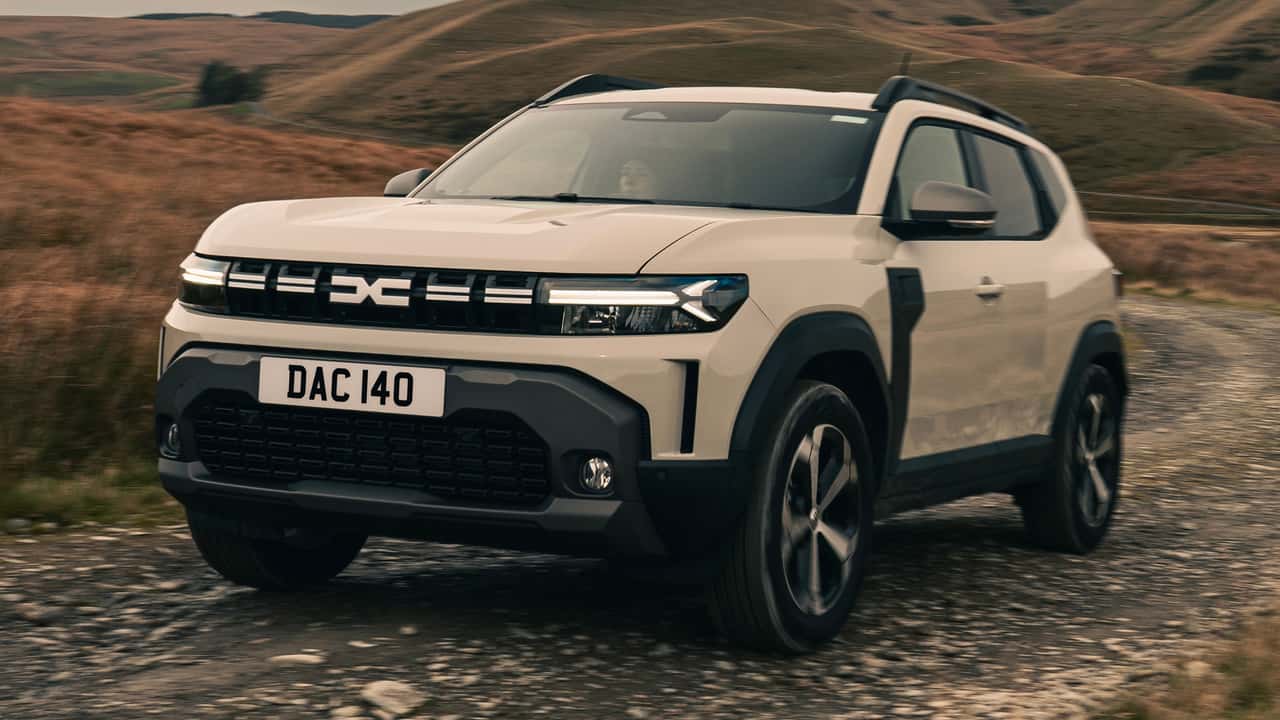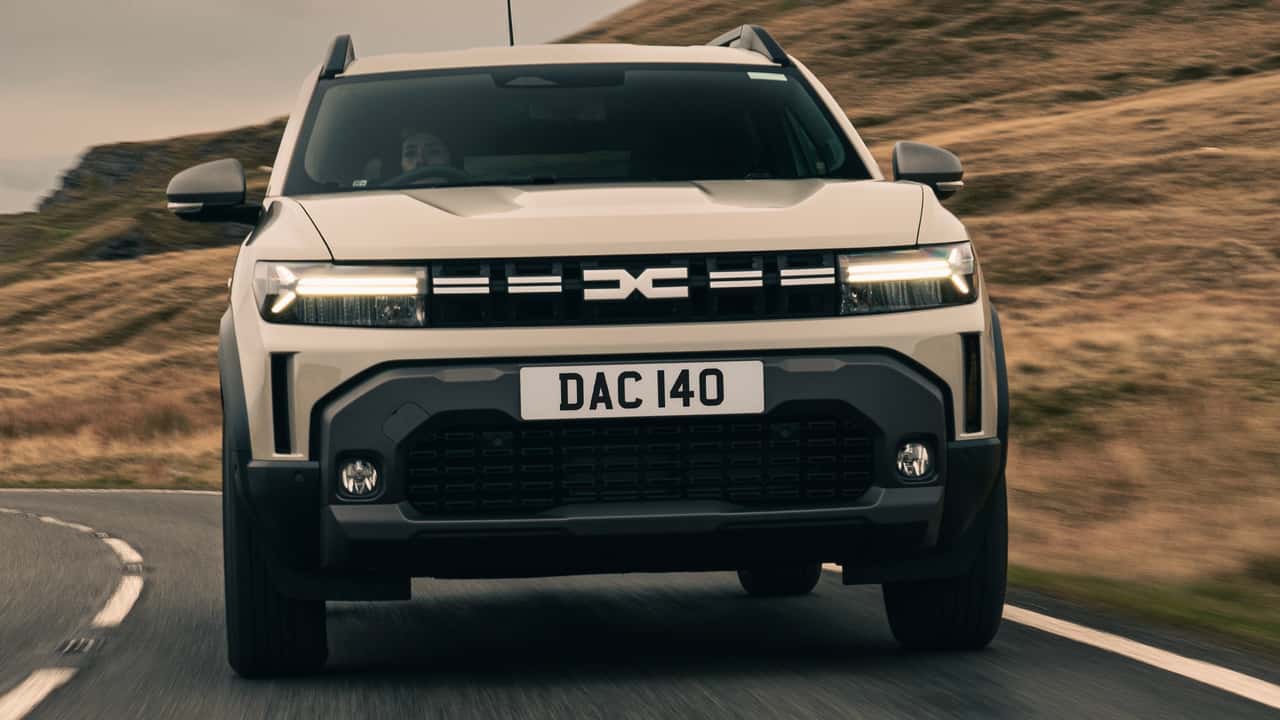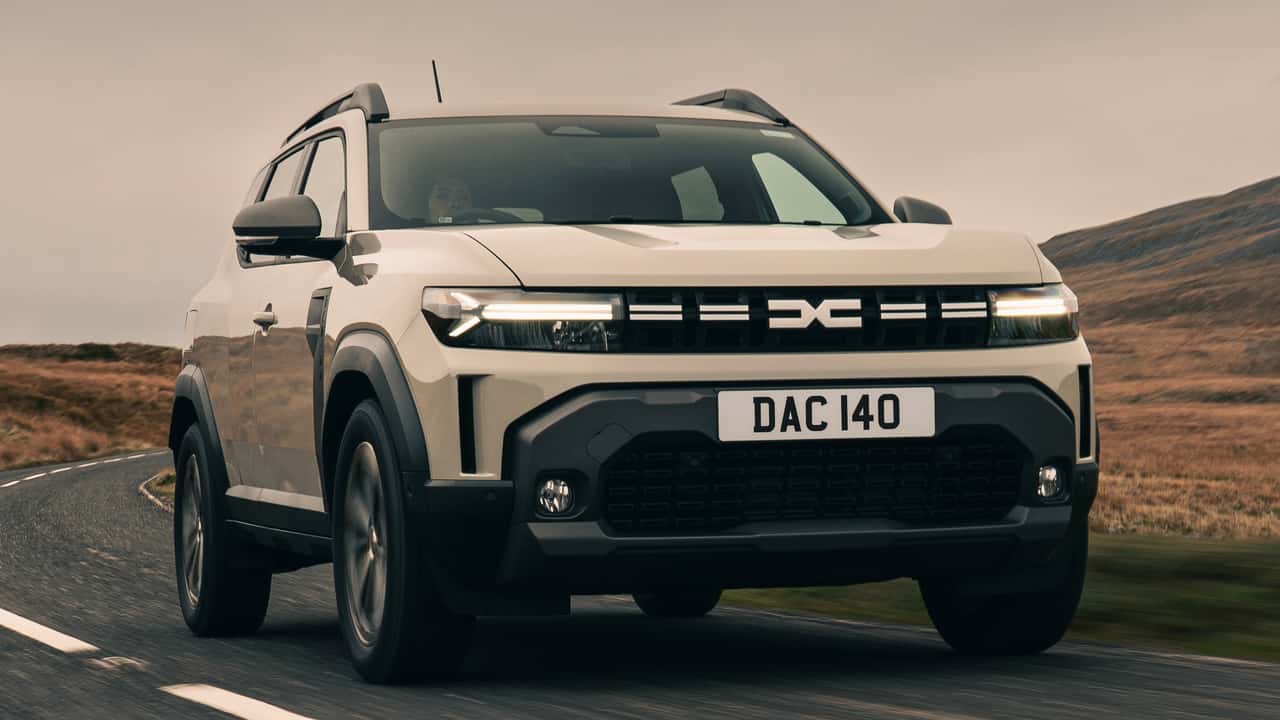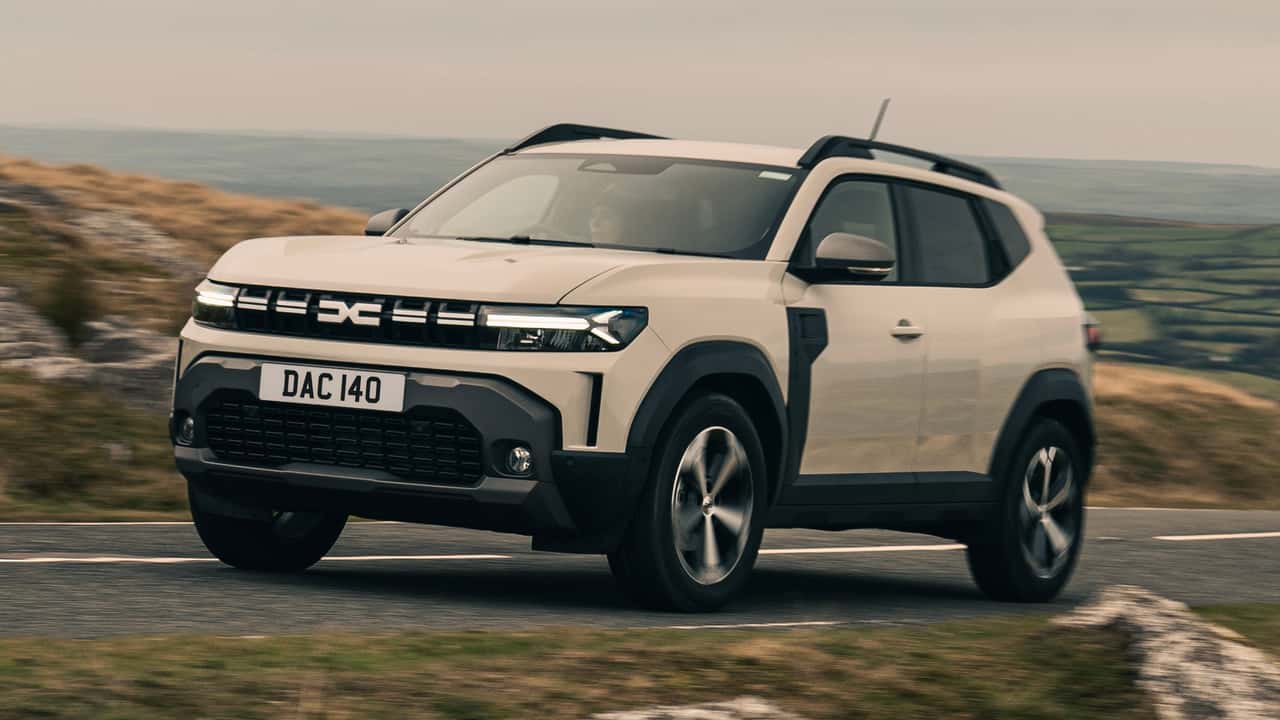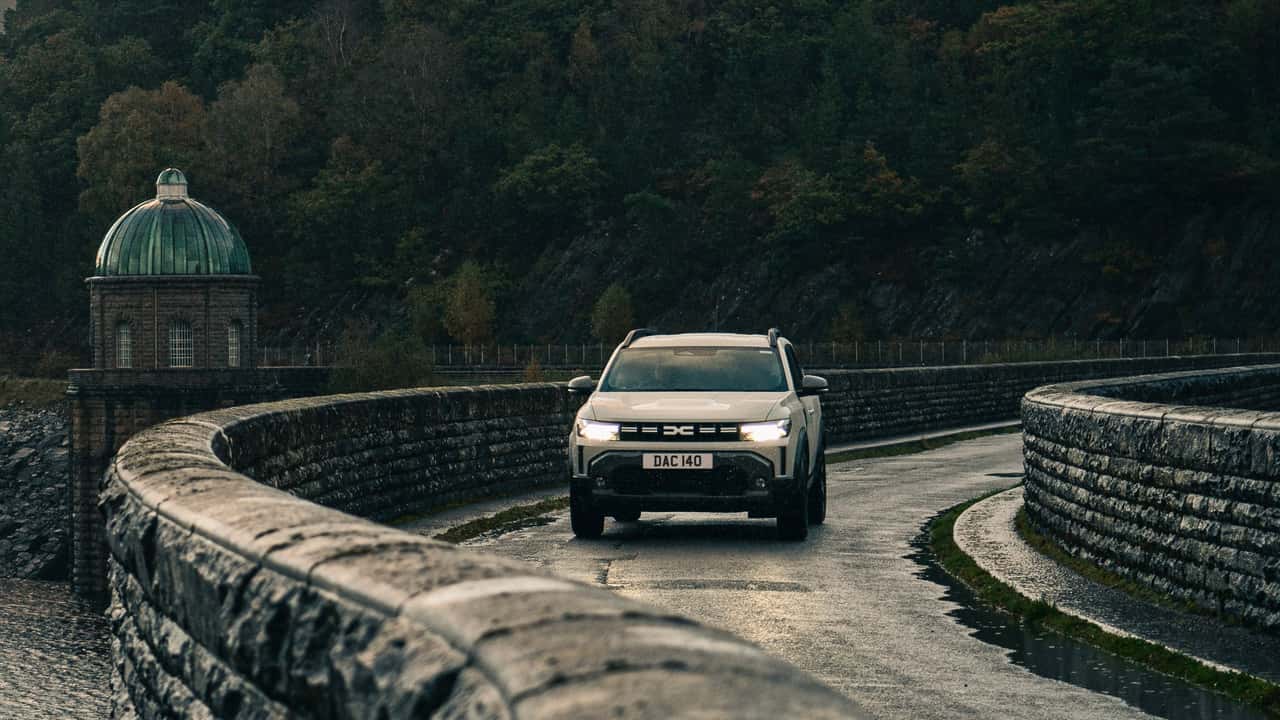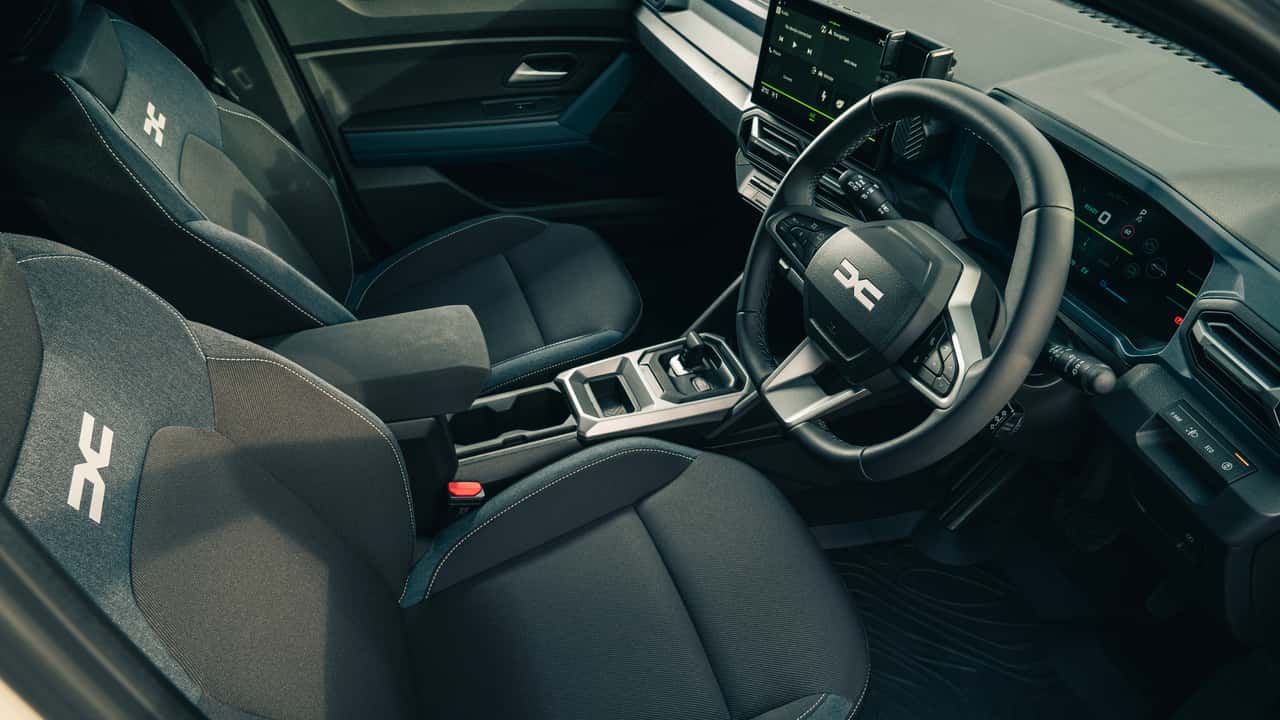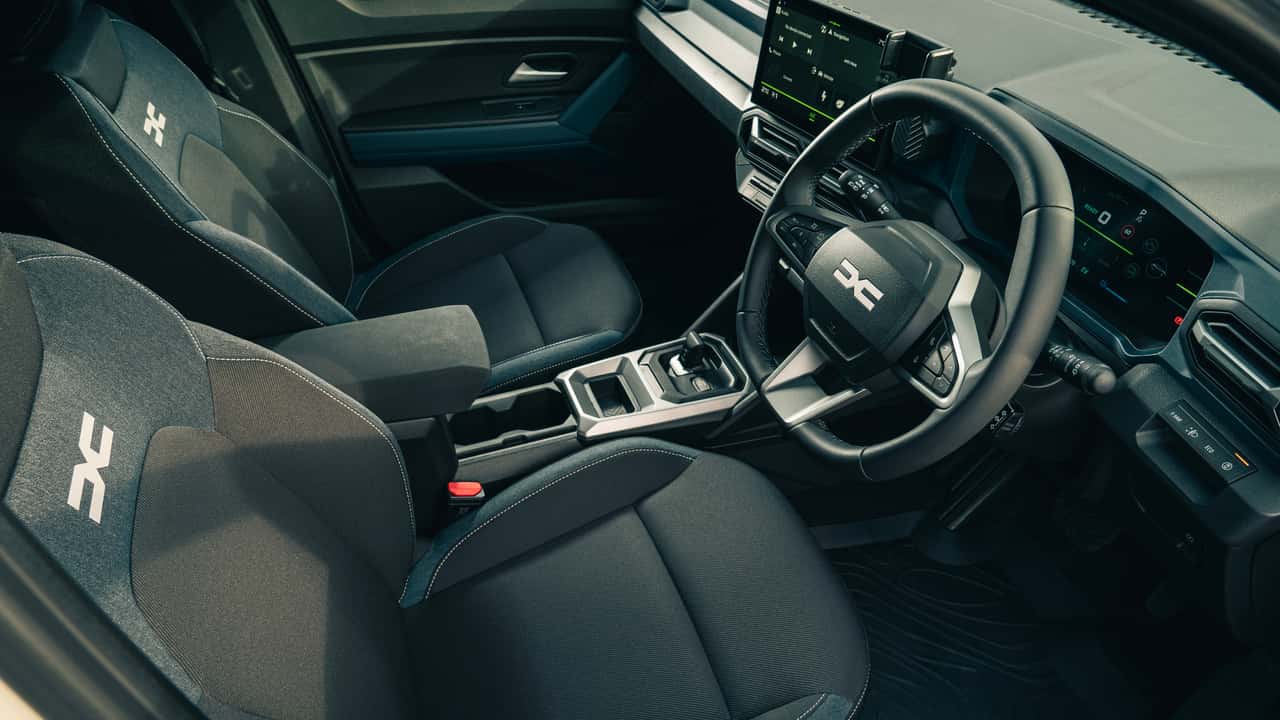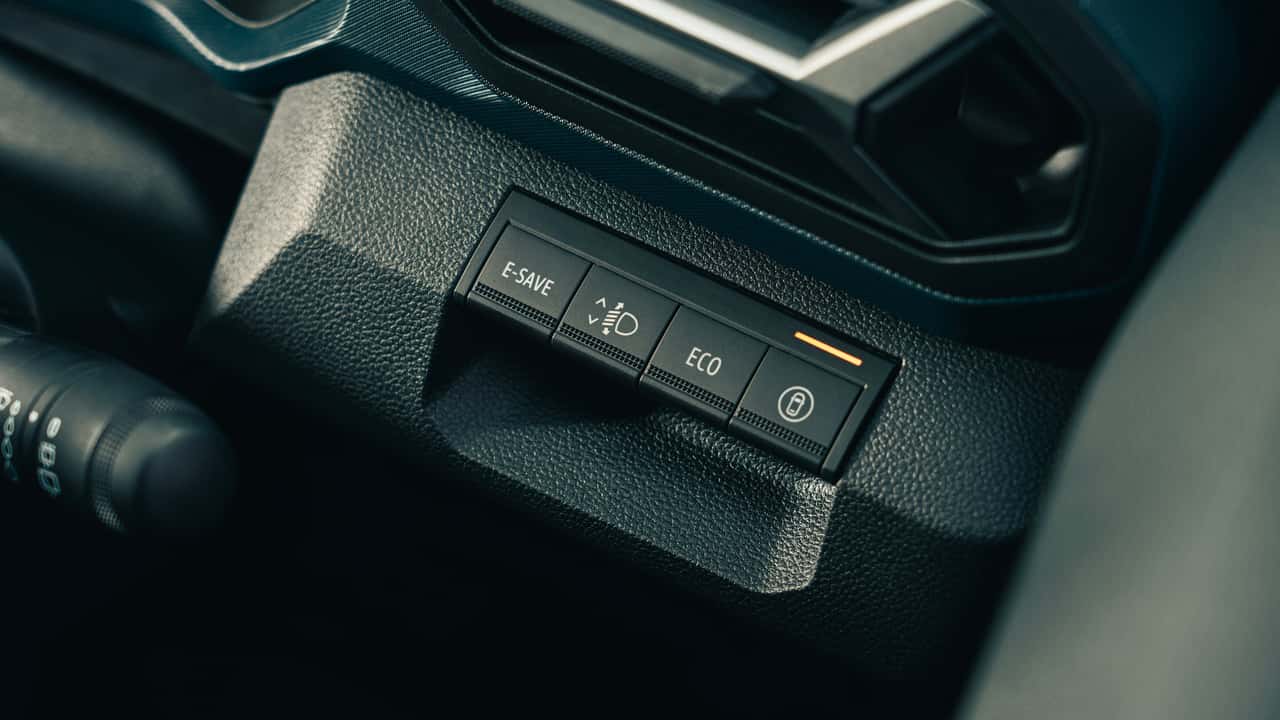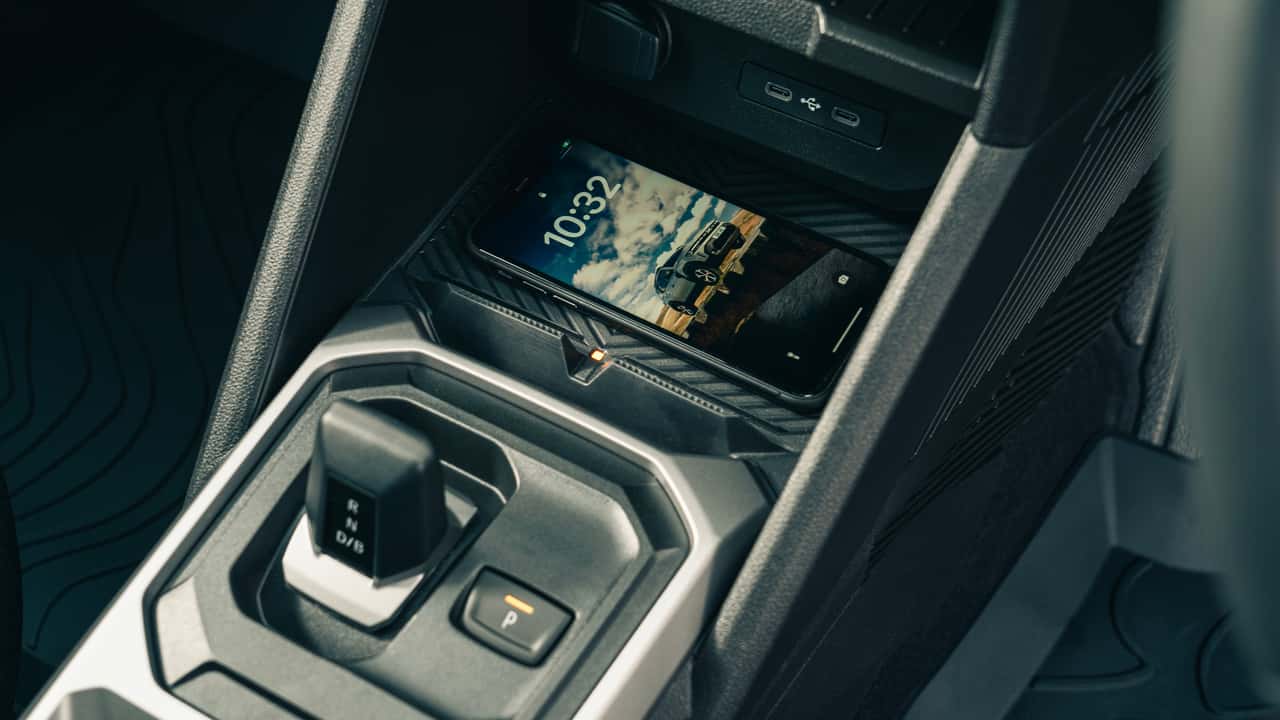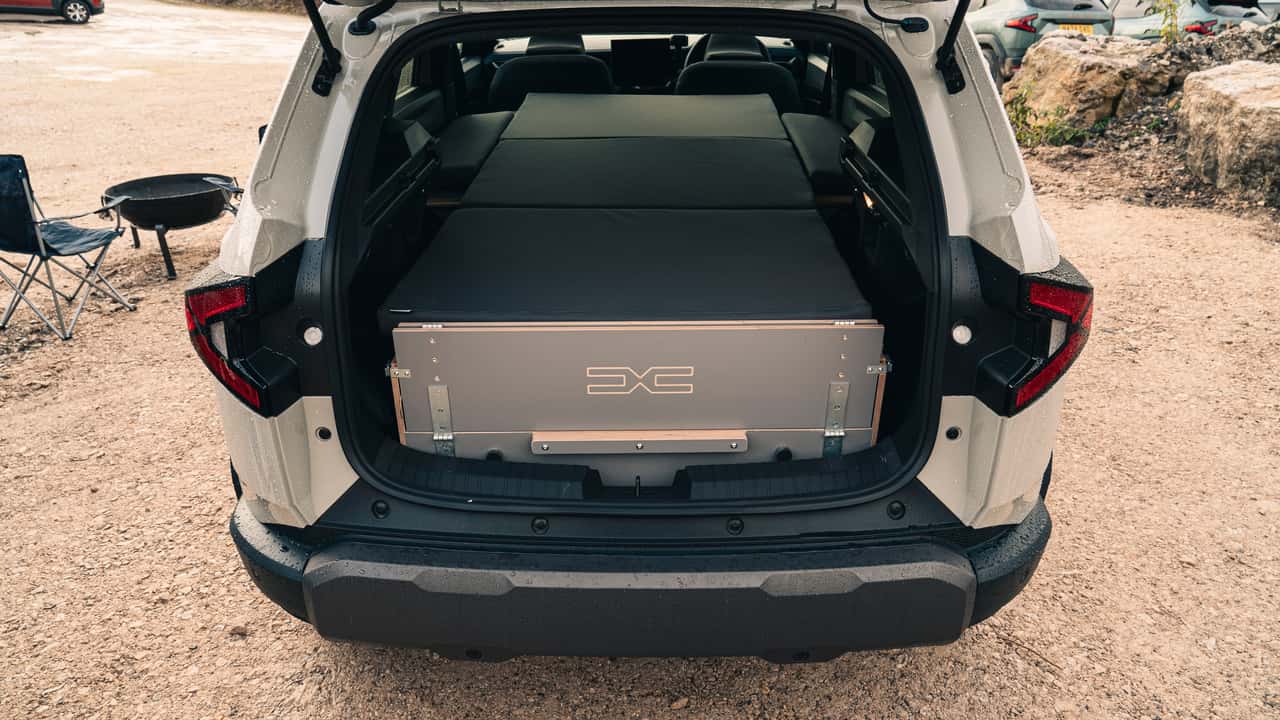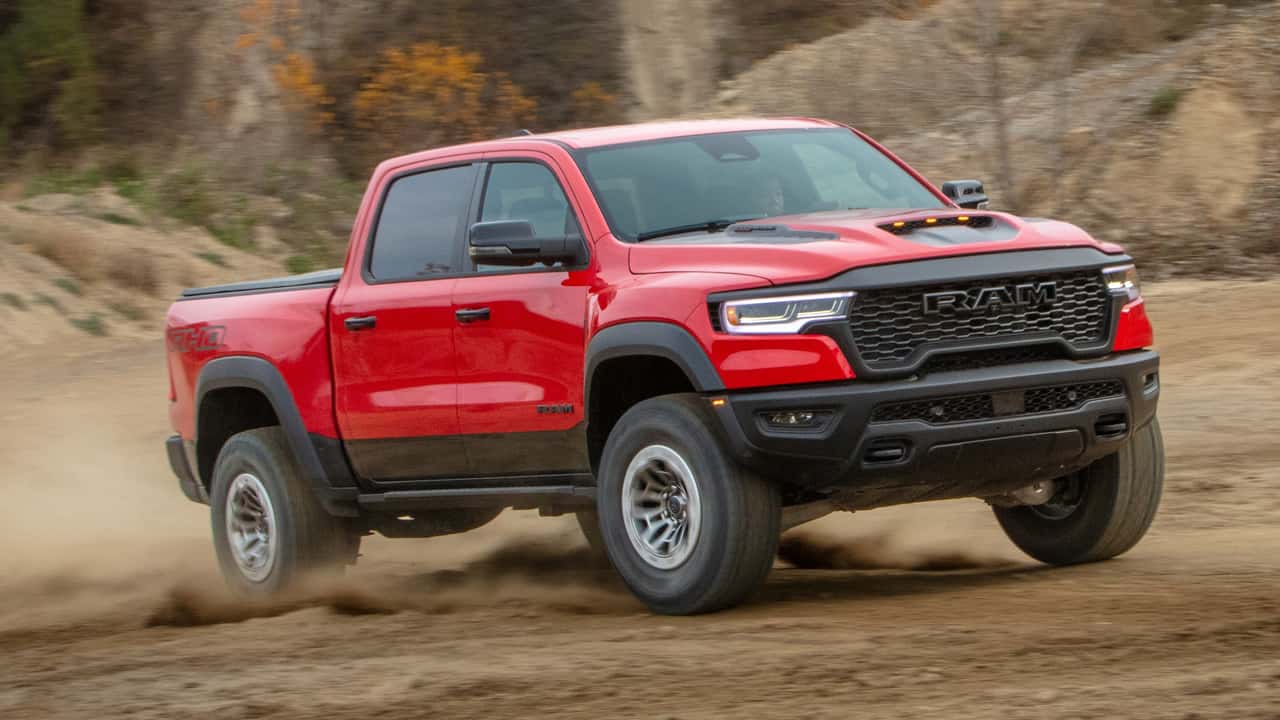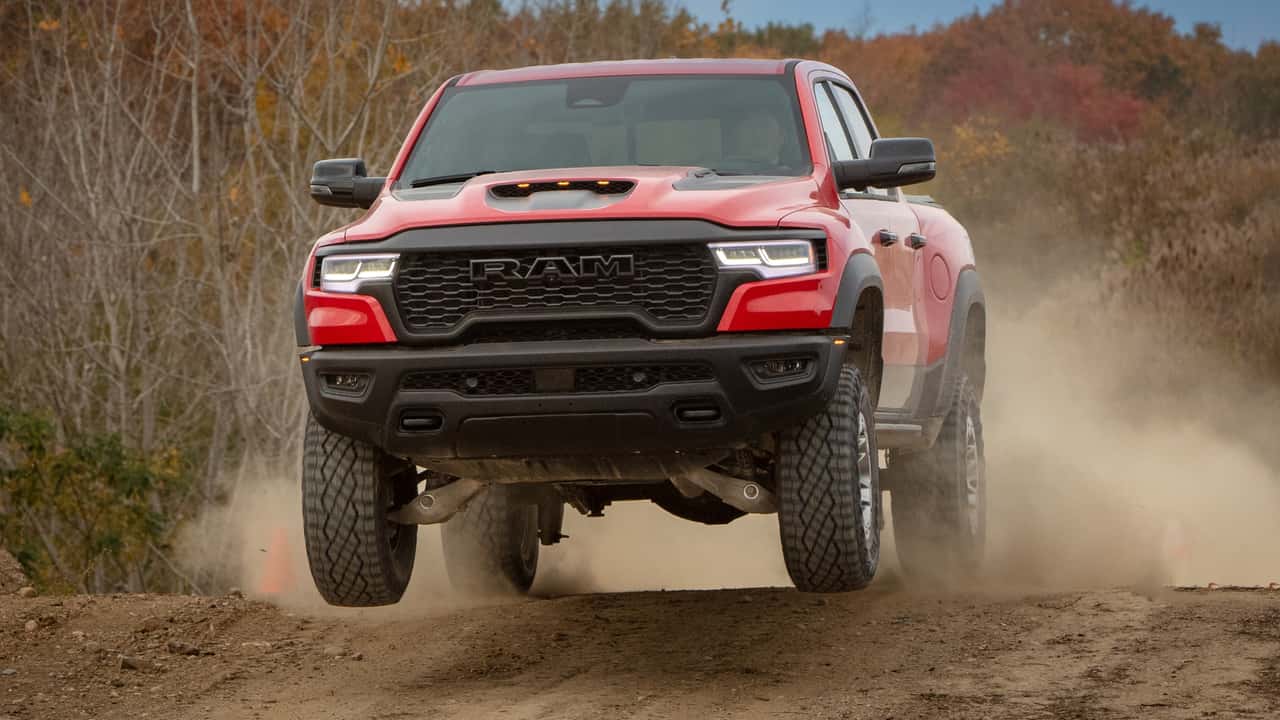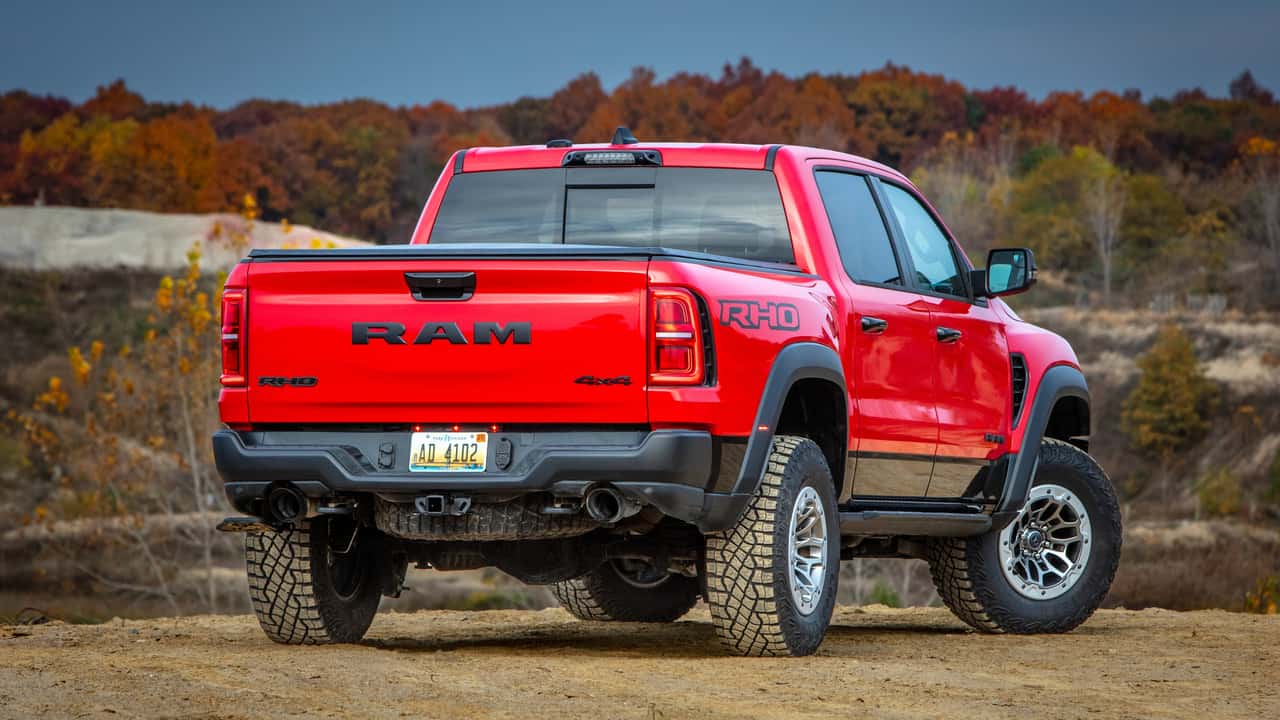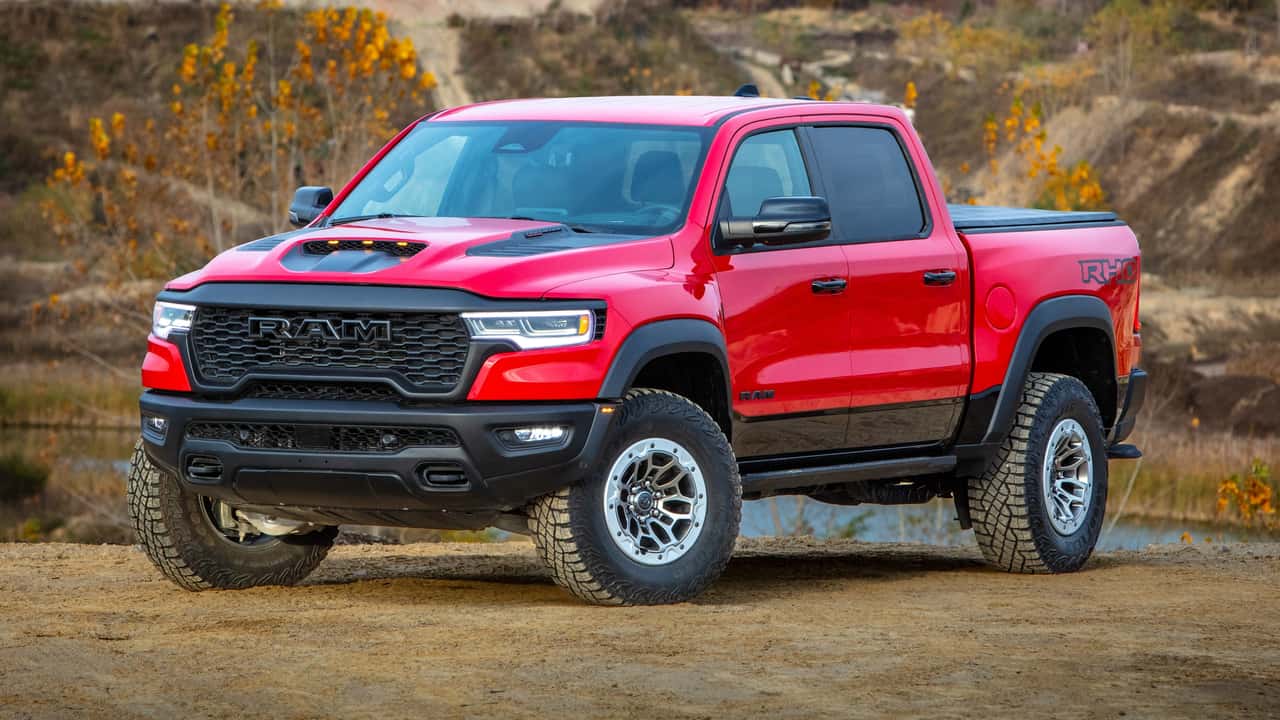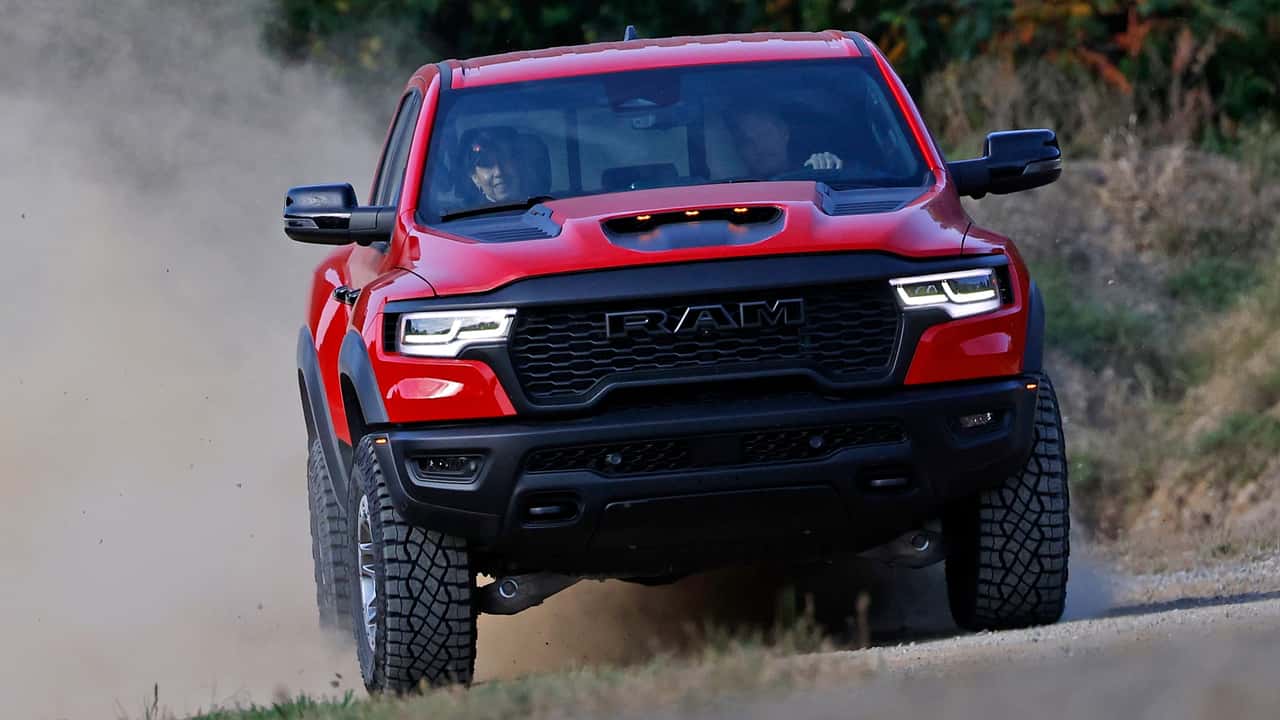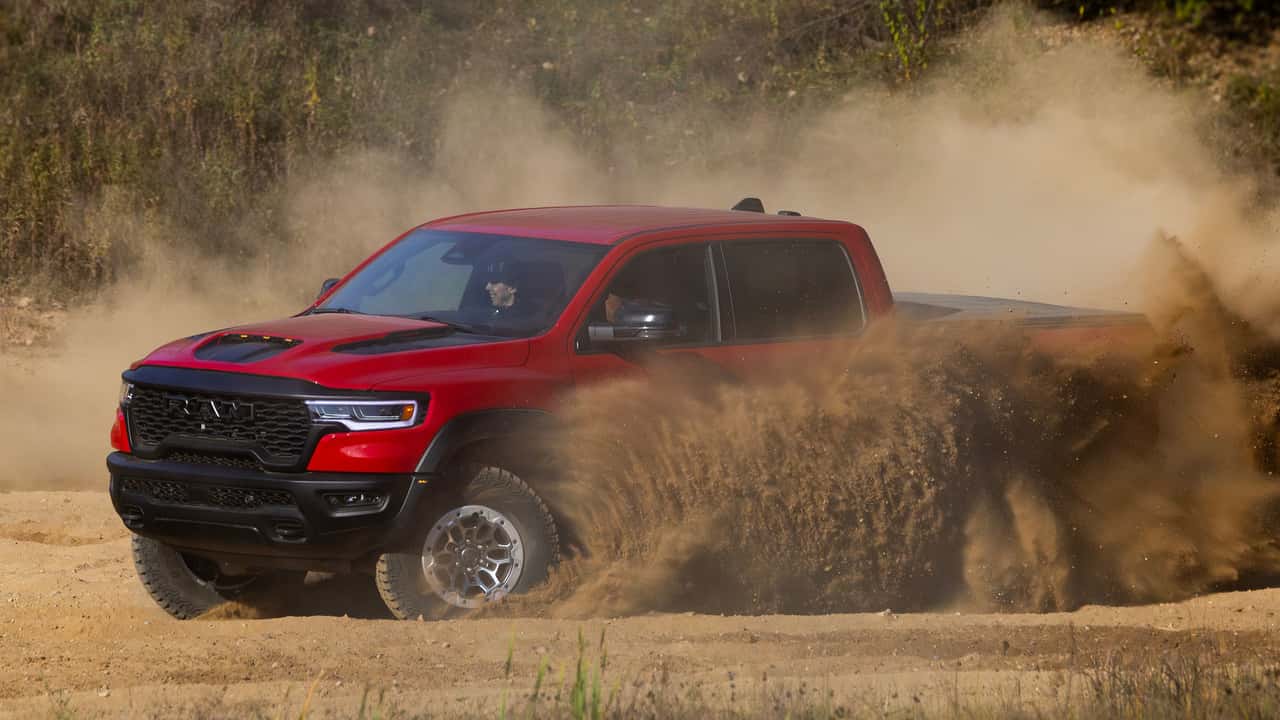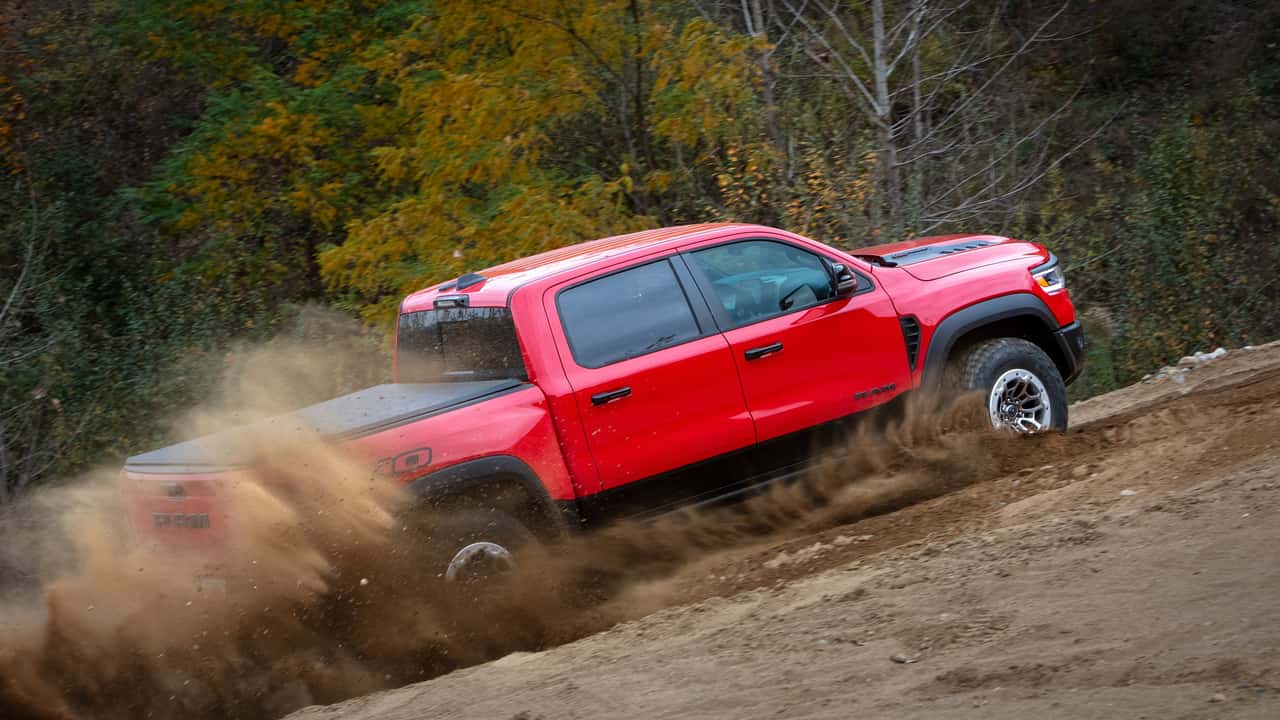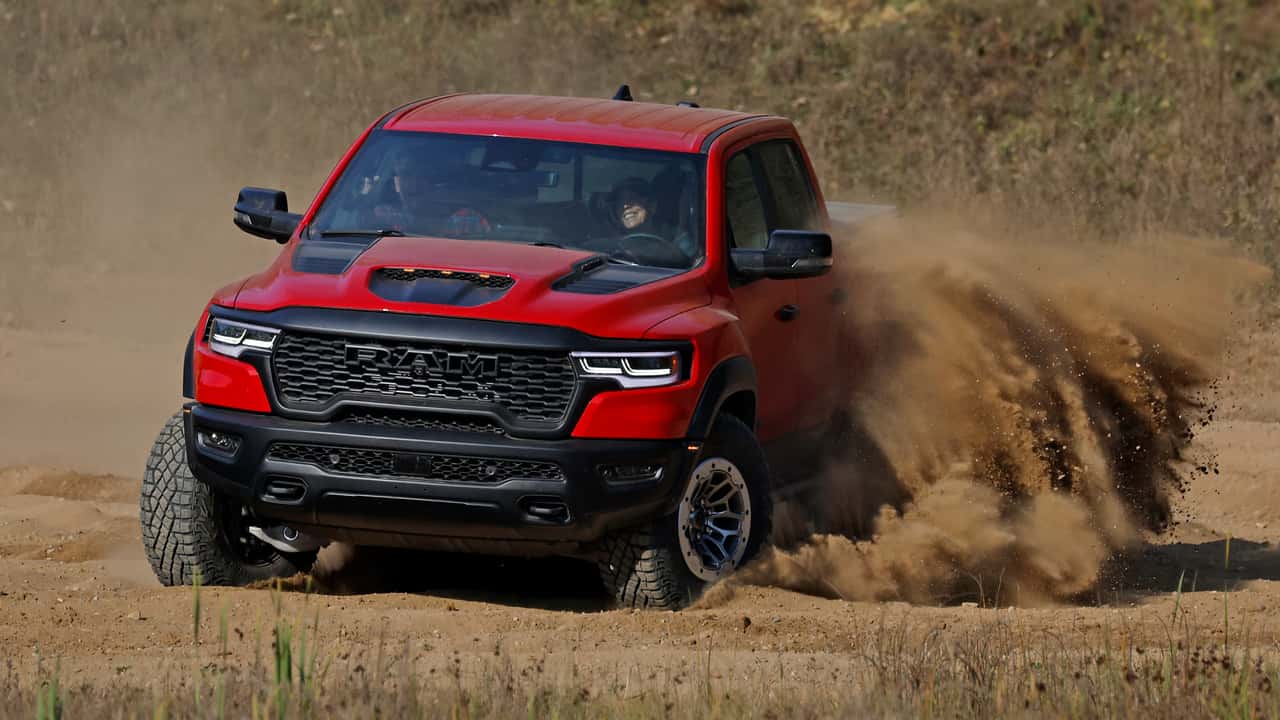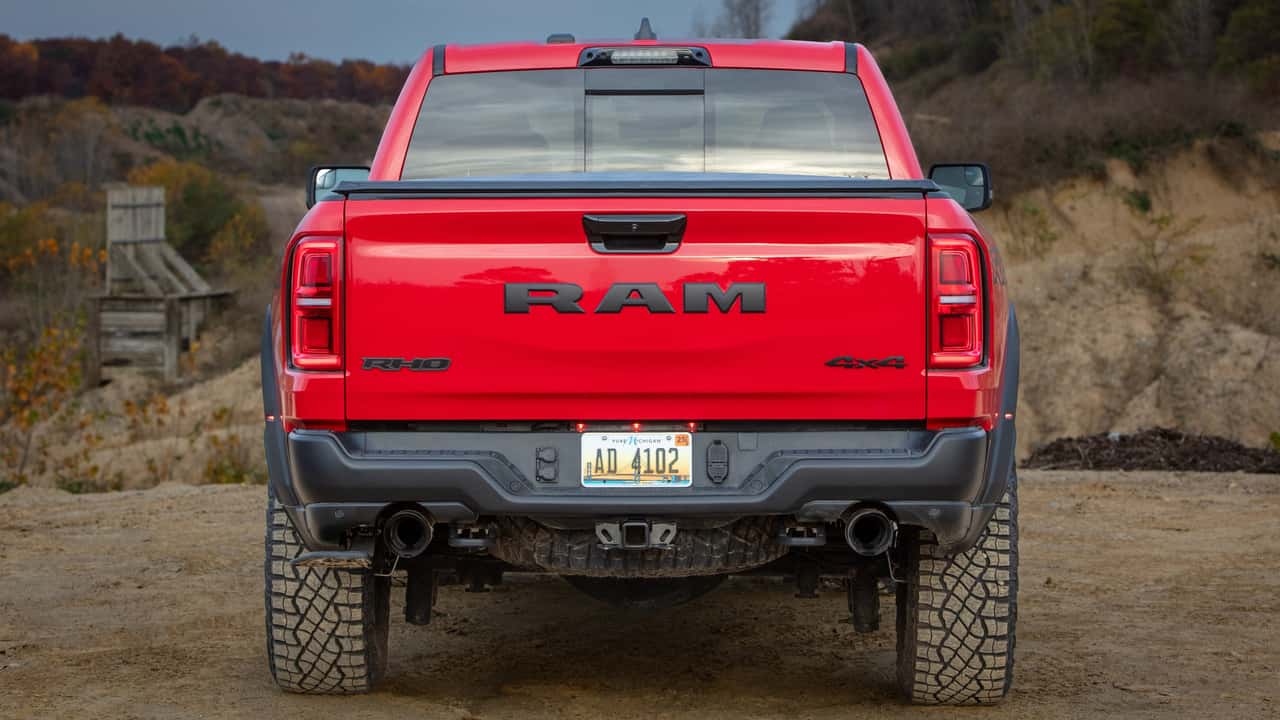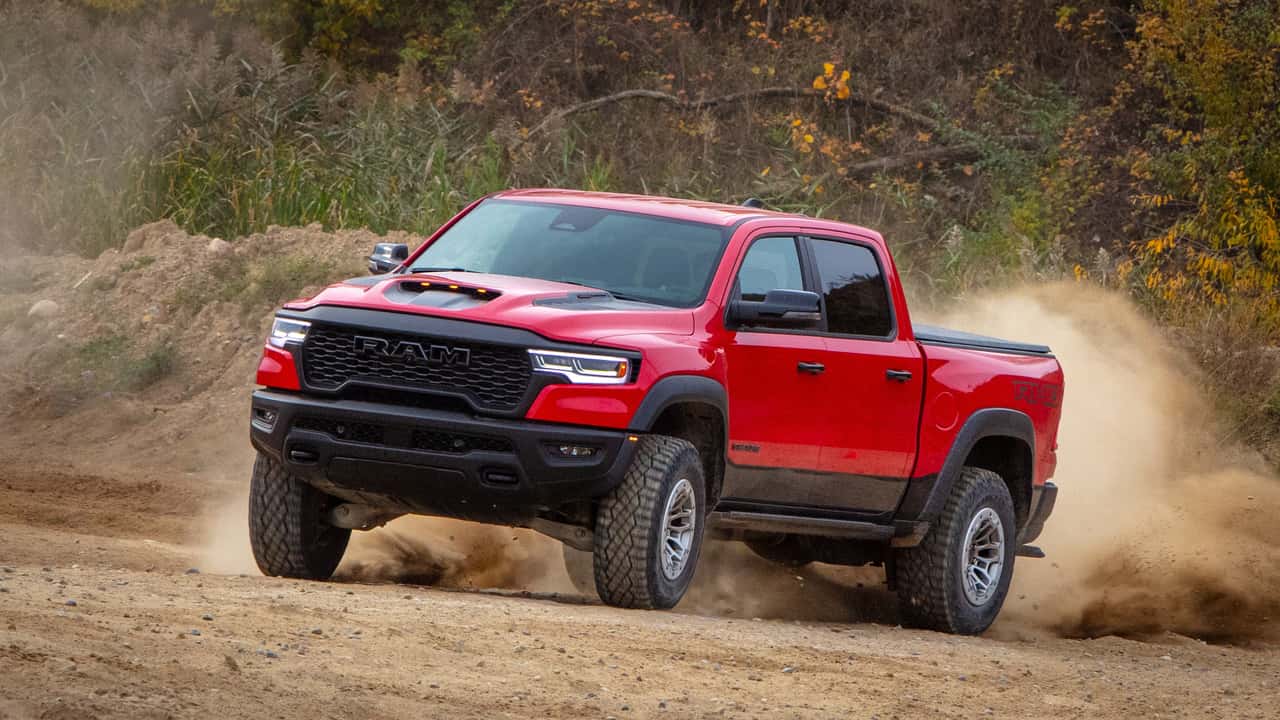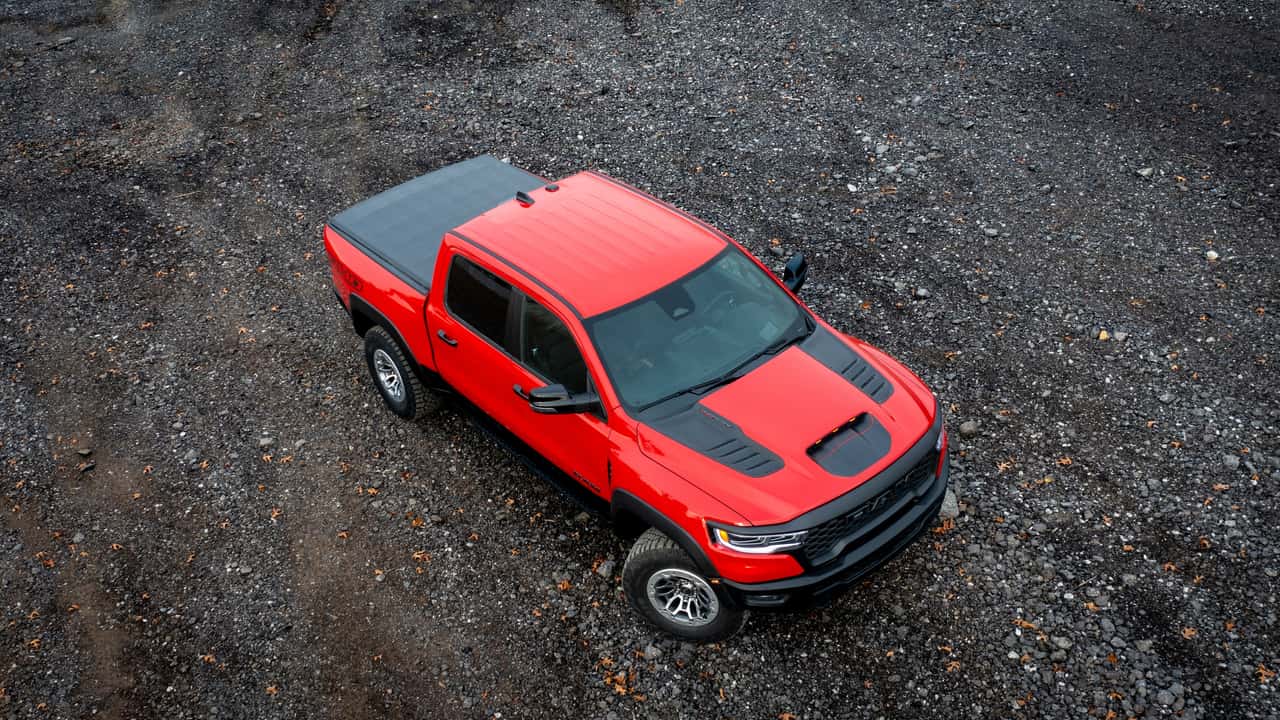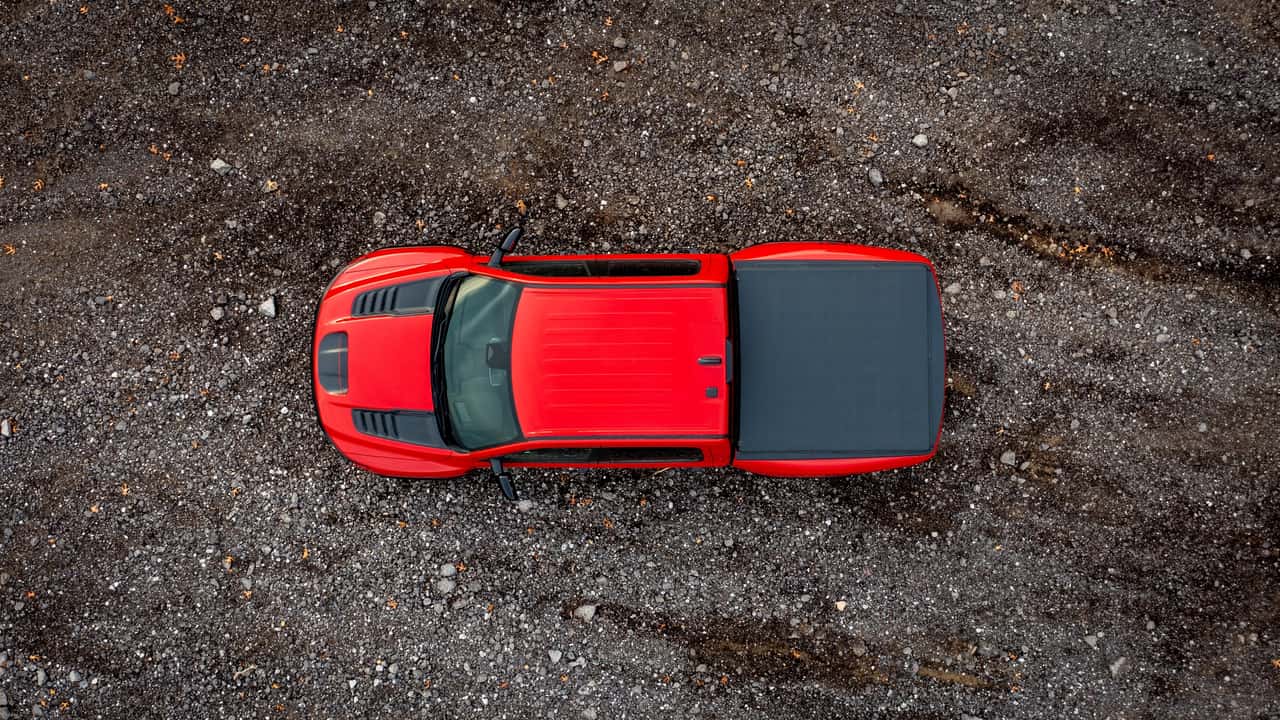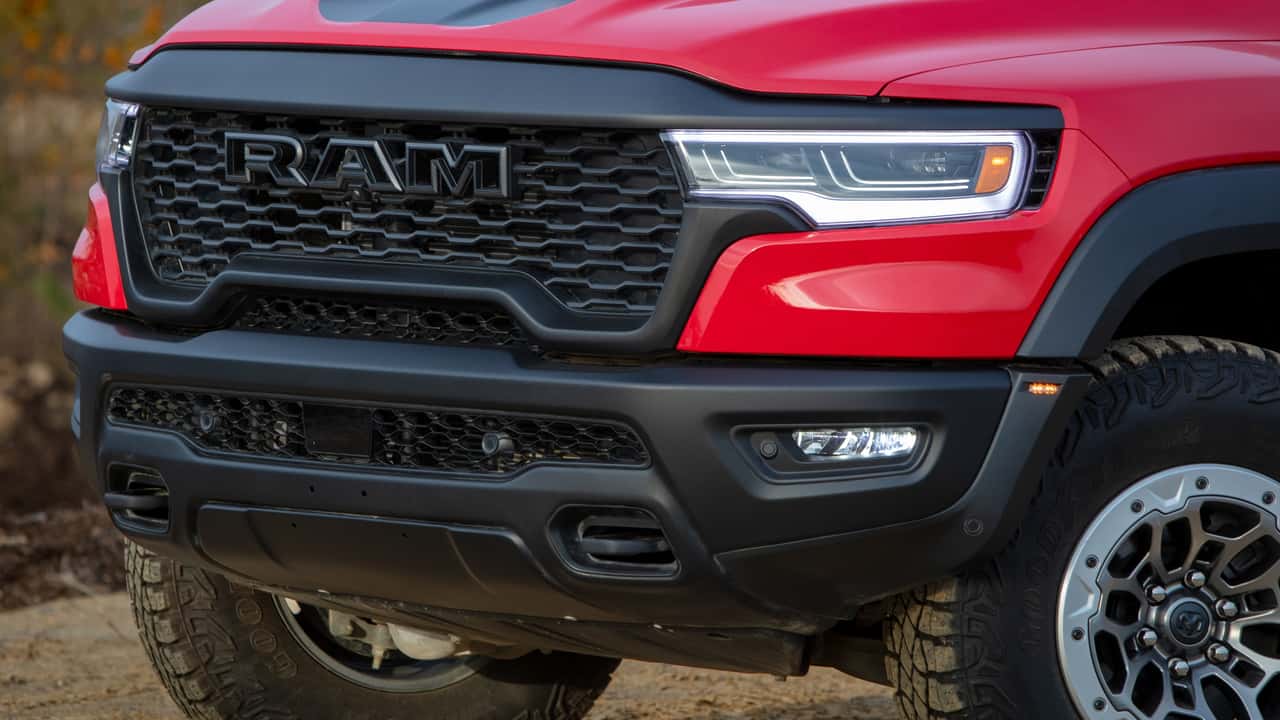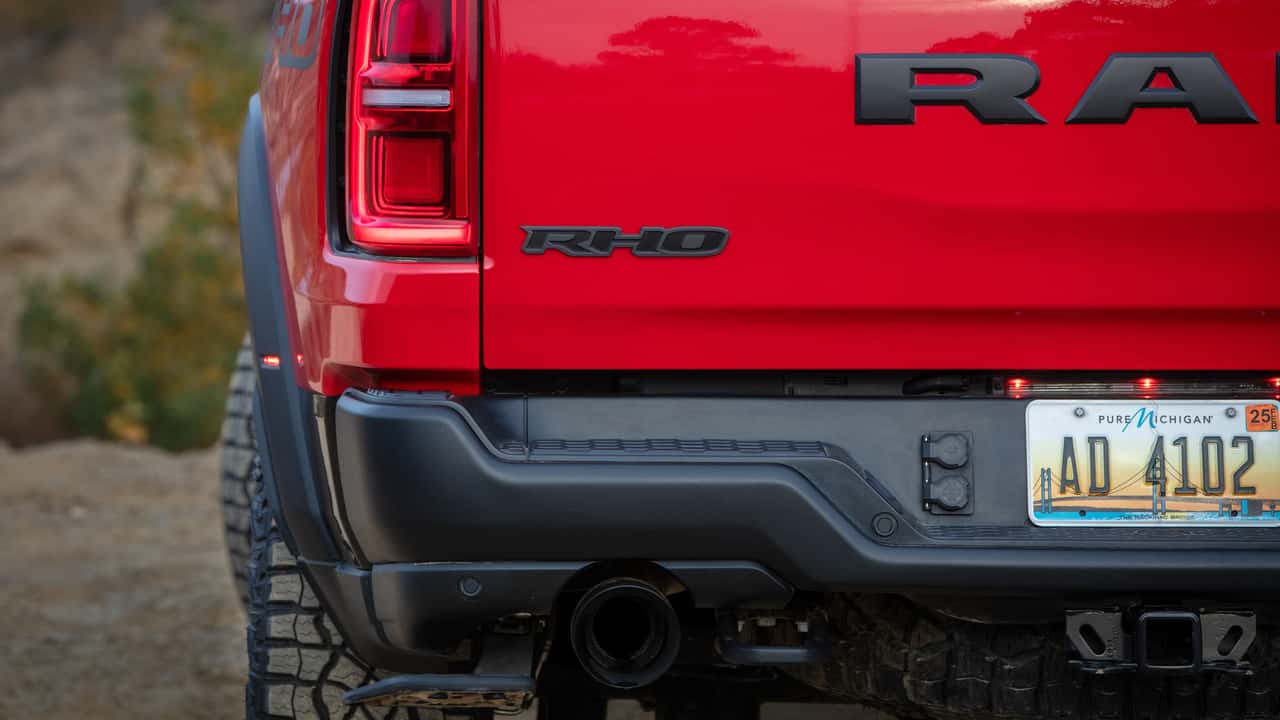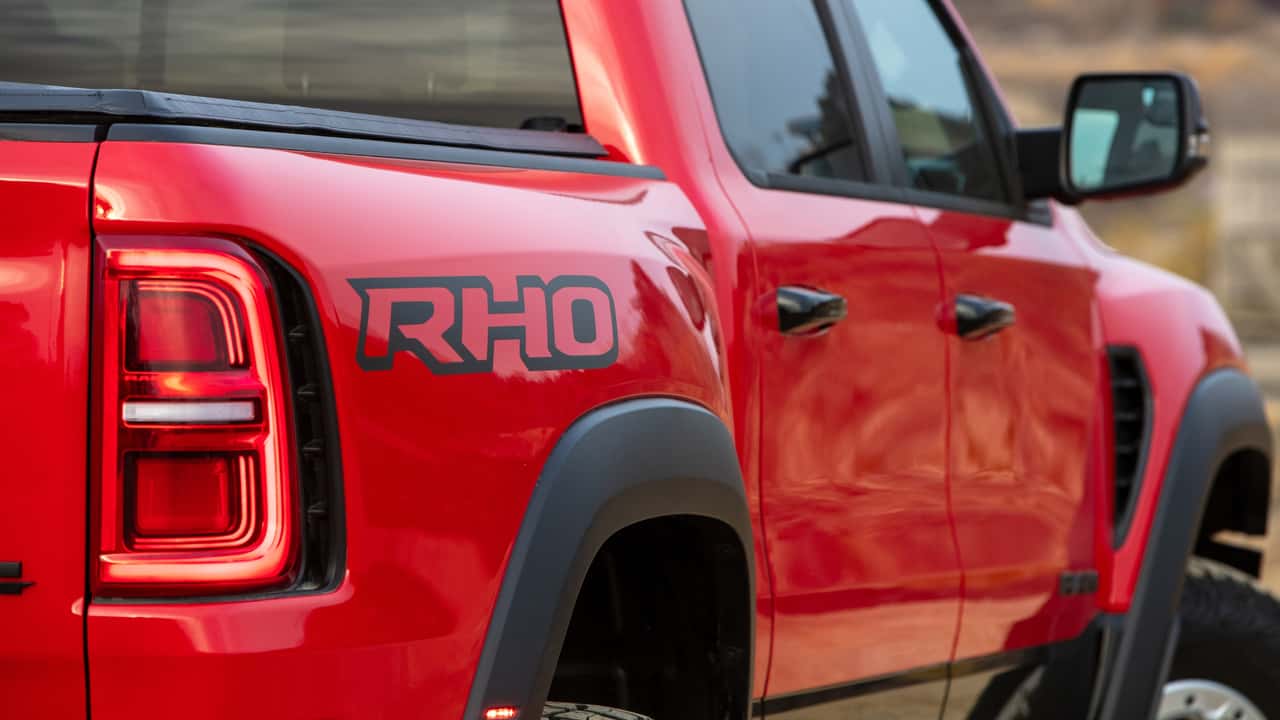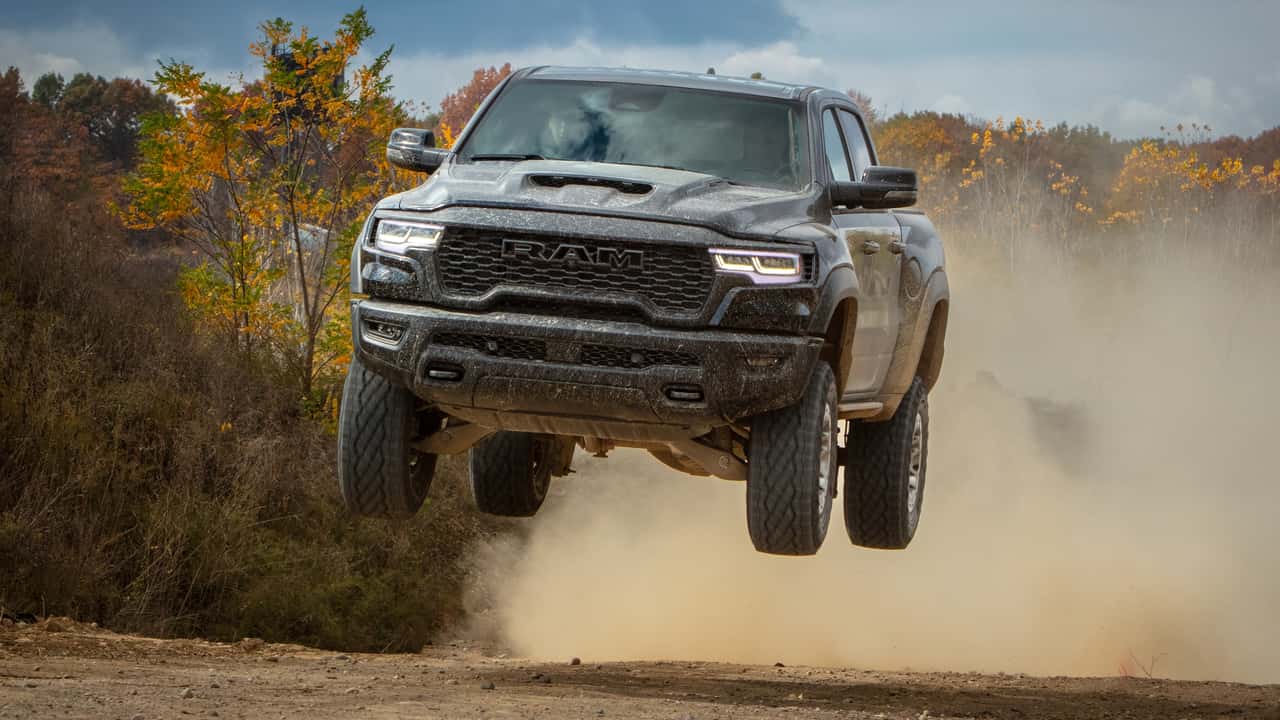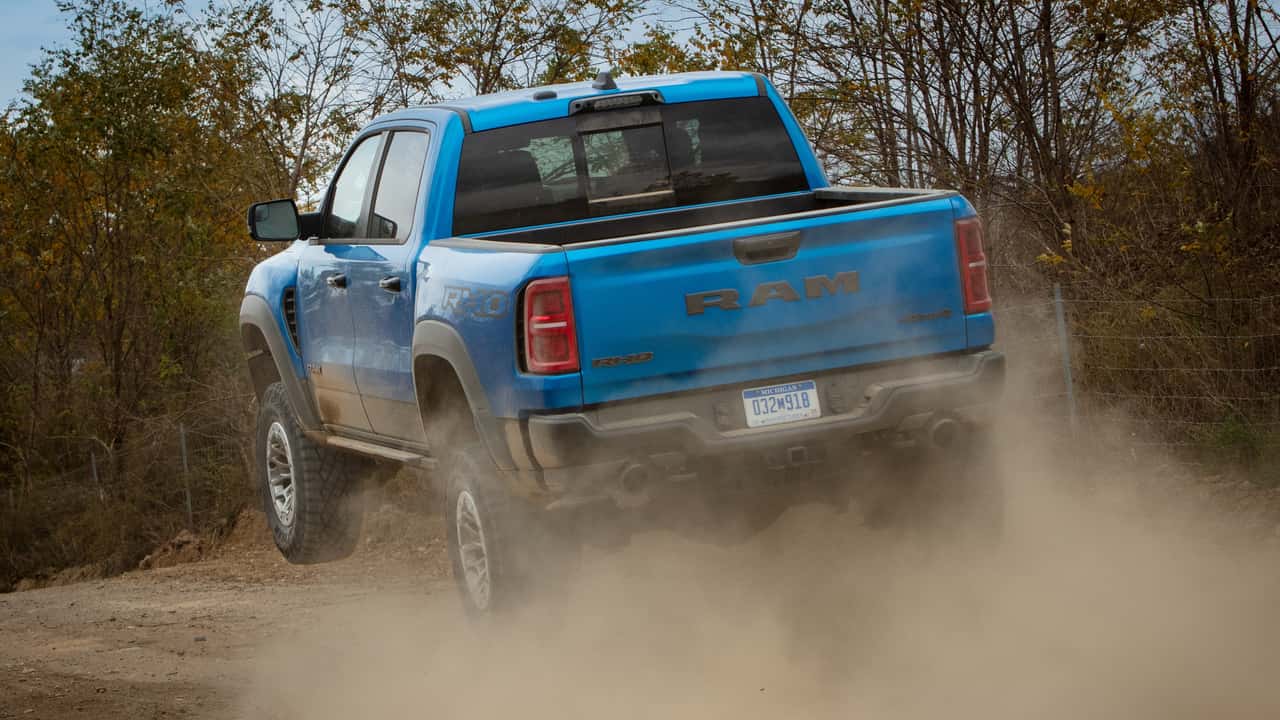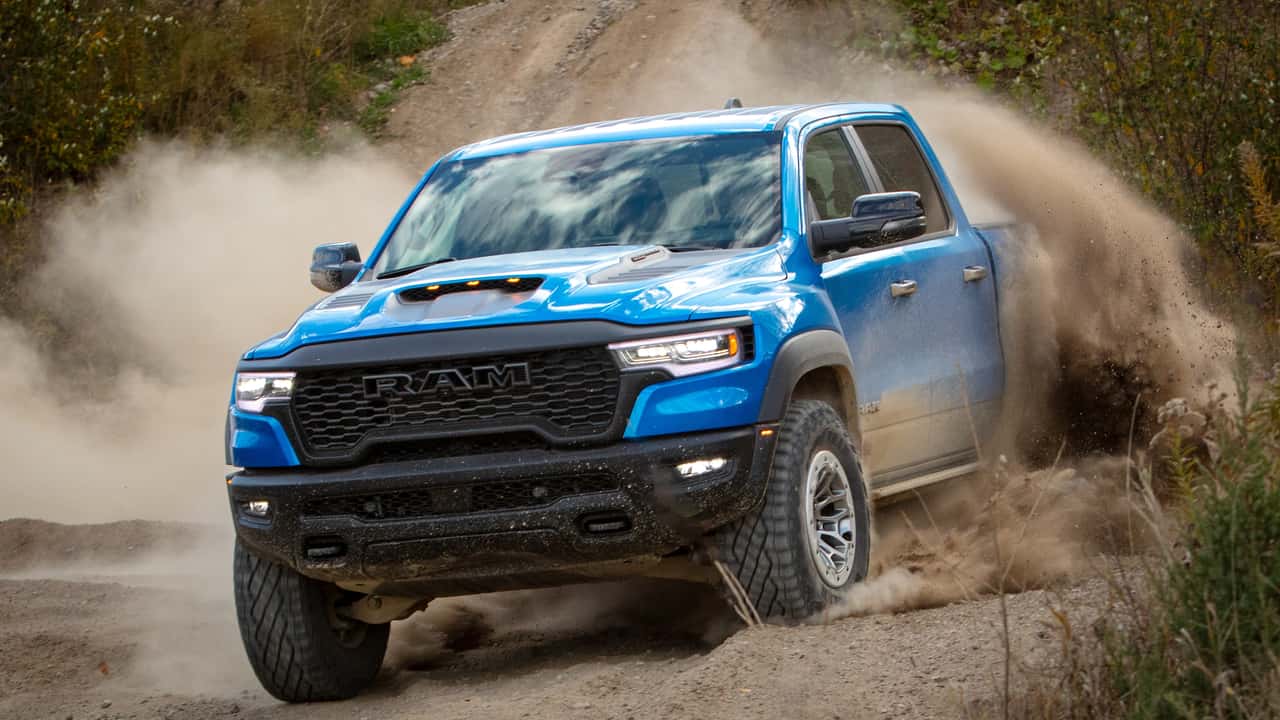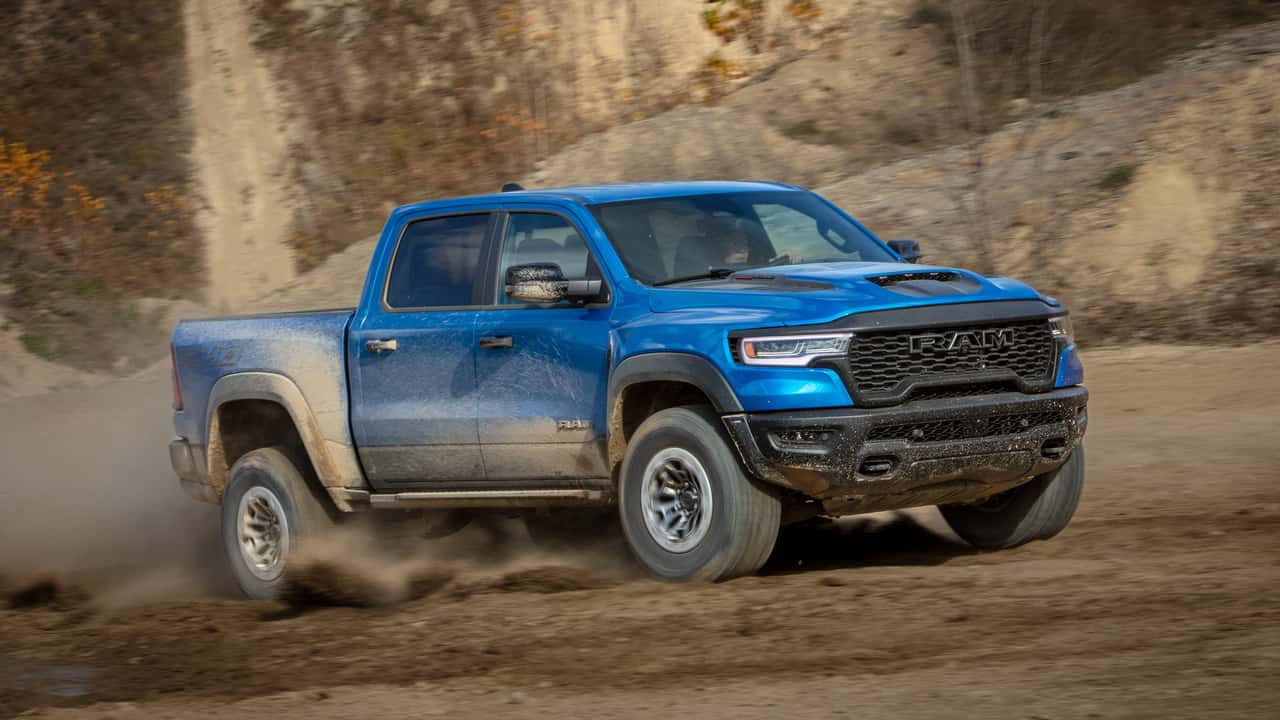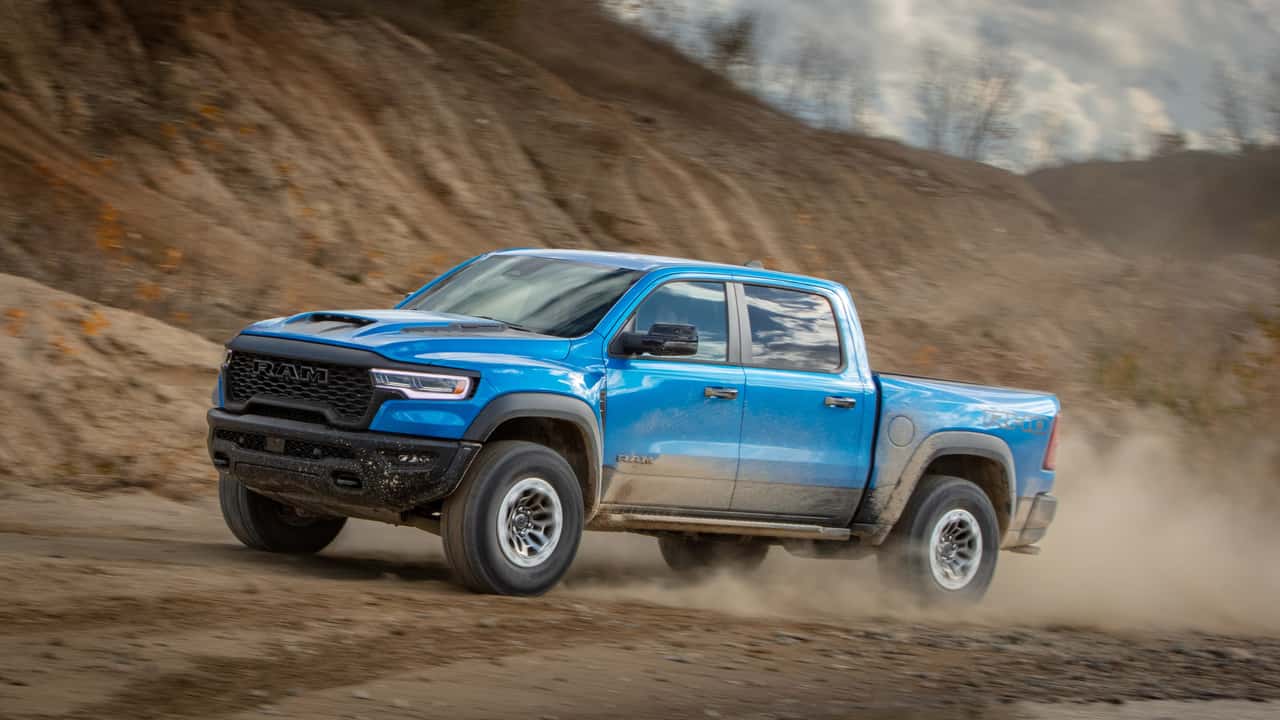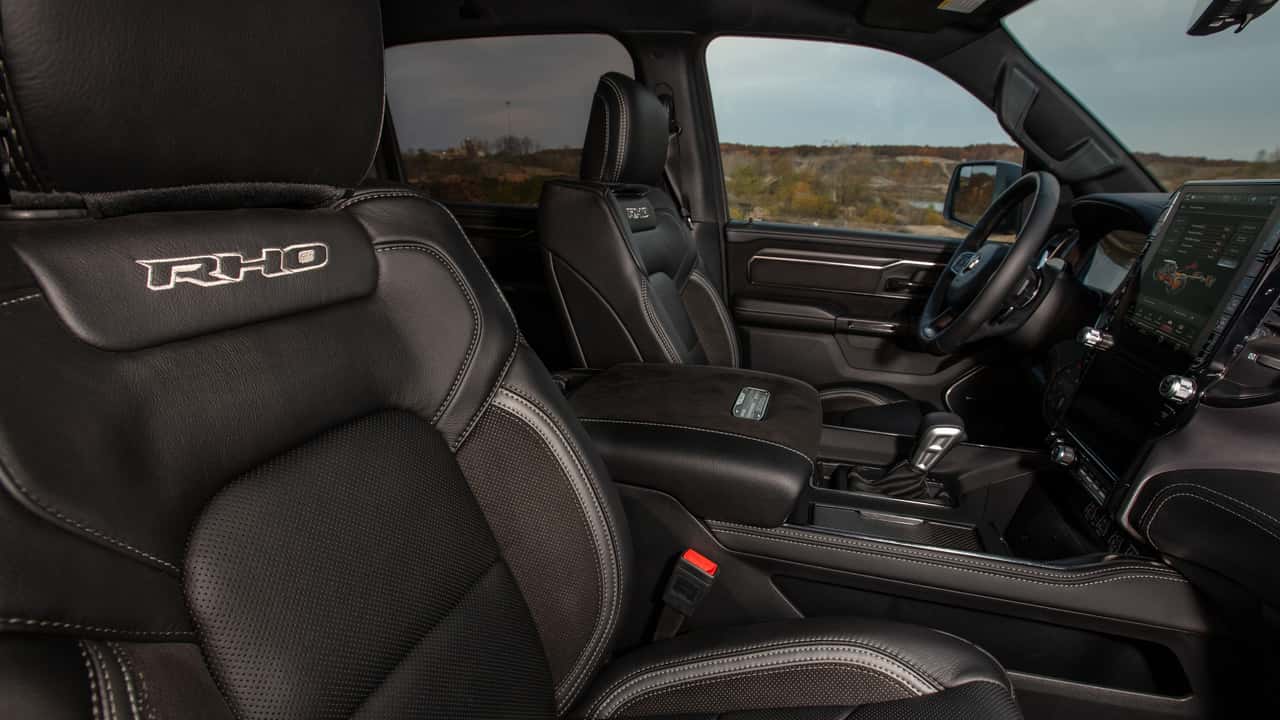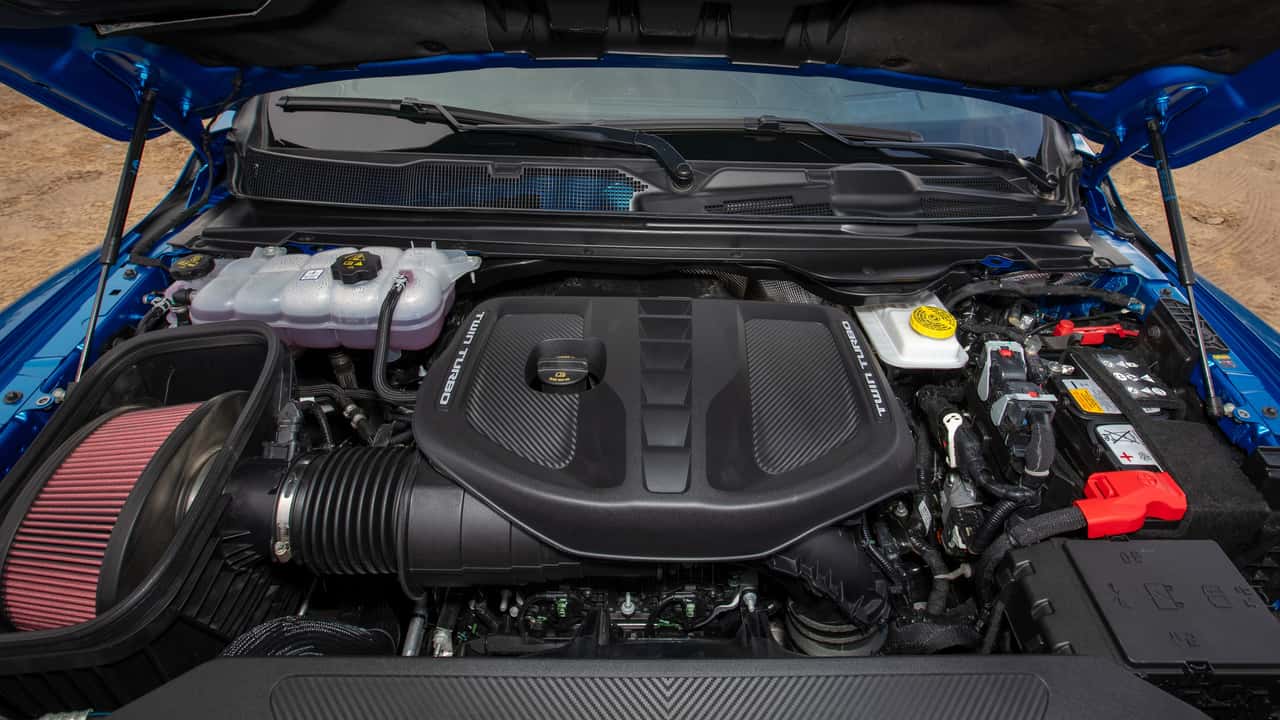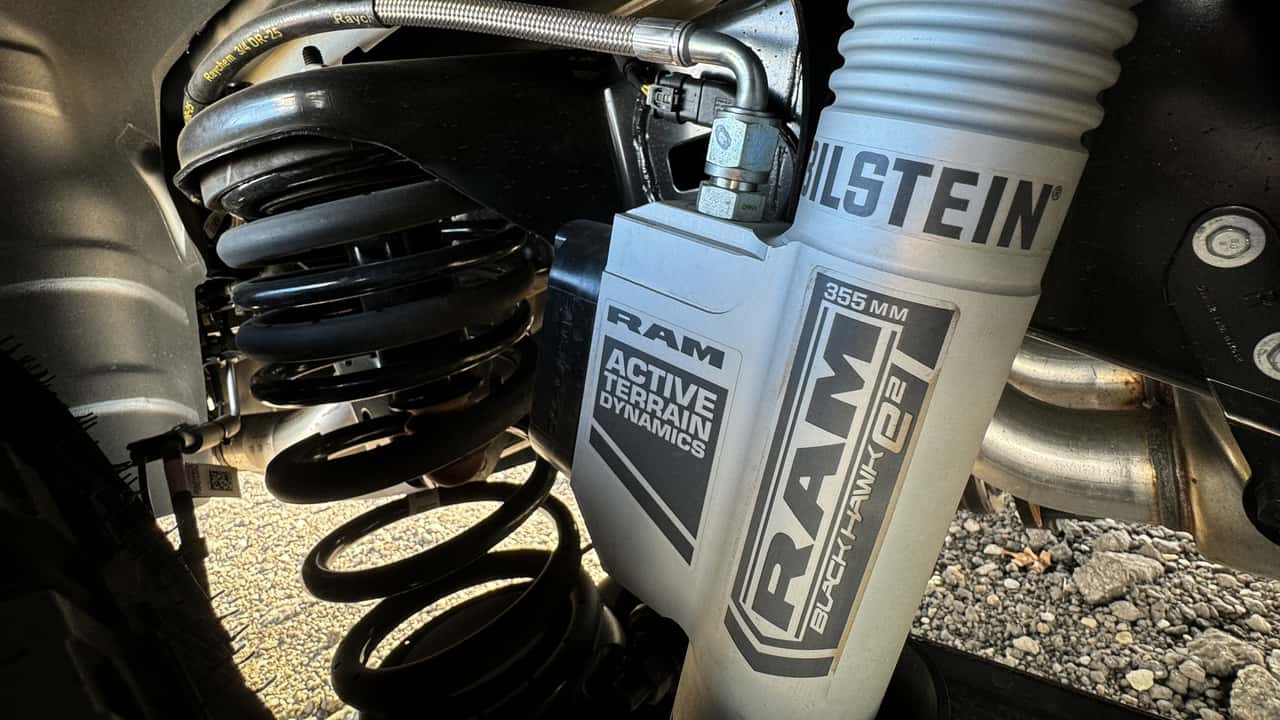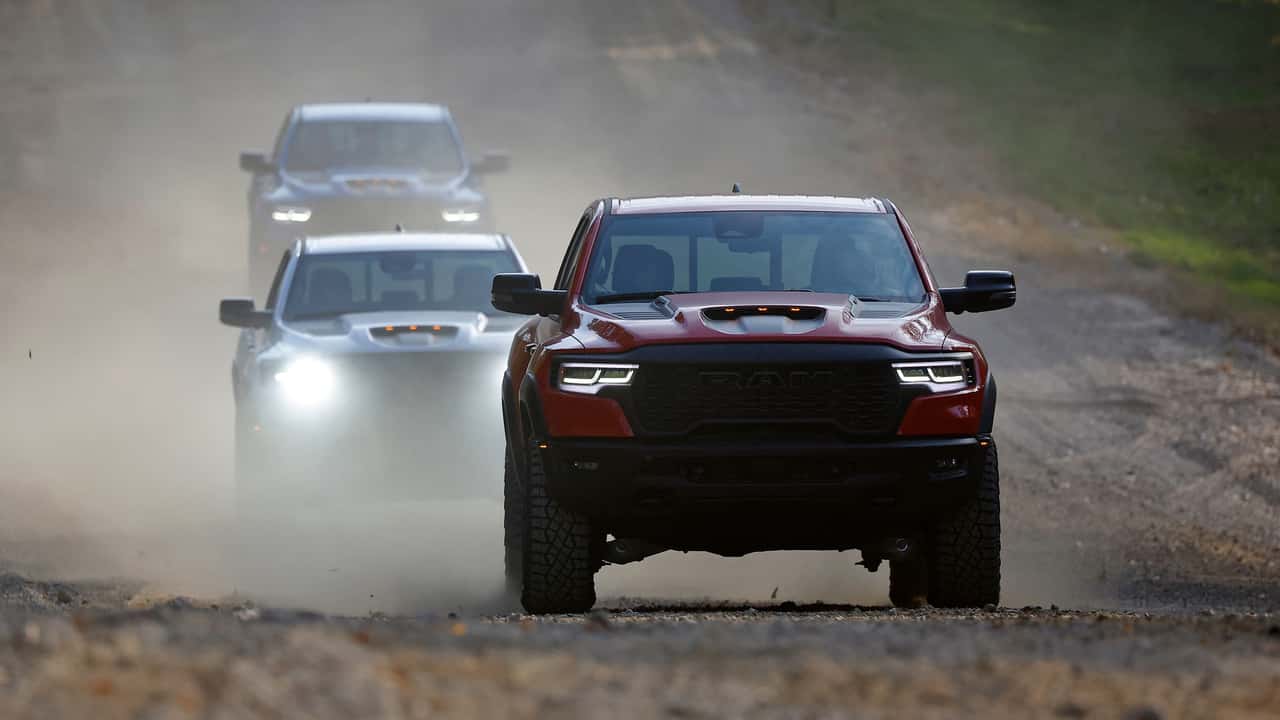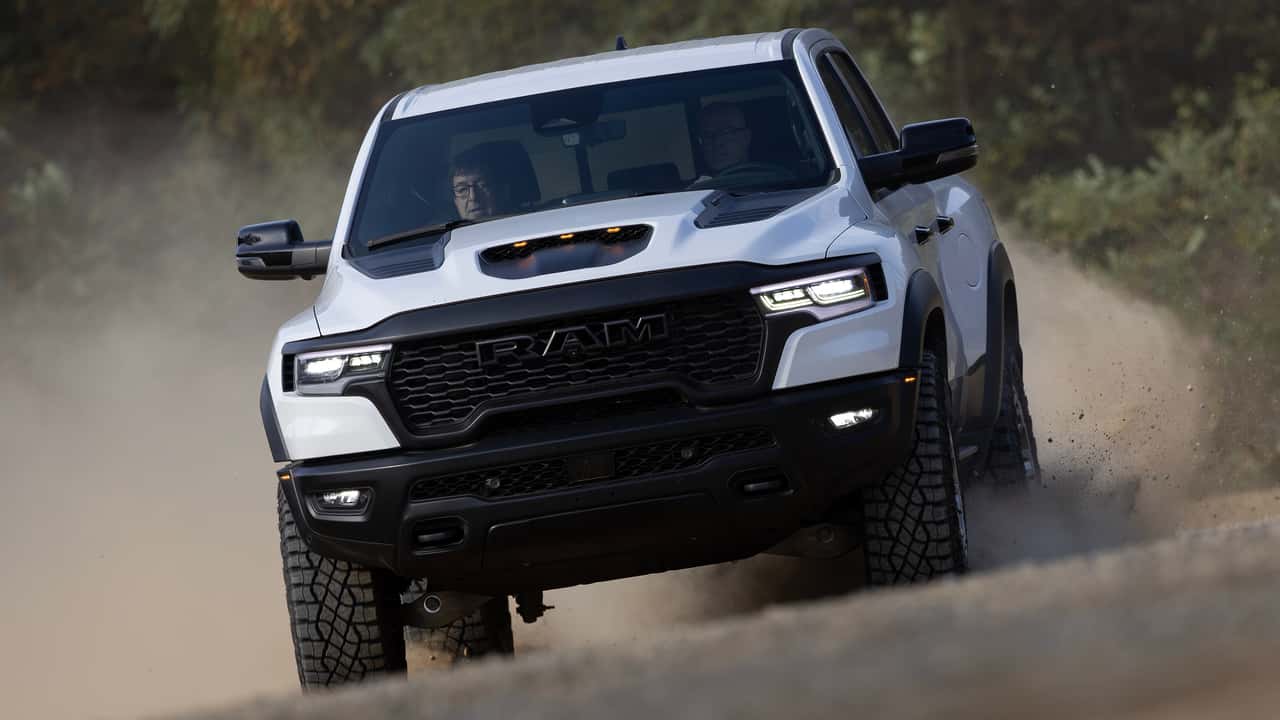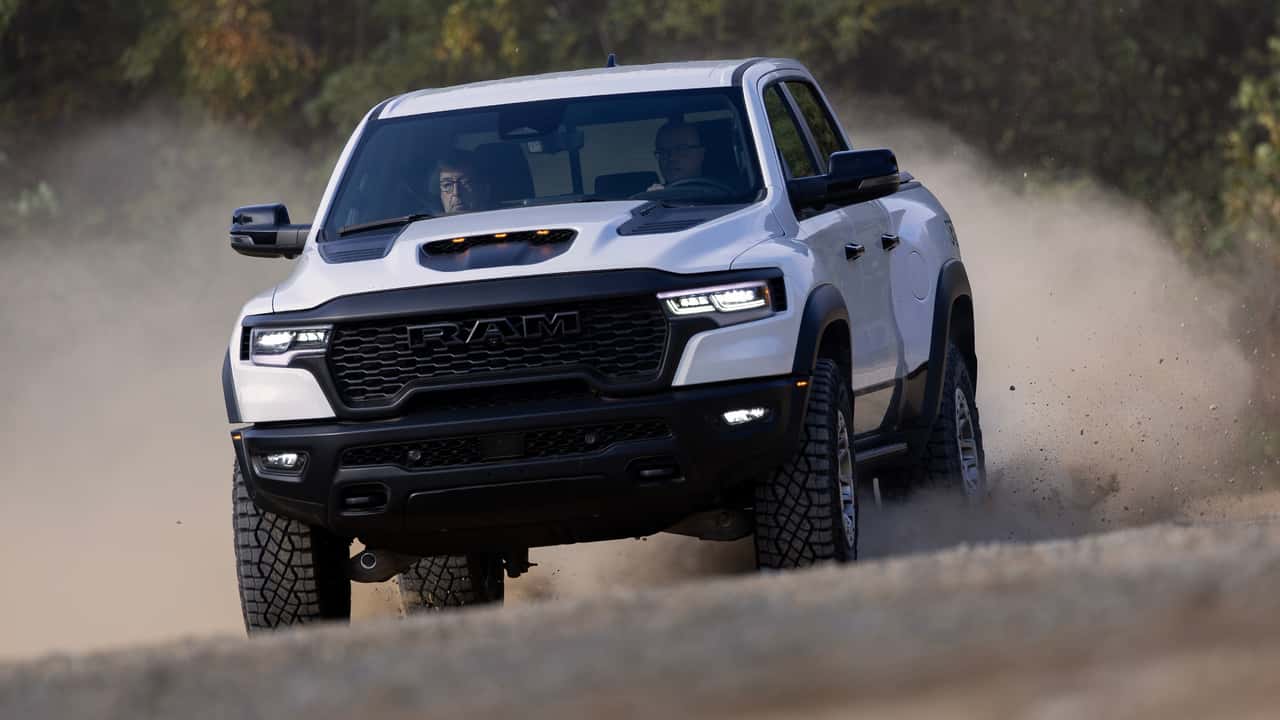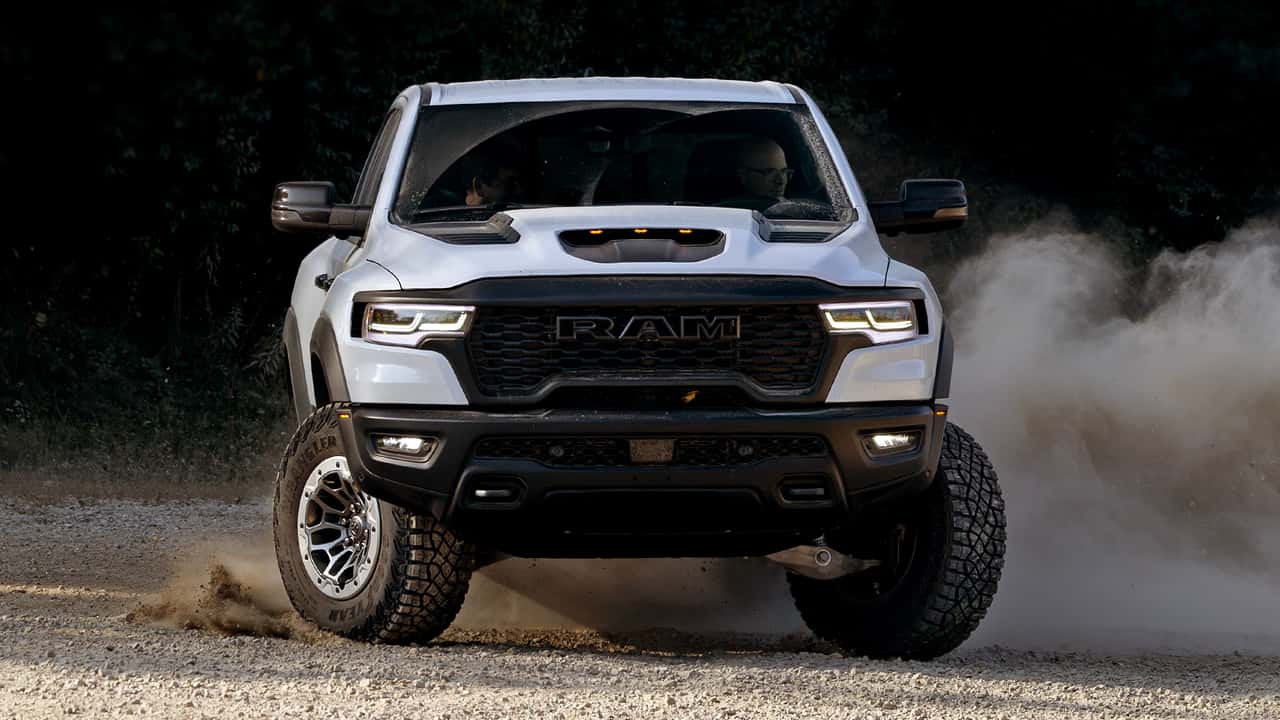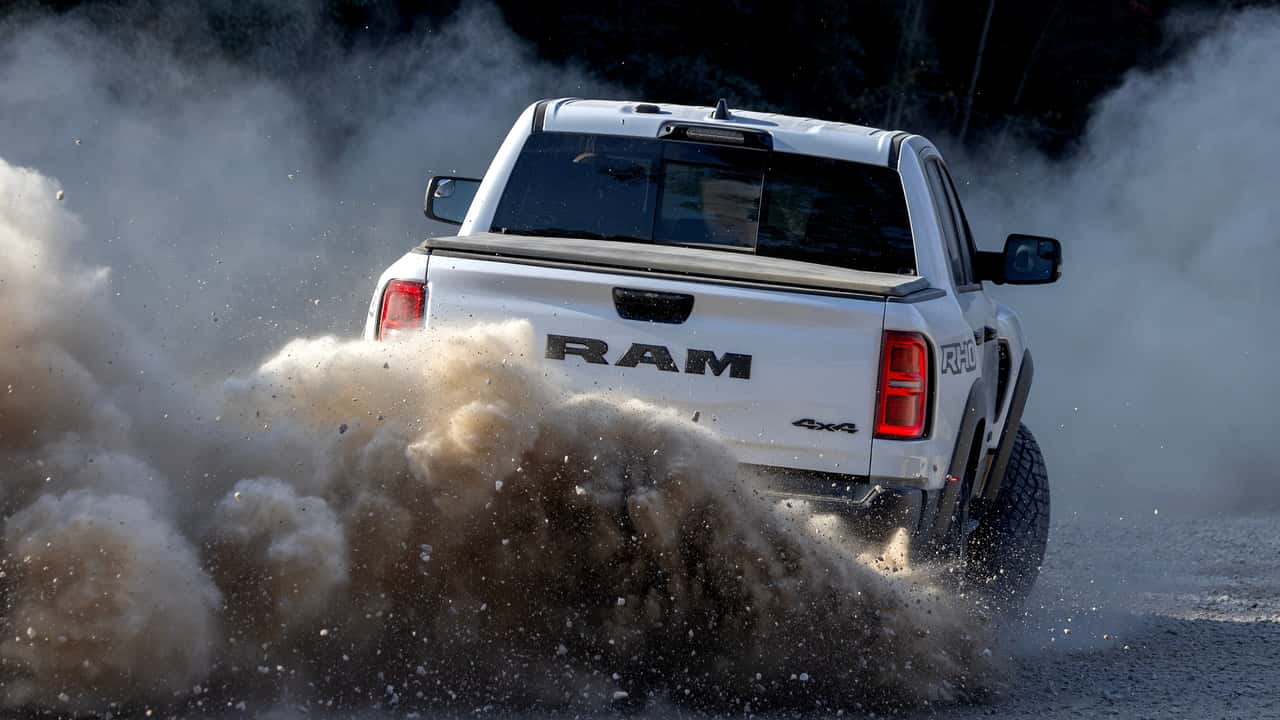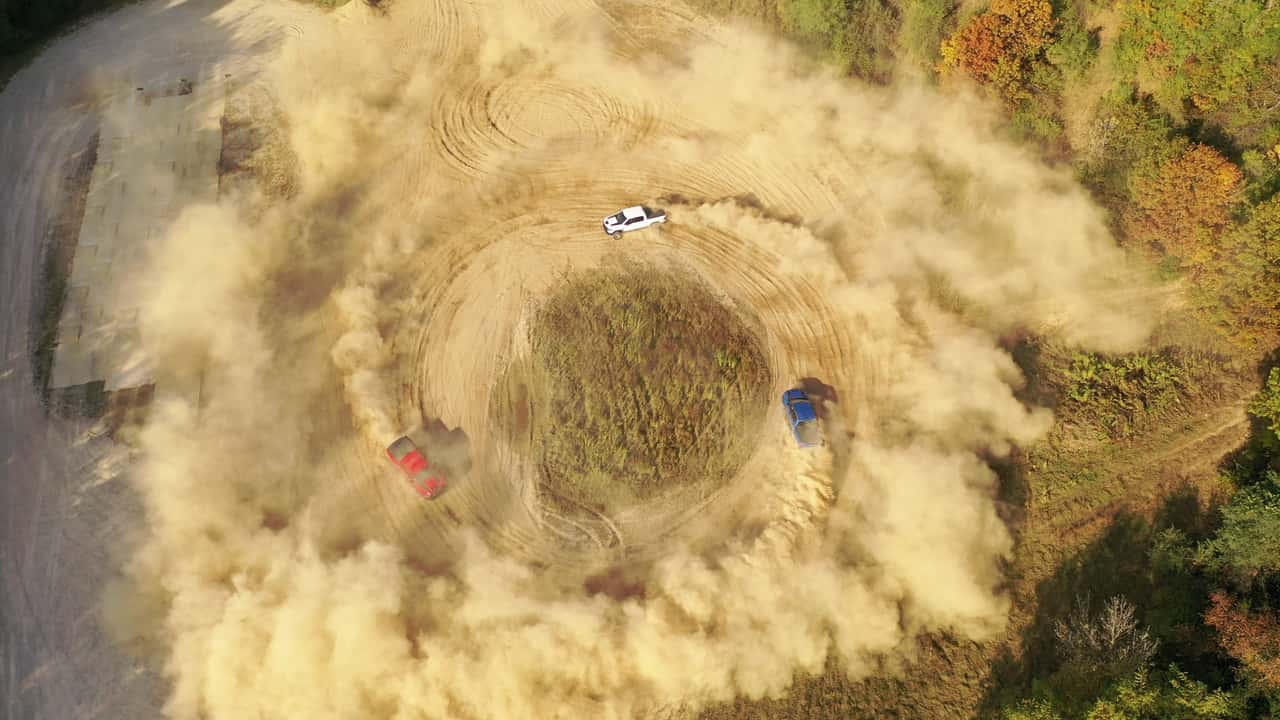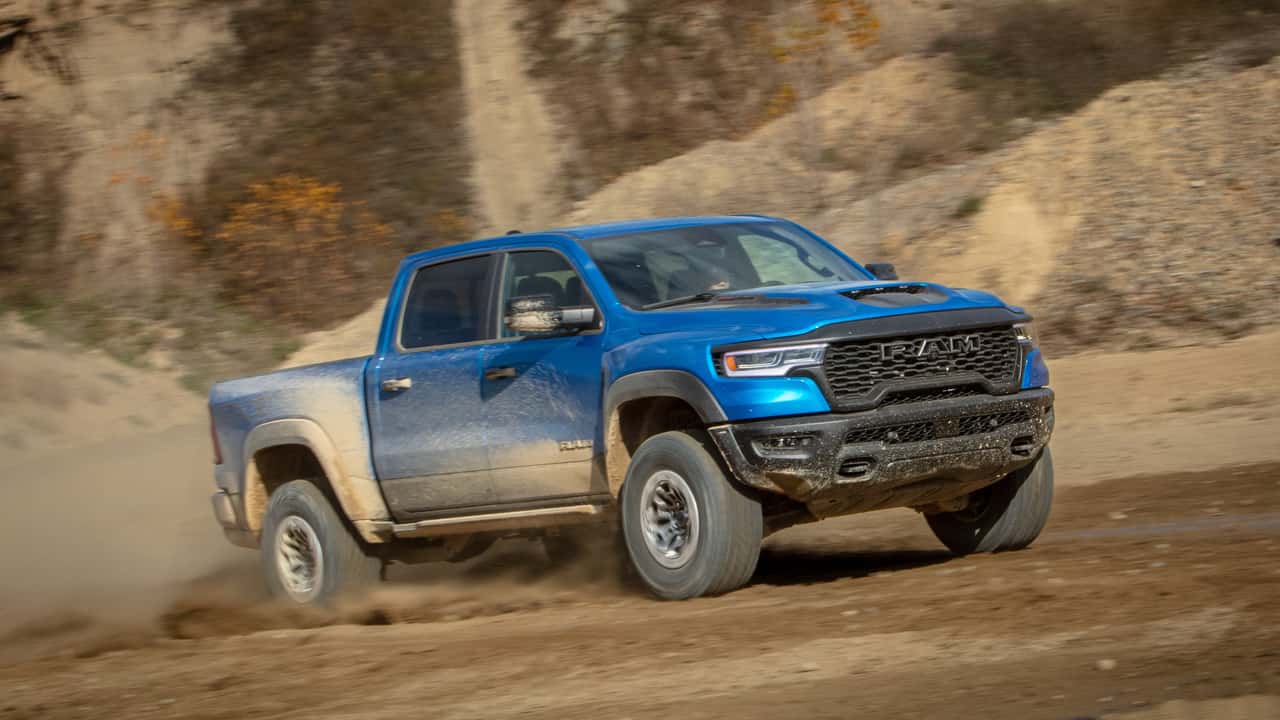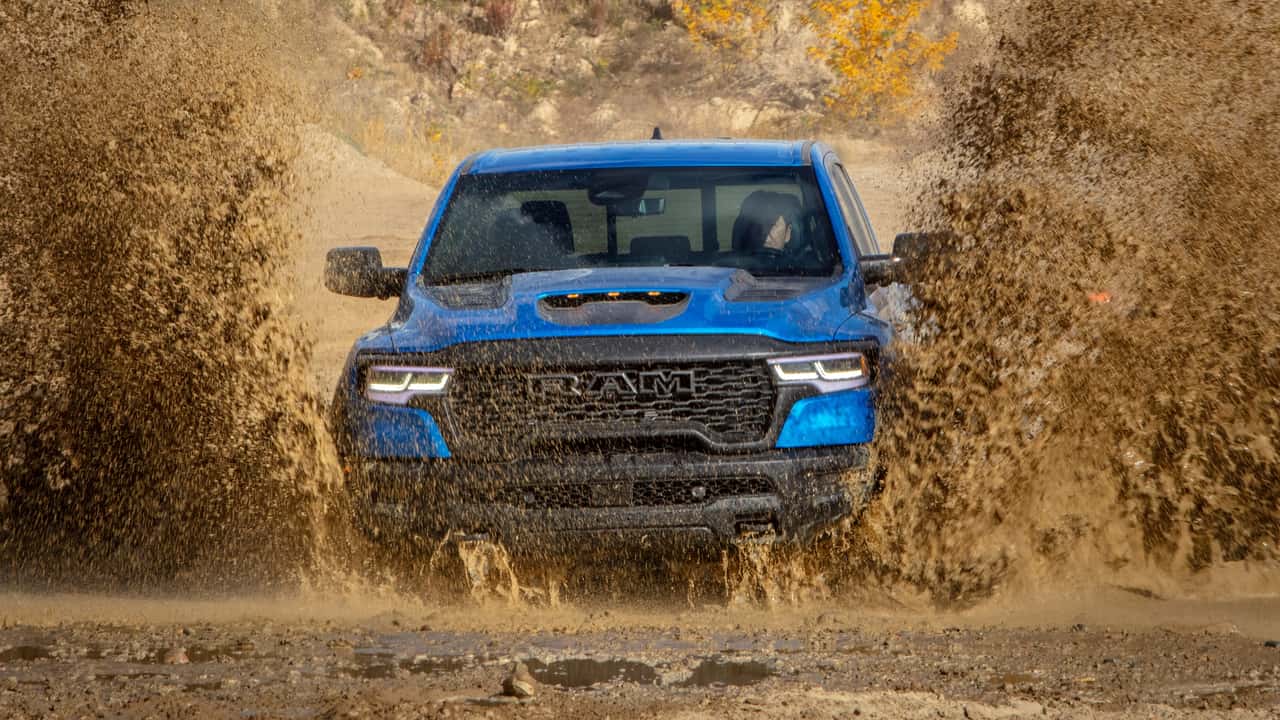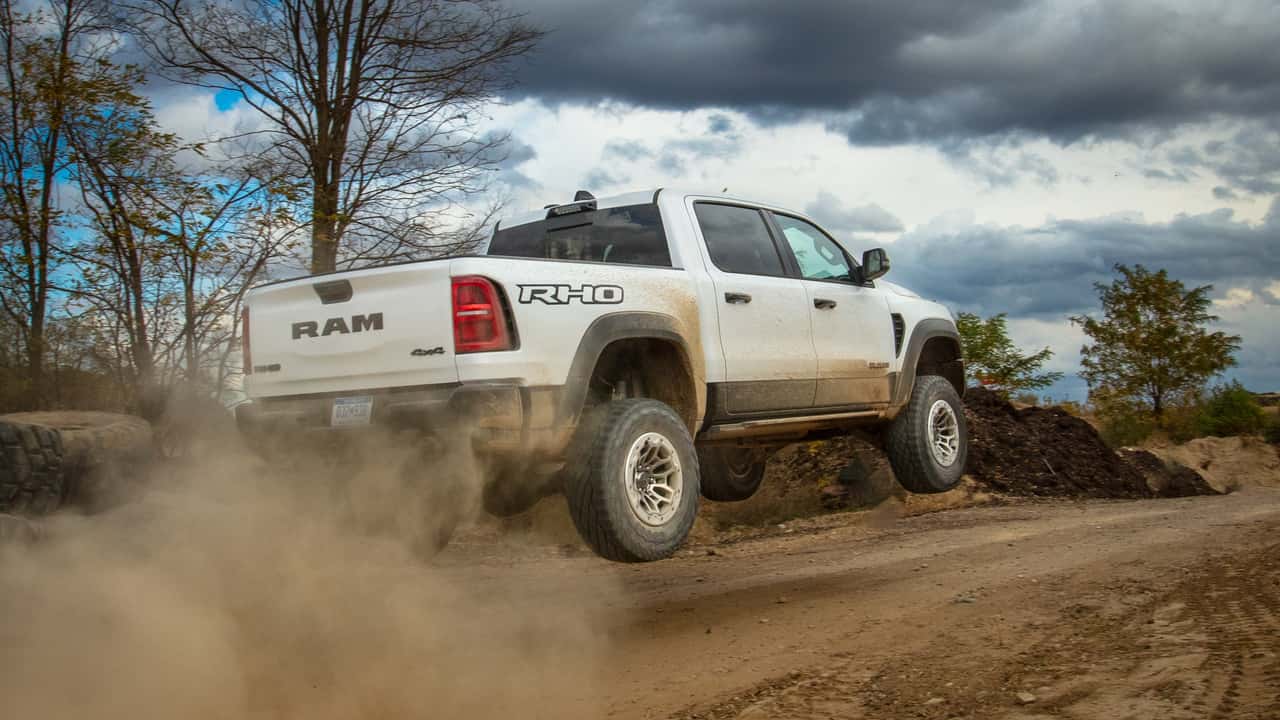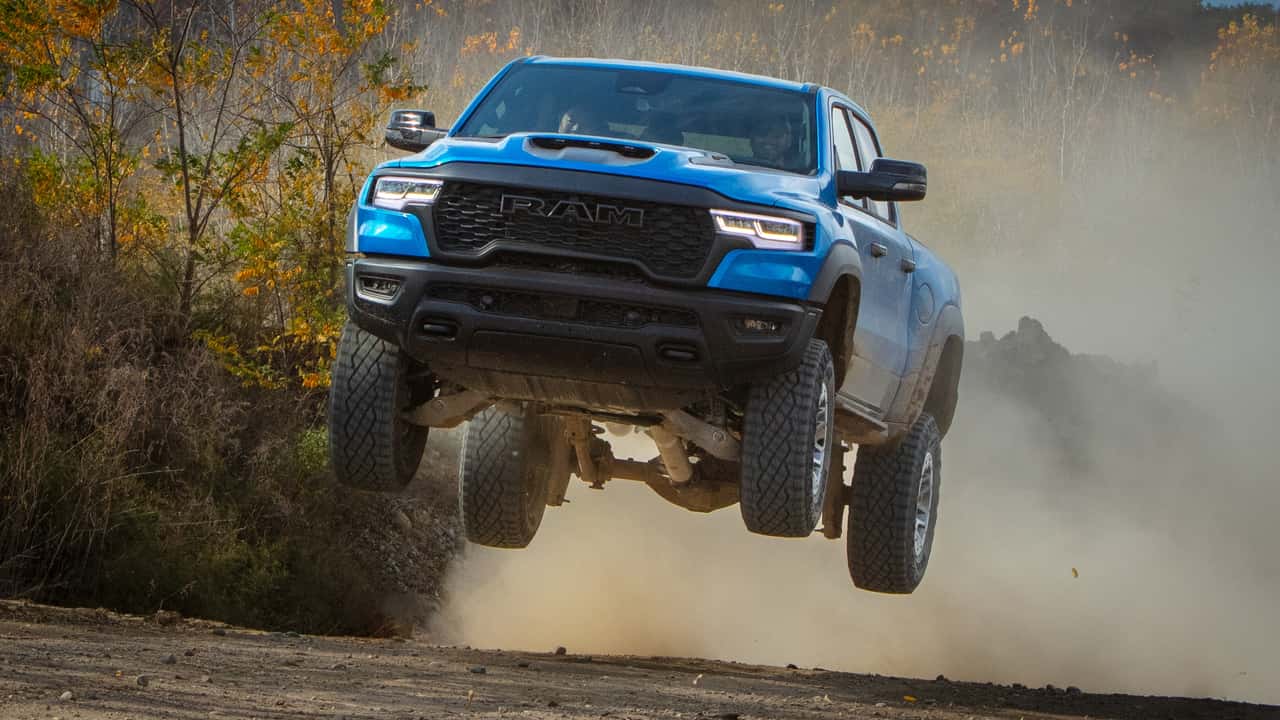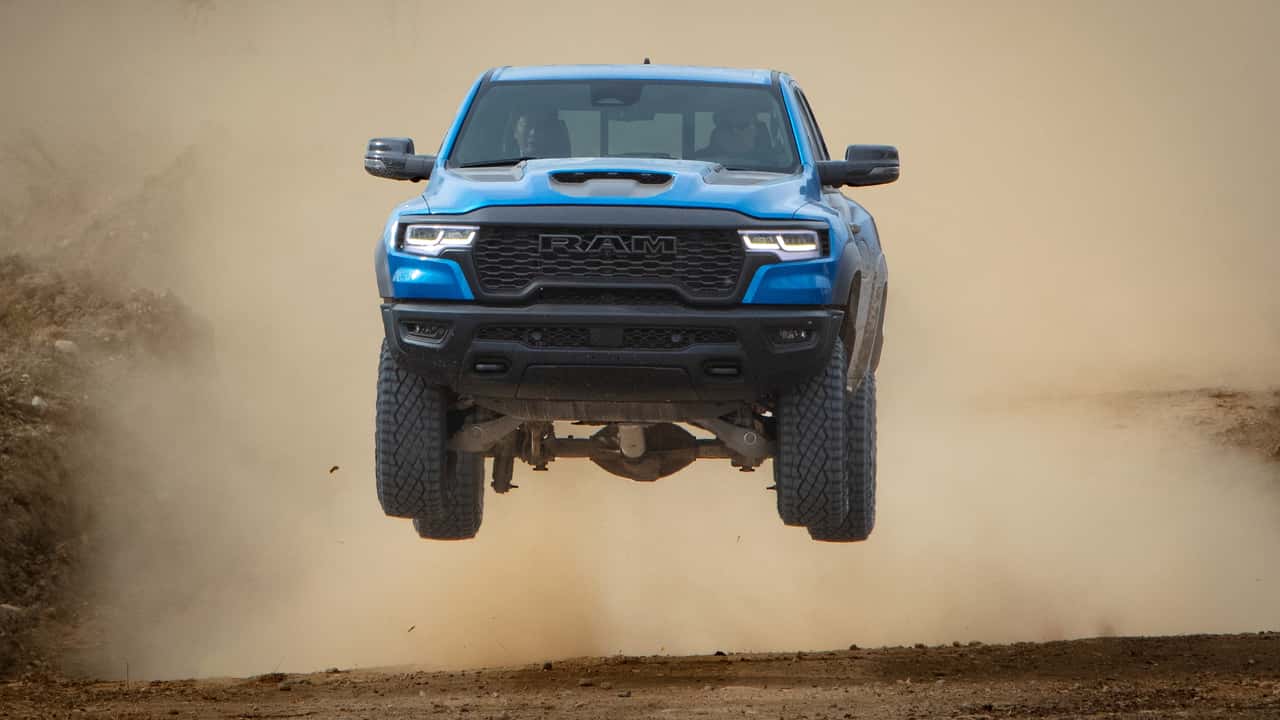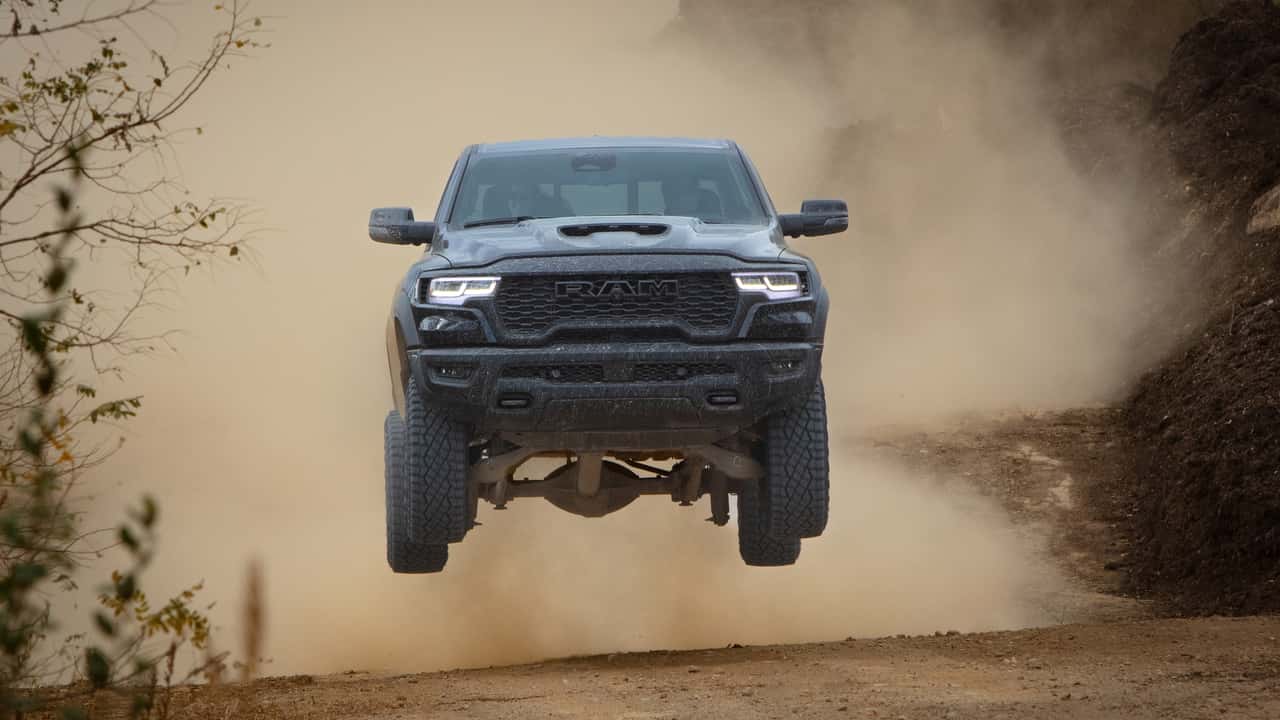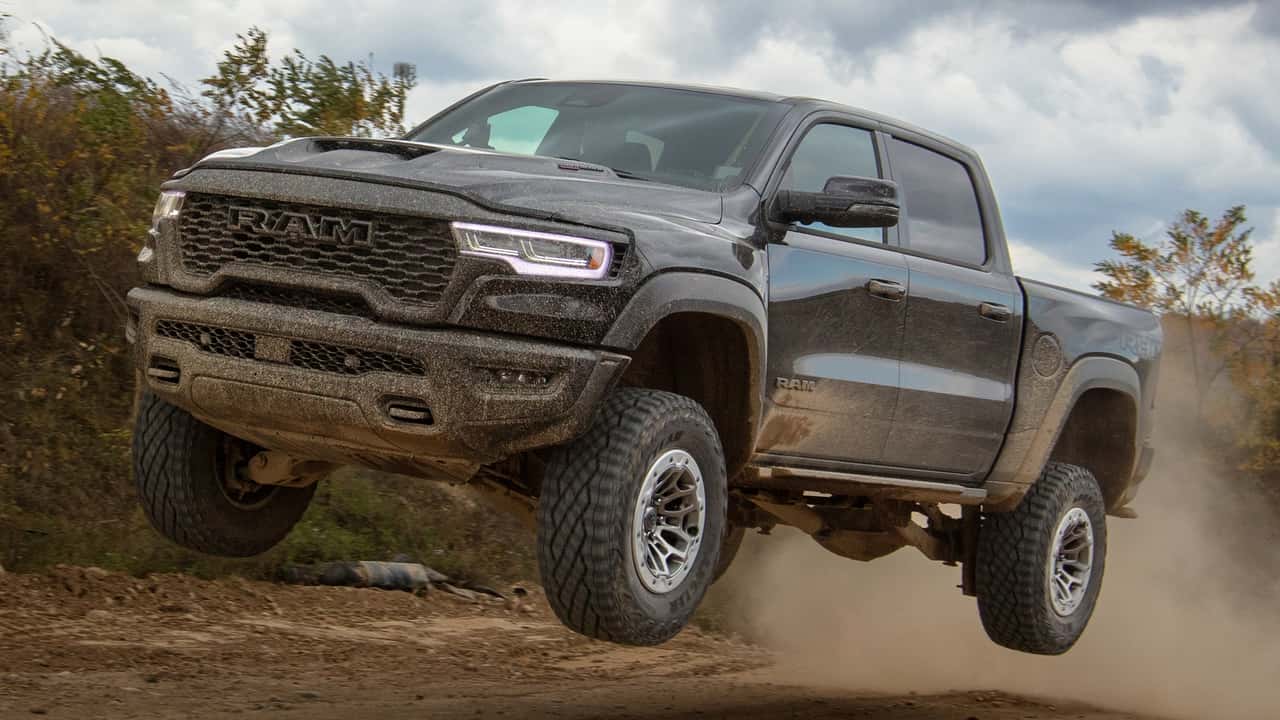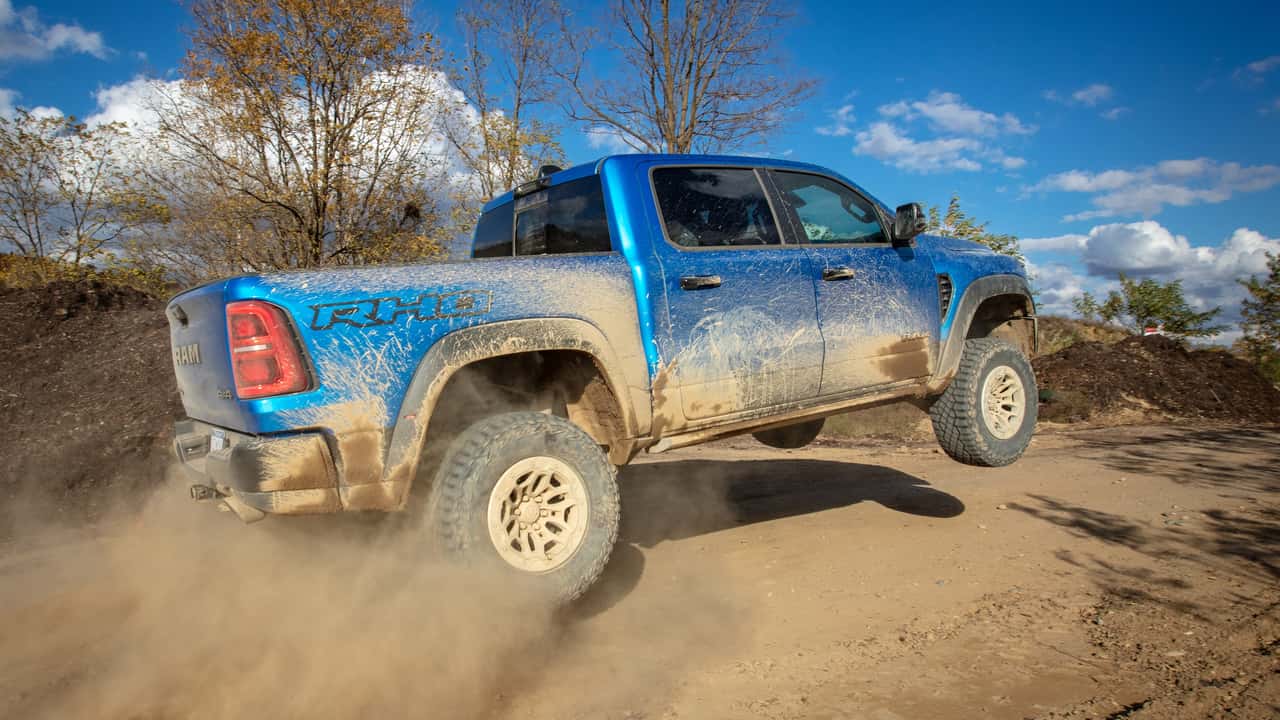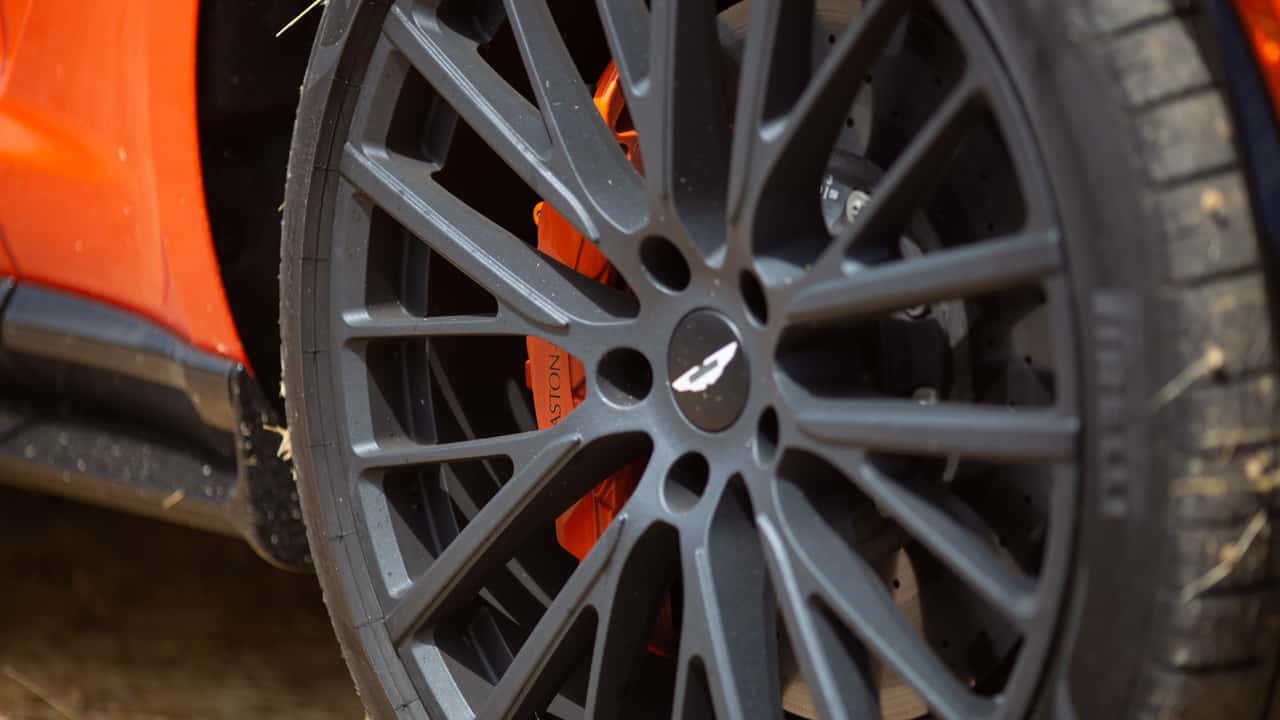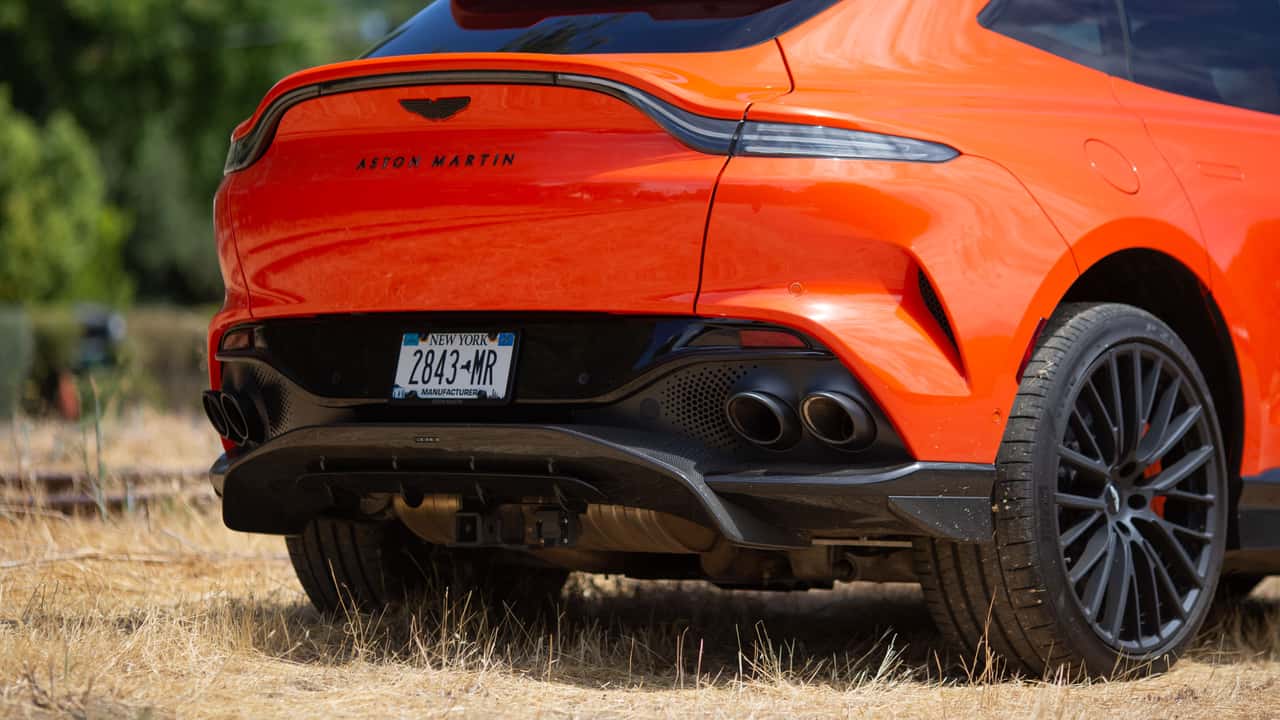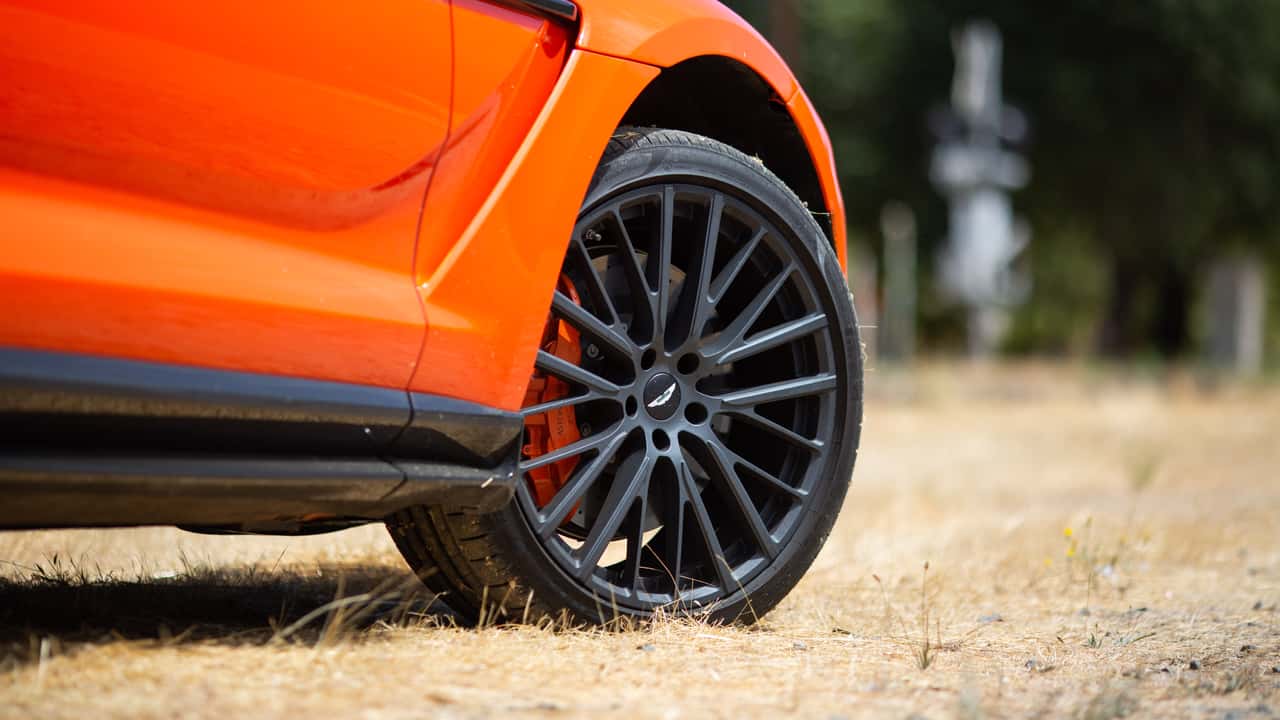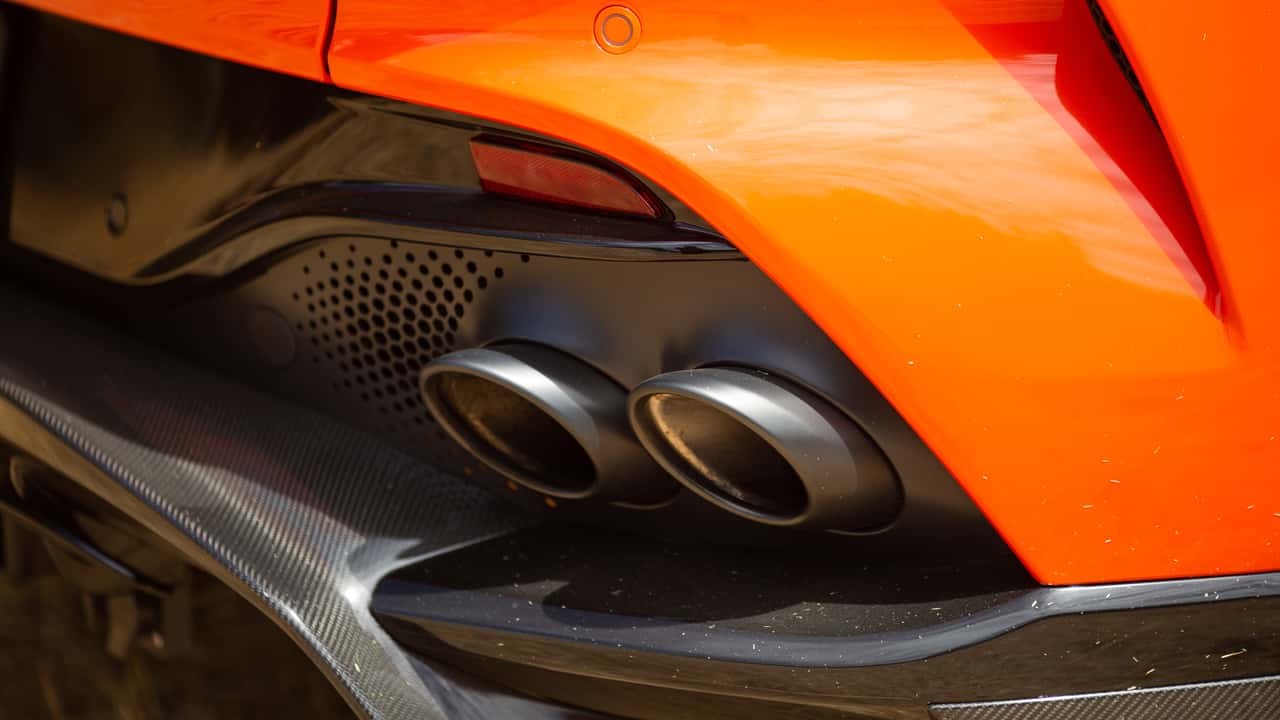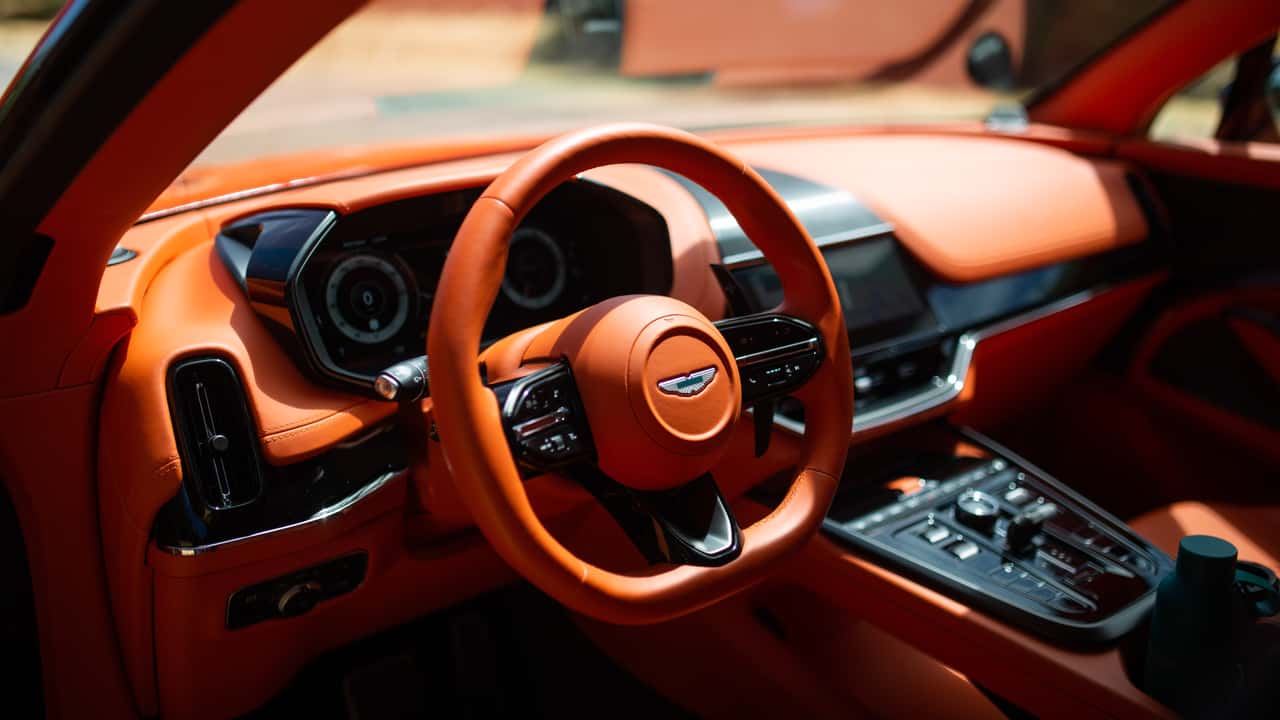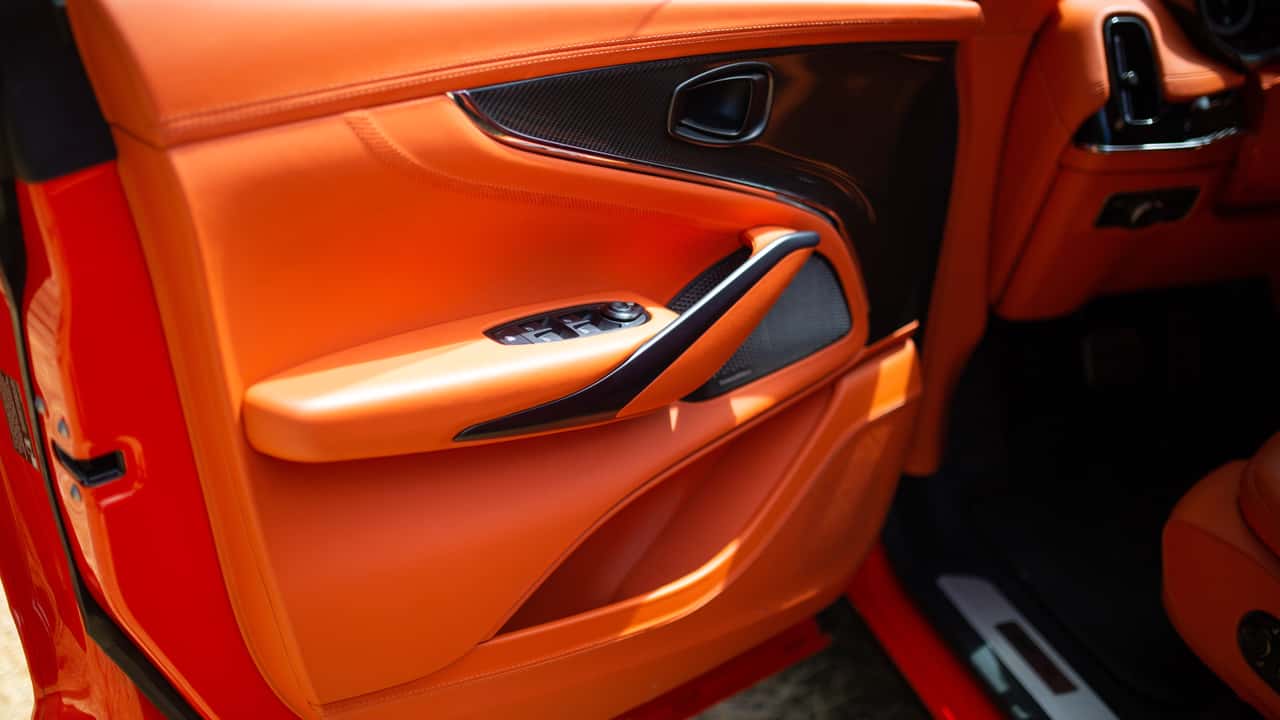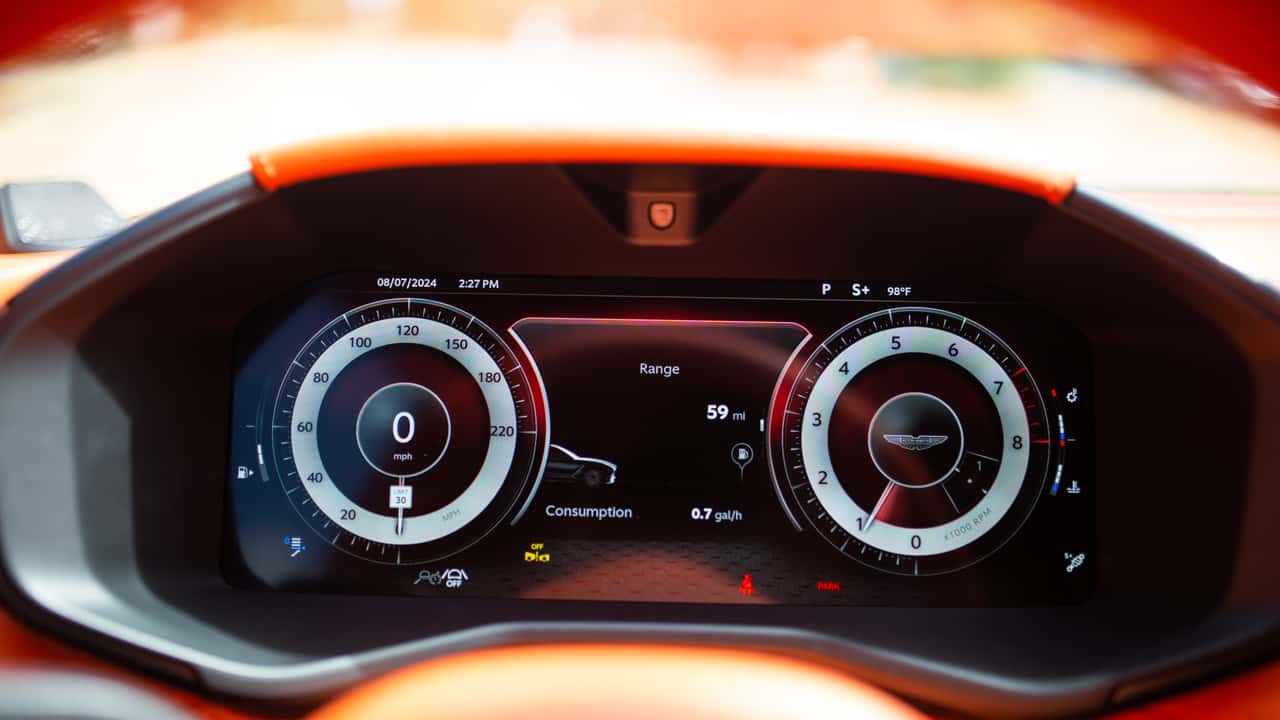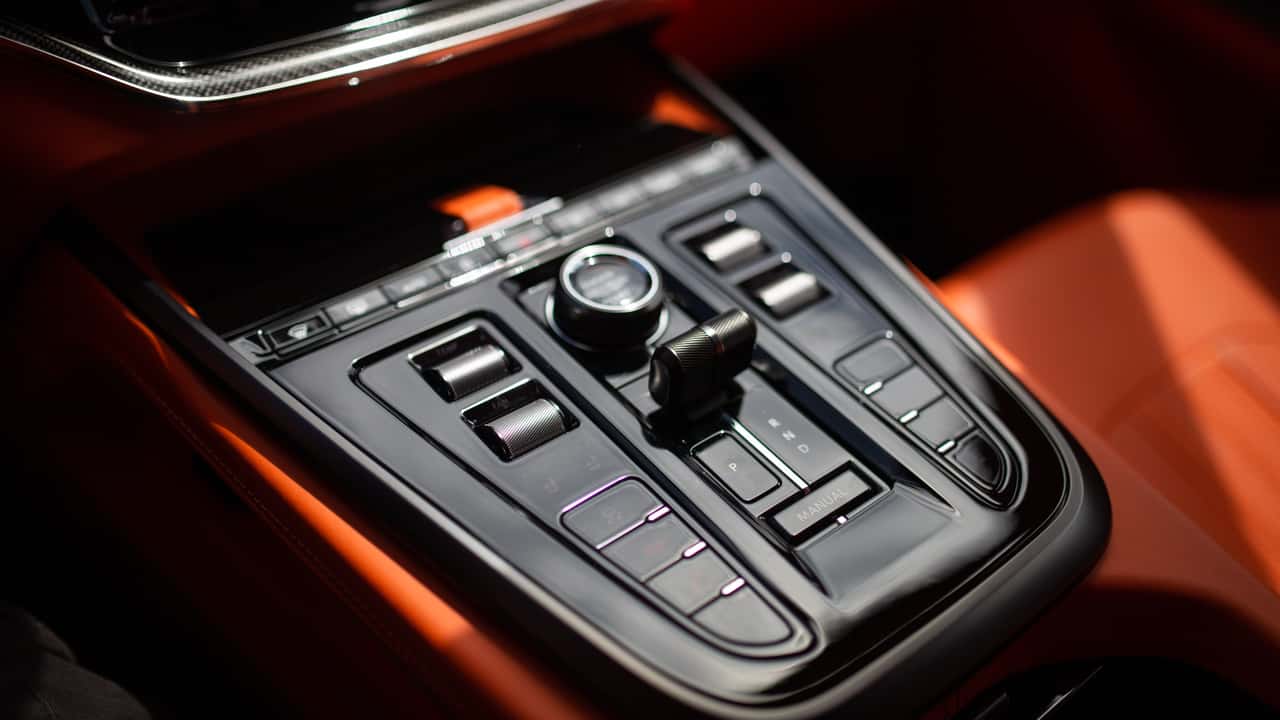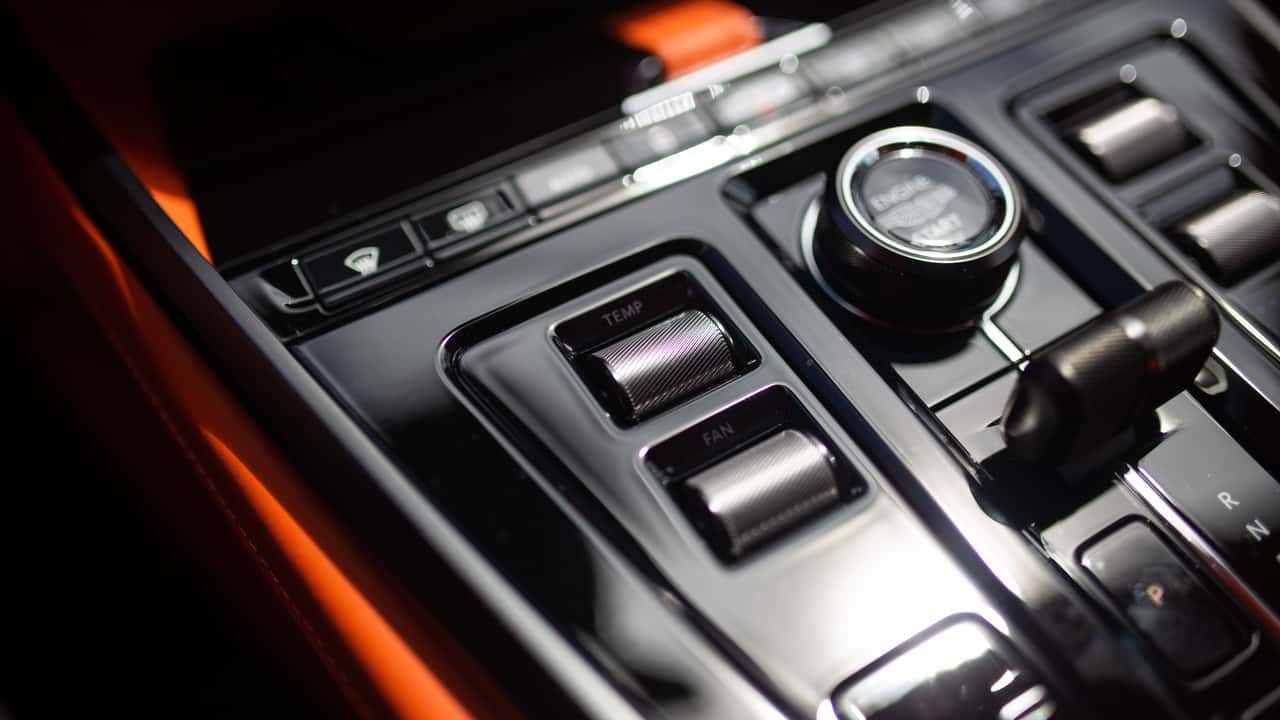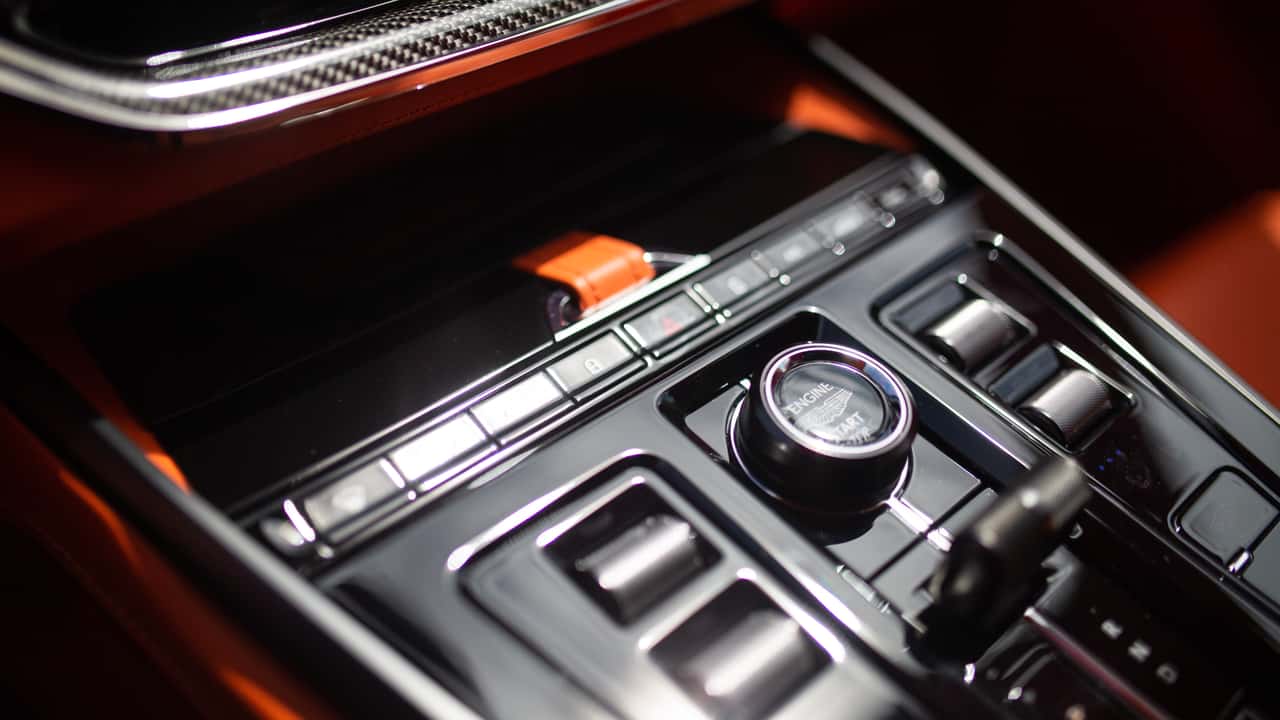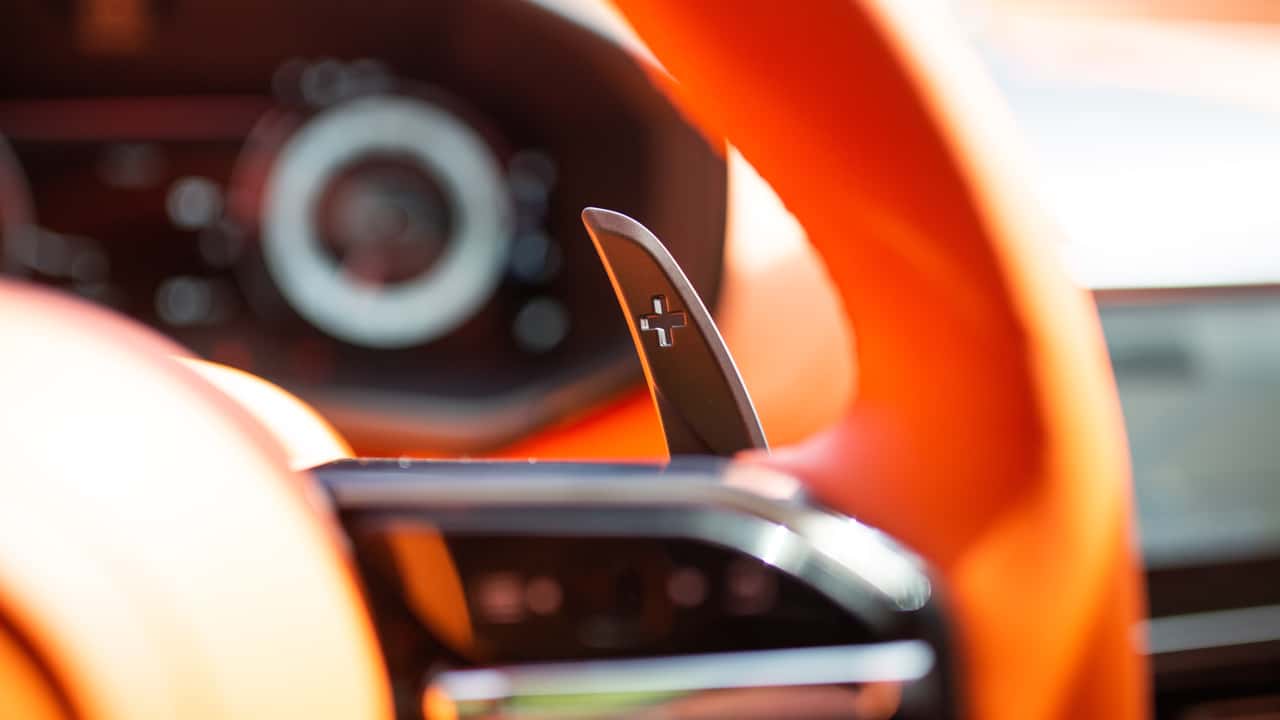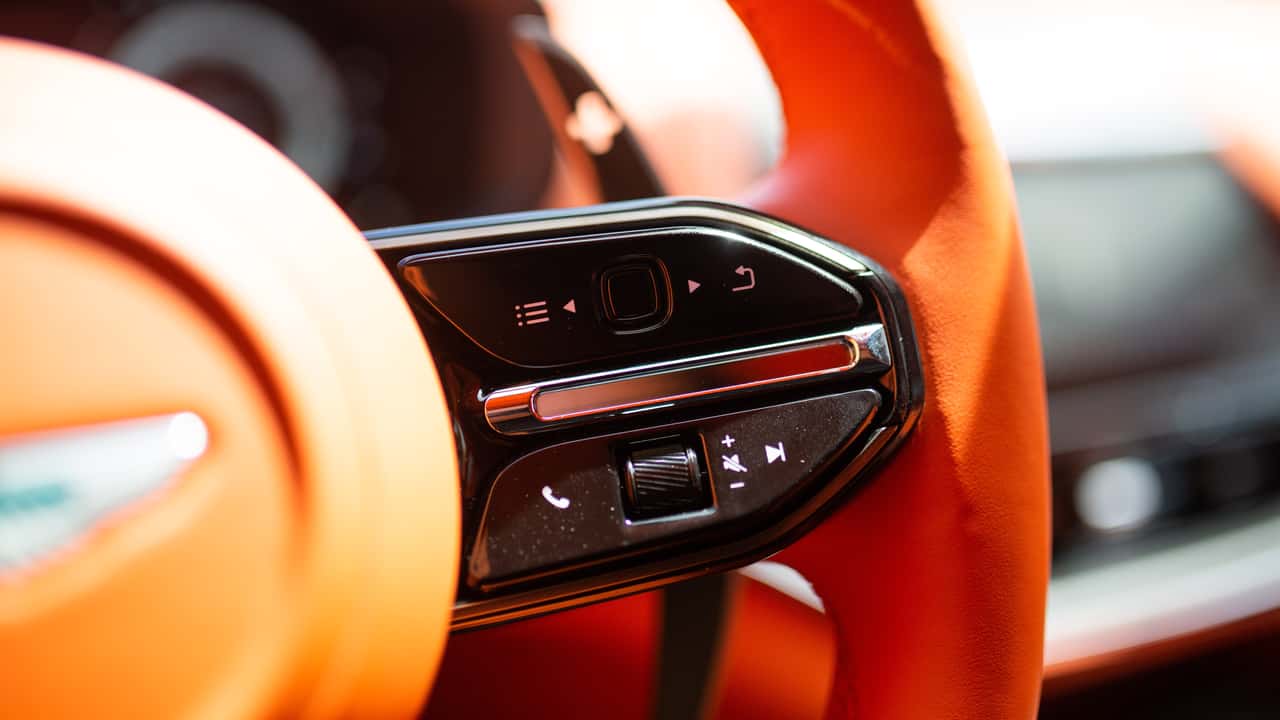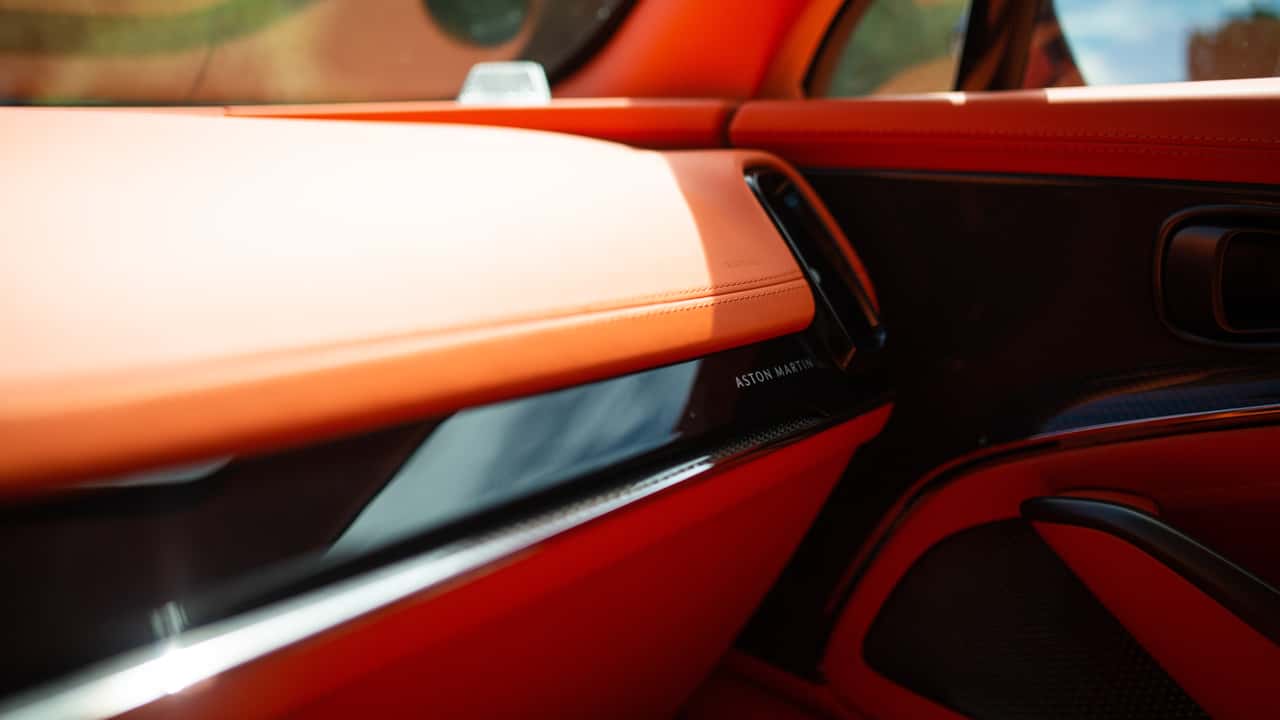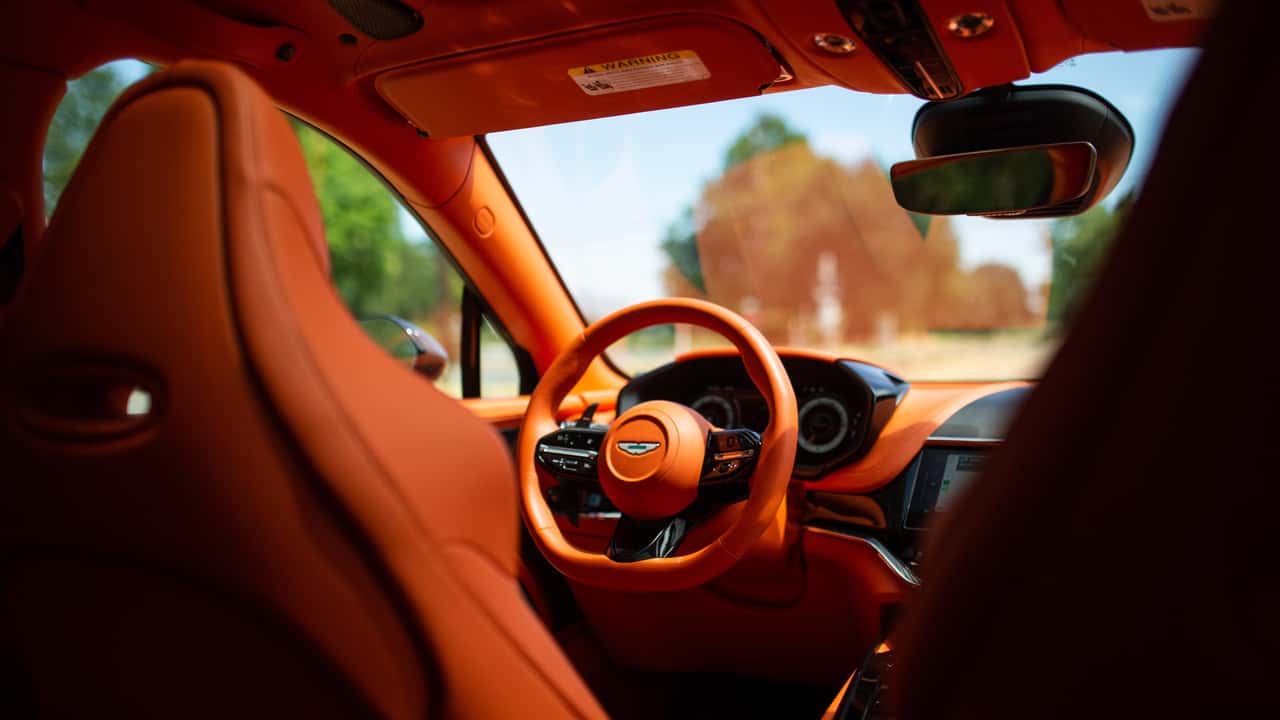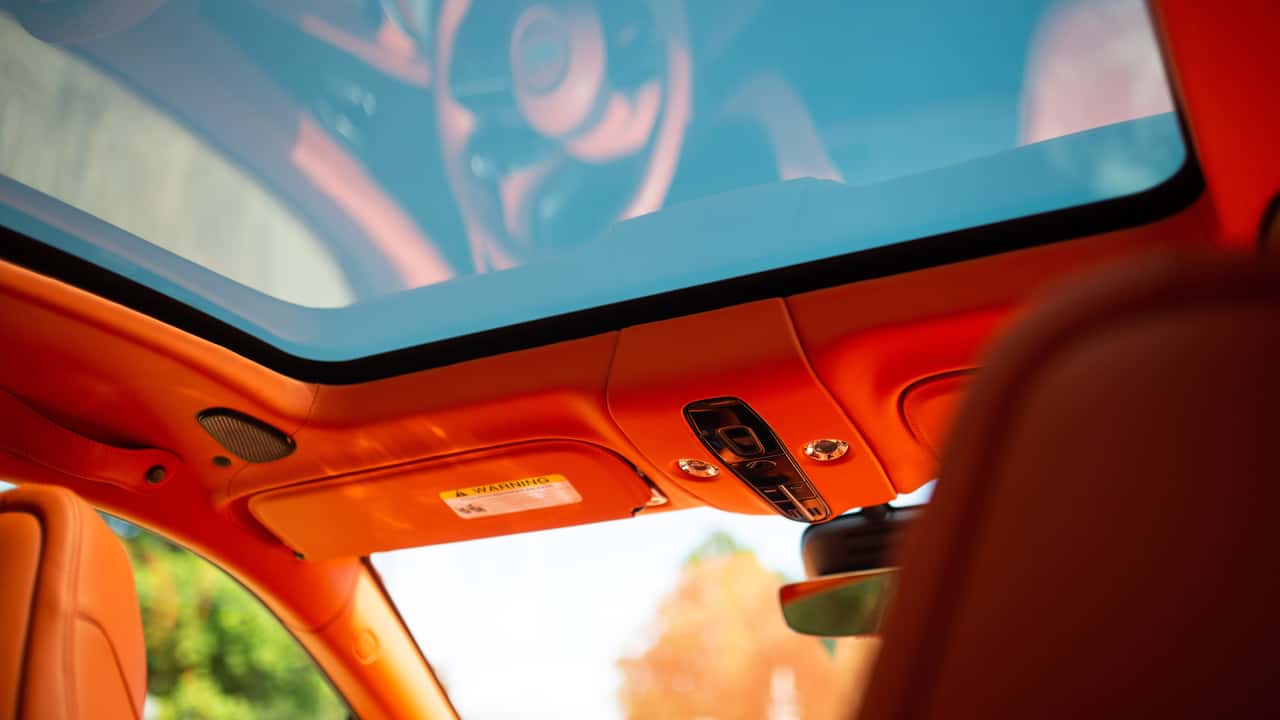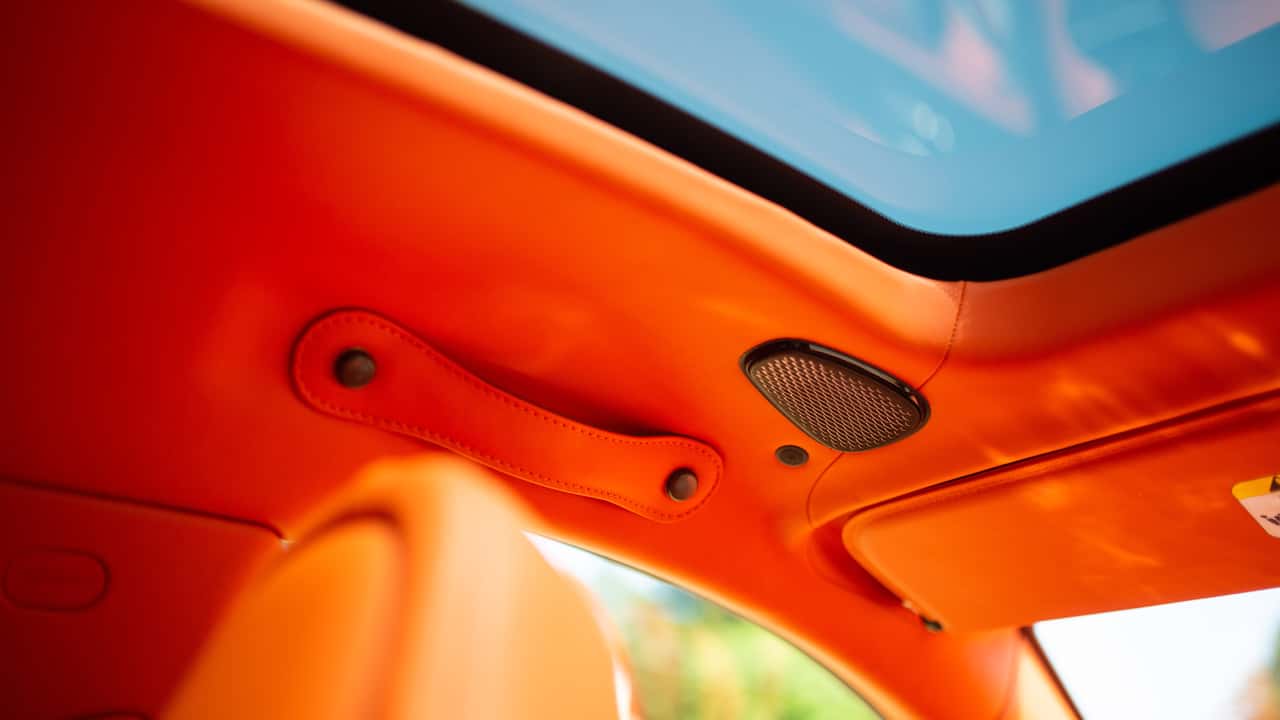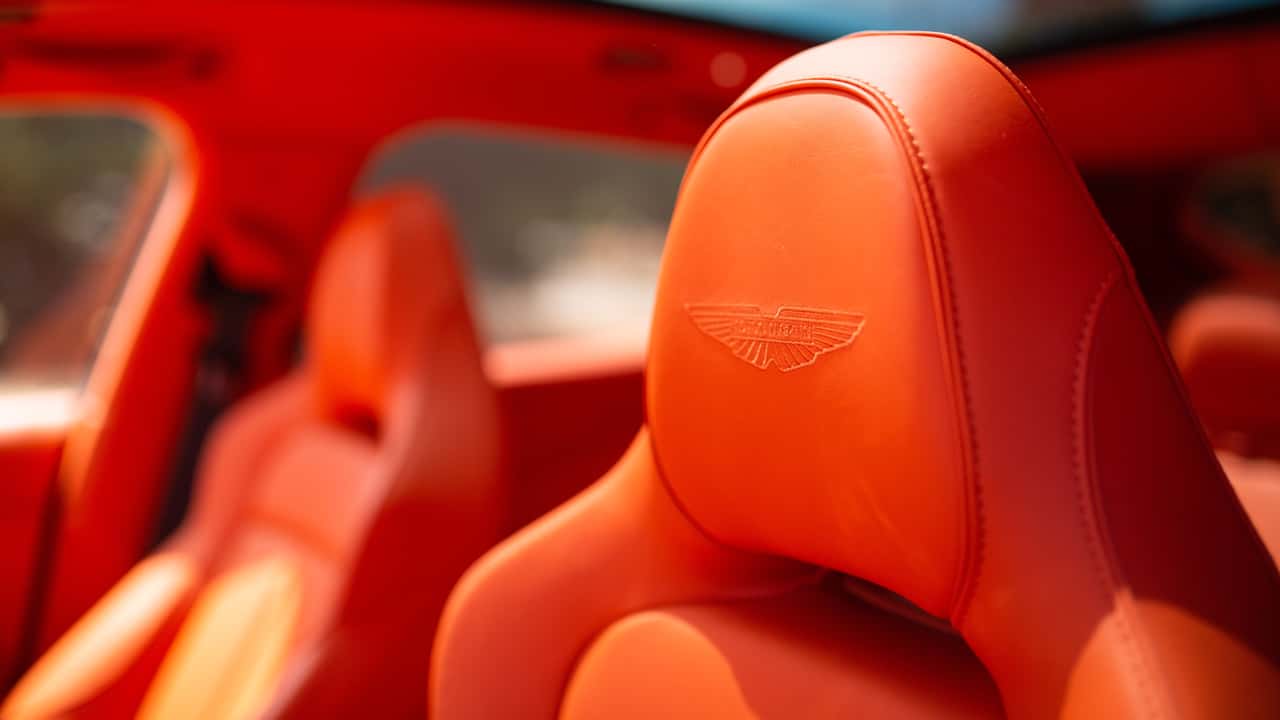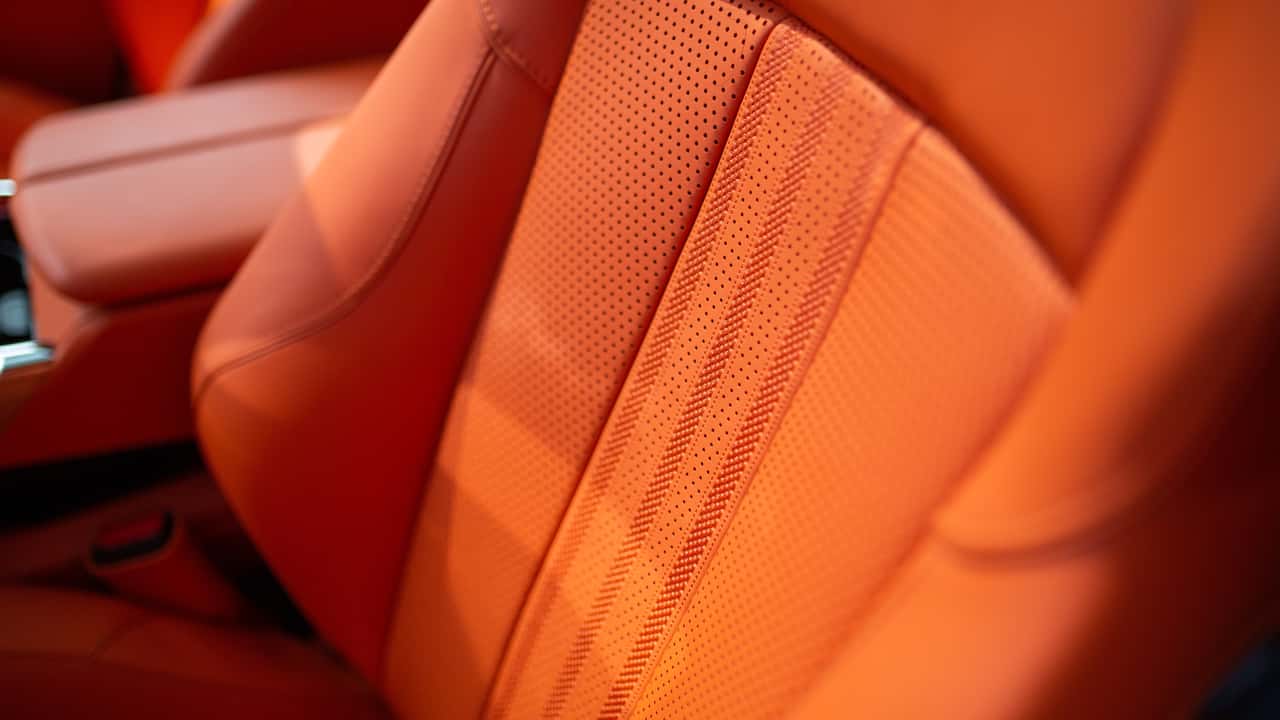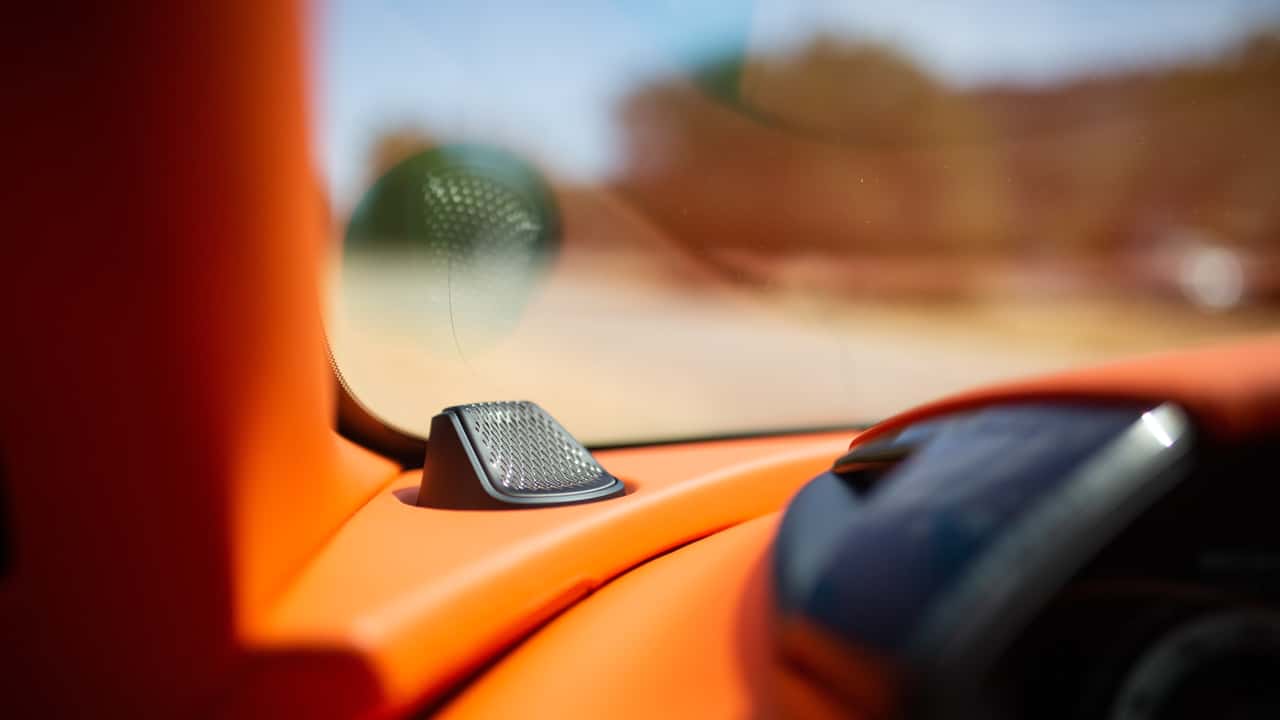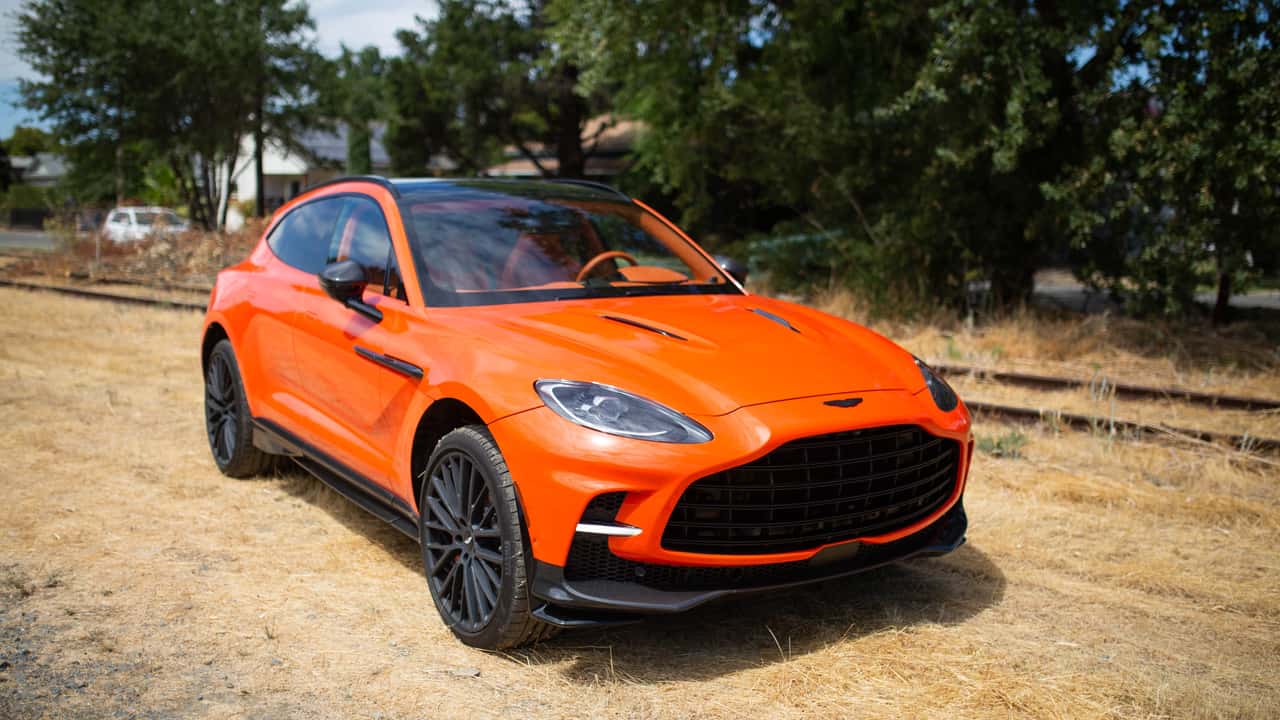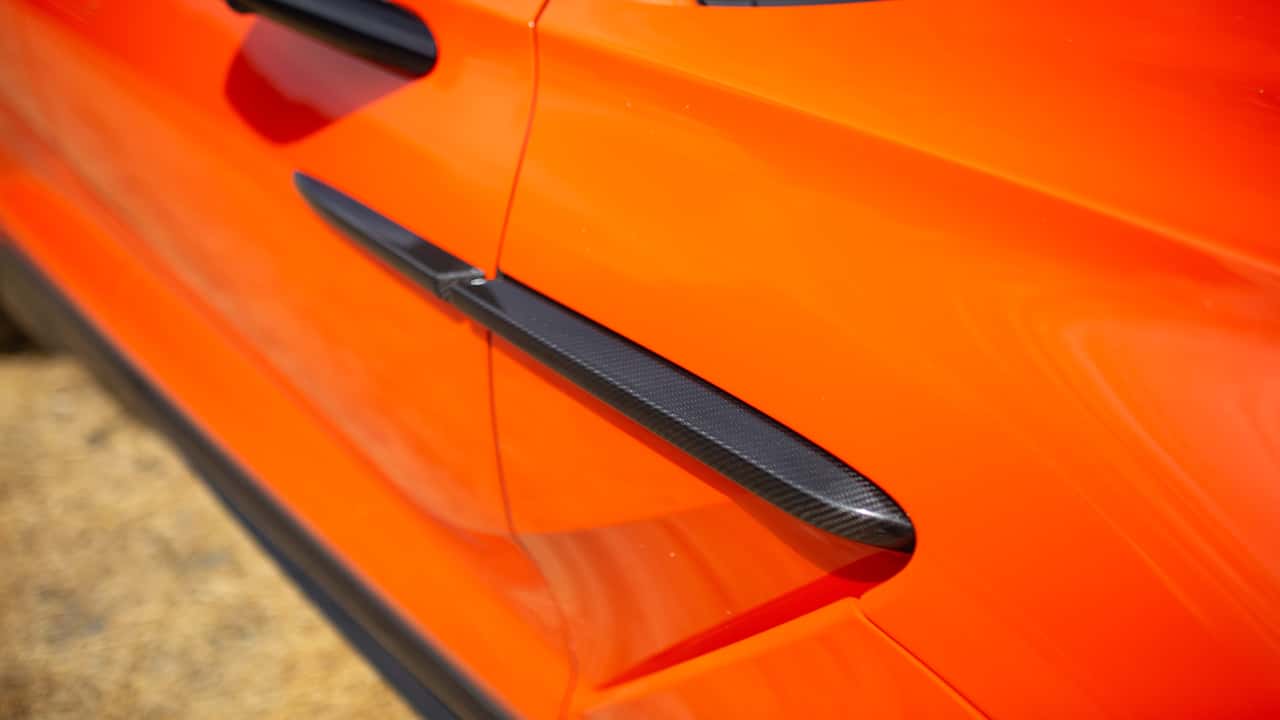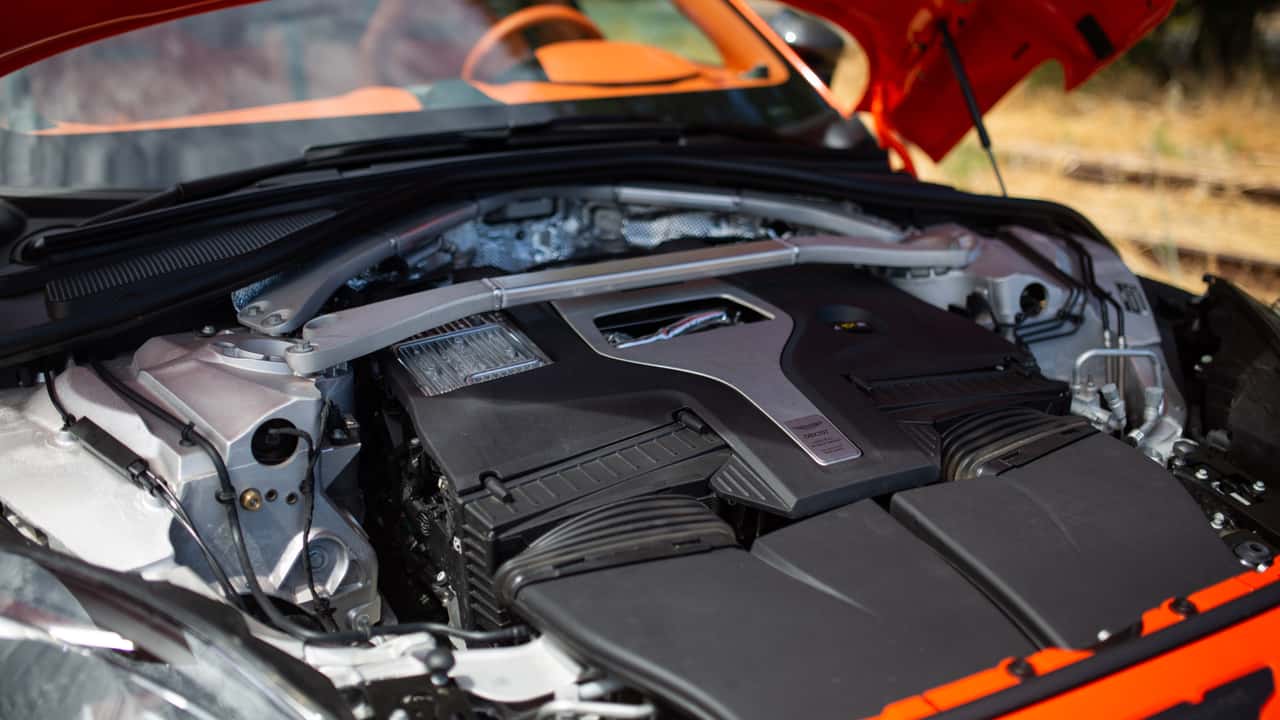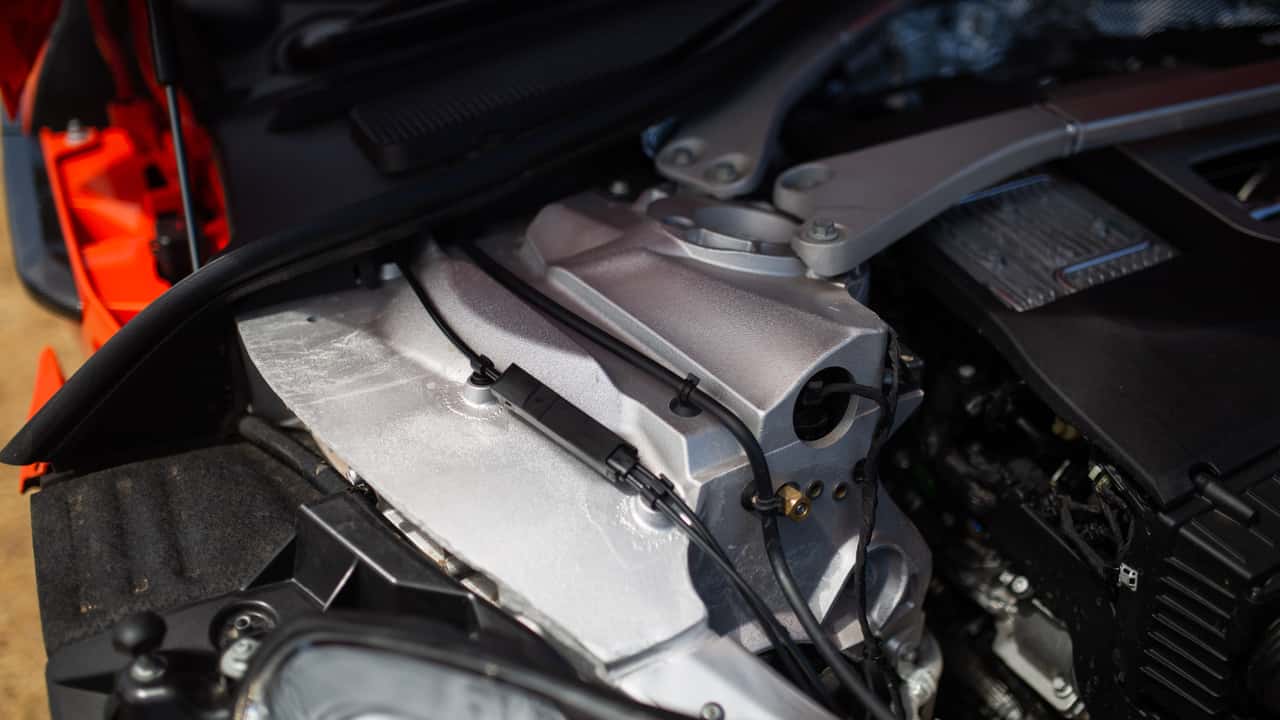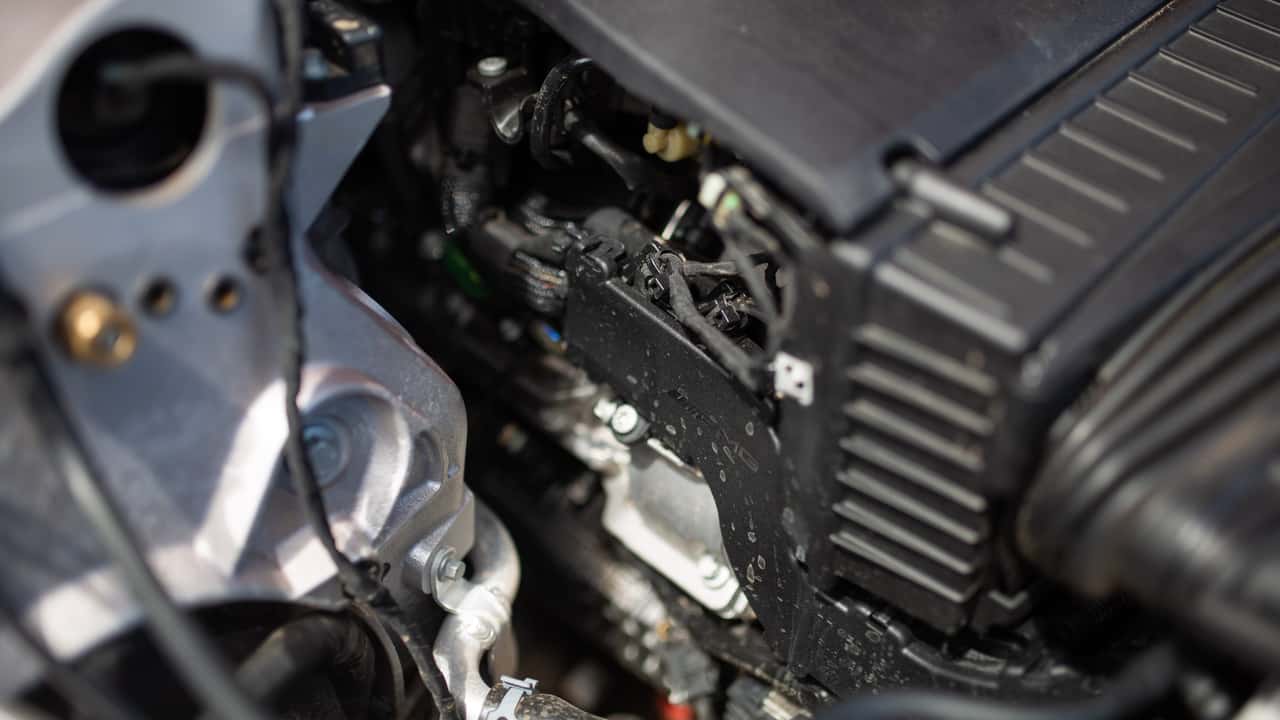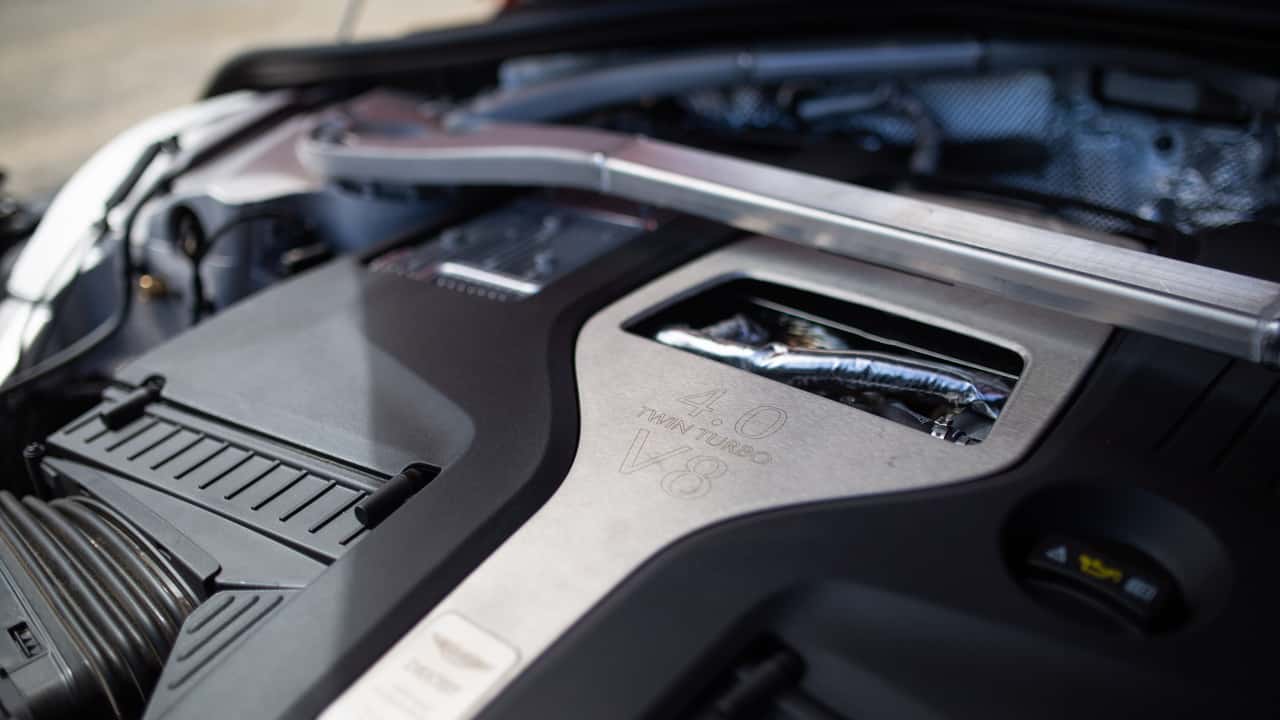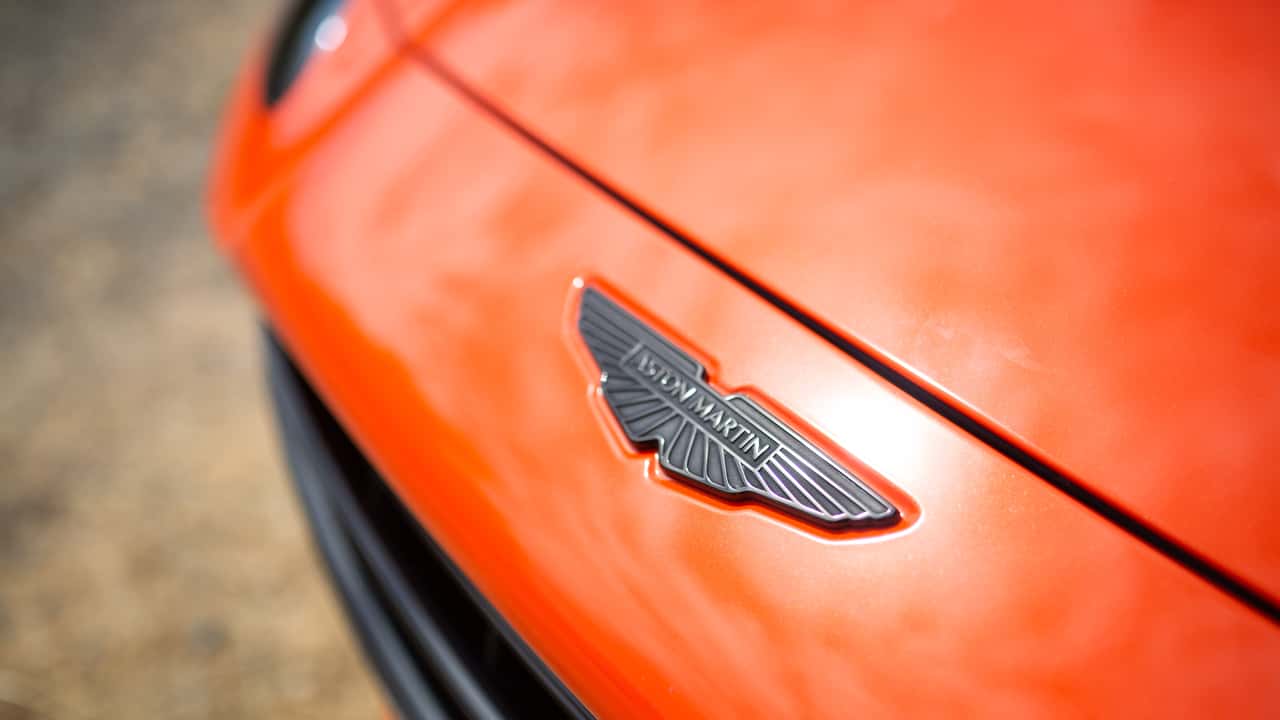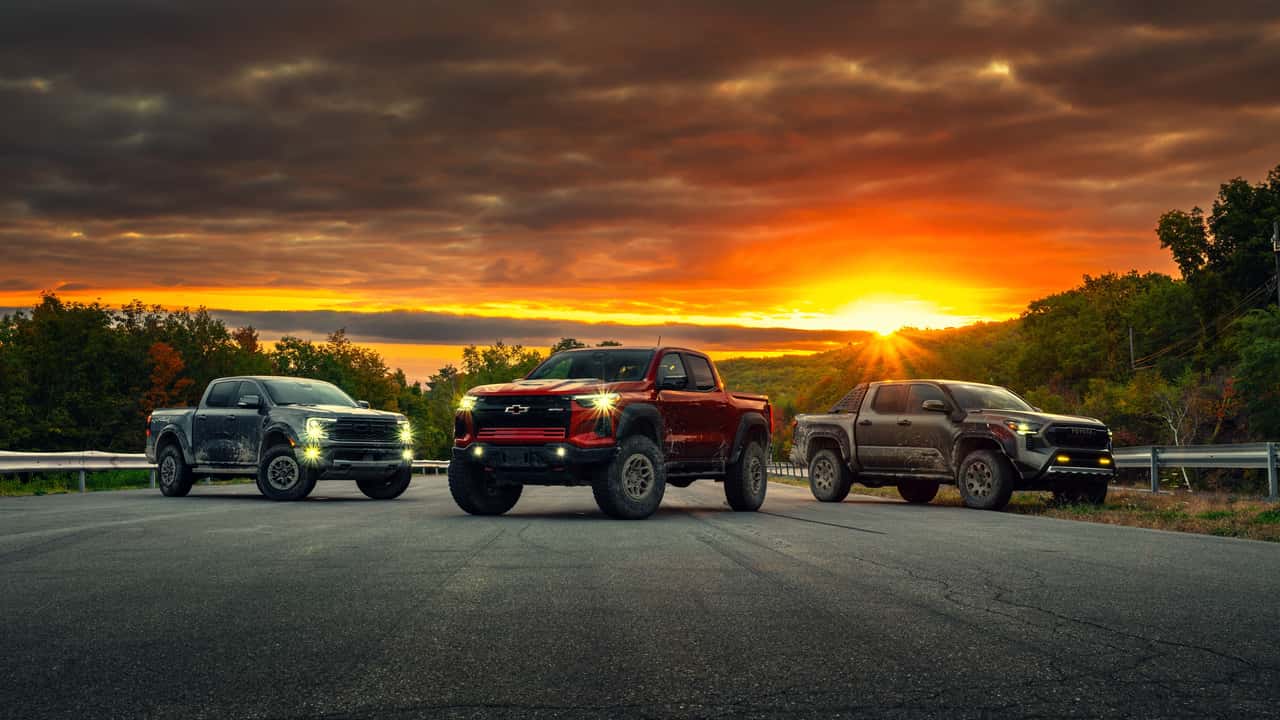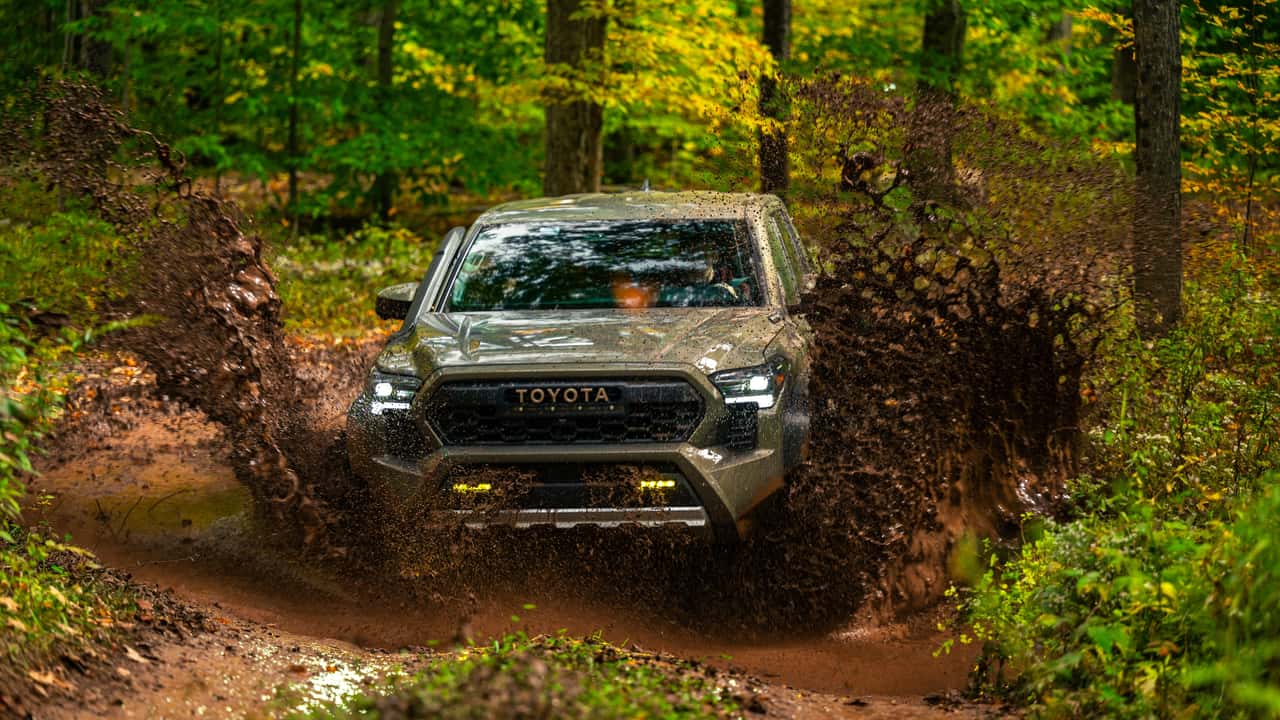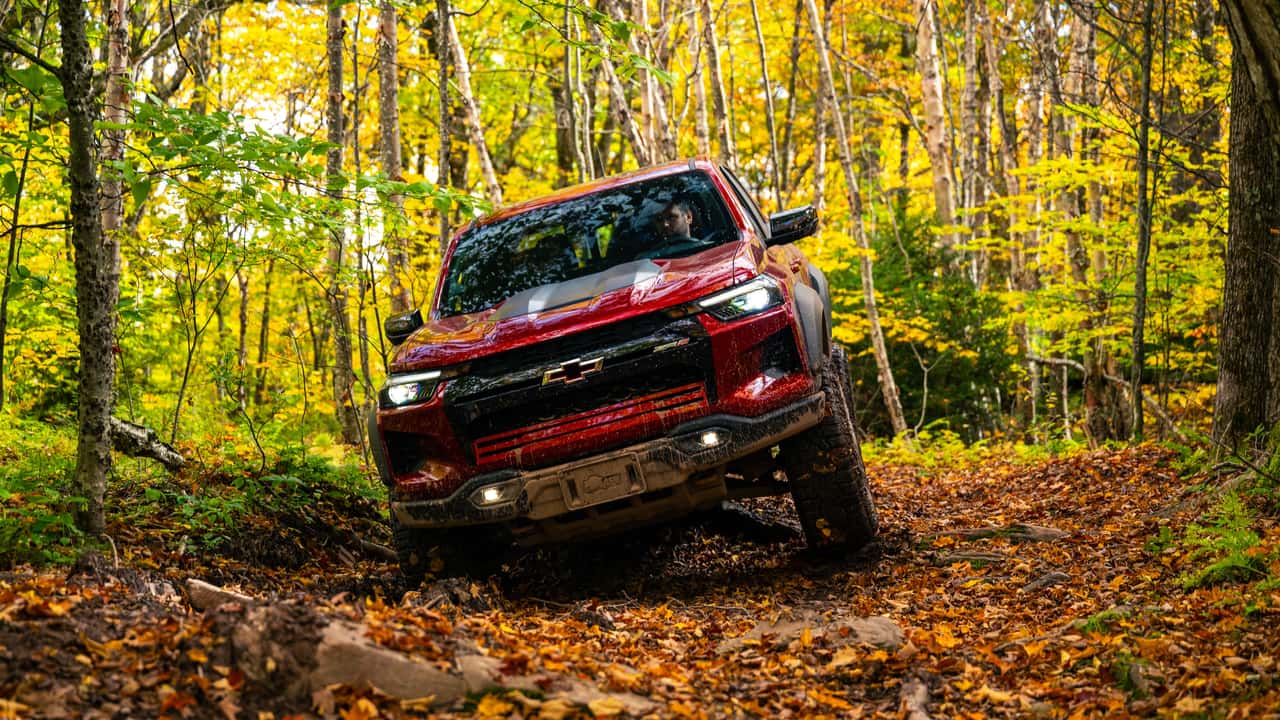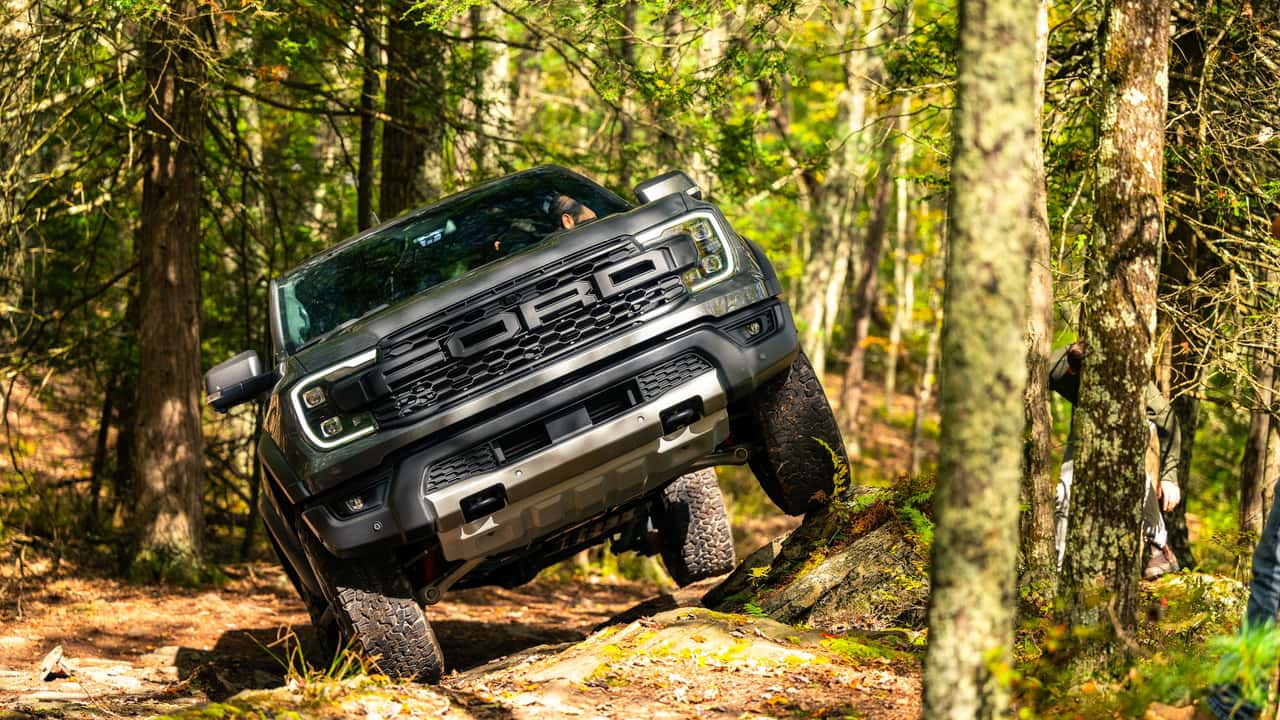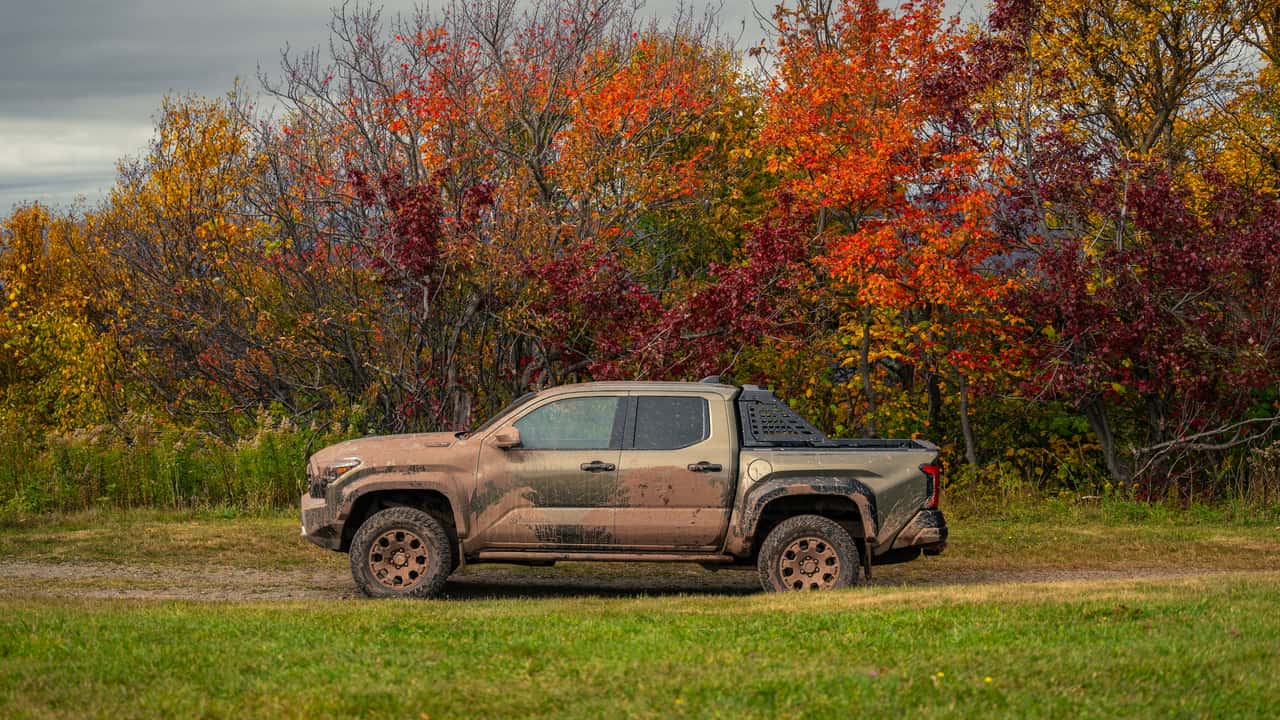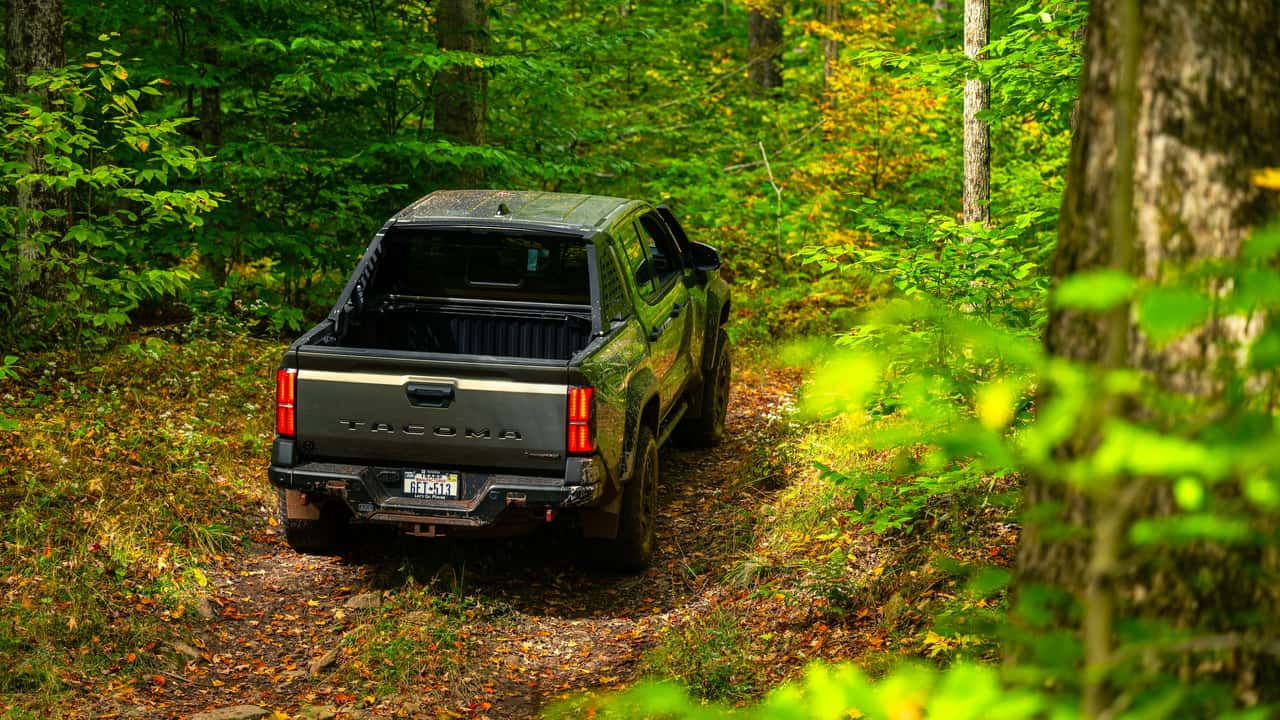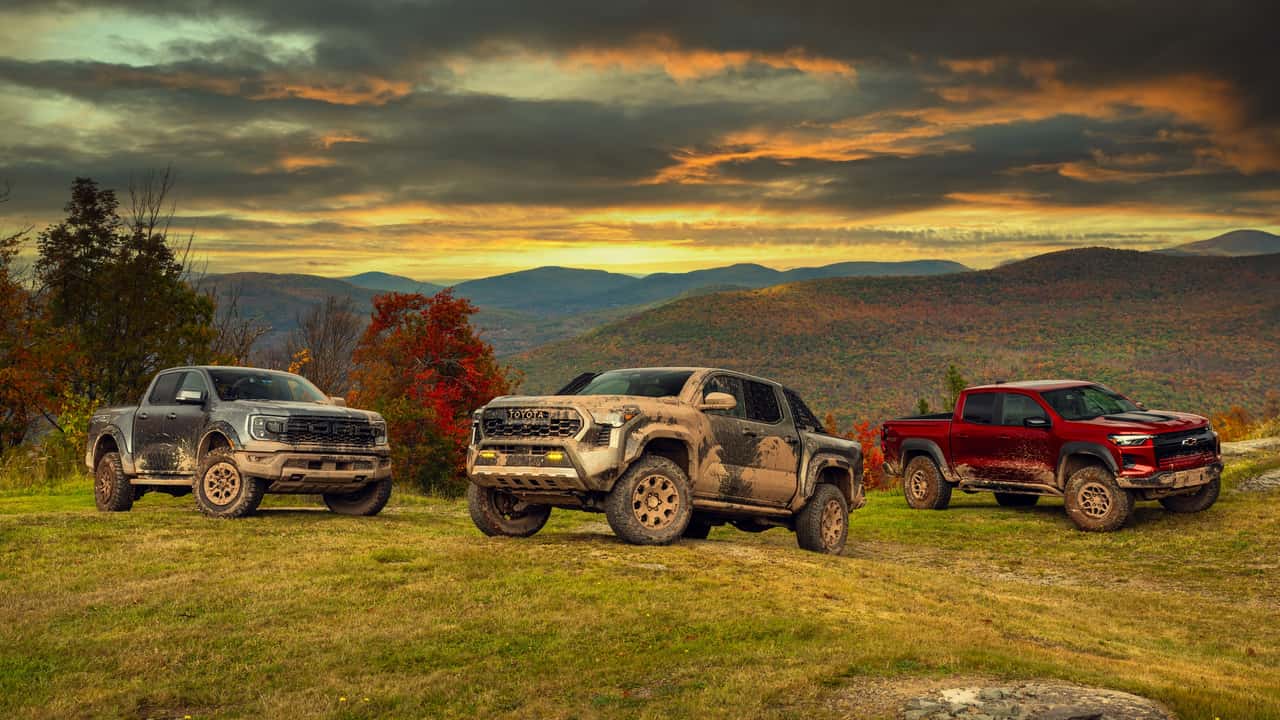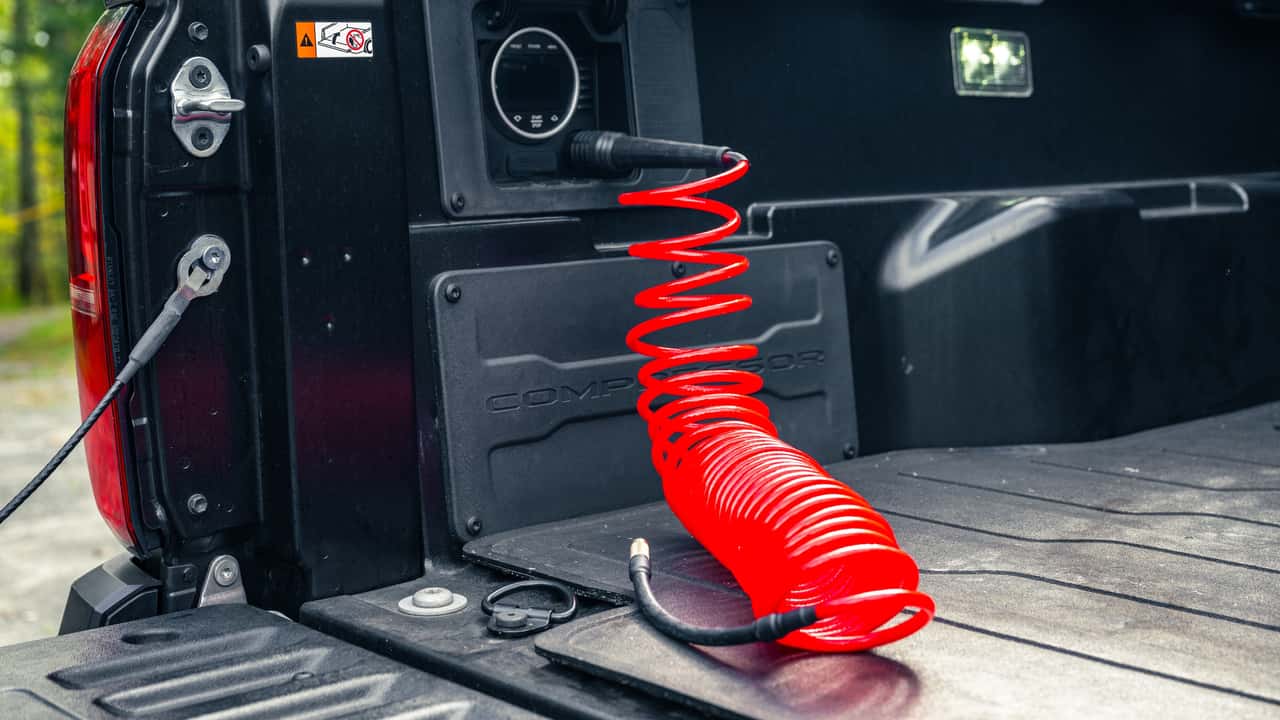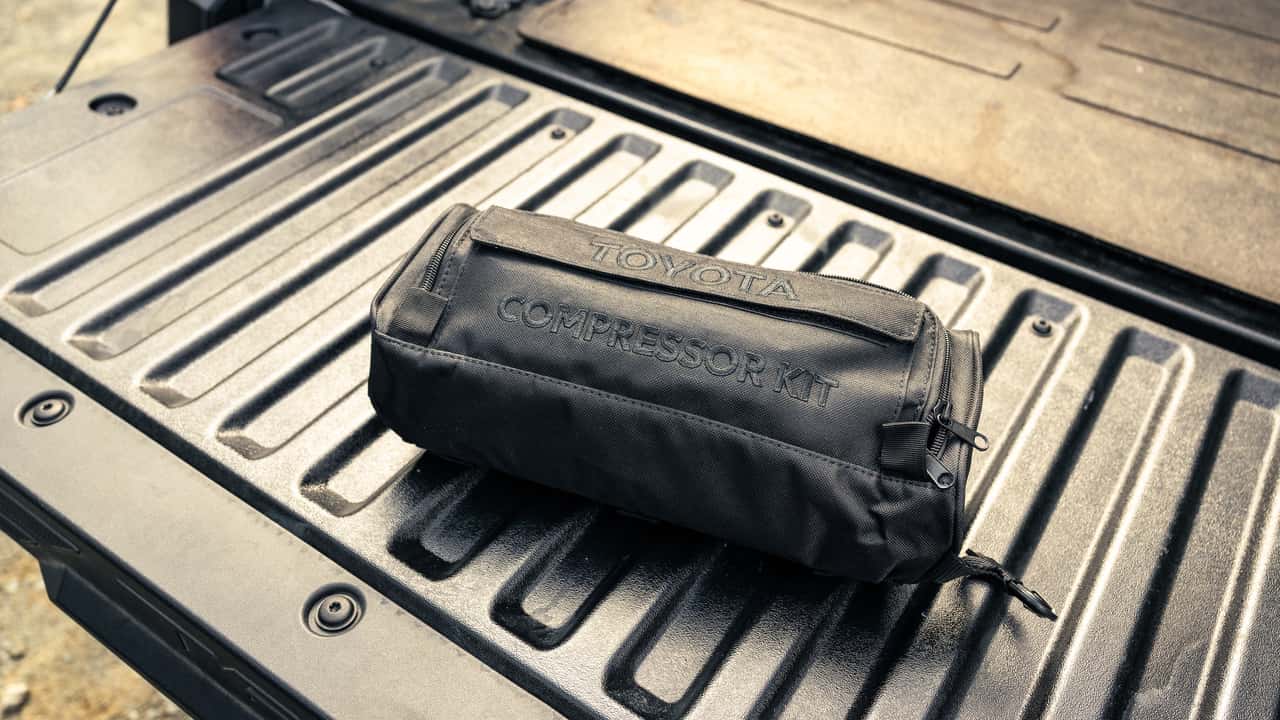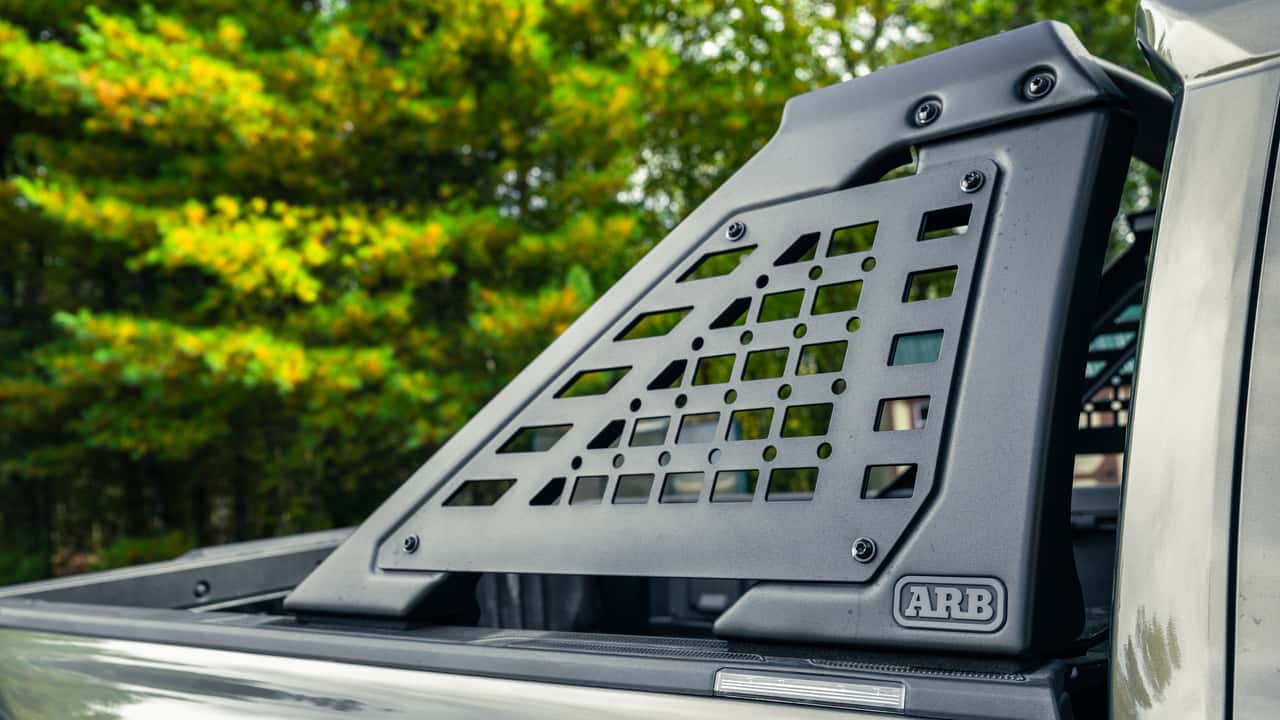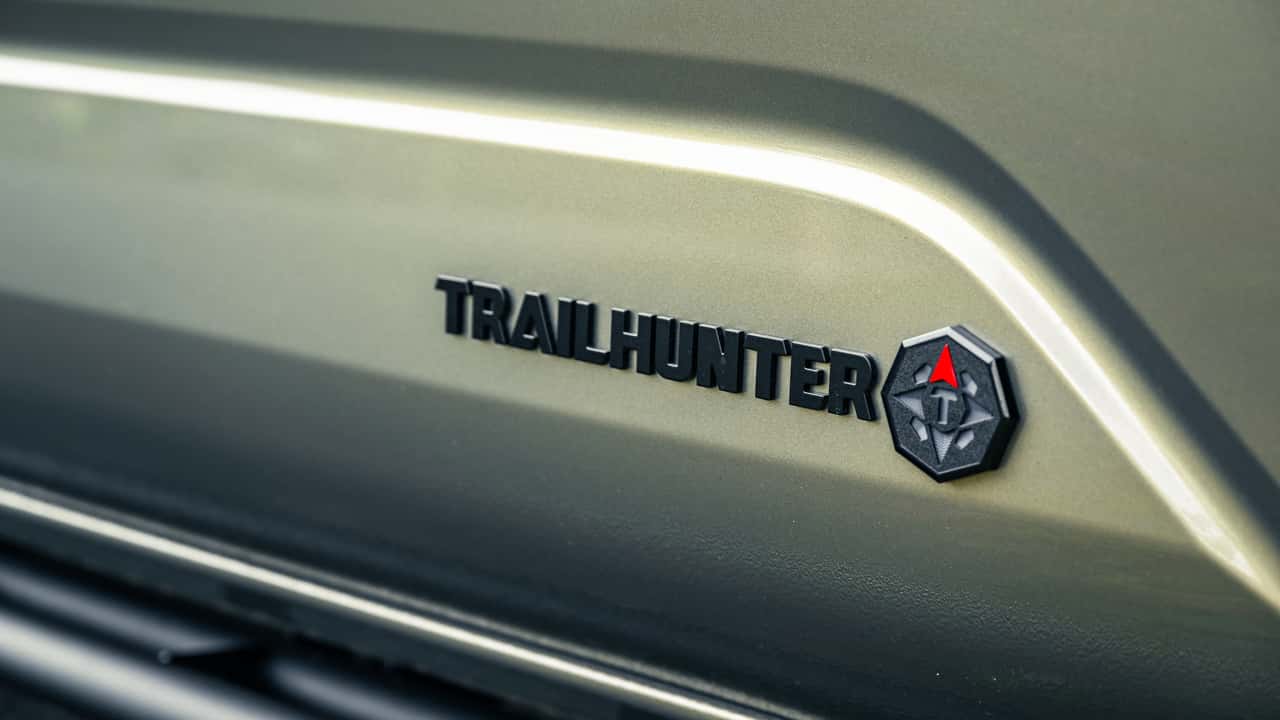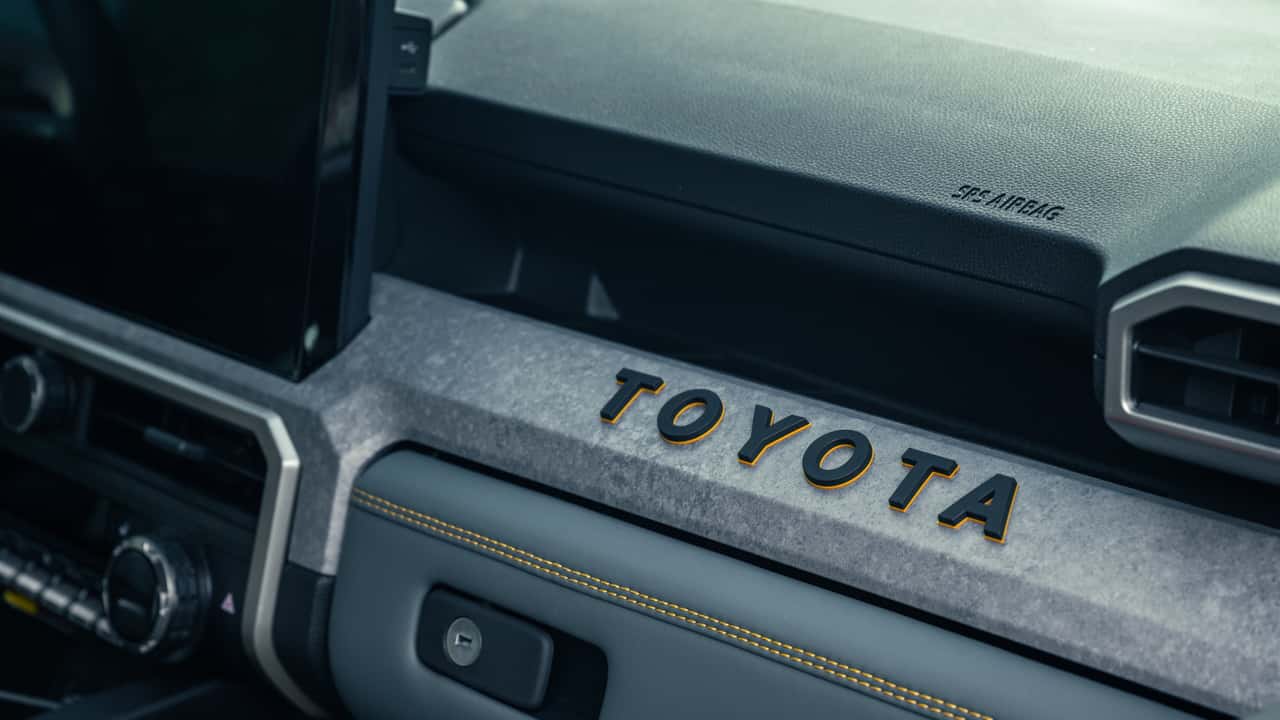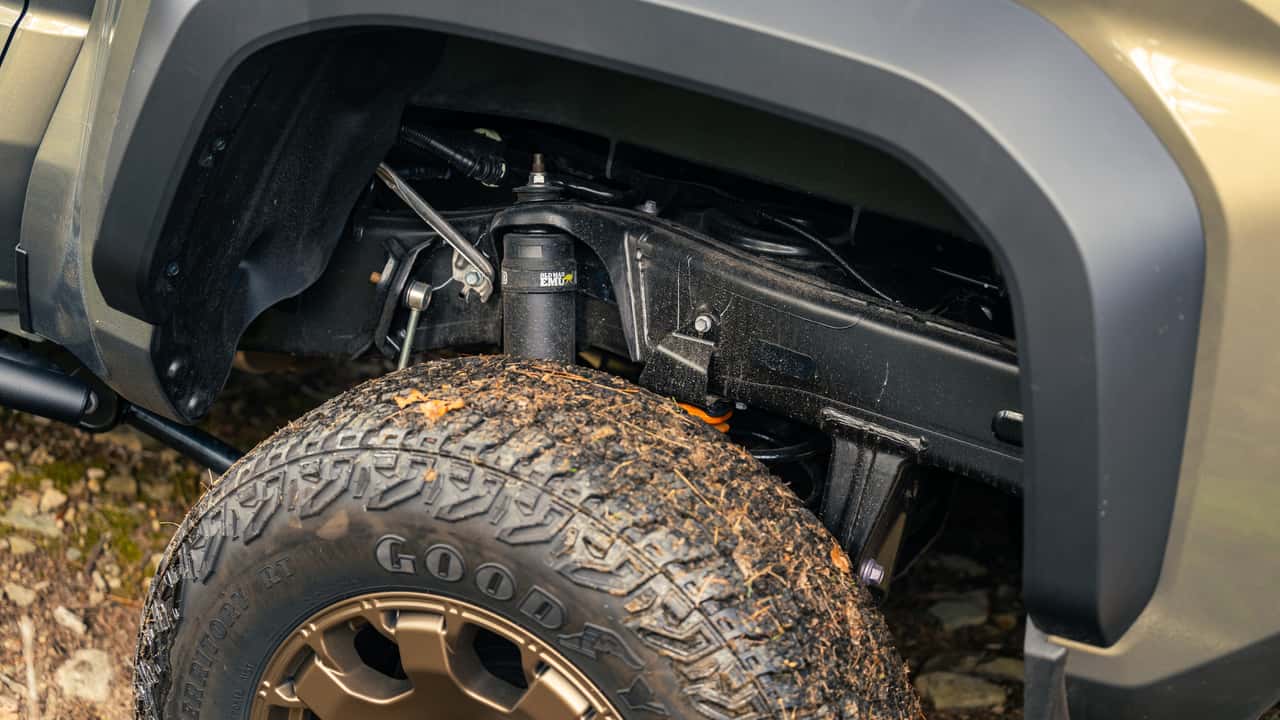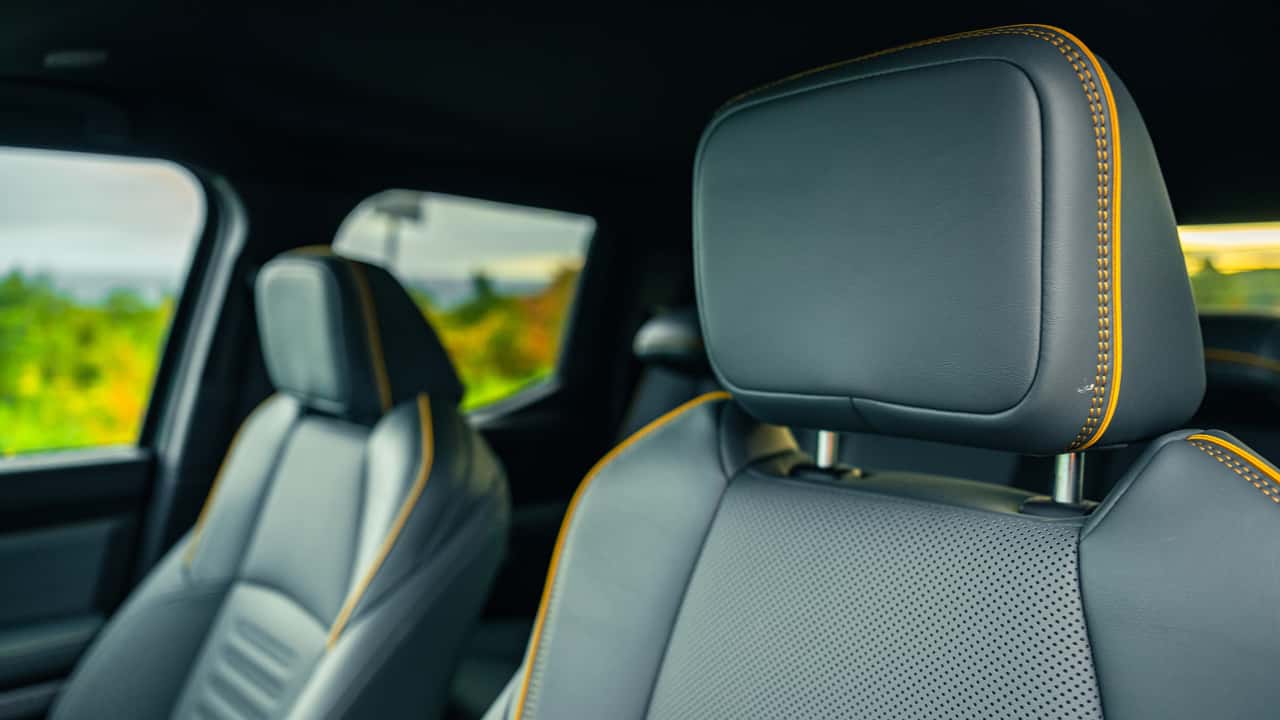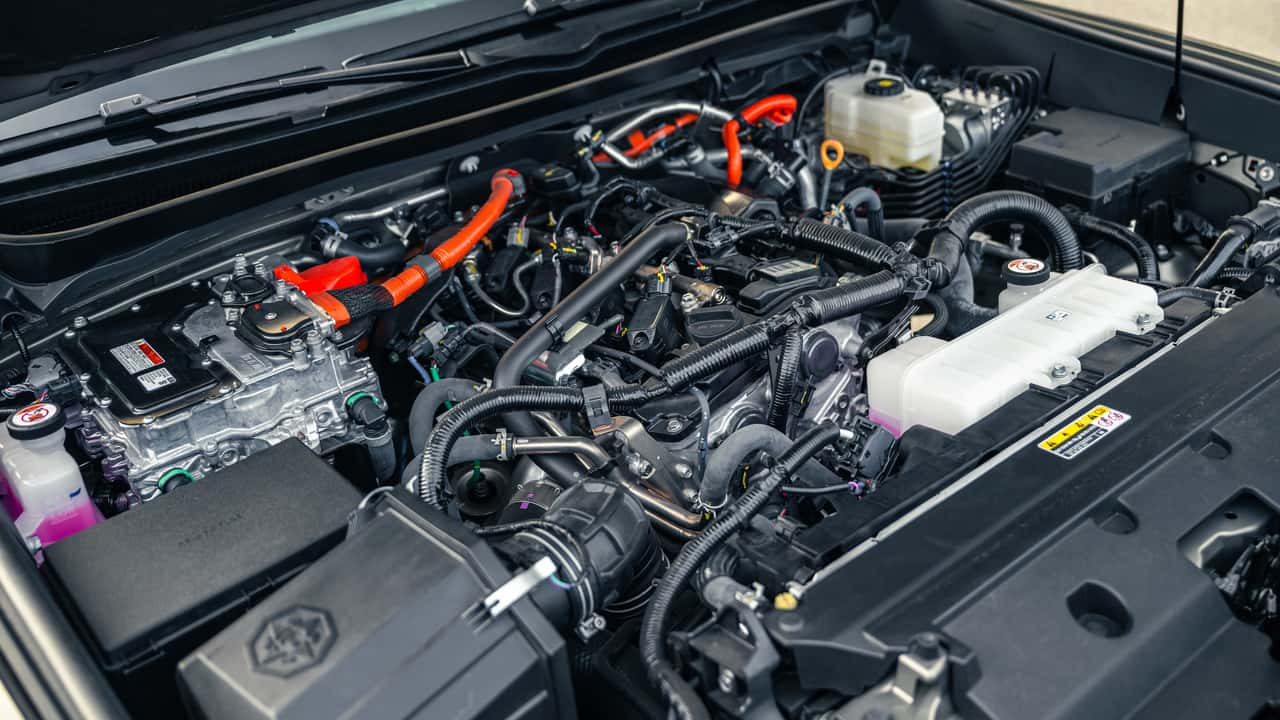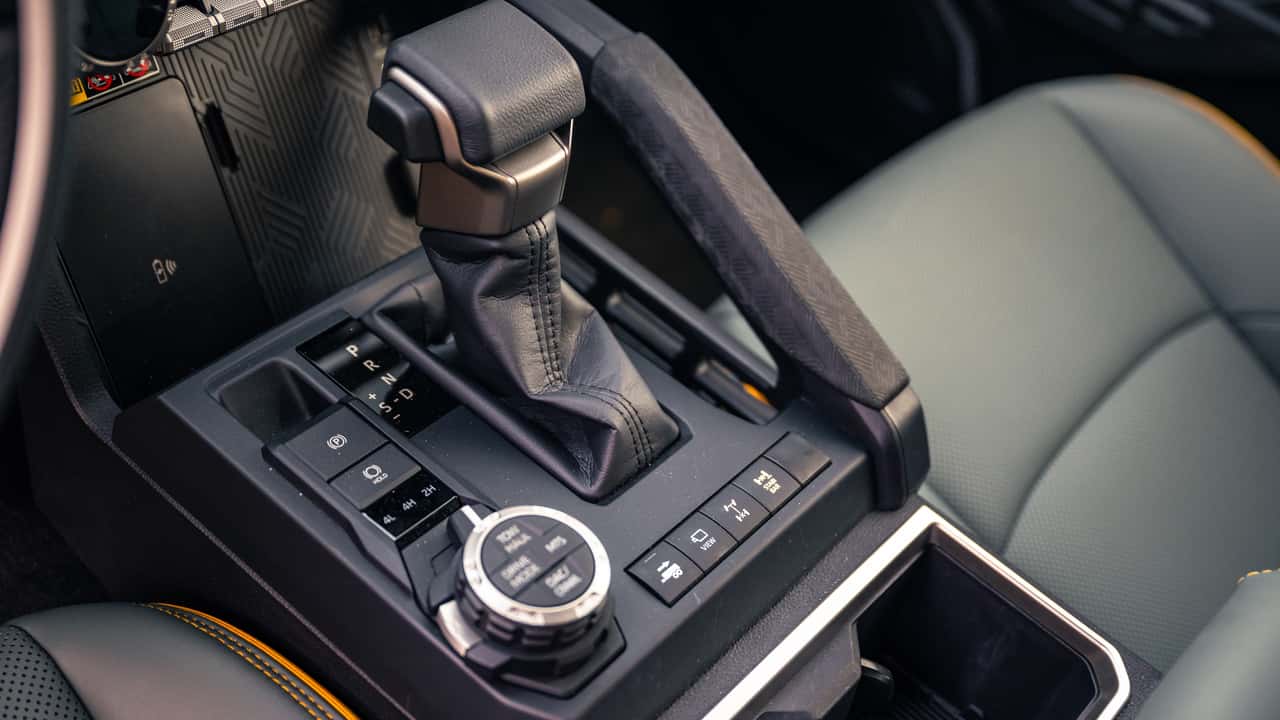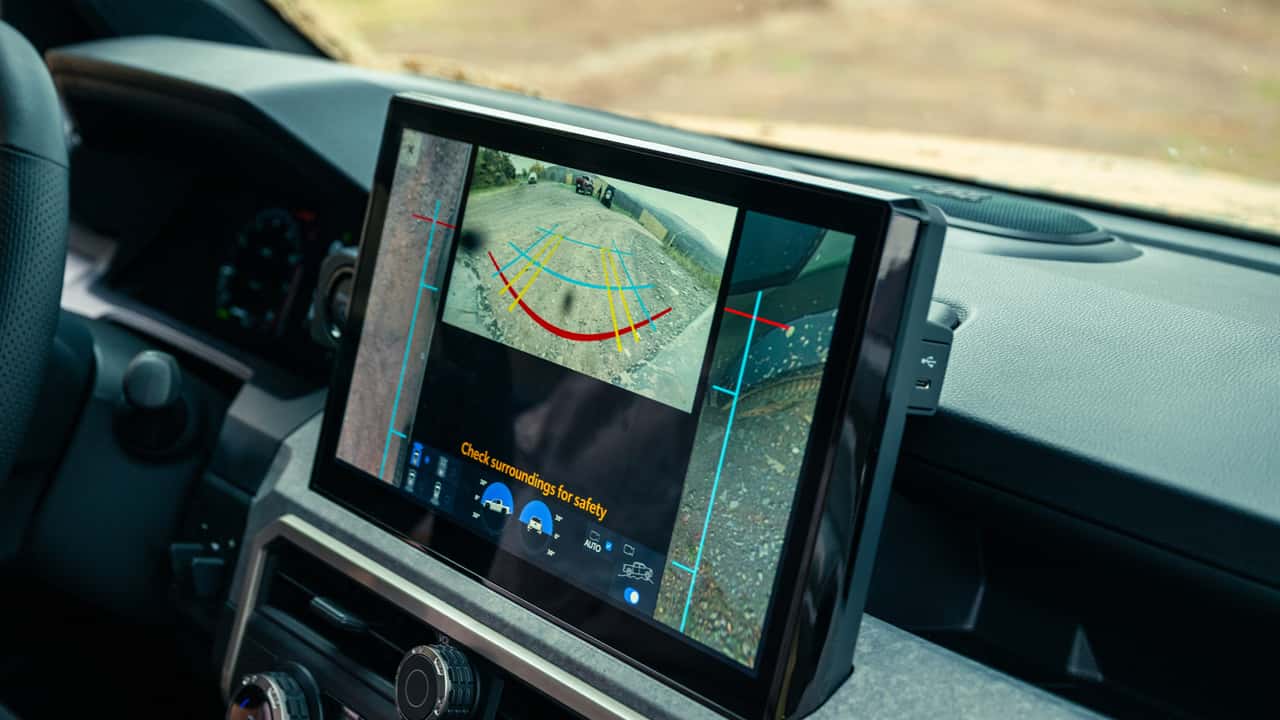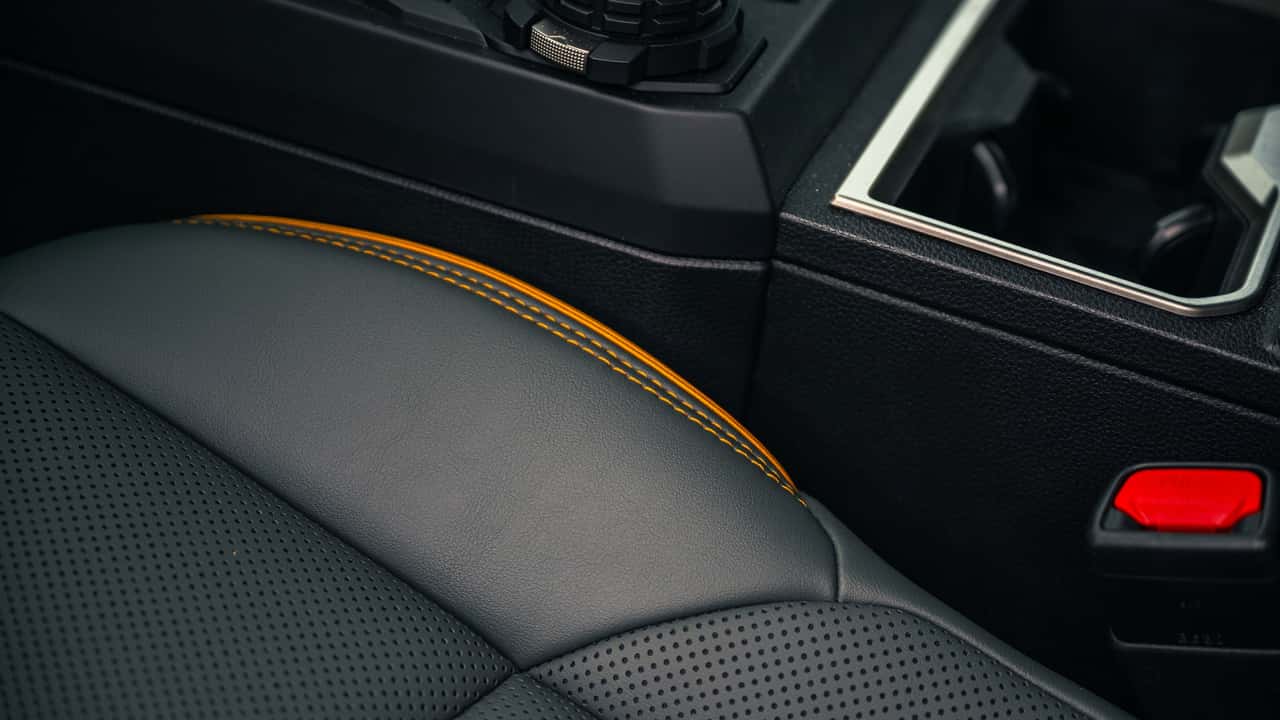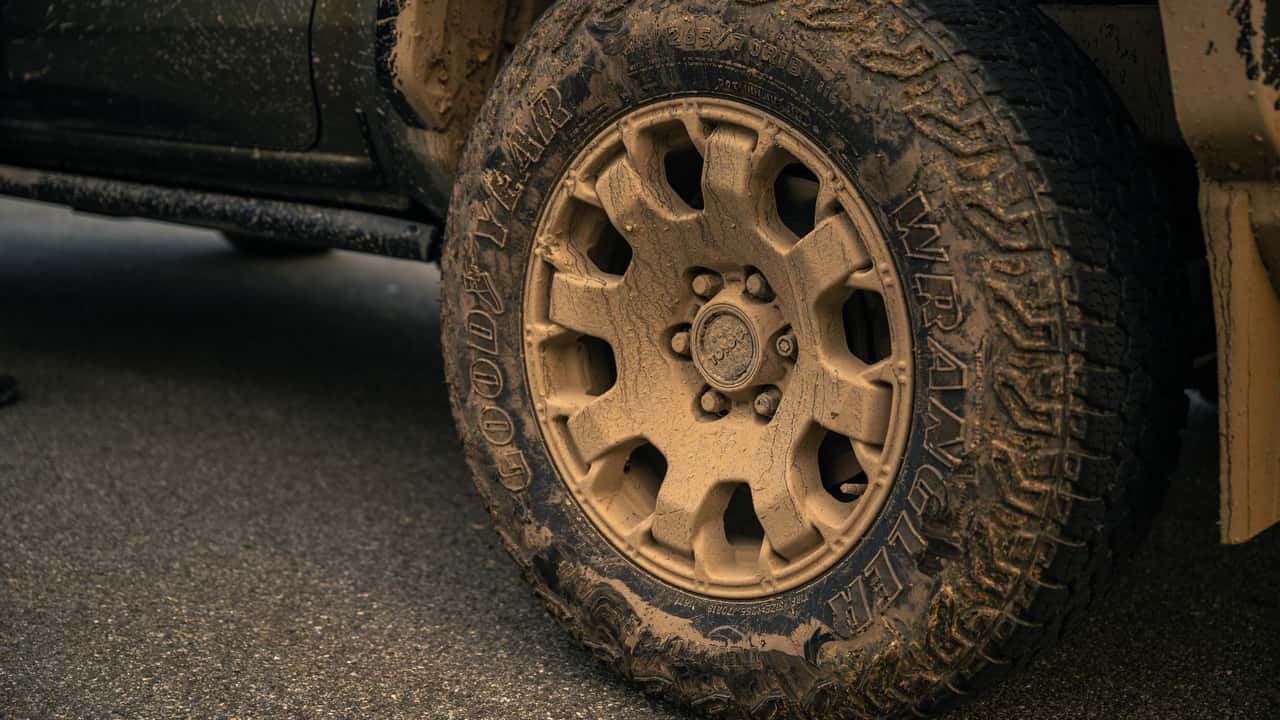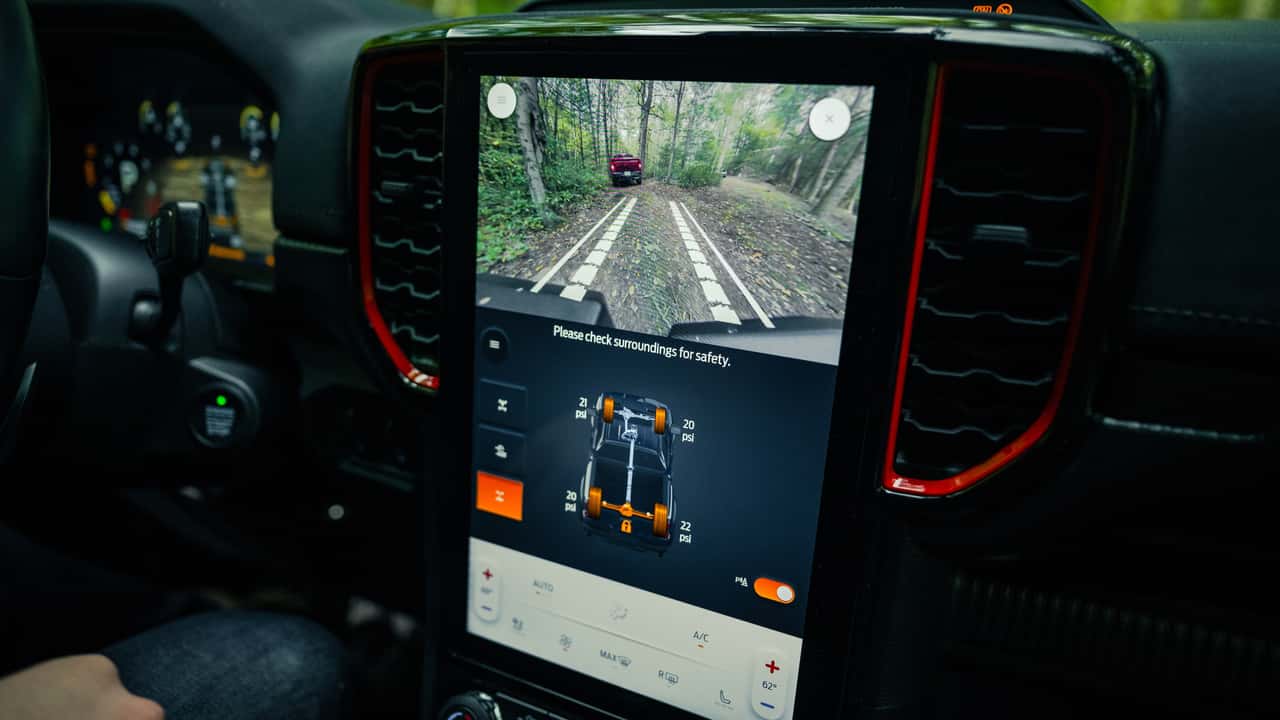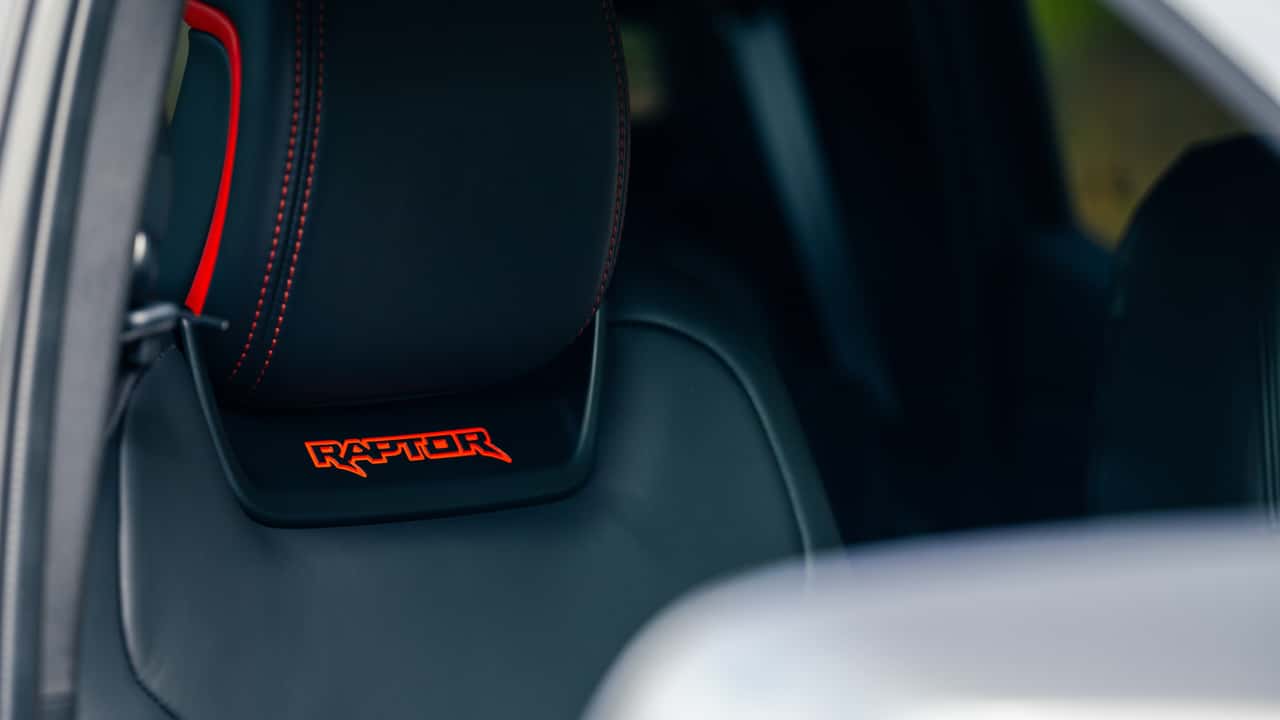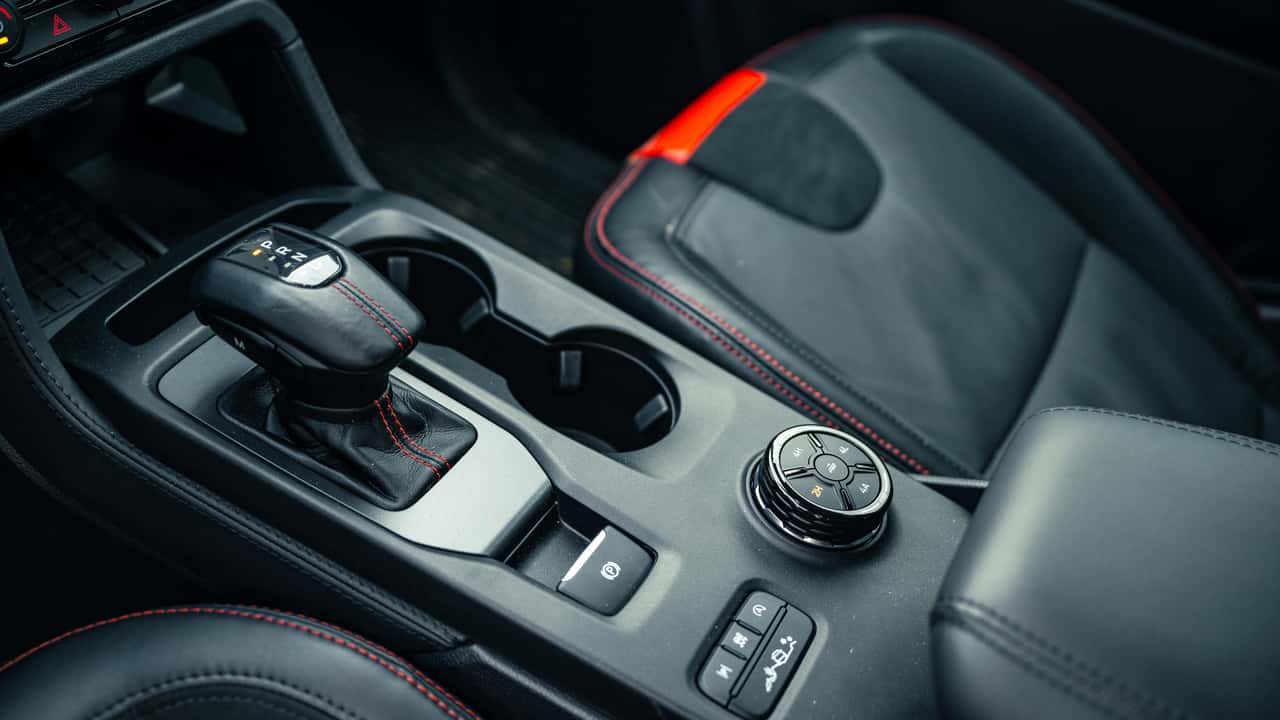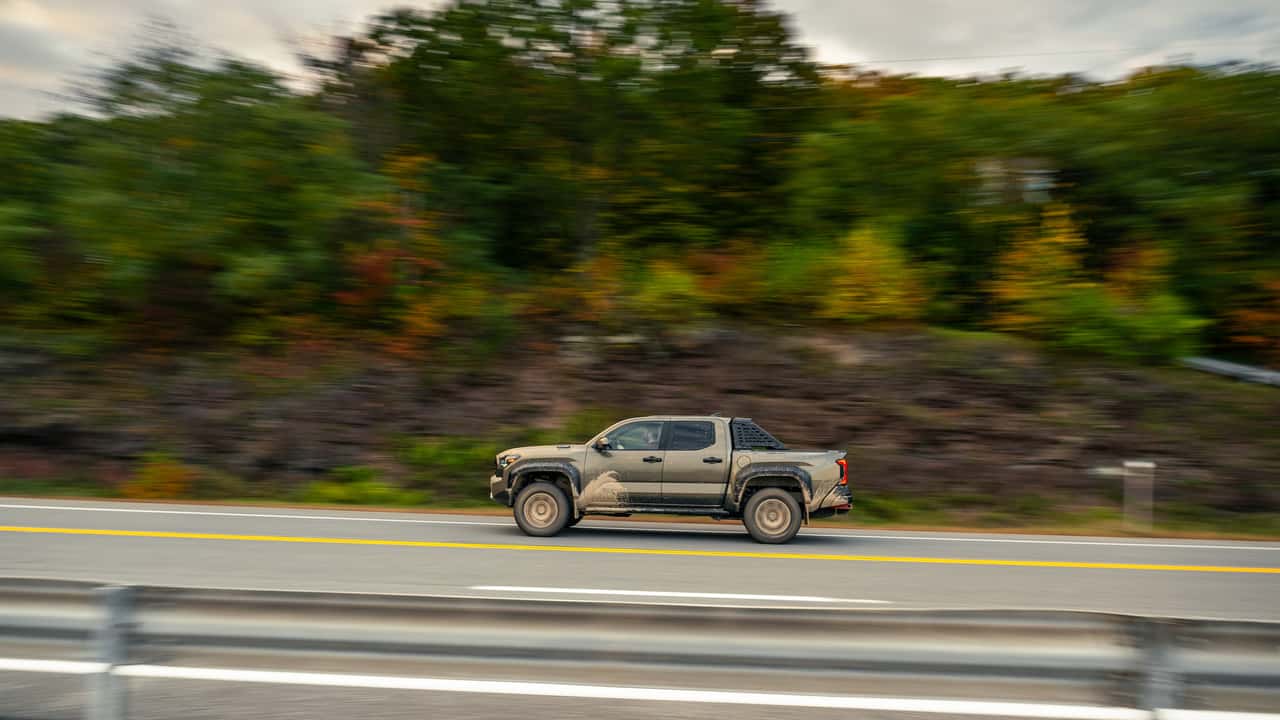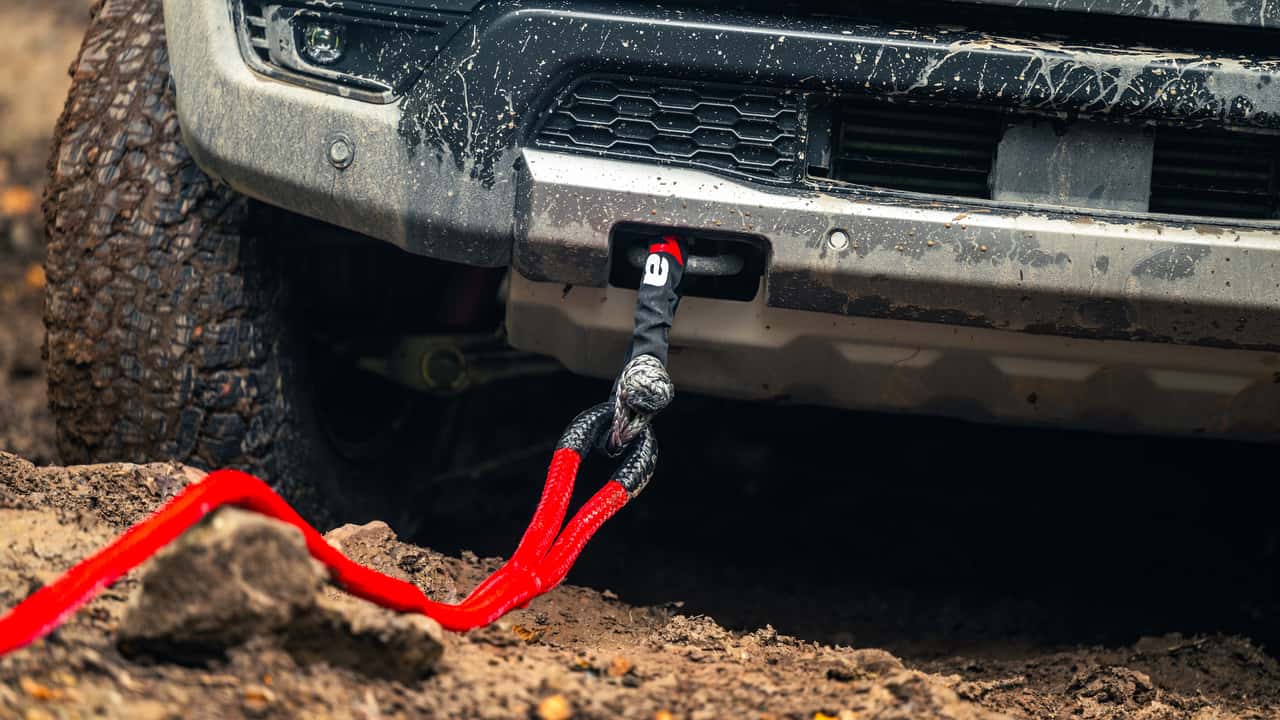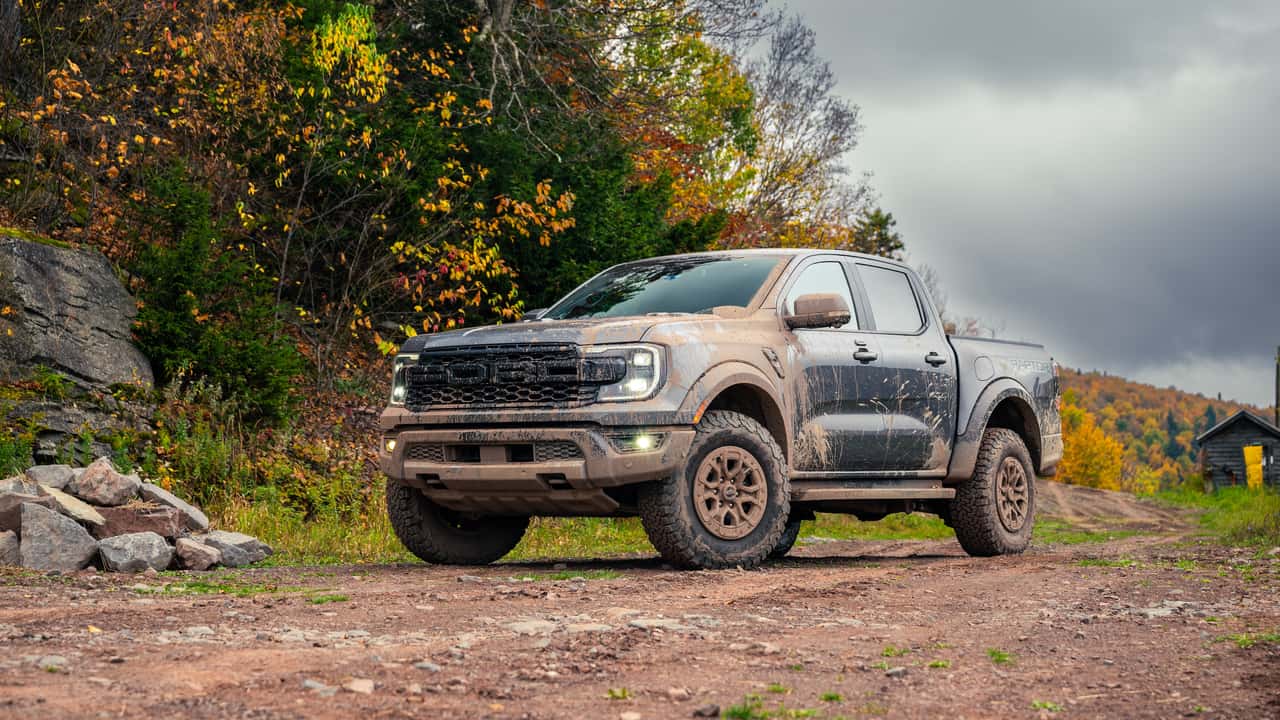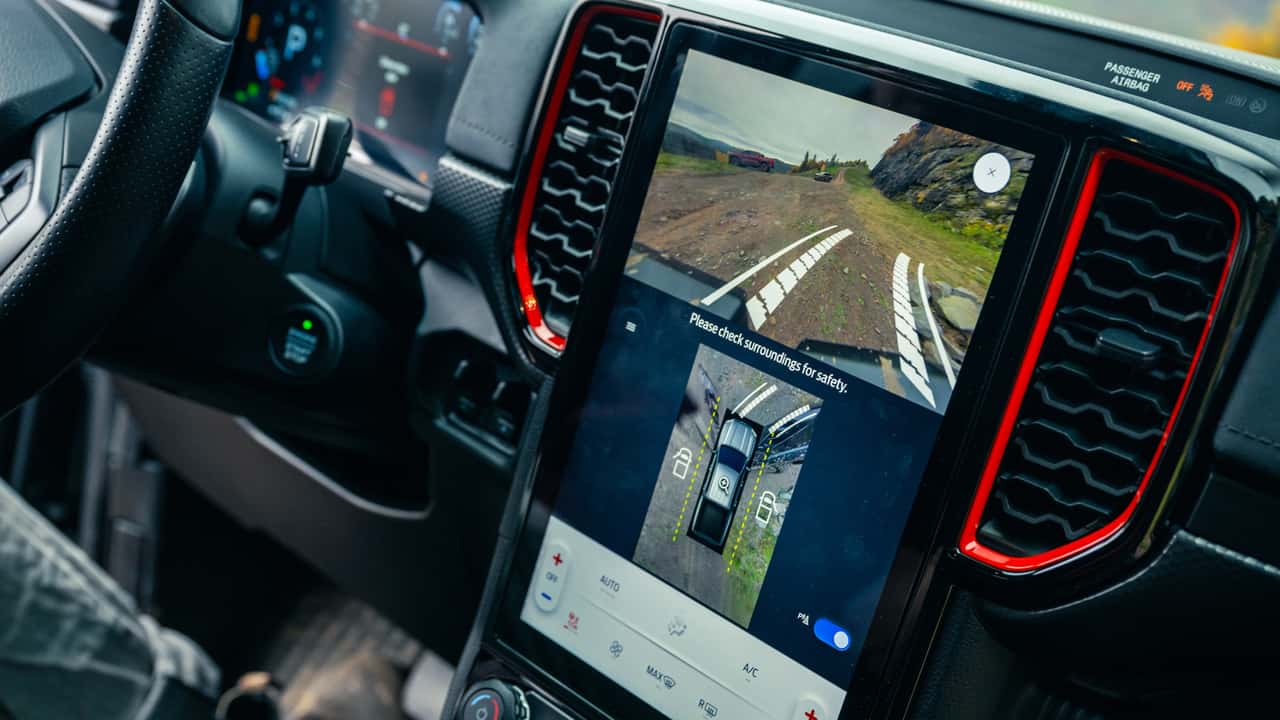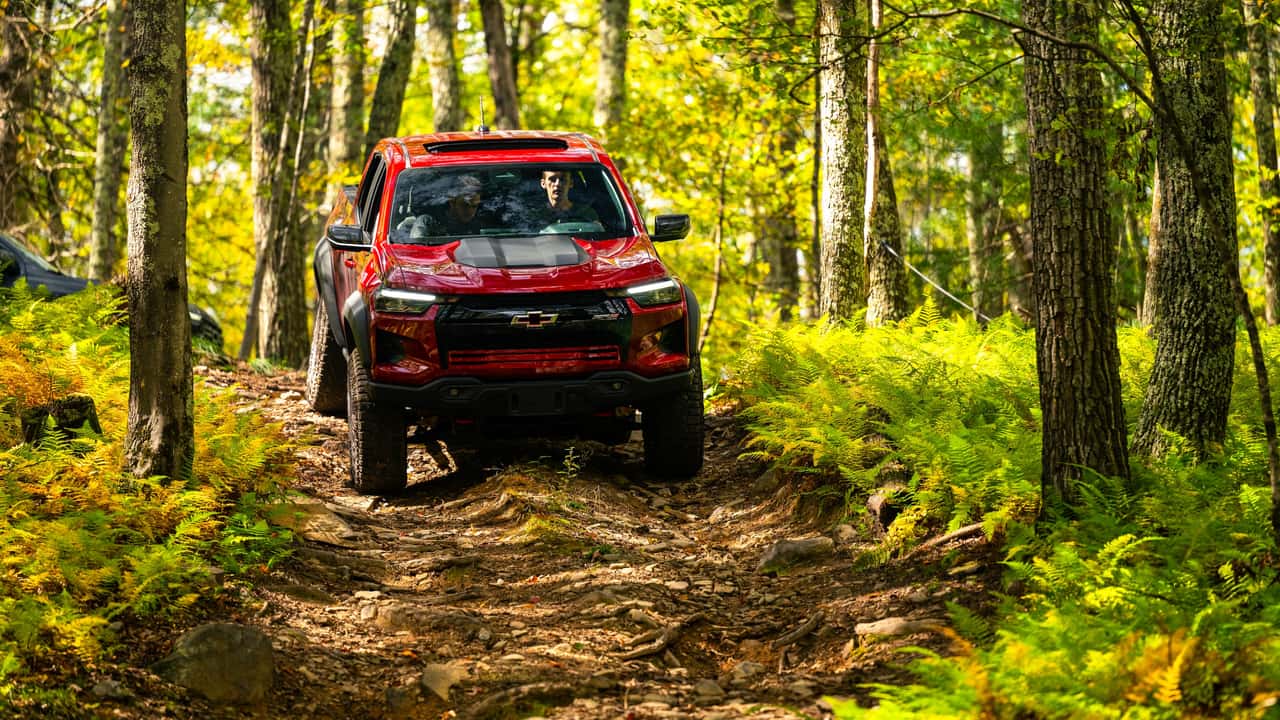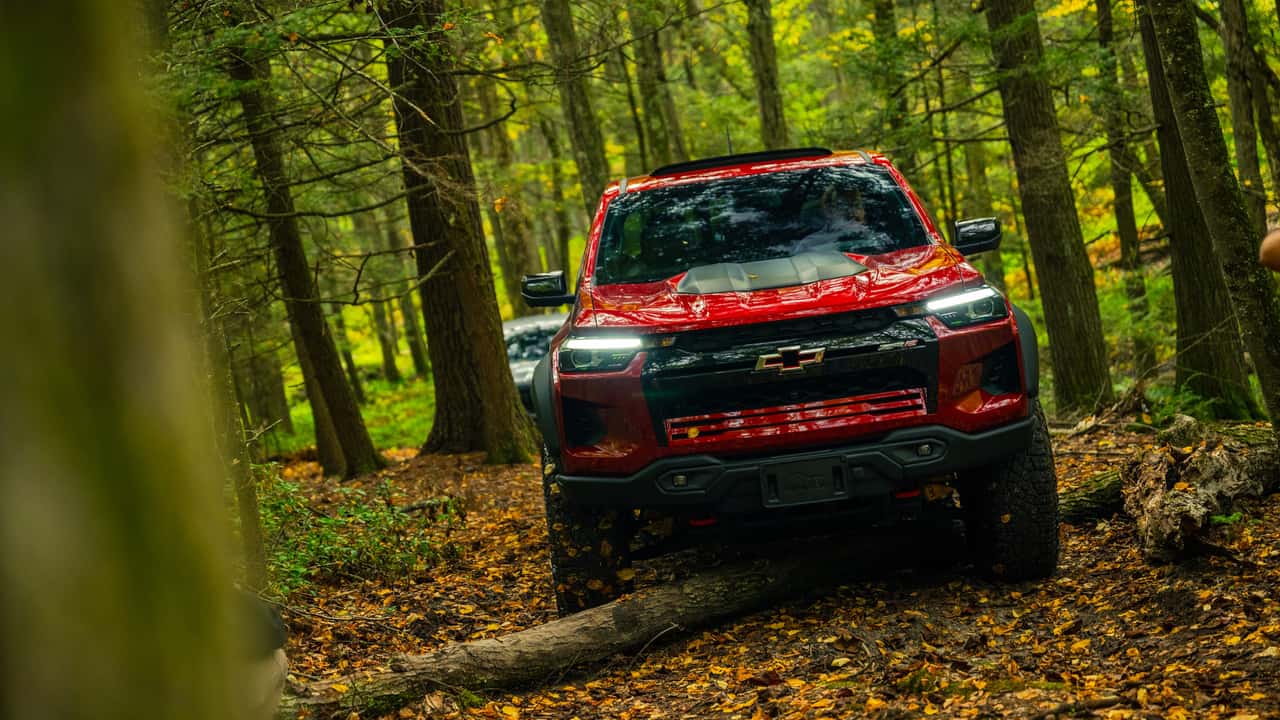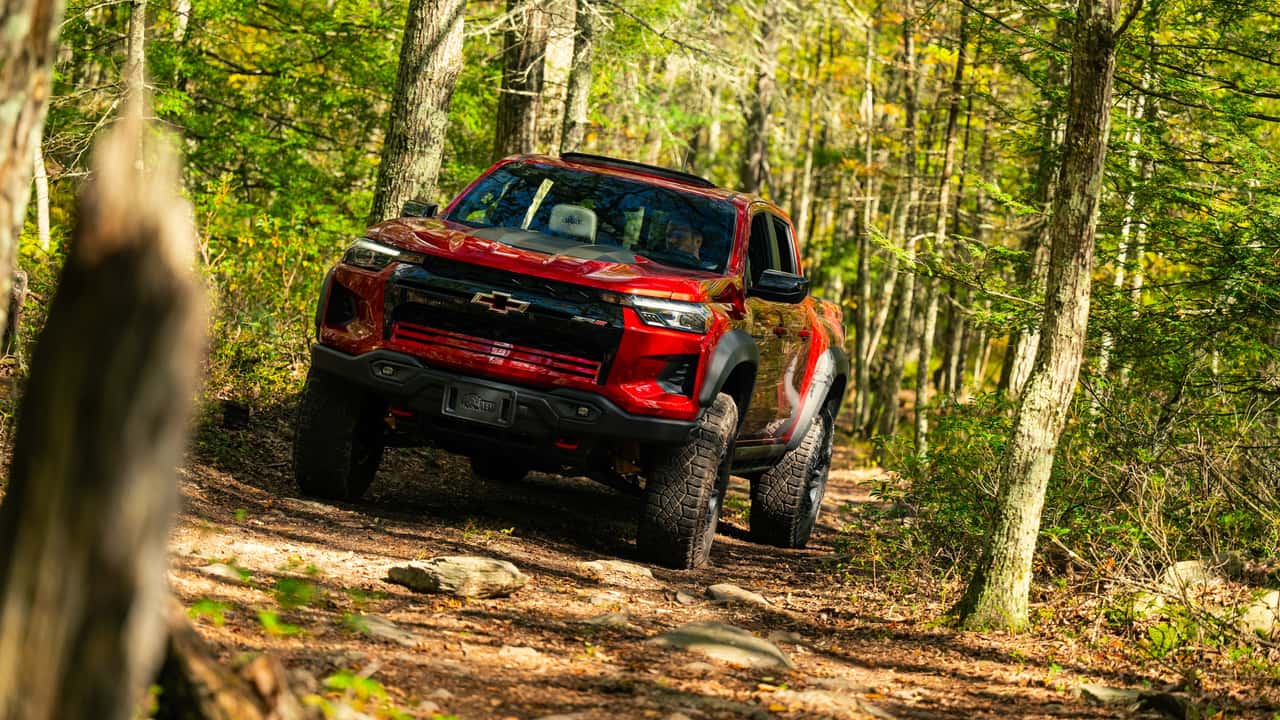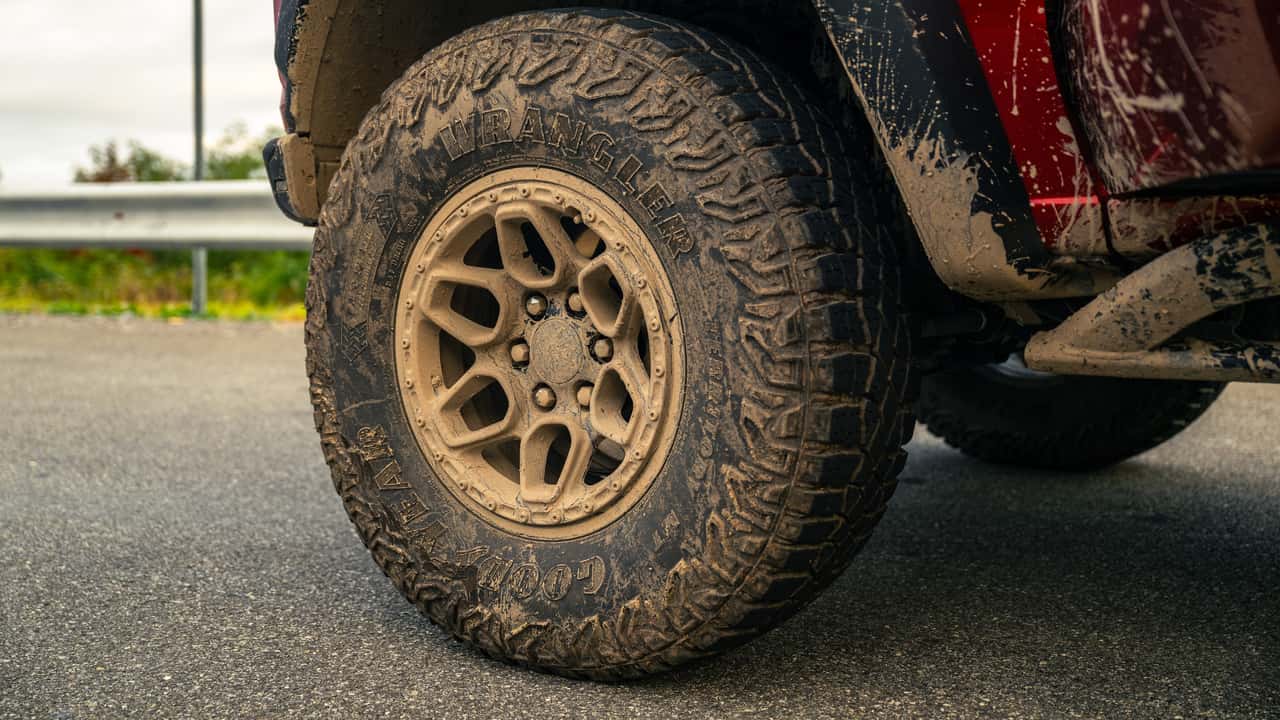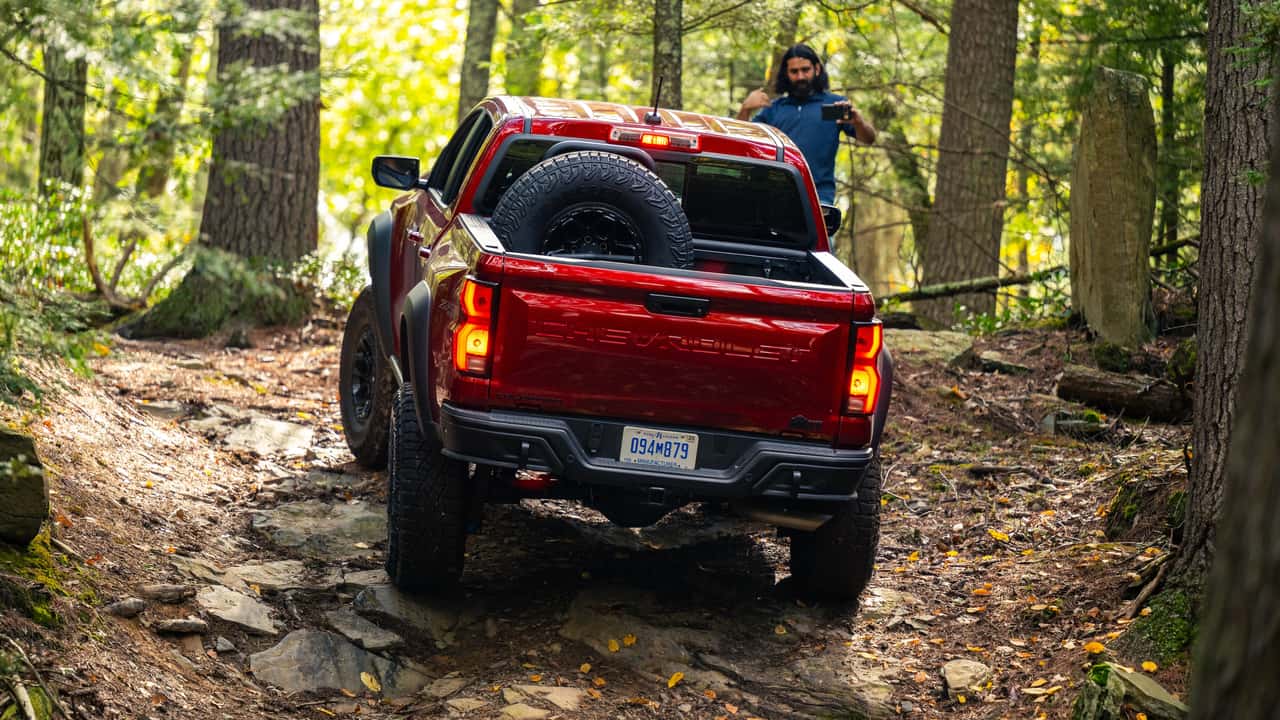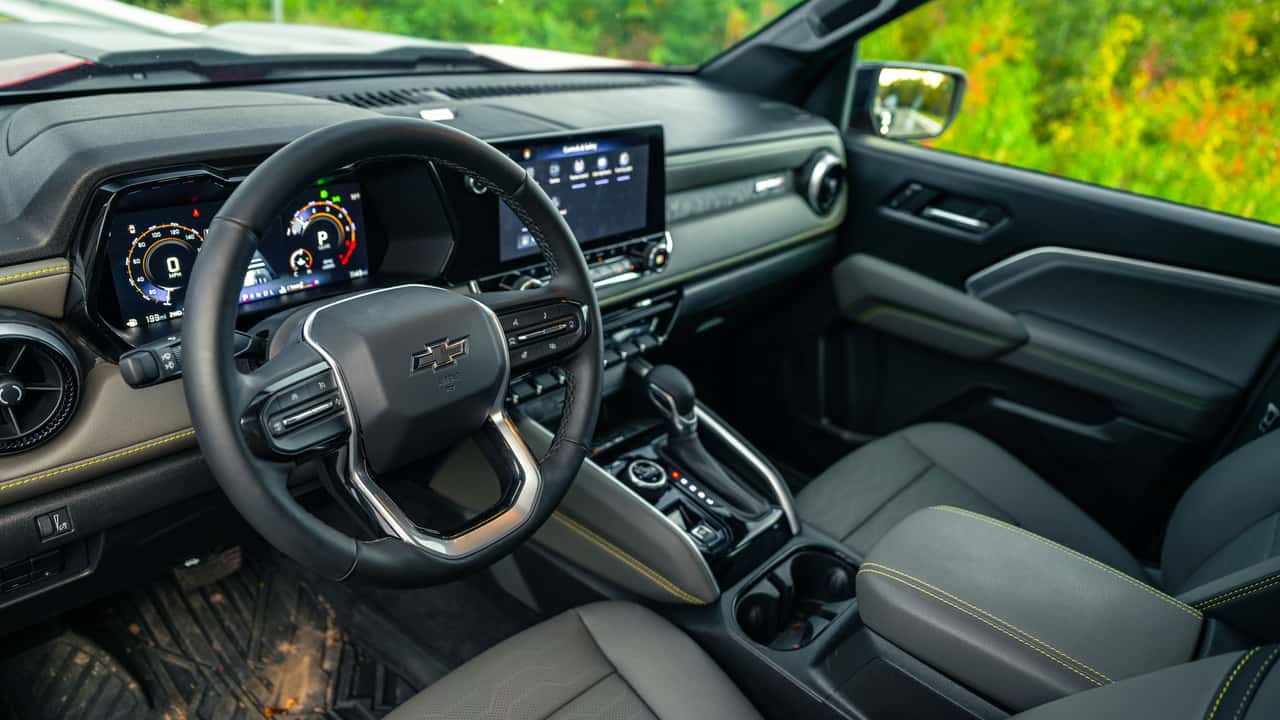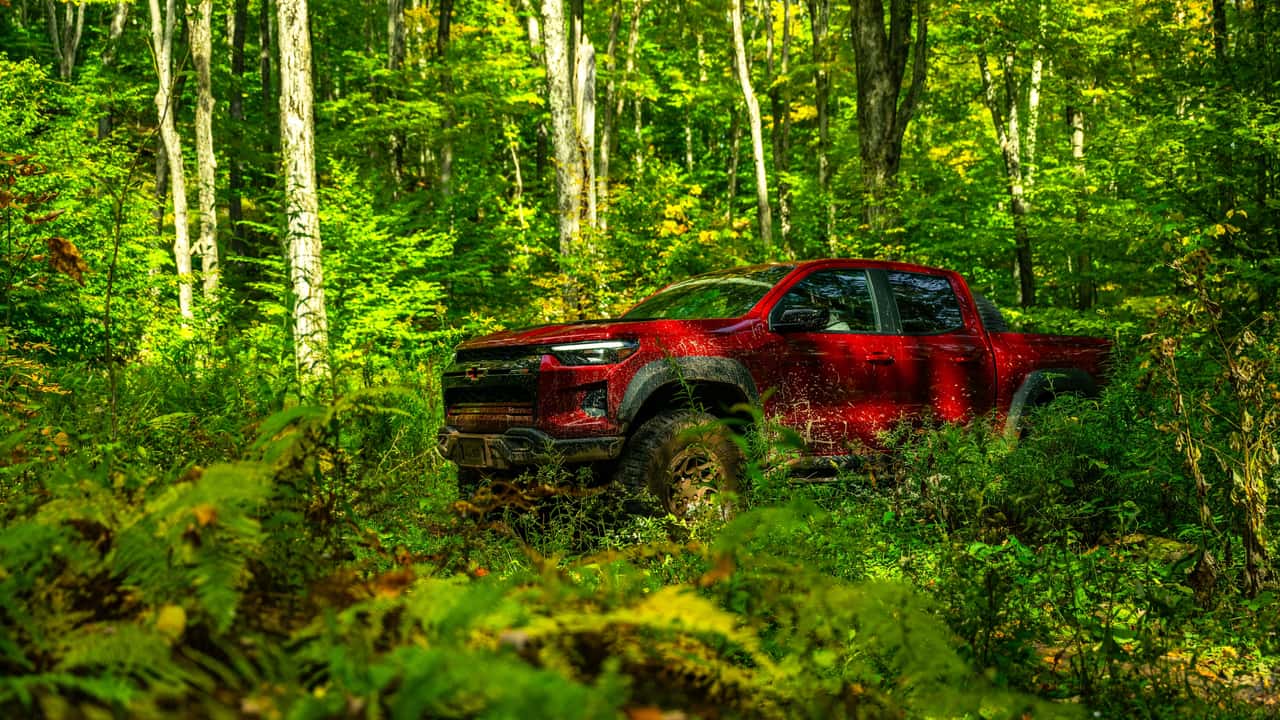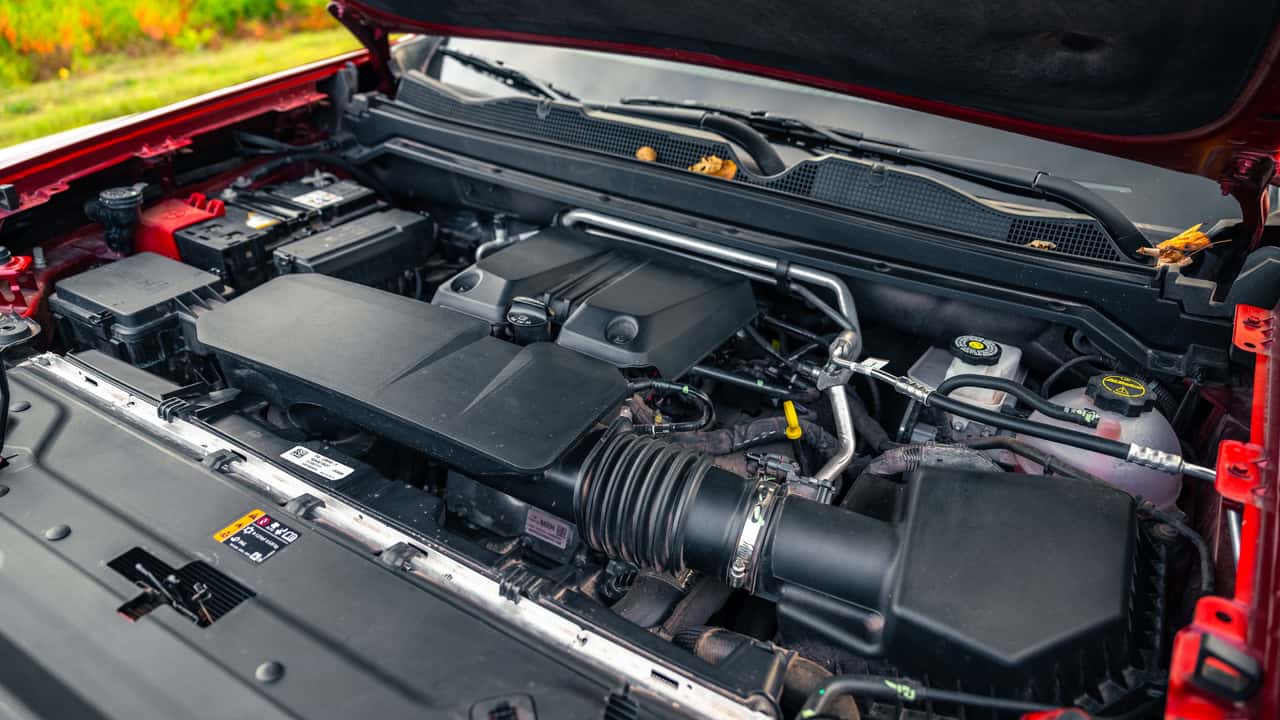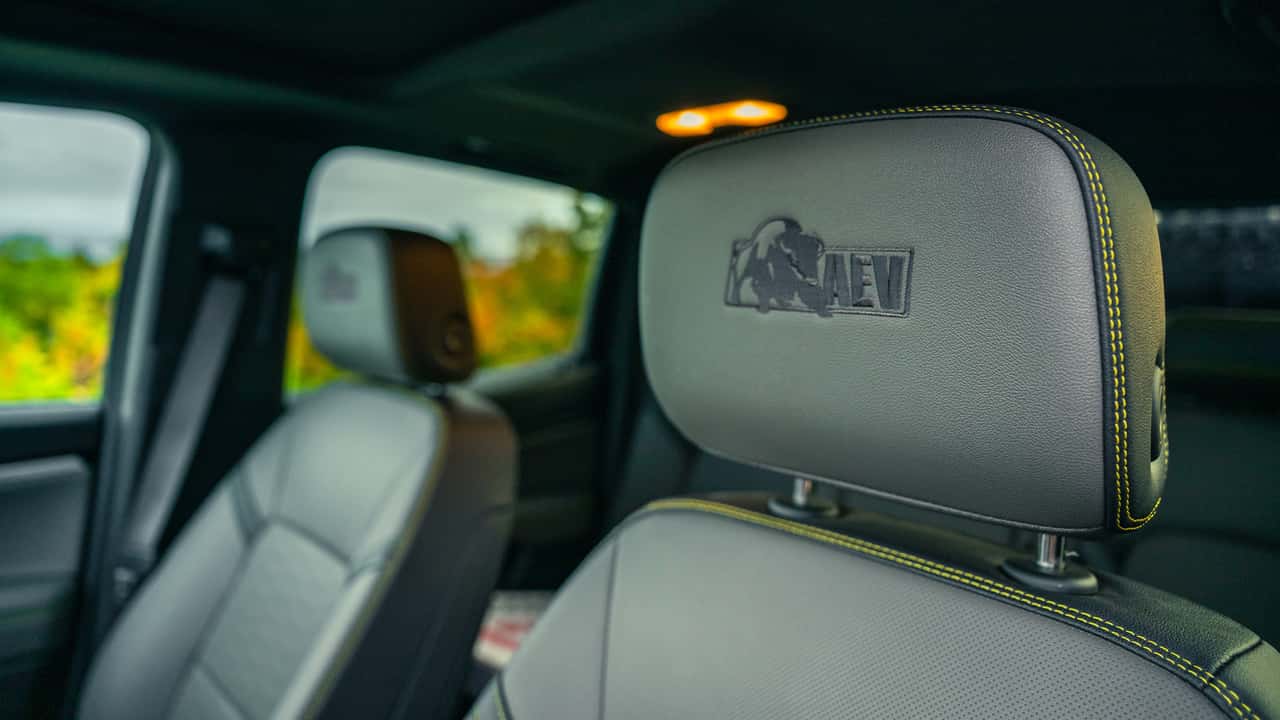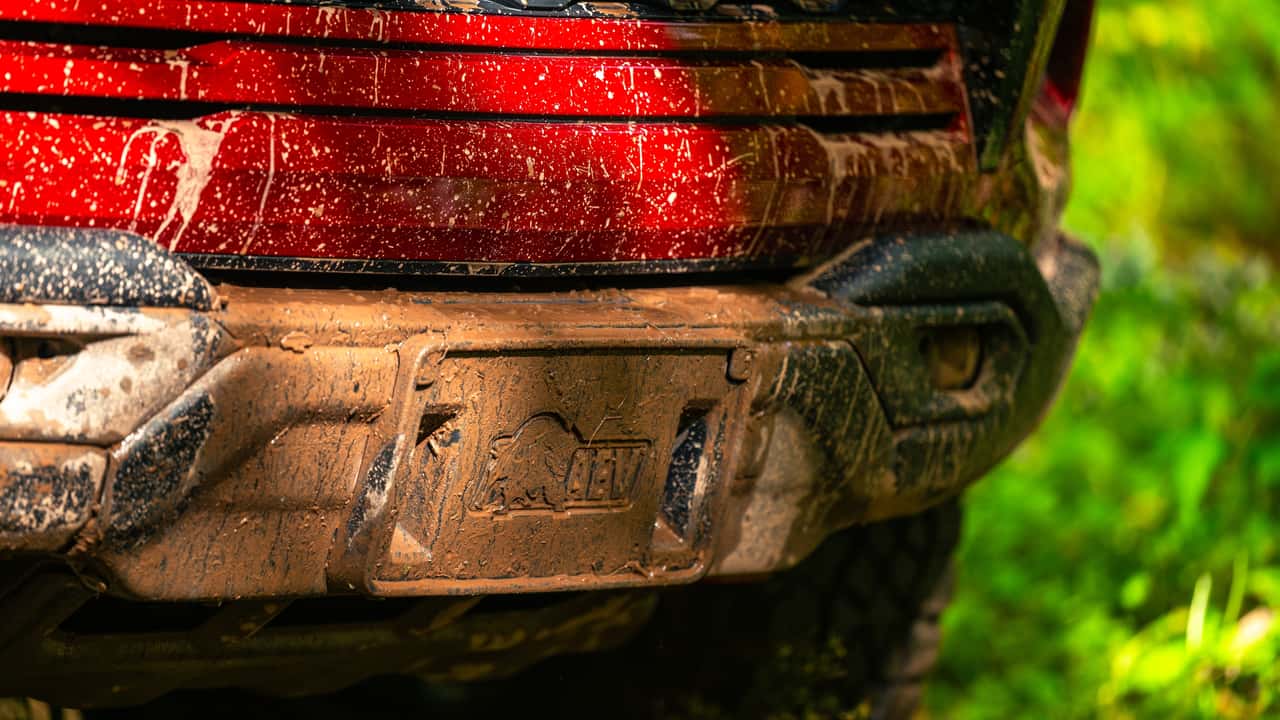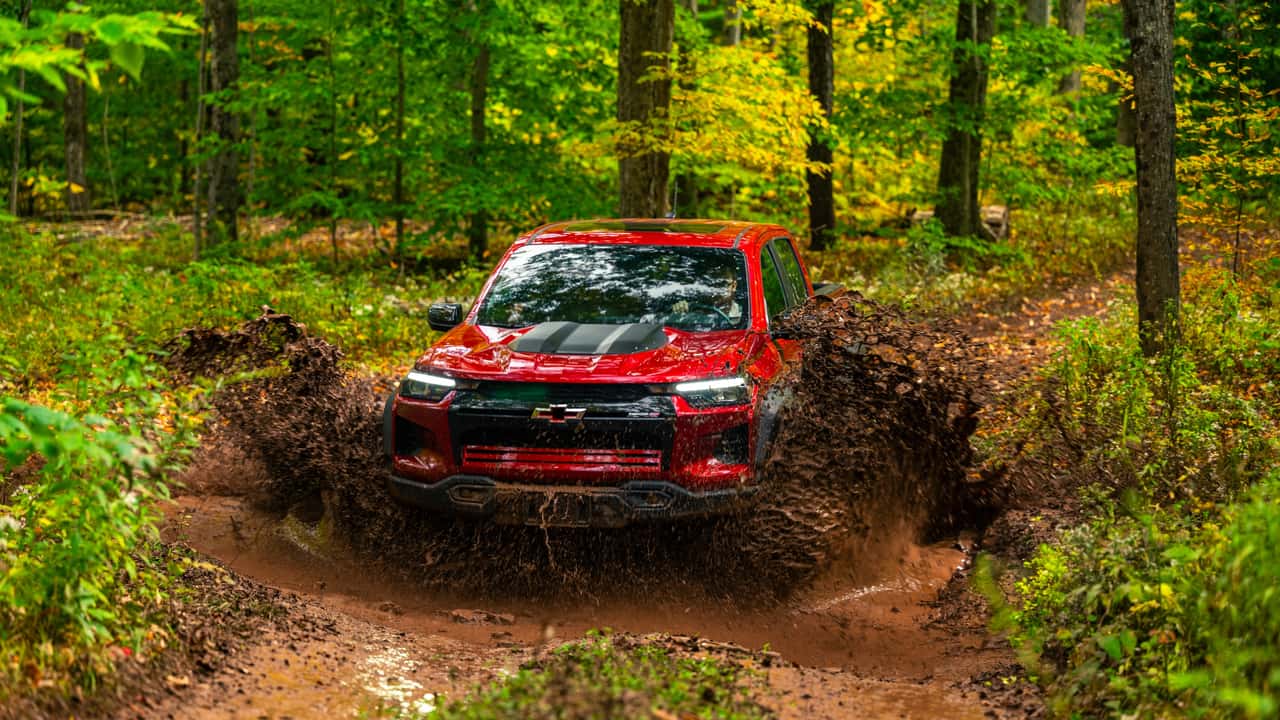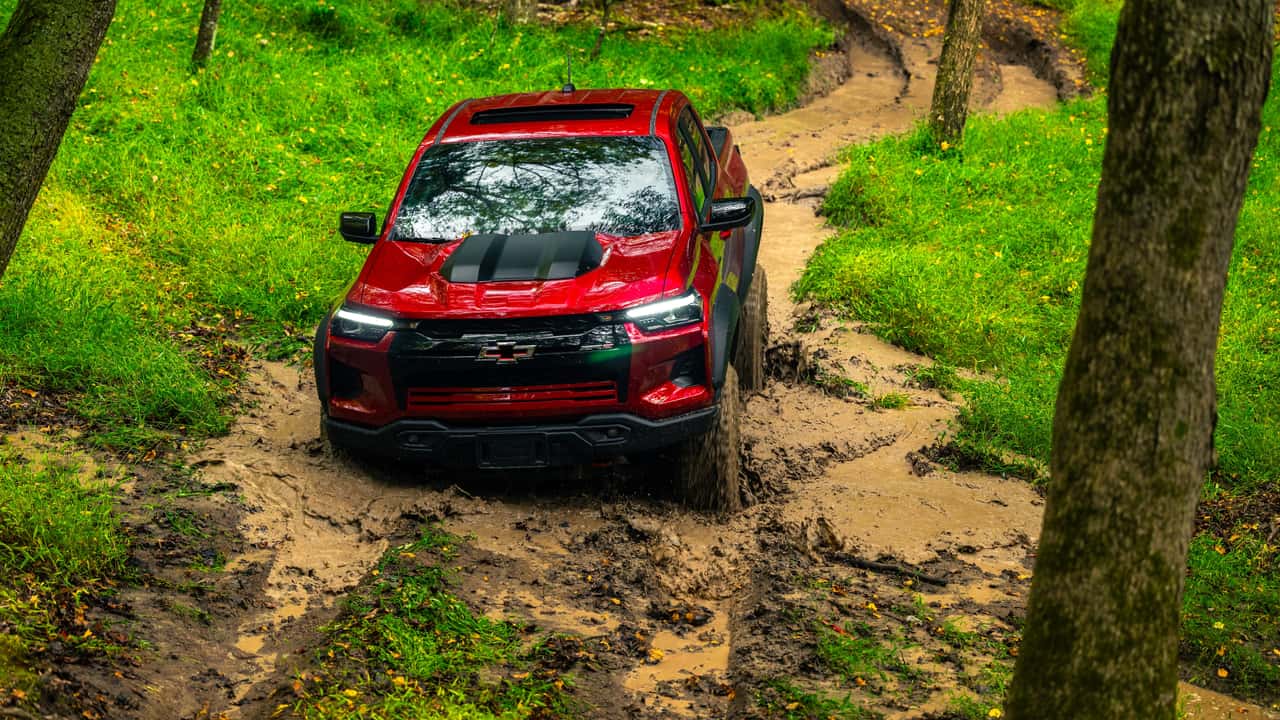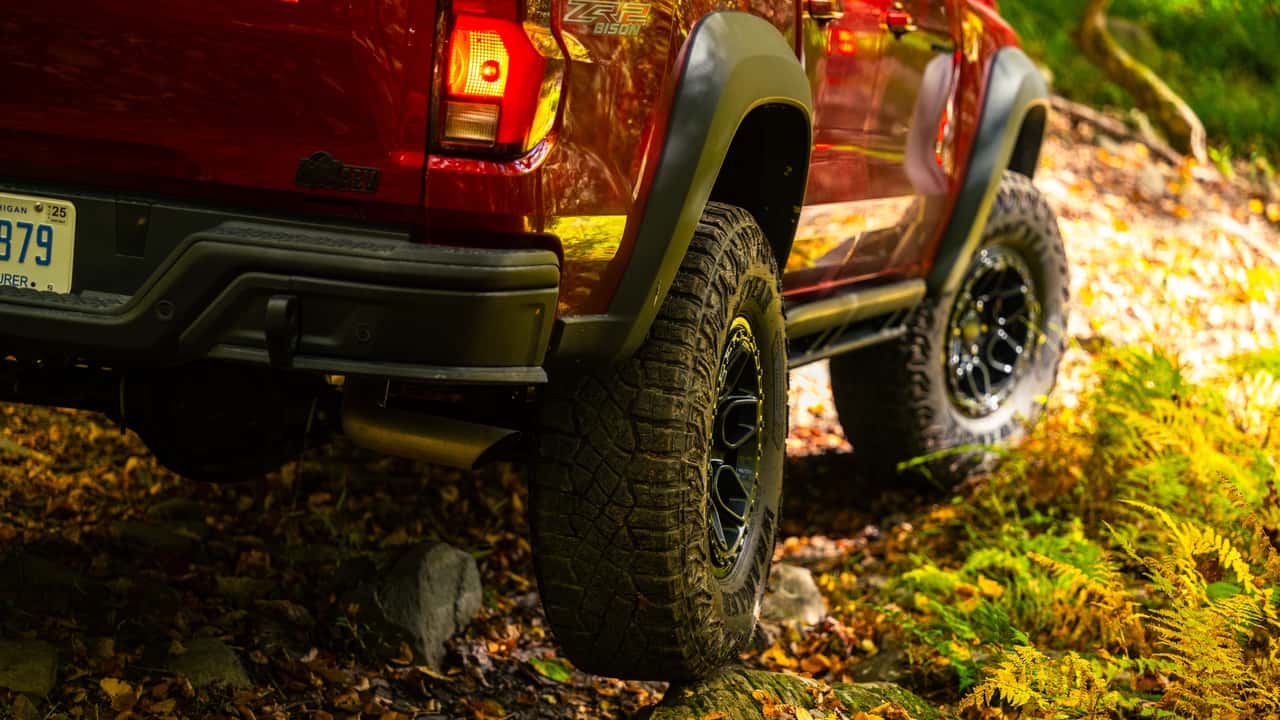12 Nov, 2024 | Admin | No Comments
The Mazda CX-50 Hybrid Was (Mostly) Worth the Wait: First Drive Review
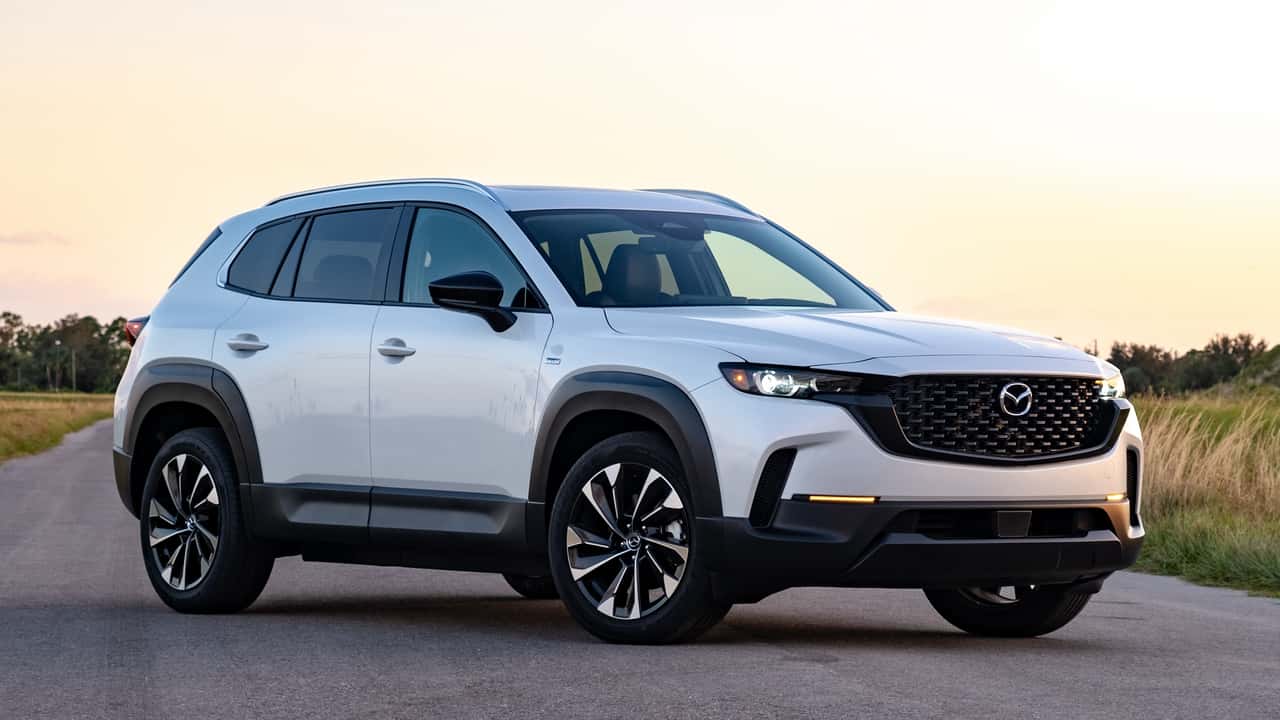

There are so many good compact crossovers out there. Honda CR-V? An excellent choice. Hyundai Tucson? Another great option. Toyota RAV4? It’s a best-seller for a reason. Mazda doesn’t get as much love in this category, but the Japanese automaker still has two excellent options, the CX-5 and the CX-50.
The CX-5 has been around since 2012, but it got a major redo in 2017—and it’s still a great vehicle. The CX-50 debuted for the 2023 model year as the hot new thing with a cleaner design, better proportions, and more features. But Mazda took another two years to get the hybrid to market, which begs the question: Was it worth the wait?
| Quick Specs | 2025 Mazda CX-50 Hybrid Premium Plus |
| Engine | 2.5-Liter Four-Cylinder Hybrid |
| Output | 219 Horsepower / 163 Pound-Feet |
| Efficiency |
37 City / 39 Highway / 38 Combined |
| Base Price / As Tested |
$35,390 / $41,920 |
If you value efficiency first and foremost, then yes, the CX-50 Hybrid was well worth the wait. Mazda teamed up with Toyota to borrow its 2.5-liter four-cylinder hybrid powertrain, which returns 37 miles per gallon in the city, 39 on the highway, and 38 combined. It’s instantly the most efficient non-plug-in Mazda by a long shot; The next-best CX-50 gets just 27 mpg combined.
A low-speed EV mode means you can drive on battery power alone at up to 25 miles per hour, or up to a certain accelerator-pedal threshold. It’s super useful for quick jaunts around town; You can cruise to the grocery store with no gas. Just stay light on the pedal to keep the engine from kicking on.
The big downside is that the CX-50 Hybrid doesn’t have a ton of giddyup. It only makes 219 horsepower and 163 pound-feet of torque compared to the 2.5 Turbo model it replaces, which made 227 hp and 310 lb-ft. An electric motor at the rear provides all-wheel drive.

Photo by: Jeff Perez / Motor1
Pros: Super Efficient, Premium Interior, Still Drives Like A Mazda
There’s a quick jolt of torque off the line courtesy of those electric motors, but power plateaus quickly. You really have to bury your foot deep into the throttle to get it up to highway speeds. And the powertrain isn’t all that happy getting you there, either.
The transition between gas and electric power is harsh, and at low speeds and idle, there’s a coarseness coming from the engine bay. It sounds like two things are rubbing against each other that shouldn’t be. Combine that with the ubiquitous hybrid drone and the CX-50 isn’t exactly an exercise in refinement.

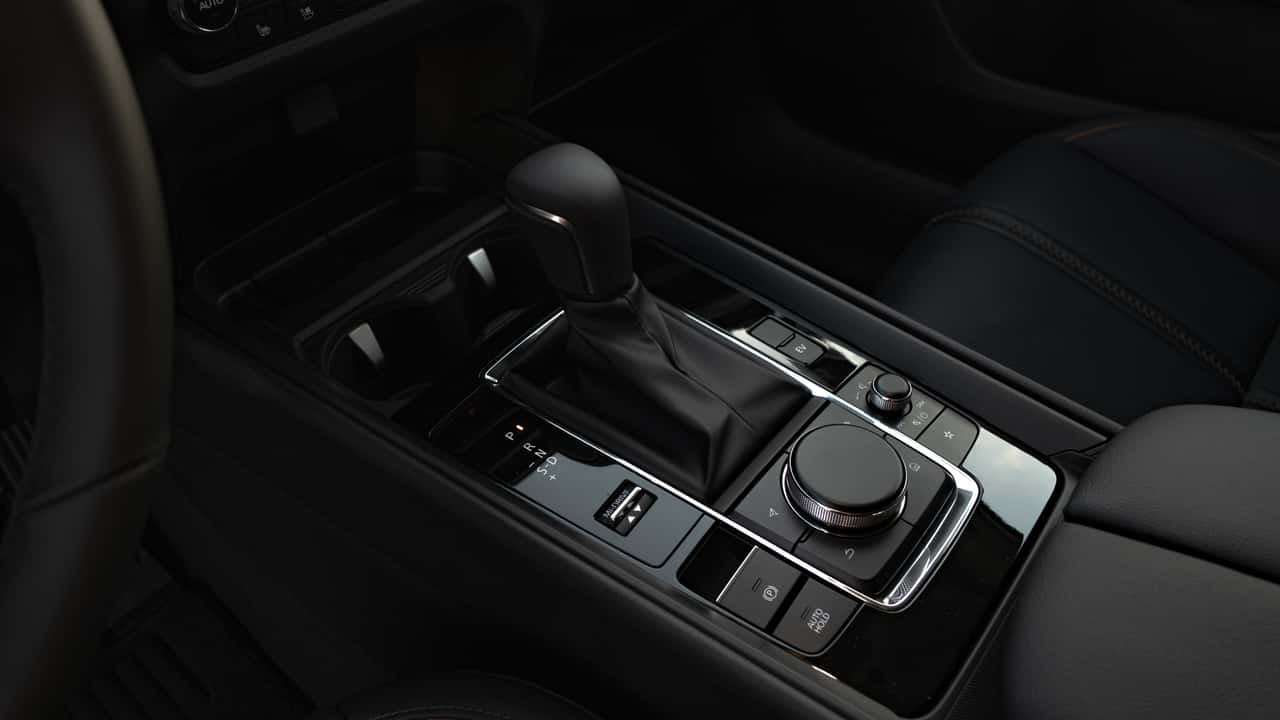
Photo by: Jeff Perez / Motor1
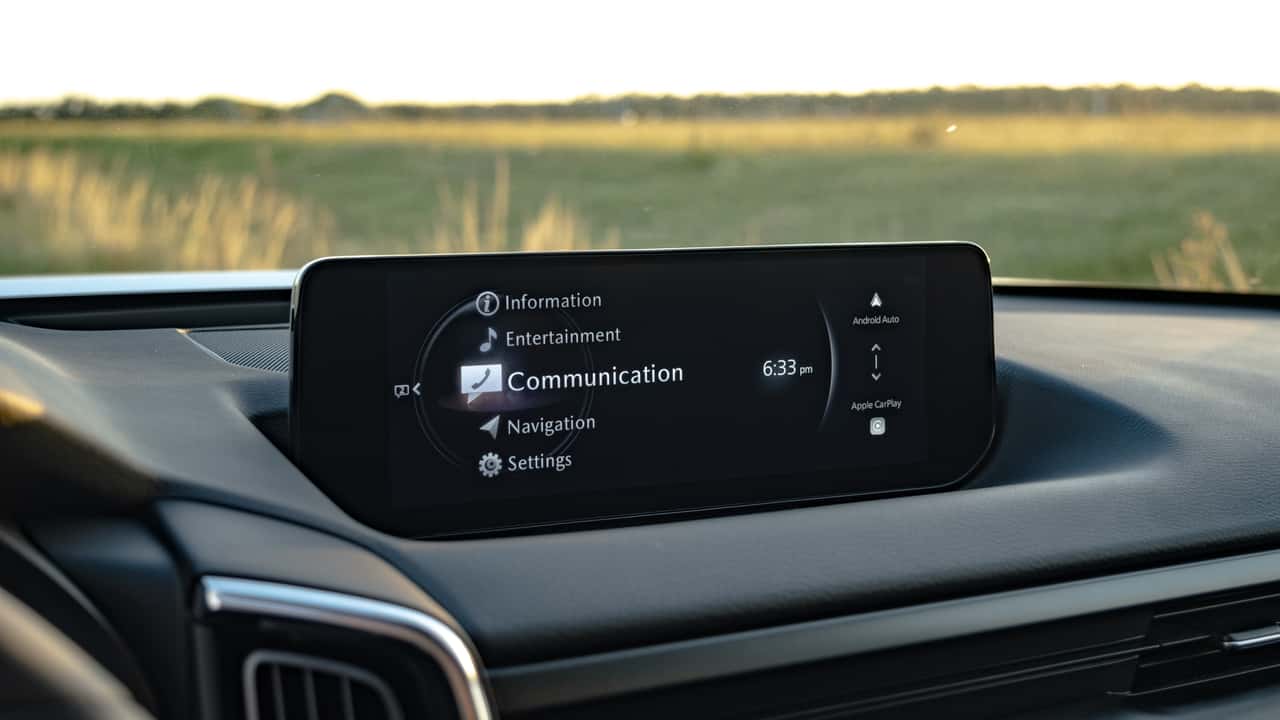
Photo by: Jeff Perez / Motor1
There is still plenty of Mazda charm, though. The CX-50 has always been an excellent-driving thing, and that doesn’t change much with the hybrid powertrain. It just goes… slower. The steering is perfectly crisp, the chassis is nicely balanced, and the ride is refined—if not a bit harsh. You’ll have no issue flicking the CX-50 Hybrid (slowly) into a corner and getting decent feedback.
This CX-50 also follows Mazda’s premium ethos to a tee. A high-quality stitched leather covers most surfaces on this Premium Plus model, while faux aluminum accents dot the steering wheel and dash. There is some hard black plastic, but it isn’t offensive—especially for this segment. And the seats are a little stiff; maybe the leather needs more time to break in. But my butt and back felt sore after just a few miles behind the wheel.
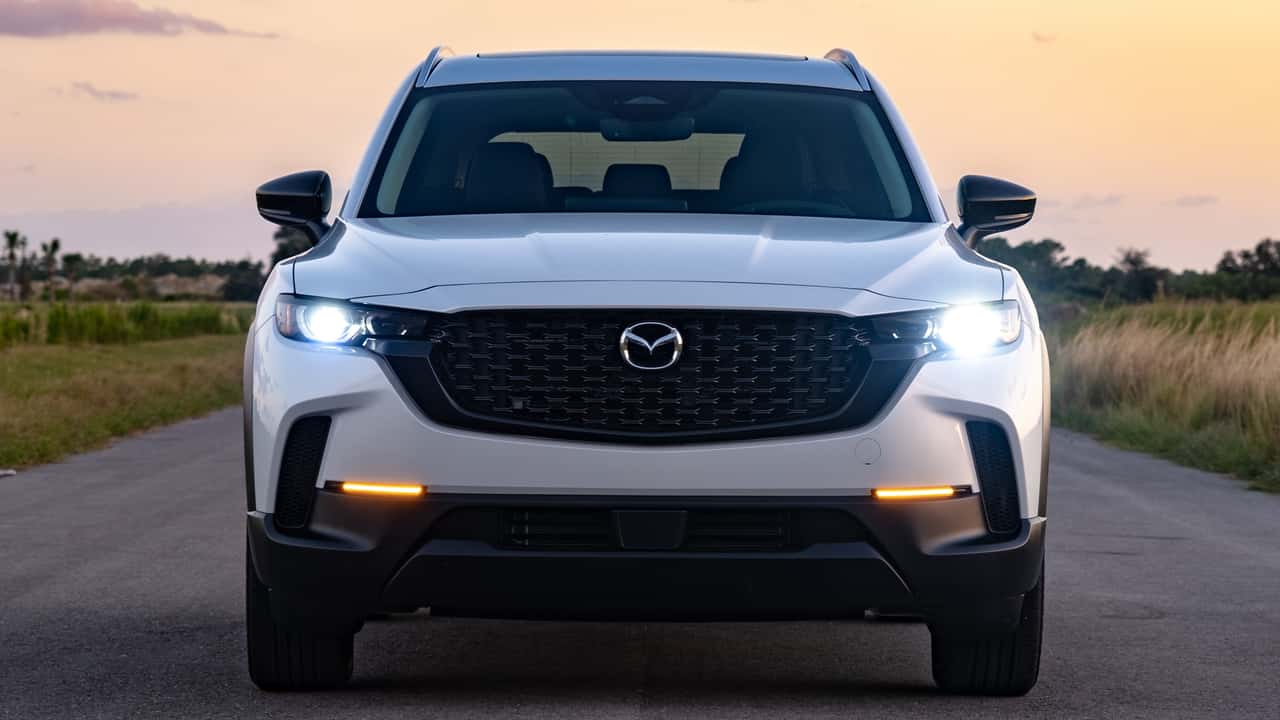
Photo by: Jeff Perez / Motor1
Cons: Clunky Powertrain, Slow, Dated Infotainment
Mazda’s infotainment system could also use an update. The CX-50 Hybrid has the same 10.3-inch touchscreen found throughout the CX-50 range, but the graphics look dated, there are too many buried options, and the screen is pretty far out of reach of the driver. Thankfully, the center rotary controller still works better than any touchscreen ever will—and you still get wireless Apple CarPlay and Android Auto.
The 2025 CX-50 Hybrid starts at a reasonable $35,390 with destination included for the base Preferred model. A RAV4 Hybrid with the same powertrain is still cheaper, starting at $33,120. But the Honda CR-V Hybrid is a tad pricier than the Mazda at $36,000.
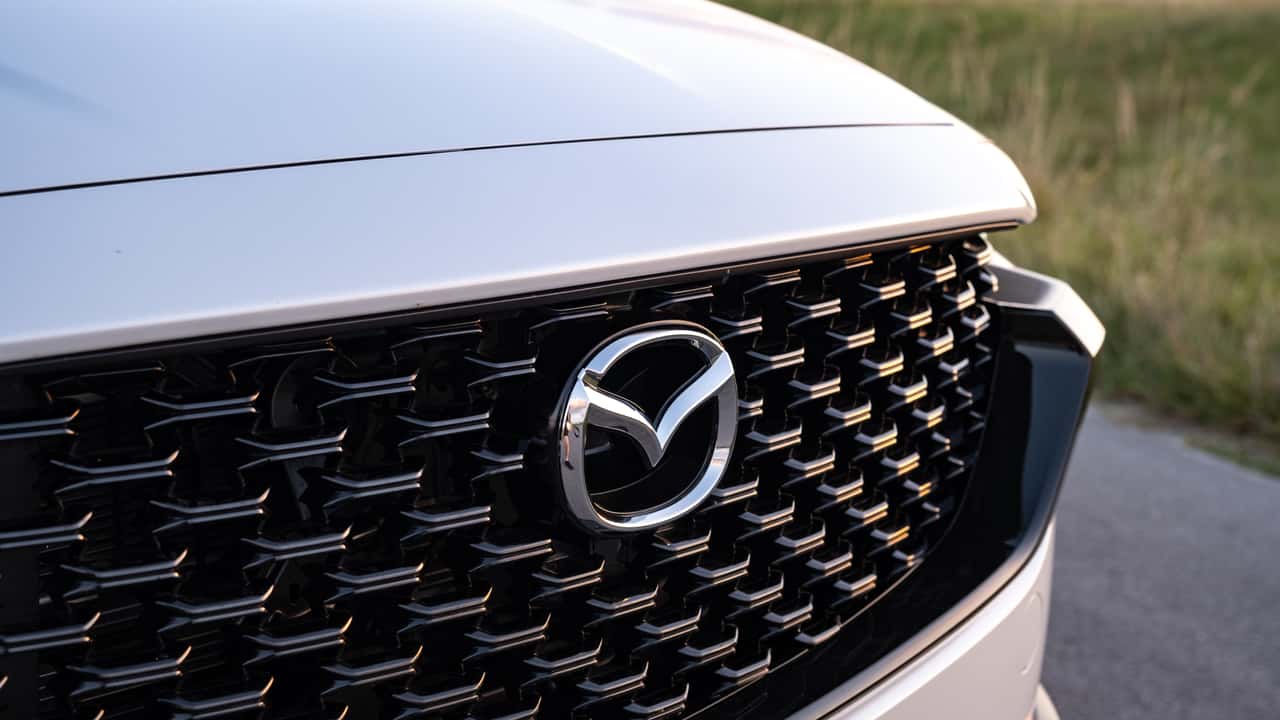
Photo by: Jeff Perez / Motor1

Photo by: Jeff Perez / Motor1
The mid-range Premium model costs $38,820, and this top-trim Premium Plus starts at $41,870. If you do decide to splurge on the Premium Plus model, it comes with basically every option out of the box. The only add-on on my tester was the $450 Wind Chill white paint.
Ultimately, the CX-50 Hybrid will be an upgrade for the vast majority of shoppers. Mazda fixed one of its biggest issues, fuel economy, with some help from Toyota’s hybrid system. Performance and refinement take a slight hit, but that’s small potatoes when you’re getting 38 mpg combined.
Competitors
Honda CR-V Hybrid
Kia Sportage Hybrid
Toyota RAV4 Hybrid
More Mazda Reviews
The Mazda CX-70 Might Make You Rethink That BMW X5
The Mazda3 Turbo Is No Mazdaspeed (But It’s Still Fun)
Get the best news, reviews, columns, and more delivered straight to your inbox, daily.
back
Sign up For more information, read our
Privacy Policy and Terms of Use.
| 2025 Mazda CX-50 Hybrid | |
| Engine | 2.5-Liter Four-Cylinder Hybrid |
| Motor | Three Electric |
| Battery | 1.6 Kilowatt-Hour Nickel-Metal Hydride |
| Output | 219 Horsepower / 163 Pound-Feet |
| Transmission | Electric Continuously Variable |
| Drive Type | All-Wheel Drive |
| Weight | 4,008 Pounds |
| Efficiency | 37 City / 39 Highway / 38 Combined |
| Seating Capacity | 5 |
| Towing | 1,500 Pounds |
| Base Price | $35,390 |
| Trim Base Price | $41,870 |
| As-Tested Price | $41,920 |
| On Sale | Now |
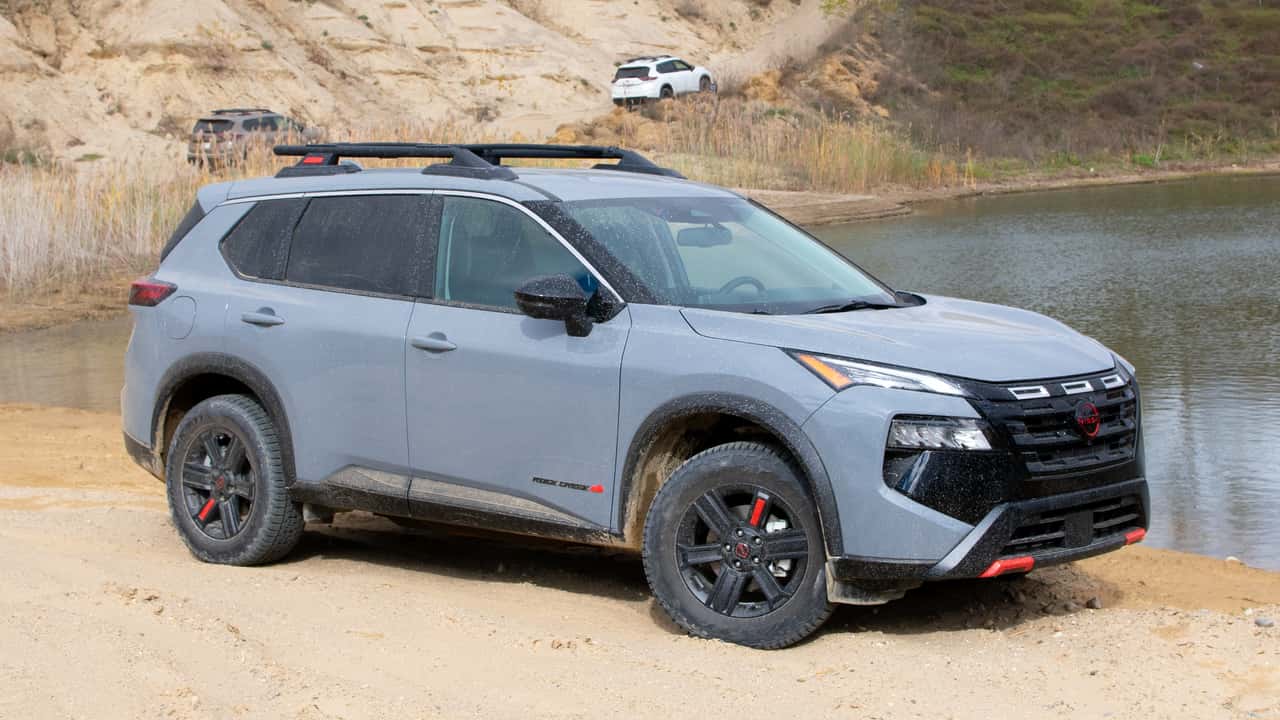
Did you know the Nissan Rogue is one of the best-selling SUVs in America? It handily outsells everything from the Detroit brands and ranks third overall behind the Toyota RAV4 and Honda CR-V. Nissan hopes to gain even more ground on its Japanese rivals with the burly Rock Creek Edition.
Nissan invited us to check out its new trim, and we were surprised to see Holly Oaks Off-Road Park as the destination. This is a large converted gravel pit in Detroit’s northern suburbs where, a week prior, I was jumping the Ram RHO. There would be no jumping this time around, but Nissan believes the Rock Creek Edition has enough mojo to explore places where other Rogues would struggle. To prove it, the automaker set up an hour-long off-road drive filled with big hills, rocky terrain, and yes, even a rock face.
Spoiler alert: All Rogues survived, but not without some scars.
| Quick Specs | 2025 Nissan Rogue Rock Creek Edition |
| Engine | Turbocharged 1.5-Liter Inline-Three |
| Transmission: | Continuously Variable |
| Output: | 201 Horsepower / 225 Pound-Feet |
| Efficiency: | 27 City / 32 Highway / 29 Combined |
| Base Price / As Tested | $36,810 / $38,901 |
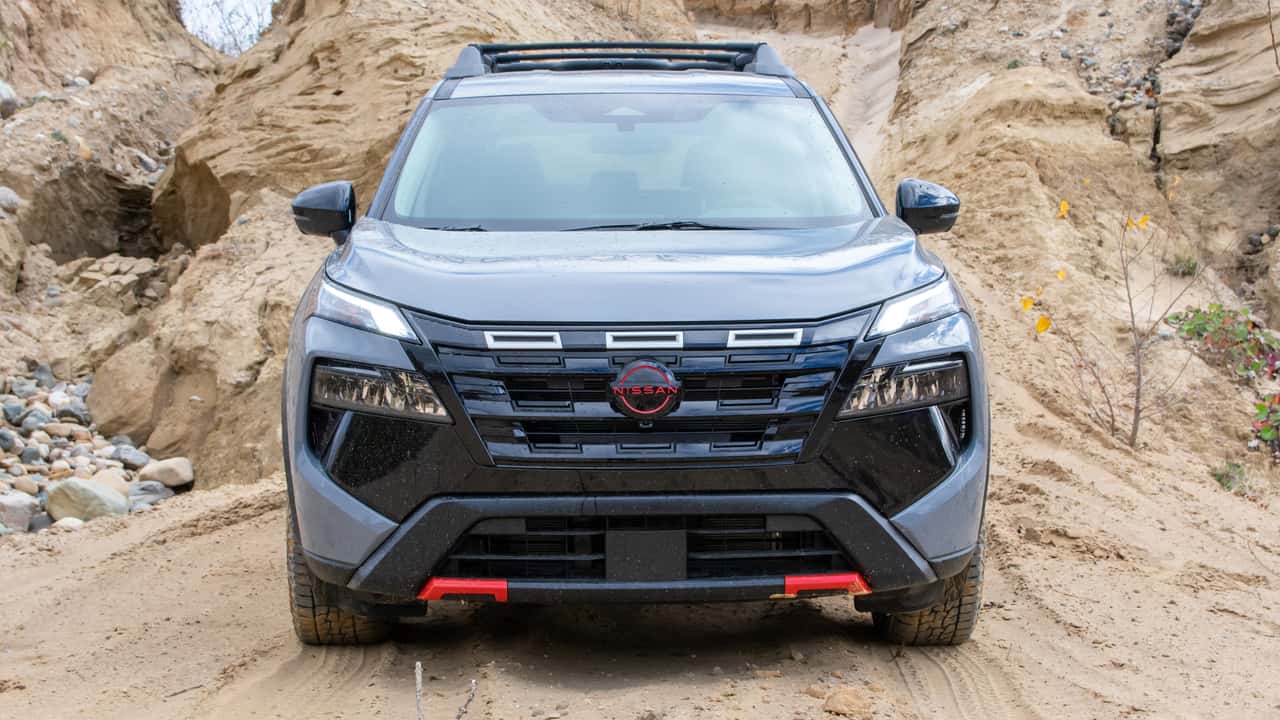
Photo by: Christopher Smith / Motor1
Every 2025 Rogue has an updated face that largely centers around a bigger grille, but the Rock Creek has a bit more going on. Its grille gets an aggressive mesh pattern punctuated by three rectangular faux vents at the top. The entire front clip is devoid of chrome, opting instead for an abundance of black punctuated with fake orange tow hooks in the lower fascia. It has a cool roof rack designed to carry kayaks, cargo boxes, or up to 220 pounds (while driving) of whatever outdoorsy gear you need to carry. After all, Nissan says the Rogue Rock Creek Edition is an “adventure vehicle.”
To further drive that point home, Falken Wildpeak all-terrain tires are mounted to black 17-inch beadlock style wheels. Note we said beadlock style—you won’t be clamping anything into place here. Each wheel has a single orange strip in support of its adventurous persona, and all the Nissan badges have an orange script too. On the inside, seats are covered with hydrophobic nylon. And of course, they have orange Rock Creek branding.
Now, let’s talk about the upgrades that support this off-road persona. Nissan says the suspension components are the same as other Rogue trims, but the dampers are retuned. The ride height is the same, though, and of particular interest to anyone actually venturing off the beaten path, there aren’t any skid plates. Frankly, you can stick all-terrain tires and skid plates on a Mazda Miata and reach places that would shock your Wrangler-owning neighbor.
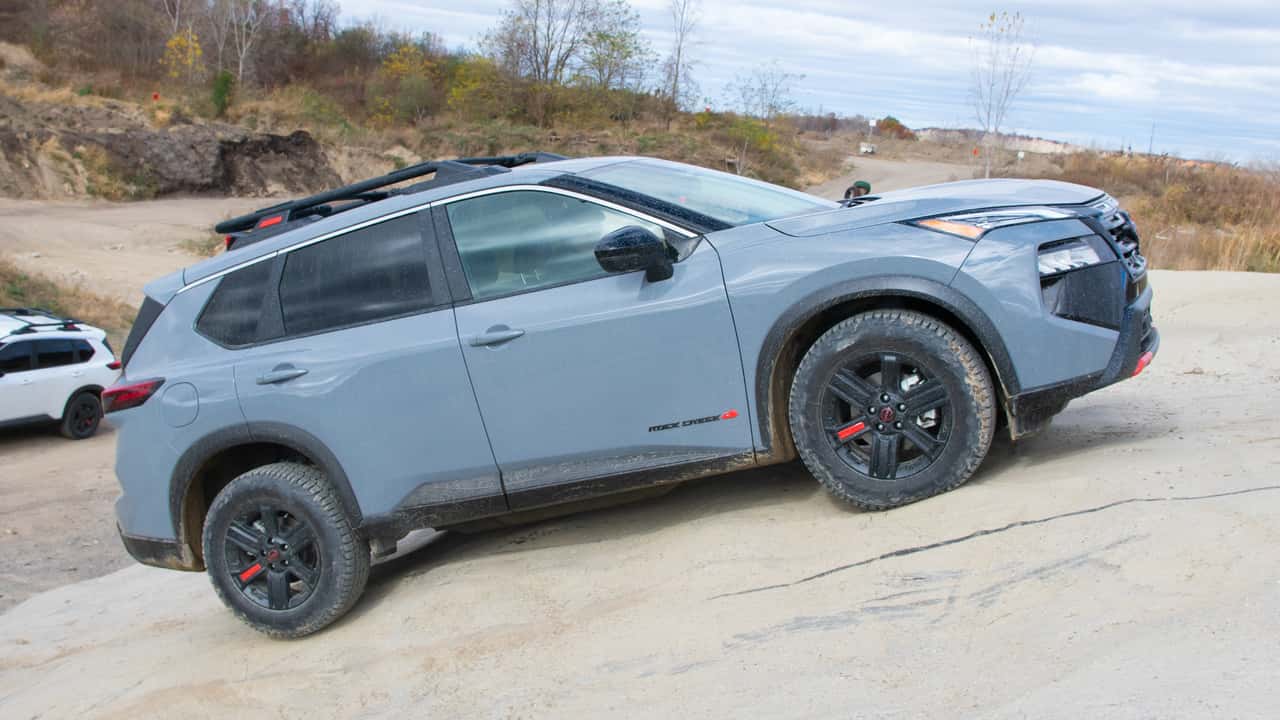
Photo by: Christopher Smith / Motor1
Pros: Surprisingly Good Off-Road, Still Great On Pavement
But, Nissan makes some changes to the Rock Creek Edition’s computer brain. When you engage Off-Road mode, power is routed to all four wheels for optimal traction. If one or two of them lift off the ground, the system detects the spinning tire and reroutes power to those still on terra firma.
It functions like an electronic differential lock, and while it’s not new technology, it works very well here. There were a few instances on the trails in Holly Oaks where multiple wheels lifted. An ordinary Rogue would be trapped, but in the Rock Creek Edition it was just a brief pause. Some lights blinked on the dash, a buzzing sound akin to angry hornets reverberated through the interior, and suddenly we were moving again. Not bad, Nissan.
Hill descent control is also part of the Rock Creek Edition, and it’s quite effective on both hard and loose surfaces. It activates with a simple press of the button and maintains a downhill crawl until you either turn it off or touch the gas. If you do goose the throttle, it will reengage automatically when you apply the brakes and slow back to a crawl. It’s particularly useful for longer descents that occasionally level out, basically giving you one-foot control.
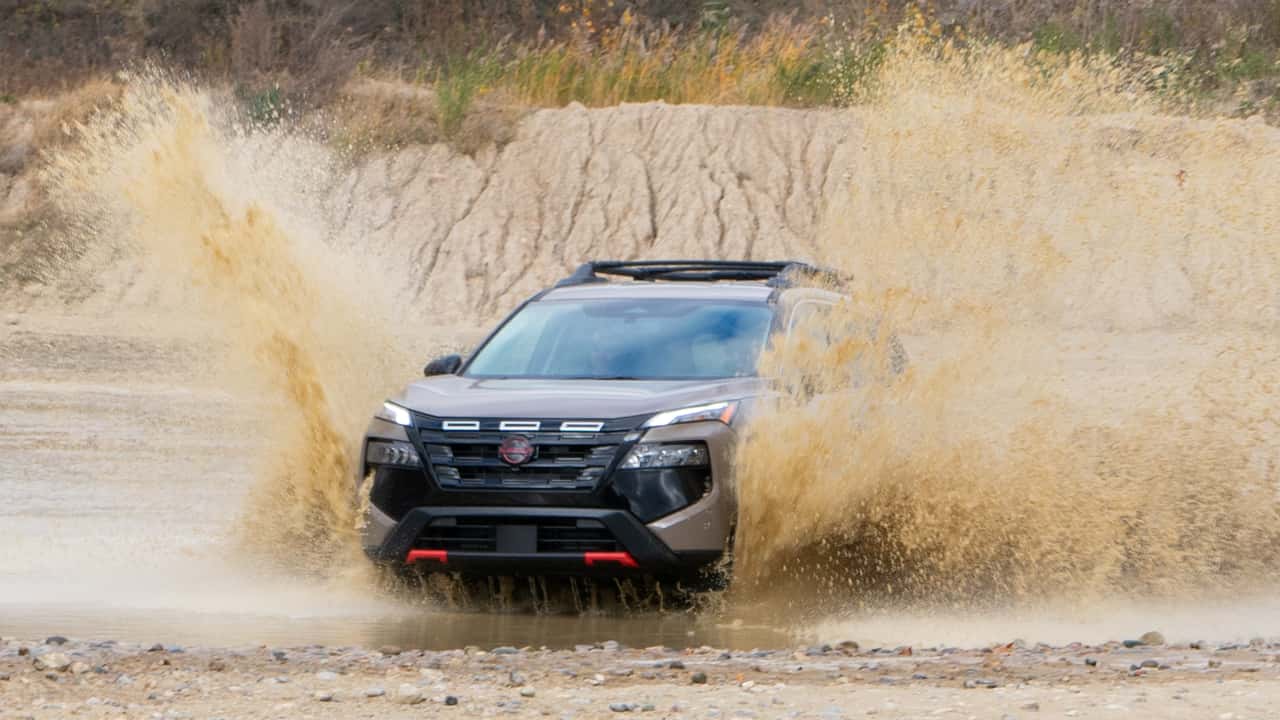
Photo by: Christopher Smith / Motor1
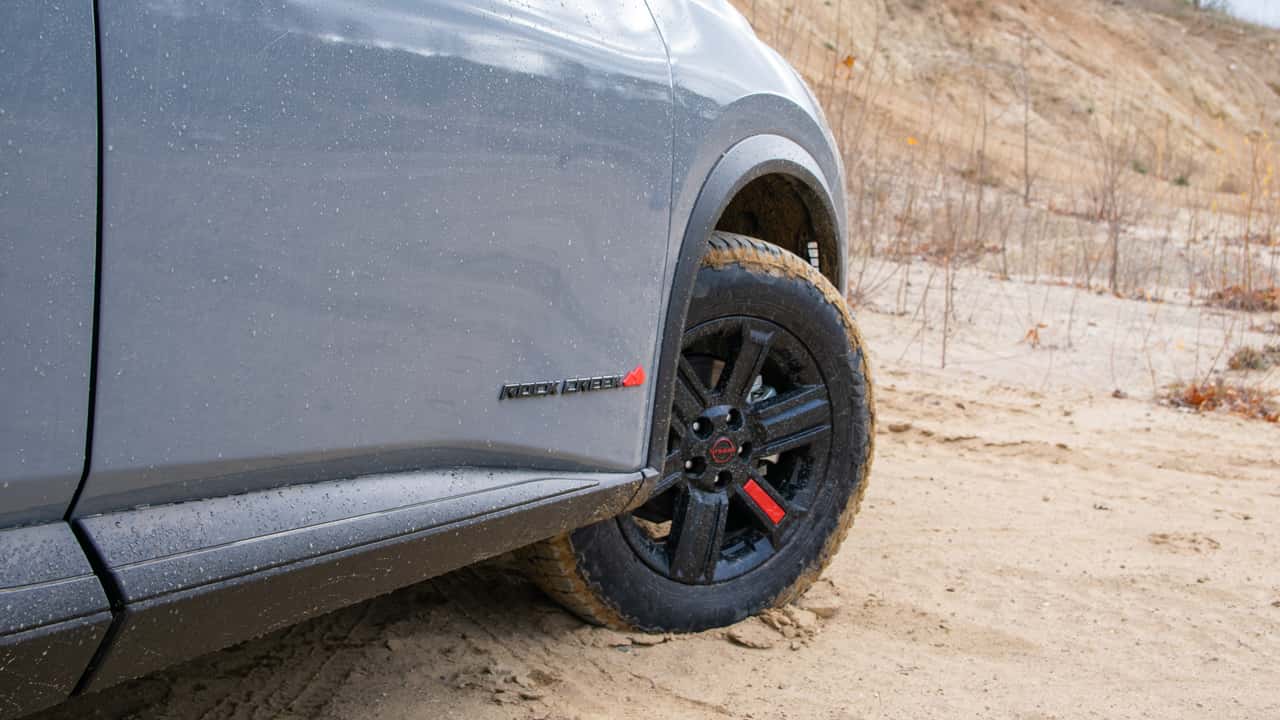
Photo by: Christopher Smith / Motor1
For climbing hills, Nissan doesn’t add any special equipment—but you can at least see where you’re going thanks to a dedicated off-road camera setting. With Off-Road mode engaged, a forward and top-down view of each front wheel projects onto the 8.0-inch touchscreen at speeds below 12 miles per hour.
The top-down view is particularly useful for guiding the Rogue through narrow passages, letting the driver navigate within inches of obstacles on either side. The forward view aims downward at approximately 45 degrees, which is perfect for peeking over crests where you’d normally be looking skyward.
All combined, these minor changes do give the Rogue Rock Creek Edition some proper off-road cred. That was confirmed when Nissan pointed us toward the calmer side of a rubber-caked rock face and said go for it. Could most crossovers climb this section of the cliff? Probably, though it may have required a bit more care to nab just the right line. Seeing the Rogue climb wasn’t impressive. But, seeing it climb like this was just another boring trip to Starbucks? That’s not bad. And the tires still had full air pressure for street use.
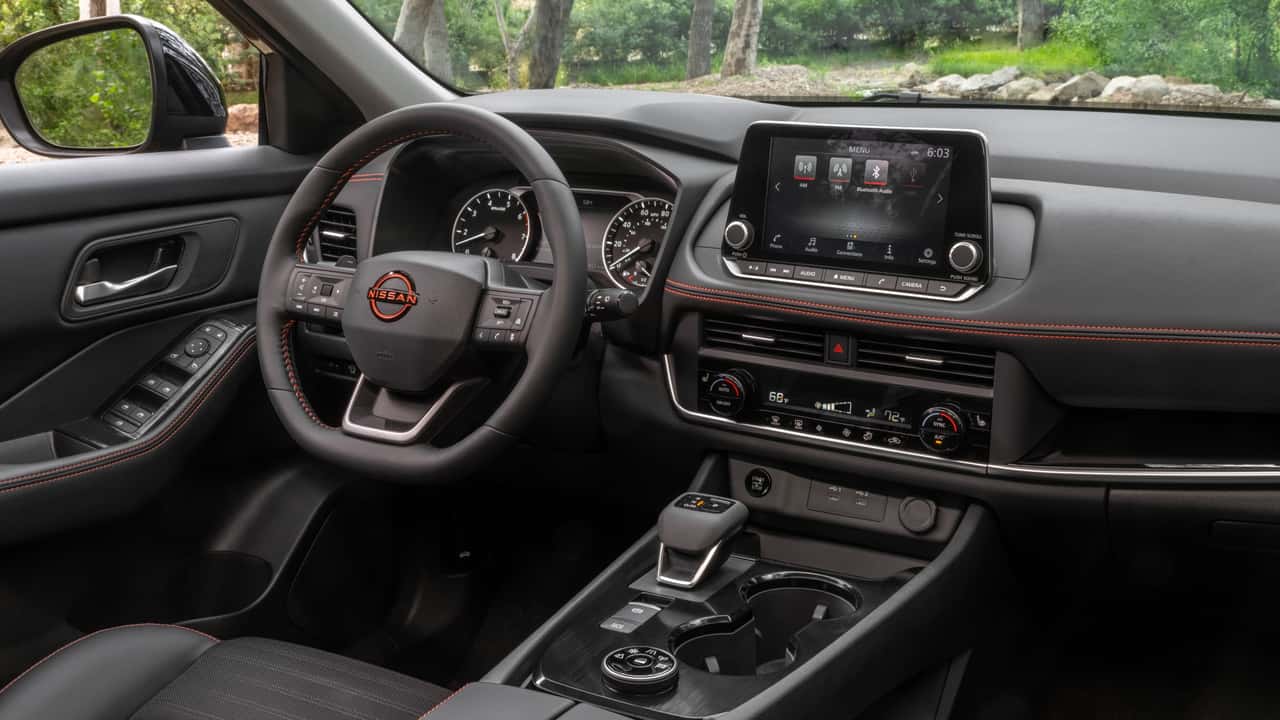
Photo by: Nissan
Cons: Not The Prettiest Face, Unremarkable Interior, No Skid Plates
Speaking of which, what’s the rock-climbing Rogue like on actual roads? Even Nissan admits that most Rock Creek Edition buyers will spend most of their time using it like a normal Rogue, which is why it still drives like one. That’s to say, it’s quiet and comfortable despite the all-terrain Falkens. The 201-horsepower turbocharged three-cylinder buzzes along pleasantly. The CVT is uninspiring, but that’s exactly what it’s supposed to be in this application. If you like the current Rogue, you’ll be just fine with the Rock Creek Edition.
Unfortunately, you’ll have to accept the smaller center touchscreen and analog gauges of the SV trim to get it. Nissan places it between the SV and SL, the latter of which gets a full digital dash with a 12.3-inch screen. The good news? This keeps pricing on the lower end of the scale, $36,810 to be exact. The only notable option is the $800 Rock Creek Premium Package, which adds auto-dimming mirrors, a heated steering wheel, a power front passenger seat, and a motion-activated liftgate. Choosing any color other than black also adds $425 to the sticker.
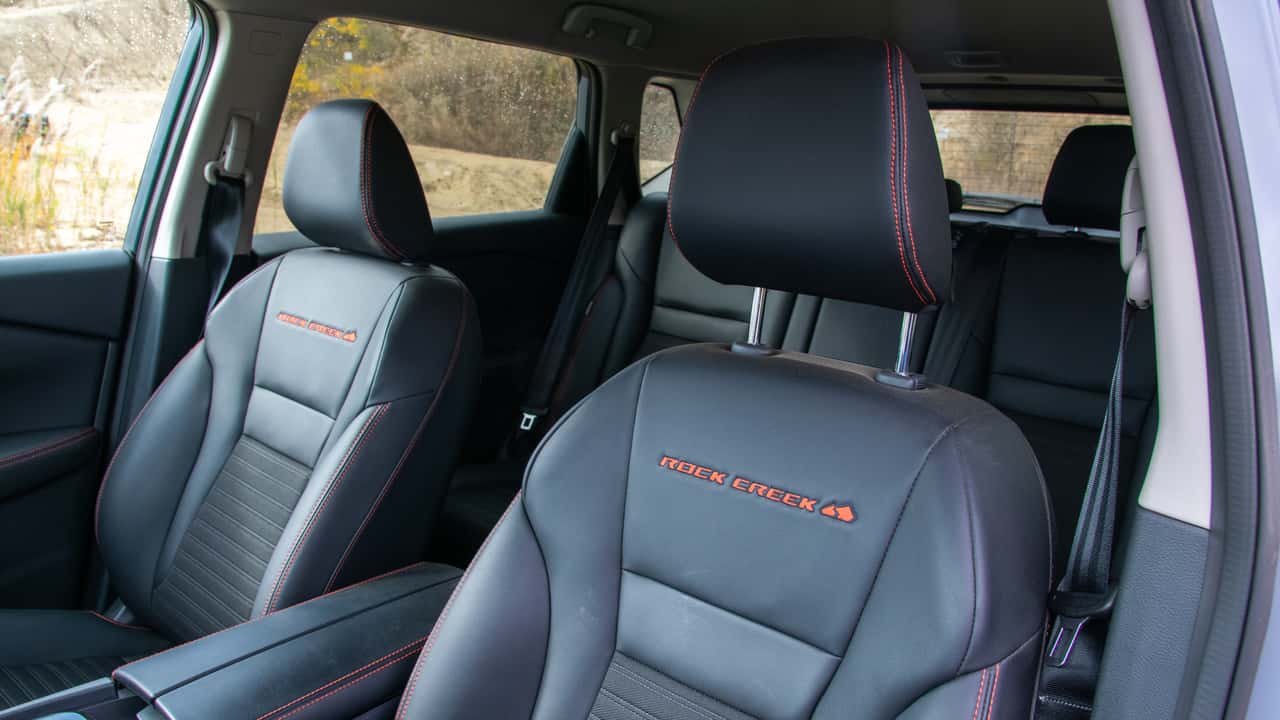
Photo by: Christopher Smith / Motor1
Nissan already sold nearly 200,000 Rogues through September, and sales are actually down this year. Adding the Rock Creek Edition to the lineup could entice a few more buyers with its rugged ambiance, and those people would be properly impressed with its off-road capability.
That said, we’d love to see skid plates and an extra inch of ground clearance here. Even on our guided, slow-speed trip through milder sections of Holly Oaks, heat shields and plastic panels were sacrificed to the off-road gods. Competitors like the Subaru Forester Wilderness arguably offer more capability, and at a lower price point to boot.
But, as Nissan told us after the mud had settled, most Rogue Rock Creek buyers probably won’t come close to the off-road environment found in Holly Hills ORV Park. At least the orange red Lava-colored trim will look neat in the drive-thru waiting for that double espresso.
Competitors
Ford Bronco Sport
Kia Sportage X-Pro
Subaru Forester Wilderness
Check Out The Competition:
2022 Subaru Forester Wilderness First Drive Review: Explore Even More
2024 Ford Bronco Sport Debuts With Colorful Free Wheeling Special Edition
| 2025 Nissan Rogue Rock Creek Edition | |
| Engine | Turbocharged 1.5-liter I3 |
| Output | 201 Horsepower / 225 Pound-Feet |
| Transmission | Continuously Variable |
| Drive Type | Front-Wheel Drive / All-Wheel Drive |
| Seating Capacity | 5 |
| Cargo Volume | 36.5-74.1 Cubic Feet |
| Efficiency | 27 City / 32 Highway / 29 Combined |
| Weight | 3,713 Pounds |
| Ground clearance | 8.2 Inches |
| Base Price | $36,810 |
| As-Tested Price | $38,901 |
| On Sale | Now |
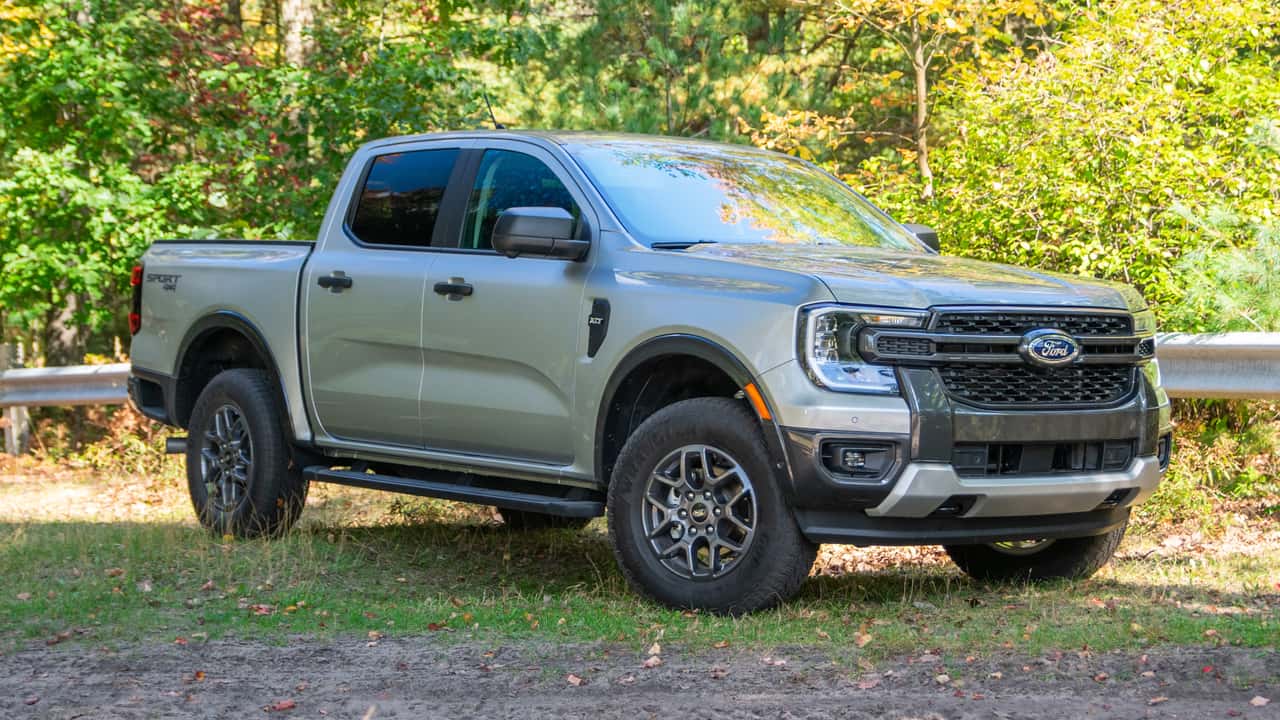
Ford sold almost 200,000 F-Series pickups (F-150, F-250, and F-350) from July through September, compared to just 15,500 Rangers during the same period. Frankly, I have no idea why. Next to a typical full-size, half-ton truck, the Ranger sits just as high, has similar truck looks, truck tires, and a truck frame, and it tows 7,500 pounds. That’s more than enough to pull a snazzy 21-foot speedboat or a 35-foot travel trailer.
It only took me a half-hour driving a Ranger XLT 4×4 to realize it was all the truck I needed. And I’d bet a box of Stetsons that it would satisfy a majority of half-ton truck owners, too. But alas, the terms mid-size and four-cylinder are four-letter words in the truck-centric US market. Perhaps the Ranger can change that.
| Quick Specs | 2024 Ford Ranger XLT |
| Engine | Turbocharged 2.3-Liter Inline-Four |
| Transmission | Ten-Speed Automatic |
| Output | 270 Horsepower / 310 Pound-Feet |
| Max Towing | 7,500 Pounds |
| Base Price / As Tested | $41,449 / $46,619 |
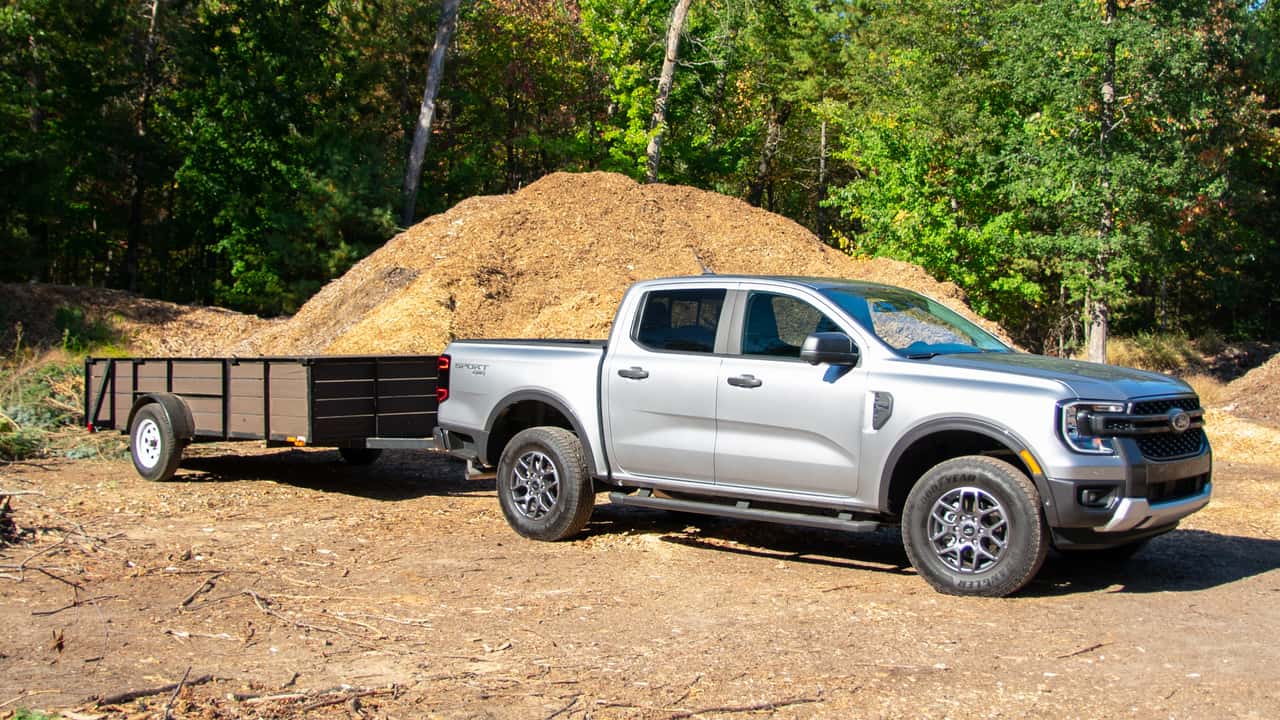
Photo by: Christopher Smith / Motor1
If it sounds like I’m fond of the Ranger, you’re right. Ford took a major step in the right direction with the 2024 redesign, bringing it closer style-wise to the F-150. Mimicking the look of America’s best-selling vehicle certainly isn’t a bad thing, but here’s what I really dig about the Ranger: It has a big-truck persona in a vehicle that’s easier for everyday life. By that I mean, shuffling people to the store, the restaurant, or grabbing a coffee at Starbucks. I know plenty of full-size truck owners are adept at wheeling their 19-foot pickups in tight quarters, but how often do you see a Ram 1500 taking up two spaces at Walmart?
That’s not a slam against full-size owners, just a nod to their trucks being a tad unwieldy for some. I drive a 2018 Chevrolet Silverado 1500 Z71 on a regular basis, but in the Ranger, I have better forward visibility thanks to a hood that actually slopes a little. It’s easier to maneuver in traffic. And to my surprise, it was better at towing my 15-foot utility trailer. That had nothing to do with the optional trailer towing tech, either. I had an easier time reversing with the Ranger’s 128.7-inch wheelbase, which is 17.0 inches shorter compared to an F-150 SuperCrew. Unless you’re towing an aircraft carrier, bigger isn’t always better.
That said, the Advanced Towing and Tech Packages are smart add-ons, especially if you’re doing legit truck stuff or plan to push the boundaries of the Ranger’s 7,500-pound tow rating. This is how you get the trailer backup assist, a trailer brake controller, and all the nifty tech like automatic light testing that even seasoned trailer jockeys appreciate. It also adds additional parking sensors and adaptive cruise control with speed-sign recognition, and that’s in addition to Ford’s standard-issue Co-Pilot360 driver-assist suite.
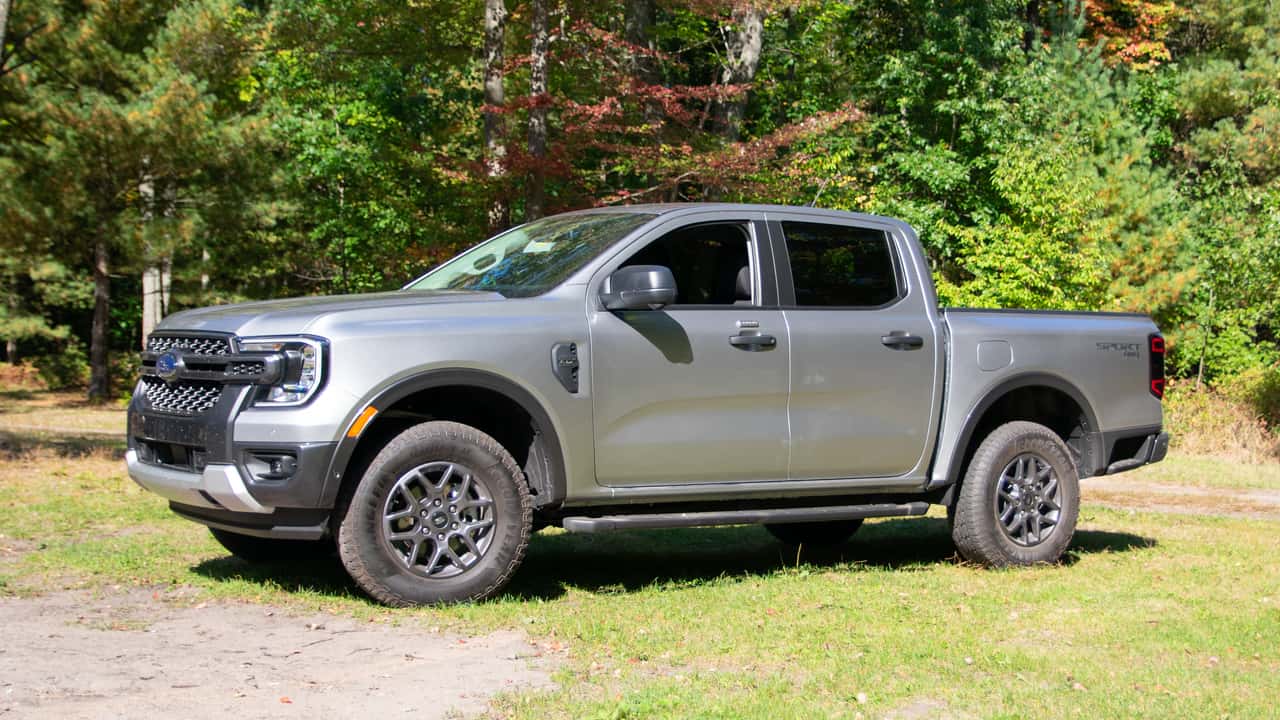
Photo by: Christopher Smith / Motor1
Pros: Looks Great, Drives Great, Tows Great
I know V-8 power is synonymous with truckin’ in the USA, but the Ranger’s 2.3-liter turbo-four is just fine. It makes 270 horsepower and 310 pound-feet of torque, which doesn’t sound like much until you remember a 4×4 Ranger is roughly 4,400 pounds—1,000 pounds lighter than a comparable F-150. Ford lists the torque peak at 3,000 rpm, which rolls in like a gentle tide as I throttle up with a trailer load of mulch in tow. It’s just about perfect for light-to-medium trailering, balancing thrust with minimal power surges unless you really step on it. Based on this experience, I’d hook up a 7,000-pound load and head out without a second thought.
Sans trailer, my butt dyno tells me the four-pot Ranger is just as fast as my 5.3-liter Silverado. It soaks up highway miles like a thirsty traveler thanks to a suspension that’s surprisingly compliant for a smaller four-wheel drive truck. It took the broken 10-mile stretch of I-75 near Flint like a boss, so much so that I questioned whether the highway is really that bad (it is, trust me). And after 700 miles, the Ranger’s computer showed an average of 23.7 miles per gallon—beating the EPA combined rating by almost 2 mpg.
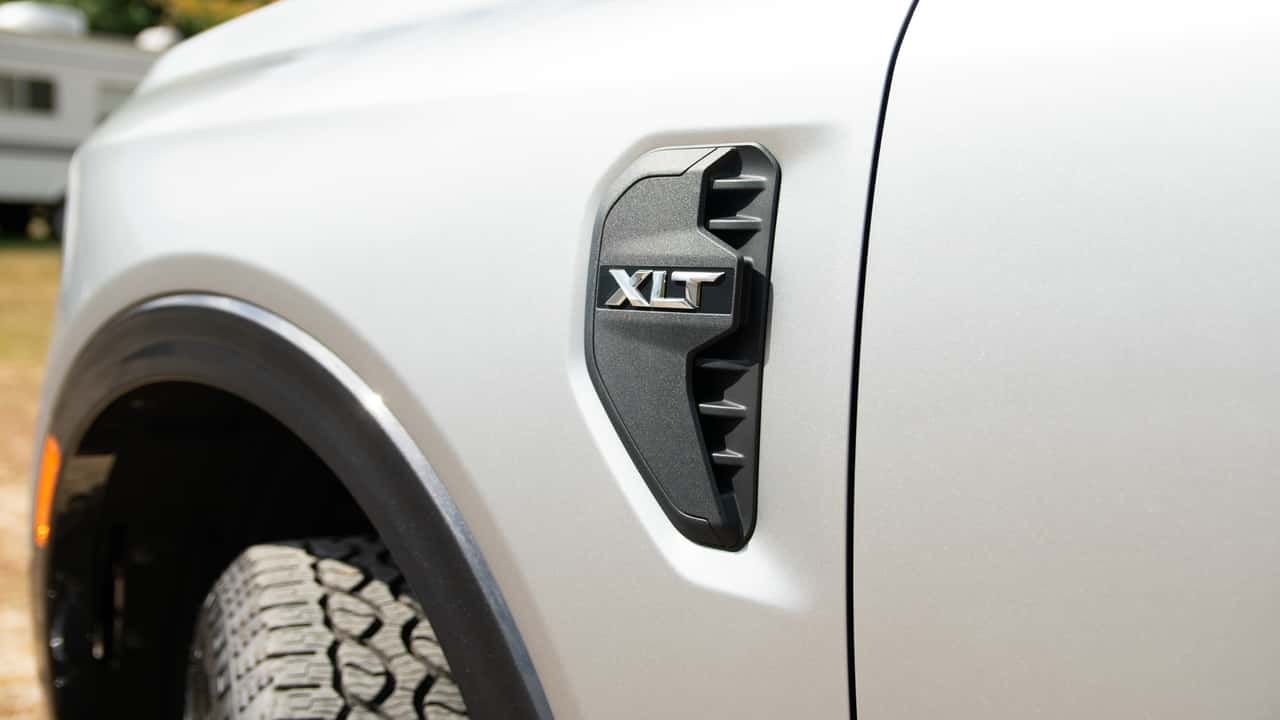
Photo by: Christopher Smith / Motor1
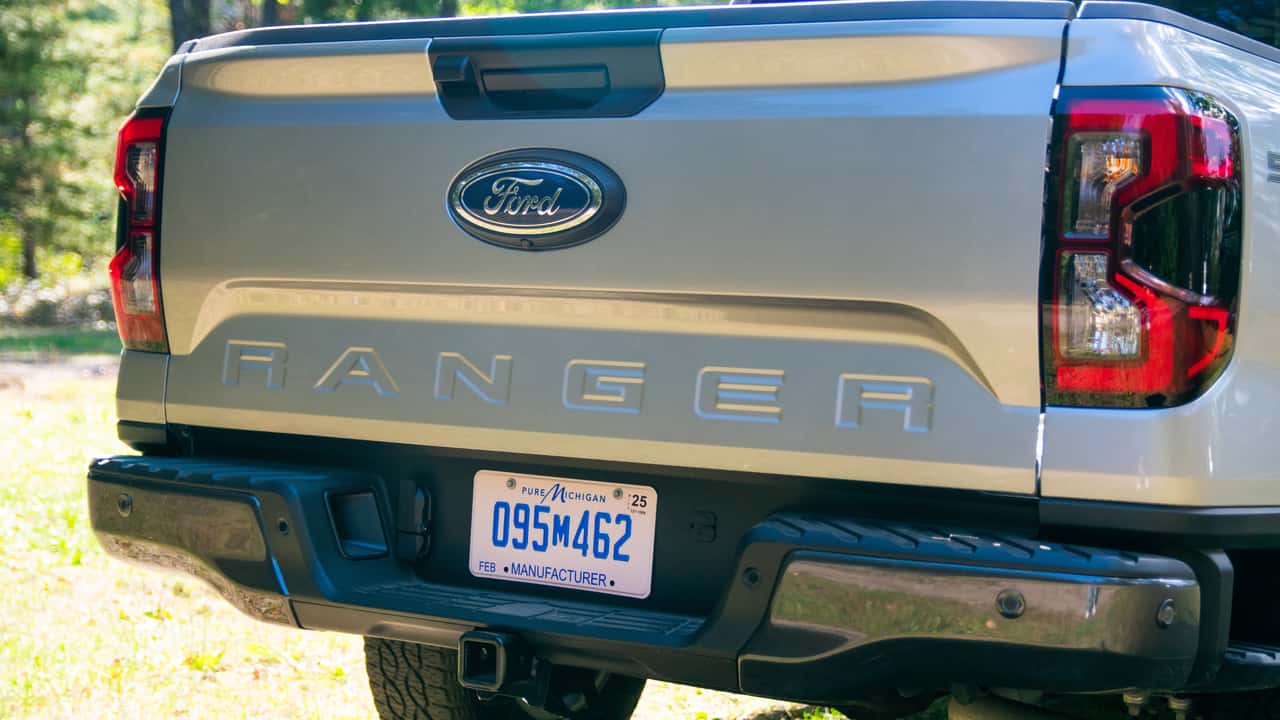
Photo by: Christopher Smith / Motor1
I only wish the interior was a bit more dapper. In XLT trim, the greenhouse is dull with featureless gray and black plastic trim amid gray soft-touch surfaces. The standard 8.0-inch digital instrument cluster mirrors this presentation but in the best possible way, displaying information clearly and pleasantly without drama. It fits the Ranger XLT’s primary mission, and on the steering column, an actual place to insert and turn a metal key. Some might consider this antiquated in the age of push-button ignition. Others (like me) who constantly forget if the fob is in a pocket, purse, or the black hole between the seat and console will love it.
There are other physical controls, too. Ford keeps basic functions for audio and climate settings either on the steering wheel or beneath the standard 10.0-inch portrait touchscreen. I much prefer portrait layouts to landscape designs like those in the Chevrolet Colorado and Toyota Tacoma, and the optional 12.0-inch screen (part of the 301A Equipment Group) is even better. The size and configuration make it easy to use while on the go, though it did have some frustrating lag at times. It’s a minor gripe, except when trying to adjust airflow settings for the climate control.
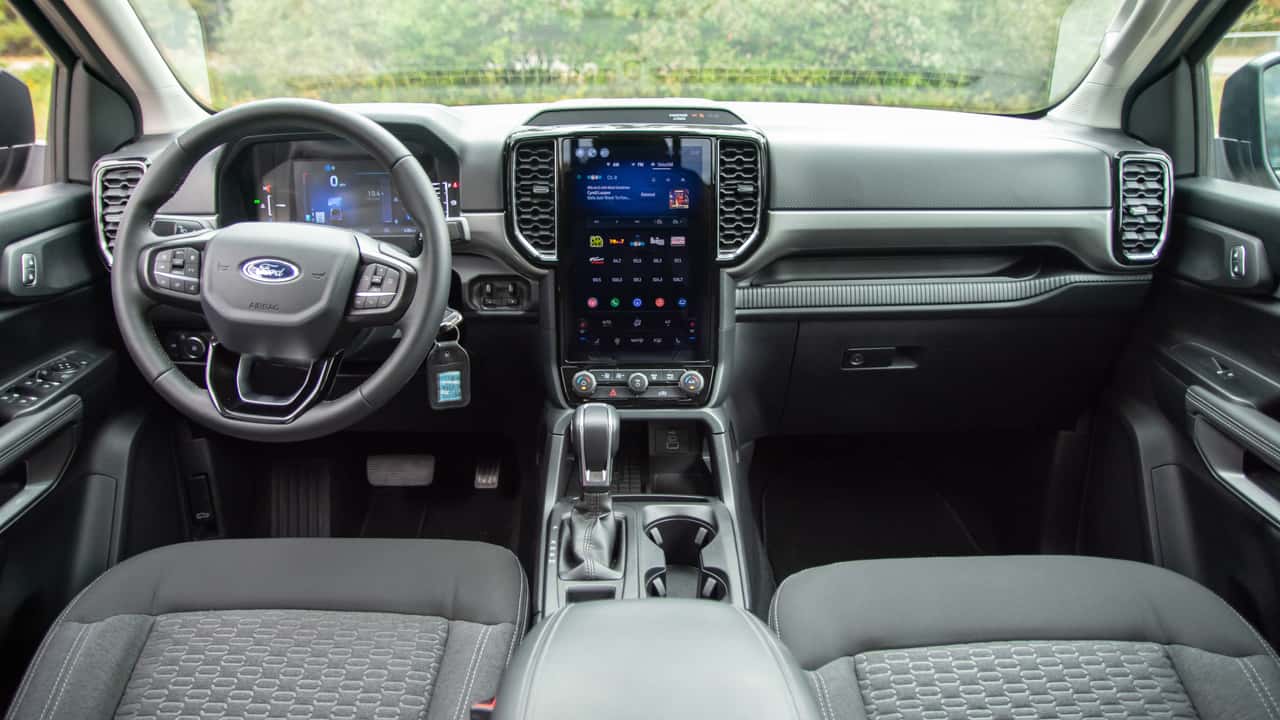
Photo by: Christopher Smith / Motor1
Cons: Could Be Quieter, Should Be More Maneuverable, Drab Interior For $46,000
Let me say a few words about maneuverability. Ford lists the Ranger’s turning circle at 42.5 feet, approximately four feet less than an F-150 SuperCrew. It sure feels bigger than that behind the wheel, especially when maneuvering through a narrow forest trail. The Colorado and Tacoma do slightly better, but I acclimated to the truck’s needs by the time it left my care. One thing I didn’t get used to was the road and wind noise. It’s not bad by any means, but onrushing air and humming tire tread were noticeable enough at highway speeds to be a topic of discussion.
However, none of these foibles, even added together, are dealbreakers for the Ranger. I’d have it over everything in the mid-size group and even the F-150. So I ask again—why does Ford sell so many more F-150s than Rangers? Let’s talk about price.
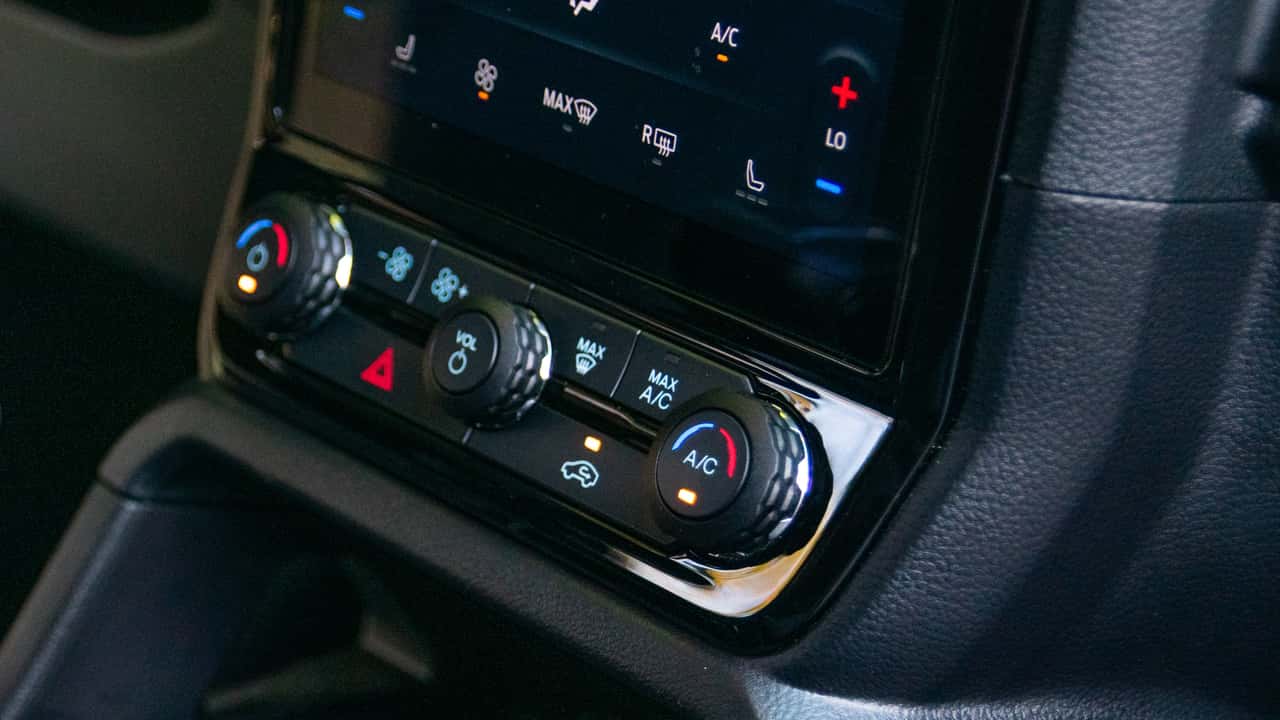
Photo by: Christopher Smith / Motor1
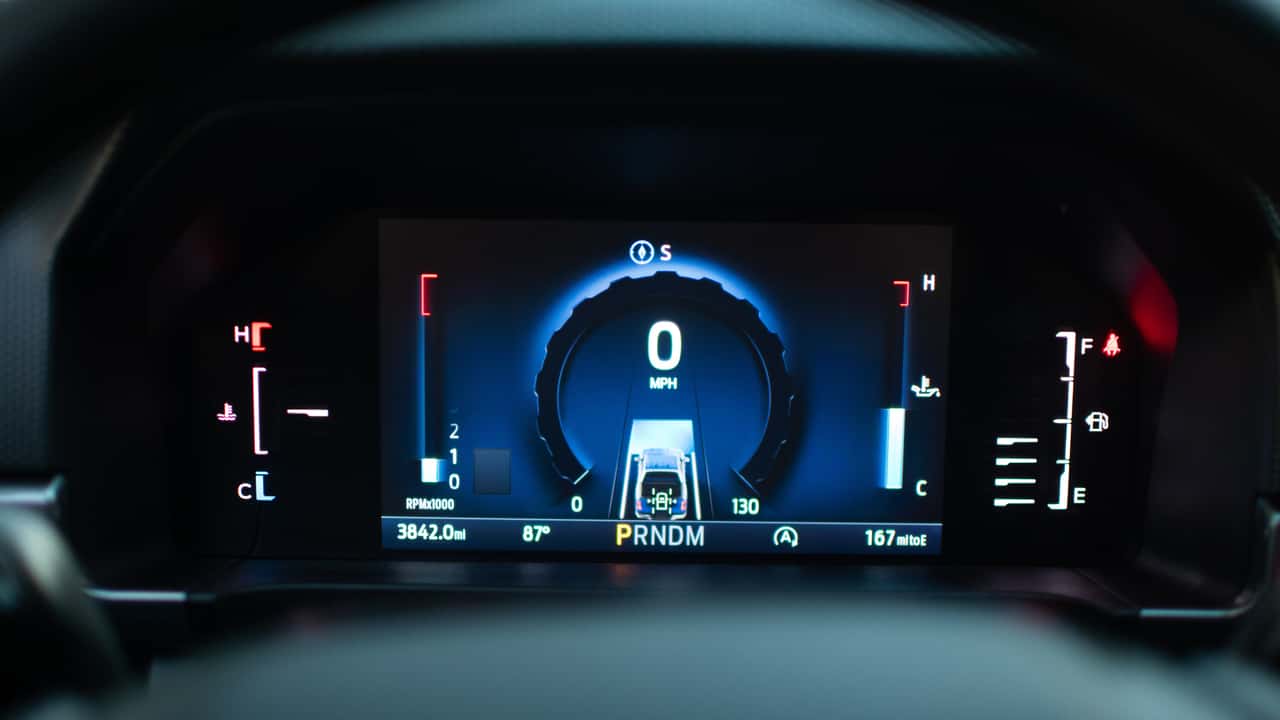
Photo by: Christopher Smith / Motor1
The 2024 Ranger XLT 4×4 I drove costs $46,619. That includes the XLT base price of $39,490, plus $945 for the 301A package, $2,305 for the Advanced Towing and Tech packages, a few tidbits like running boards, and Ford’s destination charge. Right now, you’re probably thinking $46,619 is enough to get an F-150, and you’re right. But it’s not that simple.
That kind of money will get you a two-wheel drive F-150 STX with absolutely no options. It’s also the extended cab instead of a full four-door truck, so you’d lose interior space in the process. Stepping down to the entry-level XL gets a SuperCrew at the Ranger’s price point, but once again, it’s a zero-option truck. That means two-wheel drive, steel wheels, and a plain gray interior with vinyl floors.
If you want a new F-150 comparable to this Ranger XLT, it costs $61,300. Nix the towing package and you whittle that under $60,000, but if you aren’t towing anything of significance, why not save $15,000 and get the Ranger?
Realistically, I suspect buyers are turning to the used market for something bigger instead of “stepping down” to a Ranger, and I can’t blame them. Driving a full-size pickup is far more about pride than practicality, and few vehicles inspire the masses like the F-150. But it certainly does a disservice to the Ranger, which isn’t a step down at all. In fact, it has a full-size heart that wholly outshines its mid-size rank.
Competitors
Chevrolet Colorado
GMC Canyon
Toyota Tacoma
Nissan Frontier
More Truck Reviews
Bison Vs Raptor Vs Trailhunter: The Ultimate Off-Road Truck Showdown
2024 Toyota Tacoma Hybrid First Drive Review: It’s Really Good
Get the best news, reviews, columns, and more delivered straight to your inbox, daily.
back
Sign up For more information, read our
Privacy Policy and Terms of Use.
| 2024 Ford Ranger XLT | |
| Engine | Turbocharged 2.3-Liter I-4 |
| Output | 270 Horsepower / 310 Pound-Feet |
| Transmission | 10-Speed Automatic |
| Drive Type | Four-Wheel Drive |
| Seating Capacity | 5 |
| Efficiency | 20 City / 24 Highway / 22 Combined |
| Weight | 4,415 Pounds |
| Ground clearance | 9.3 Inches |
| Towing | 7,500 Pounds |
| Payload | 1,711 Pounds |
| Base Price | $41,449 |
| As-Tested Price | $46,619 |
| On Sale | Now |
5 Nov, 2024 | Admin | No Comments
You Should Buy the BMW M5 Touring Over the Sedan: First Drive Review
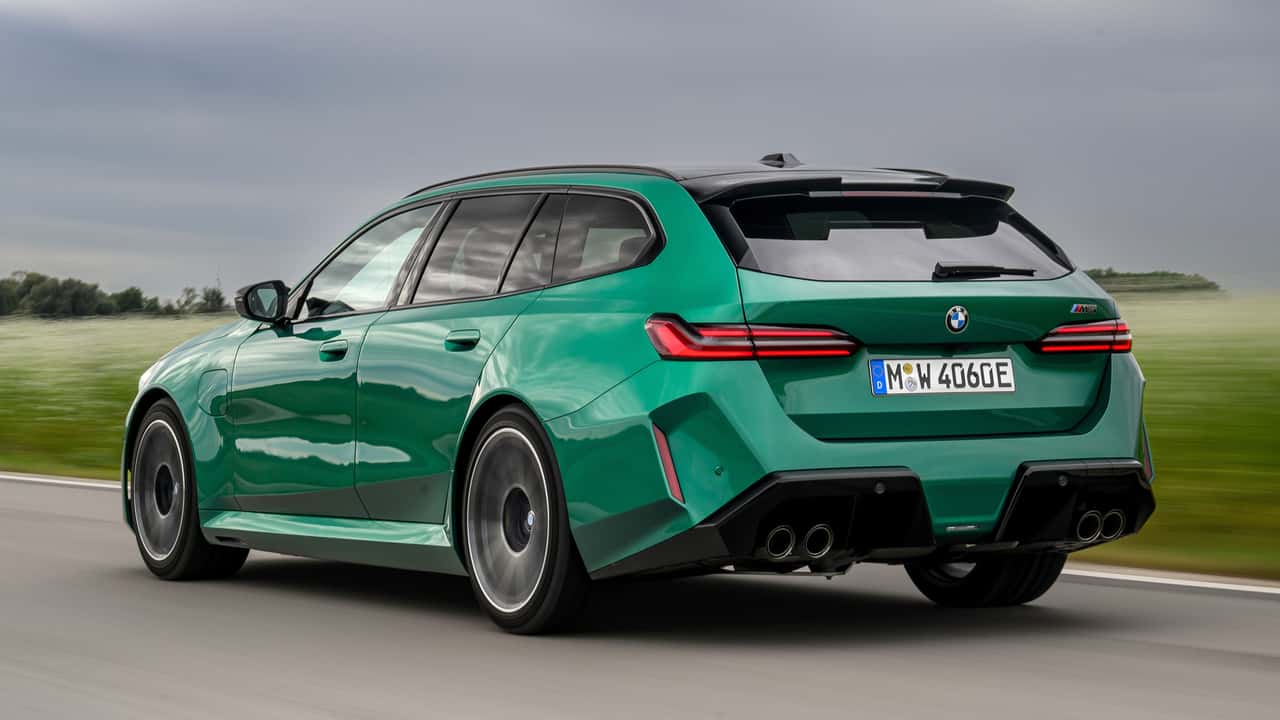

If you’re expecting to hear that driving the 2025 BMW M5 Touring is patently different than driving the M5 sedan, sorry to disappoint. Sure, there are some differences to the spring rates and chassis tuning to account for the long roof’s slightly heavier weight, but the intent is to make the two cars feel the same.
Mechanically, it’s the exact same car I reviewed just a few weeks ago. That means it has the same twin-turbocharged 4.4 liter V-8 combined with the plug-in hybrid system still making 717 horsepower and 737 pound-feet of torque. It’s paired to the same all-wheel-drive system and the same eight-speed automatic. All the same.
| Quick Specs | 2025 BMW M5 Touring |
| Engine | Twin-Turbo 4.4-Liter V-8 Hybrid |
| Output | 717 Horsepower / 738 Pound-Feet |
| 0-60 MPH | 3.5 Seconds (est.) |
| Weight | 5,530 Pounds |
| Base Price | $122,675 |
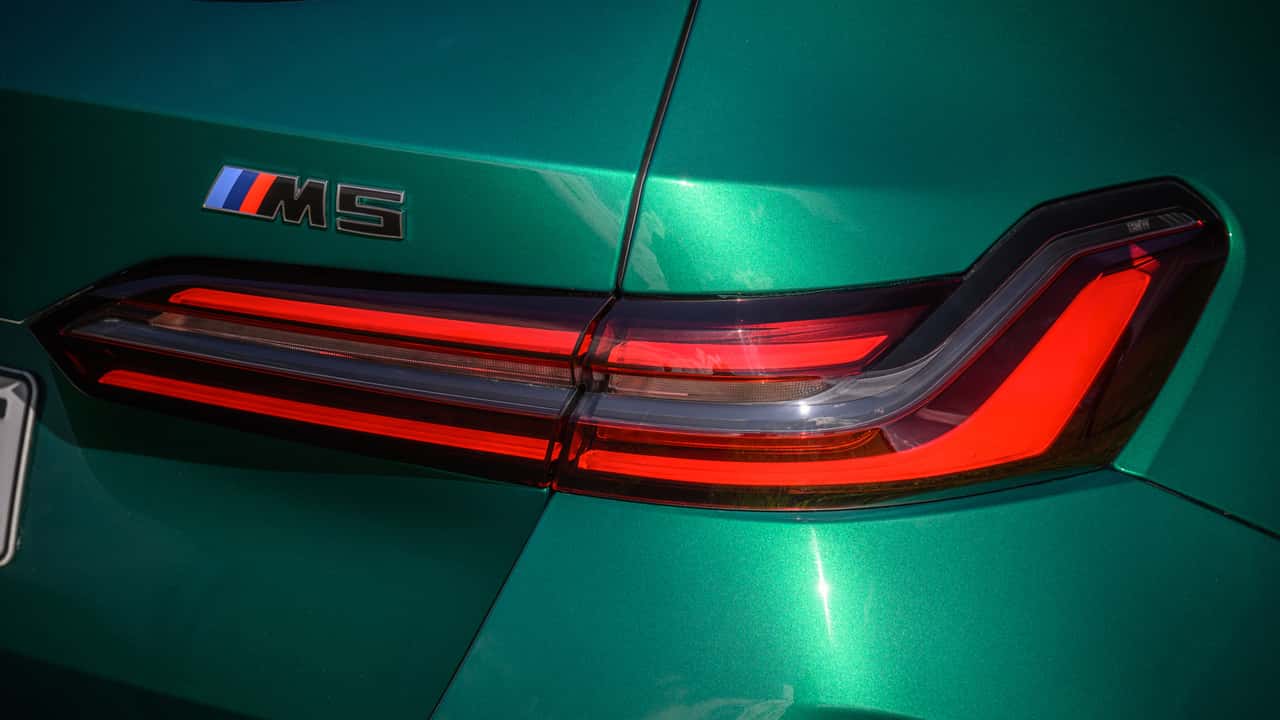
Photo by: BMW
Like the sedan, the touring is ballistically fast in a straight line and too isolating to feel like it’s ever working on a back road. The ride quality is still excellent on smooth and slightly imperfect pavement, no matter the damper settings. And the steering is still that new BMW normal: a quick rack with little feel. And it still has the same gorgeous interior. The Touring is also 140 pounds heavier than the sedan, weighing in at 5,530 pounds. That sounds like a lot, but on top of an already-stout 5,390 pounds for the sedan, the weight gain is miniscule.
This is, for intents and purposes, the same M5. It’s a grand touring wagon, the perfect car for long blasts on the highway to the coast of France with your family. That means you’ll be choosing your M5 because of the body style, not because of how they drive. And if it were me, it’d be the wagon all day every day for a few reasons.
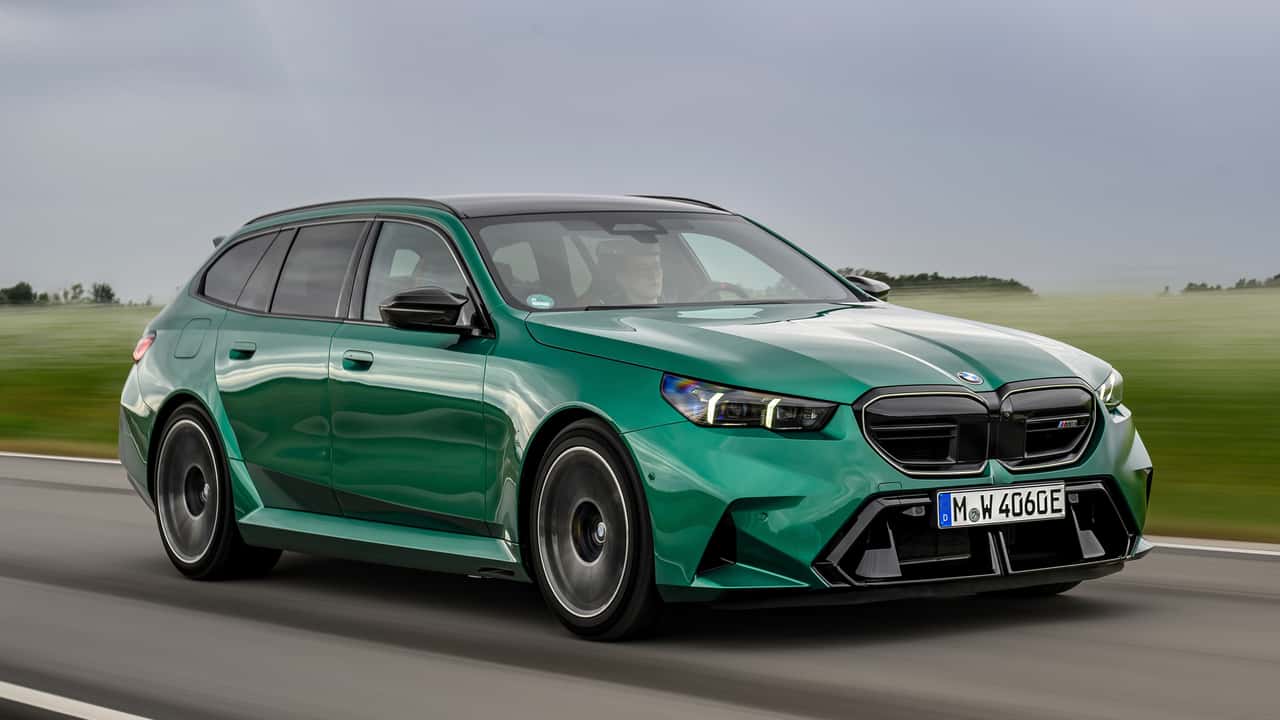
Photo by: BMW
Pros: Looks Great, Outrageously Fast, Lovely Interior, Wagon!
First, the wagon basically gets rid of any argument for buying the XM, which shares the M5’s powertrain. Judged against the XM, the M5 Touring looks better, drives better, and weighs nearly 500 pounds less. By comparison, this is the lightweight.
Second, the wagon just looks great, especially from that rear three-quarter angle. That’s a theme common with any of the fast wagons and their sedan counterparts, though. The Mercedes E63 is better as a wagon, and the Audi RS6 and its massive fender flares makes the RS7 look mundane. The new M5 has a true widebody, with a wider front and rear track. Those wider haunches combined with the rear hatch and the long roof give the M5 a great stance and a ton of presence.
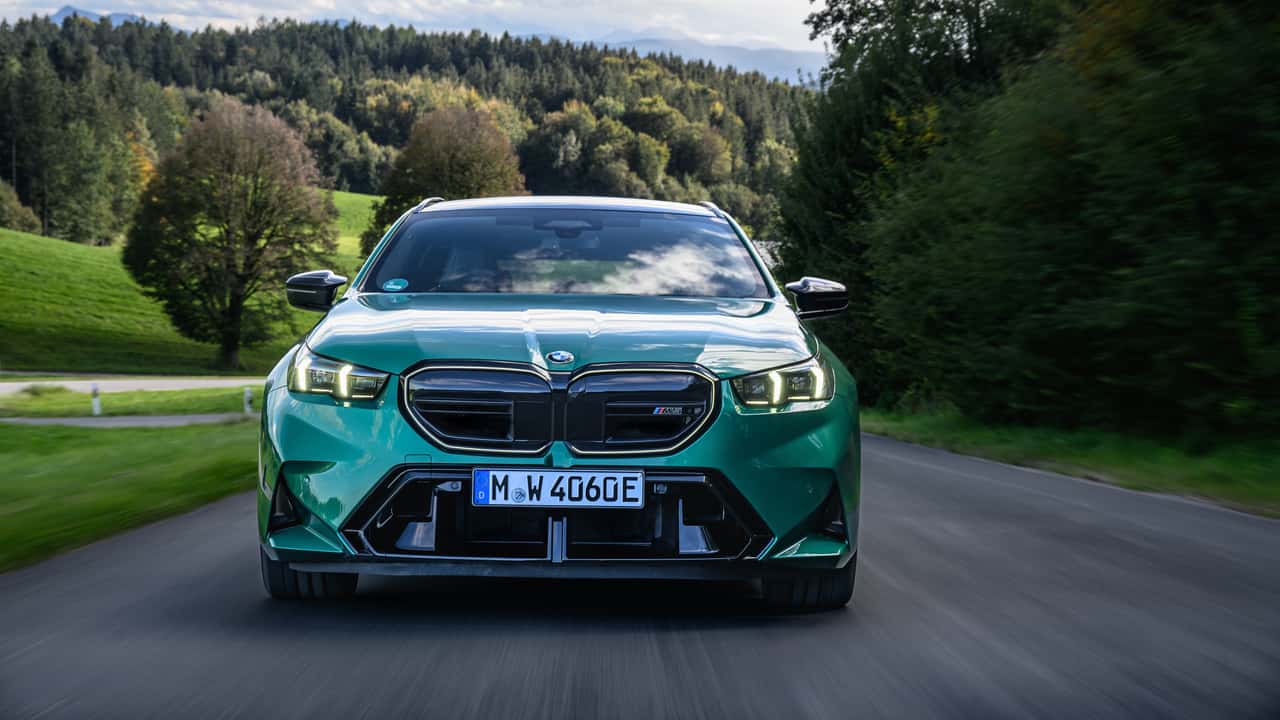
Photo by: BMW
Cons: Isolating And Distant At Reasonable Speeds, Limits Are Too High For On-Road Fun
Third, and probably most importantly, fast wagons are just rad sleepers. If you’re going fast in a sedan, people expect it. But flying by someone in a wagon, at least in America, will be confusing and leave them with more questions. Wagons haven’t been about taking kids to soccer for ages, but that reputation still exists.
Yes, the wagon does still share the negative aspects of the M5 and doesn’t pretend that it’s going to engage you at a safe speed on a back road. Essentially nobody will be taking this car to the track either. But as a family hauler that needs to cover vast highway distances repeatedly and quickly, there aren’t many cars that are better equipped.
Now, just set aside $122,675 before options and you can get one after production starts in November.
Competitors
Driving The New BMW M5
The 2025 BMW M5 Is Too Capable: First Drive Review
We Drove the New BMW M5. It’s a Hybrid Missile
Get the best news, reviews, columns, and more delivered straight to your inbox, daily.
back
Sign up For more information, read our
Privacy Policy and Terms of Use.
Based on a GR 86, the Toyota Rally Legacy Concept gets a 300hp version of the 1.6-cylinder engine found in the GR Yaris and Corolla.
Toyota one-off builds are something of a routine now for the annual SEMA event, check out last year’s FJ Brusier. Of course, 2024 is no different as Toyota once again delivers on out of the blue concept, this time to celebrate its rallying history, past and present. So, without further ado, say hello to the Toyota Rally Legacy Concept.

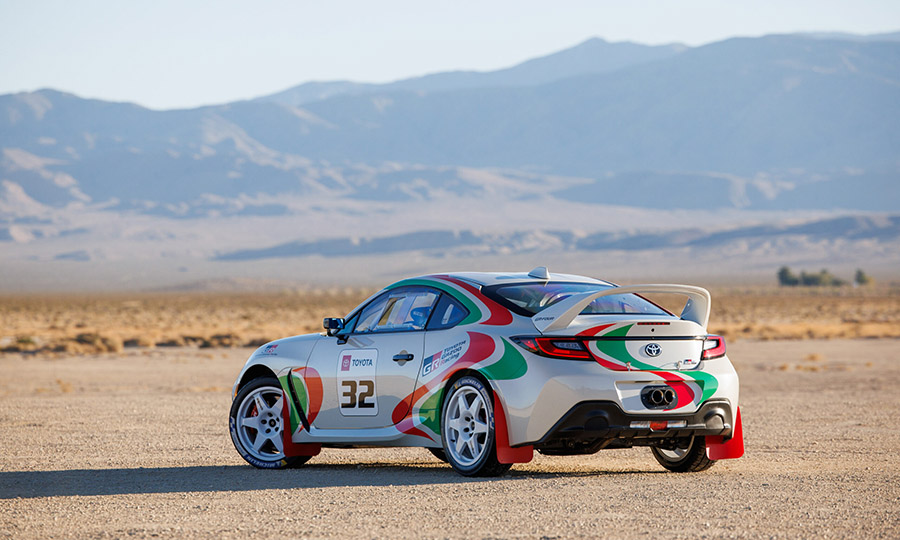
What is the Toyota Rally Legacy Concept?
While the outside resembles an ST205 Celica with the famous Castrol livery, it’s what’s underneath the bonnet that has got us all talking. You see, the base car for this concept is the Toyota GR86. That car is powered by a naturally-aspirated 2.4-litre turbocharged flat-four engine. While a fine sports car it is, underpowered, at times, can also be said of it. With the up in power from 224bhp to 300bhp and 273lb ft of torque, you have to wonder why Toyota didn’t opt to use the engine in the GR86 all along… Interestingly, there’s a new intercooler, a race ECU and a custom exhaust despite it making the same power as the standard GR Corolla. Oh, and it’s also a manual!
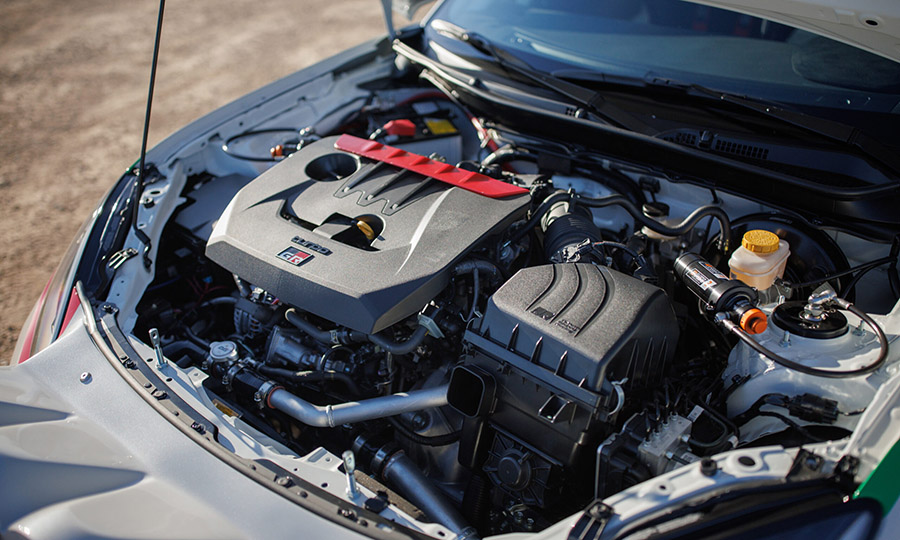
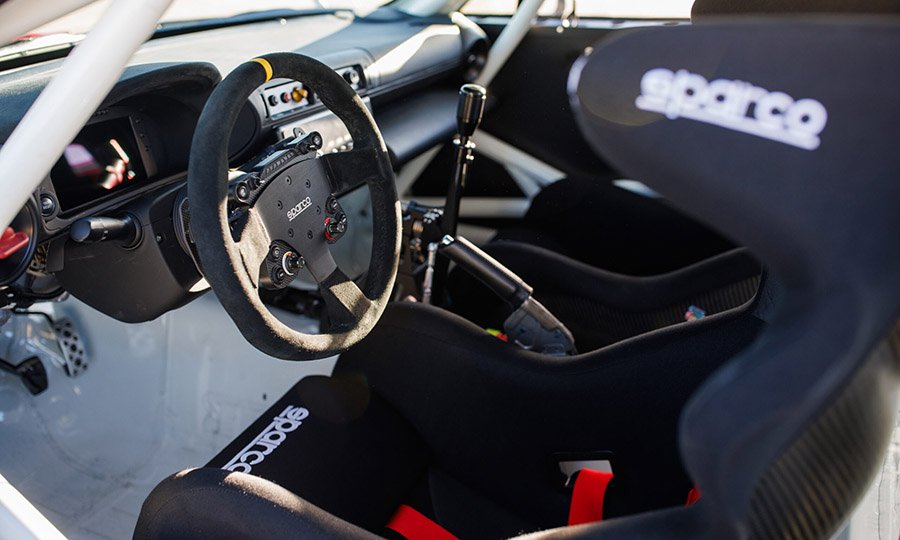
Underneath, Toyota has converted the GR86 chassis to feature all-wheel drive. As a result, the rear end is essentially a GR Corolla, with this concept receiving its differential, axles and gear ratios. Naturally, the modifications don’t end there, with the need for new control arms and other custom parts to make everything work.
Outside, as mentioned above, the concept has taken its design cues from the ST205 Celica GT Four. The Castrol livery is impossible to miss, as is the curved spoiler and those twin-exit pipes in the centre of the rear bumper. Inside, it’s rally car central, with a suitable roll cage, bucket seats, harnesses and all the gizmos you’d expect.
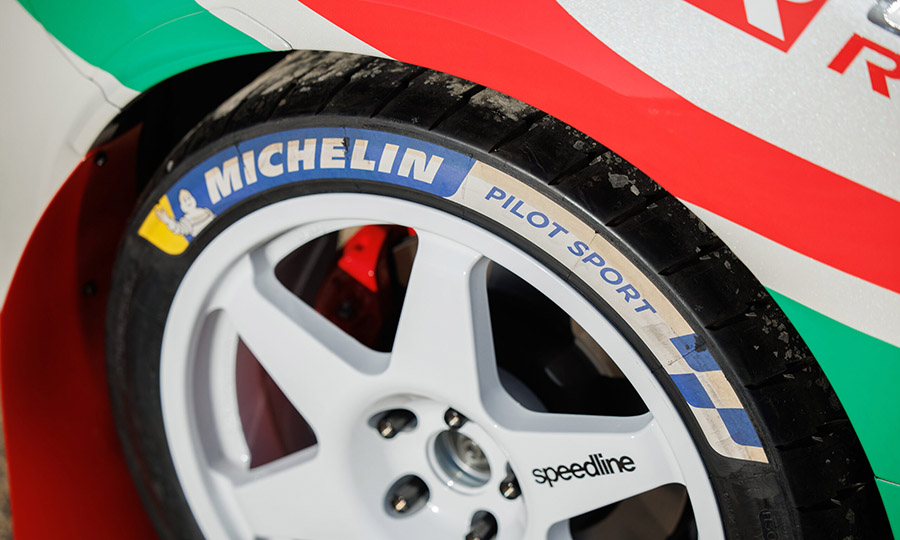
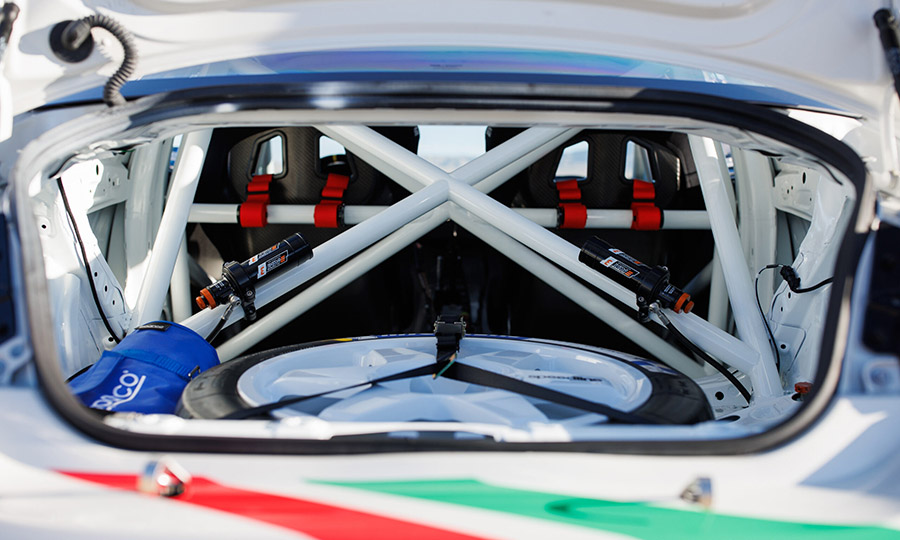
Will the concept become a production car?
Looking like this? Almost certainly not. In fact, there’s no word from Toyota that this means anything more than just an exercise in regonising its history while also showing what it can do. That being said, we can’t be the only ones curious about what a GR Yaris-engined coupé would feel like.
Love modified cars? Did you know that we host a number of performance car events throughout the year? Be sure to check out our Fast Car Events for more information on what’s coming up next!
The post Toyota Rally Legacy Concept Revealed At SEMA appeared first on Fast Car.
With 1000hp, an exposed carbon fibre body, striking shooting brake styling and a £700k price tag, the Brabus Rocket GTS is about as ridiculous as limited run cars get.
What you’re looking at isn’t the lovechild of a weird Z3M couple. And while Brabus has almost certainly taken design cues from the originally-hated-but-now-adored Z3M Coupe, this right here is a complete custom built car presumably reserved for those with very deep pockets. At around £700k, the price tag is almost as staggering as the way this car looks. For me, this might well be car of the year. I’m sick to death of seeing boxed-up SUVs with less personality than a stone. Finally, someone has decided to shove two fingers up to convention and shown us what can be done presumably without budget constraints. I digress.
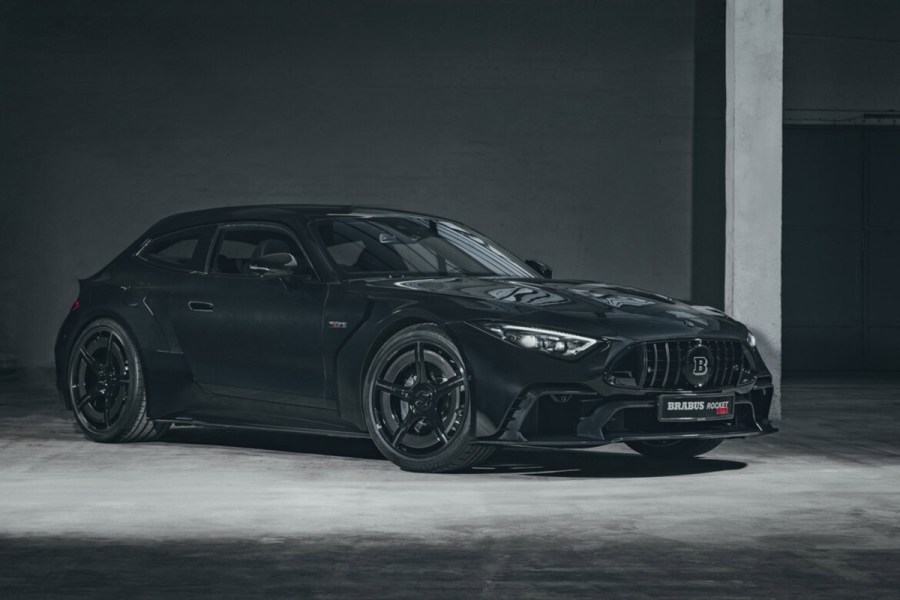
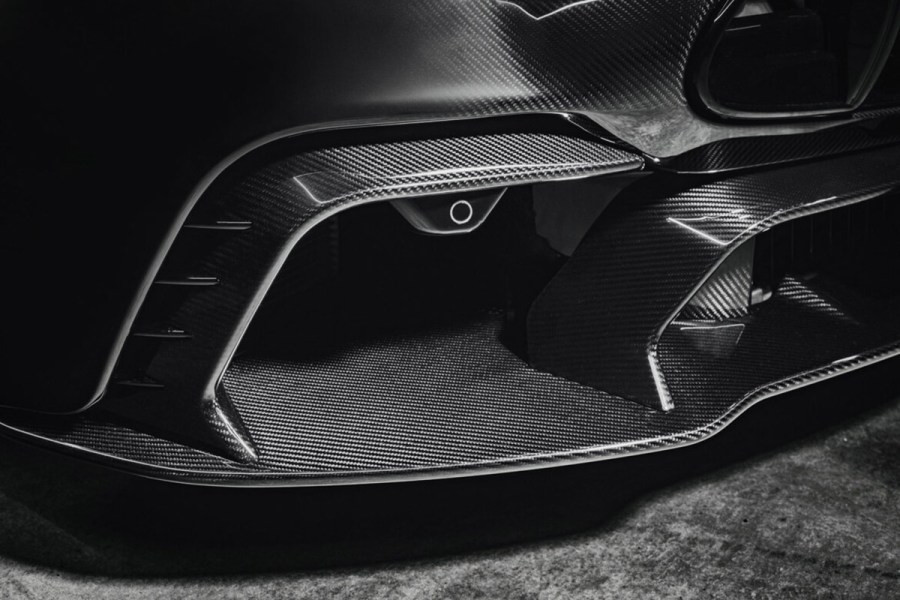
What is the Brabus Rocket GTS all about?
Sadly, Brabus hasn’t confirmed what the Rocket GTS is built from. Some have reported that it’s a modified Mercedes-AMG GT 63 S E Performance, while others have claimed it’s the SL 63 S E Performance. One thing for sure is that it shares the engine (and electric motor) with both of those cars, which meant it already came with 804bhp. But now, Brabus has turned up the wick to the tune of 1000hp and, wait for it, 1,342lb ft of torque!! That’s a lorry-pulling amount of torque… Thankfully it retains four-wheel drive and the 9-speed Mercedes DCT to make getting the power down far easier.
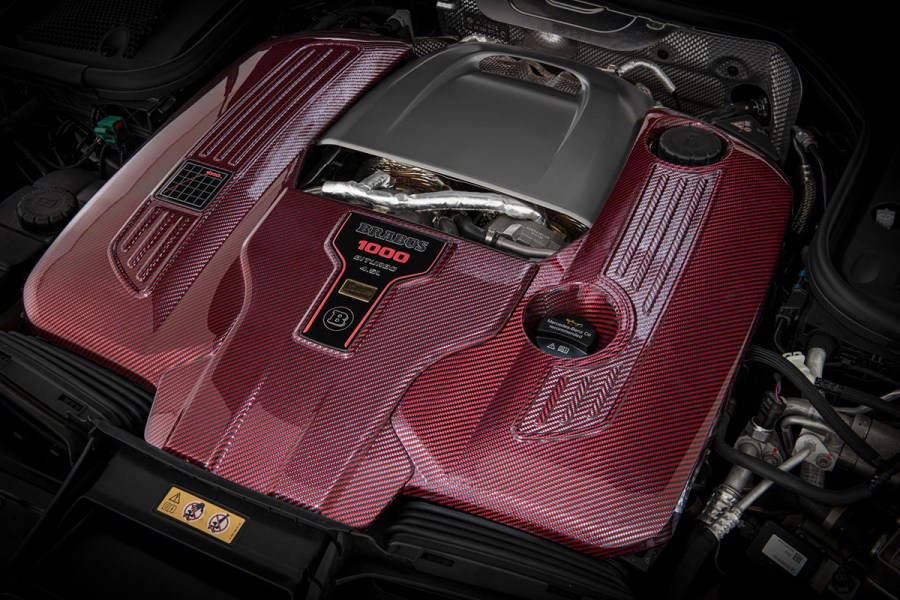
The increase in power has mostly come about thanks to the use of two new turbochargers. To support those bigger turbos, forged pistons and special con rods ensure the factory pistons don’t end up through the engine block… As you’d expect, a Brabus sports-cat downpipe and valved exhaust system complete the hardware changes.
All that power means 0-62mph is over with in a claimed 2.6 seconds, and 0-124mph in 9.5 seconds, while it’ll go on to an electronically-limited 197mph.
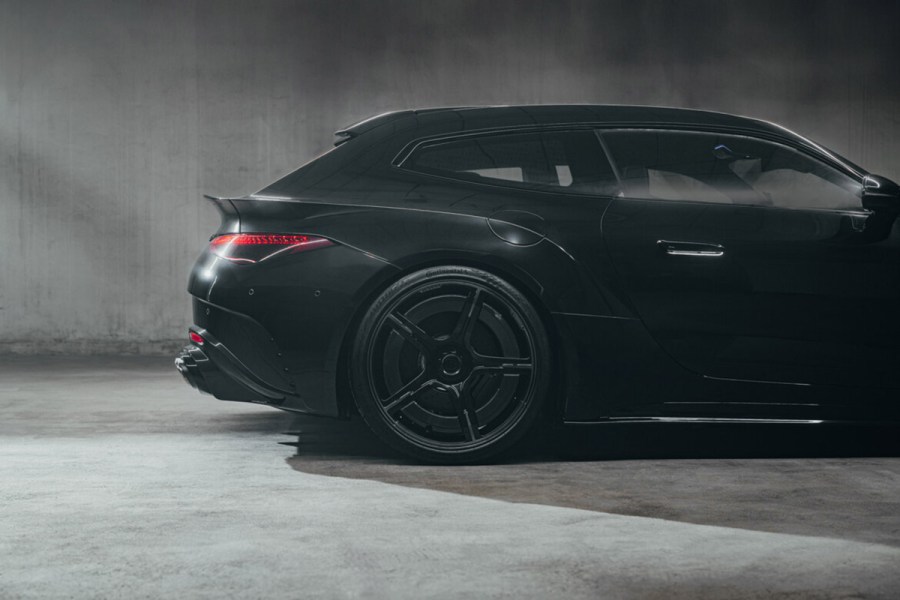
Brabus Rocket GTS Shooting Brake design
In order to create the carbon fibre body, Brabus has used state-of-the-art CAD and CFD technologies as well as wind tunnel optimisation. Brabus says that its design reduces front axle lift at high speeds while also providing superb stability at over 186mph. The design also guides more air into the radiators and brakes to improve cooling. And if you were wondering, that new rear end now measures 198.5cm wide…
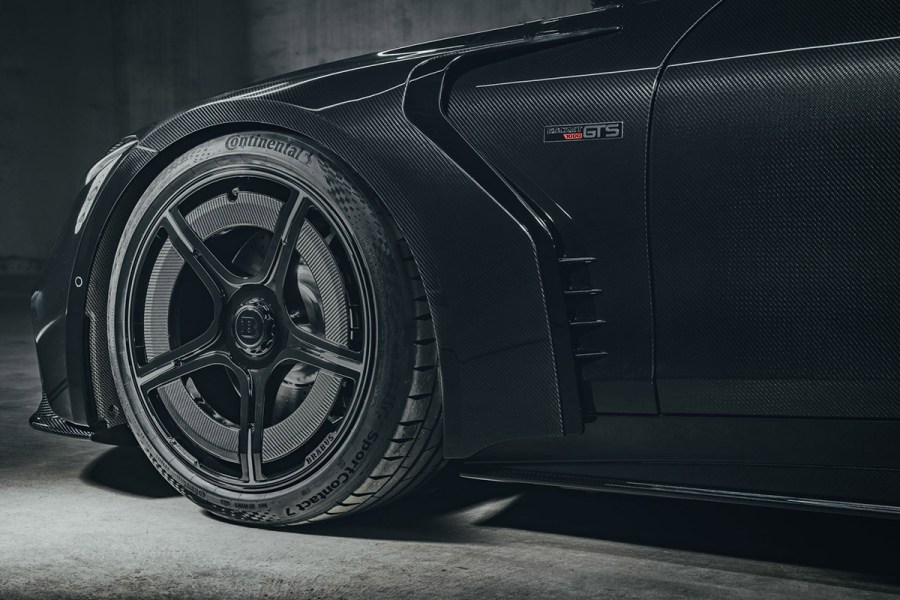
As you’d expect, the wheels Brabus has chosen for the Rocket GTS are suitably outrageous. Measuring 21 inches at the front and a whopping 22 inches at the rear, the Rocket GTS needs 275/35 tyres at the front and, wait for it, 335/25 at the rear! That won’t be cheap when it comes round to replacing those…
Inside, Brabus has gone about including its usual touches including new stitching on the seats, more carbon fibre and of course Rocket GTS badging. Customers can go to town on options here in order to create more personalisation.
Love cars? Be sure to check out our Fast Car Events page to see what performance car events we’re hosting next!
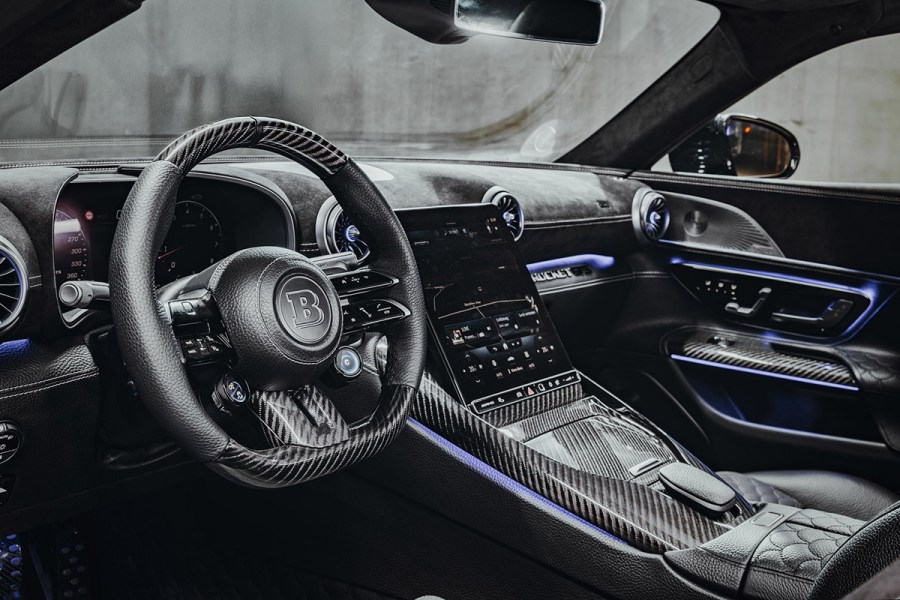
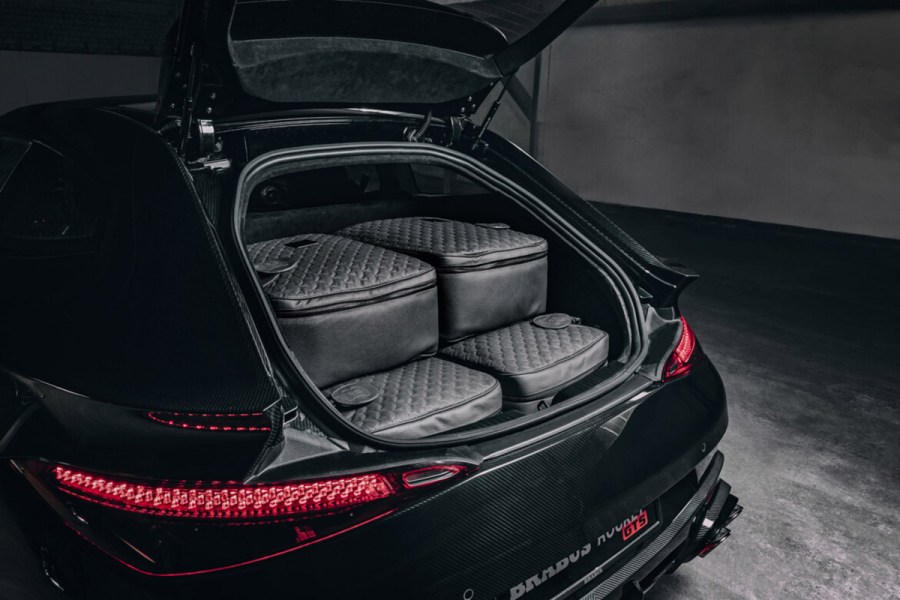
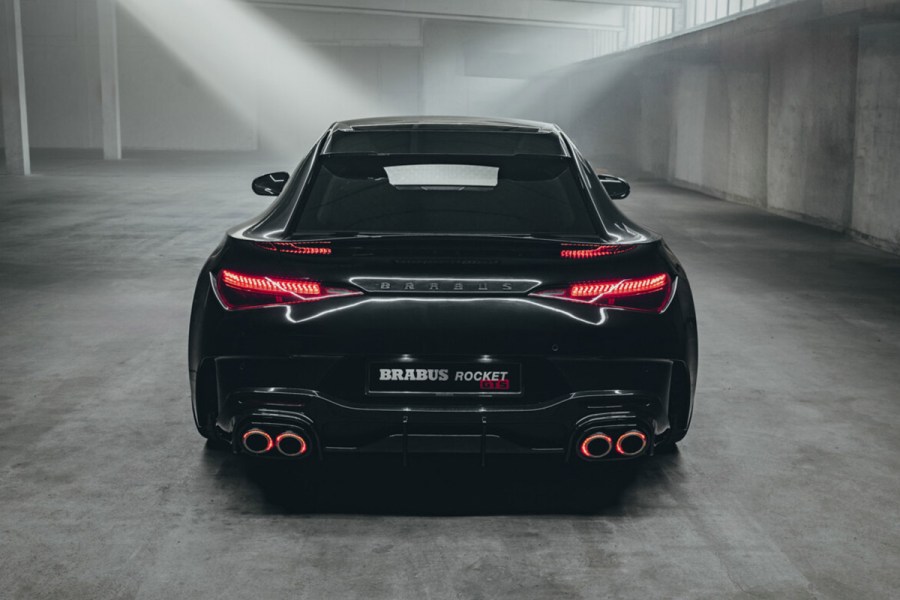
The post Brabus Reveals 1000hp Rocket GTS Shooting Brake appeared first on Fast Car.
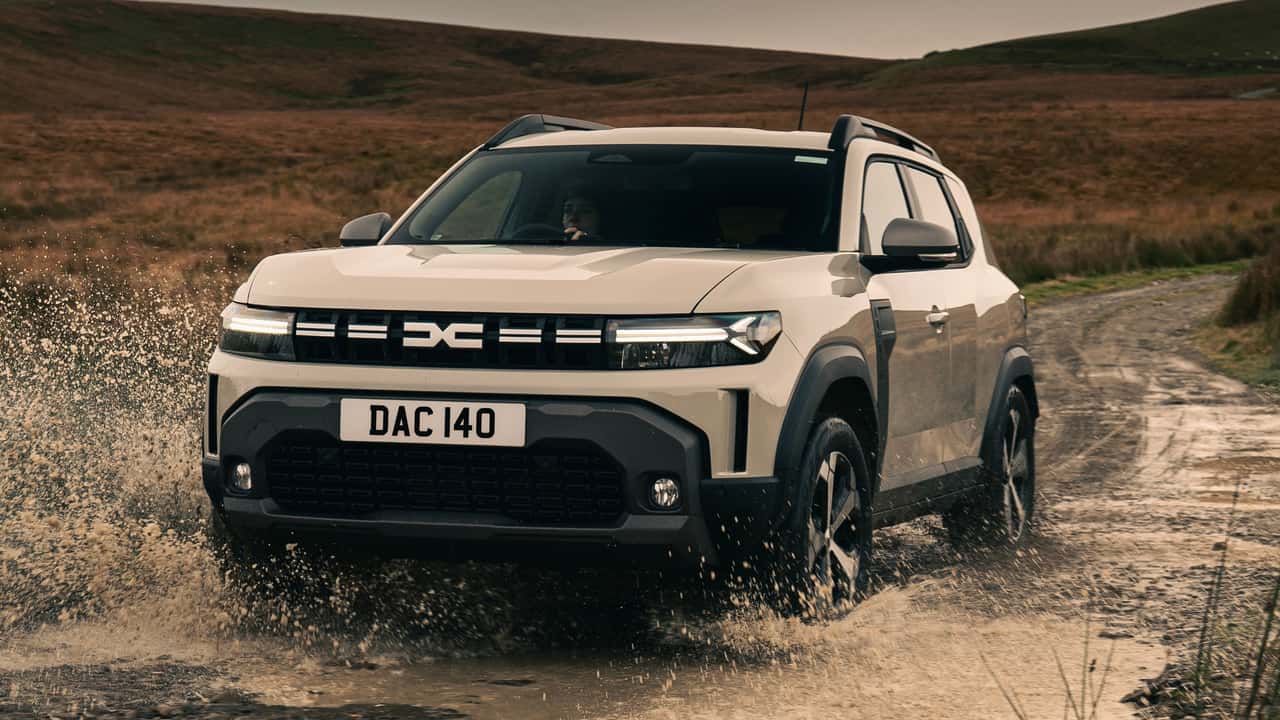
What if I told you there was a car that would happily fit a family of four and all of its gear, could hold its own off-road, and looks as fresh as they come, all while costing less than $36,000 (when converted to USD and with every option)? Would you slap me in the face or burst into a big grin and shout: “Oh, a Dacia Duster!” I really hope it’s the latter. Because that’s what I’m telling you about.
Renault has owned the Romanian automaker Dacia since 1999. Its jam is, in marketing speak, ‘good value cars.’ To you and I, that means cheap. The good thing is, Dacia doesn’t shroud itself in fluffy marketing pretending its cars are hewn from a single piece of myrrh, or that owning one will make people want to drink your tears. Dacia knows its cars are keenly priced, sure, but it also knows they have to do everything its drivers need without needless trinkets.
| Quick Specs | 2025 Dacia Duster |
| Engine | 1.0-Liter Four-Cylinder / 1.2-Liter Mild-Hybrid / 1.6-Liter Hybrid |
| Output | 99 – 193 Horsepower / 118 – 170 Pound-Feet |
| Transmission | Six-Speed Manual / Four-Speed Automatic |
| 0-62 MPH | 9.9 – 14.1 Seconds |
| Base Price | £18,745 ($24,326 USD) |
If that all sounds a bit budget, that’s because it is. But there’s a difference between the sort of budget that makes peoples’ faces all contorted and the sort of budget that makes them rub their hands together. Dacia is the latter.
Now, the lineup isn’t a mash of similar cars doing similar things. There’s a small hatch, a wagon that carries lots of people, a tiny EV, and a small SUV. There’s a big SUV coming soon, too. It’ll be called the Bigster, which is an awesome name. But the standout of the Dacia lineup is its small SUV: The Duster.
Why? Because since forever the Duster has been an unpretentious box that gets you from A to B without fuss, faff, or worry. It’s high off the ground so you can put children in the back without bending over. Its trim isn’t made of materials mined from the foothills of Mount Olympus, so if someone runs a shopping cart into them at the store, you won’t have to pay the earth to replace them. You can have one with all-wheel drive, so it’ll get over mud, twigs, and those dastardly puddles on the way to school. It’s what a lot of people need from a car, and nothing more.
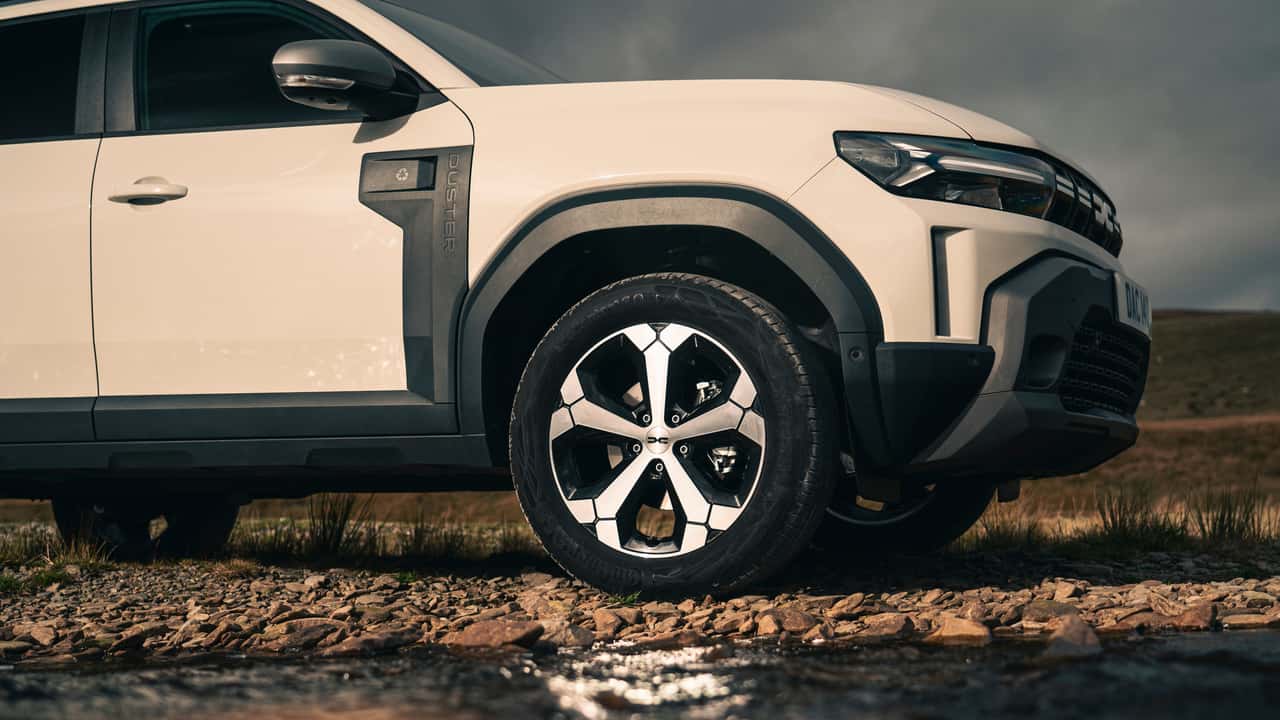
Photo by: Dacia
This year saw the launch of the third-generation Duster. It’s an important car for Dacia—over 2.2 million have been sold in Europe since 2010. Take a look around most towns and you’ll likely spot at least one Duster—if you find one in UN white with steel wheels, the more the better.
The new Duster comes with a mix of motors: A 1.0-liter bi-fuel, a 1.2-liter mild-hybrid, and even a 1.6-liter full hybrid. The first one isn’t a huge deal, but the other two will be where sales lie. You can spec front- or all-wheel drive, too, depending on your needs. The trunk, with all the seats folded down (and without a spare wheel), can fit up to 57.0 cubic feet of stuff in the front wheel drive car, you lose a bit if the rear wheels are driven.
Dacia’s kept the specs simple—there’s a basic Essential version that gets… a roof, and that’s pretty much it. Expression adds alloy wheels, a backup camera, a 10.1-inch infotainment screen, and more. Extreme gets the same as Expression as well as bigger wheels, Copper Brown details, and more things geared towards adventure. Journey is a parallel top spec, here geared towards comfort rather than fording rivers.

Photo by: Dacia
Pros: Cheap, Cheerful, Just Capable Enough
In order to keep the EU happy, cars need to come with active safety tech as standard. Dacia’s been a bit light on such things in the past—its customers didn’t want them, so why bother fitting them? A chunky touchscreen comes with web-linked navigation, satellite radio, screens to turn the various safety systems off, and compatibility with both Apple CarPlay and Android Auto so you can choose your own adventure.
The new car’s shape is pleasingly ‘concept-y,’ which means it’ll either age incredibly well a la BMW i8 or look like a Sci Fi version of ‘the future’ from a 1970s B-movie. Dacia’s keen to be as sustainable as possible; 20 percent of the plastic in the new Duster has been recycled, and even on some exterior trim.
Inside, you won’t find exotic materials or puffin hide, instead, there are nicely designed but hard plastics and comfy seats. Dacia’s customers don’t need puffin, nor do they need a throne that’ll massage their buttocks. They need something that children can kick, pointy things can grind against, and that won’t look like a bomb site after three days of moderate use.
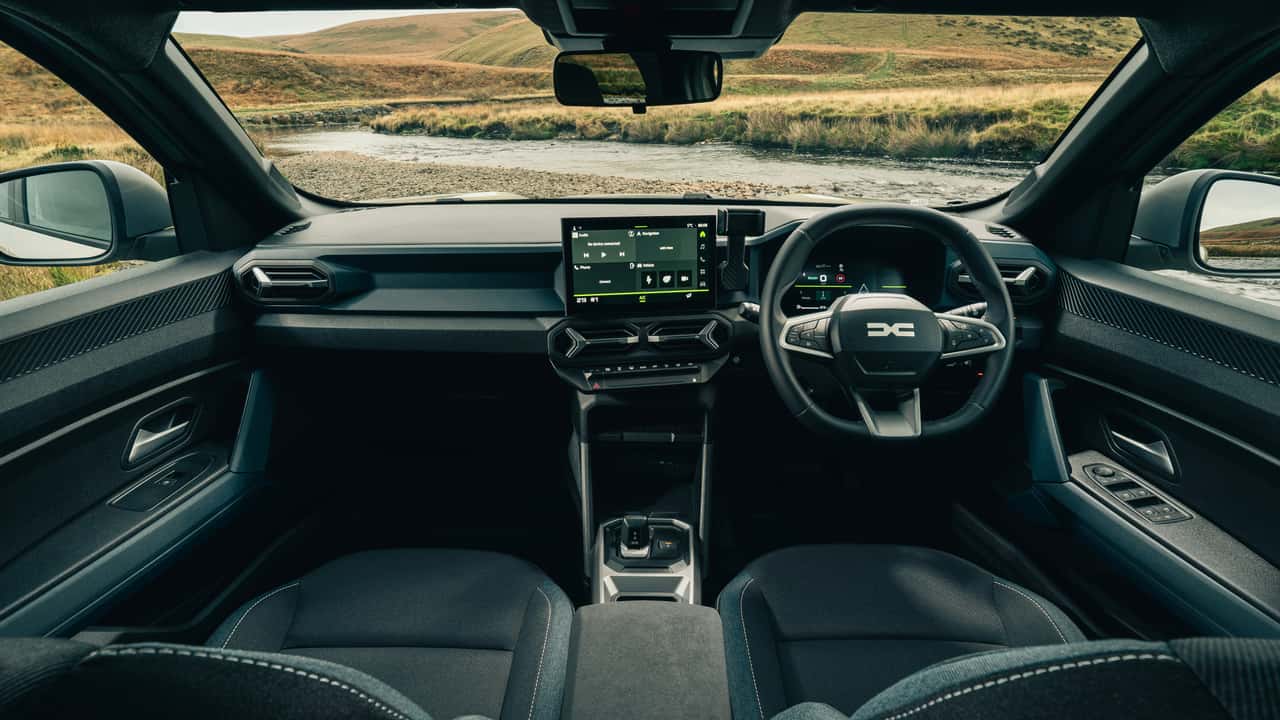
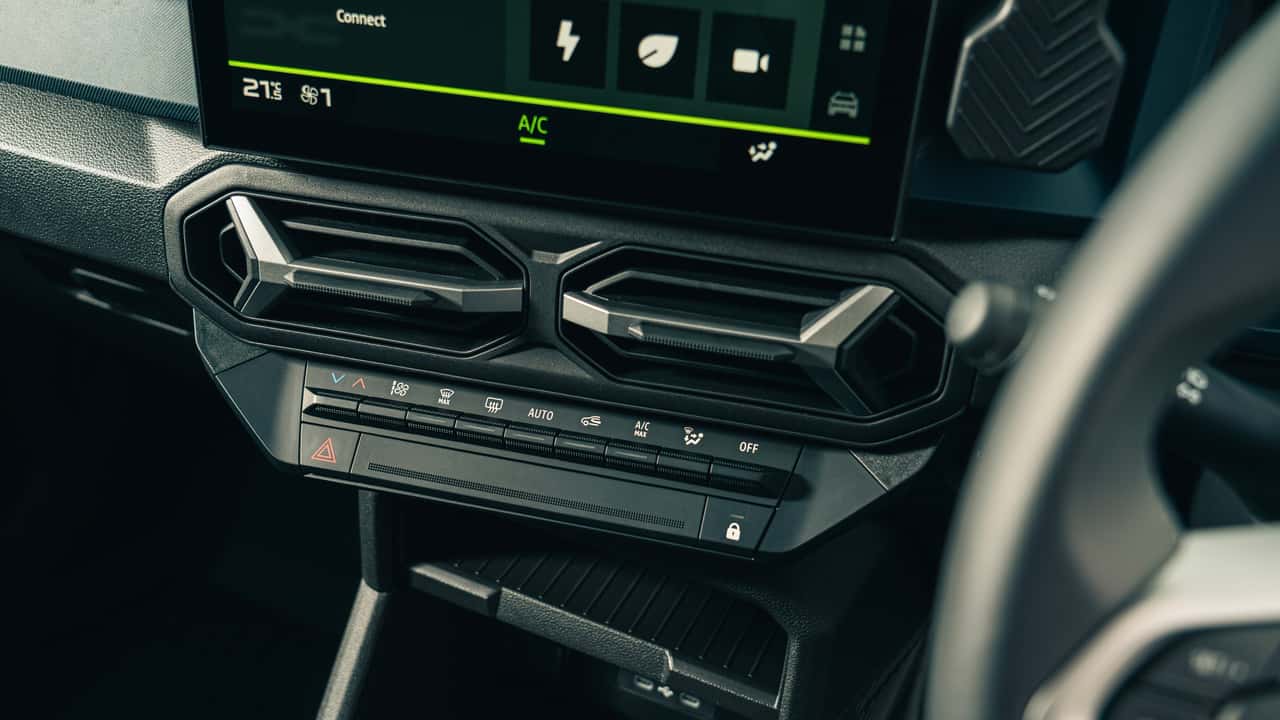
Photo by: Dacia
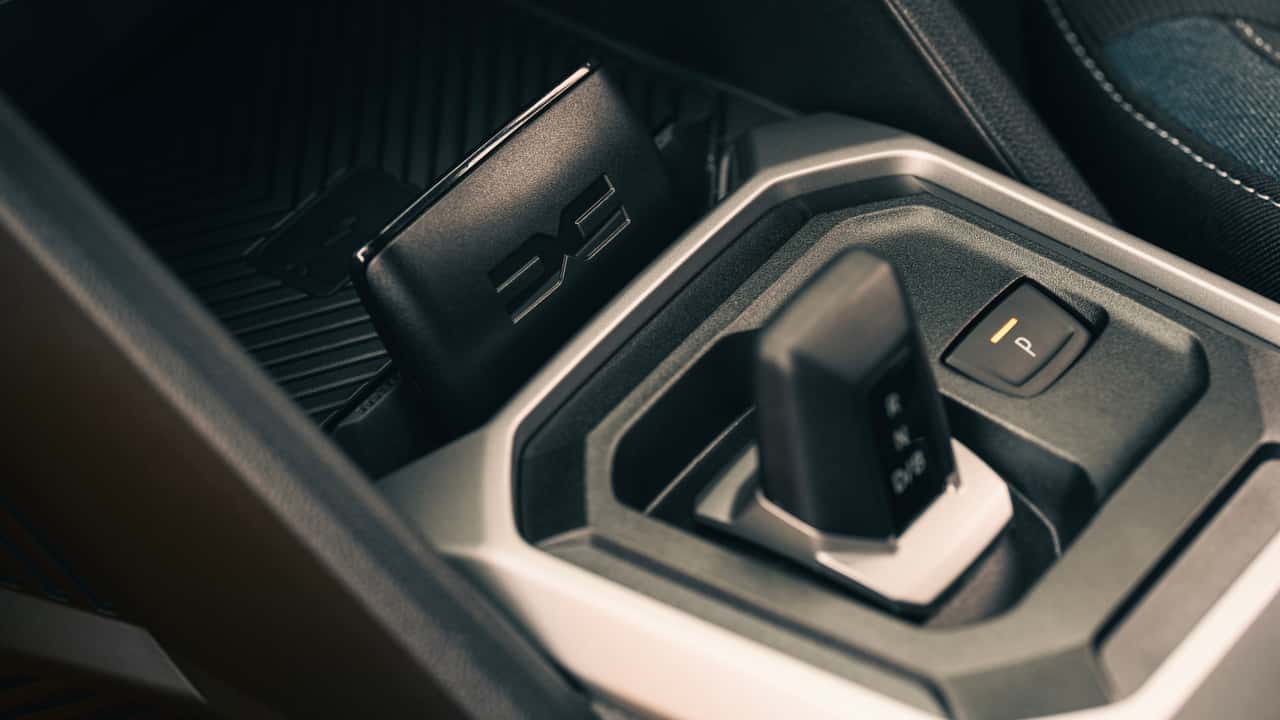
Photo by: Dacia
Given it has some off-road cred, I was delighted to find out it isn’t all mouth and no trousers. It won’t best a Wrangler up a mountain, but you can take through deep puddles and up steepish slopes, letting its hill descent control guide you down the other side, Dacia’s fitted a number of switchable modes so you can let the car know what it’s going to face, too, which isn’t unusual for a car that looks a bit SUV-ish, but it’s still pretty cool to see it at this price point. If you’re up for adventure you can even spec a ‘sleep pack’ to turn the trunk and rear seats into a bed. There’s a suite of adventure—stuff you can pick up should the call of the wild take you.
On the road, I played in both the mild and full hybrids. The mild hybrid comes with 129 horsepower and a six-speed manual. No, it’s not the sort of power that’ll set your hair on fire. Hell, giving it the beans around some truly stunning country roads, the performance barely even gets an ember going. But it was sustainably quick—its stick shift is fun and easy to use, I could quickly flick it from ratio to ratio, getting a little tingle of joy each time. There’s no spine-compressing acceleration, and the numbers on its digital speedometer don’t go up very quickly at all. But it makes a parpy noise and makes you smile.
Despite sitting decently high off the ground, the Duster doesn’t wallow or roll too much. An Alpine A110 it is not, but it keeps occupants upright and happy on a cruise. If you decide to be a child and see how quickly you can go around corners, it’ll make lots of noise while going not very quickly. Thankfully, you don’t get the impression that it’ll fall over.
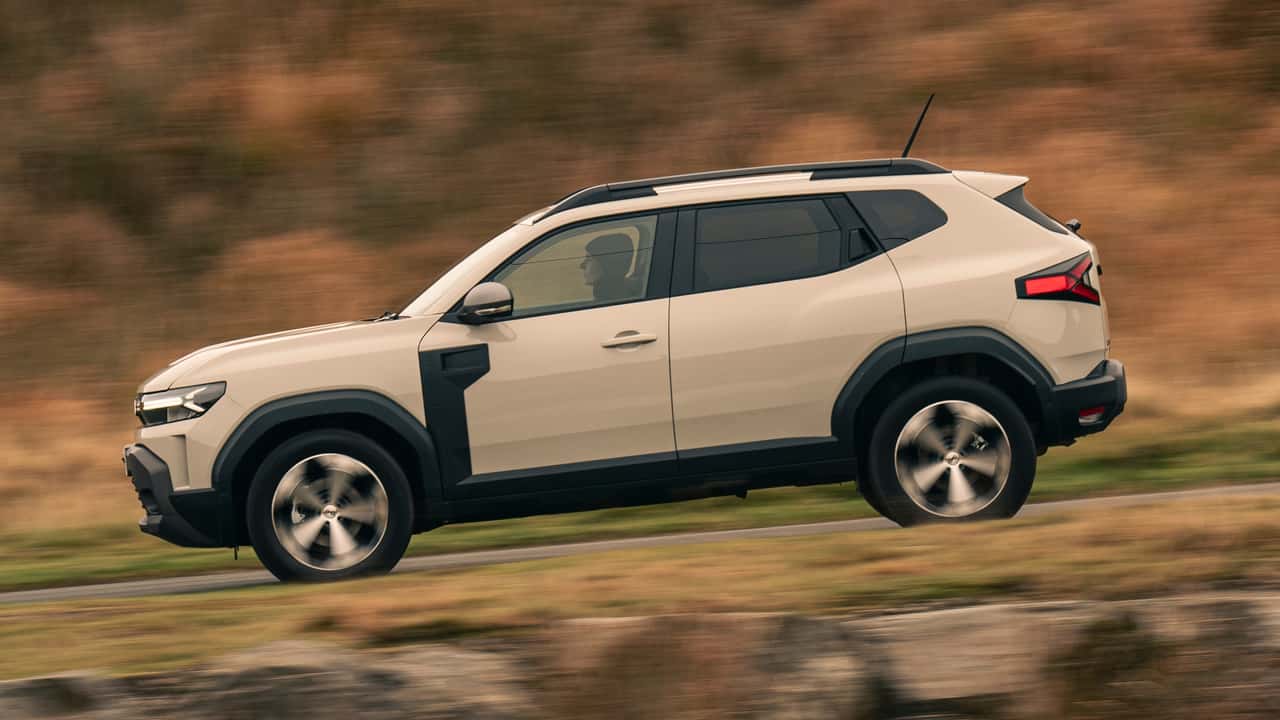
Photo by: Dacia
Cons: Oddly Noisy Hybrid, Not Quick At All
The full hybrid has a touch more power—139 horses—but there’s no manual there. Instead, you get a four-speed automatic and a read-out that shows you where power is going—to the battery, to the wheels, or anywhere else it fancies. The electric boost is welcome, and it glides neatly along until its ICE motor decides it wants to fire energy into the battery—here things get oddly noisy, and it can be a bit irksome. You can still cover all the ground you want in it without issue, though.
The new Duster has a tough job to do. Its predecessor did without many of the toys the new one comes with and is broadly adored by all who encounter it. Dacia’s goal of making cars that do what its customers need has been met here, and with a new look, some extra ability, and those extra tricks up its sleeve it’ll probably score huge points. Dacia UK says that 1,000 people have already ordered a new Duster without having even looked at a physical car.
Luckily, they’ll discover they’ve made a wise choice—the Duster is still excellent at what it does. Your SUV doesn’t need to be a rocket ship to be downright brilliant.
Cheap SUVs You Can Get In The US
The 2025 Nissan Kicks Has Grown Up and Glown Up: First Drive
The 2025 Chevrolet Equinox Does Enough
Get the best news, reviews, columns, and more delivered straight to your inbox, daily.
back
Sign up For more information, read our
Privacy Policy and Terms of Use.
| 2025 Dacia Duster | |
| Engine | 1.0-Liter Four-Cylinder / 1.2-Liter Mild-Hybrid / 1.6-Liter Hybrid |
| Output | 99 – 193 Horsepower / 118 – 170 Pound-Feet |
| Transmission | Six-Speed Manual / Four-Speed Automatic |
| Drive Type | Front-Wheel Drive / All-Wheel Drive |
| Speed 0-62 MPH | 9.9 – 14.1 Seconds |
| Maximum speed | 101 – 111 Miles Per Hour |
| Weight | 2,813 – 3,064 Pounds |
| Efficiency | 29 – 46 Combined |
| Seating Capacity | 5 |
| Base Price | £18,745 ($24,326 USD) |
| On Sale | Now (In Europe) |
29 Oct, 2024 | Admin | No Comments
The Ram 1500 RHO Isn't Just a Great Performance Truck: First Drive Review
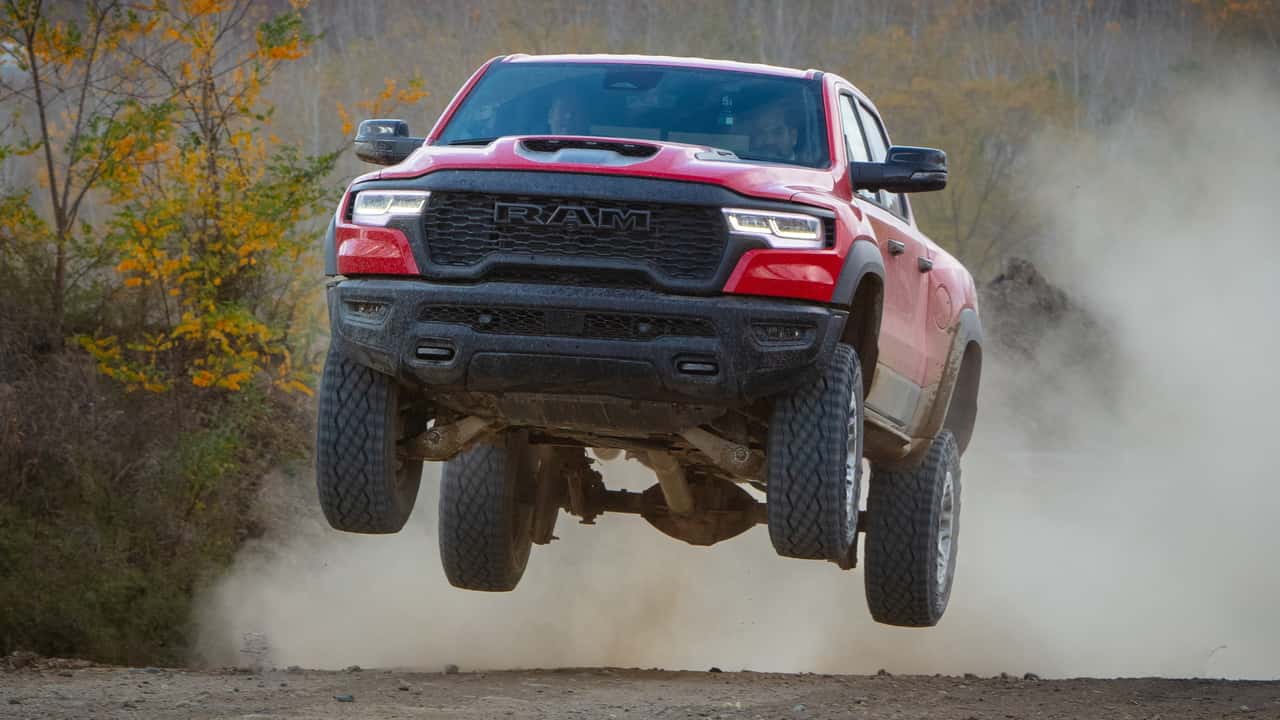

After barely 30 seconds in the driver’s seat of a 2025 Ram 1500 RHO, my co-driver is already egging me on for more speed: “Go faster! Full throttle! You can go faster through this section!”
It’s true. The 2025 Ram 1500 RHO is incredibly capable of zipping over rough terrain at stupid speeds. It doesn’t even feel very dramatic during the process. But like every seasoned autocross (or rallycross) veteran will tell you, the first lap of a course should always be taken slowly, so you can learn the layout. That’s what I was doing at the Holly Oaks ORV Park, a converted gravel pit north of Detroit with hills, moguls, sweeping turns, and jumps linked together through a 10-minute lap. Also, I didn’t want to roll down a 50-foot bank from a trail barely wider than the RHO’s 88.0-inch stance.
This truck’s capabilities are vast. I doubt the majority of RHO buyers will actually explore its impressively high limits off-road, at speed. Frankly, they have no reason to. But that off-road capability pays dividends on-road; This half-ton pickup is at its best on the fully paved (and oftentimes cratered) highways of America. Hell, it could be the best half-ton truck for daily commuting on the market right now.
| Quick Specs | 2025 Ram 1500 RHO |
| Engine | Twin-Turbocharged 3.0-Liter Inline-Six |
| Transmission | Eight-Speed Automatic |
| Output | 540 Horsepower / 521 Pound-Feet |
| 0-60 MPH | 4.6 Seconds |
| Base Price / As Tested | $71,990 / $81,985 |
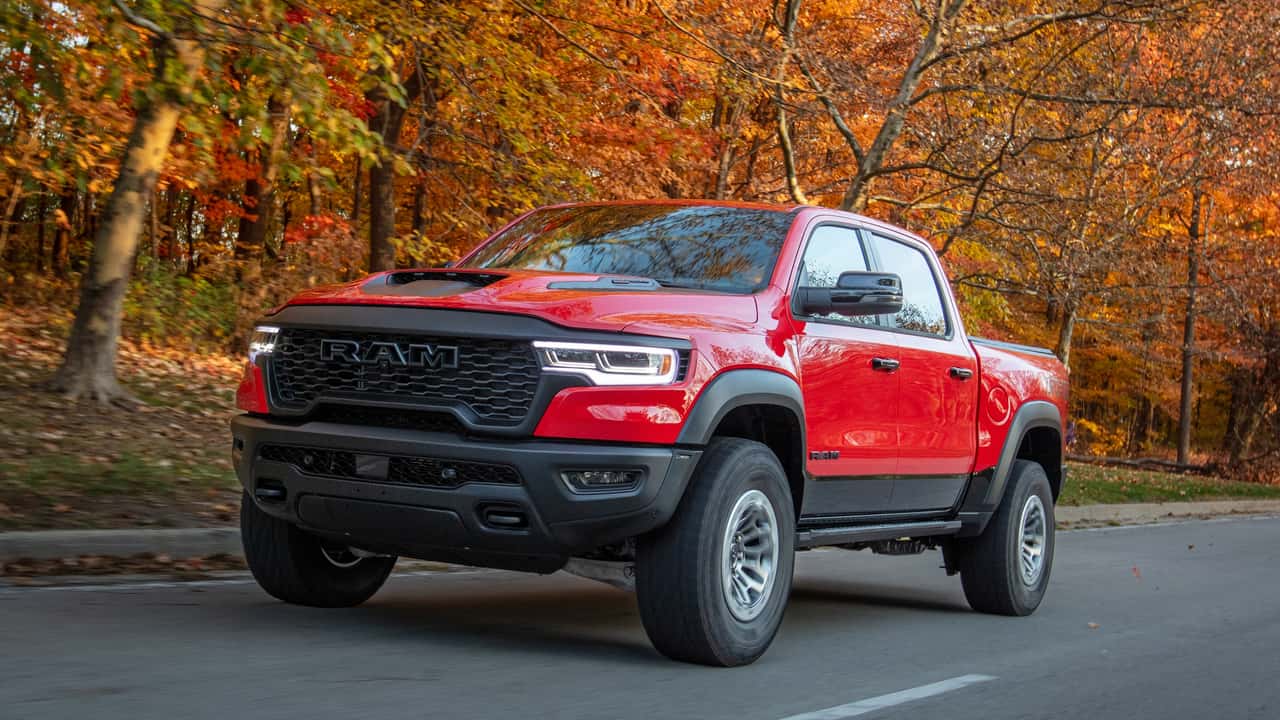
Photo by: Stellantis
Let me answer the obvious question first. Yes, the RHO jumps every bit as well as the old TRX does (or, did). Better in fact, because the RHO’s powertrain is 150 pounds lighter than the outgoing Hemi. Suspension travel is still the same—13.0 inches up front, 14.0 at the rear—and you’ll still find Bilstein e2 Blackhawk shocks amid a sea of RHO-specific hardware. But the company’s Active Terrain Dynamics suspension management system has been retuned for better use on the lighter RHO, and its milliseconds-fast response time is quicker than ever.
Should the truck get airborne, the system detects full extension of the suspension, just as it did on TRX. New for RHO, though, is something called Air Attitude, in which the truck considers vehicle angle and presets the adaptive dampers for the best possible landing. Engine power is also cut while airborne, thus eliminating possible powertrain damage or unexpected thrust if you panic and inadvertently floor it. As long as you aren’t auditioning for a spot on Nitro Circus, the 6,200-pound RHO should safely touch down to terra firma even if the truck gets a bit out of shape during liftoff.
And that’s exactly what happened on one of my six jumps in the RHO. I came in a bit too hot and slightly crooked as I hit the crest of a hill. This caused the truck to nose over and lean left, landing first on the driver-side front wheel. Not only did the RHO land without incident, it didn’t feel harsh from the driver’s seat. In fact, nothing felt harsh in the gravel bit, even going 60-plus mph across a rock-strewn surface into a series of small whoops. For the record, that was when Ram’s co-driver asked me to slow down, but only because I was fast approaching a hard left I’d forgotten from my first run.
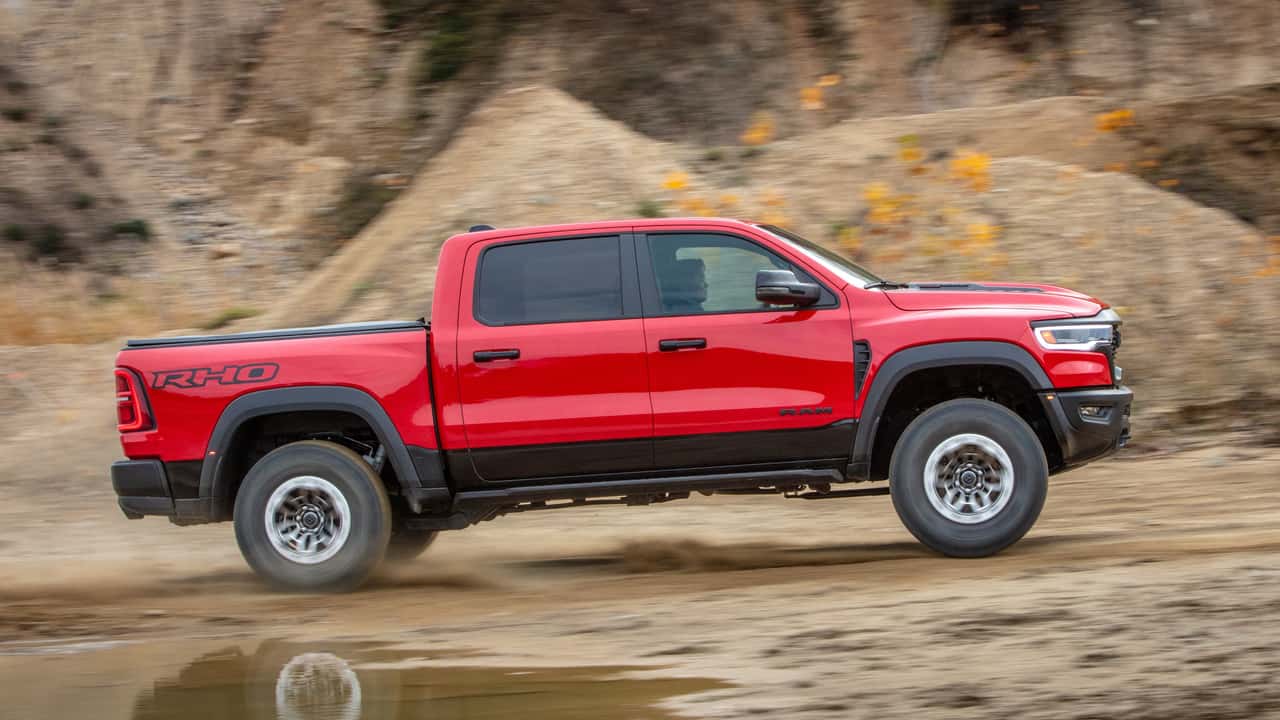
Photo by: Stellantis
Pros: Rides Like A Dream, Smooth Power, Stable And Confident In Most Situations
I was wholly engaged in the absurdity of blitzing the countryside at speed, reveling in the RHO’s poise and control. At these speeds, in other trucks, this would normally be a fight for survival. In Baja mode—which eases traction and stability settings while sending 75 percent power to the rear axle—the truck actually became a bit more comfortable at higher speeds. It still commands your full attention, make no mistake. But relatively simple steering corrections were all it took to keep the RHO pointed in the right direction. The suspension (and subdued stability control) did the rest.
I share this experience not because buyers will go full Baja in a $71,990 pickup truck. Even Ram admits most RHO customers won’t do anything like I did in the off-road park. However, in designing a suspension capable of such things, Ram also created a supremely comfortable truck for everyday use. Venturing outside the gravel pit for a 30-minute tour of Southeast Michigan, the RHO was as docile and relaxed as a luxury sedan. It was quiet, too, even with aggressive 35-inch Goodyear Wranglers. The same adaptive suspension that softens landings also tames wayward motions on the pavement. Dive under braking and body roll were minimal.
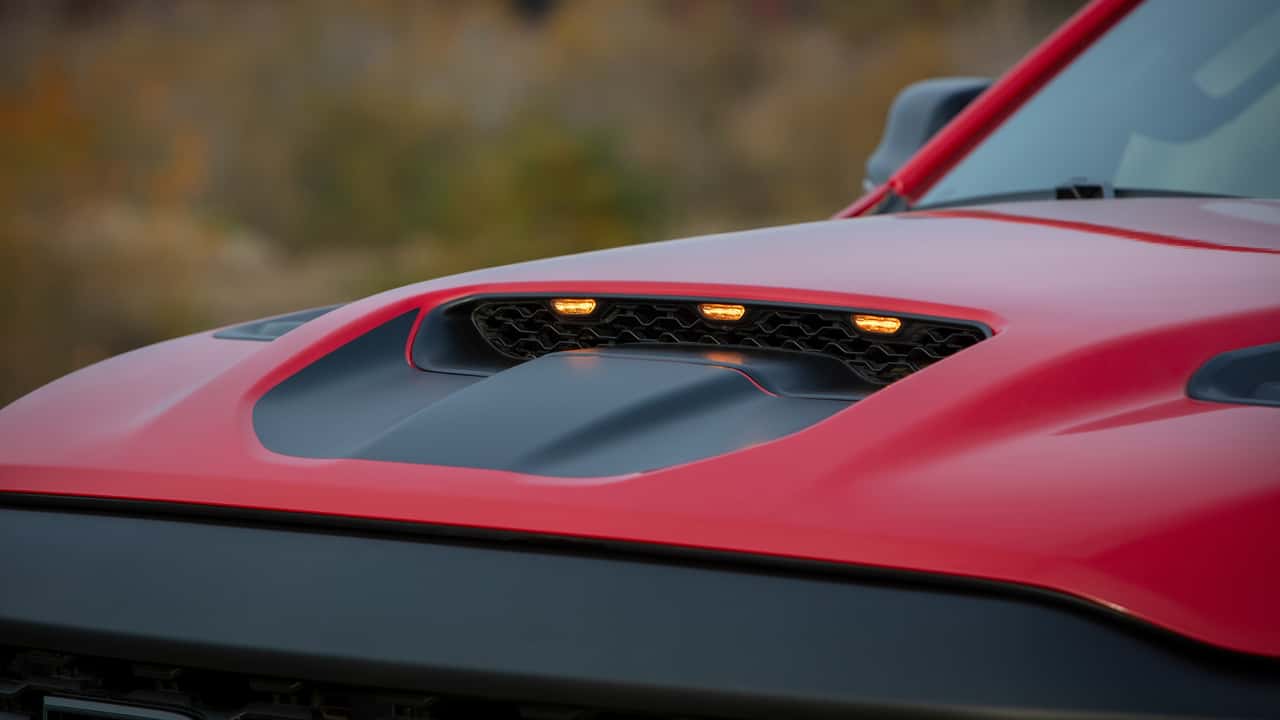
Photo by: Stellantis
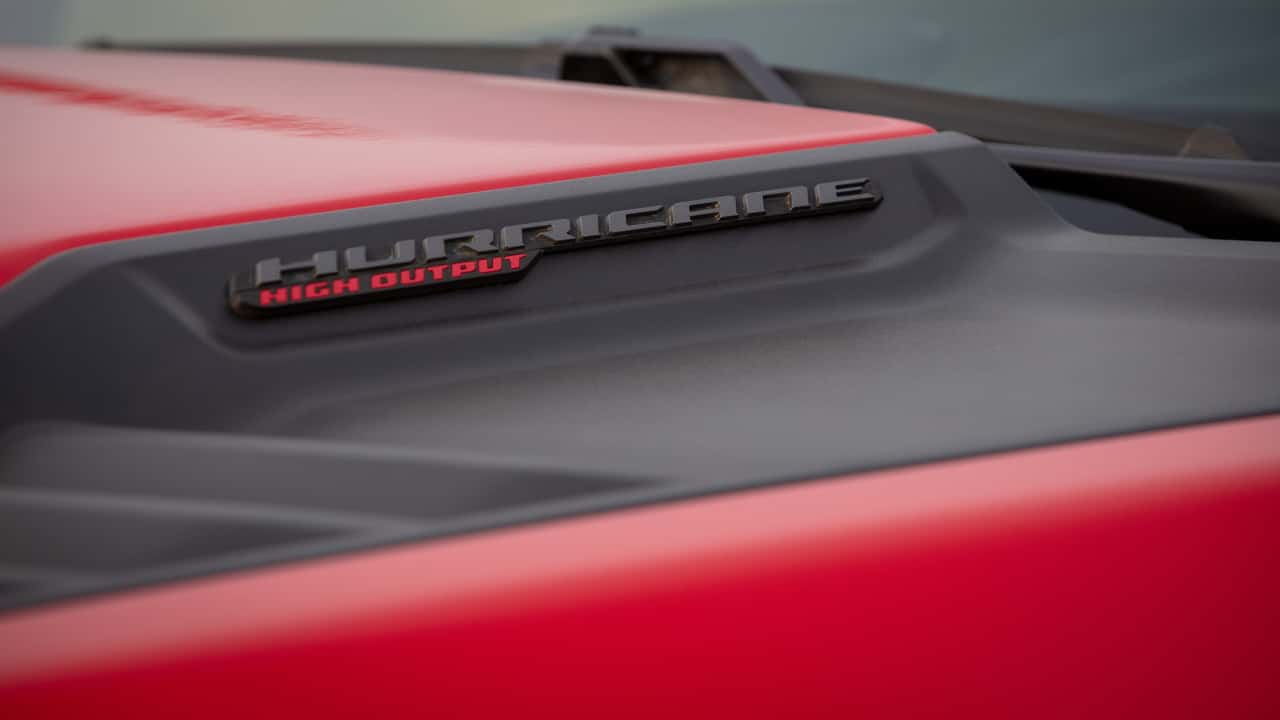
Photo by: Stellantis
Interior-wise, the RHO isn’t notably different from any other 2025 Ram save for trim choices and two notable items: “Performance” pages in the infotainment system, and a snazzy RHO plaque on the center console. The VIN is also etched onto the plaque, making each one specific to the truck. As a refresher, the 2025 Ram 1500 has a 12.3-inch driver display, a 14.5-inch portrait center display, and for RHO, a 10.3-inch passenger display. It’s a busy interior, but the presentation is both handsome and functional.
If you want some thrust, the RHO has it. The high-output, twin-turbocharged 3.0-liter Hurricane inline-six is the only choice, and actually, it’s the least expensive way to get this smooth-running engine. It makes 540 horsepower and 521 pound-feet of torque just as it does for pricier Limited and Tungsten trims, but Ram subtly suggests there might be more power at speed due to the RHO’s big hood scoop feeding it cold air. The exhaust system is specifically tuned for the RHO, too, but aside from a pledge that power delivery is different, Ram wouldn’t commit to anything beyond the published 540 hp.
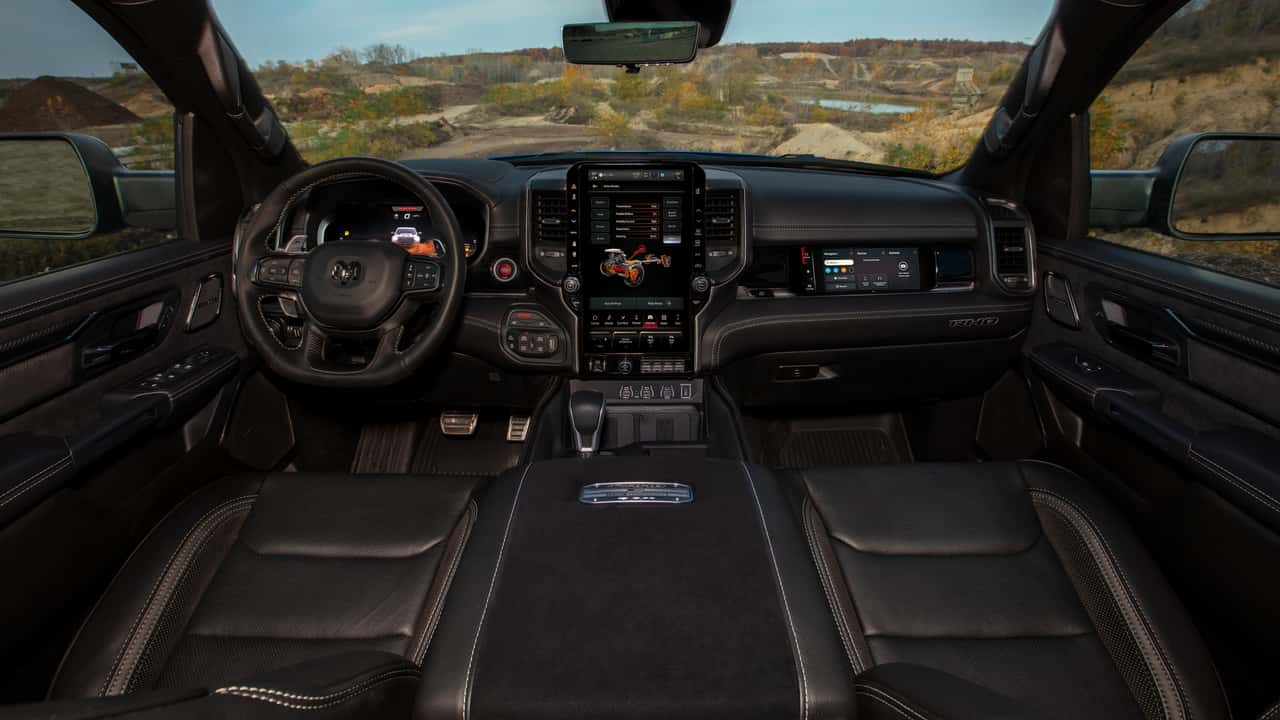
Photo by: Stellantis
Cons: Tiny Bit Of Turbo Lag, Starts At $70,000
That said, having driven a Ram 1500 Limited with the high-output six earlier this year, I didn’t notice any clear differences in power delivery. However, this is one area where the lack of a low-torque V-8 could be an issue. The supercharged Hellcat engine in the TRX produces immediate power on throttle tip-in, but careening through the gravel pit in the RHO, I was frustrated on a few occasions by turbo lag that derailed some glorious powerslide opportunities. But again, how many RHO owners will be booking down a trail in search of the perfect drift?
They won’t. RHO buyers will look at the mean stance, the horsepower, the cozy massaging seats, the hands-free driving capability, and decide they want a luxury truck with attitude that can also go off-road. What they’ll get is a pickup truck with a blissfully soft ride, sports car acceleration, a spacious interior, sharp looks, a towing capacity of 8,380 pounds, and fuel mileage that isn’t great at 15 miles per gallon combined, but is notably better than the TRX.
In short, they’ll get what could be the best daily driver for a pickup truck in any full-size segment.
Competitors
Chevrolet Silverado 1500 ZR2
Ford F-150 Raptor
GMC Sierra 1500 AT4X
Toyota Tundra TRD Pro
| 2025 Ram 1500 RHO | |
| Engine | Twin-Turbocharged 3.0-liter I-6 |
| Output | 540 Horsepower / 521 Pound-Feet |
| Transmission | Eight-Speed Automatic |
| Drive Type | Four-Wheel Drive |
| Seating Capacity | 5 |
| Speed 0-60 MPH | 4.6 Seconds |
| Efficiency | 14 City / 16 Highway / 15 Combined |
| Weight | 6,200 Pounds (est.) |
| Ground clearance | 11.8 Inches |
| Towing | 8,380 Pounds |
| Payload | 1,520 Pounds |
| Base Price | $71,990 |
| On Sale | Now |
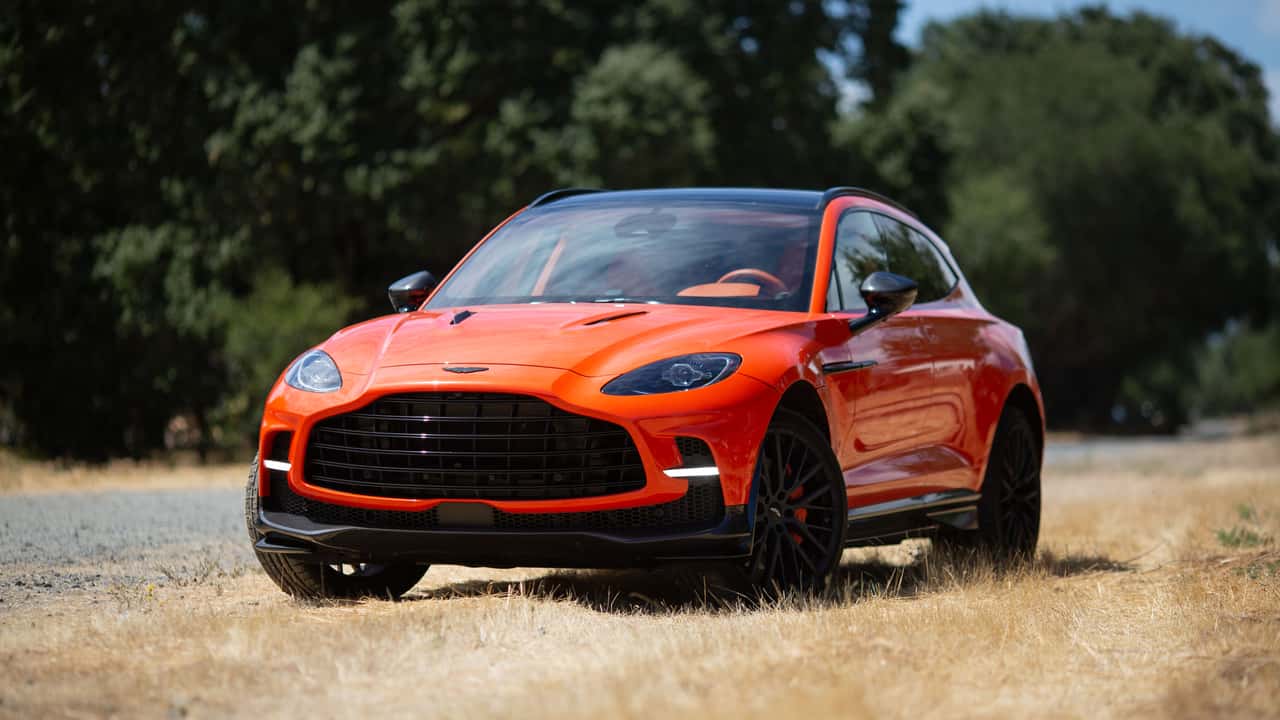
A quarter-million-dollar SUV with an Aston Martin badge should be a pretty easy sell these days, what with Bentley’s and Lamborghini’s SUVs moving quicker than the manufacturers can build them.
But the Aston Martin DBX hasn’t been nearly as popular as the Bentayga, Urus, or others in the sporty, ultra-luxe SUV segment, even though Aston’s contender is a gorgeous object with a twin-turbo V-8 making 697 horsepower. It makes you wonder: Why isn’t Aston raking in cash here?
All signs point to the DBX’s interior, which was the central focus of this model-year refresh. An outdated or funky interior is charming in an esoteric sports car or a GT, but less likable in the runabouts of one-percenters. Finally for 2025, though, Aston gave the DBX707 an interior to take the fight to Lamborghini. And it might just be enough to make the DBX the most compelling super-SUV available today.
| Quick Specs | 2025 Aston Martin DBX707 |
| Engine | Twin-Turbocharged 4.0-Liter V-8 |
| Output | 697 Horsepower / 663 Pound-Feet |
| 0-60 MPH | 3.0 Seconds (est.) |
| Weight | 4,940 Pounds |
| Base Price / As Tested | $249,000 / $352,200 |
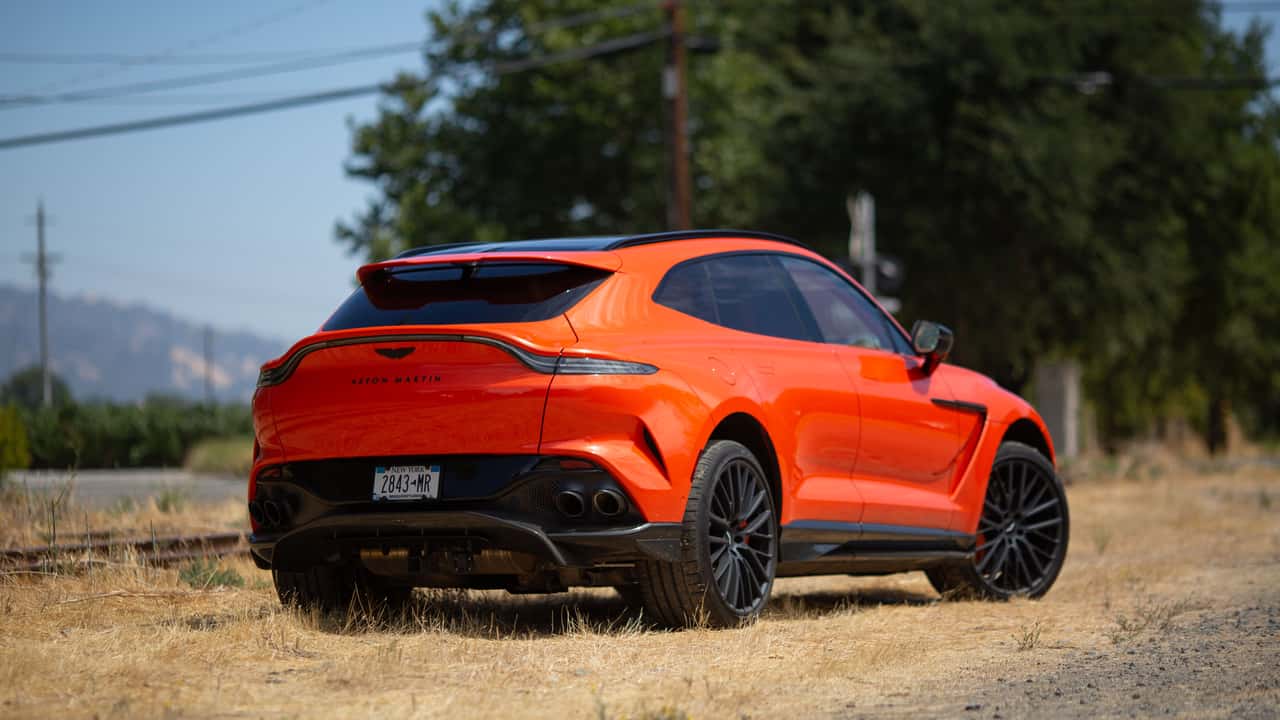
Chris Rosales / Motor1
Mechanically, the DBX remains largely the same. This SUV still has 697 horsepower and 663 pound-feet of torque. But there was some nipping and tucking of its various systems. Chief engineer Andy Tokley outlined the changes briefly, with most of the updates coming in the air suspension and electronic damper calibration. While no hardware has changed, the equipment is still plenty powerful, especially coupled with active sway bars. Tokley even says that the systems are powerful enough to force the DBX to corner flat, but he values natural feel over the outright domination of physics.
And now, the 707 is the only flavor of DBX available, with the take rate of the base DBX being in the single-digit percentages, according to Aston Martin. The one big change is the interior, which is essentially the same interior introduced on the DB12 and facelifted Vantage. The few of us who got to experience the old Aston interior know that it was at best impractical and at worst confusing, but it had decent leatherwork and quality.
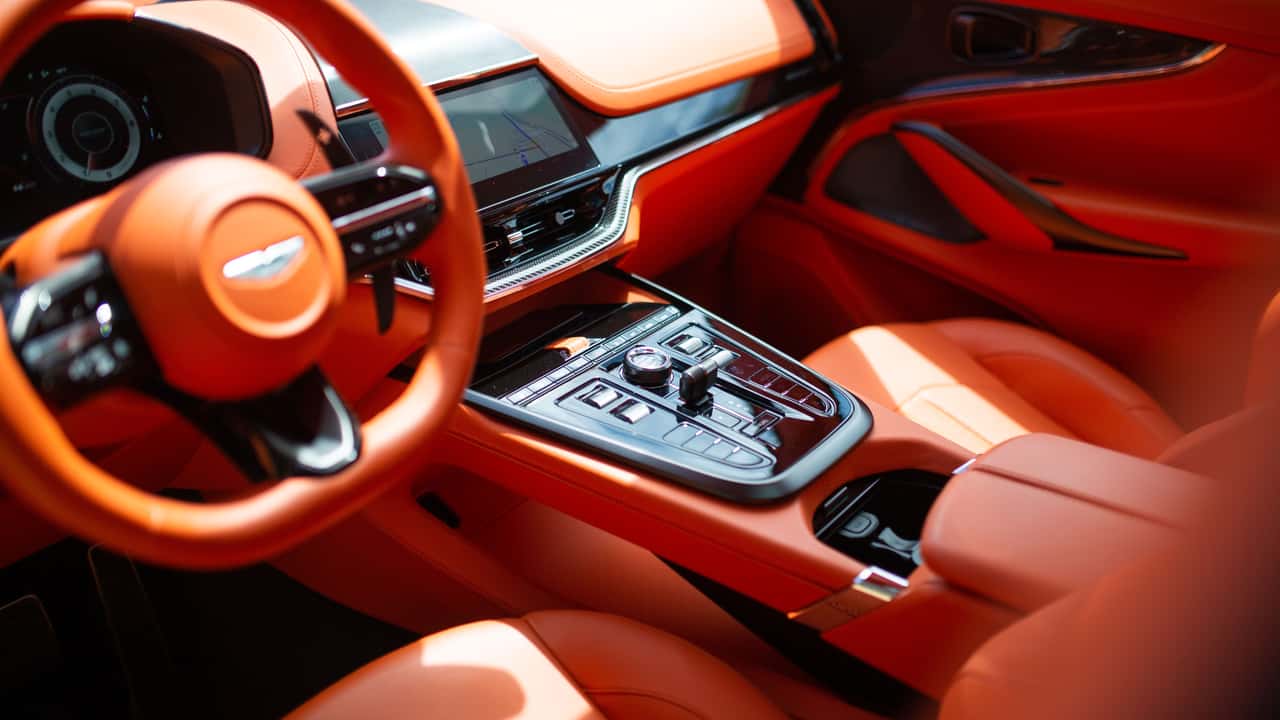
Chris Rosales / Motor1
Pros: Extraordinarily Power, Impeccable Ride Quality, Excellent Interior
This new interior offers a complete transformation. Whereas the Bentayga almost feels chintzy and the Urus is dungeonlike by comparison, the DBX707 looks excellent from every angle. The stitched leather is unmatched—even the surfaces tucked into corners of the cabin that otherwise go unused. The overhead handles feel like handmade, lifetime leather products rather than some hard-wearing but unpleasing synthetic. And the user interface—finally, mercifully—is satisfying to use.
The DBX has heavy, metallic, knurl-edged control knobs for every major function. Just switching drive modes using the thunk thunk thunk of the central control knob feels like an event, with an almost offensively heavy control weight. The same goes for the knurled barrels for the HVAC controls, and the new shift lever in place of the nonsensical buttons of the past. It is a wonderful feature that nobody else has.
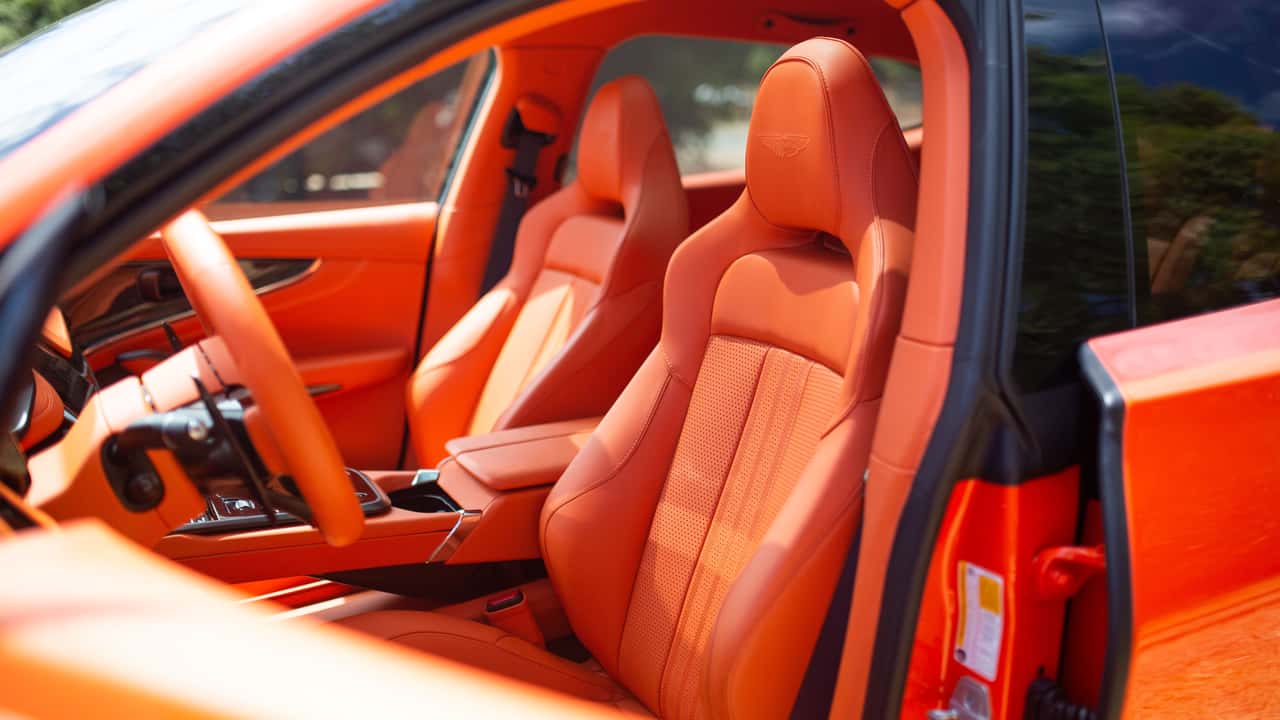
Chris Rosales / Motor1
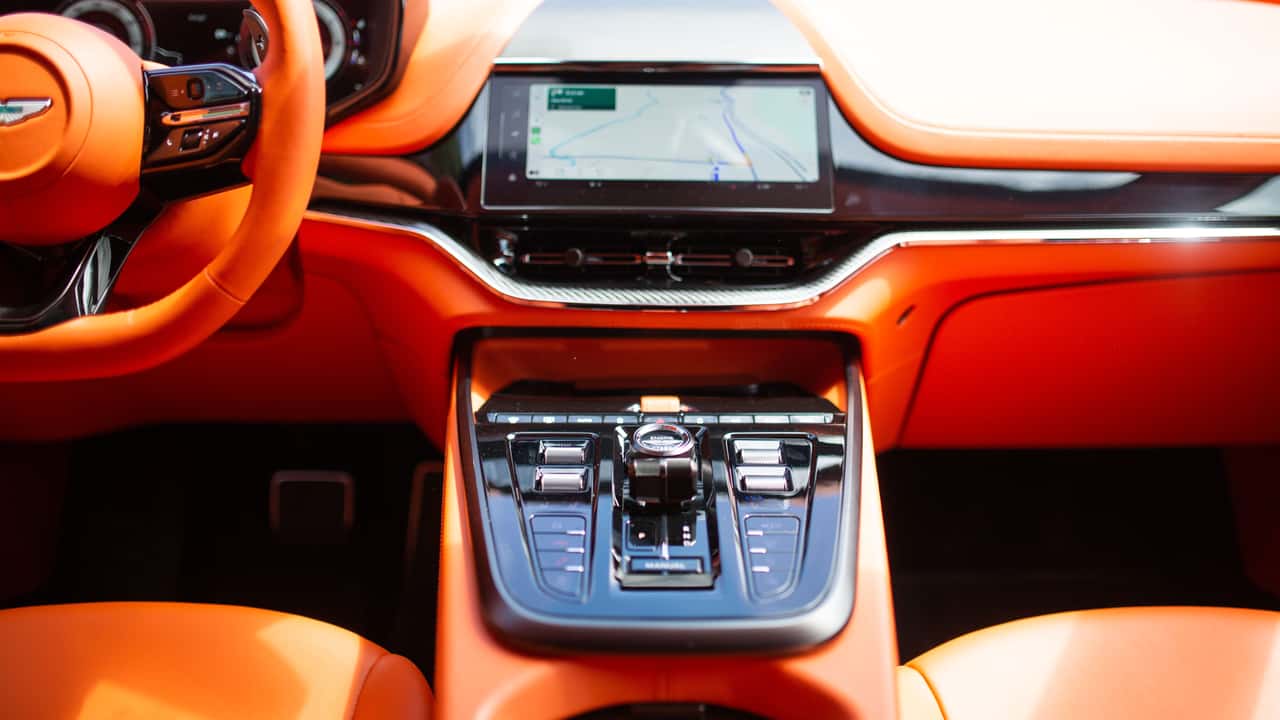
Chris Rosales / Motor1
The same can’t be said for some of the more conventional controls in the cabin. Aston, inexplicably, put the heated and cooled touch-capacitive controls in high-traffic areas. It’s way too easy to accidentally swipe a seat heater or cooler control on the way to adjusting HVAC or toggling a different damper mode, and it happened several times on a short drive.
Mercifully, the new infotainment is just as good as it is in the Vantage and DB12’s, perhaps even better. The touchscreen responds quickly, though sometimes it gets tripped up and laggy. And I could argue the 10.3-inch central screen feels a hint too small, but it still works well and most of the DBX’s functionality is buttons and knobs rather than screen-based, making a smaller screen a possibility. Yet, those are just ripples in an otherwise extraordinary experience.
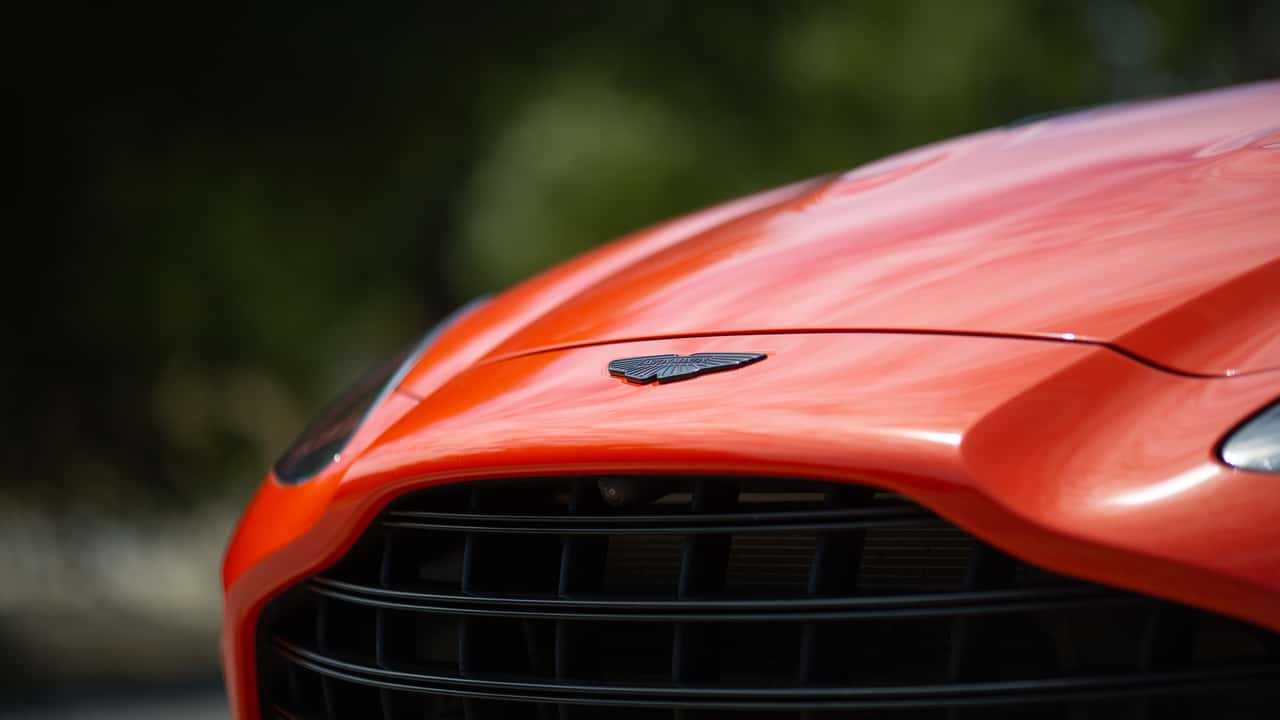
Chris Rosales / Motor1
Cons: Infotainment Is A Little Slow, Gauge Cluster Is Hard To Read
On the road, the cabin is quiet and comfortable, and the ride quality is exceptionally good. Over bumps of any size, there are never any secondary body motions, and the DBX remains resolutely level over consistently bumpy and broken surfaces. Save for true active suspension, what Tokley and his team accomplished is impressive, and the DBX might have the best ride this side of a Cullinan. It’s as though every inch of wheel travel is controlled by the millisecond, and that translates into stable, secure handling.
Sure, the DBX doesn’t really party on a backroad like a Vantage, but it does the job well enough. Handling balance is excellent, and the fundamentals of the all-around dual wishbone suspension and bonded aluminum body shine through. Carving up a small, winding track up a mountain feels athletic and easy, and the scale of the DBX never really catches up despite physics threatening to step in.
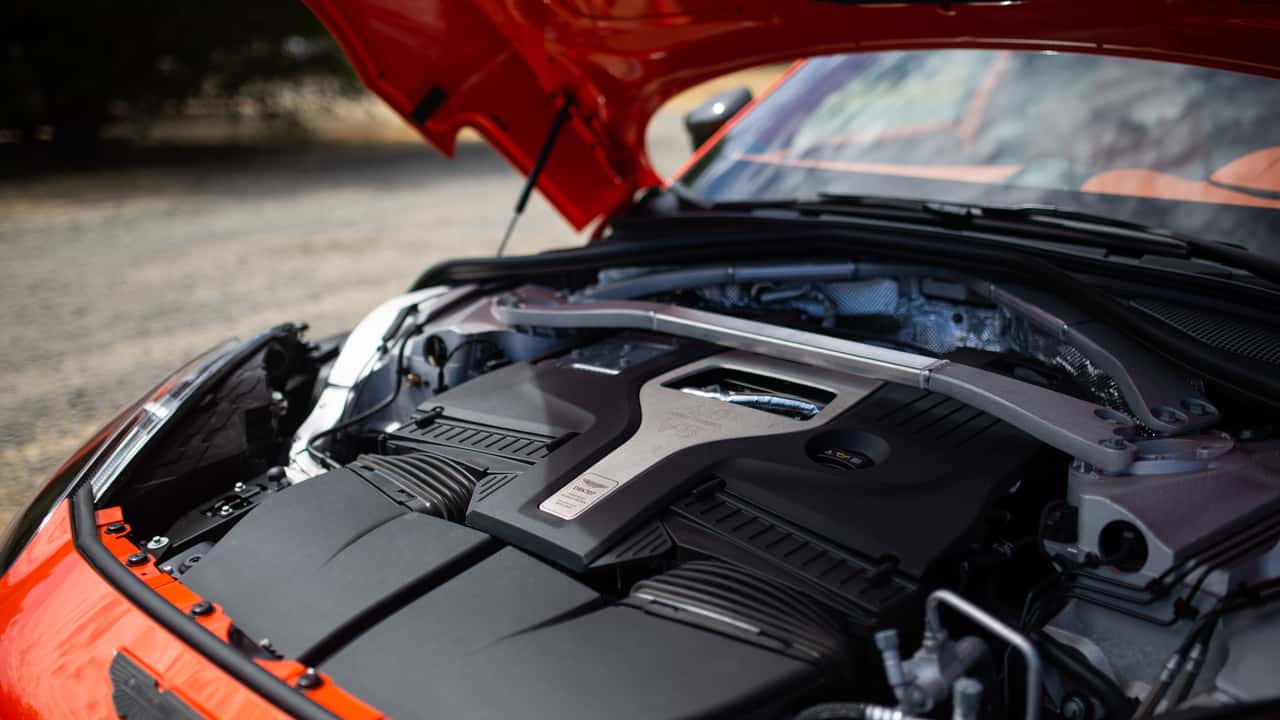
Chris Rosales / Motor1
My only complaint is that the steering is number than Linkin Park, but it’s a fair enough concession for a family SUV. It’s just a shame that the Porsche Cayenne can have great steering and not feel tiresome—more automakers could stand to learn this lesson.
Much like the Vantage, the DBX707 really has no more excuses. It is simply an excellent product that can stand on its own, beyond any of the excuses we normally draw up for the Bond brand. The DBX707 is so good that it’s safe to say this: Lamborghini Urus, watch out.
Competitors
Bentley Bentayga
Lamborghini Urus
Porsche Cayenne Turbo GT
Rolls Royce Cullinan
More Super SUV Reviews
Ferrari Purosangue: The Most Fun SUV Ever
You Need to Take the Lamborghini Urus Hybrid Seriously: Review
Get the best news, reviews, columns, and more delivered straight to your inbox, daily.
Sign up For more information, read our
Privacy Policy and Terms of Use.
28 Oct, 2024 | Admin | No Comments
Bison Vs Raptor Vs Trailhunter: The Ultimate Off-Road Truck Showdown
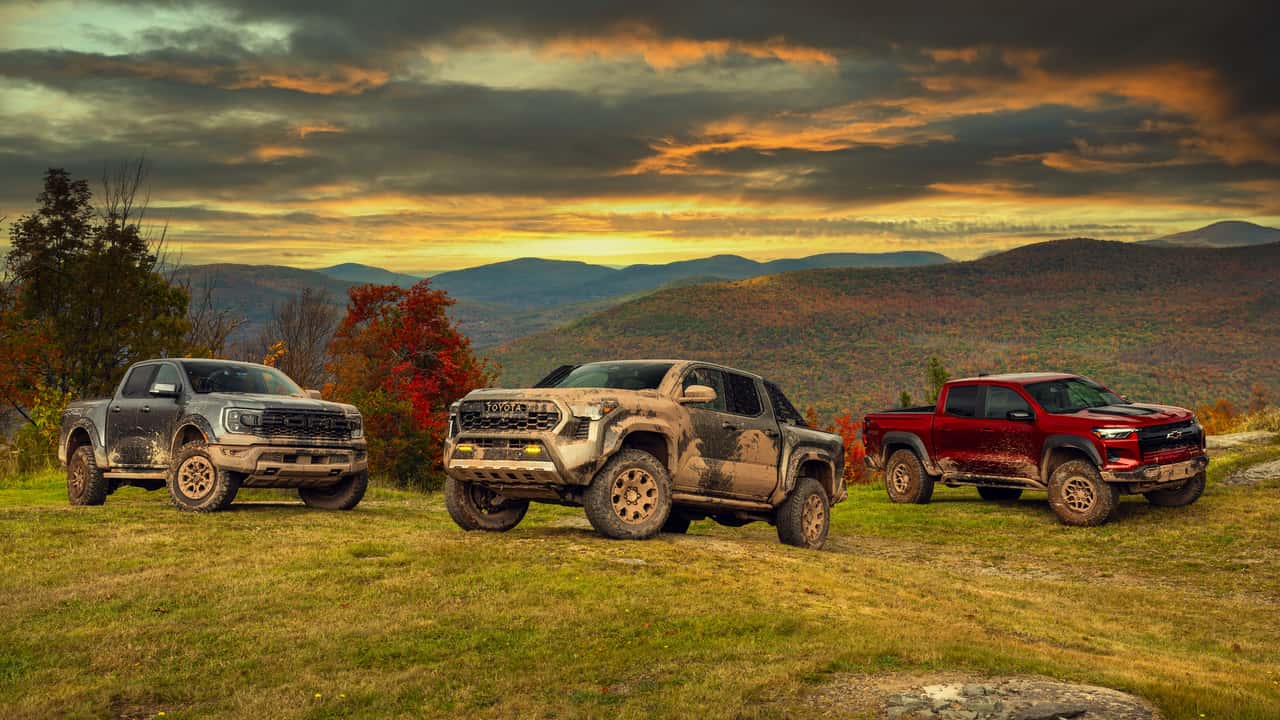

The American West can credibly stake its claim as the most beautiful part of the country. At least most of the year. But for a few short weeks each fall, the Northeast is spectacular, an overhead explosion of red, orange, and yellow attracts the masses to the Adirondacks, Appalachian, Poconos, and these mountains, the Catskills. Long a refuge for weary New Yorkers who need a bit of maple and birch in their life, it’s also the perfect place and time to test the year’s greatest off-road pickups.
These sorts of trucks didn’t exist all that long ago. Even five years ago, the thought of an automaker selling you a mid-size pickup on 33-inch tires was laughable. Let alone one on 35s. But overlanding and off-roading have exploded in popularity, and within the last two years, we’ve gotten new versions of the Toyota Tacoma, Ford Ranger, and Chevrolet Colorado, each with its own hardcore off-roading variant.
We carried this test out over two days with the help of the wonderful folks at Northeast Off-Road Adventures in the eastern Catskill mountains. Day one was at NORA’s facility in Ellenville, NY, with technical terrain to test each truck’s mettle. The next, a tour up Hunter Mountain for some more casual off-roading, and a good excuse to take in the changing scenery.
| Colorado ZR2 Bison | Ranger Raptor | Tacoma Trailhunter | |
| Engine | Turbo 2.7-Liter Four-Cylinder | Twin-Turbo 3.0-Liter V-6 | Turbo 2.4-Liter Four-Cylinder Hybrid |
| Output | 310 Horsepower / 430 Pound-Feet | 405 Horsepower / 430 Pound-Feet | 323 Horsepower / 465 Pound-Feet |
| Payload | 1,050 Pounds | 1,542 Pounds | 1,475 Pounds |
| Towing | 5,500 Pounds | 7,500 Pounds | 6,000 Pounds |
| Base Price / As Tested | $60,095 / $65,030 | $57,215 / $59,530 | $64,395 / $64,944 |
The Chevrolet Colorado ZR2 Bison has been around since 2018, though this second version is a far more serious proposition than the first. Developed in tandem with upfitter American Expedition Vehicles, the Bison gets the ZR2’s incredible Multimatic Dynamic Spool-Valve Suspension (DSSV) dampers, plus locking differentials, then and adds new hydraulic bump stops to the suspension, steel bumpers front and rear, steel underbody protection, rock rails, and 35-inch Goodyear Wrangler tires instead of the standard 33s. The Bison package adds an $11,750 upcharge over the standard ZR2’s $48,695 MSRP, adding a ton of protection but only around 200 pounds of weight overall, thanks to the use of boron steel throughout.
Toyota takes aim at the mid-size supertruck segment with two flagship off-road Tacoma variants. There’s the familiar desert-runner TRD Pro, and this, the overlanding-focused Trailhunter. Like the ZR2 Bison, the Trailhunter is upfitted from the factory. Toyota partnered with ARB for a new steel rear bumper, a sport bar with MOLLE panels for mounting gear, underbody protection, lights, and lifted Old Man Emu suspension. There’s also a sway-bar disconnect, 33-inch Goodyears, and a snorkel, among other off-road goodies. It’s yours for $64,395, and the only truck here available in five- and six-foot bed configurations.
While Ford previously had a Ranger Raptor, this is the first offered in America. It’s the odd one out here, designed for wide-open desert running rather than threading between birch trees. But, it’s got 33s, front and rear lockers, Ford’s off-road cruise control system, and a snarling twin-turbo 3.0-liter V-6 paired with a 10-speed automatic. While it’s not cheap, with a base price of $57,215, the Ranger Raptor is the cheapest truck here.
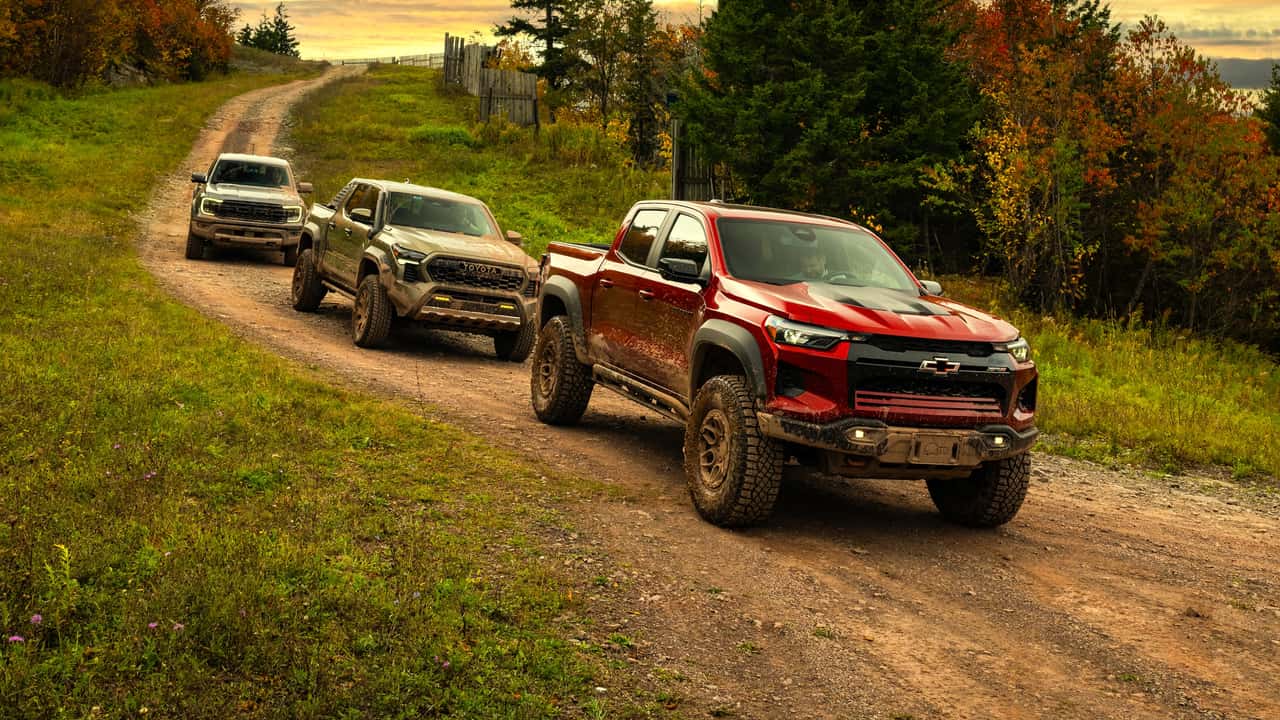
Andrew Link | Motor1
NORA considers itself a training facility, not a traditional off-road park, and within its wooded 75 acres is every type of terrain you can imagine. Steep ascents and descents, narrow paths through the trees—too small for full-size pickups—ridges, stream crossings, and lots and lots of rocks.
Out on the trails, it doesn’t take long to realize the ZR2 Bison is easily the most capable. Thirty-fives will do that, but so will a well-executed traction control system. At first, it’s a little hard to make sense of the ZR2’s drive modes, with settings labeled simply “Off-Road” and “Terrain,” and no sort of low-speed cruise control system other than hill descent control, which is buried in the infotainment system. Essentially, you can forget about Terrain most of the time. It’s a sort of one-pedal off-road mode, which aggressively grabs the brakes as you come off the throttle. Terrain makes left-foot braking a little easier in technical off-roading scenarios, but I find it to be unintuitive.
Just put the Bison in Off-Road mode, switch its transfer case to 4-Lo, and be amazed at the way the Chevy makes every obstacle feel like nothing. We weren’t on the most difficult terrain, admittedly, but we did leave the tires aired up just to make things a bit more challenging. Still, nothing was stopping the ZR2—we never once engaged the diff locks. The sheer mechanical grip on offer, combined with traction control, just took care of everything. Real-deal rock rails are a big help over NORA’s “rock river” and various stream crossings, too. That, plus lots of underbody armor, takes a lot of the stress out of difficult terrain—you know you’re well-protected from most obstacles.
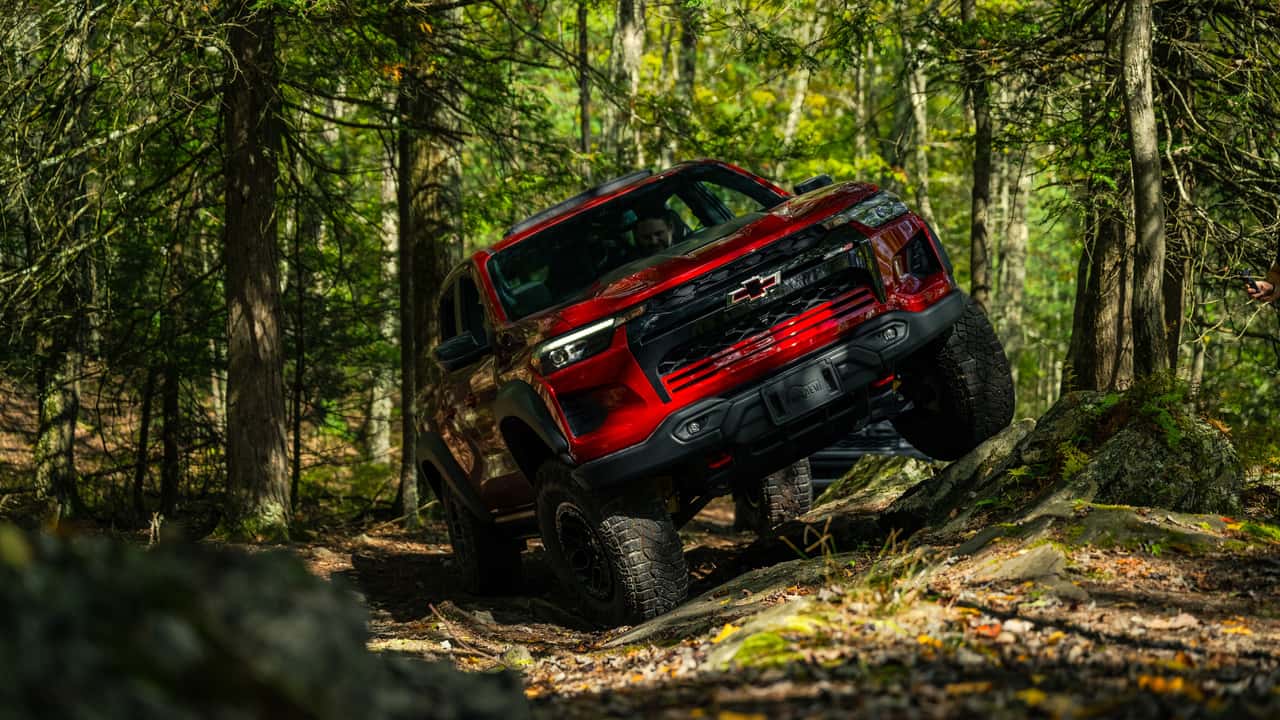
Andrew Link | Motor1
One of the best parts of NORA’s trails is what they call “Pucker Ridge,” an articulation test over rocks on the edge of—you guessed it—a ridge. Here, the Chevy asserts its dominance. Our trail guide immediately recognizes the potential and has me put my left front tire up a steep rock to make things even harder. You’ll hardly find a passenger vehicle that won’t lift a tire or two up over the rocks, and the Bison does, but traction isn’t an issue. Hold a constant throttle and the truck figures out how to get you up and over.
Yet, the ZR2 Bison doesn’t simply walk away here—the Toyota has a ton to offer, too. Over Pucker Ridge, we ran the Trailhunter twice, once with the sway bar connected and once with it disconnected. The first time, it struggled a bit, but with the rear differential locked and Toyota’s excellent traction control system figuring things out, it got over. Just not quite as gracefully as the Bison. With the front bar disconnected, however, it did even better. From outside, you can see the effect, and the Trailhunter looks quite noble coming back onto the main trail.
“The Tacoma is really easy to drive off road,” says Social Media Editor Maddox Kay. “Switching drive modes and enabling different off-road features in this is much more intuitive than it is in Colorado, where you have to tap around in more menus.”
| Colorado ZR2 Bison | Ranger Raptor | Tacoma Trailhunter | |
| Approach | 38.2° | 33° | 35.2° |
| Breakover | 26.9° | 26.4° | 26.4° |
| Departure | 26° | 24.2° | 24.2° |
| Ground Clearance | 12.2 Inches | 10.7 Inches | 11.0 Inches |
| Width | 80.1 Inches | 79.8 Inches | 79.9 Inches |
| Wheelbase | 131.0 Inches | 128.7 Inches | 131.9 Inches |
The Tacoma has a handy panel in the center console with buttons and toggles for 2-Hi, 4-Hi, and 4-Lo, plus all of Toyota’s excellent off-road systems. Multi-Terrain Select (MTS) optimizes traction for various surfaces, and Crawl Control—a low-speed, off-road cruise control. On paper, we thought the Toyota’s lack of a locking front differential would be an issue, but its clever software does such a good job of managing traction that we didn’t miss it. Sure, we had to use the rear locker from time to time, but the Trailhunter’s front sway bar disconnect helps improve articulation massively.
“The Colorado uses its muscle, its hardware, but the Toyota has all the tech to make it seem just as capable,” says Head Of Video Mike Roselli.
Of the three, it’s by far the easiest to get in and wheel. You can tell Toyota is going for something a little different here, prioritizing off-road comfort and stability over eking out the last little bits of capability.
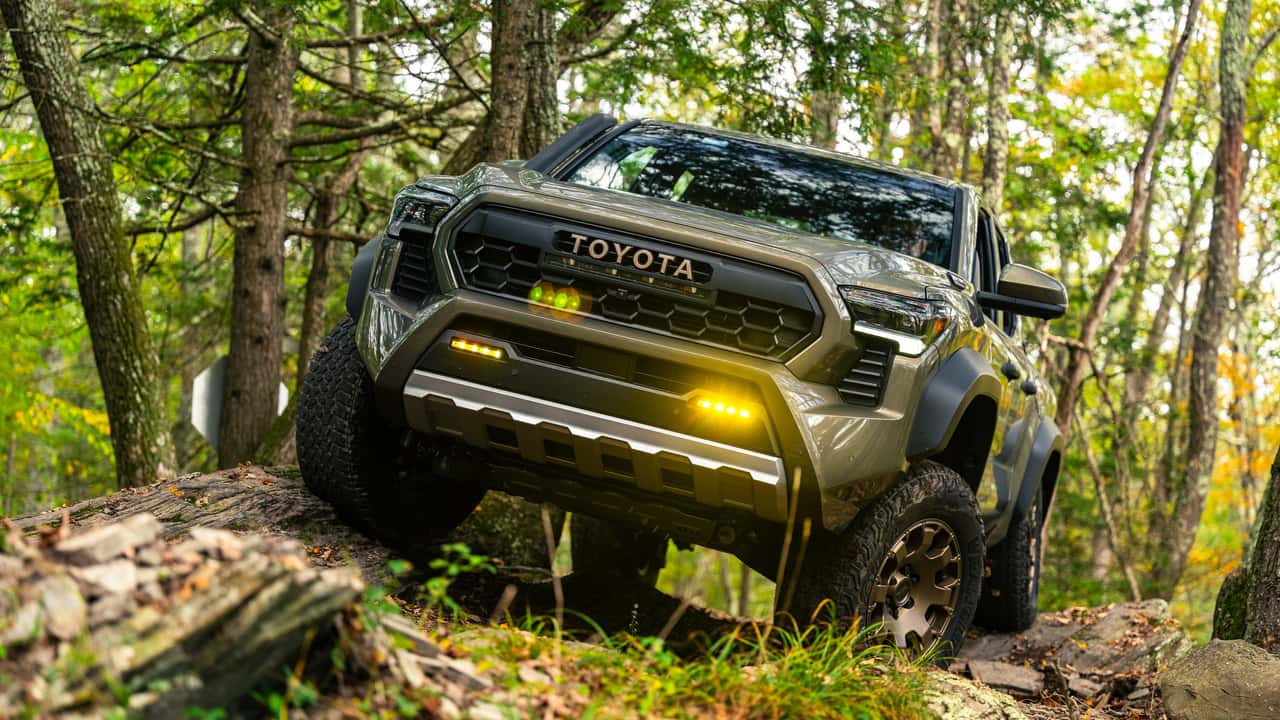
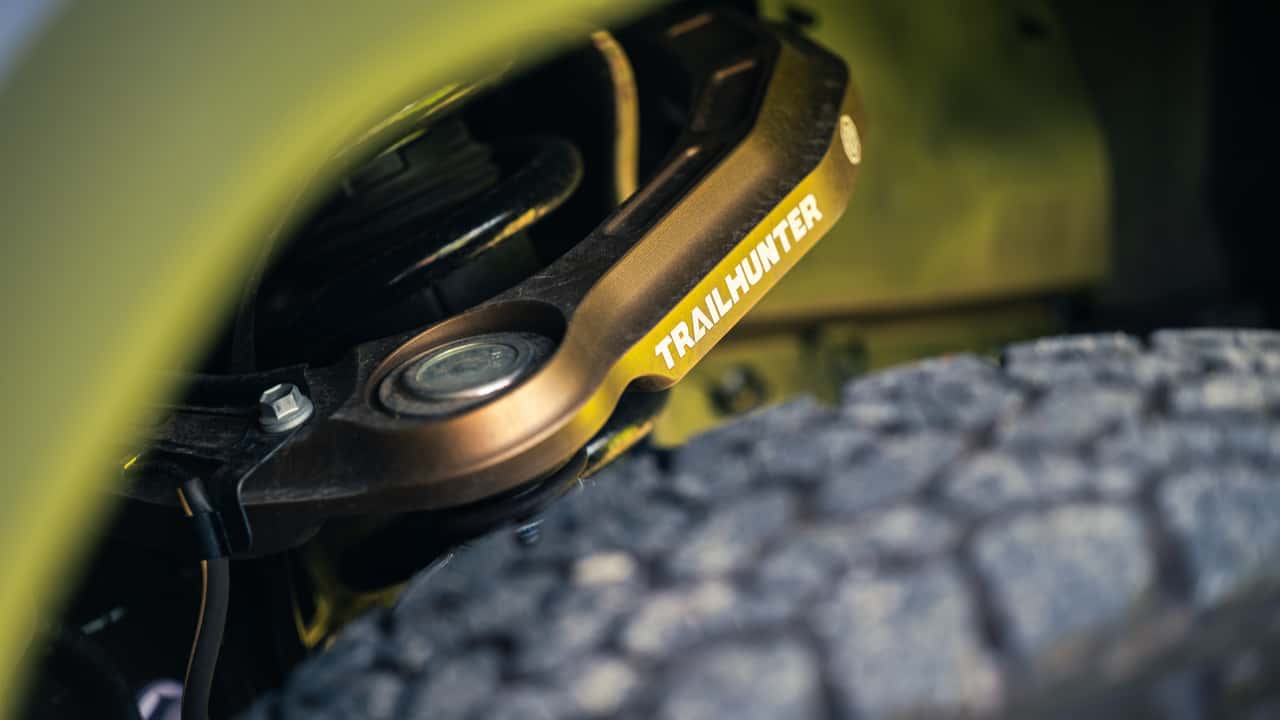
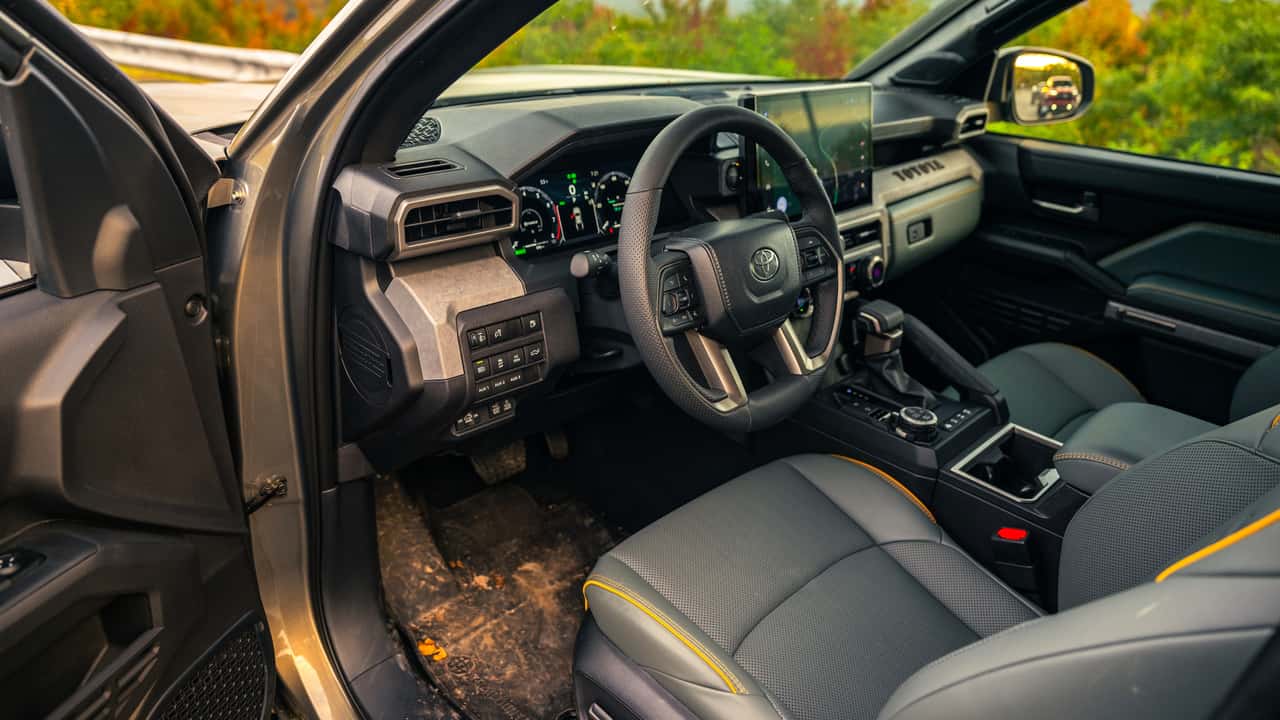
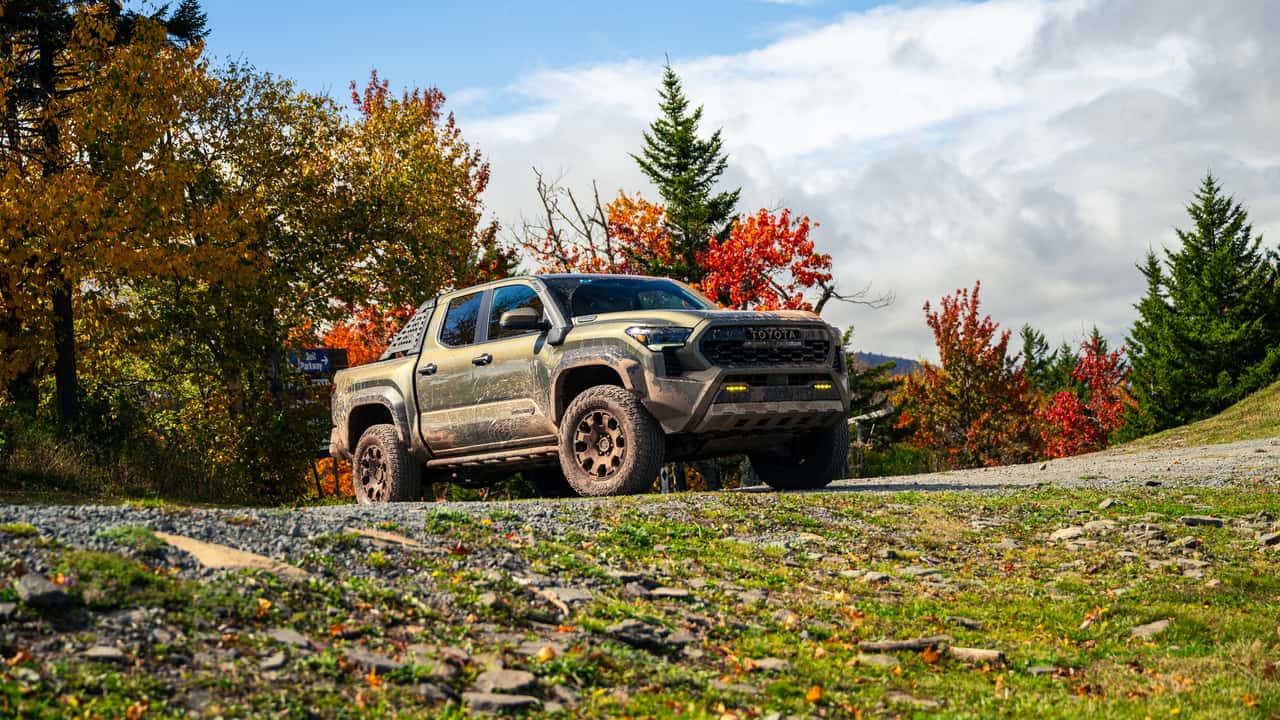
Andrew Link | Motor1
“To me, the Tacoma is for the person who wants to get to the trailhead, the person who wants to get to the off-the-grid campsite, or the really remote mountain biking trail. You’re off roading to somewhere with this,” says Kay. “Where the Colorado is for the person for whom off-roading is the activity in and of itself.”
This is also the only hybrid here, and Toyota’s done an excellent job of integrating its turbocharged 2.4-liter four-cylinder with an electric motor for near-instant torque all the time. The ZR2 is plenty torquey, with 410 pound-feet on tap, but the Trailhunter’s 465 pound-feet is available from an incredibly low 1,700 rpm. Toyota also has better cameras, which are easier to see on the Tacoma’s 14.0-inch center display, but the ZR2 might have the best camera view on any off-roader yet. There are front and rear cameras with their own built-in washer on the center differential, allowing an informative view of what’s going on underneath the truck, not around it. Everyone else needs to have this, like yesterday.
The Tacoma is really easy to drive off road.
I almost feel a little bad for the Ford in this particular test. Over Pucker Ridge, we needed to use both front and rear differential locks to get it over the obstacles, and later, it was the only truck we (I) got stuck. Admittedly, it was a very challenging bit. There’s a big mud splash, which we all hit at a decent speed for maximum drama, and then a steep uphill after the fact. You need to take a wide line up a right-hand bend with some speed to make it up the hill. I was up last, which meant that the hill was very slick. I took too tight a line up the hill and packed the tires with mud.
The only thing that does the trick is airing down the tires, and once we do, I get positioned and make it up the hill. It wasn’t too tough. Our instructor at NORA says it’s about half my fault, half the truck’s fault.
“I think that the Ford was the hardest to drive,” says Roselli. “It was very skittish and it wasn’t intuitive.”

Andrew Link | Motor1
This thing does trail work well enough—it’s got the right approach and departure angles, good 33-inch tires, and a suite of off-roading traction systems plus locking diffs, but we had to use those diffs a lot. And eventually, we had to air down to get up a particularly muddy hill. Unlike the other two, the Raptor lacks real rock rails, too. Instead, you get some pretty tough metal sideboards, but these will scuff and scrape against rocks often. The user experience is the worst here too, with lots of controls relegated to the touch screen, including the two differential locks.
Still, there’s a lot to like. The throttle mapping is excellent, and it’s easy to drive this truck precisely at low speeds. Plus, the low-speed off-road cruise control system works very well and operates at higher speeds than Toyota’s Crawl Control. We liked the V-6, too, which sounds a hell of a lot nicer than its competitors’ four-cylinders, but the transmission came in for mixed reviews.
The Ford was the hardest to drive. It was very skittish and it wasn’t intuitive.
The Ranger has 10 speeds to the Chevy and Toyota’s eight. Super short gearing plus low range means you can do steep descents in 2nd or even 3rd without touching the brake pedal. But, the 1-2 upshift is almost always abrupt in the Ford, while it’s very well smoothed over in the others. Better to use manual mode.
In Ford’s defense, the Ranger Raptor is not a rock crawler. But you also can’t help but wonder why Ford hasn’t done something similar to Chevy and Toyota, partnering with an upfitter for some steel bumpers, underbody armor, and other goodies. It can’t be too expensive to develop, and like Chevy and Toyota, Ford could charge well over $60,000 for the truck. The Raptor would provide a great platform to build upon to reach even more off-roaders, many of whom don’t live within reasonable driving distance of a desert.
As much as the Catskills are an outdoor-activity paradise, it’s actually sports-car country too. You’ll find some of New York state’s better twisty roads up here, winding along rivers and up the mountains, so handling matters. Here, the Raptor quickly starts to earn back points, with its fun, sport-truck vibe.
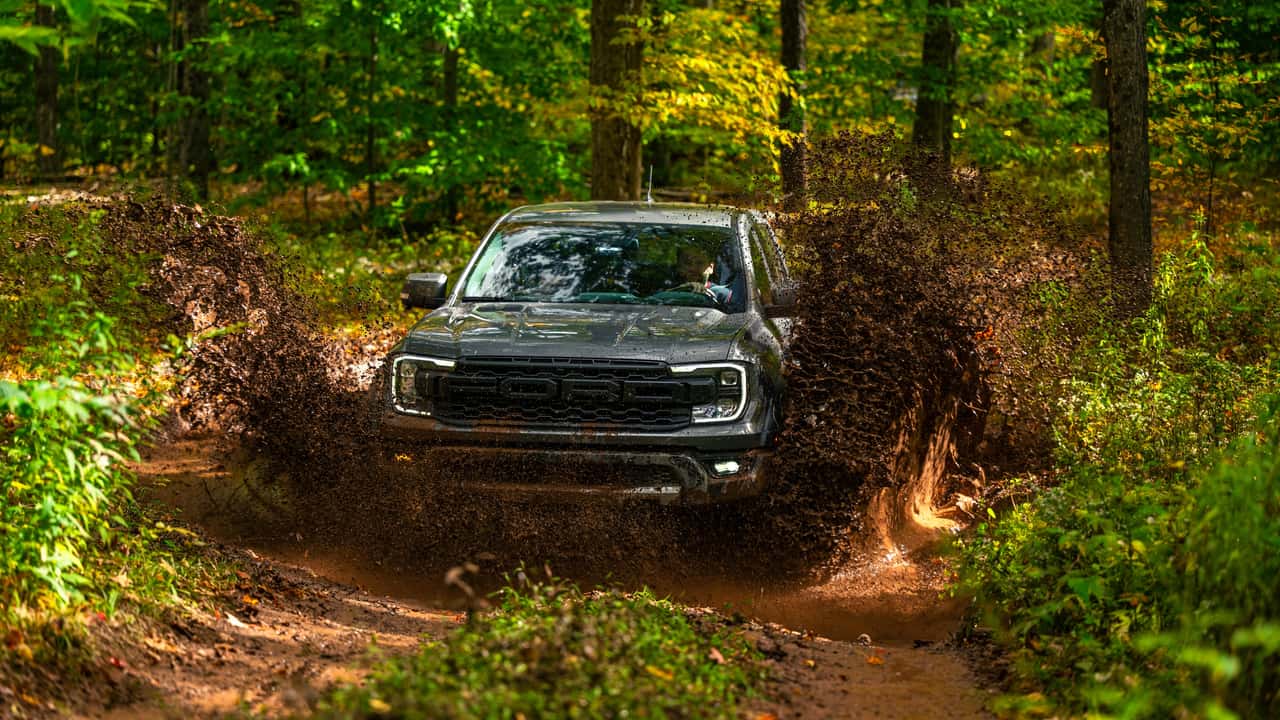

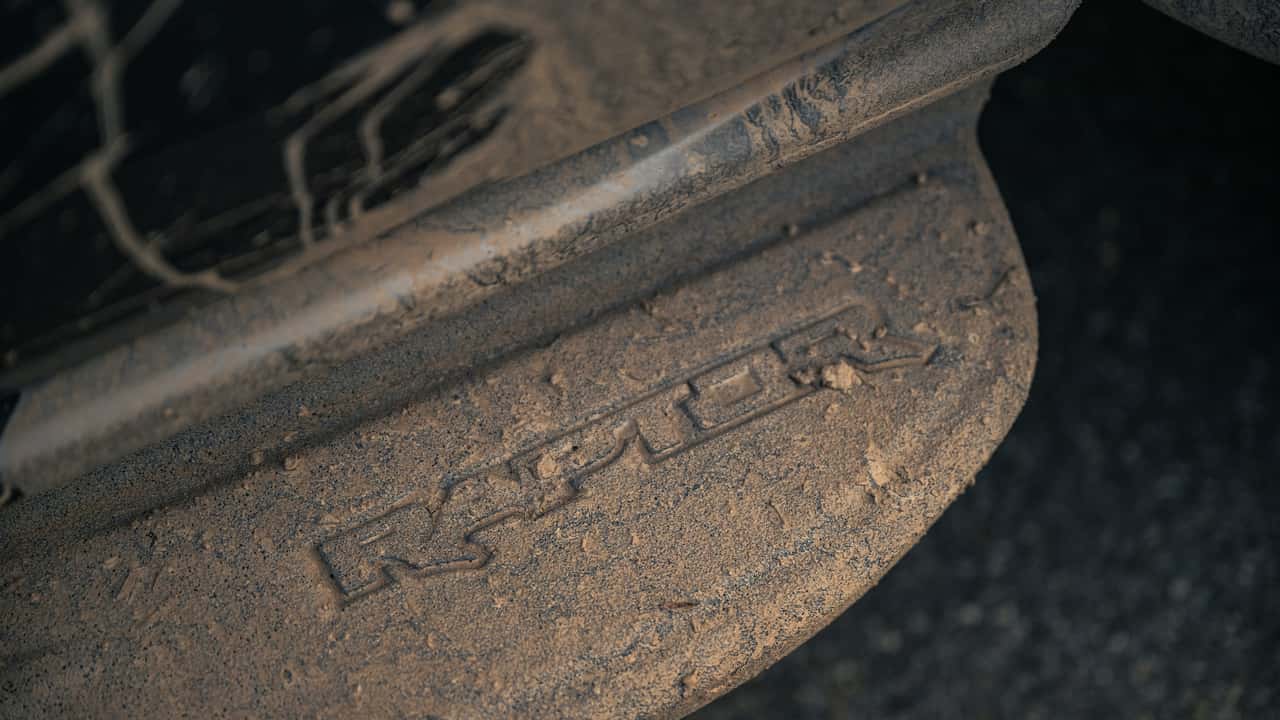
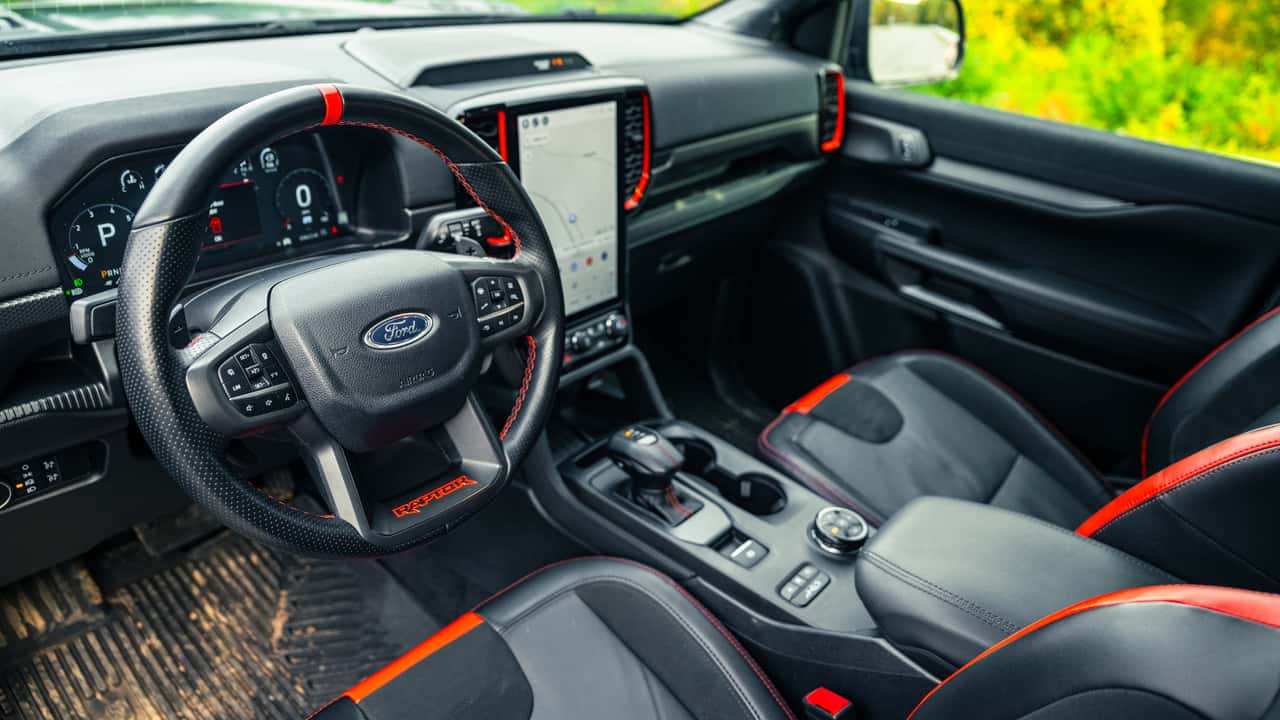
Andrew Link | Motor1
You get the typical soft ride we’ve come to love in other Raptors, plus some neat toys like paddle shifters, and adjustable steering, exhaust, and Fox Live Valve dampers. It’s actually quite a lot of fun to hustle this thing up a mountain road, and it’s surprisingly quick, too. I could see people buying it for this reason alone.
This is also the most subtle Raptor yet, and while most Raptor buyers might want more bombast, I think it has a lot of appeal as is. Other than the 33s, the letters “FORD” replacing the blue oval on the grille, and a couple of decals, it doesn’t look all that crazy. If you want the capability, but not the attention, finally, there’s a Raptor for you.
Out on the trails, it doesn’t take long to realize the ZR2 Bison is easily the most capable.
The Raptor’s lower hood means it has the best visibility of the trio, and everyone loved its cushy, yet well-bolstered seats and big metal shift paddles. Still, it feels the cheapest of the three on the inside, and the noisiest, with the most tire roar and exhaust drone.
Meanwhile, the Toyota’s interior is hard to fault in terms of quality or ease of use, though Roselli did chafe at its busy design, and noted that it has by far the smallest back seat of the three. You’ll struggle to get a child seat back there.
It also has the firmest ride on the road of the three, but I think that’s because Toyota is aiming this at overlanders who are going to load up the bed with hundreds of pounds of gear. Unladen, though, it’s pretty stiff, but like all the new Tacoma models, it handles surprisingly well. It has the lightest, quickest steering, which helps make it feel a bit more car-like, and the powertrain is the best here.
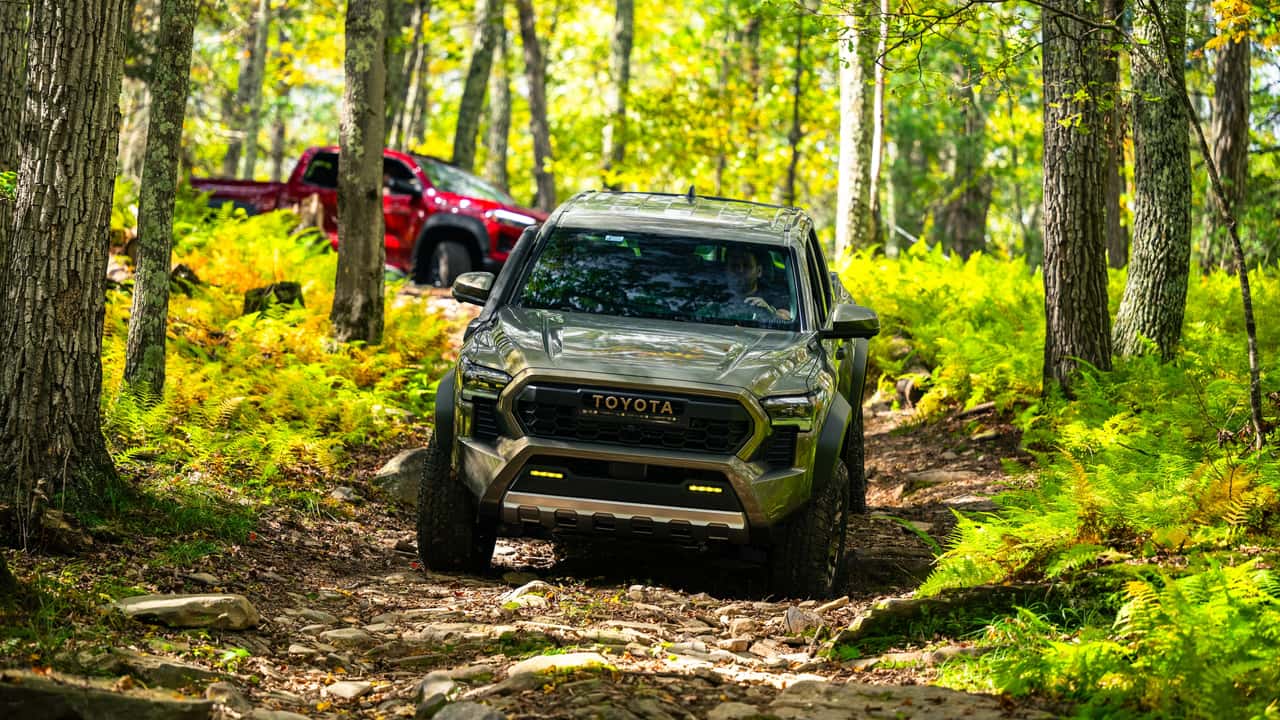
Andrew Link | Motor1
There’s just so much torque available instantaneously, you hardly stress the engine. On a two-mile run up a hill on a 55-mph road, I never revved the Toyota beyond 2,000 rpm. Plus, you get goofy turbo wooshes and blow-off valve chirps from the snorkel, which are comically loud with the window down. The center screen is maybe a bit too big, dominating the dashboard, but the infotainment system is brilliantly simple. The only tricky thing here is configuring the digital gauge cluster, which takes a few minutes of futzing around to figure out.
“If you need to fit a baby seat back there, that might be a dealbreaker,” says Kay of the Toyota, “but it also has all these small livability wins. The interior other than that back seat is great.”
While we all felt the Chevy was a little too reliant on its touchscreen, overall, it has a great interior. It feels just as high-quality as the Toyota’s, and it too has an easily operable infotainment system, complete with Google Maps and Waze built right in. (And GM products still have Apple CarPlay and Android Auto.) Visibility is tough, though, as the hood is tall and the 35-inch spare blocks almost the entire rear window. Infuriatingly, GM offers a wonderful rear-view camera system on other cars, but not this, the one that needs it most.
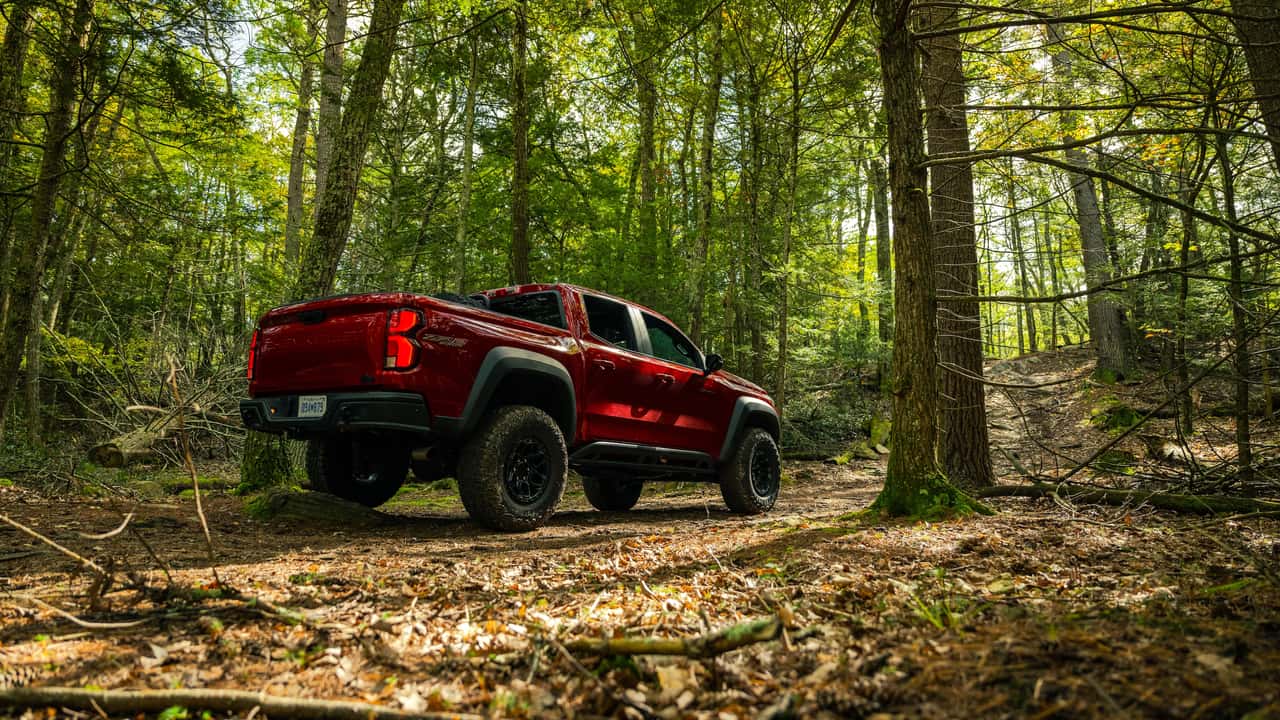
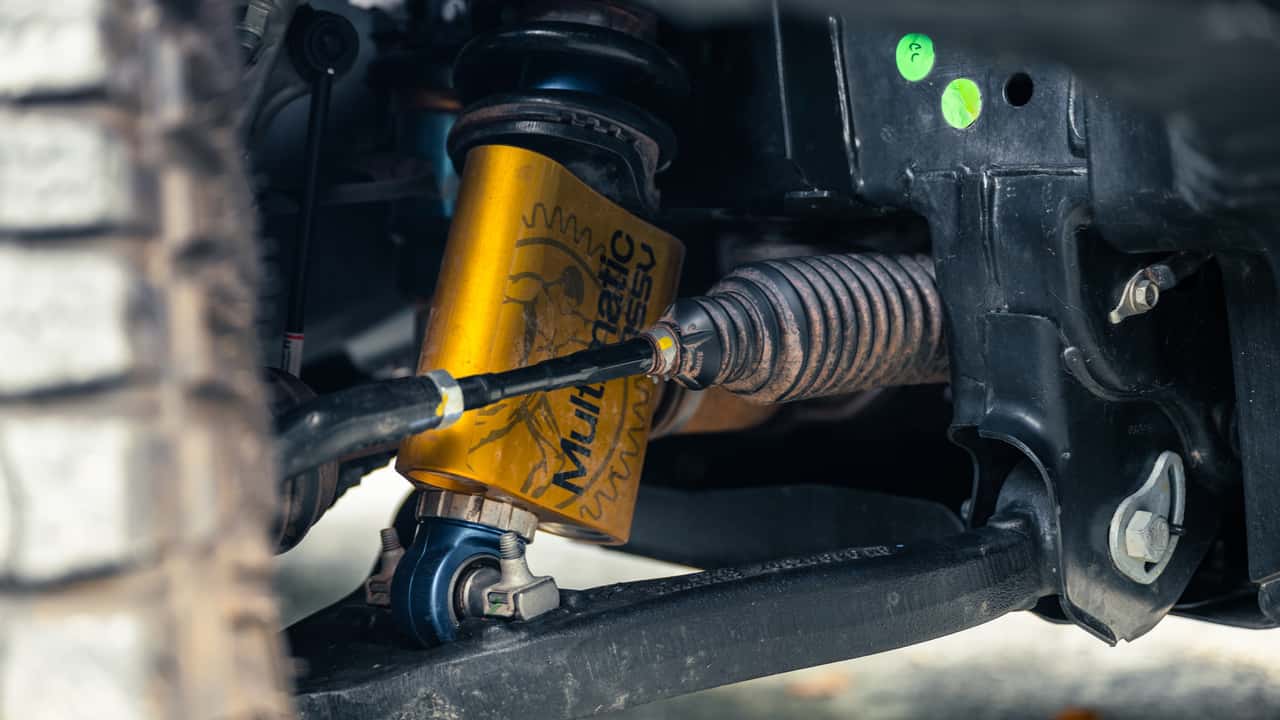

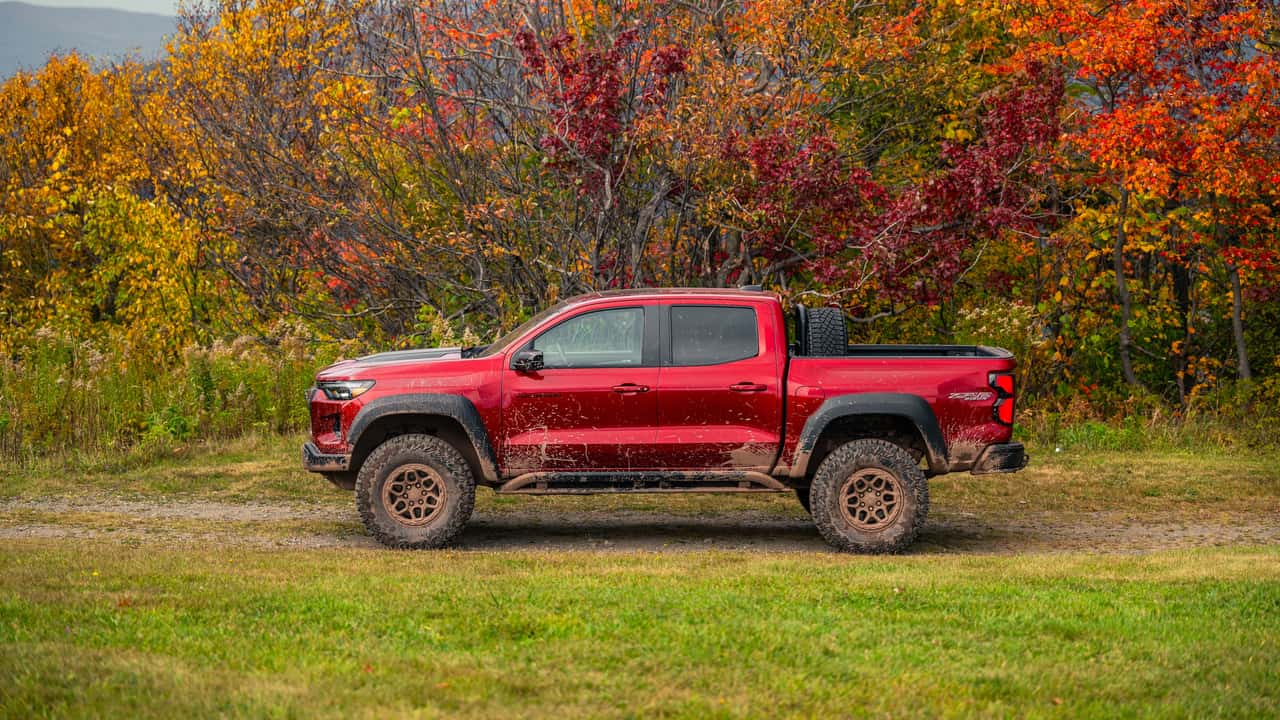
Andrew Link | Motor1
In a vacuum, the 2.7-liter four-cylinder and eight-speed automatic are good, but up against the Toyota and Ford, it lacks oomph and responsiveness. Yet, that’s the only problem with the way the Bison drives. Despite big, heavy 35s, the Bison has freakishly good ride and handling. Thank that fancy Multimatic suspension, which makes this pickup feel like… not a pickup.
The suspension has always been the party piece of the ZR2. Multimatic usually supplies these dampers to high-end performance and race cars, and they work genuine magic here. If this only had the powertrain responses of the Raptor or Trailhunter, we could say definitively that this is the best on the road.
The Chevy is shockingly quiet, too, with way less wind and tire noise than you’d expect. But, it lacks the advanced driver-assist features of the Toyota and Ford, both of which augment adaptive cruise control with steering assistance on the highway.
Though this is an off-road test, it still really matters how these trucks perform on road. That’s where they’ll spend most time, and for many buyers, these will be daily drivers. Practicality and livability are a big deal, and there’s no clear winner on the road. The Ranger has a sense of fun on pavement that the other two lack, plus a generally practical interior and a nice bed; The Toyota is probably the most practical overall, and it has the best powertrain for driving on road, yet the tiny rear seats are a huge drawback; The Chevy has the best ride and handling by far, and a nice interior, though you can’t ignore the huge spare tire in the bed, nor the comparative lack of grunt.
“There’s always little things that’ll piss somebody off about each one of these,” Associate Editor Anthony Alaniz says, neatly summing things up.
Off-road it’s easier to separate the three. At Hunter Mountain, there wasn’t a ton more to learn compared with the previous day on NORA’s trails—other than the fact that they all do good mud splashes—but the place did provide us an opportunity to reflect on the trio. (And, take more pretty pictures.)
The sheer brawn of the ZR2 Bison is hard not to love. It’s probably the most enthusiast-aimed off-roader here with the best hardware and a good traction-control system to make the most of it.
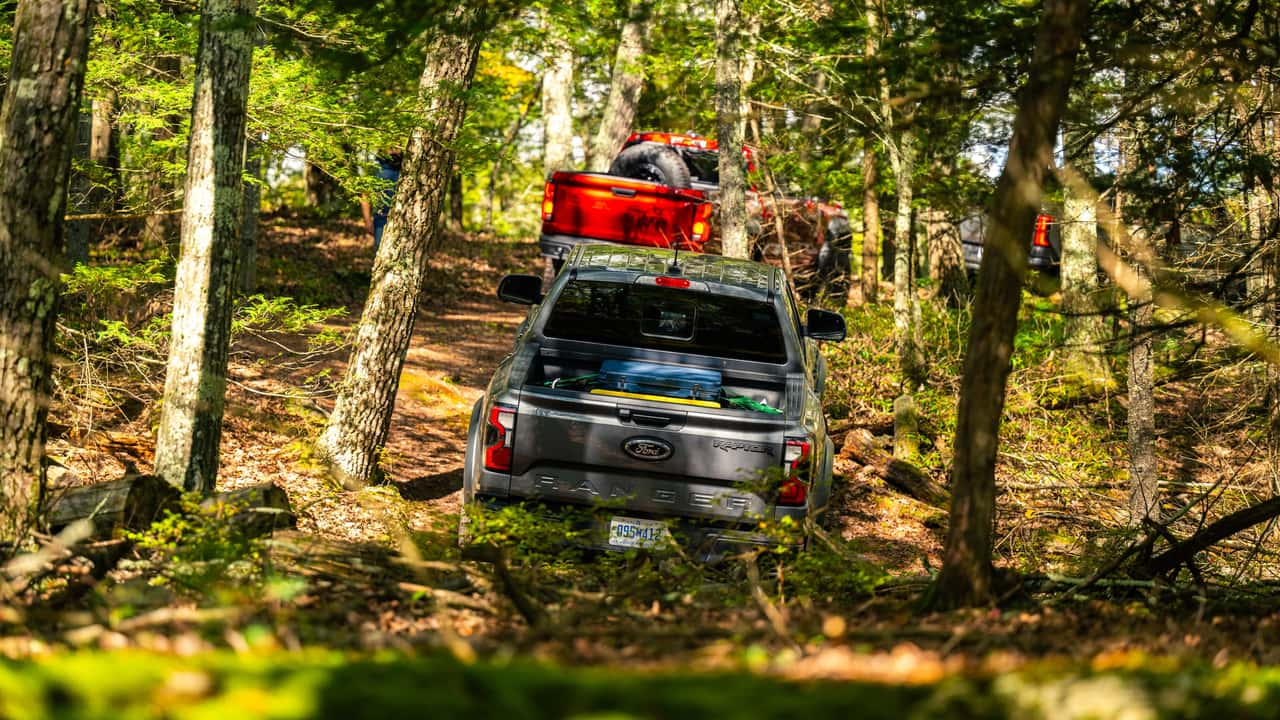
Andrew Link | Motor1
There’s a ton to like about the Toyota, too, and it feels precisely targeted at a specific buyer. This is the truck for the couple who loves to get out in nature, and simply wants the best tool for the job. It’s sort of what the Tacoma long has been, just with the capability ramped way up and a superb hybrid powertrain.
And even though the Ford was outmatched here in many ways, it’s still a deeply charming vehicle. It exists somewhere on the spectrum between the original F-150 Lightning and the other Raptors. And in terms of sheer practicality, it’s probably the best of this bunch, though Roselli prefers the extra lights, cubbies, and cameras in the Tacoma’s bed.
Each has its own use case, and each will appeal to different sorts of buyers. So, it’s futile to declare an overall winner. Myself and Roselli love the ZR2 for its absolute capability off and on road. Kay and Alaniz love the Toyota for its ease of use, and because it’s the truck best suited for facilitating outdoor adventures. And I still like the Ford as a street truck that can still handle itself off-road.
Even though they’re all around the same size, and cost within $5,000 of each other, these are remarkably different vehicles. If you’re in the market, you’ll have to weigh what’s important to you, and how you’ll use the rig.
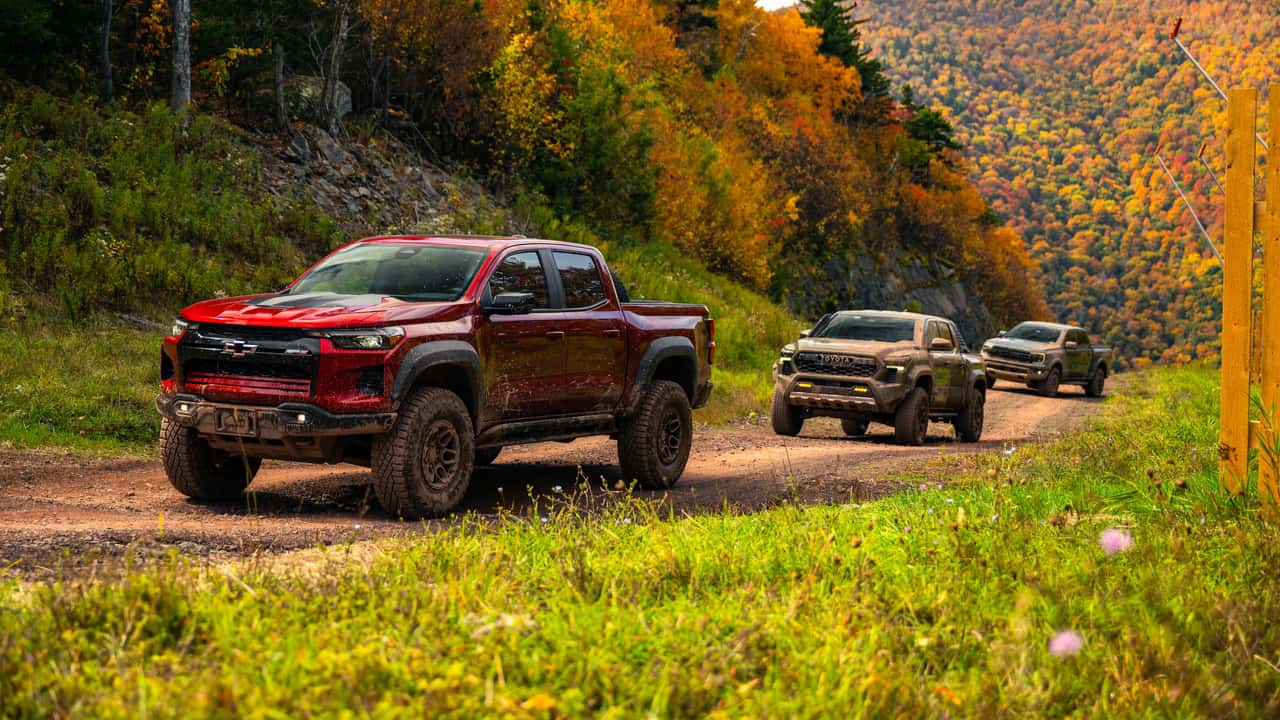
Andrew Link | Motor1
Admittedly, we could’ve done all of this with “lesser” versions of these trucks—a Tacoma TRD Off-Road, a Ranger Tremor, and a Colorado Trail Boss. But how could you not want one of these? There’s an undeniable cool about all of them—Roselli, the most avid off-roader and gear enthusiast of the group, has a shit-eating grin for the entire two days. These appeal to our innate desire to want the very best, even if its capabilities far exceed our own.
Where once this segment was nonexistent, now, mid-size off-road pickup buyers are spoiled for choice. And that’s a very good thing.
More Off-Road Adventures
It’s a Jeep Thing, and I Seek to Understand
The 2024 Lexus GX Kicks Ass
Get the best news, reviews, columns, and more delivered straight to your inbox, daily.
Sign up For more information, read our
Privacy Policy and Terms of Use.
